The 2020 Land Rover Defender is a brand-new SUV that revives a nameplate that the British firm discontinued in 2016. But not only it marks the Defender's return after three years, it also marks the nameplate's return to the U.S. market after 22 years. The 2020 Defender is a familiar sight thanks to its boxy design, but that's the only feature that reminds of its predecessor. Underneath, the 2020 Defender sports a modern, all-aluminum monocoque architecture and, for the first time, it comes with a mild hybrid drivetrain.
The 2020 Defender also comes into dealerships with a complete engine lineup that includes both gasoline and diesel powerplants. However, the oil burners aren't available in the United States. The 2020 Defender remains as versatile as its predecessor with various interior layouts available. You can order it as a classic five seater, but you can also opt for a front jump seat and turn it into a six seater. Two addition third-row seats are also available, so the Defender can also become a seven- or eight-seat SUV. What else is new and how does it compare with the iconic Jeep Wrangler and Mercedes-Benz G-Class? Let's find out in the detailed review below.
2020 Land Rover Defender







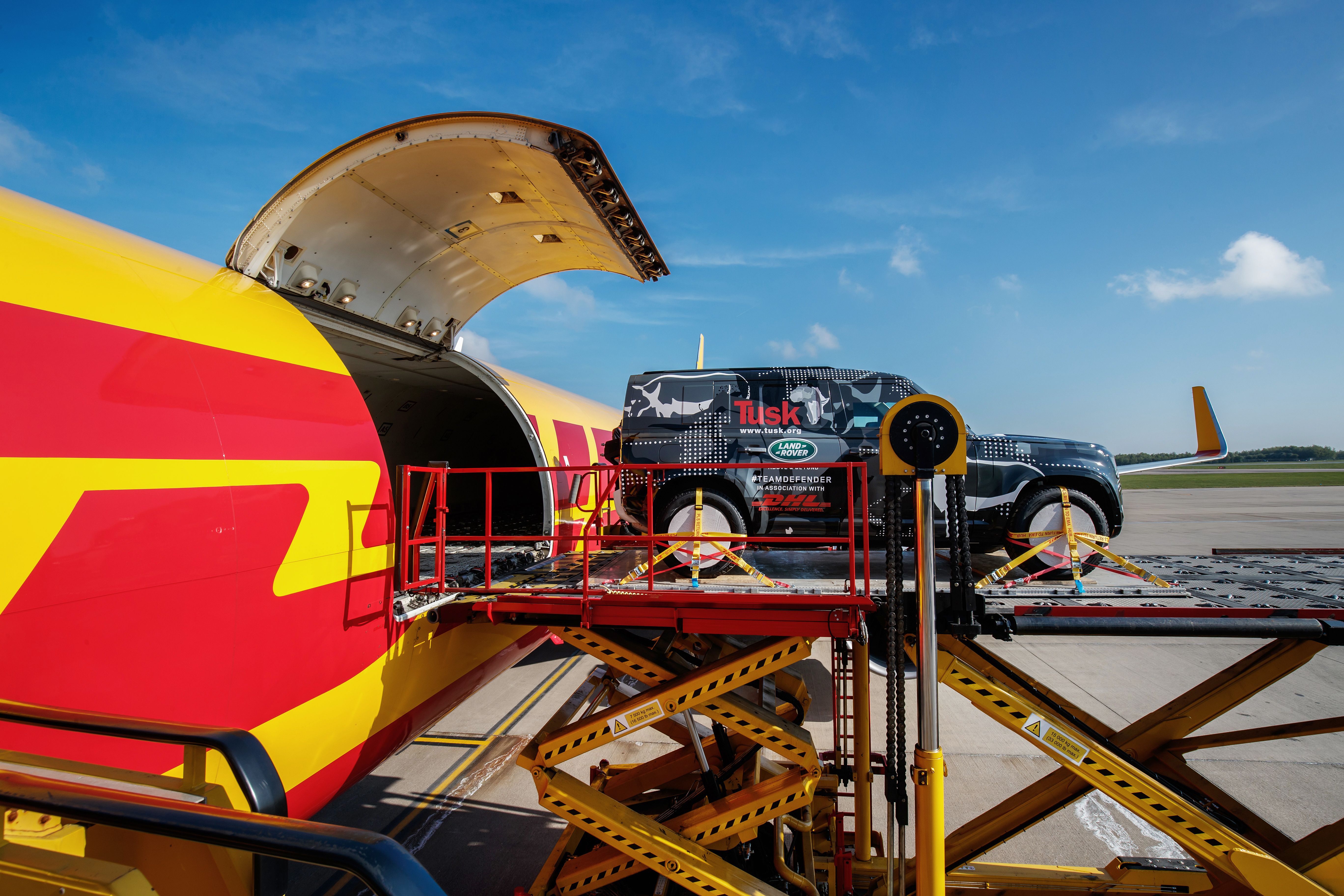
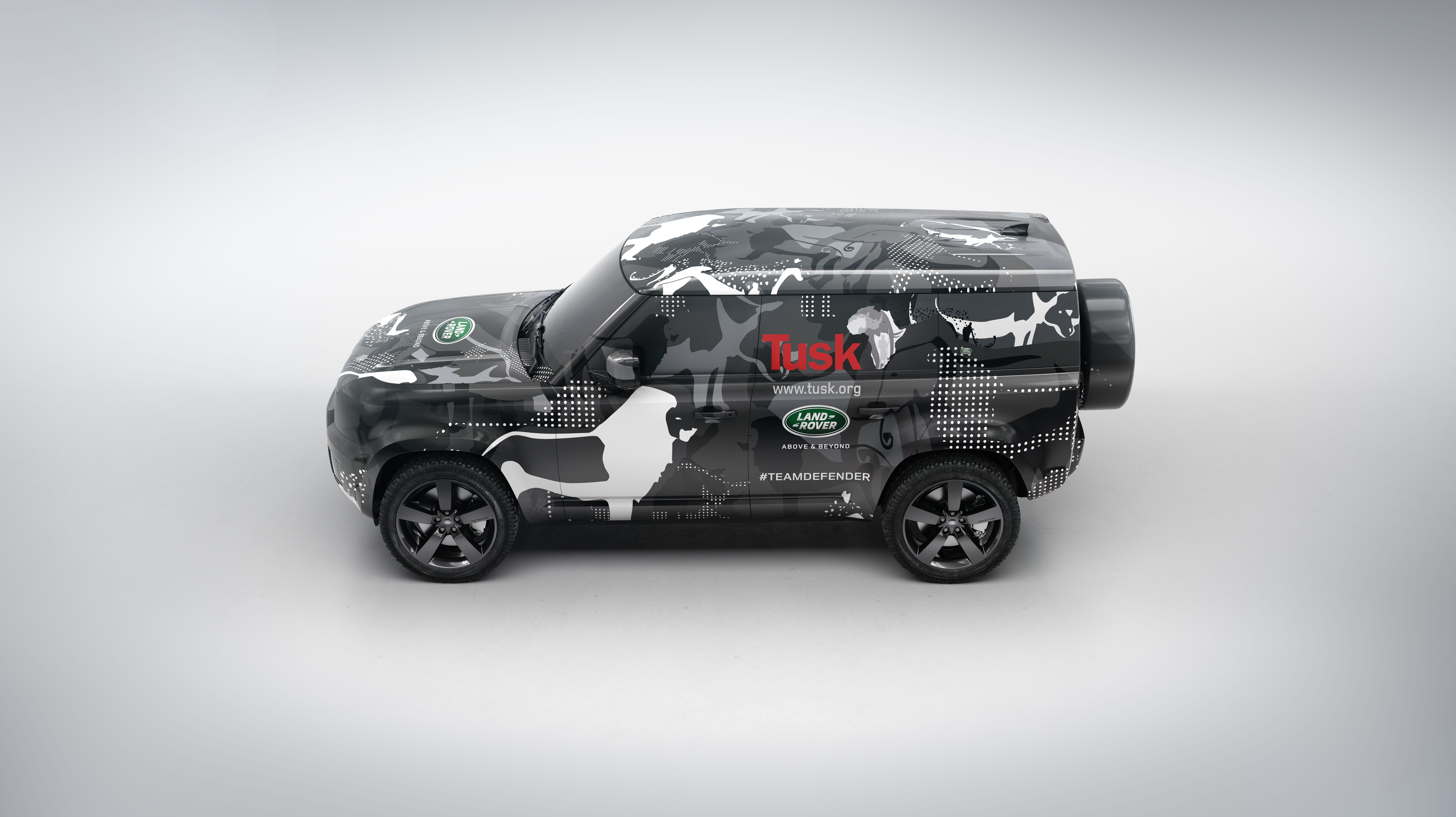



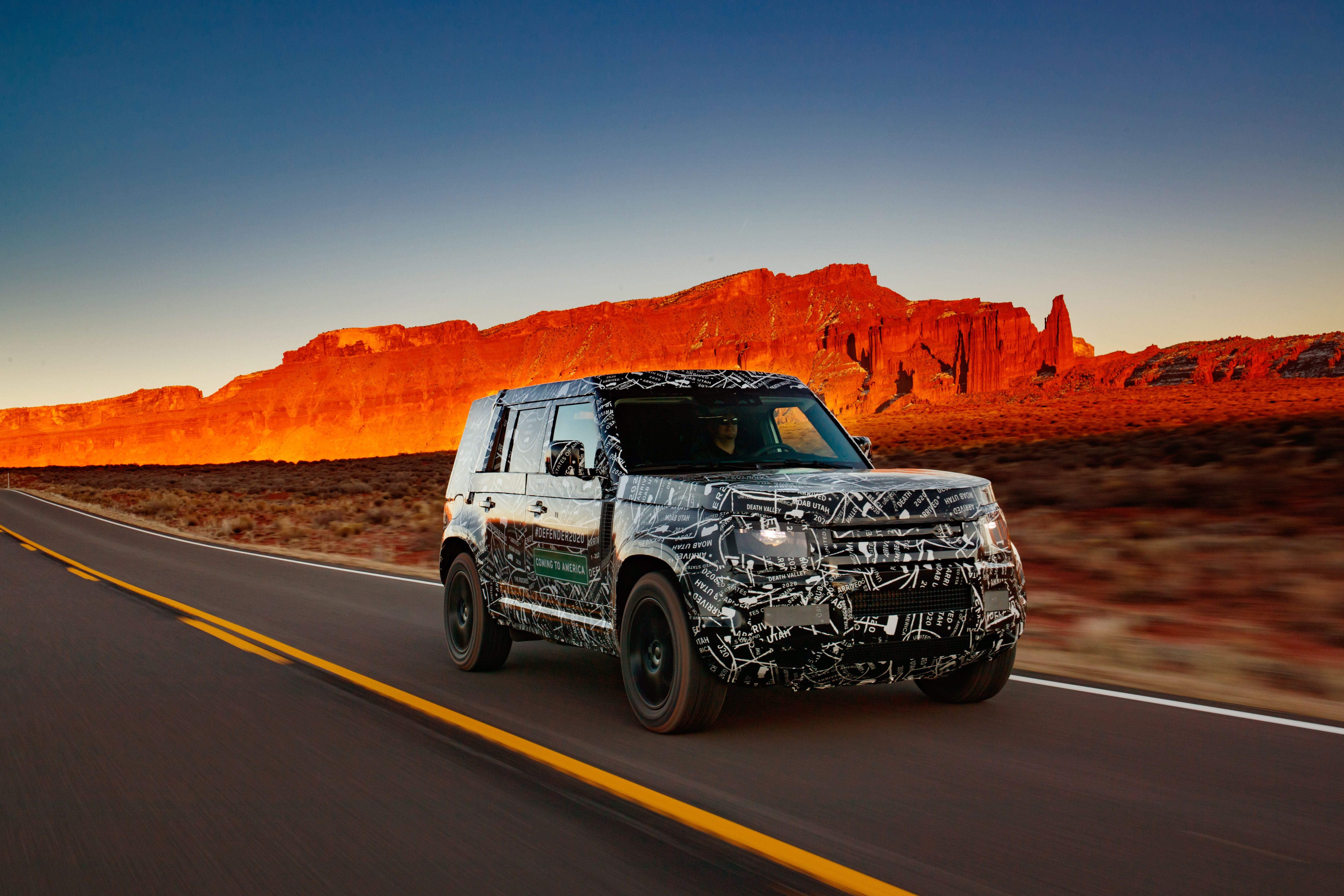
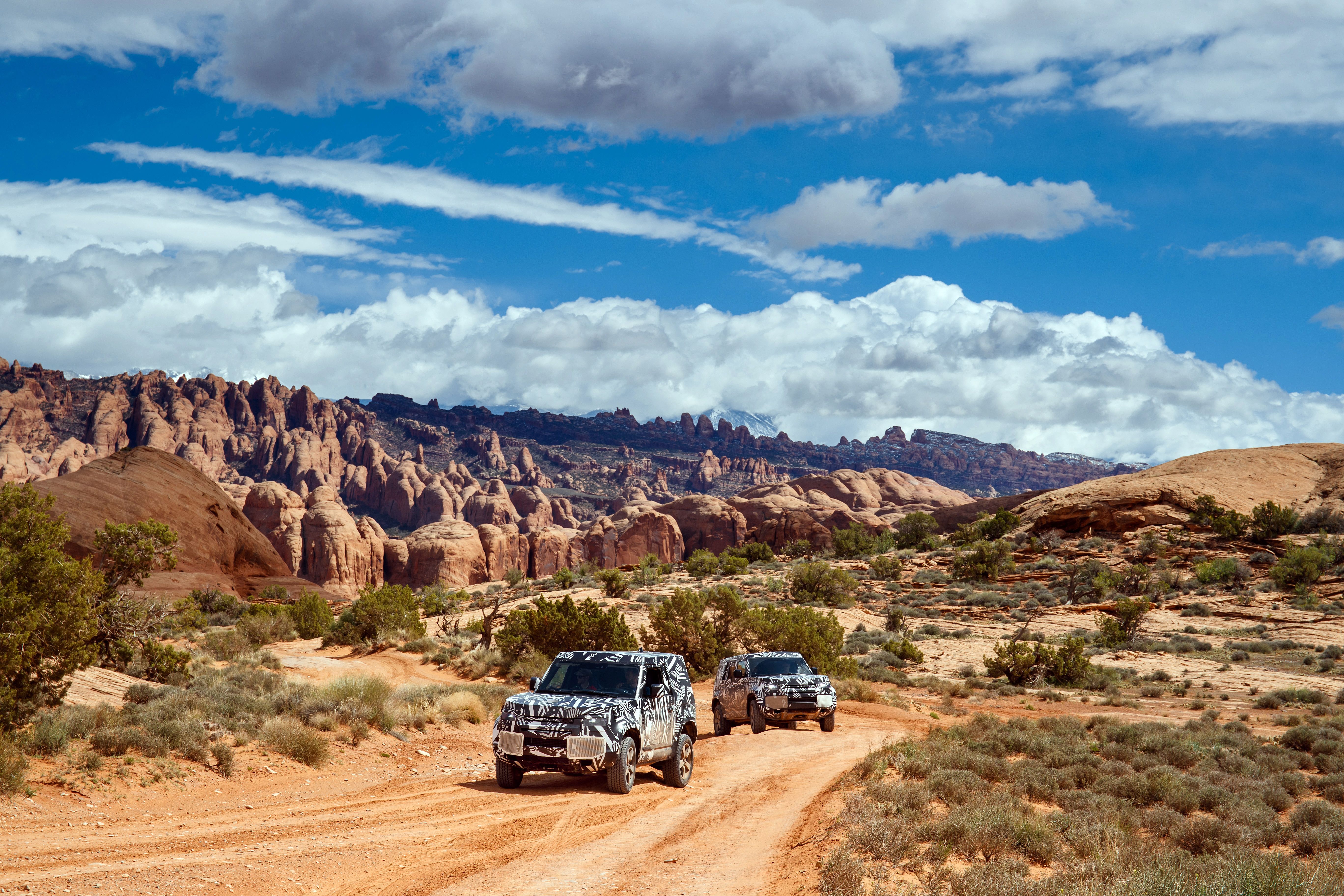
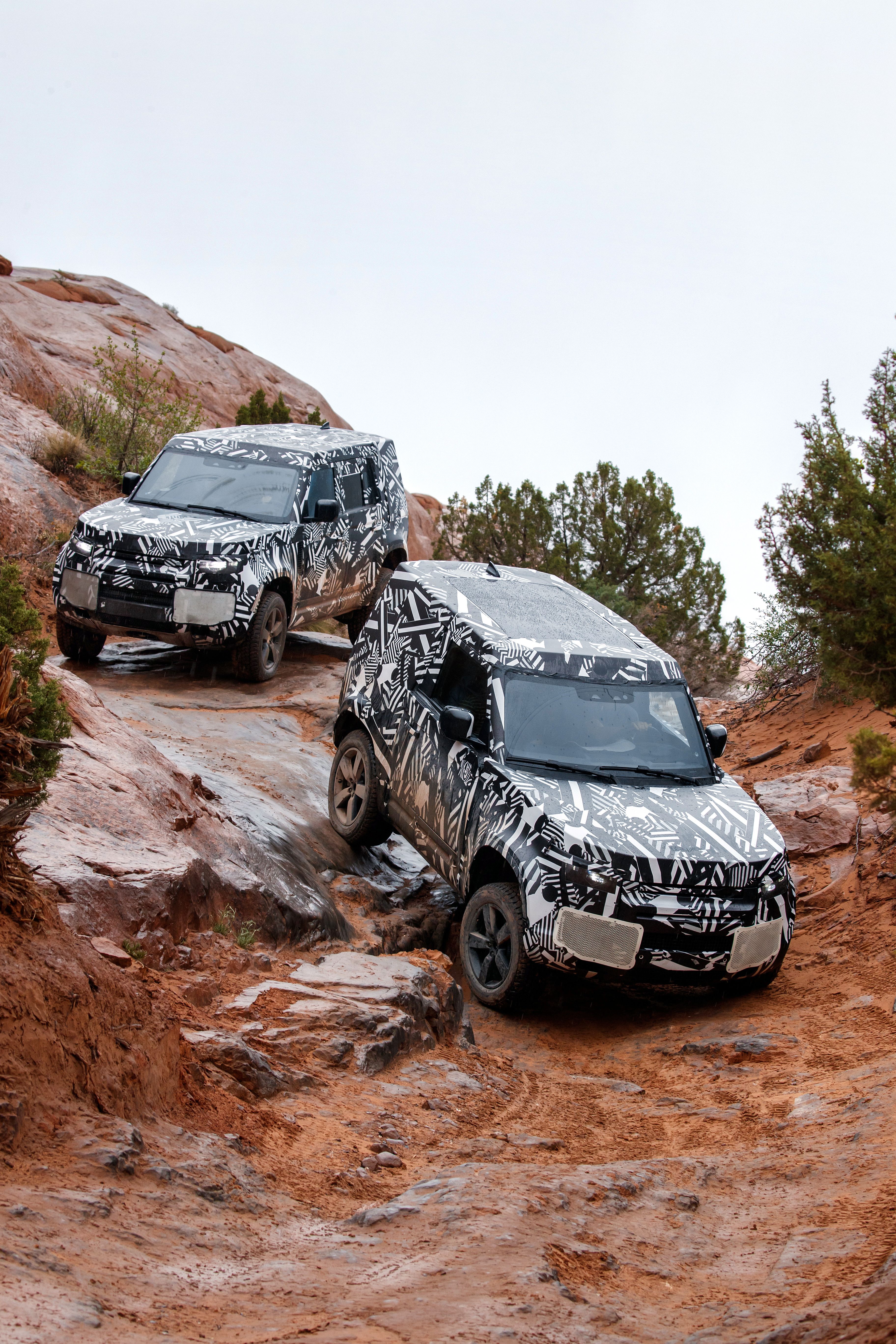
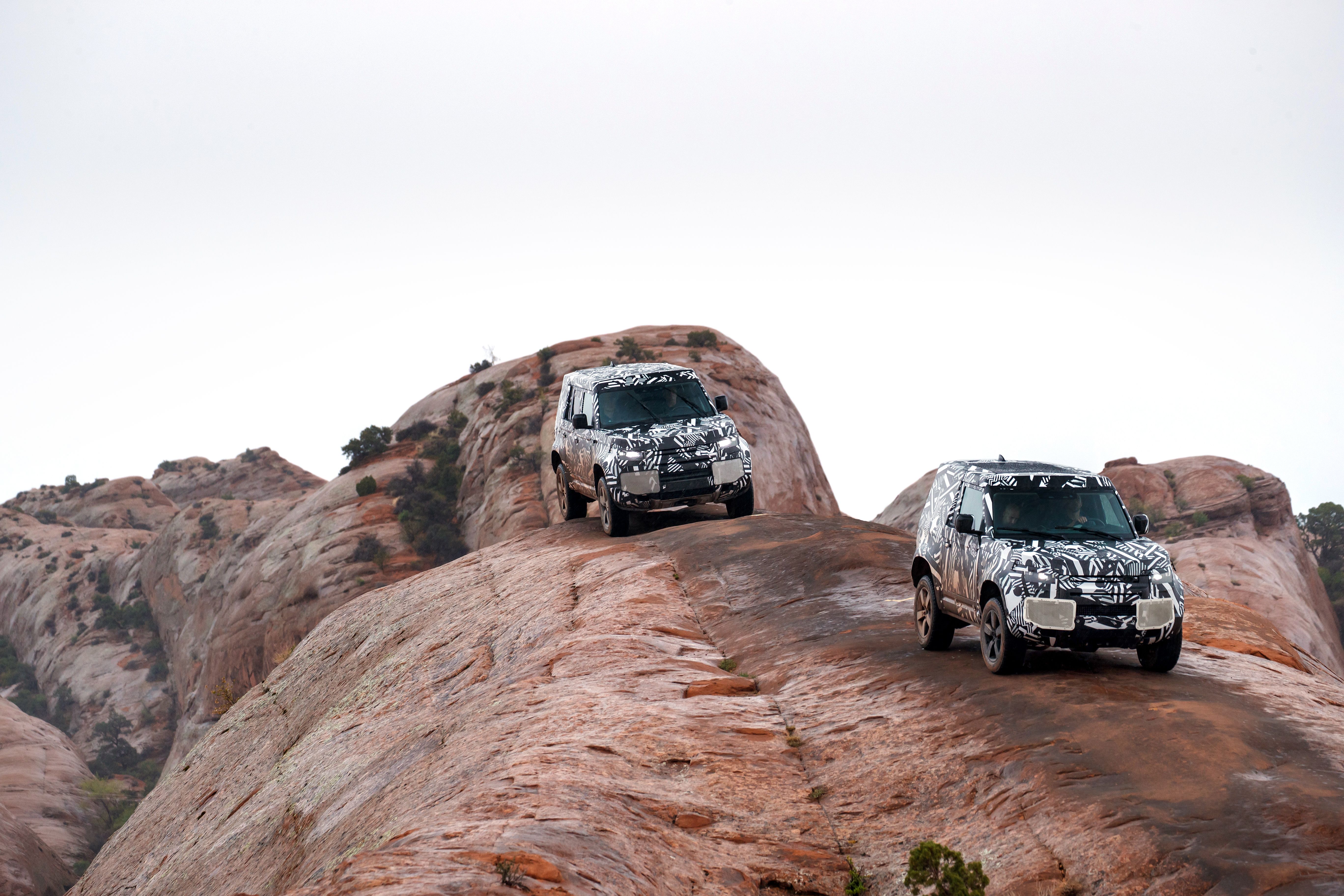
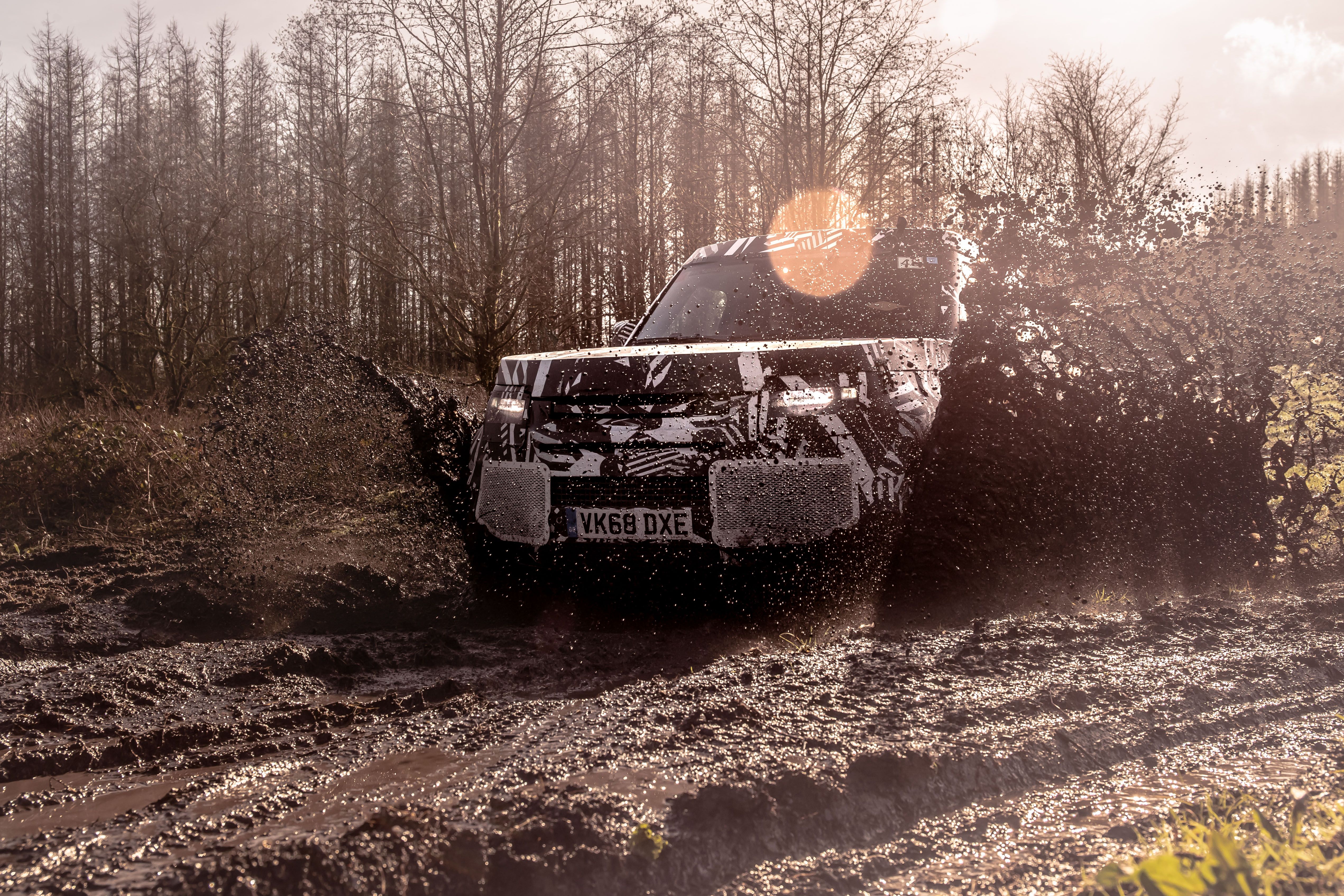
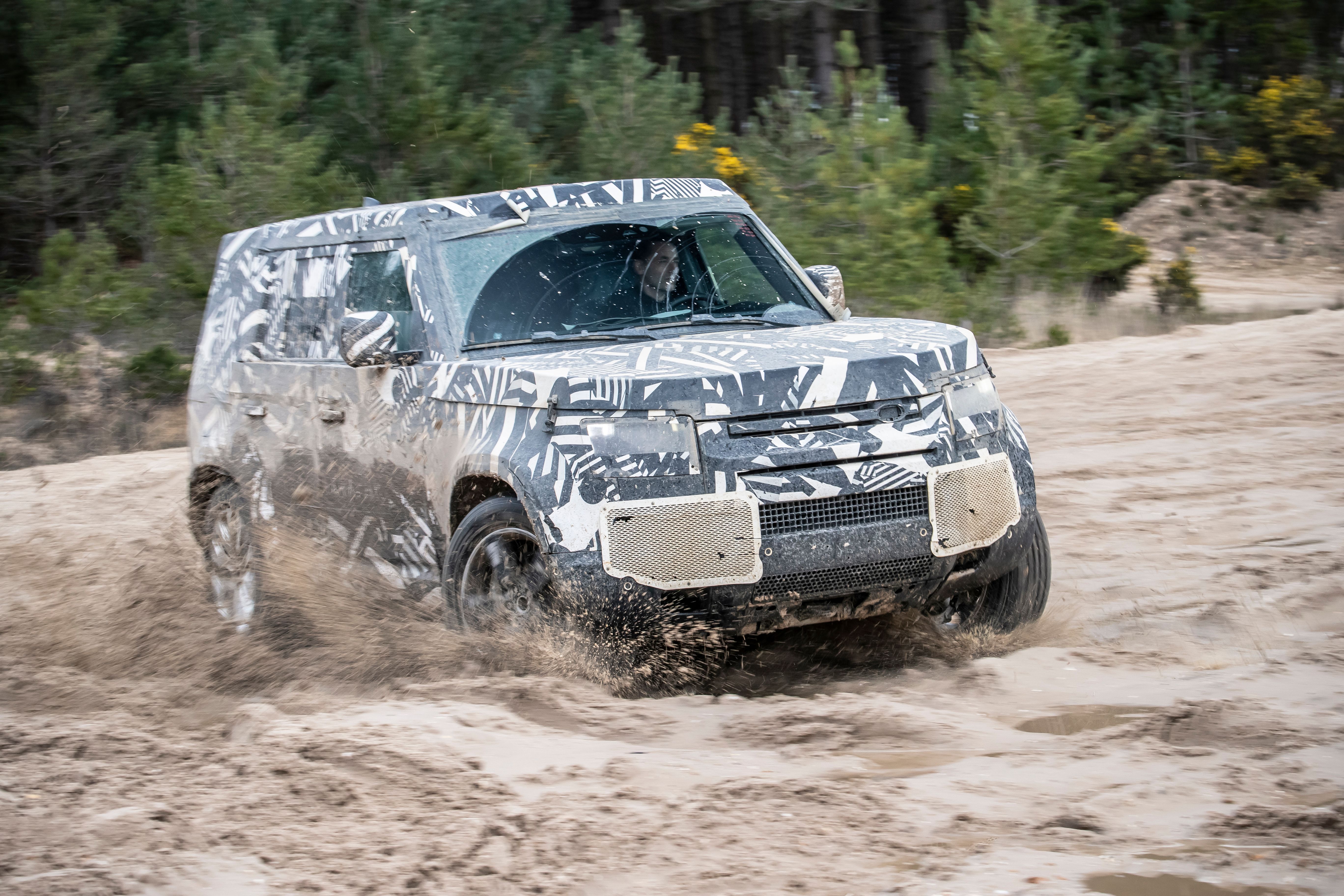
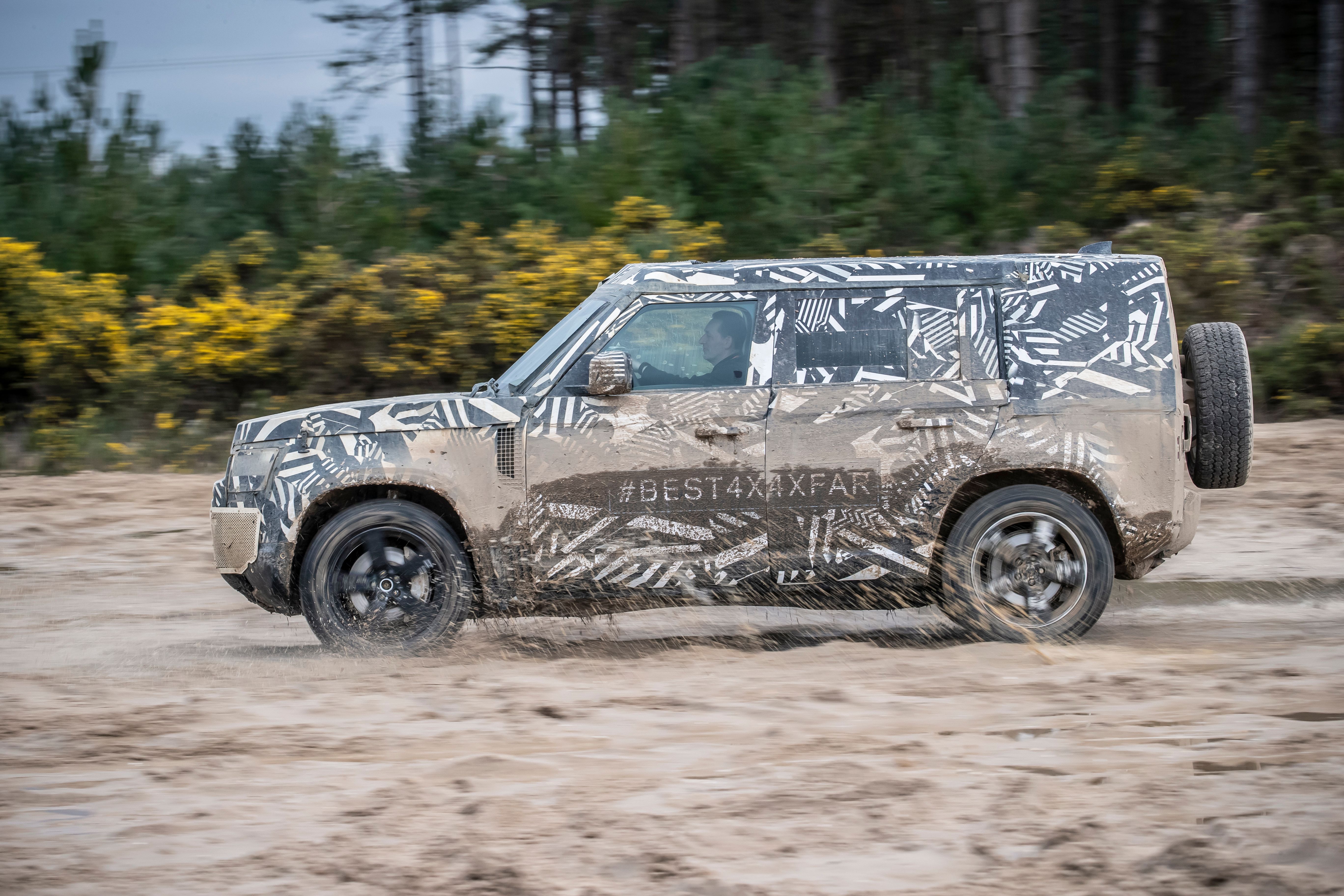
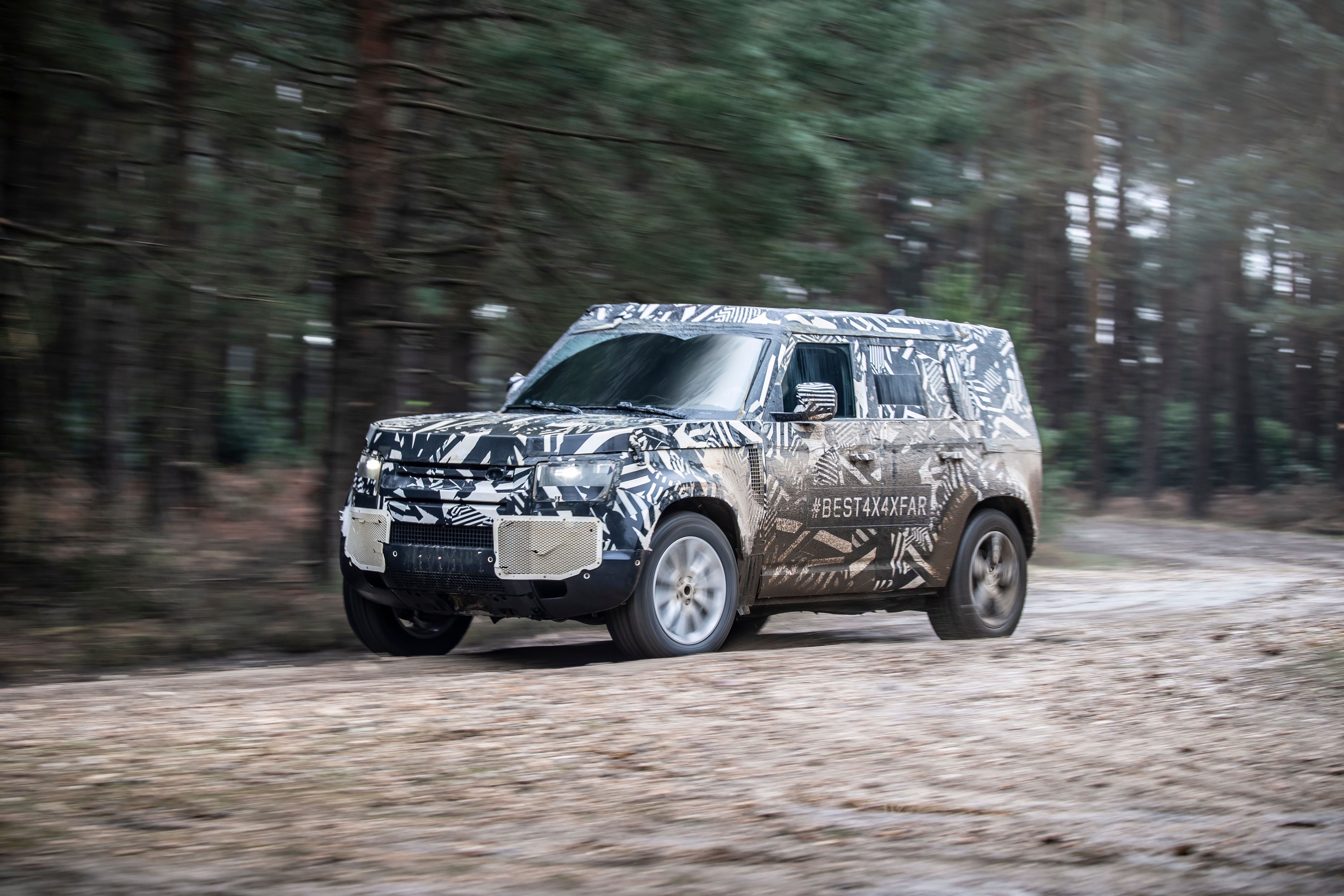
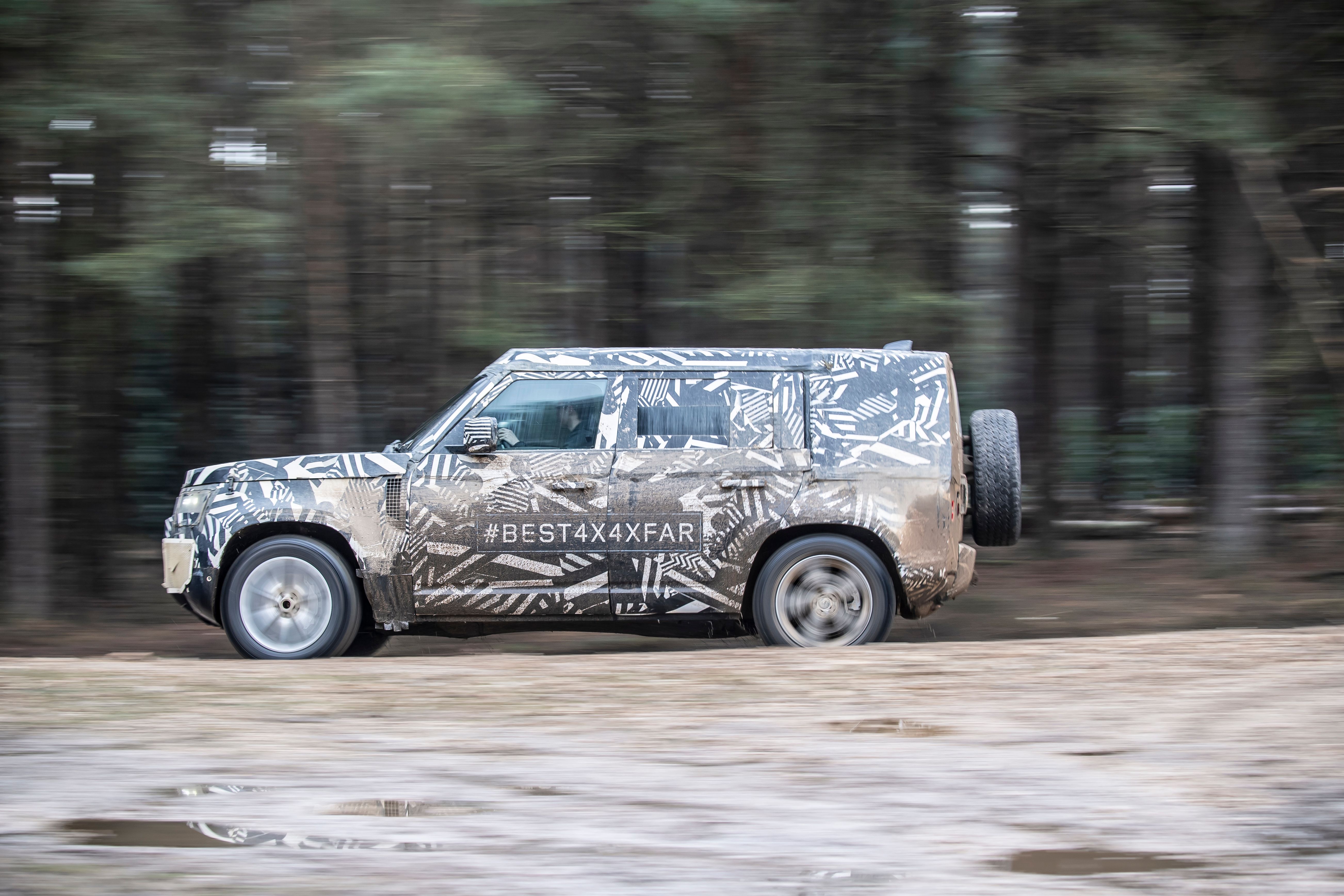
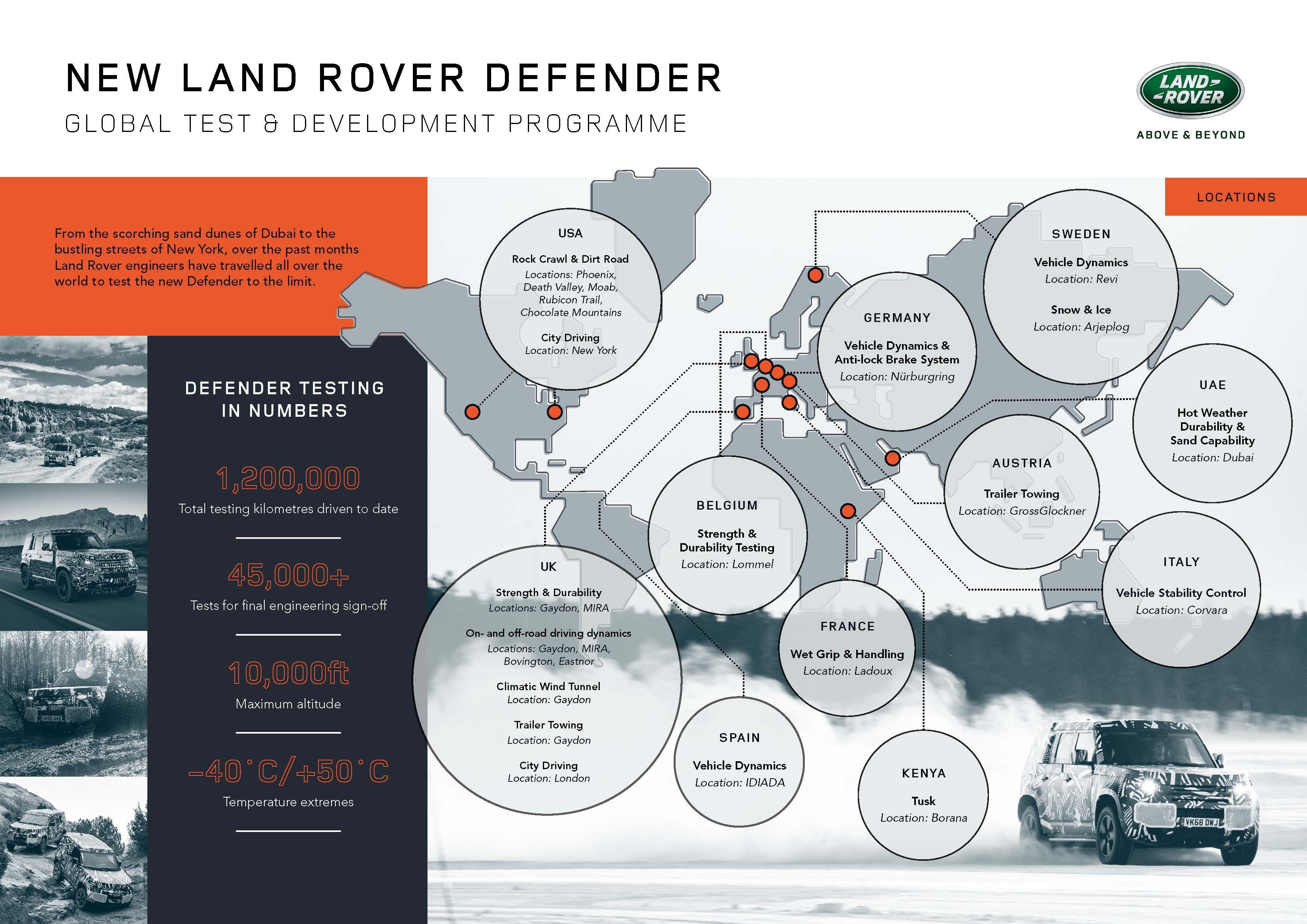
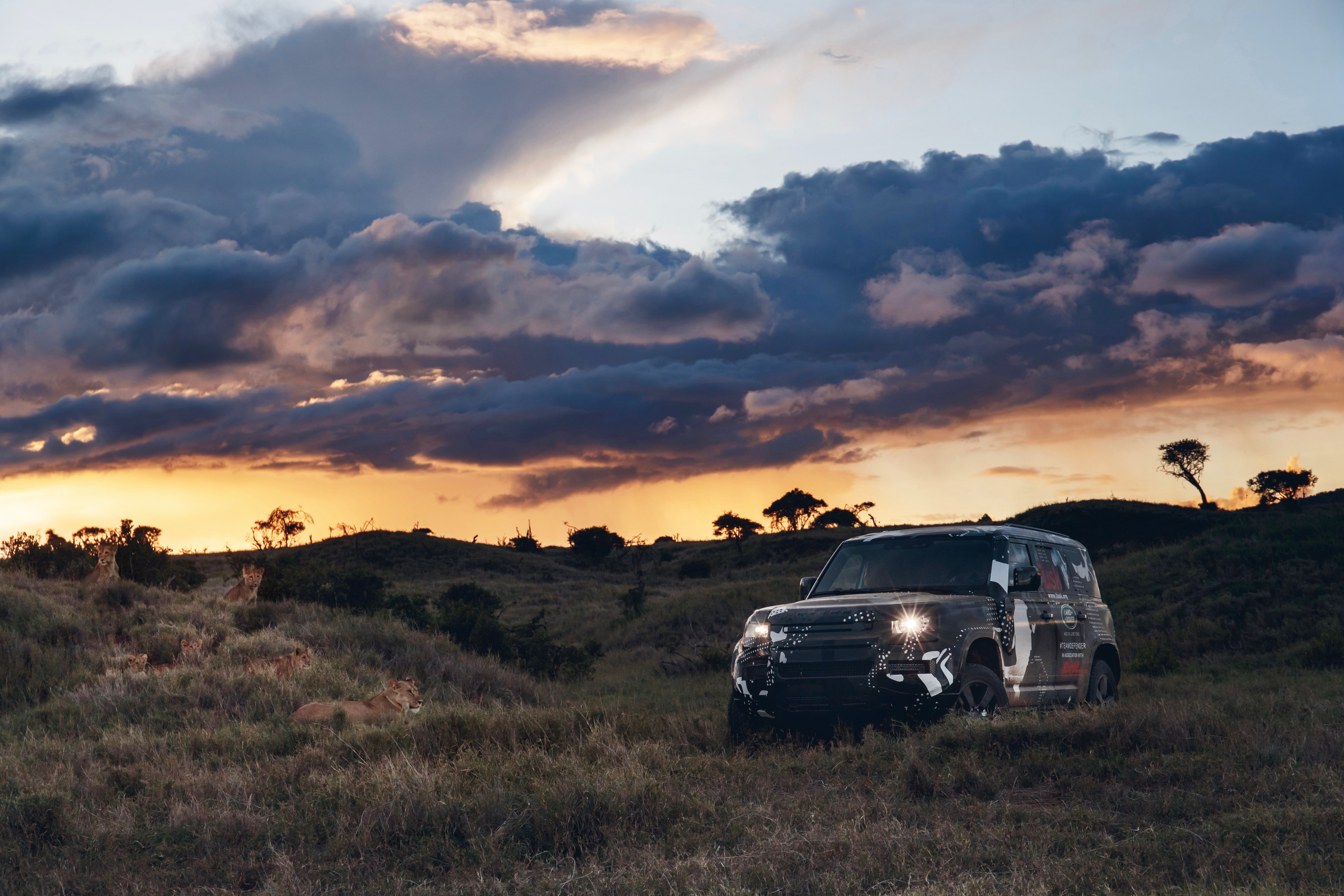

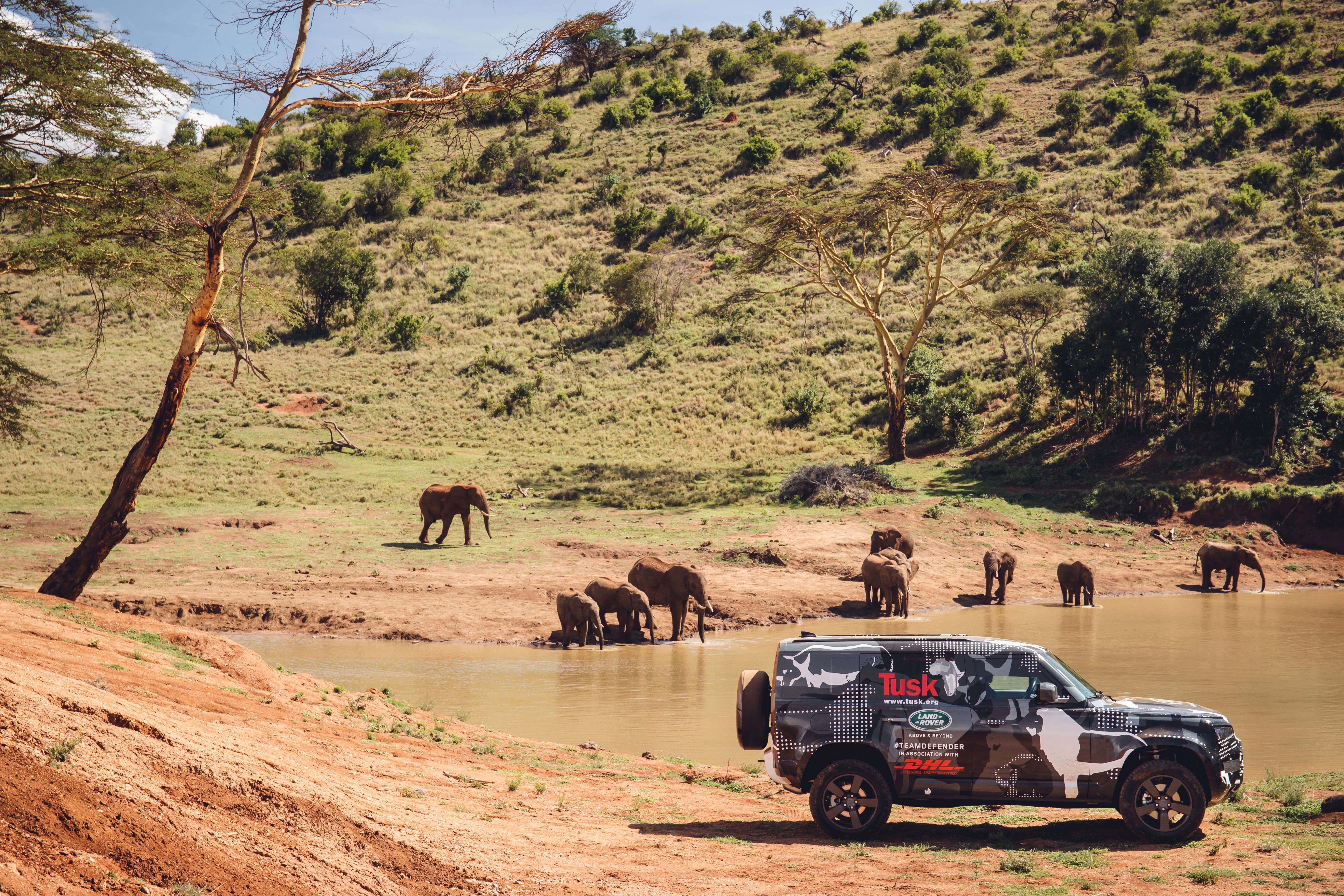

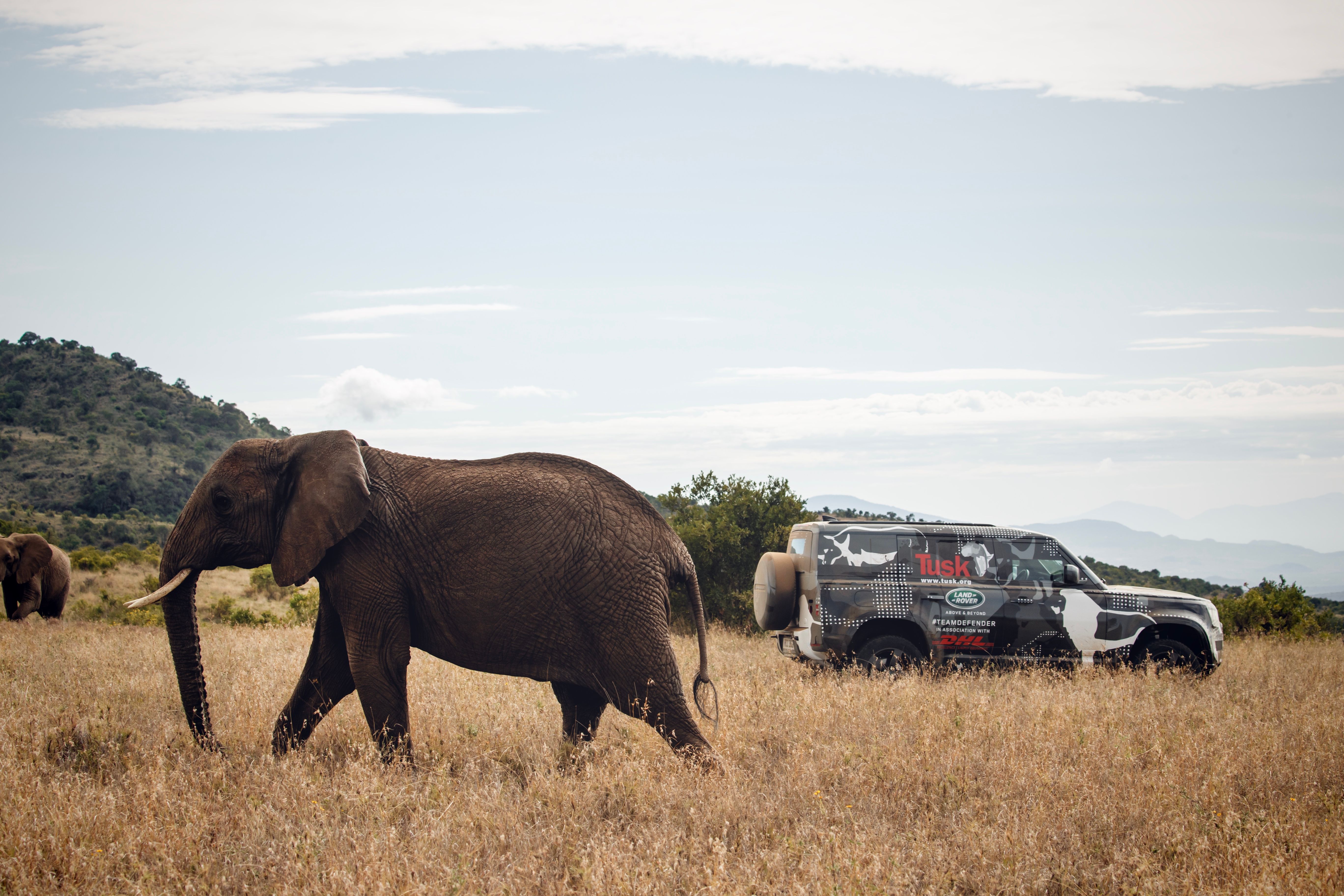
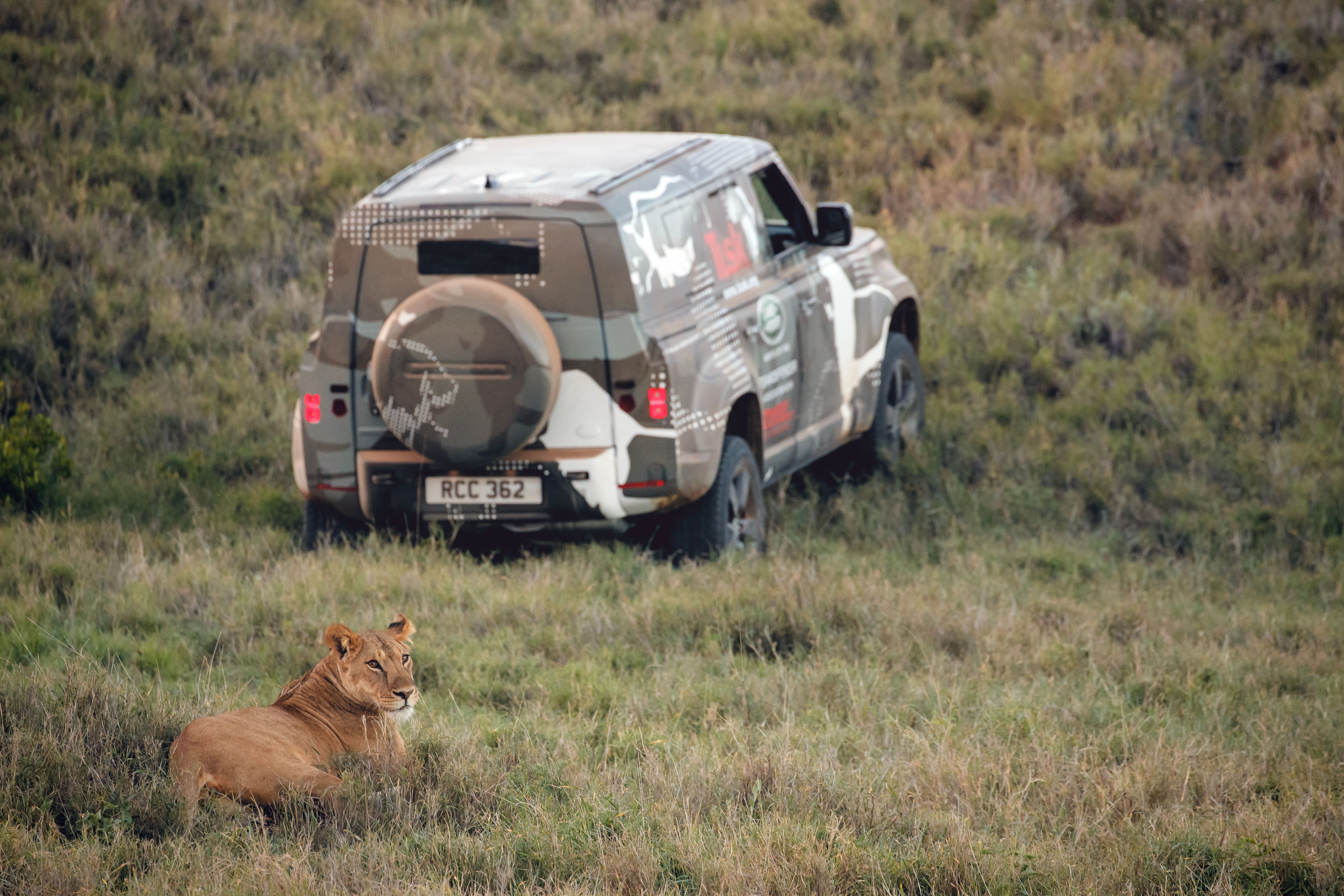
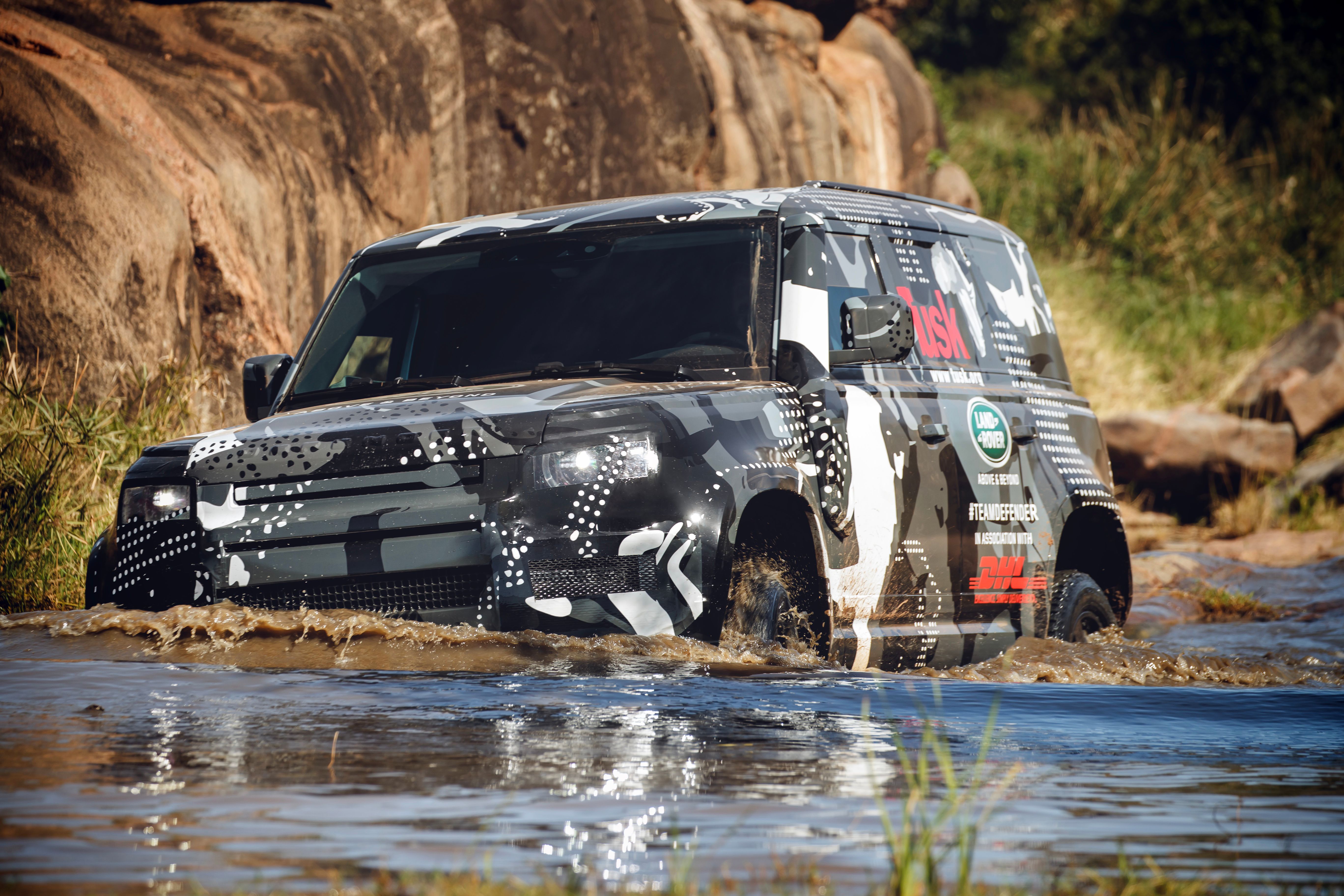
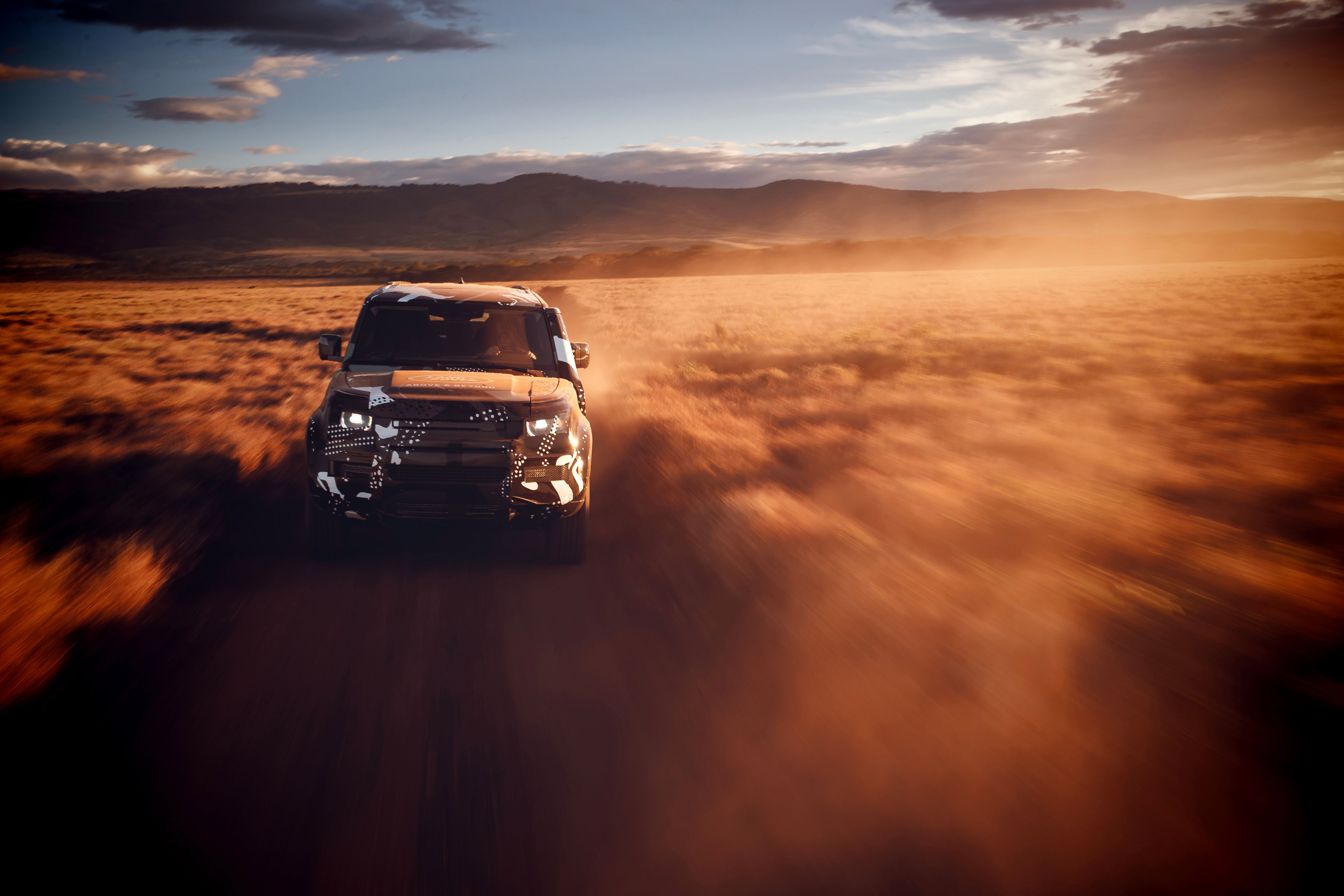
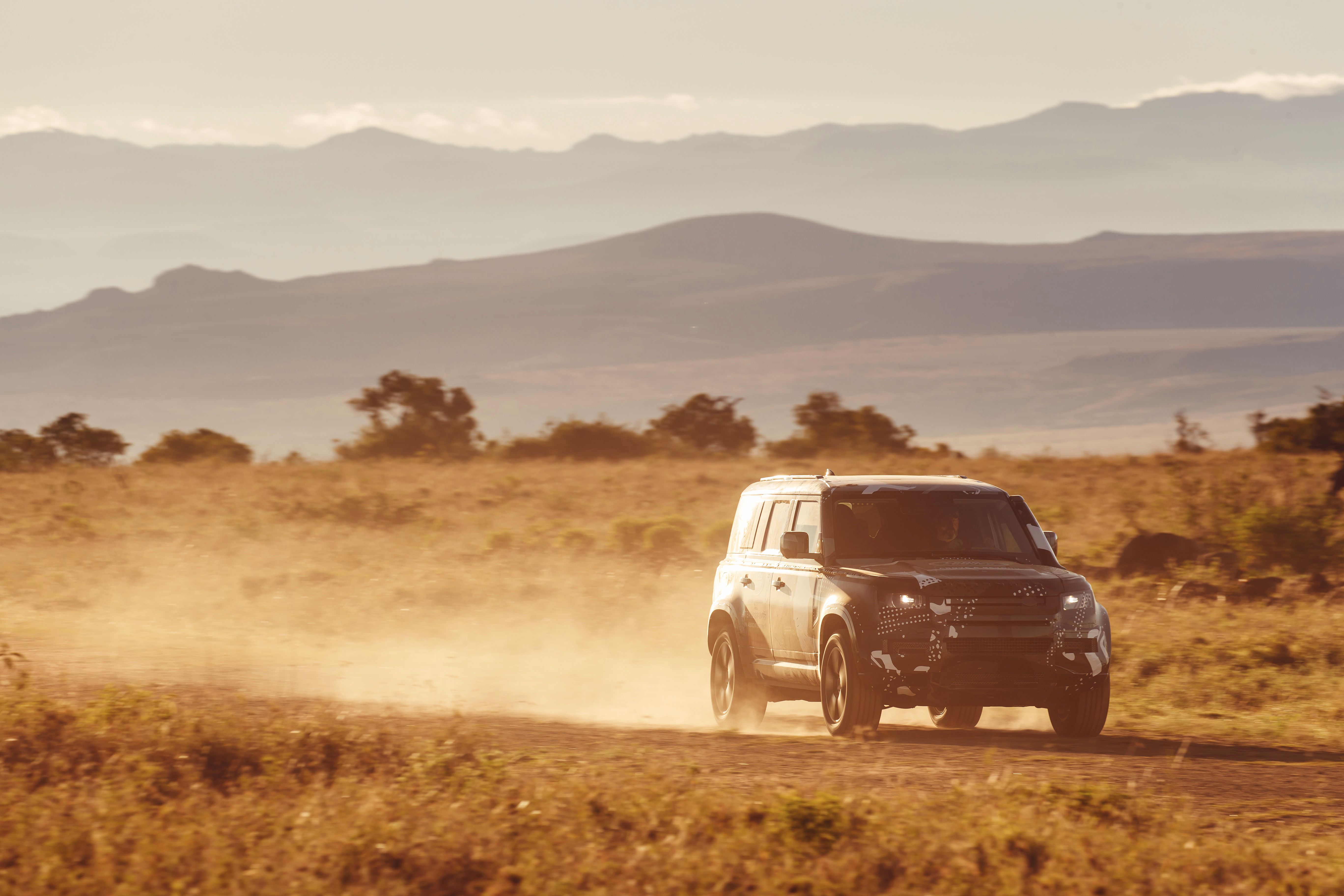
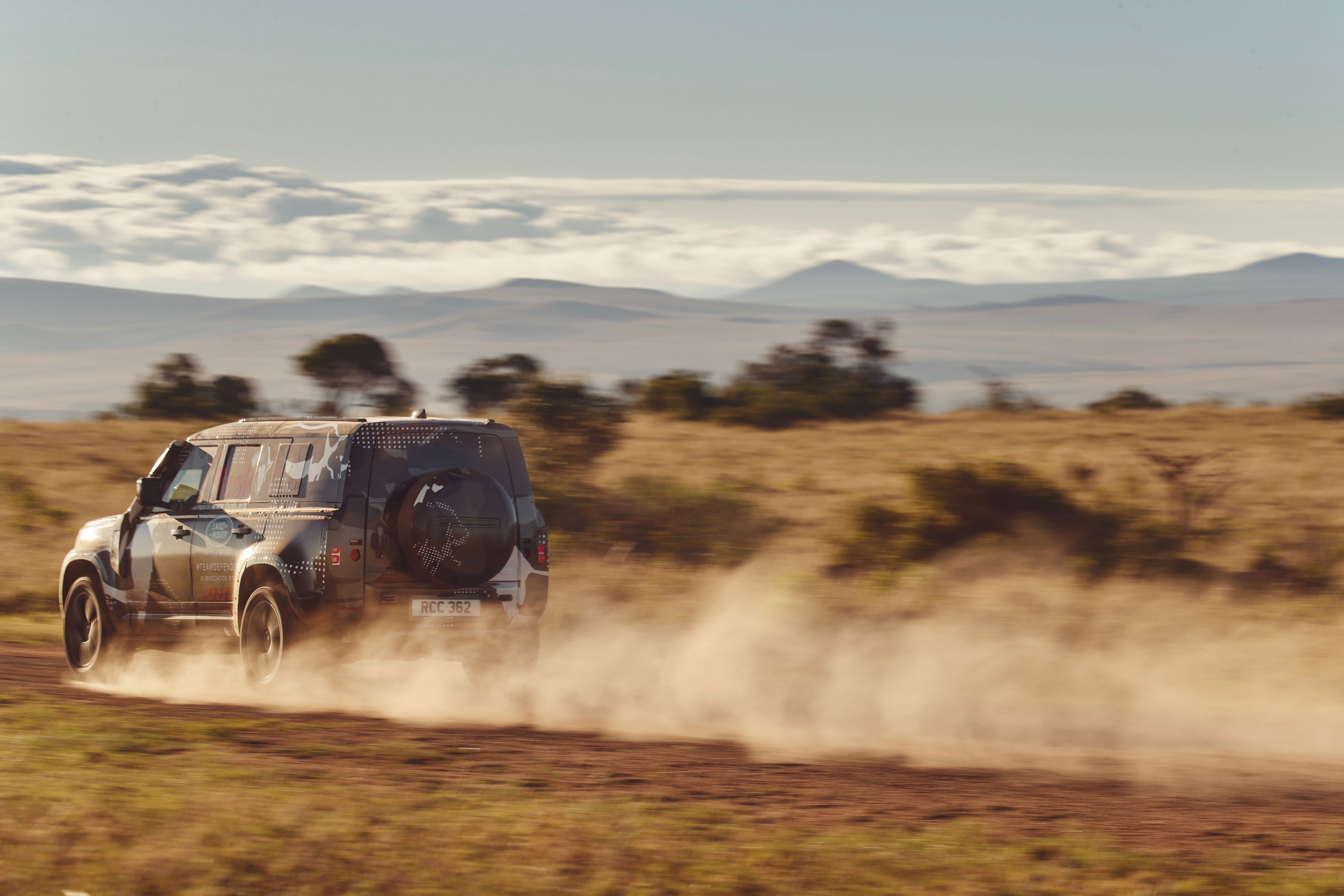
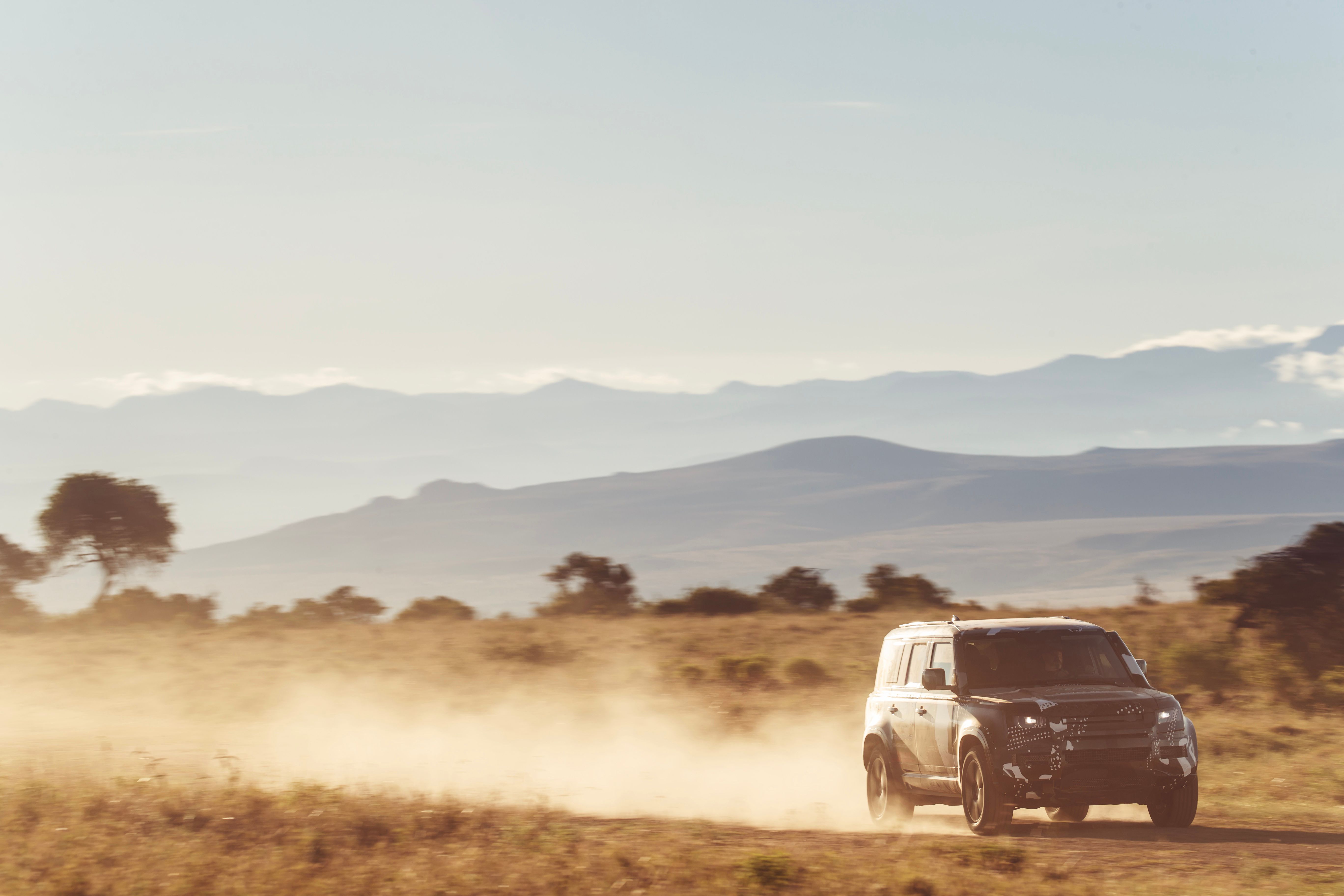
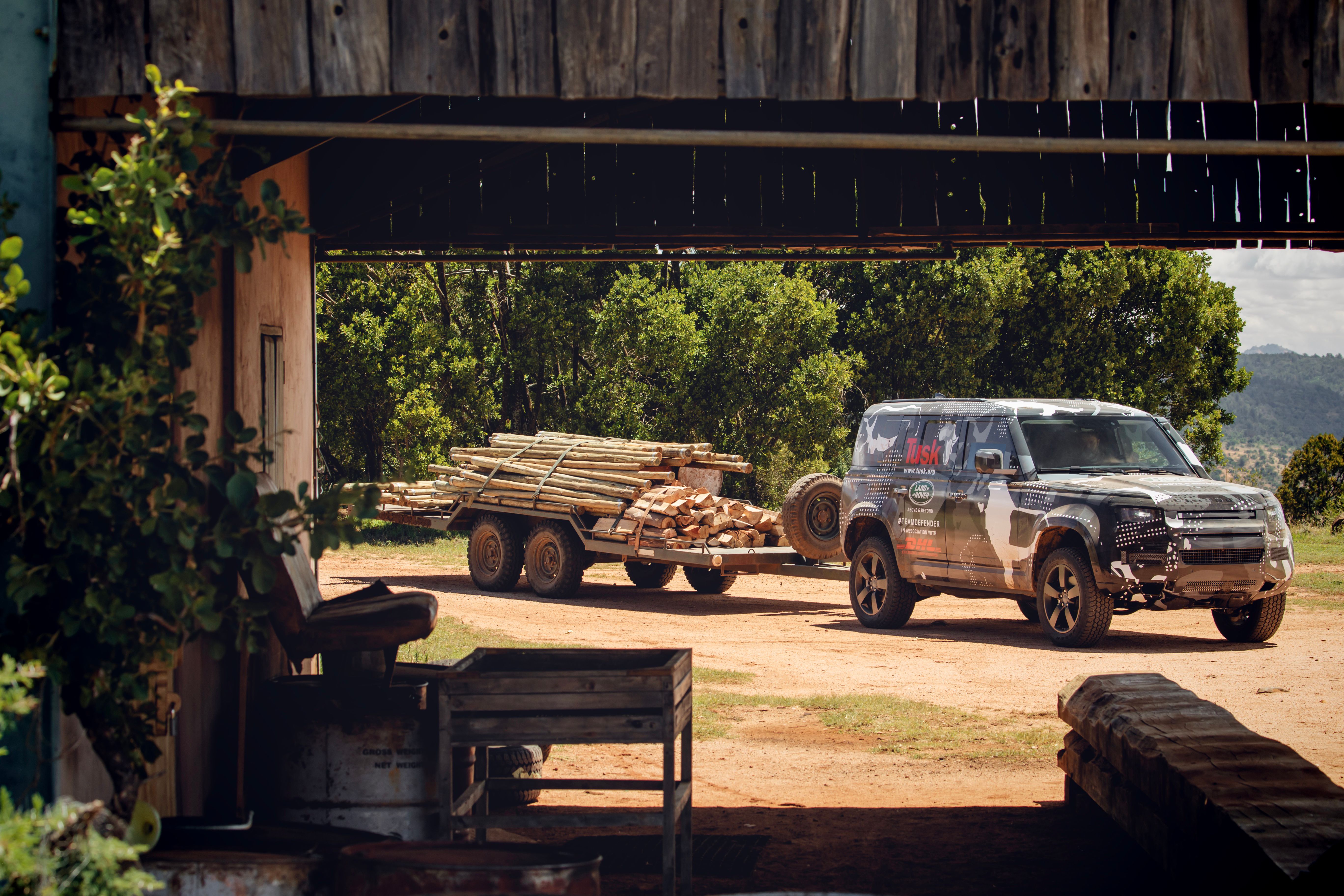

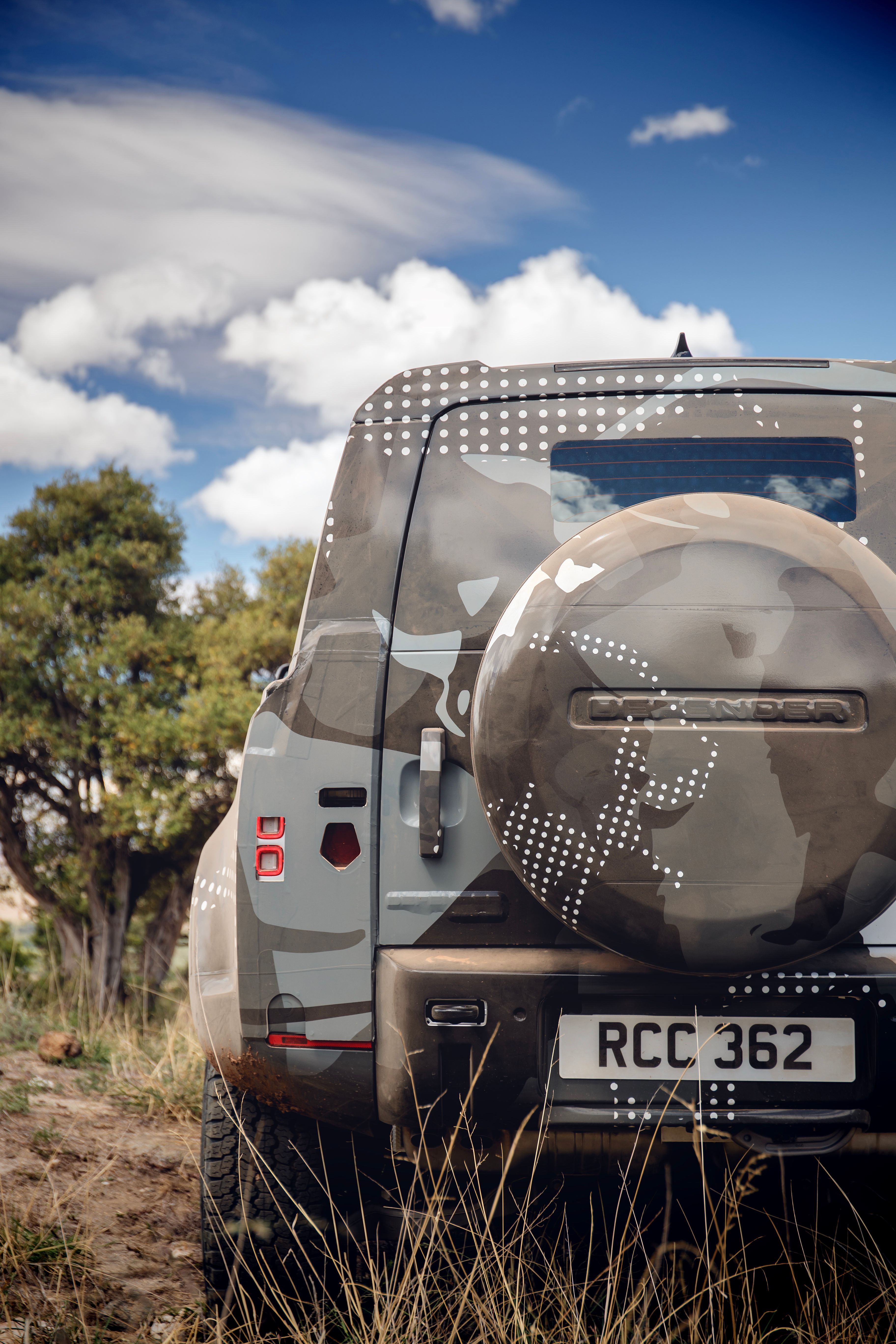
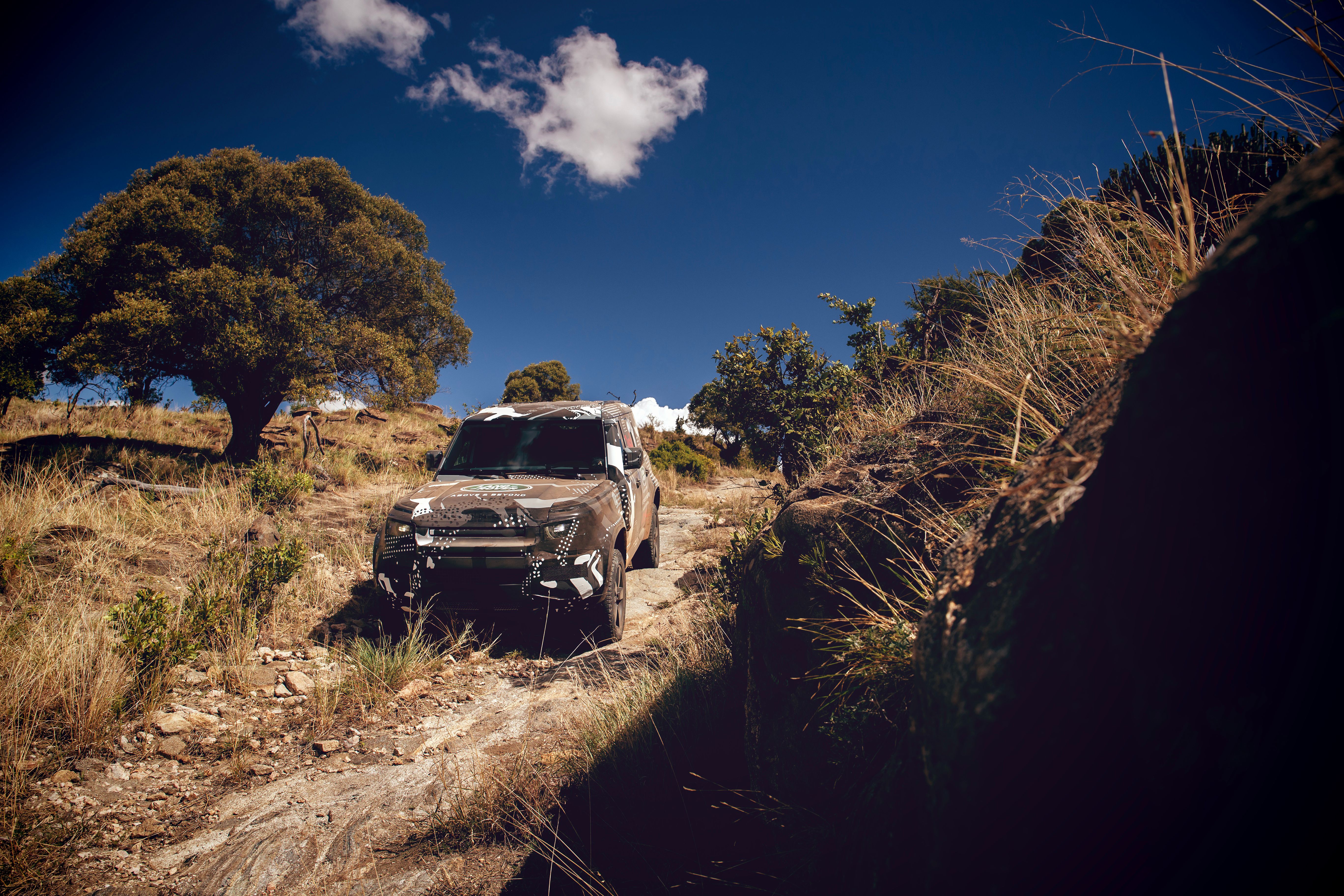
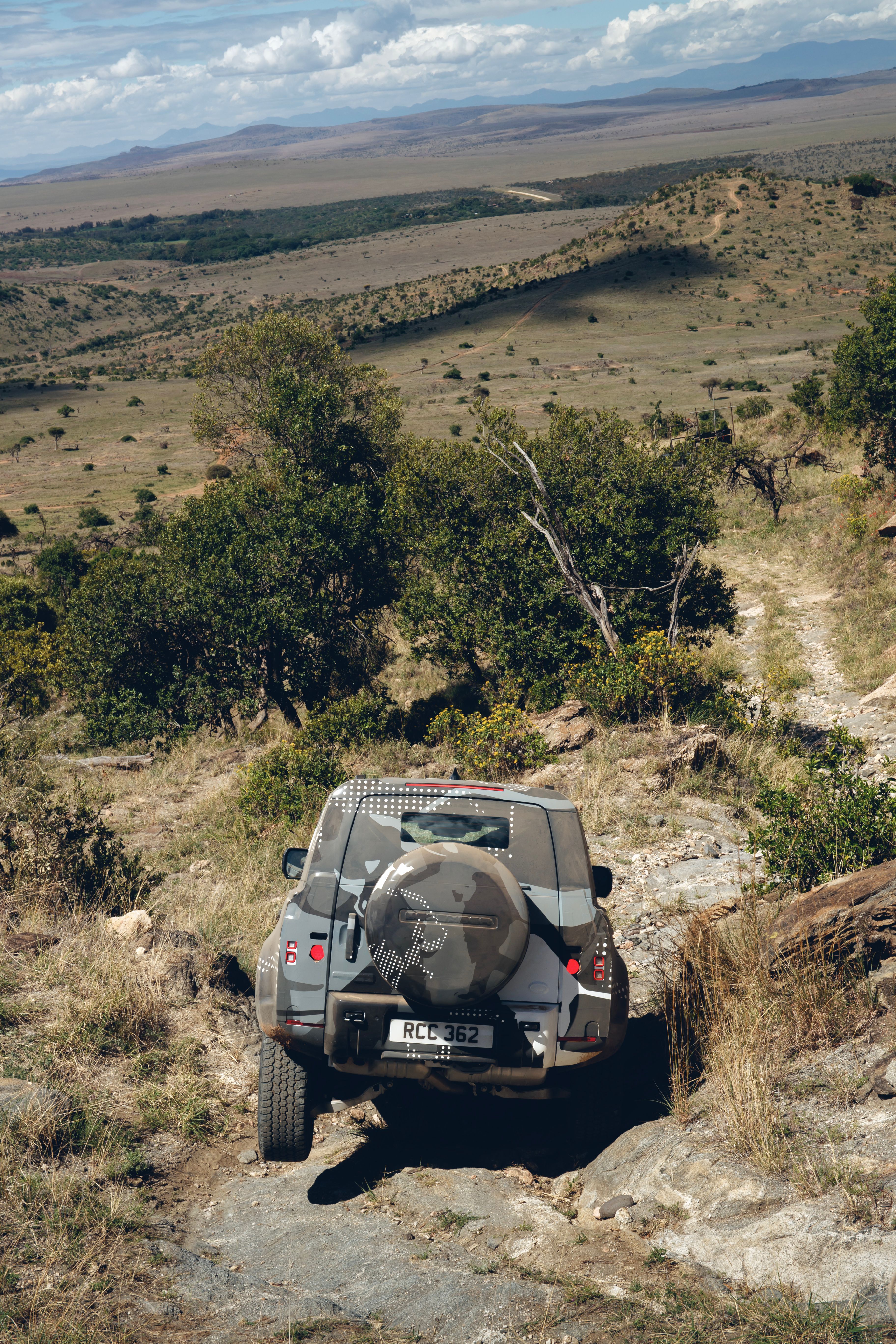


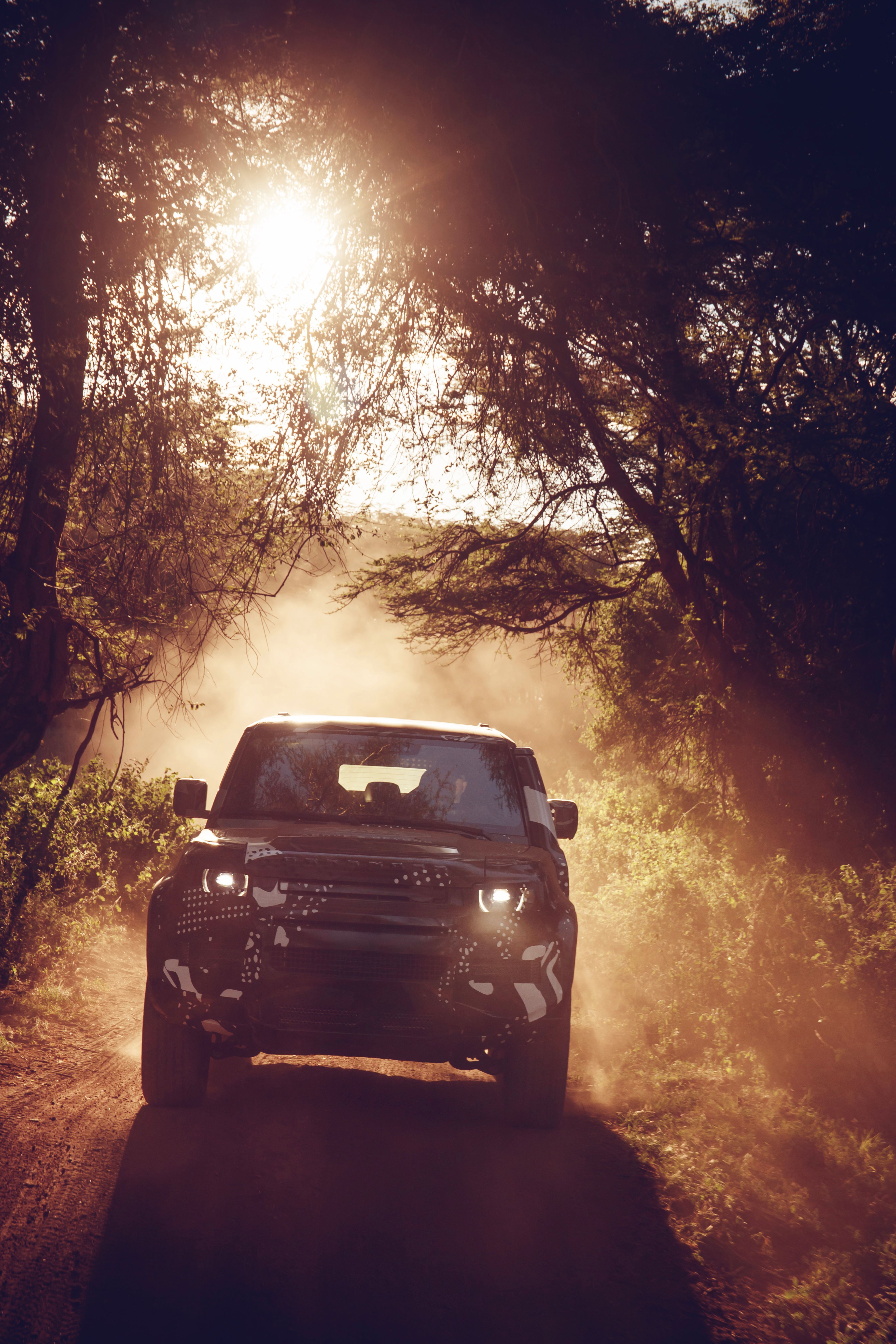




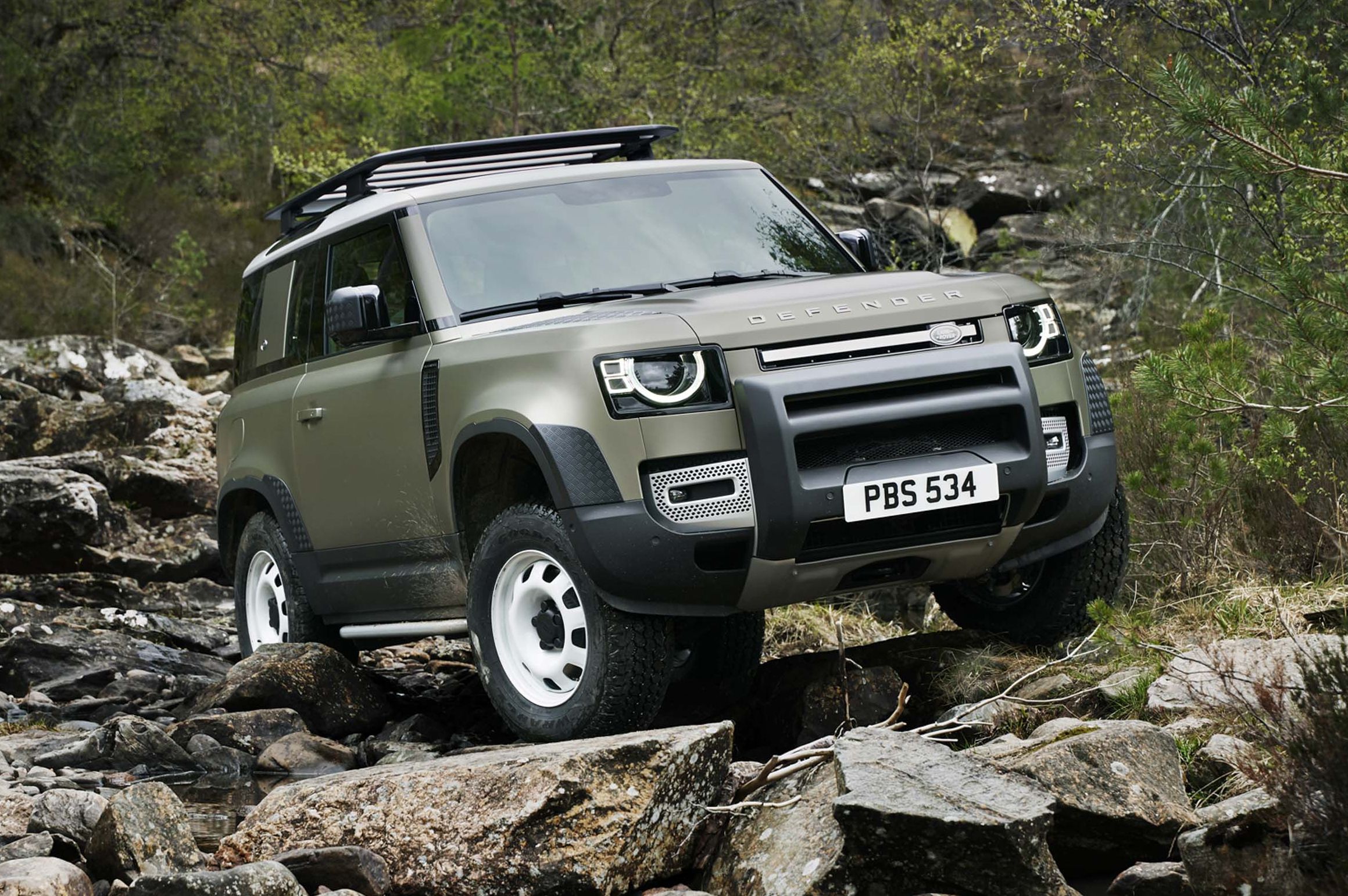

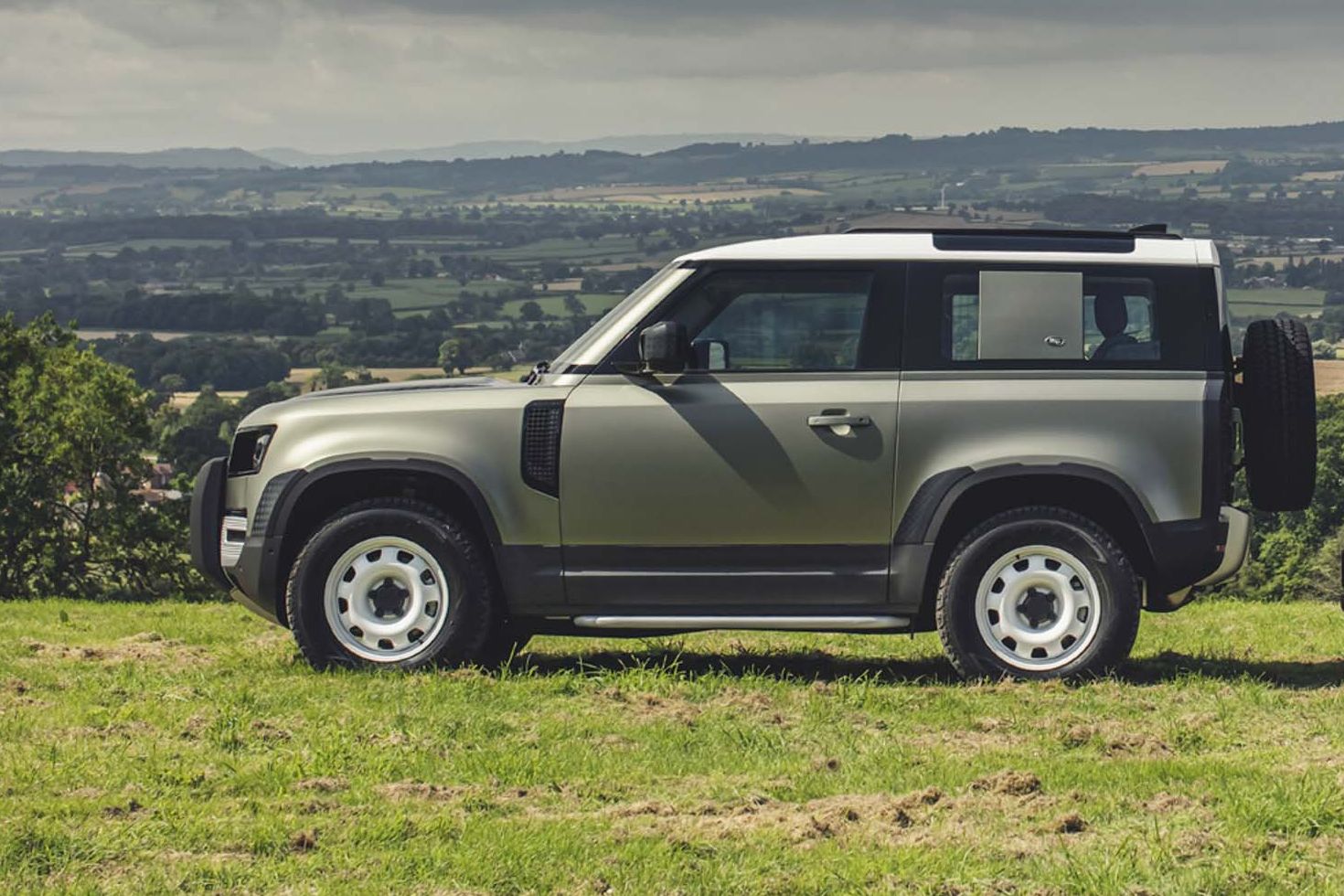
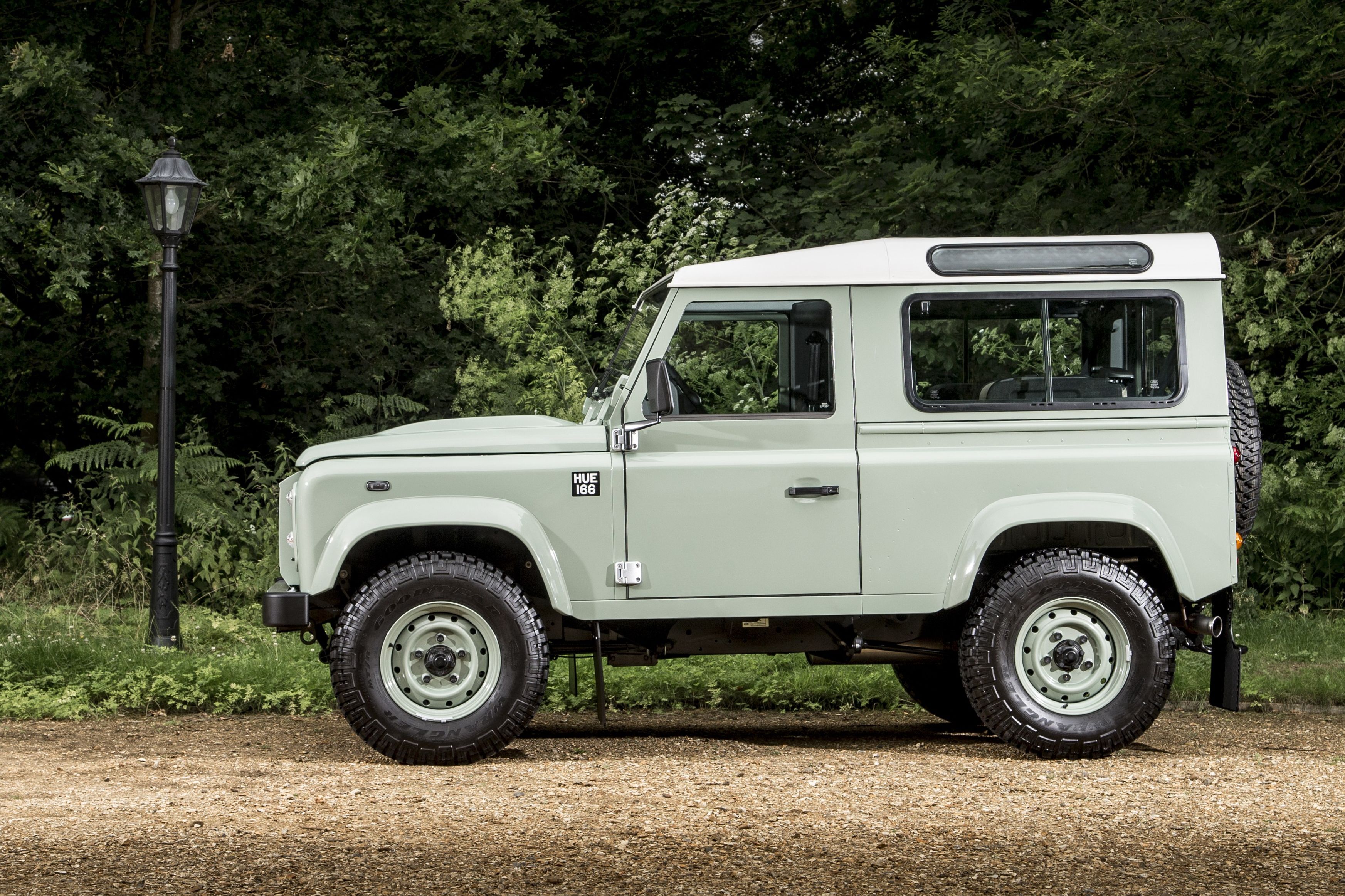

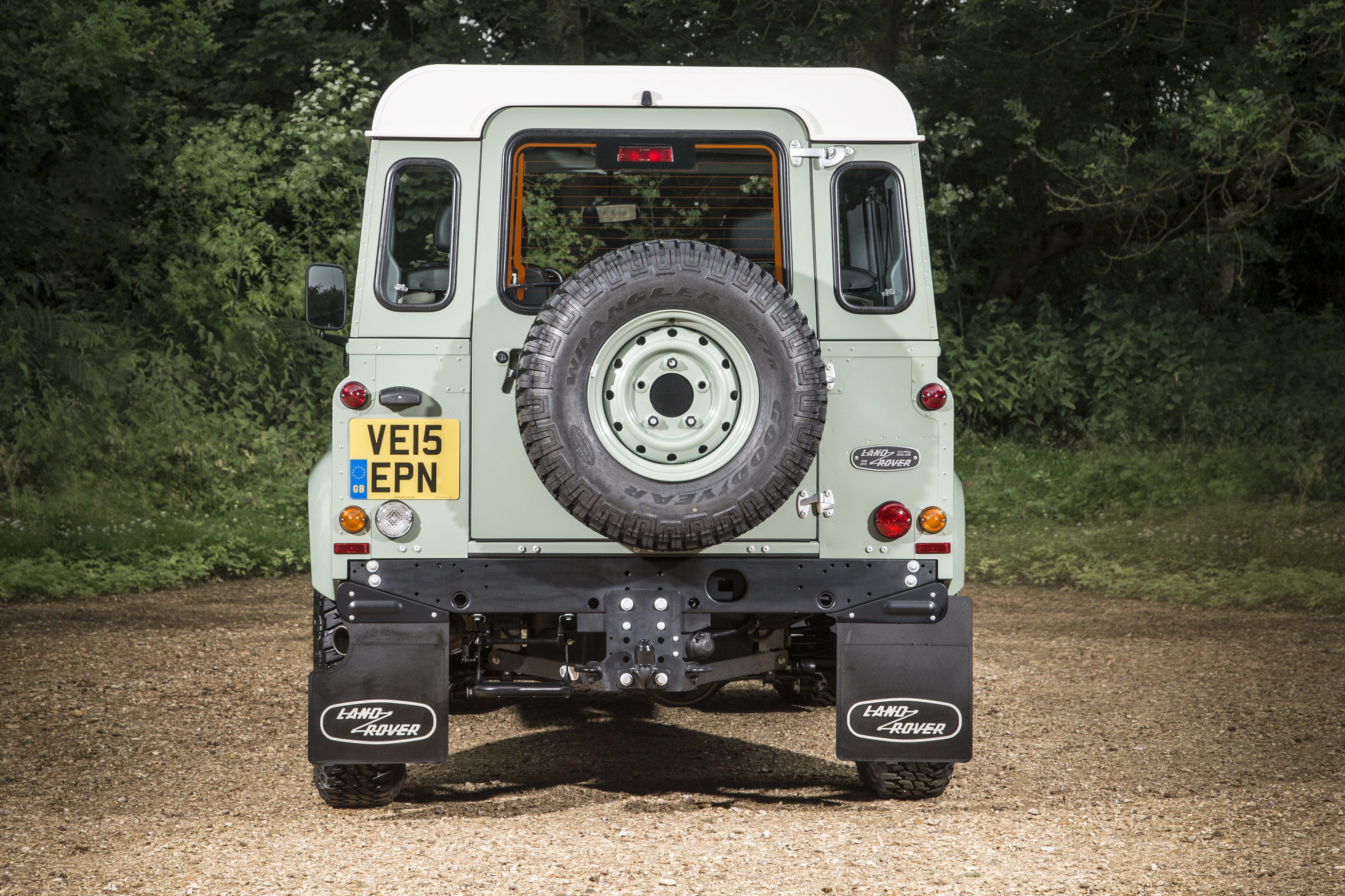
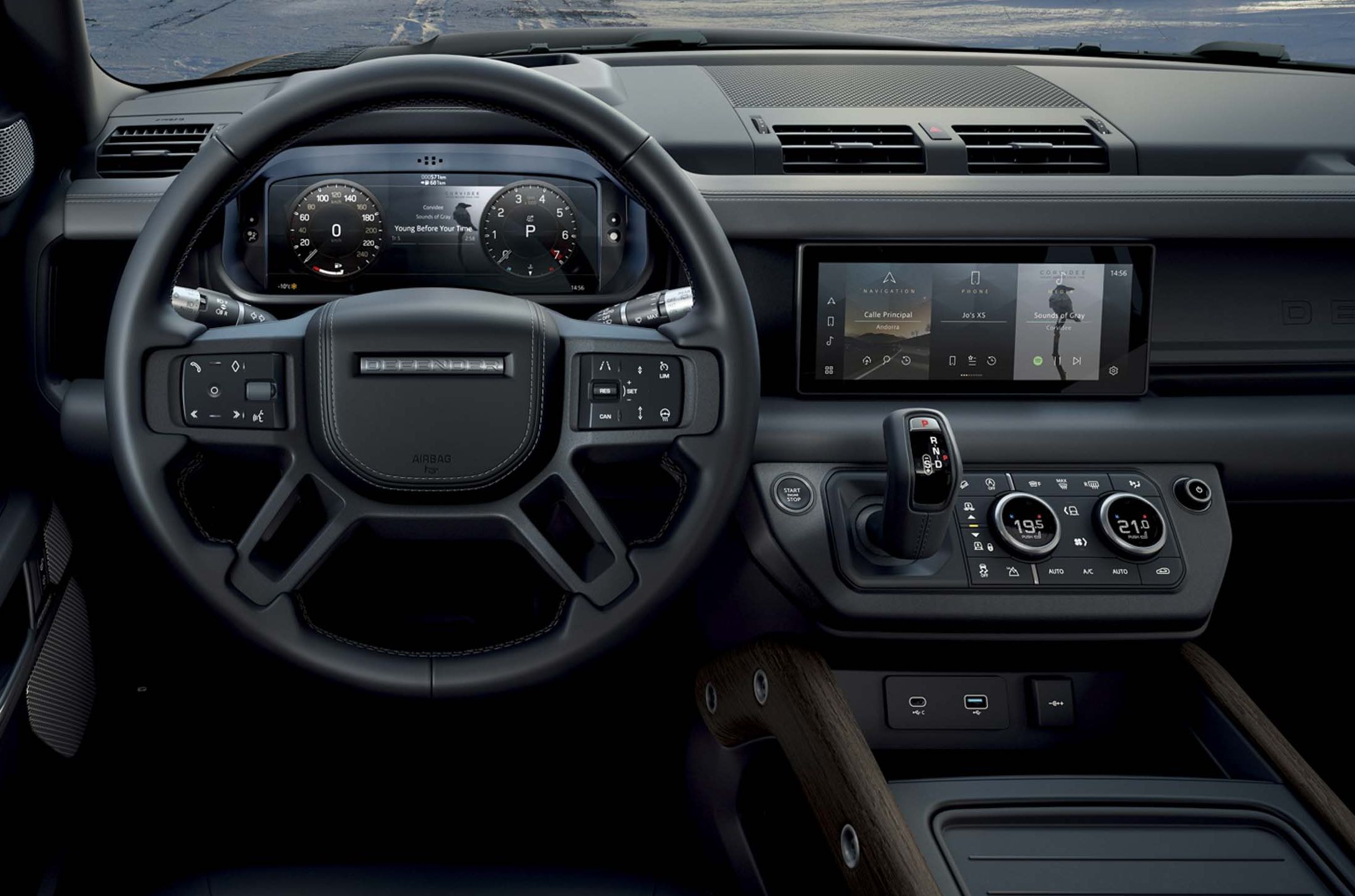
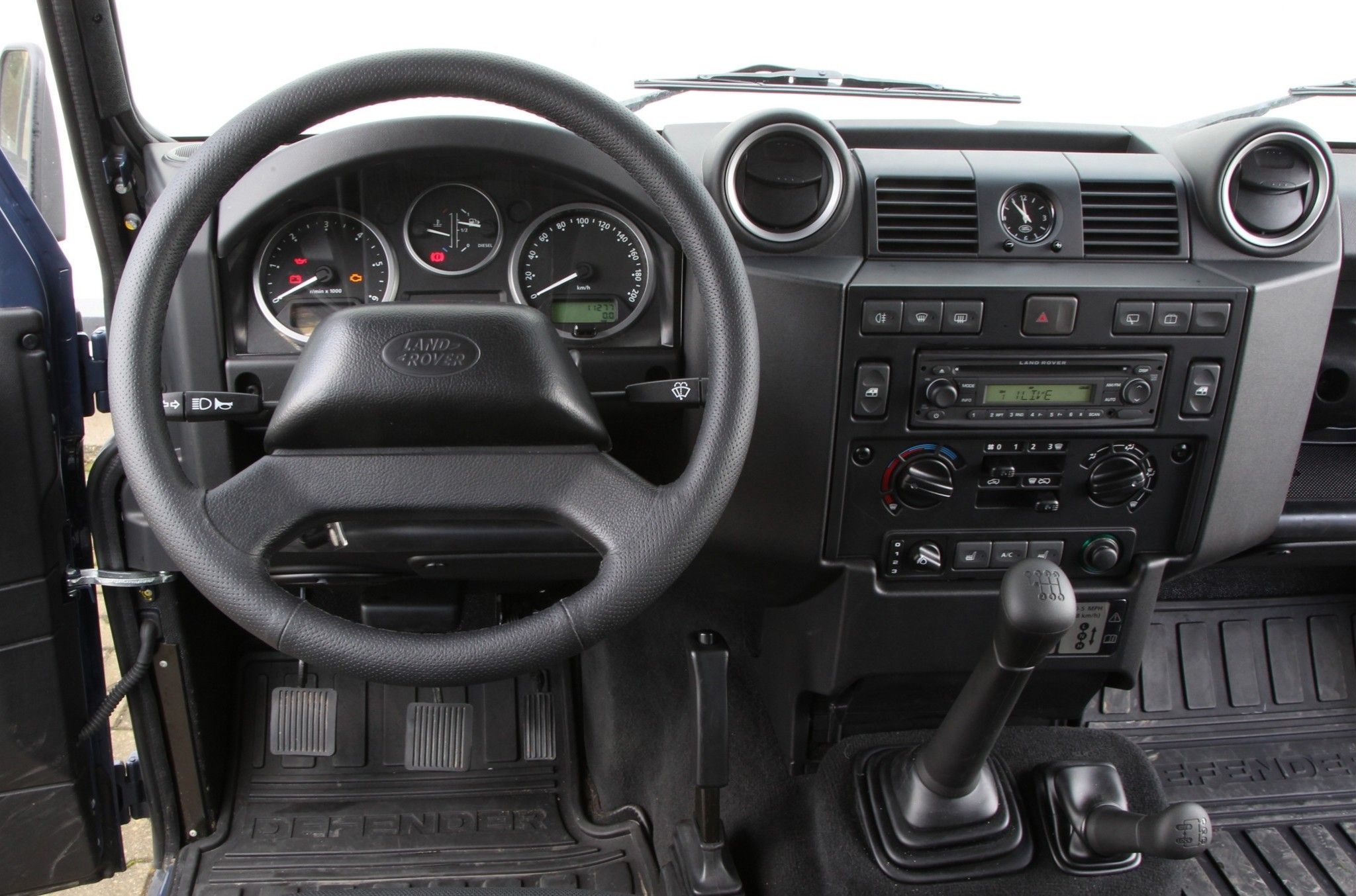
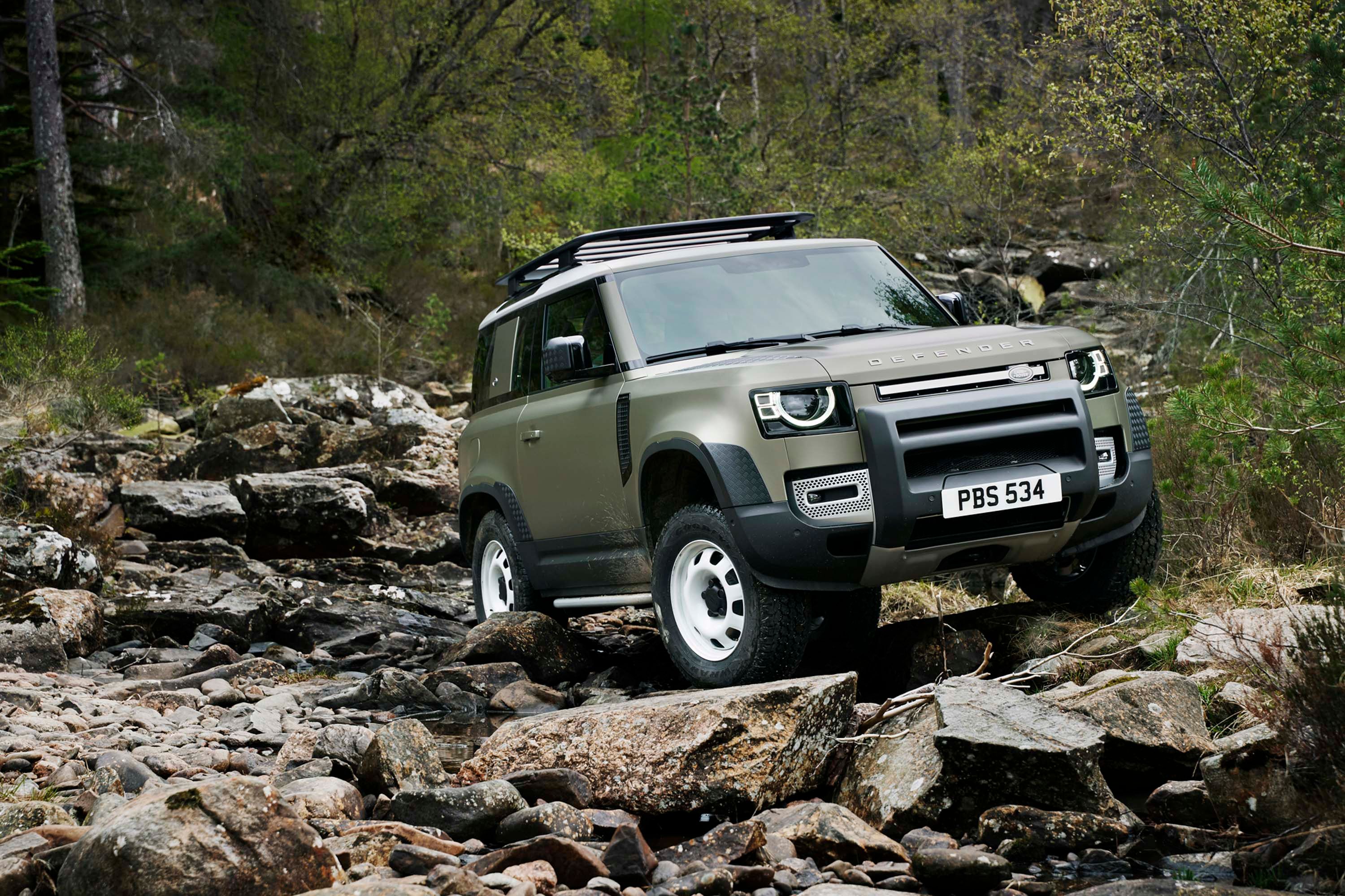
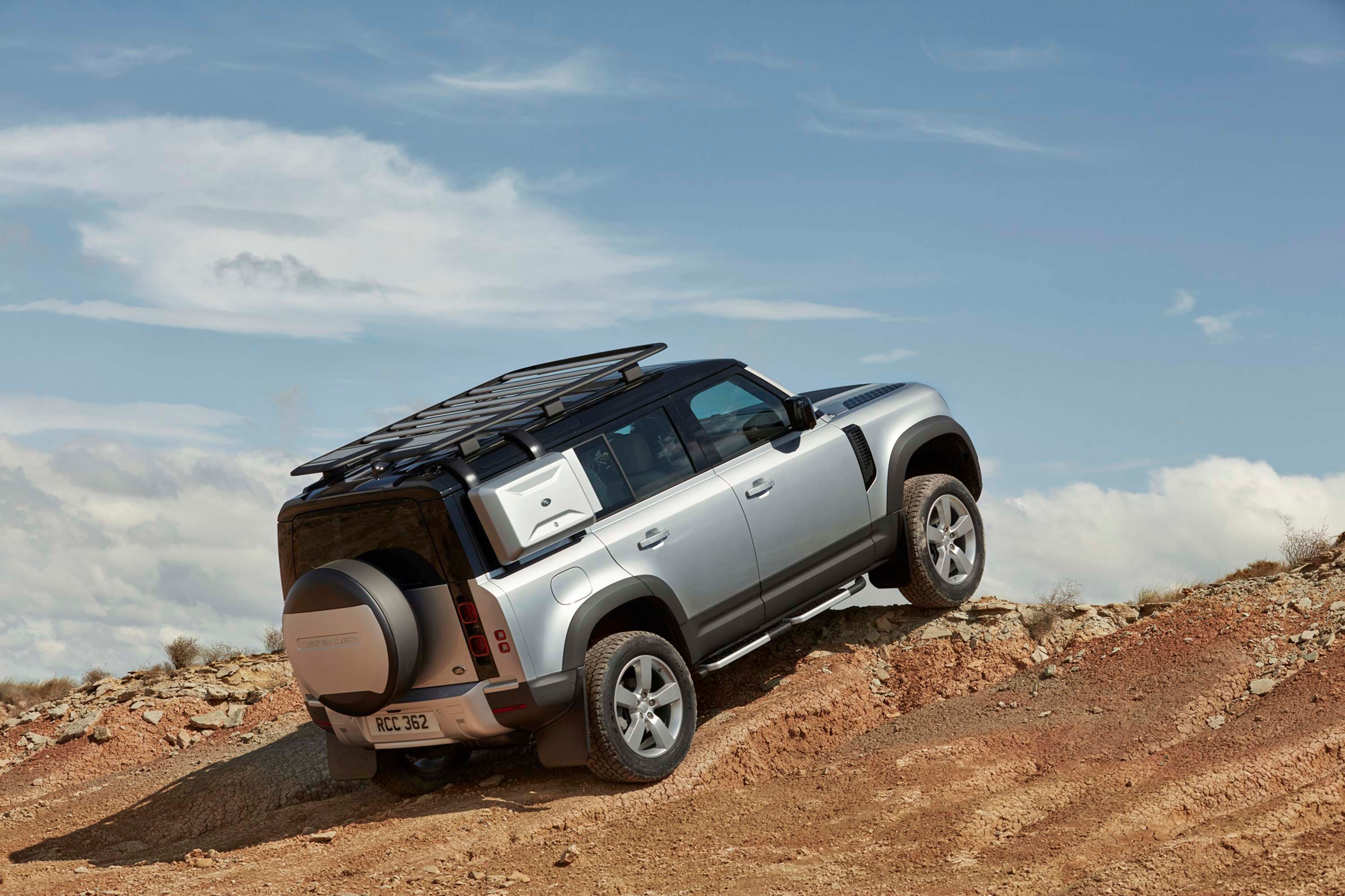
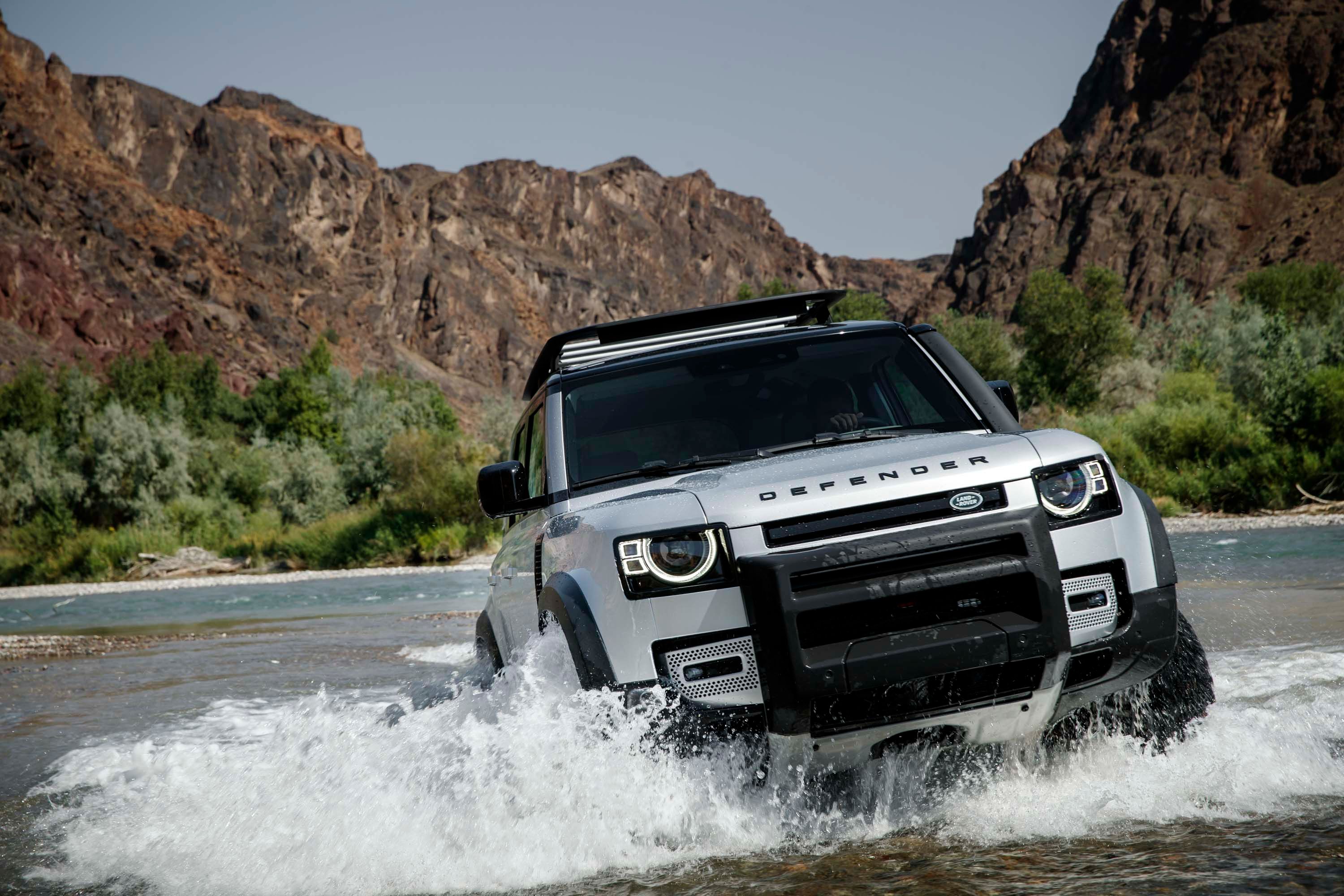

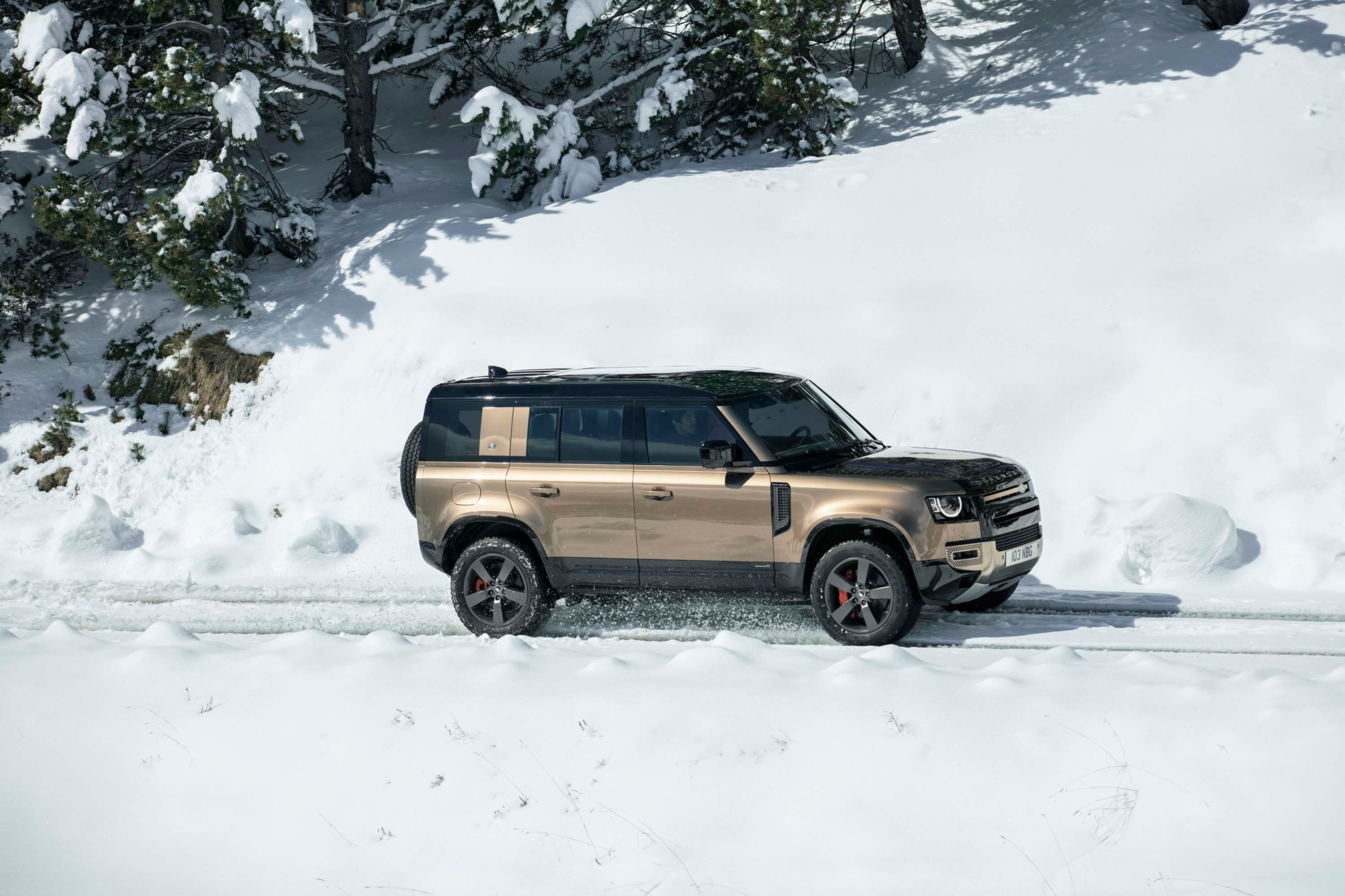
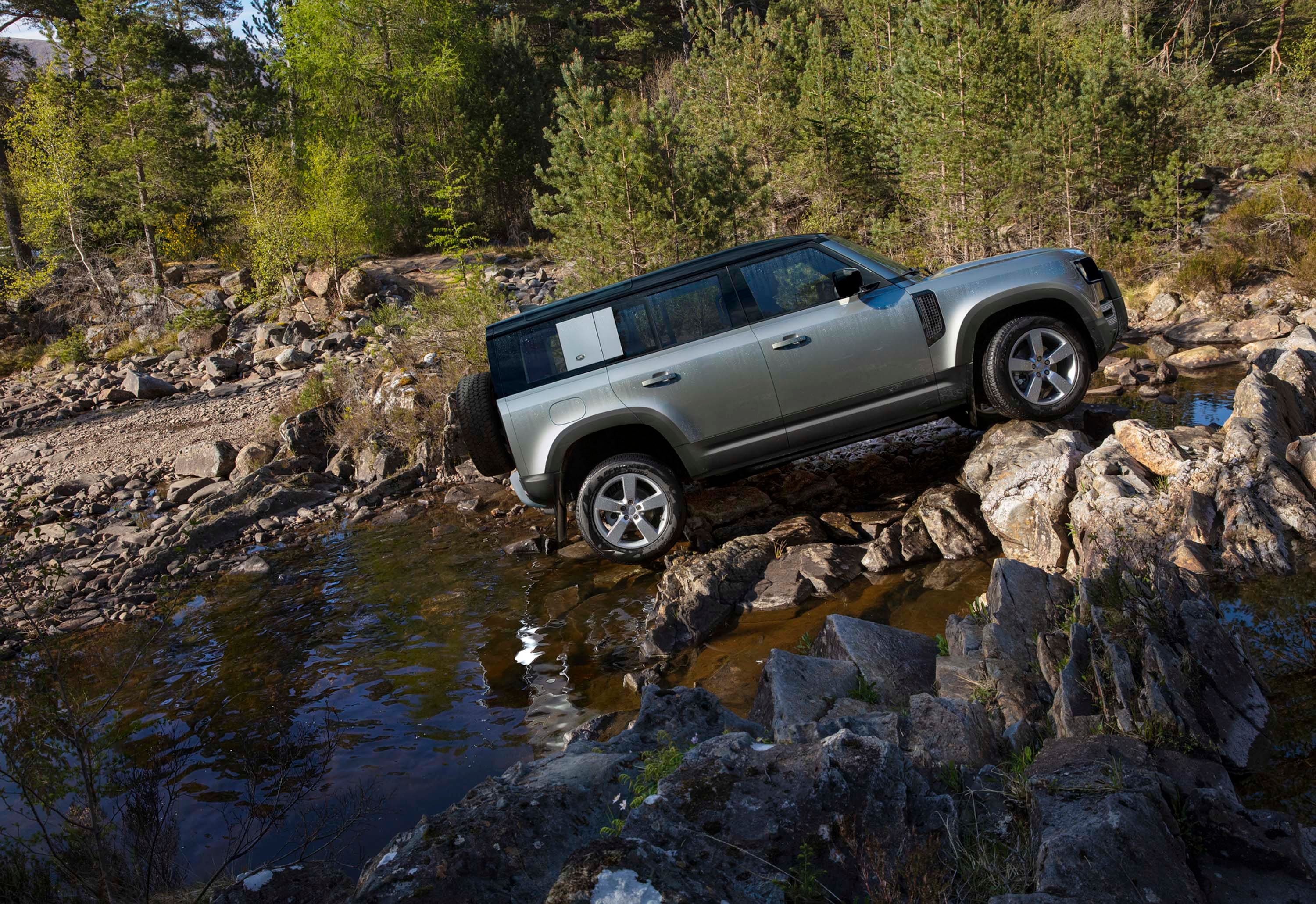
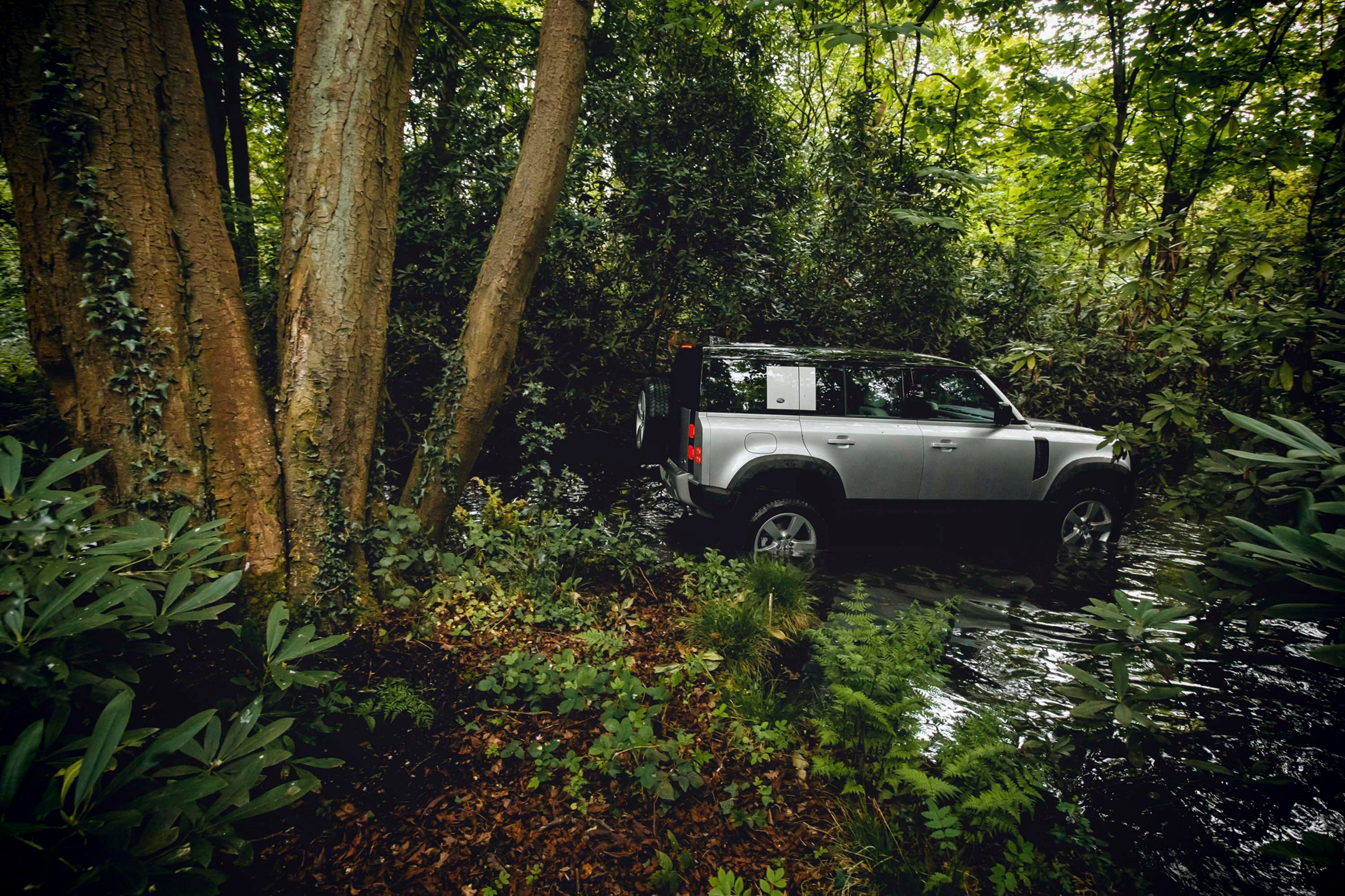
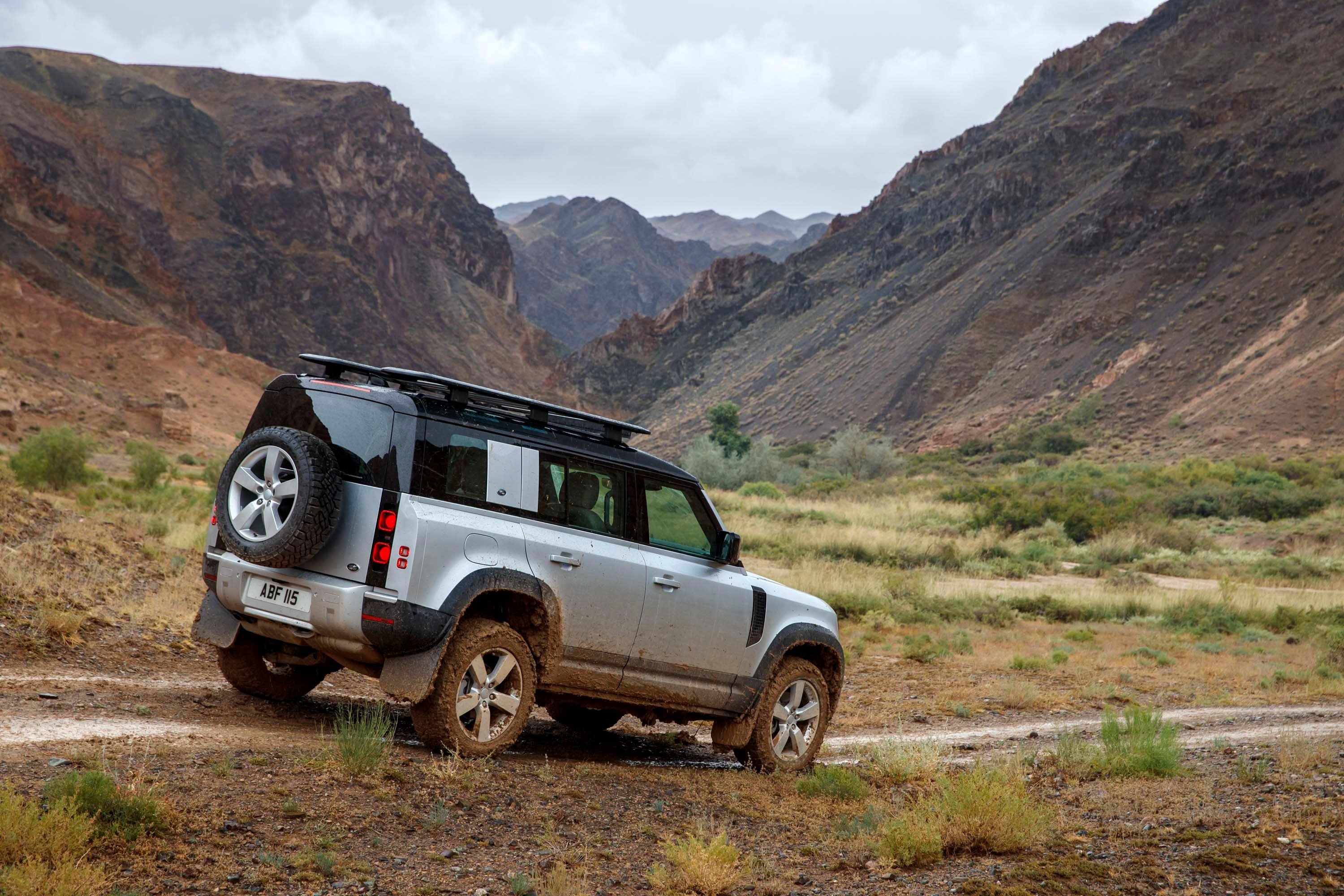
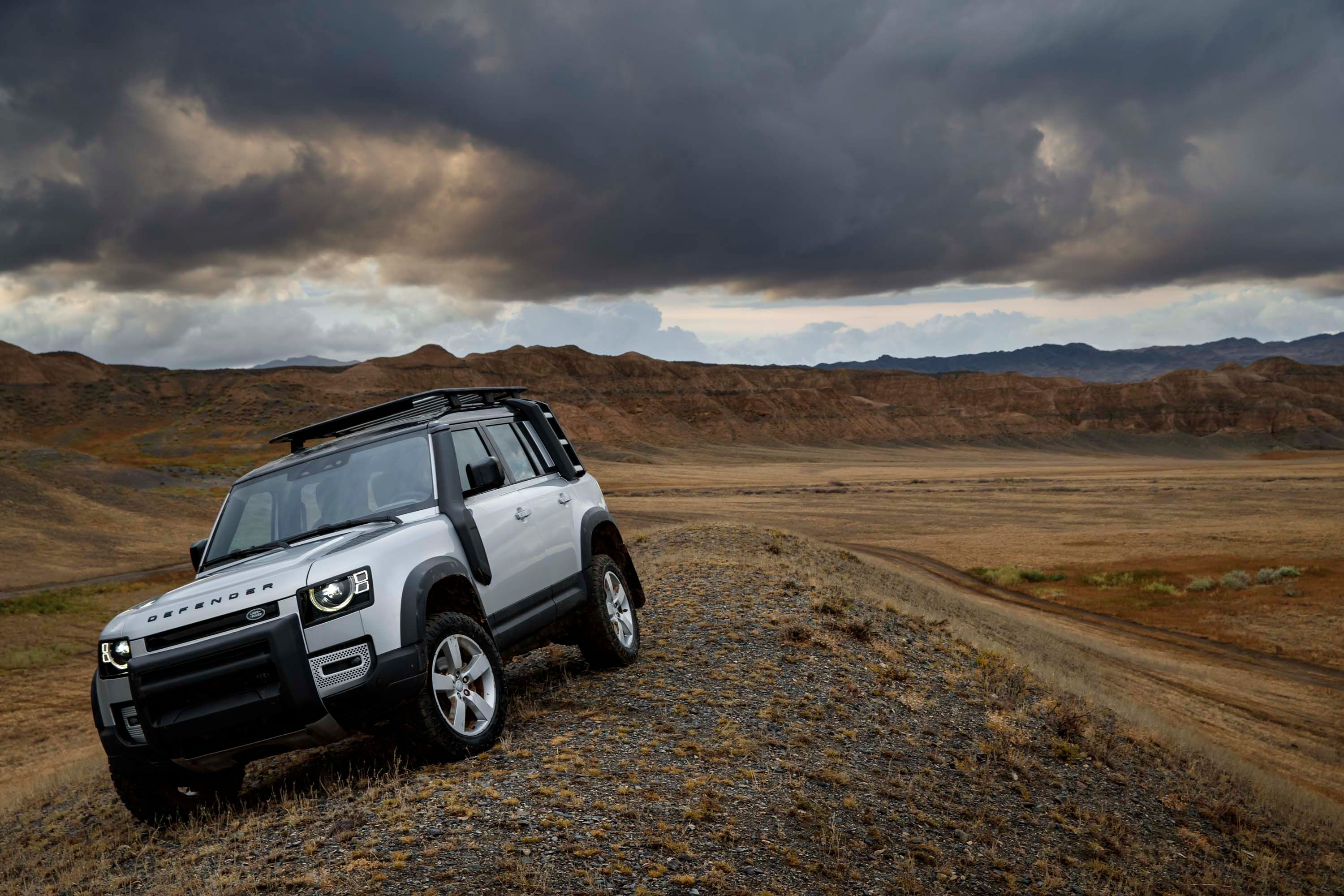
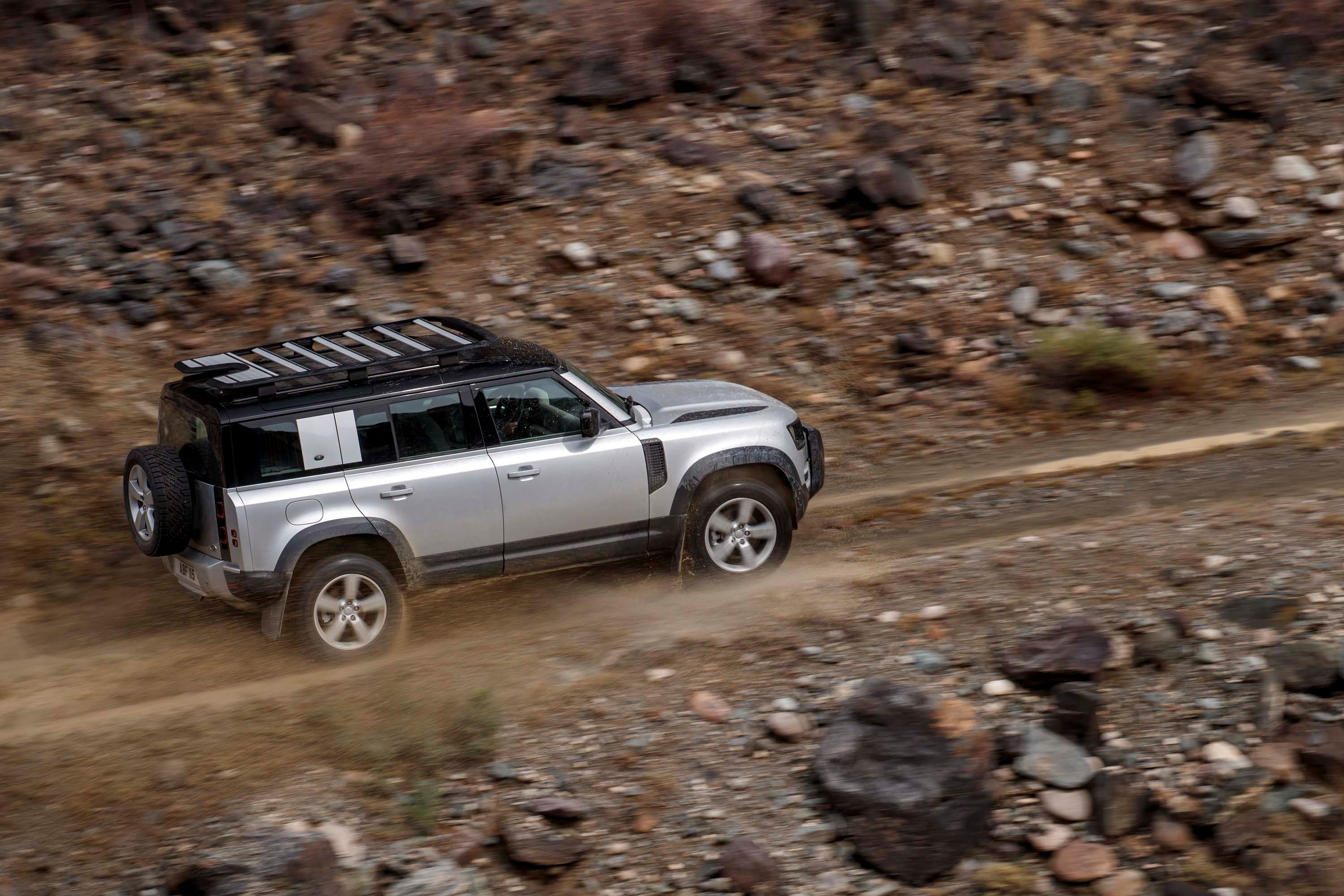
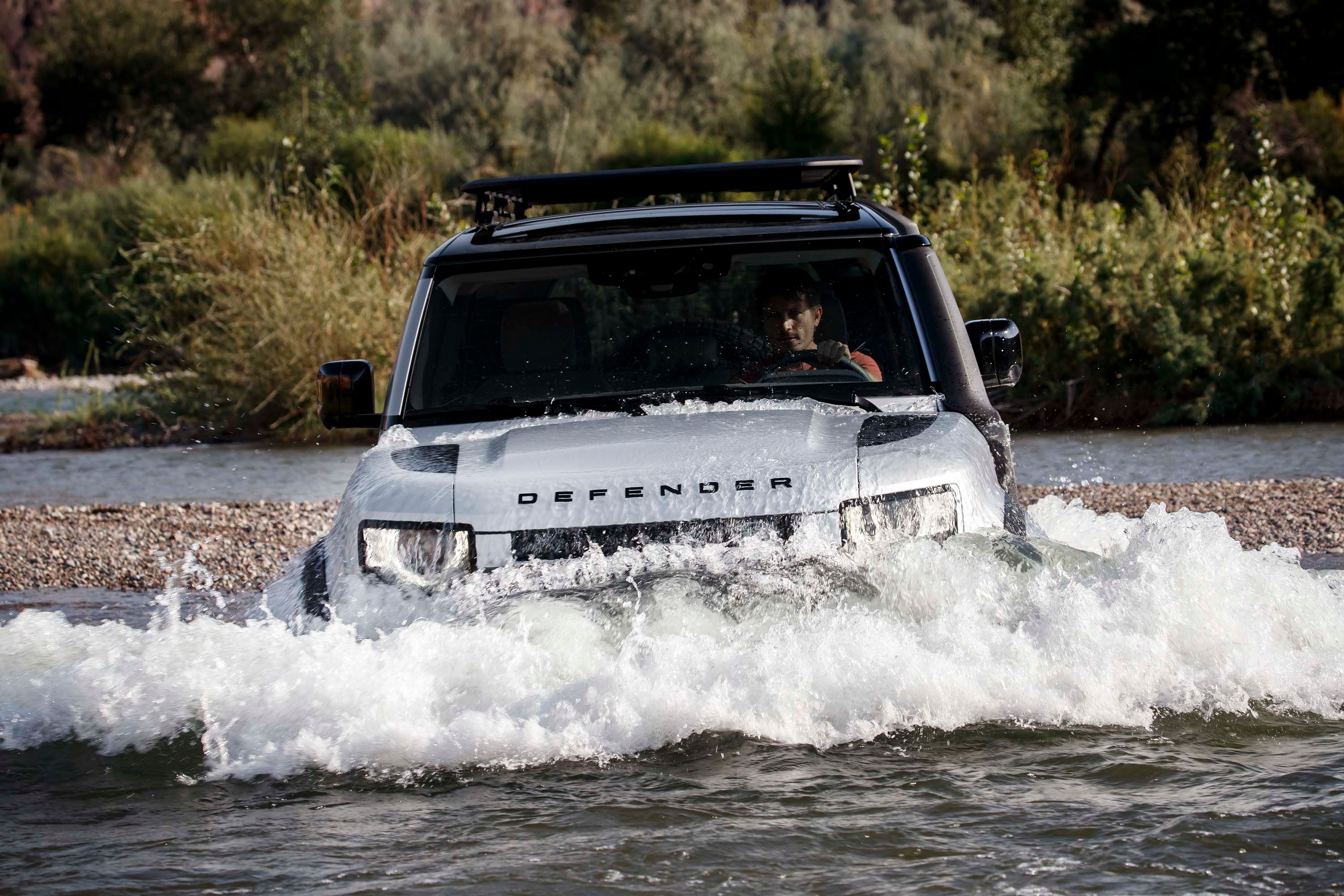
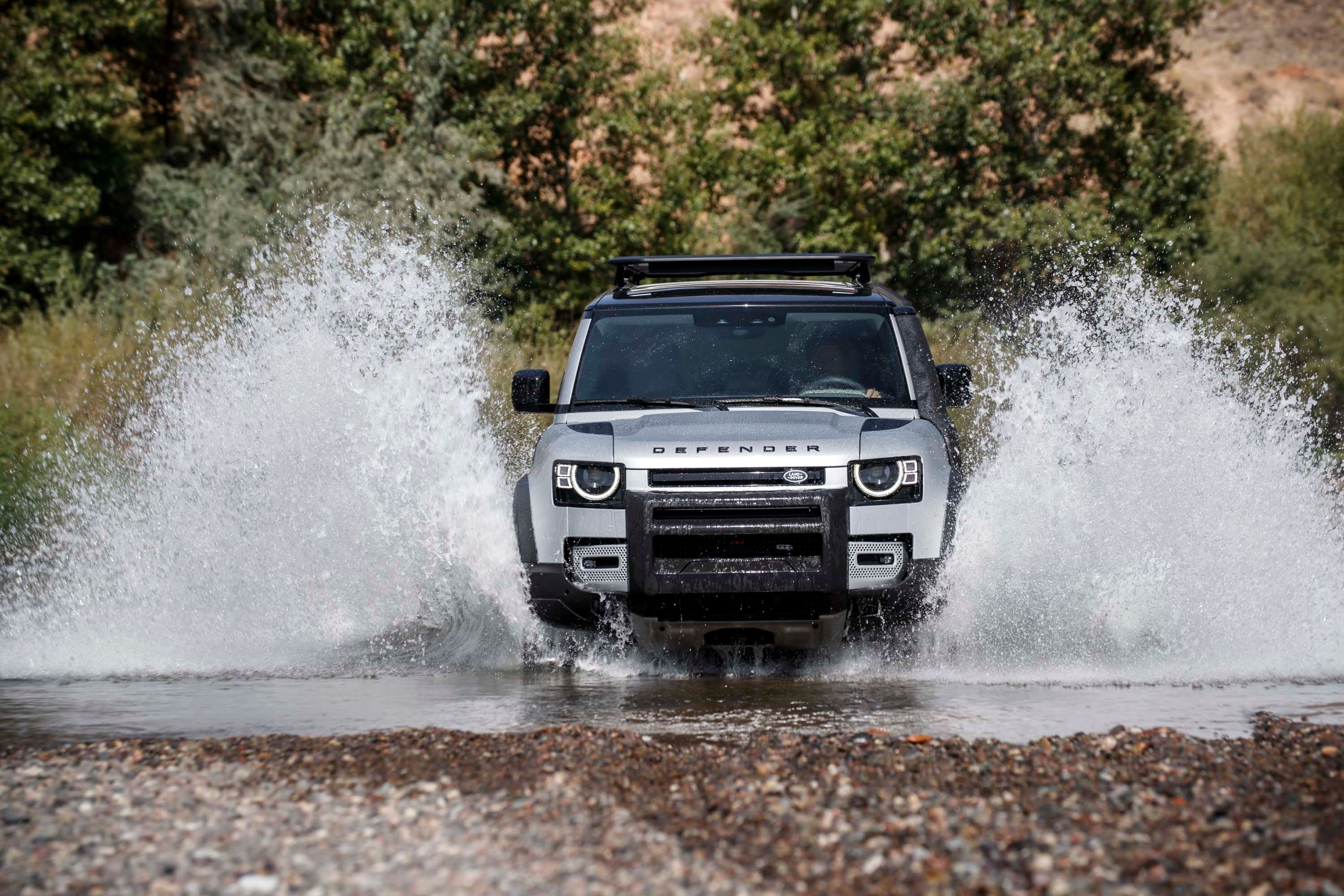
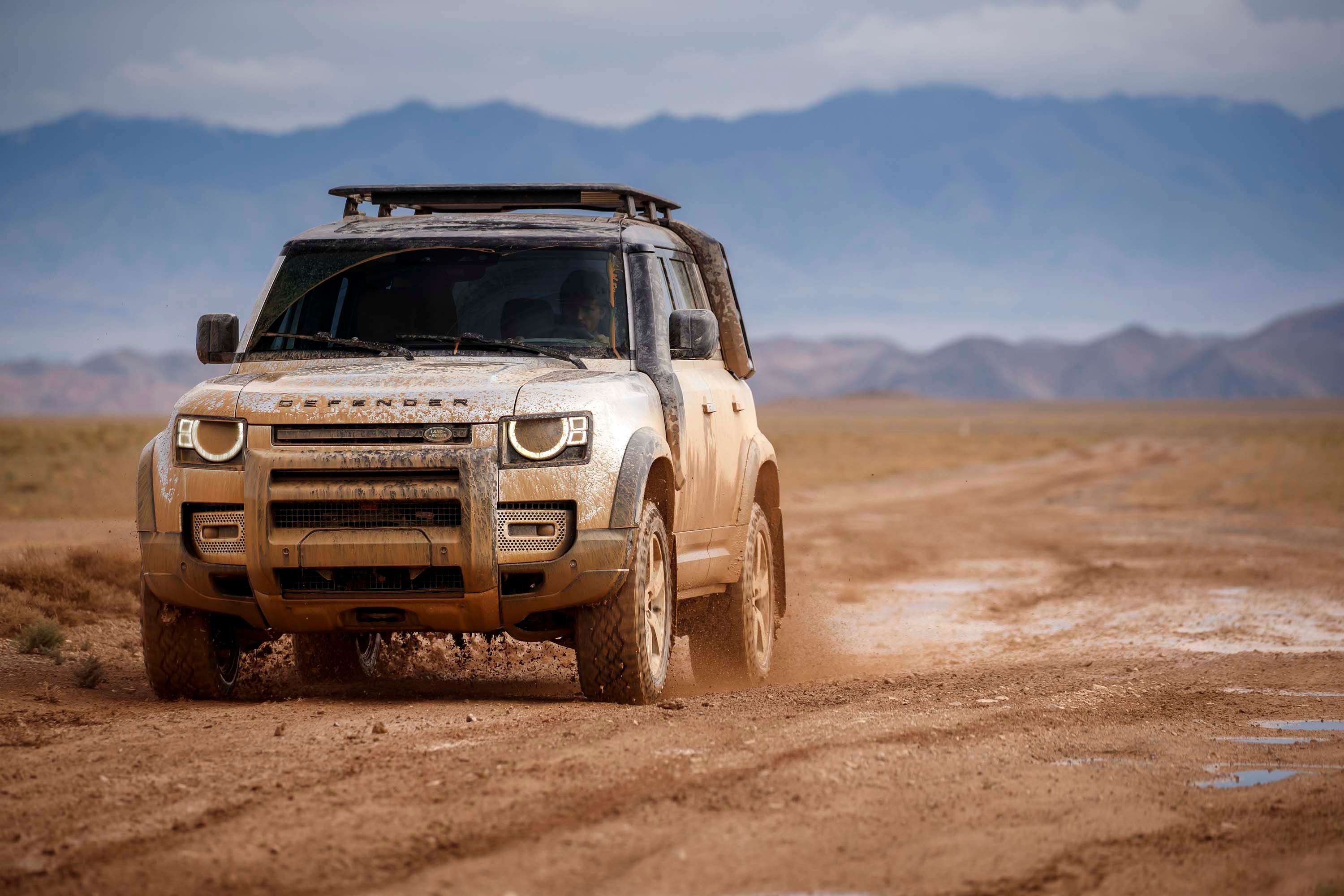
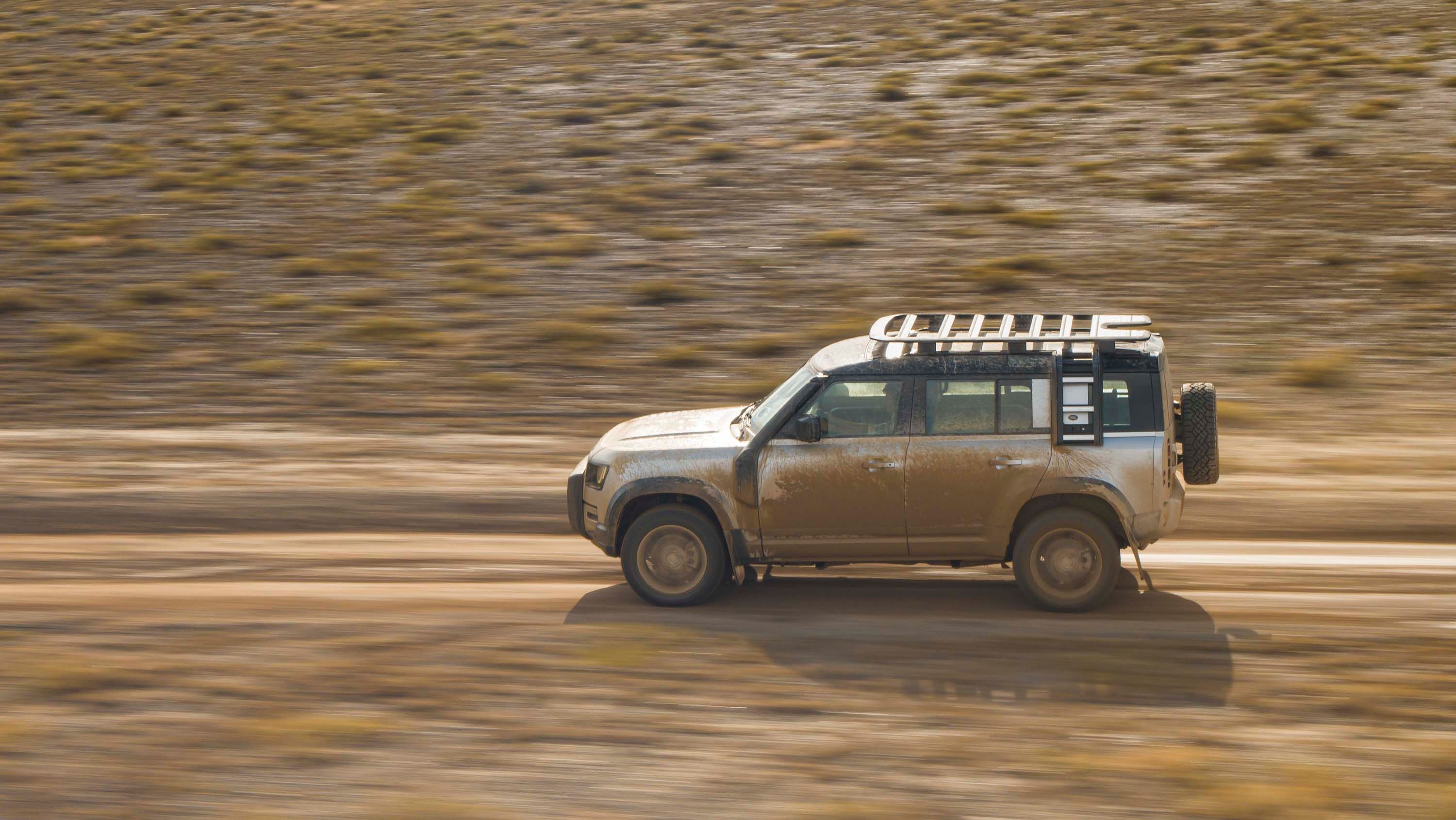

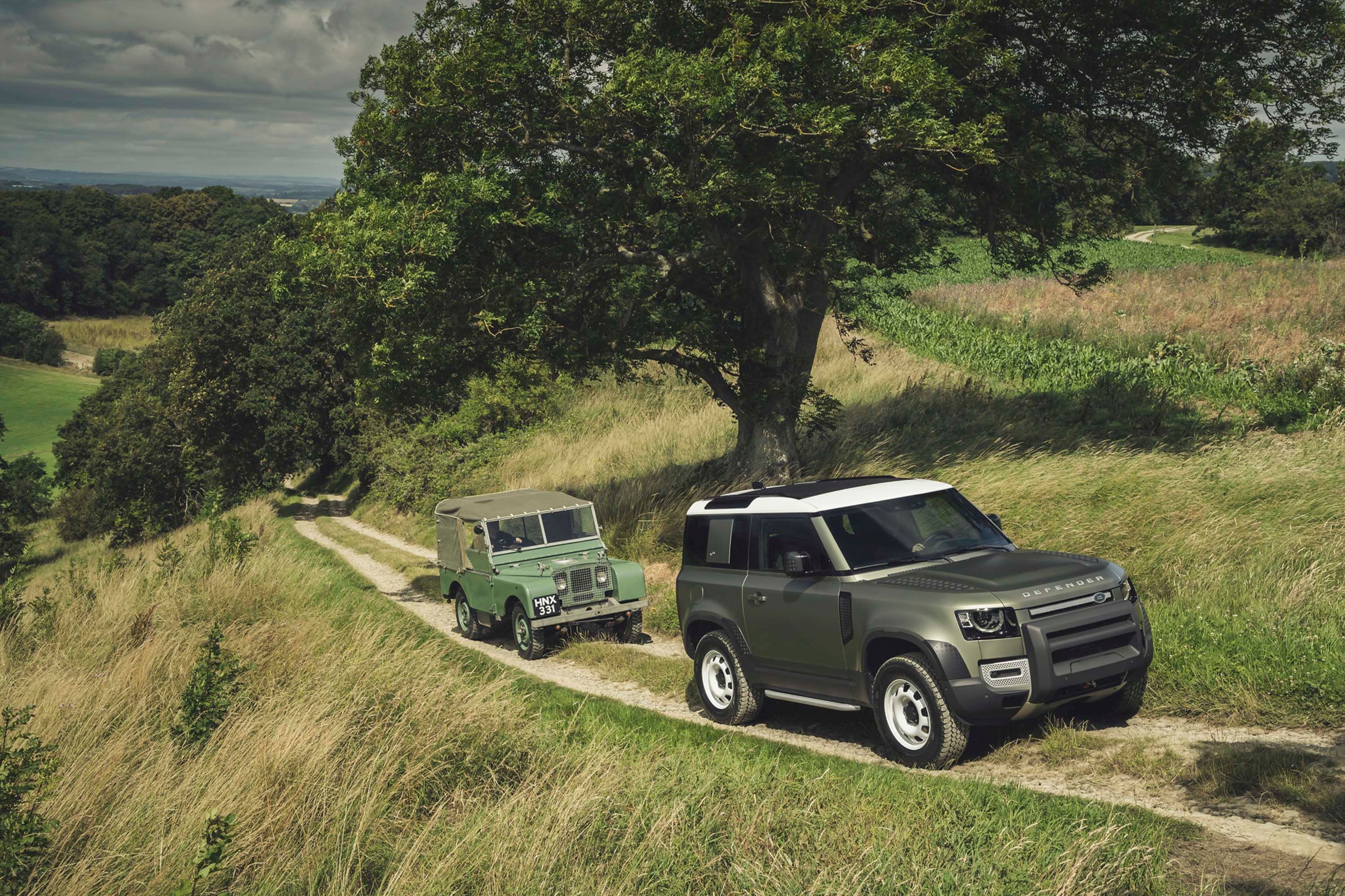
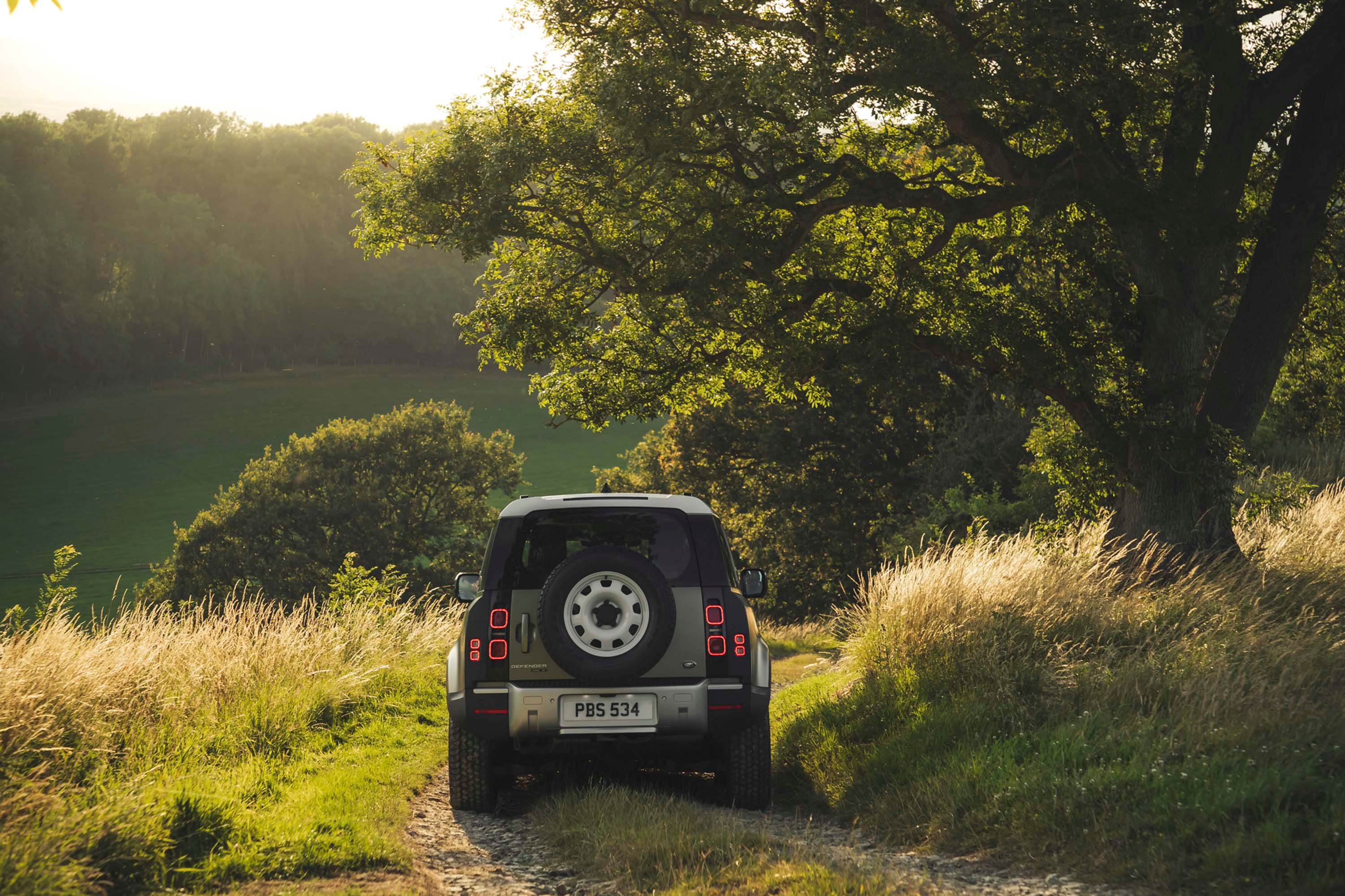
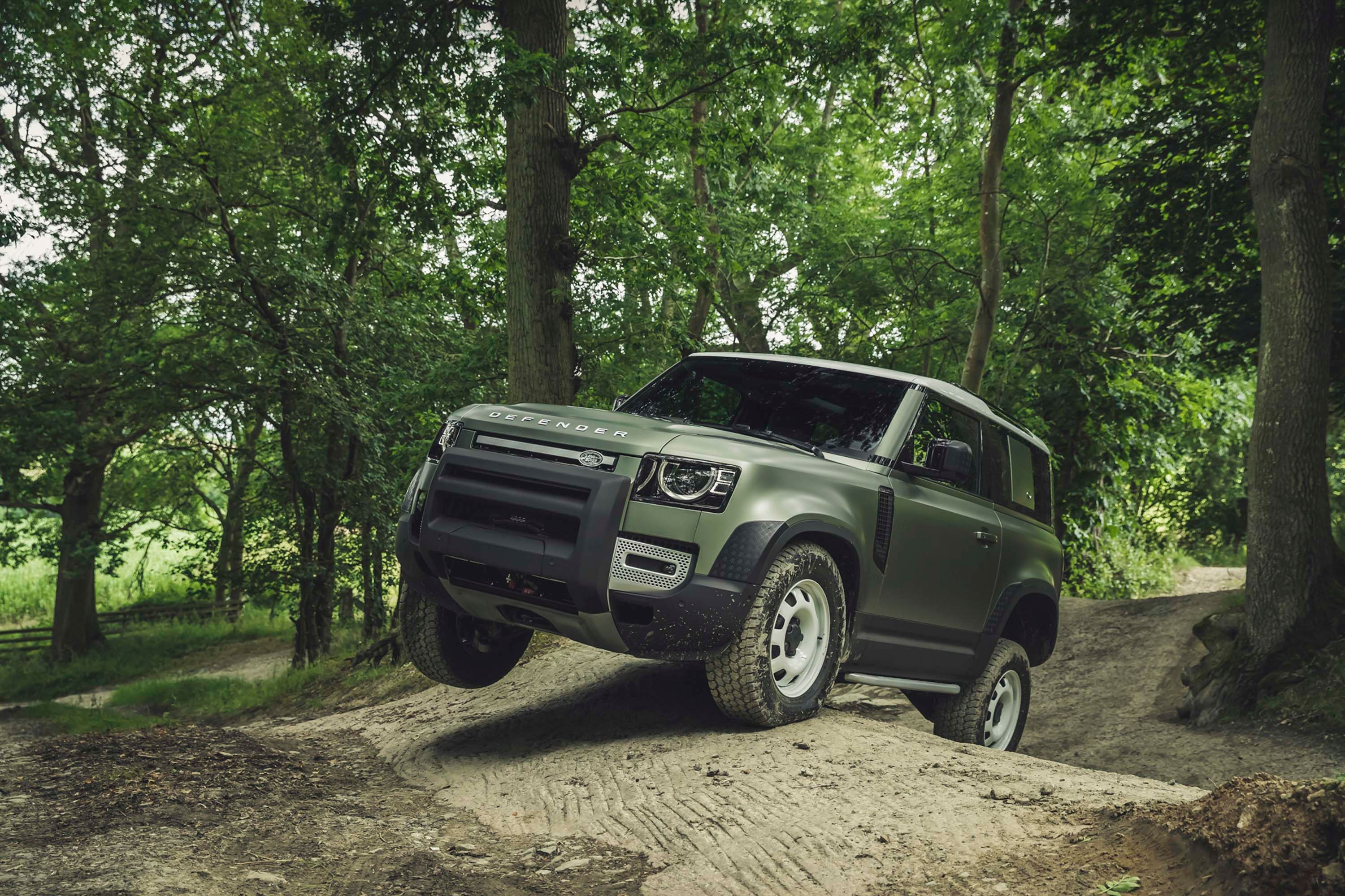
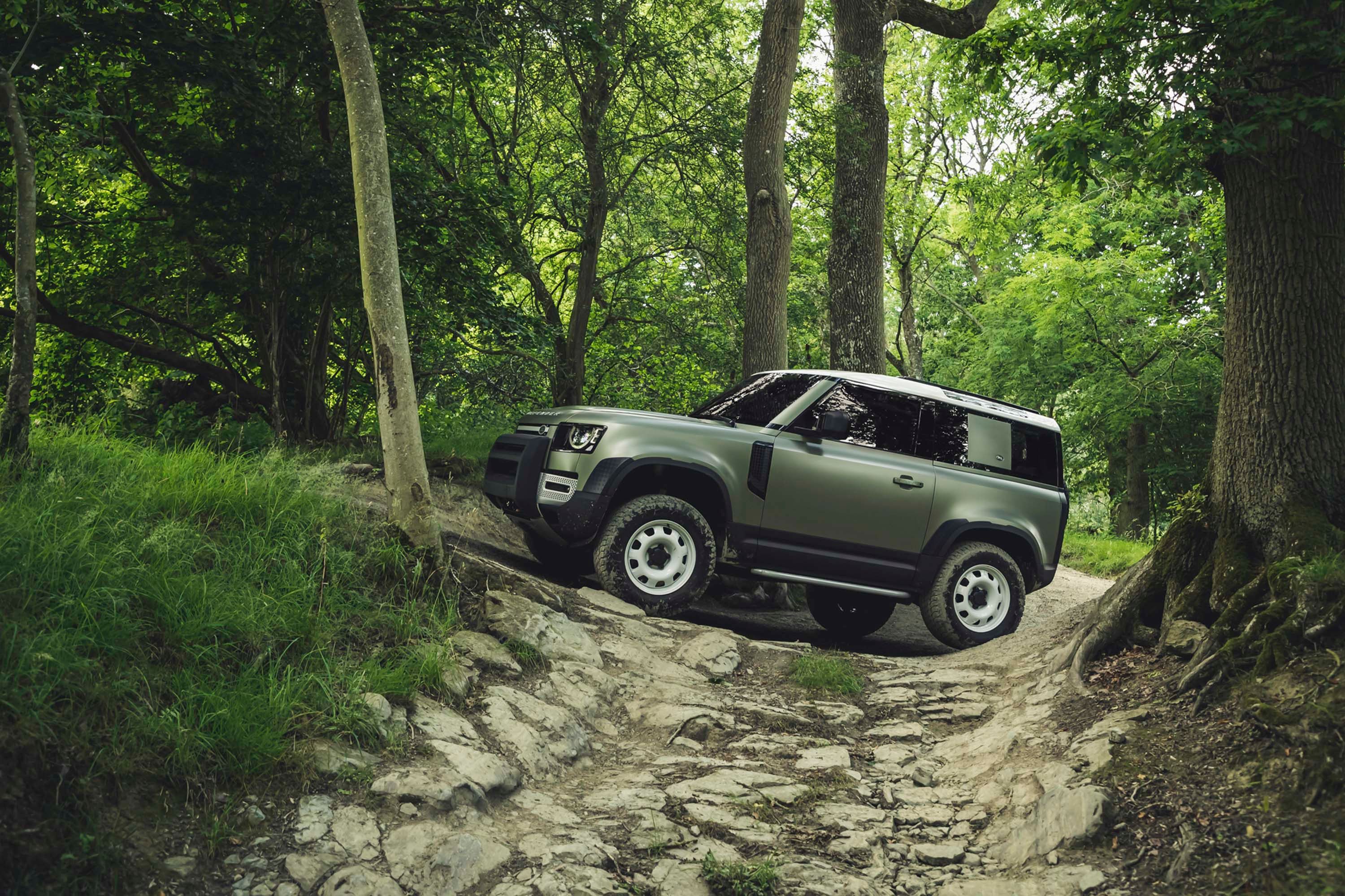
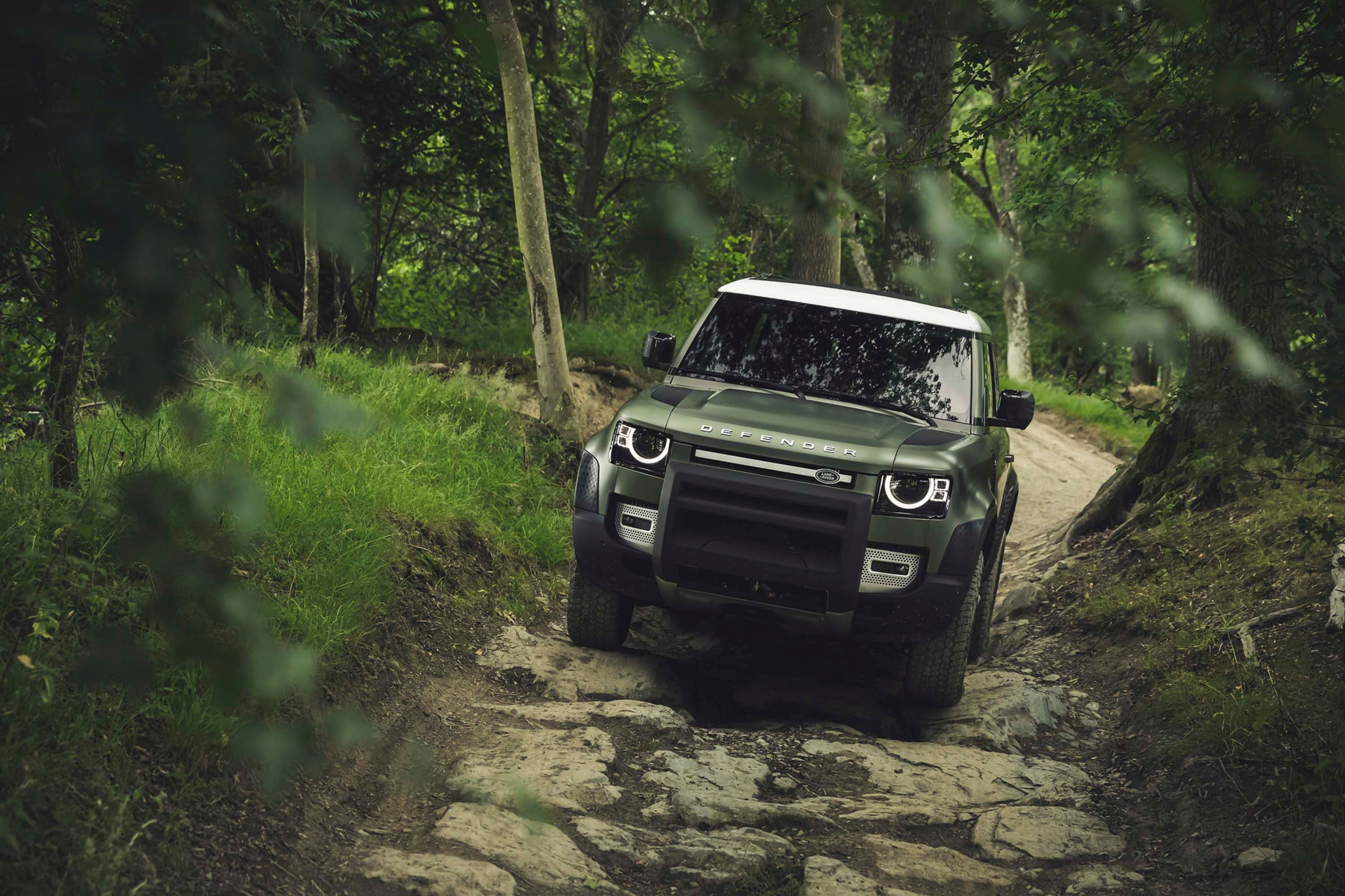
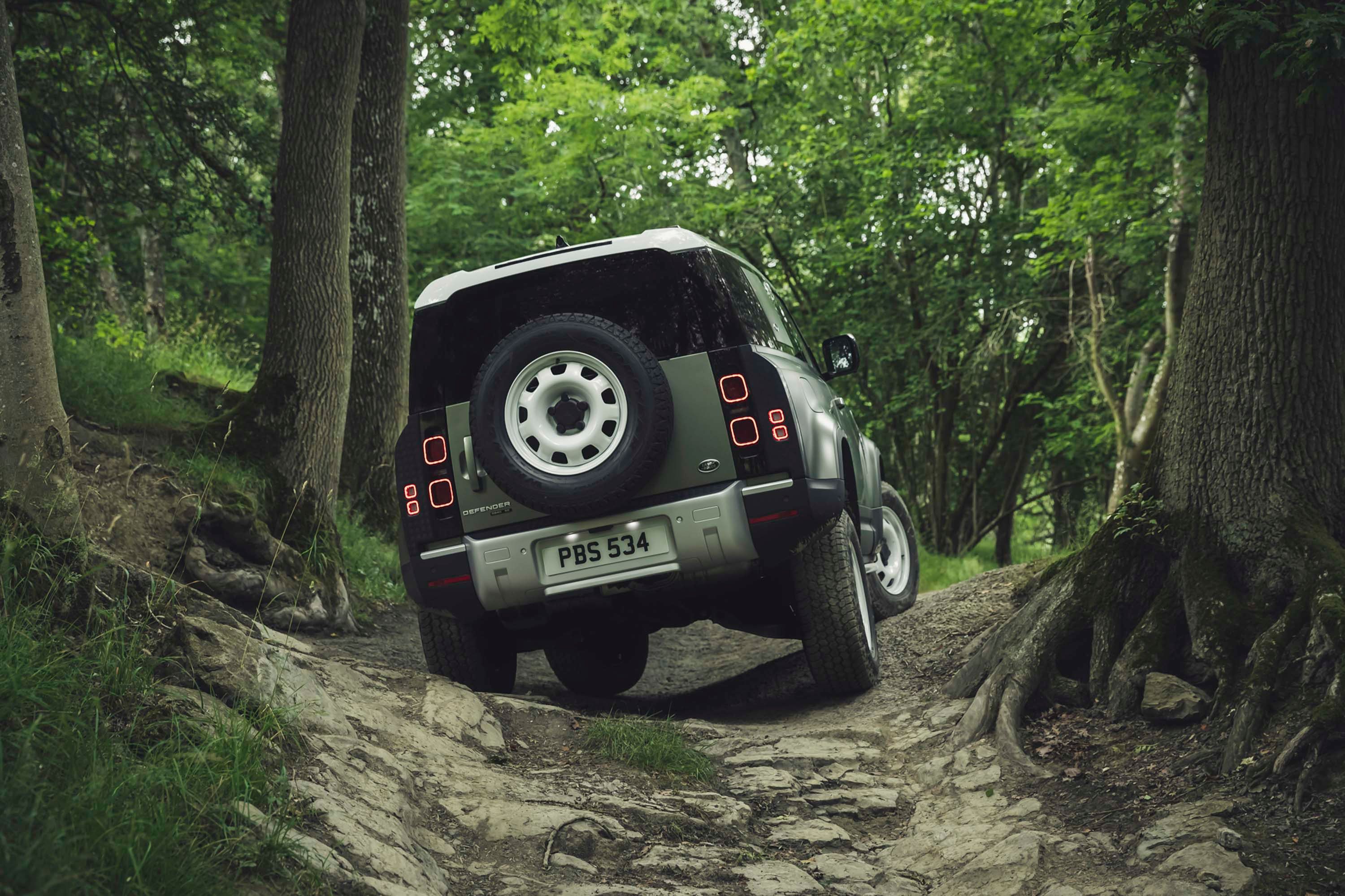

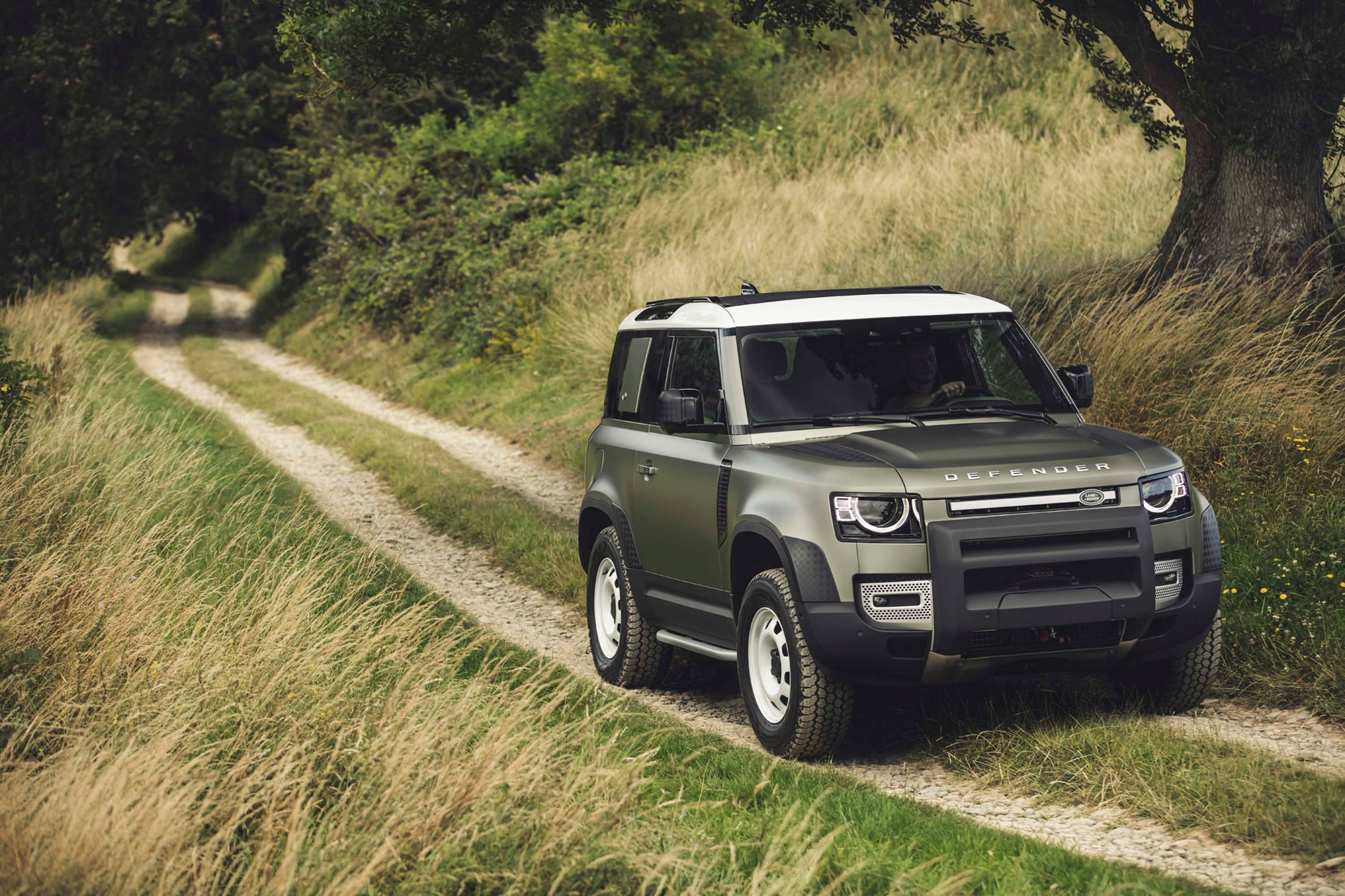
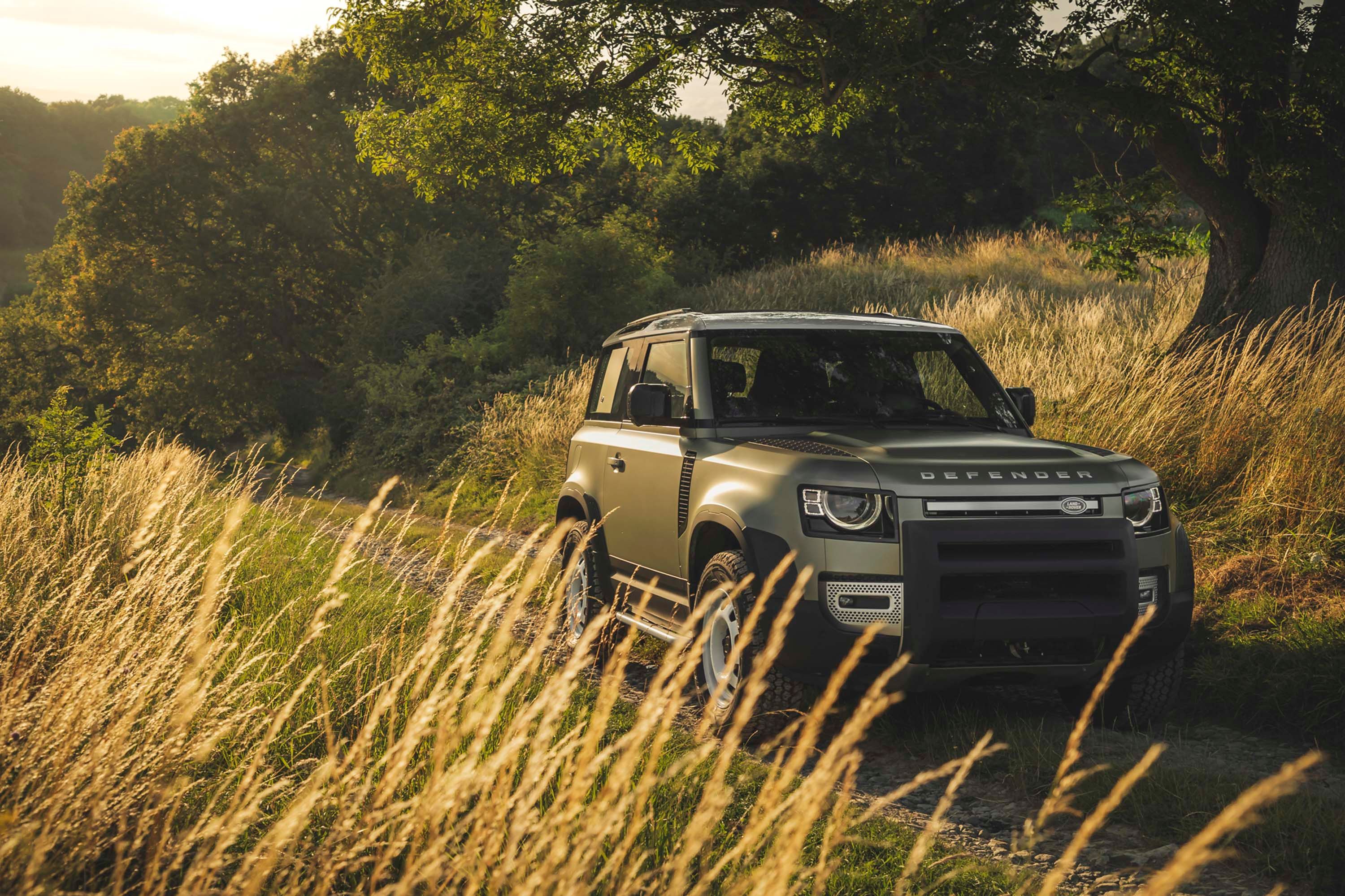
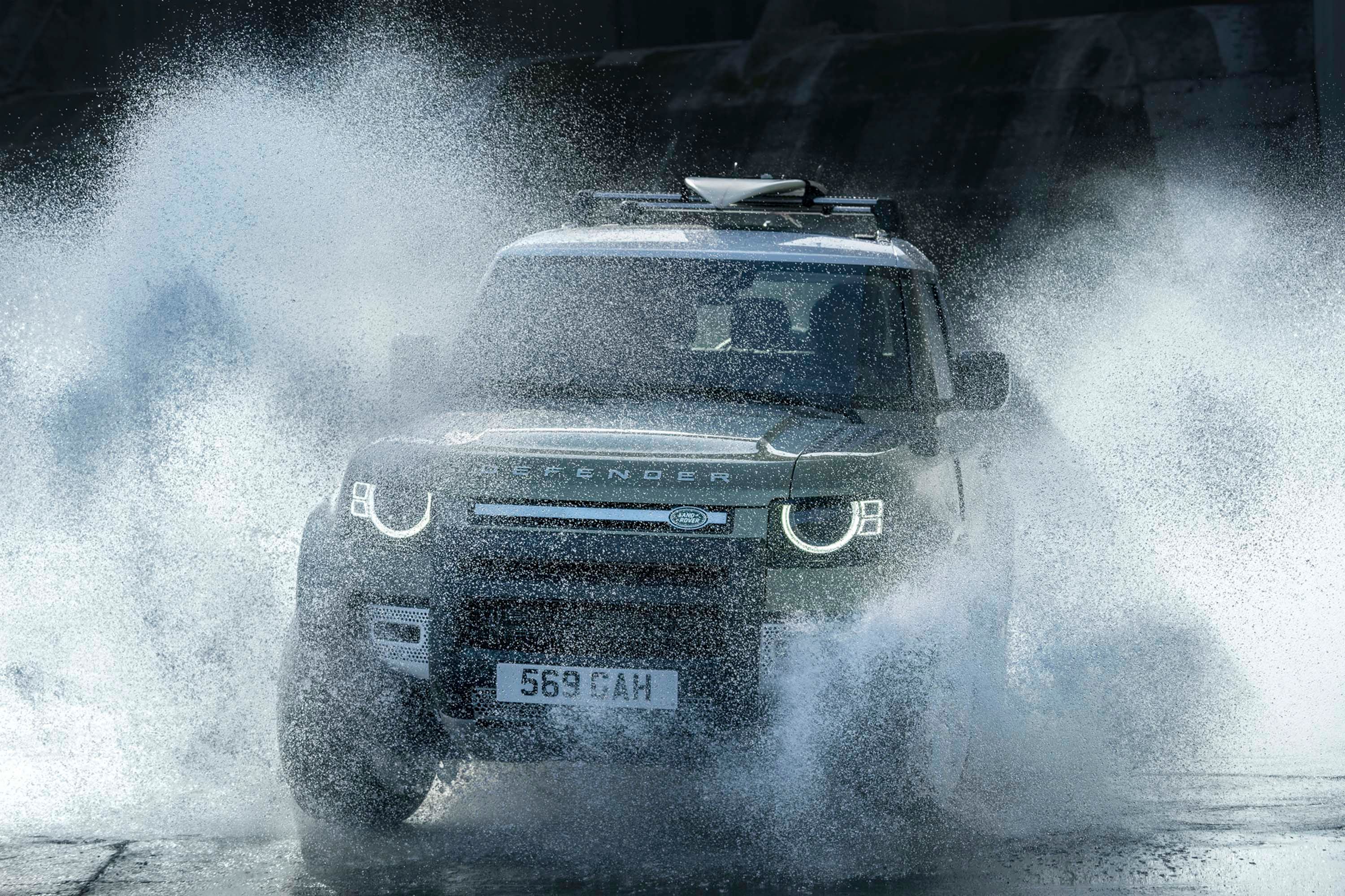
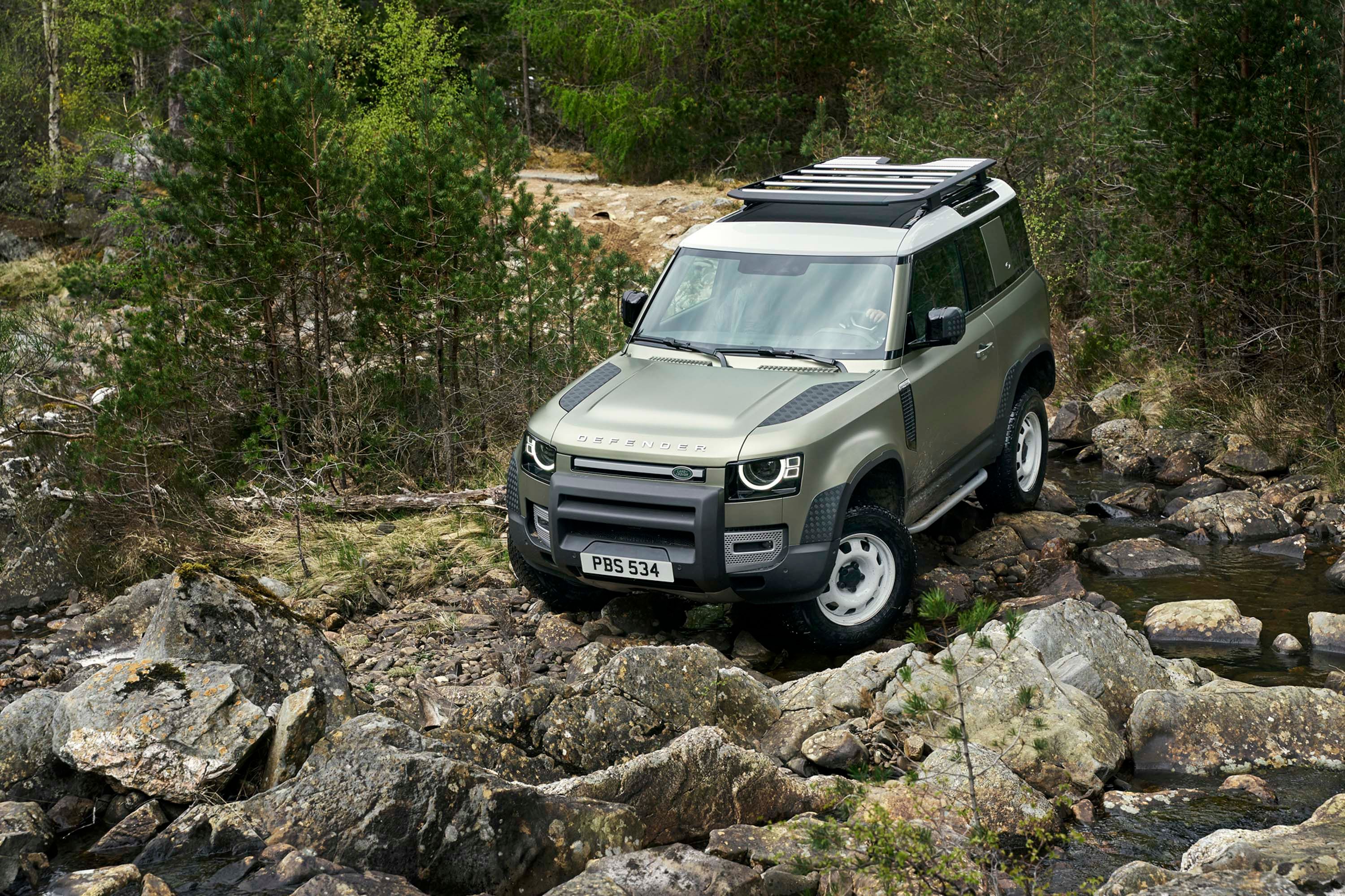
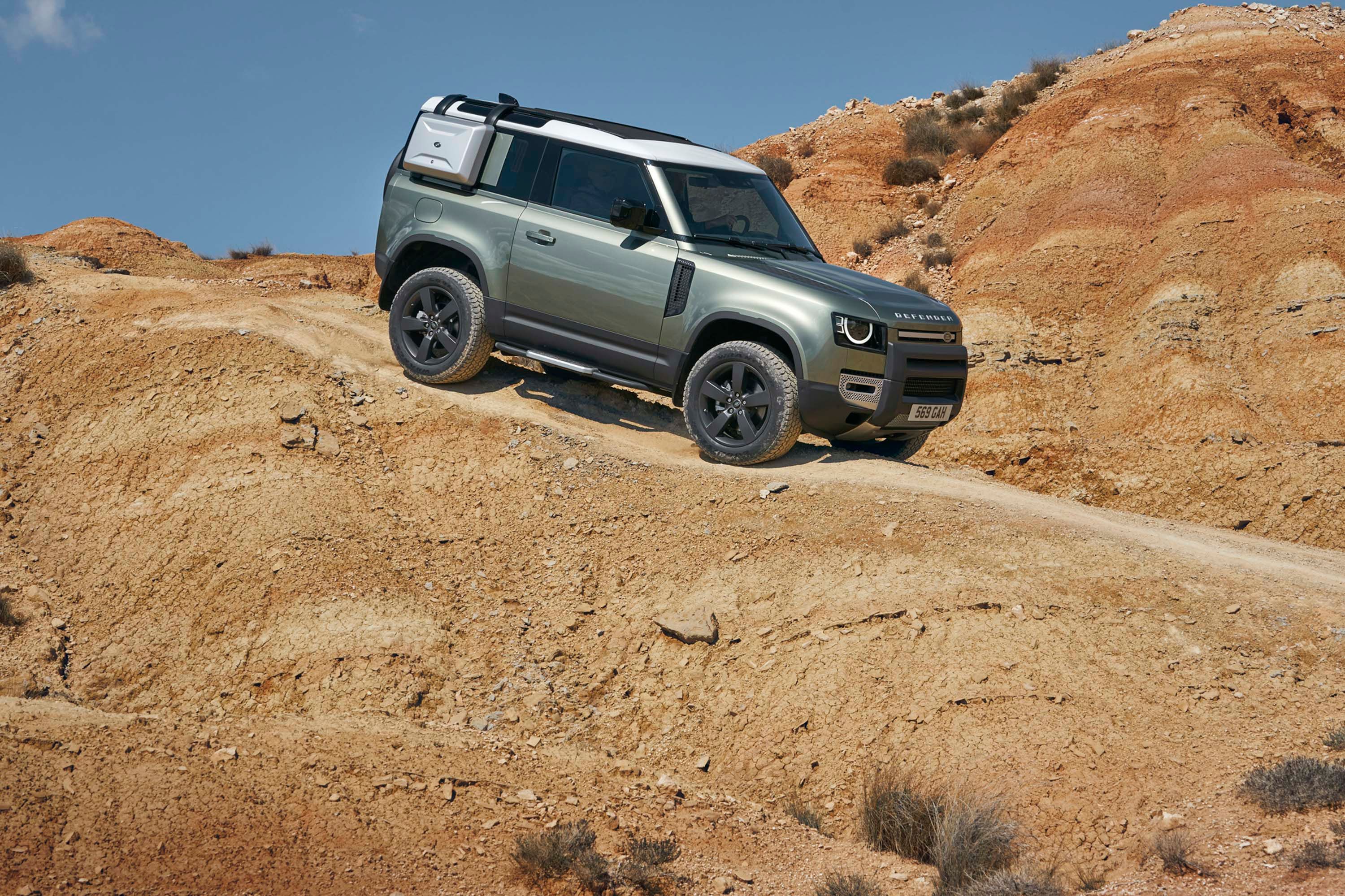
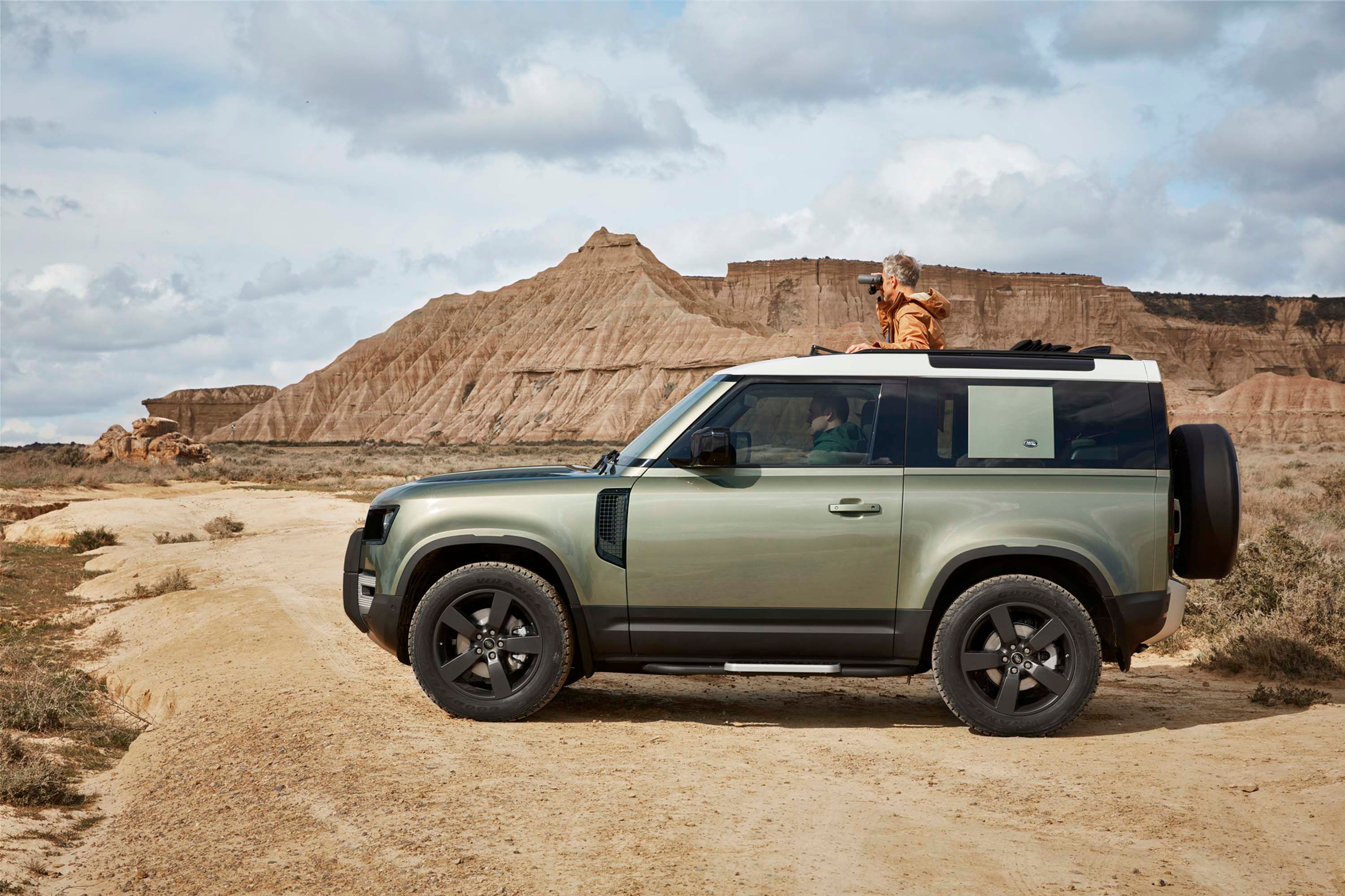
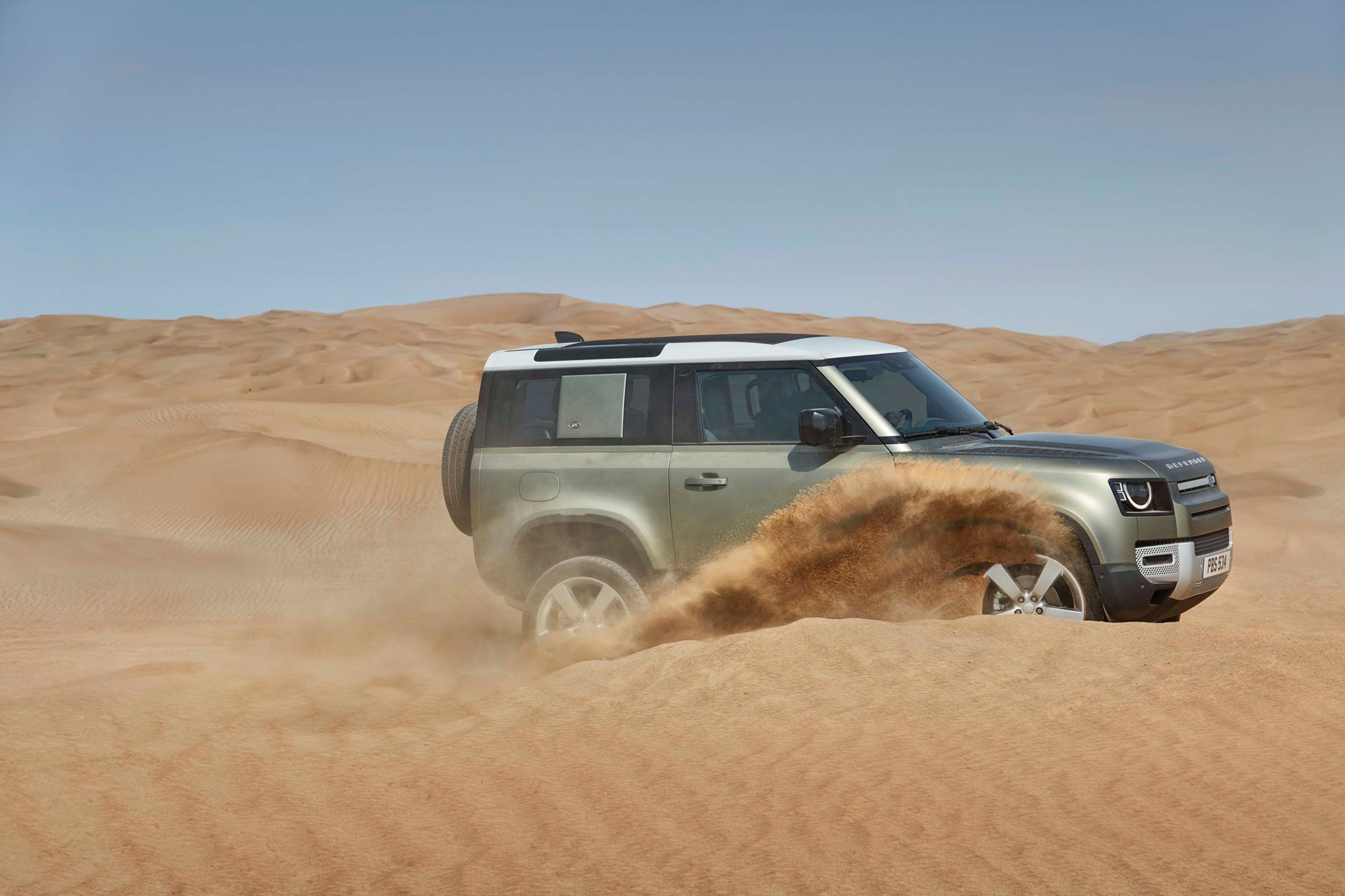
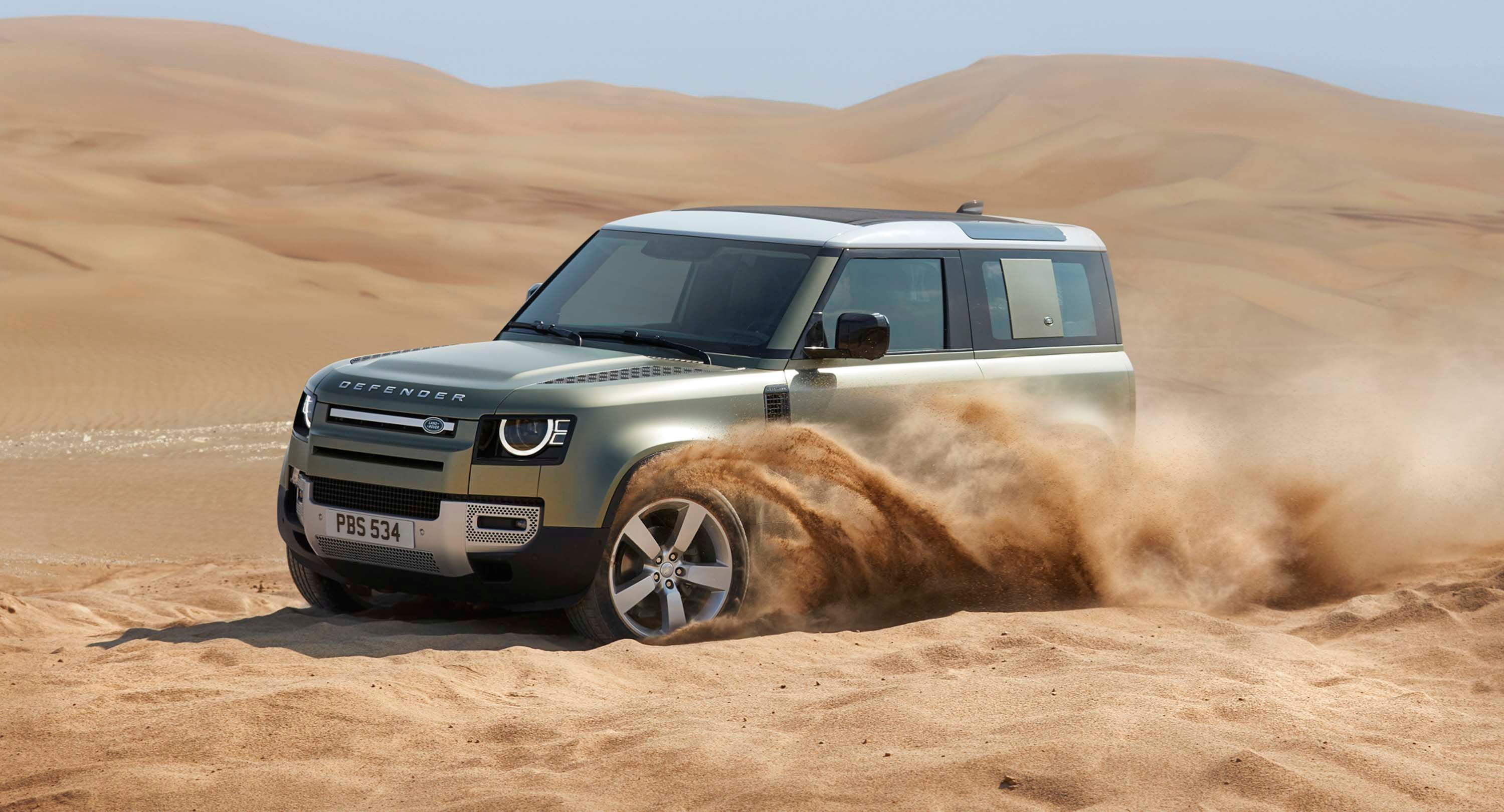



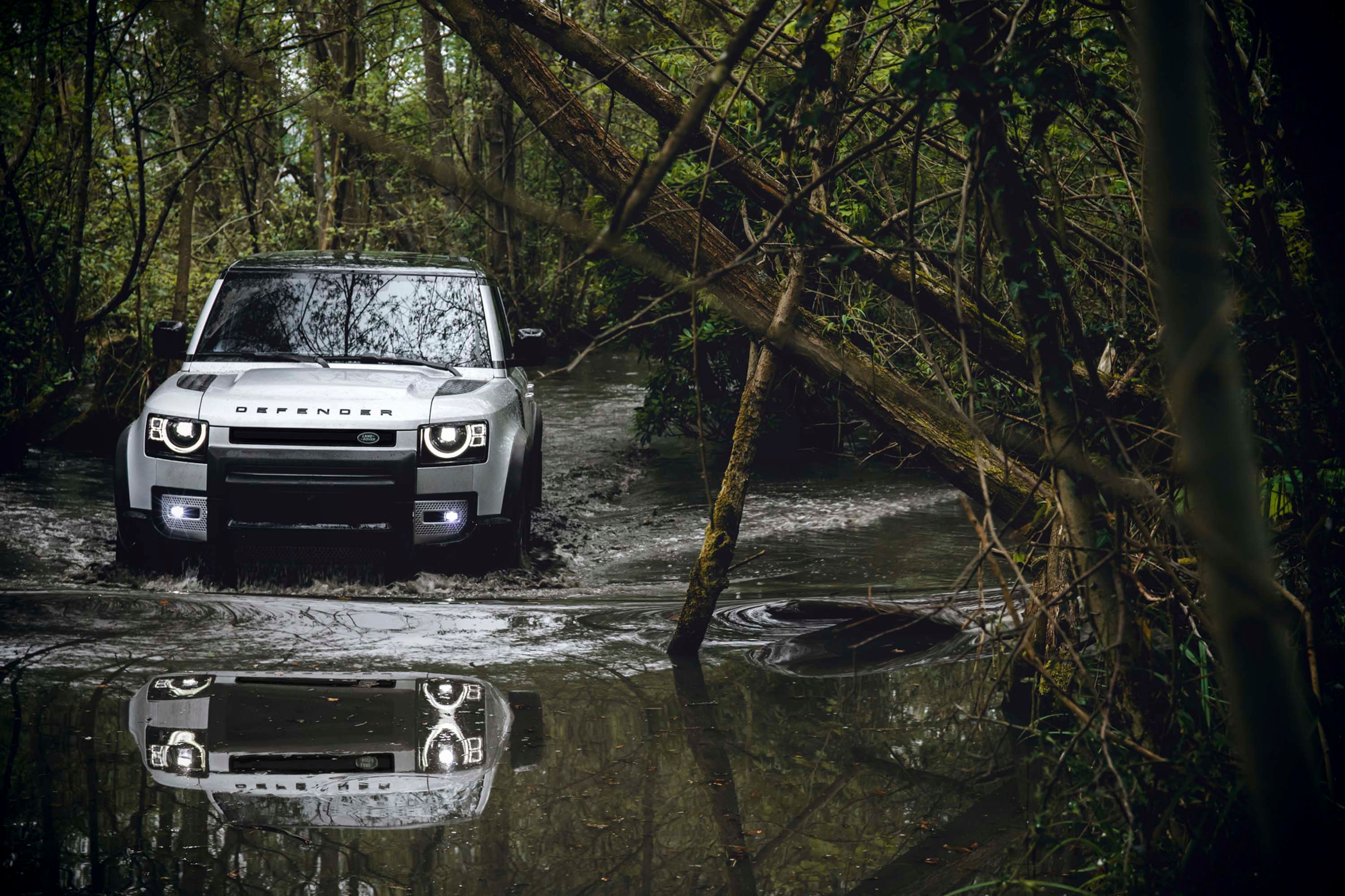
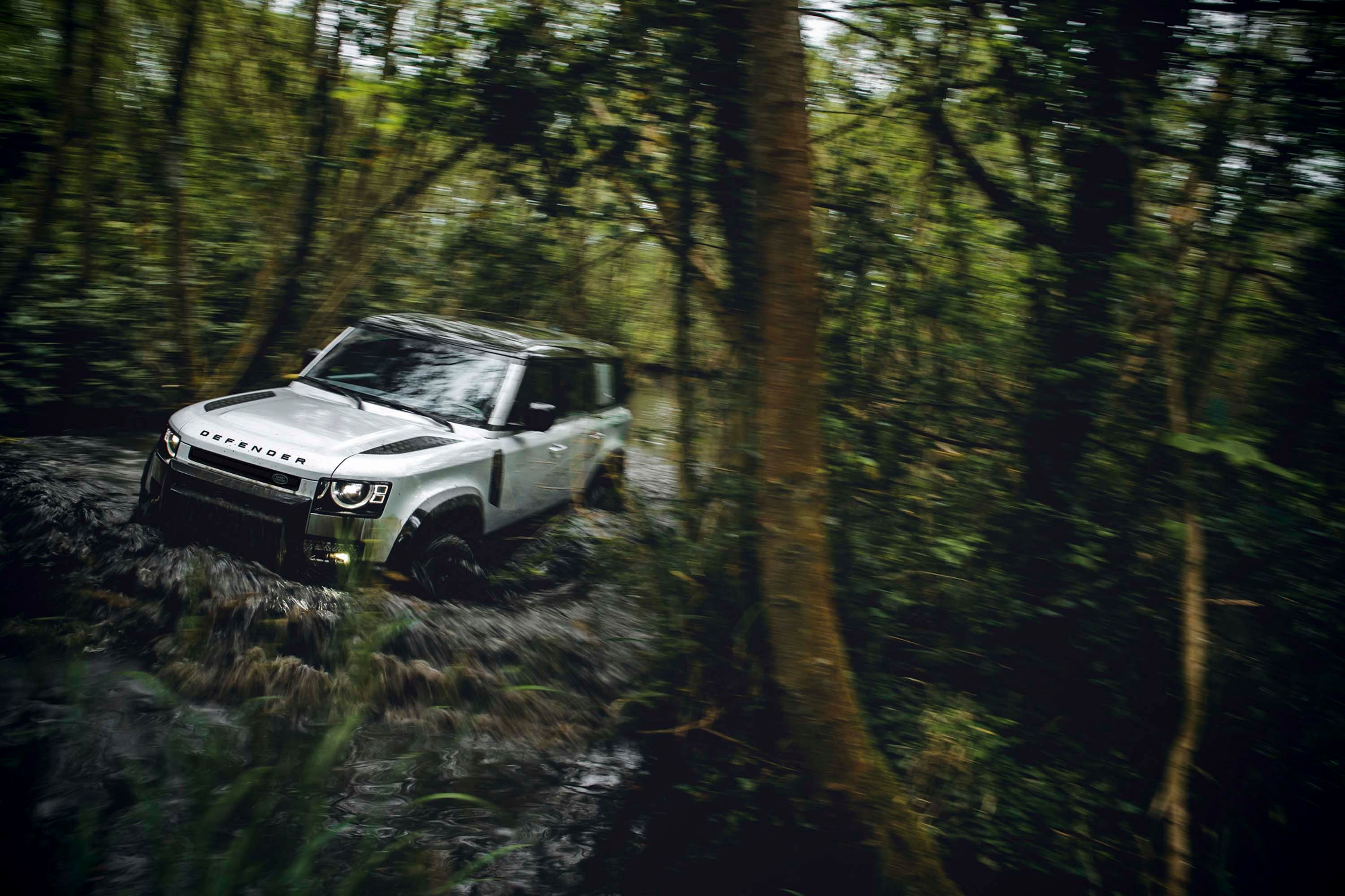



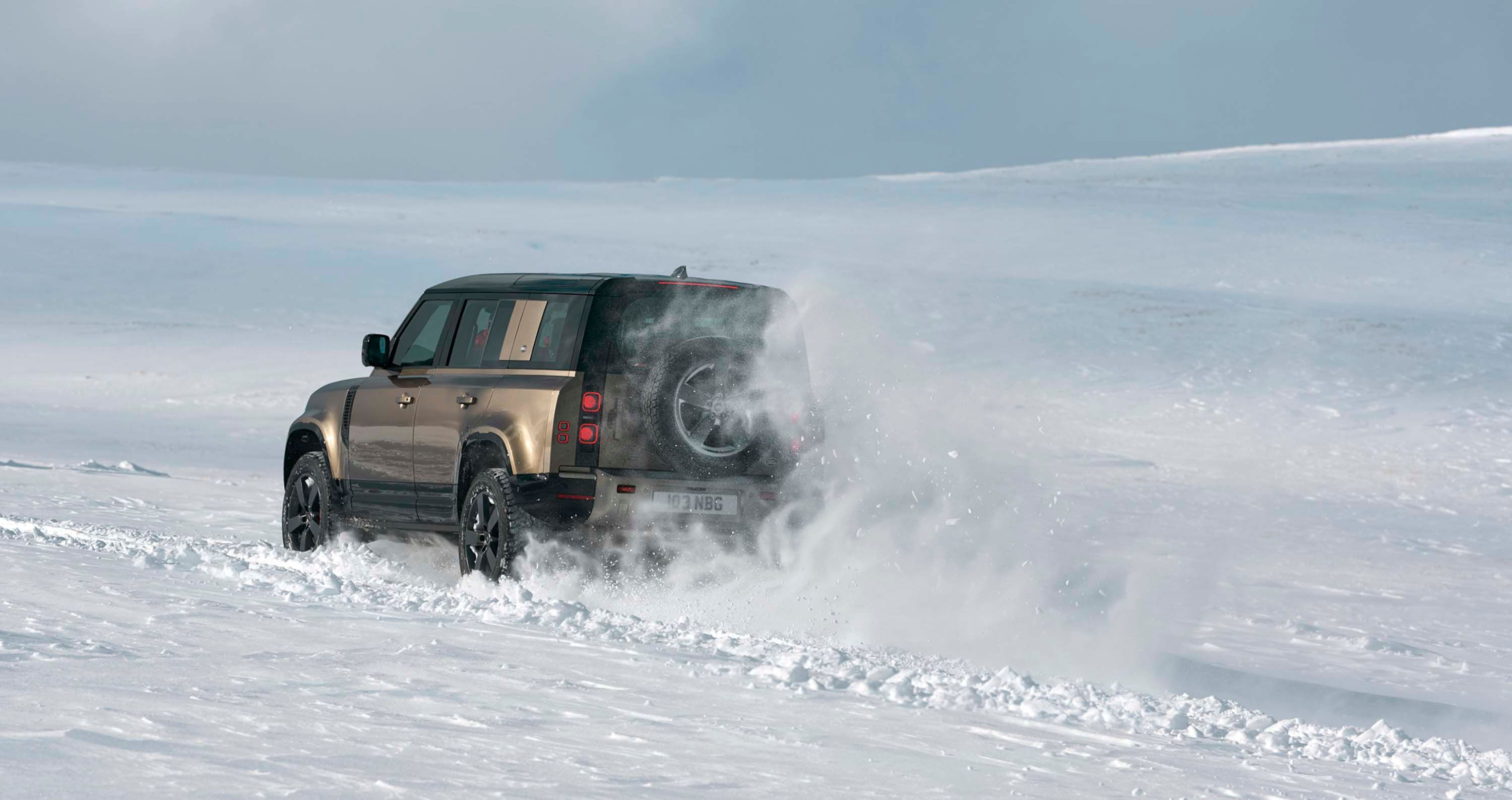
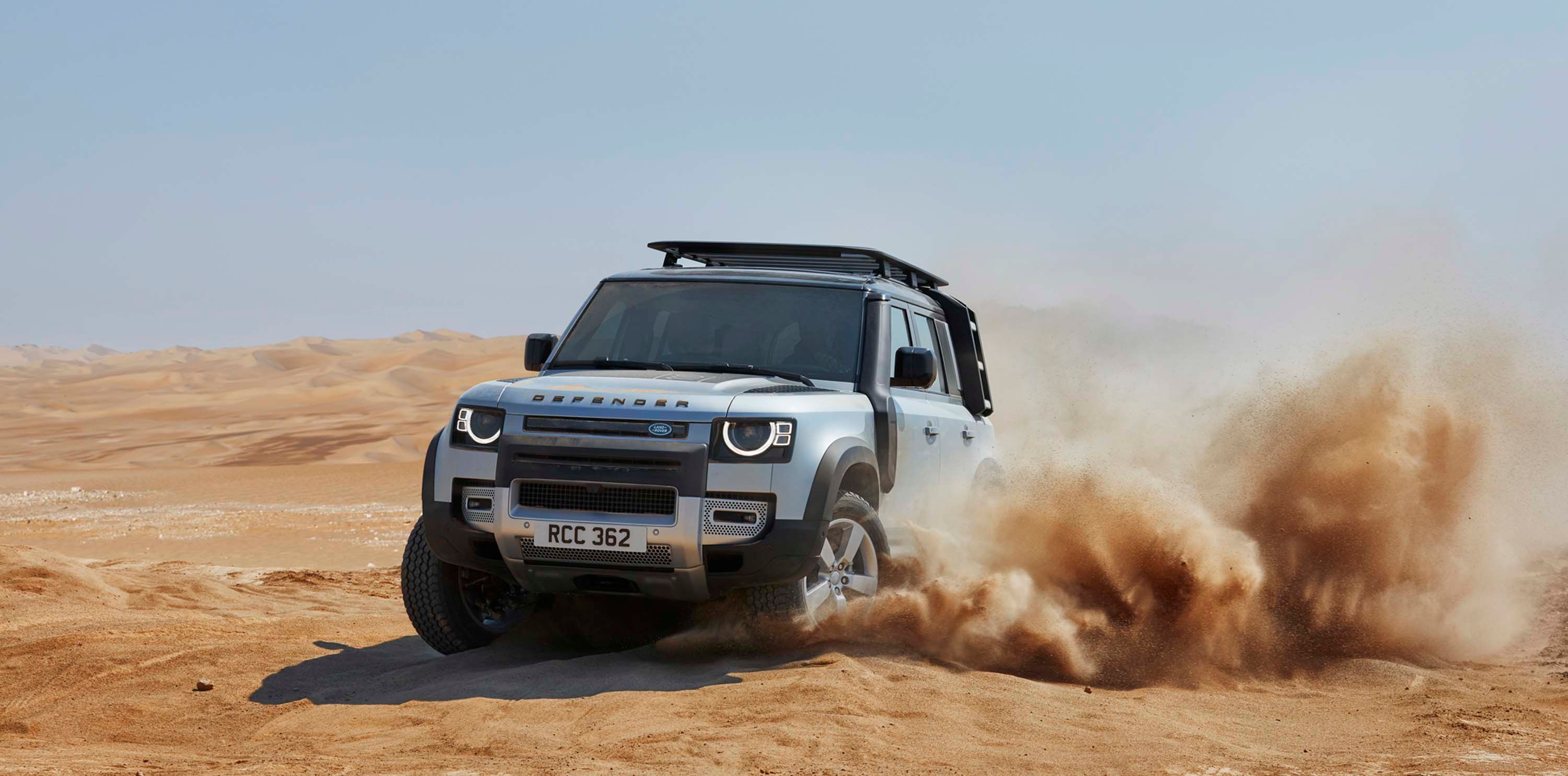
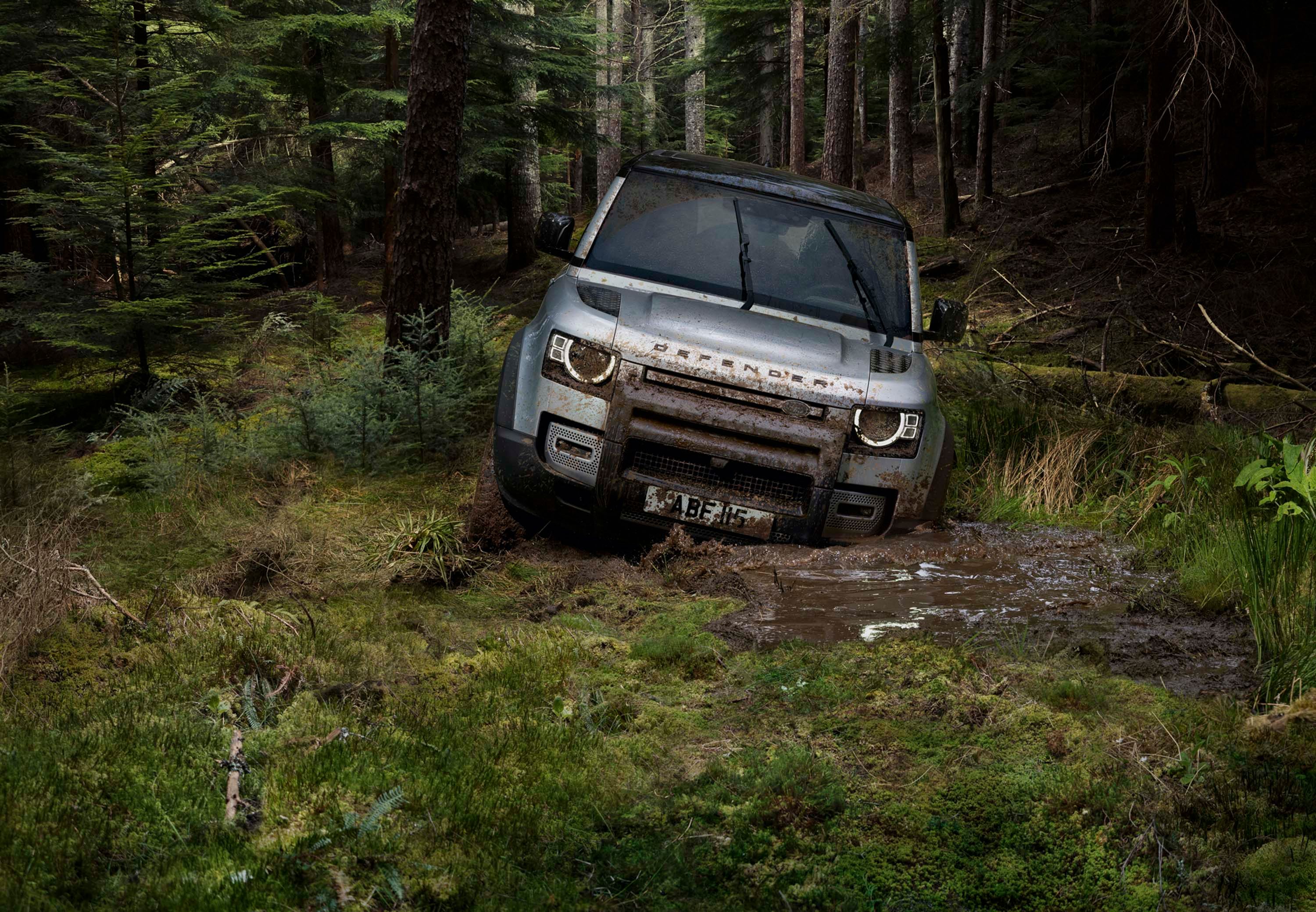
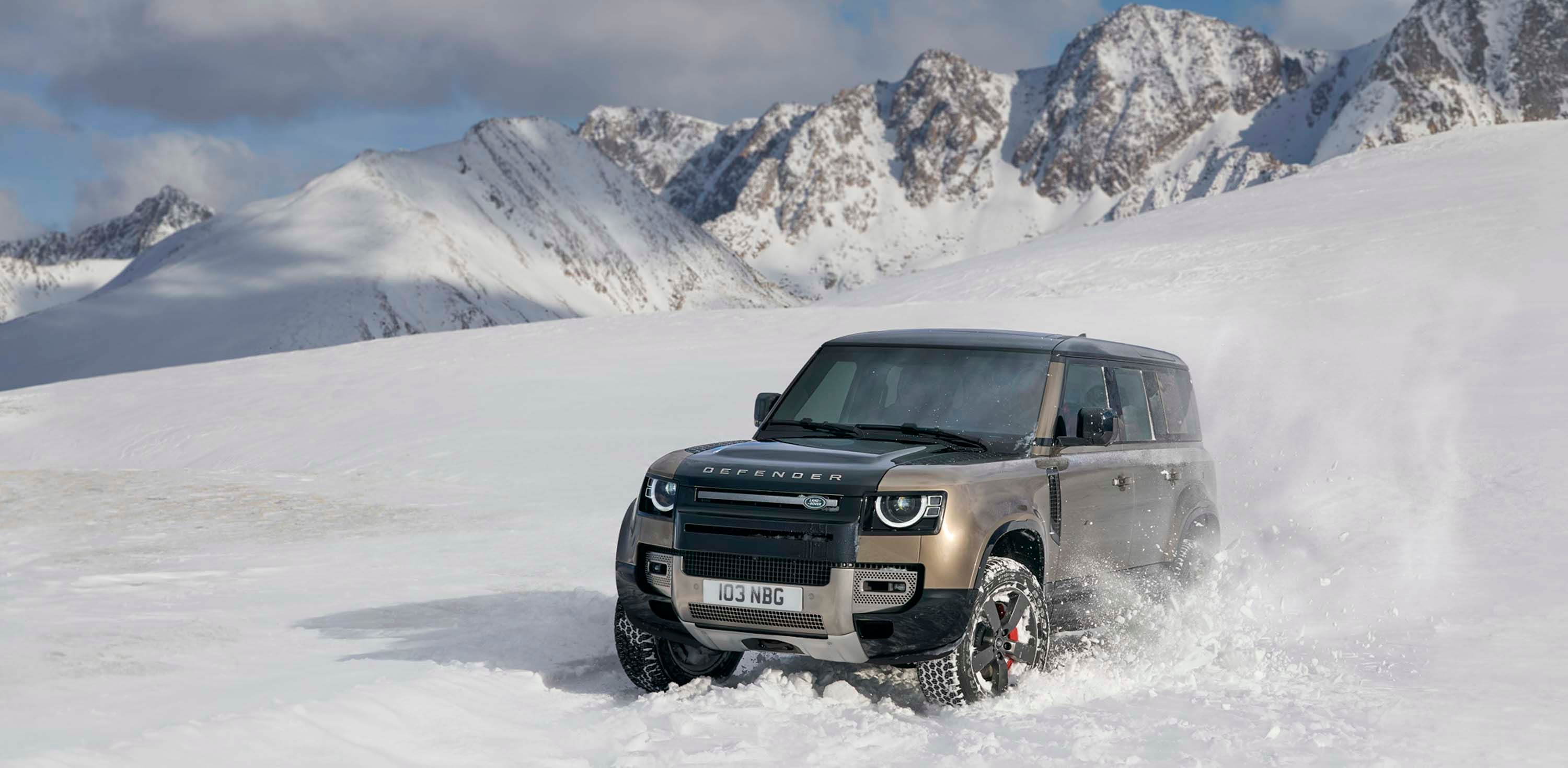

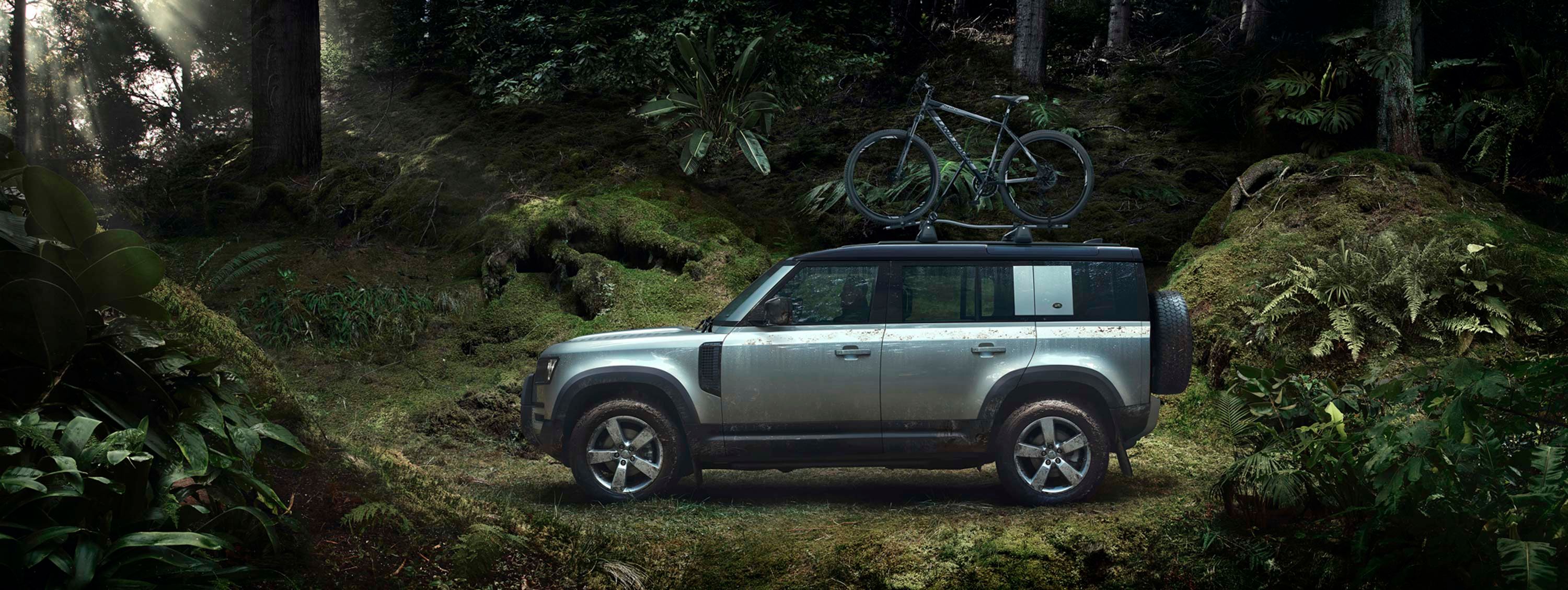
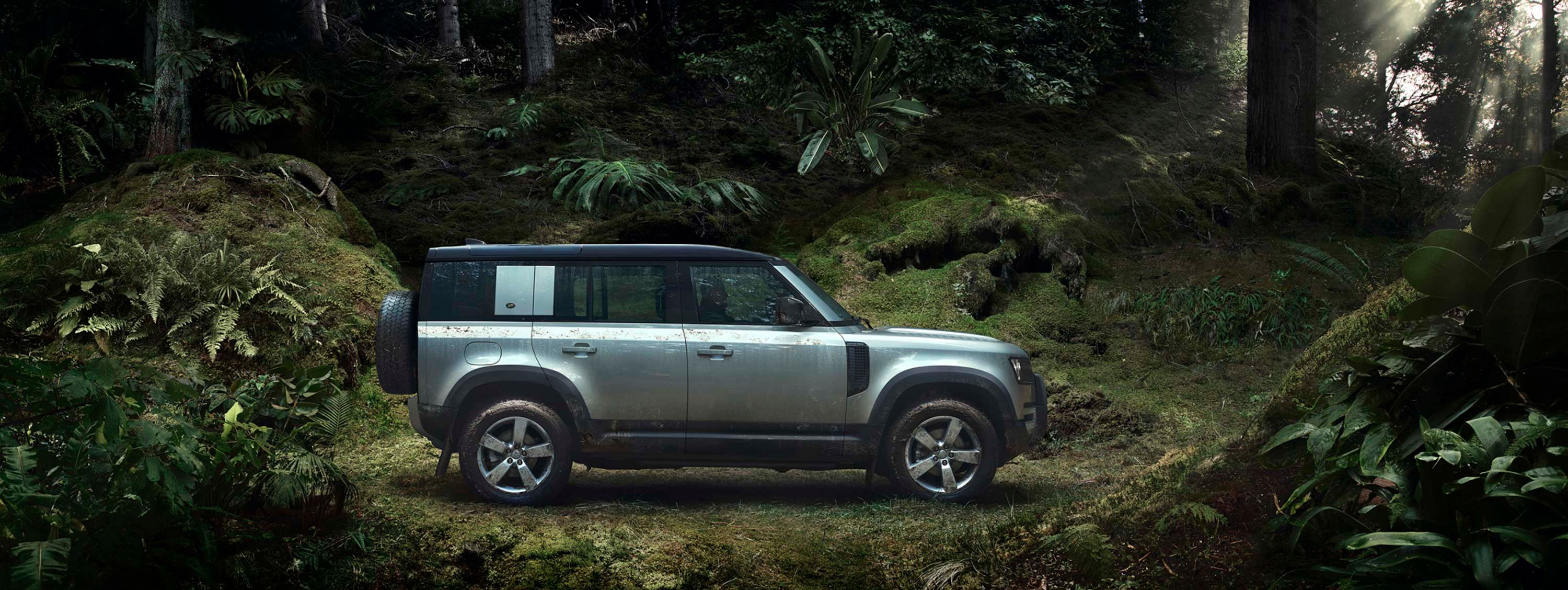
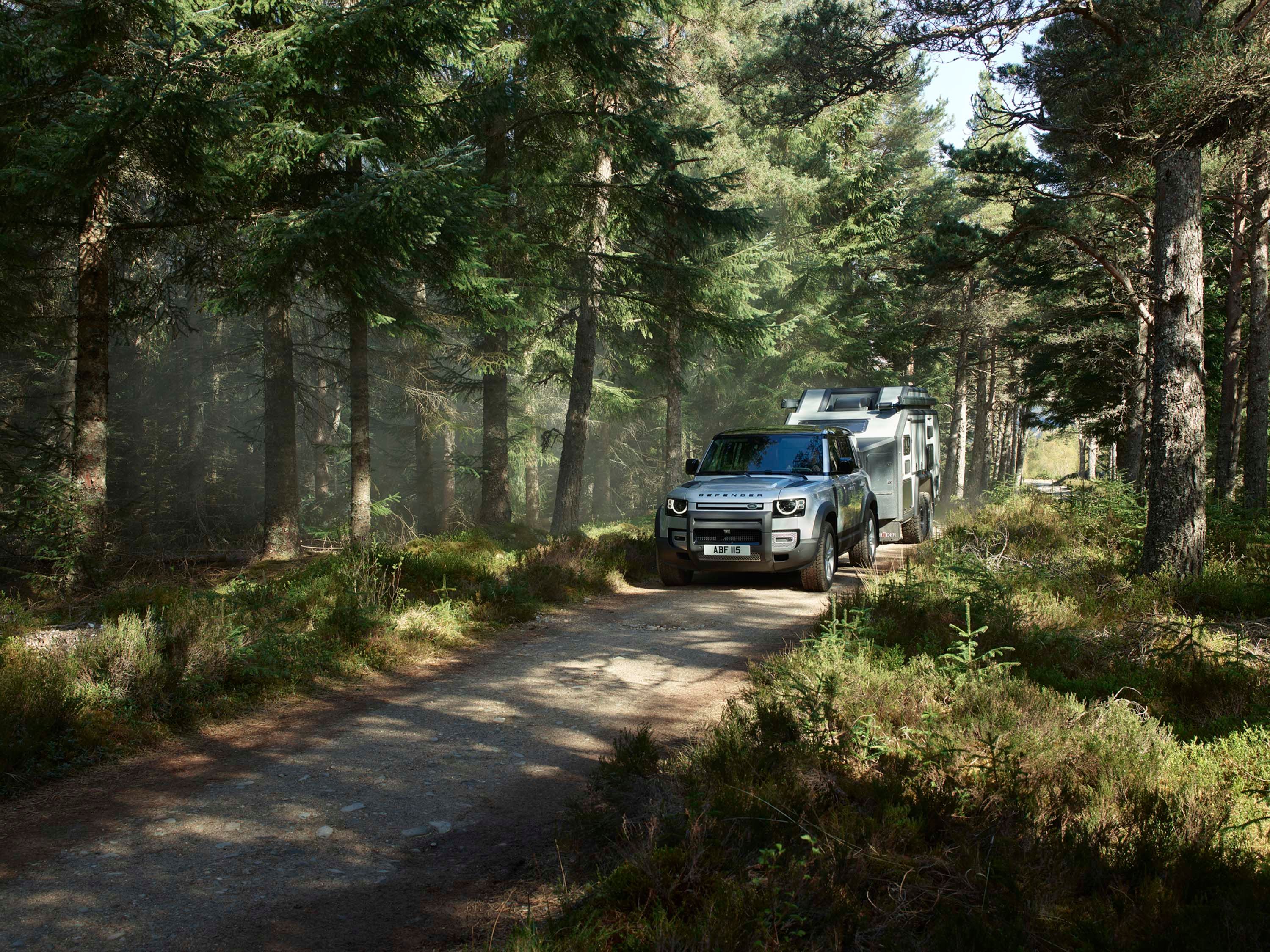
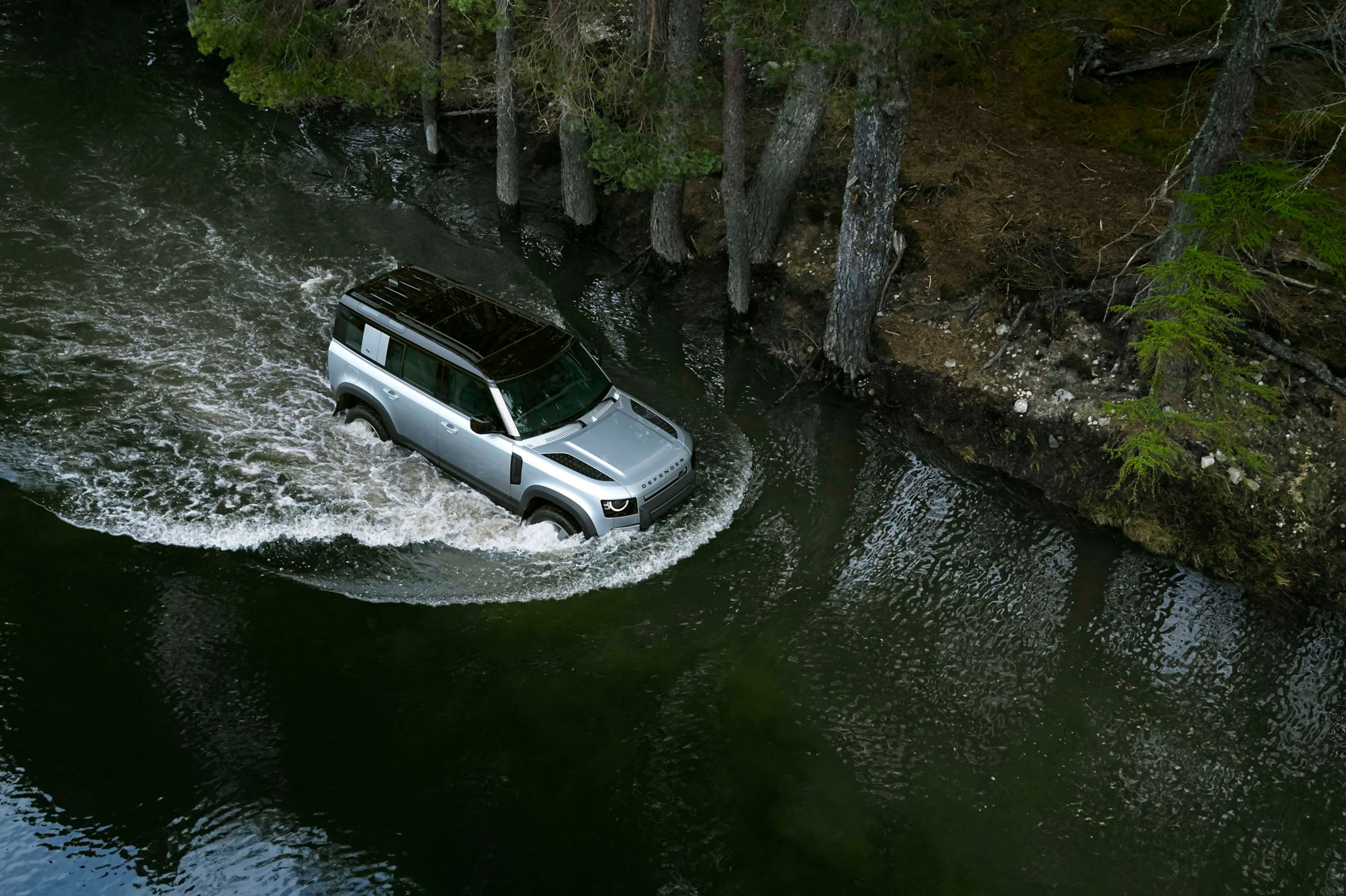
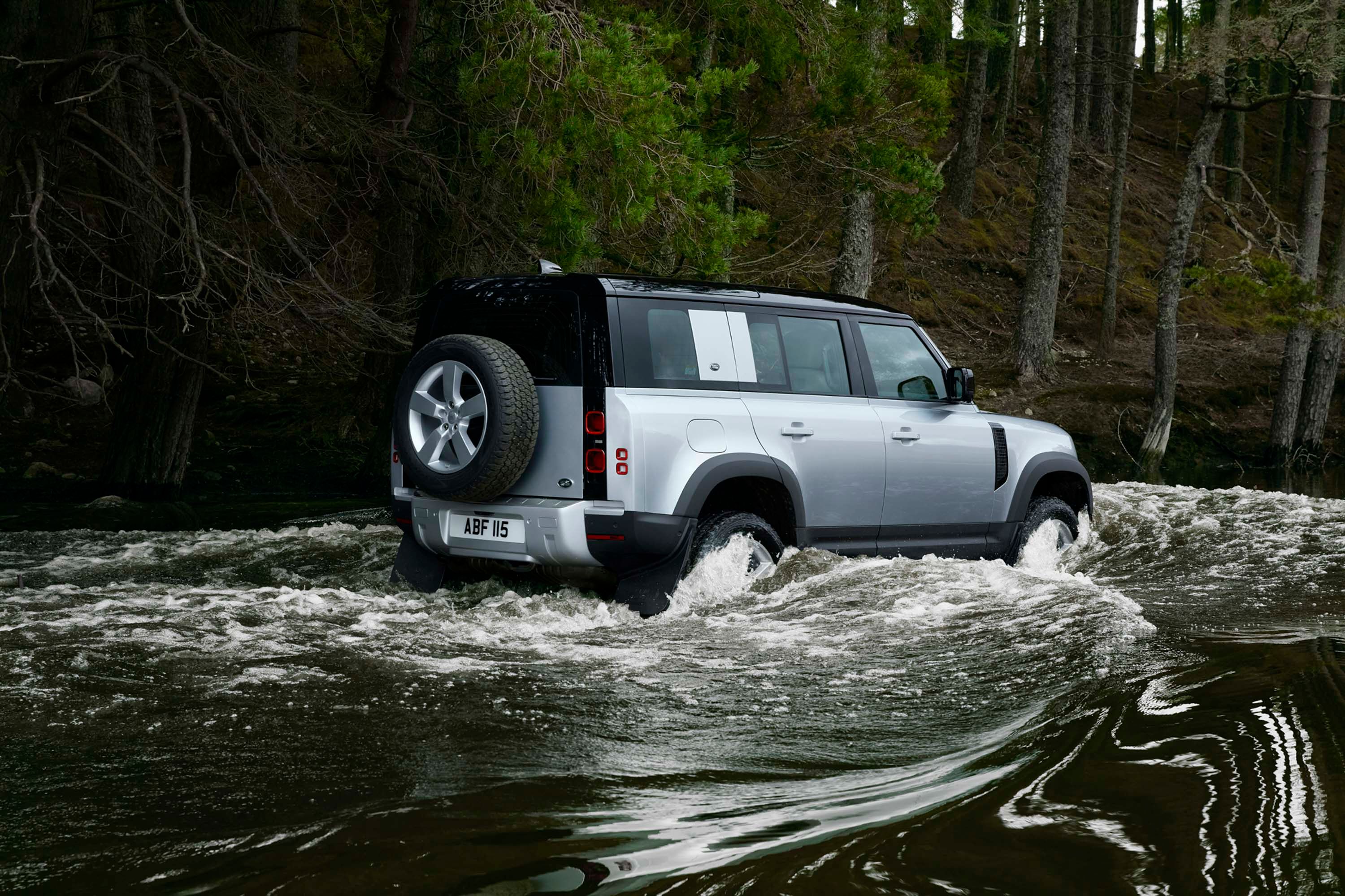
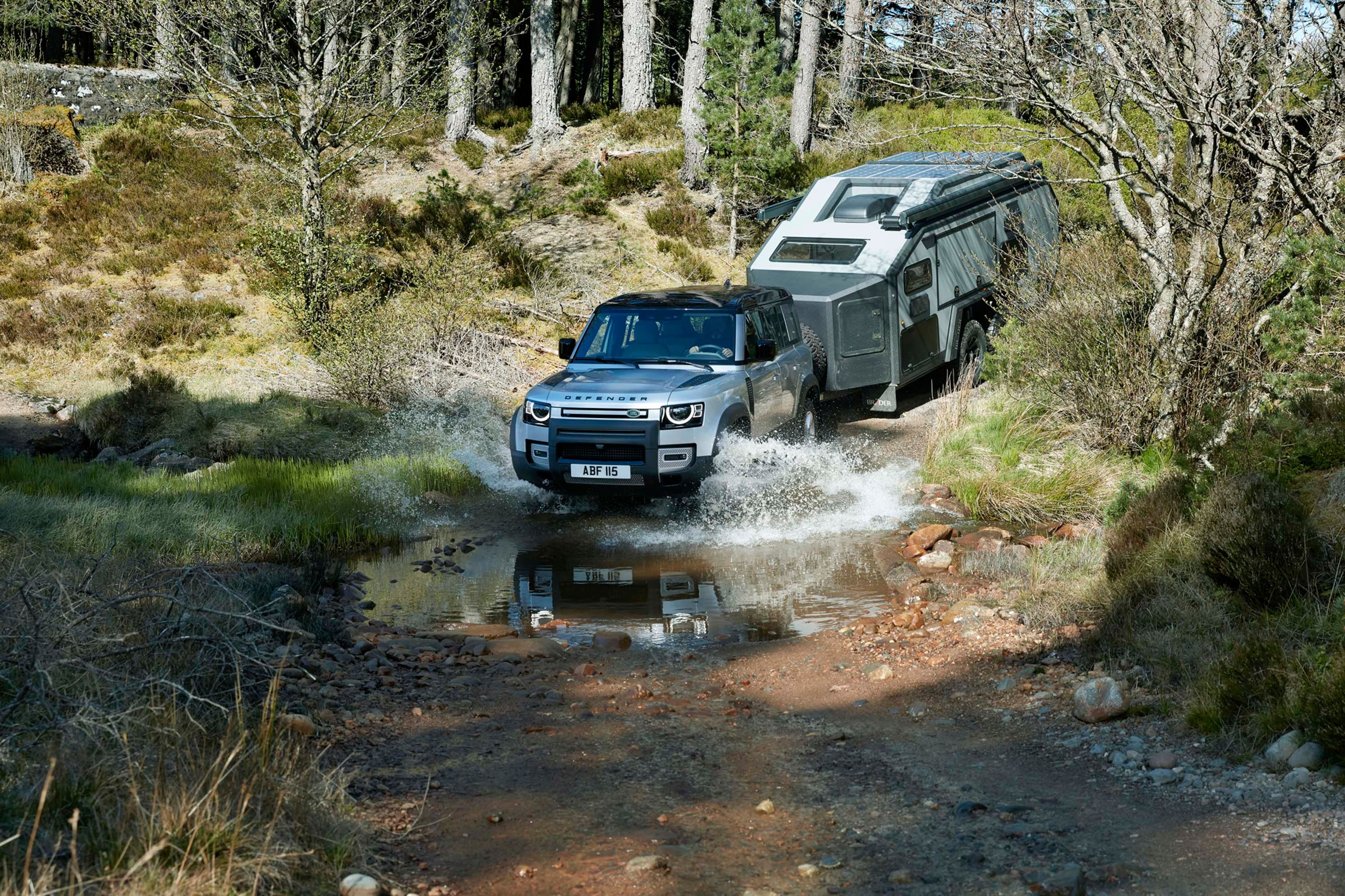
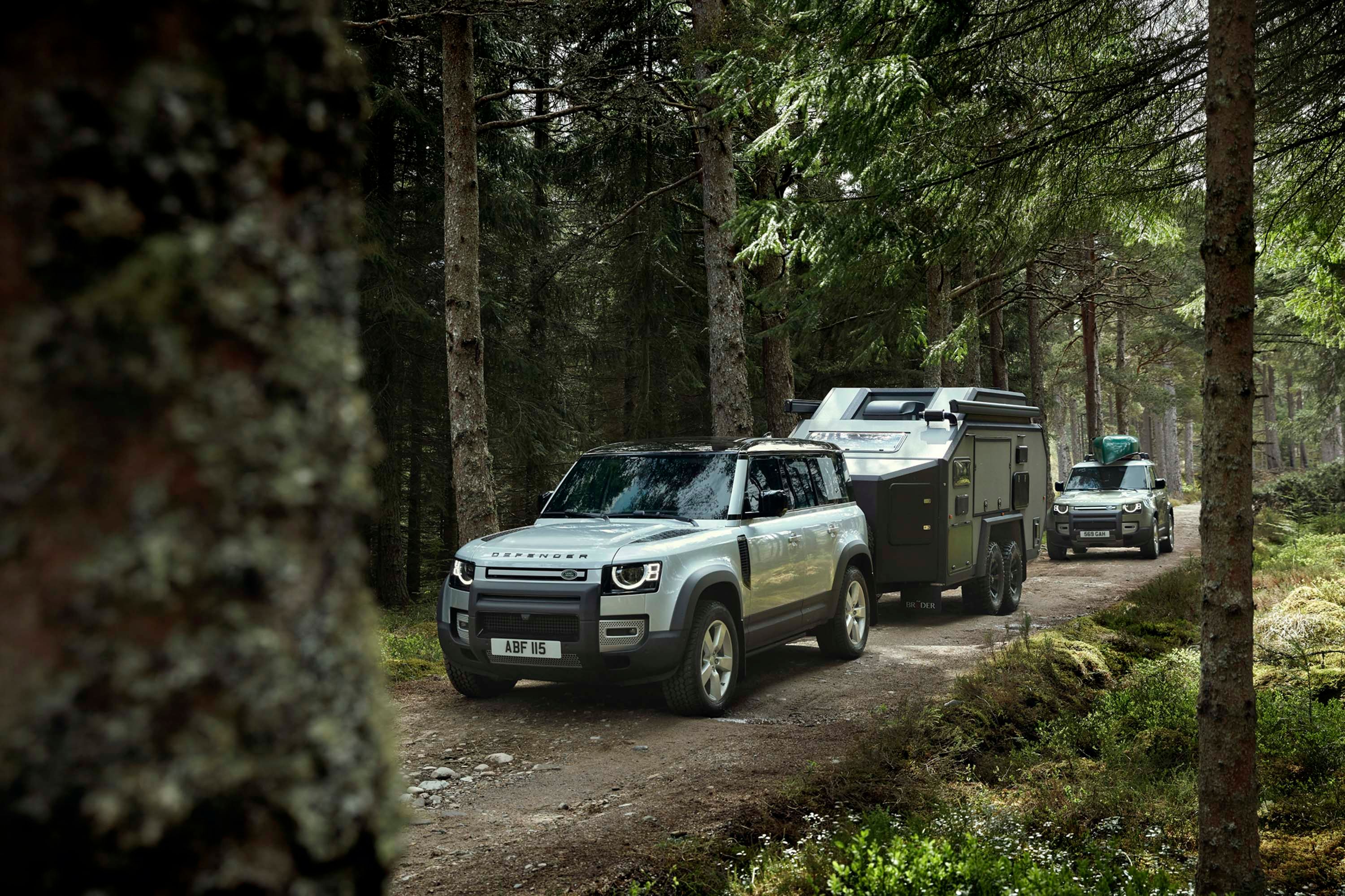
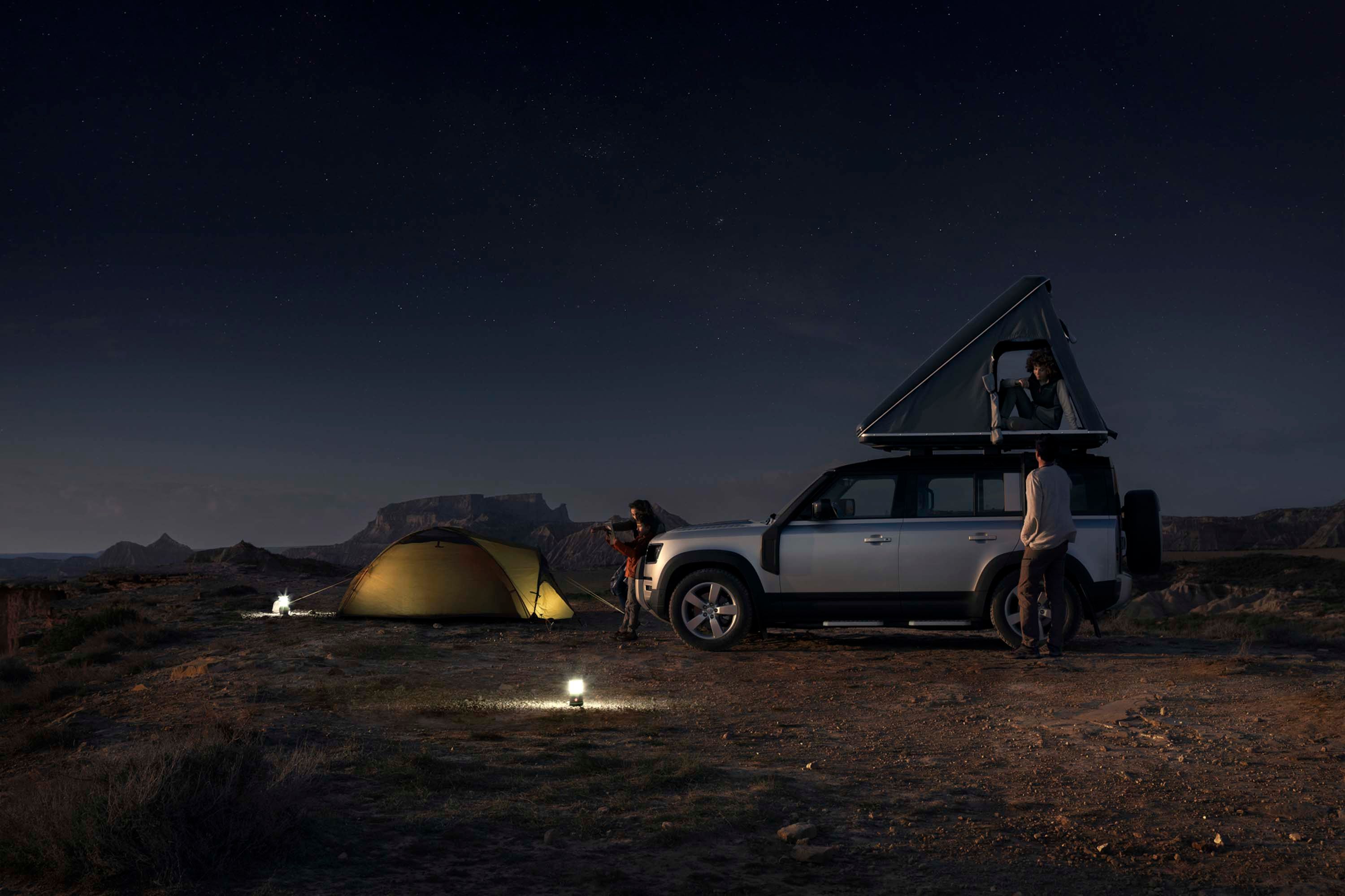

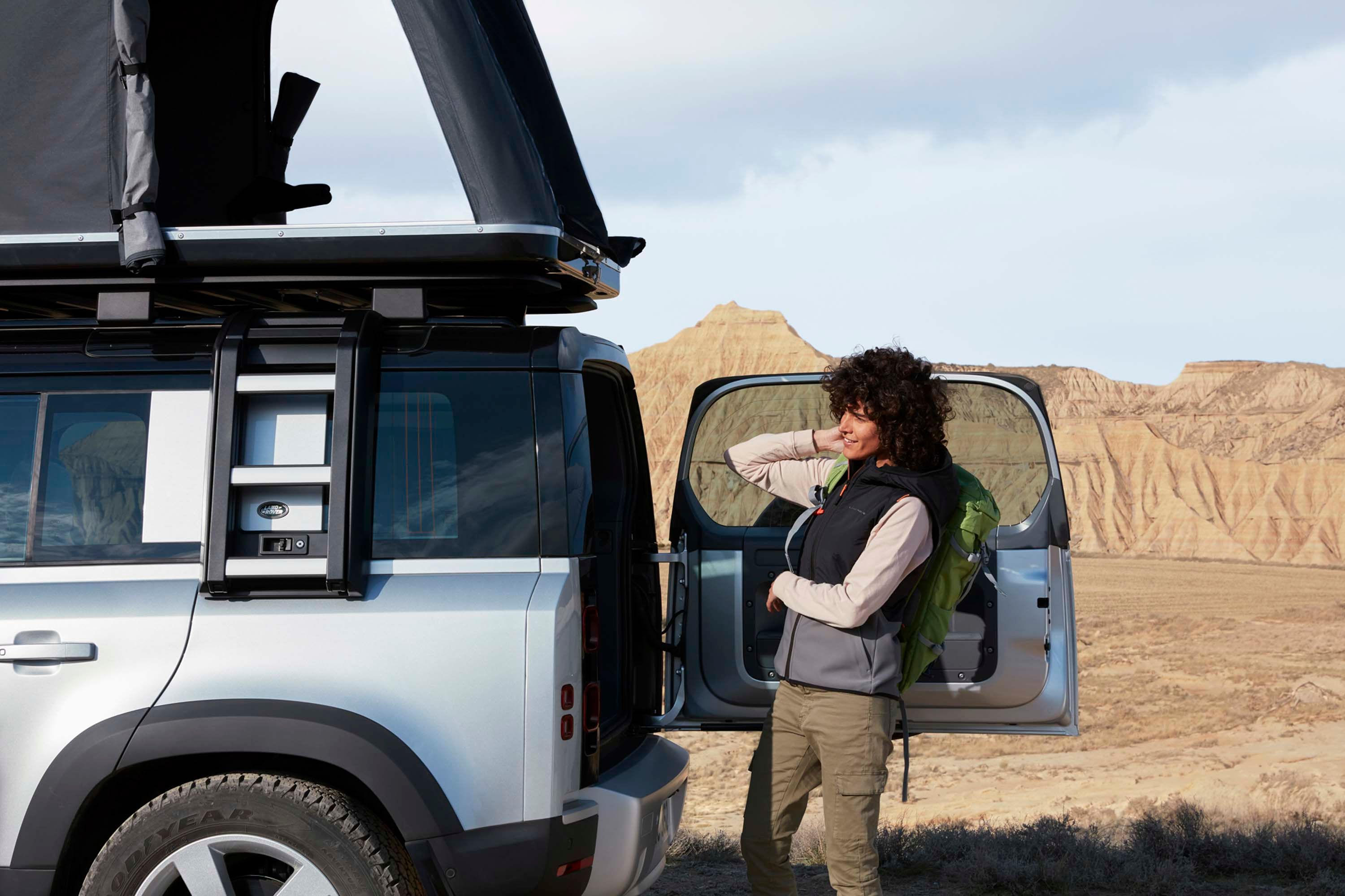
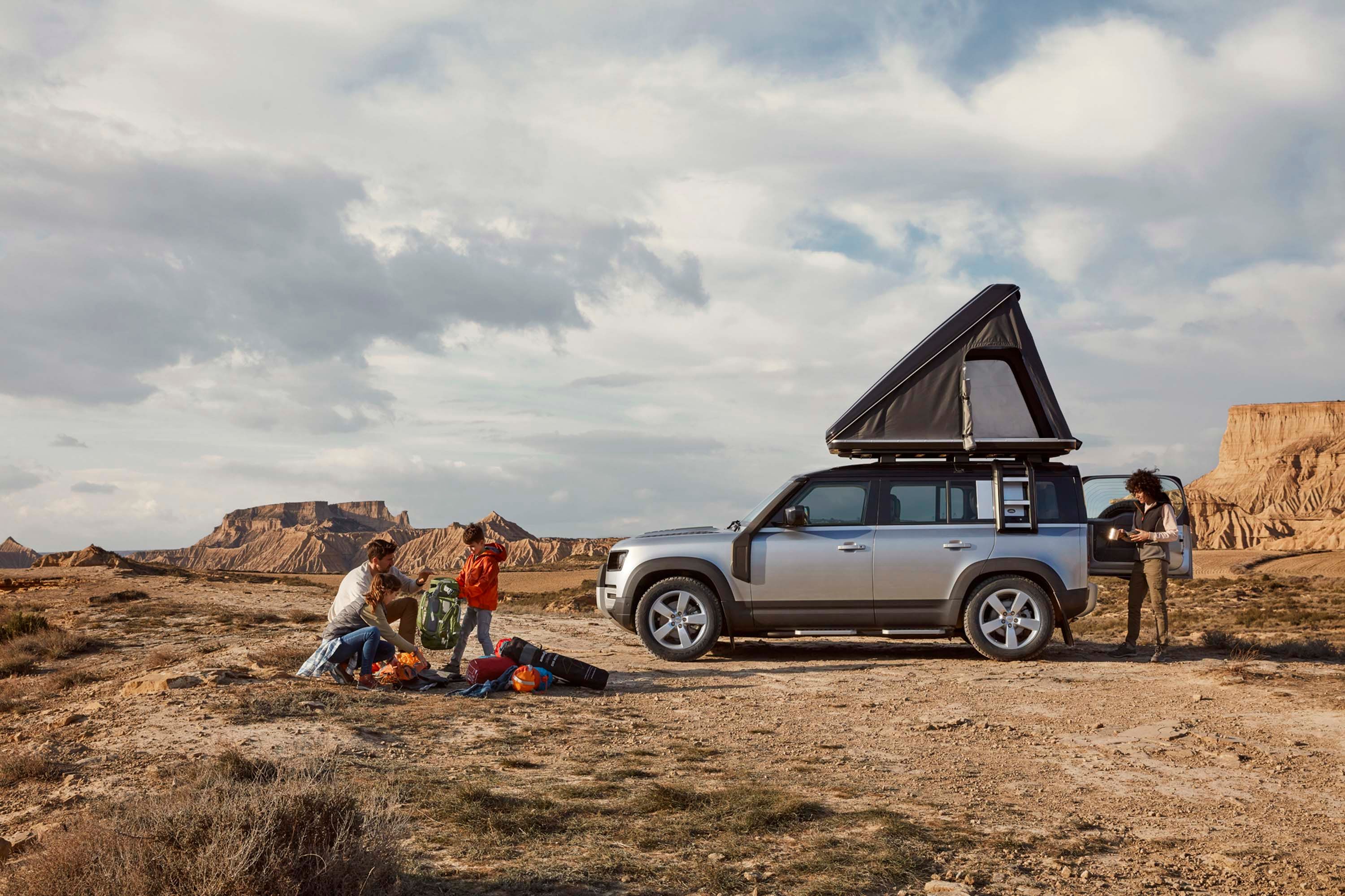
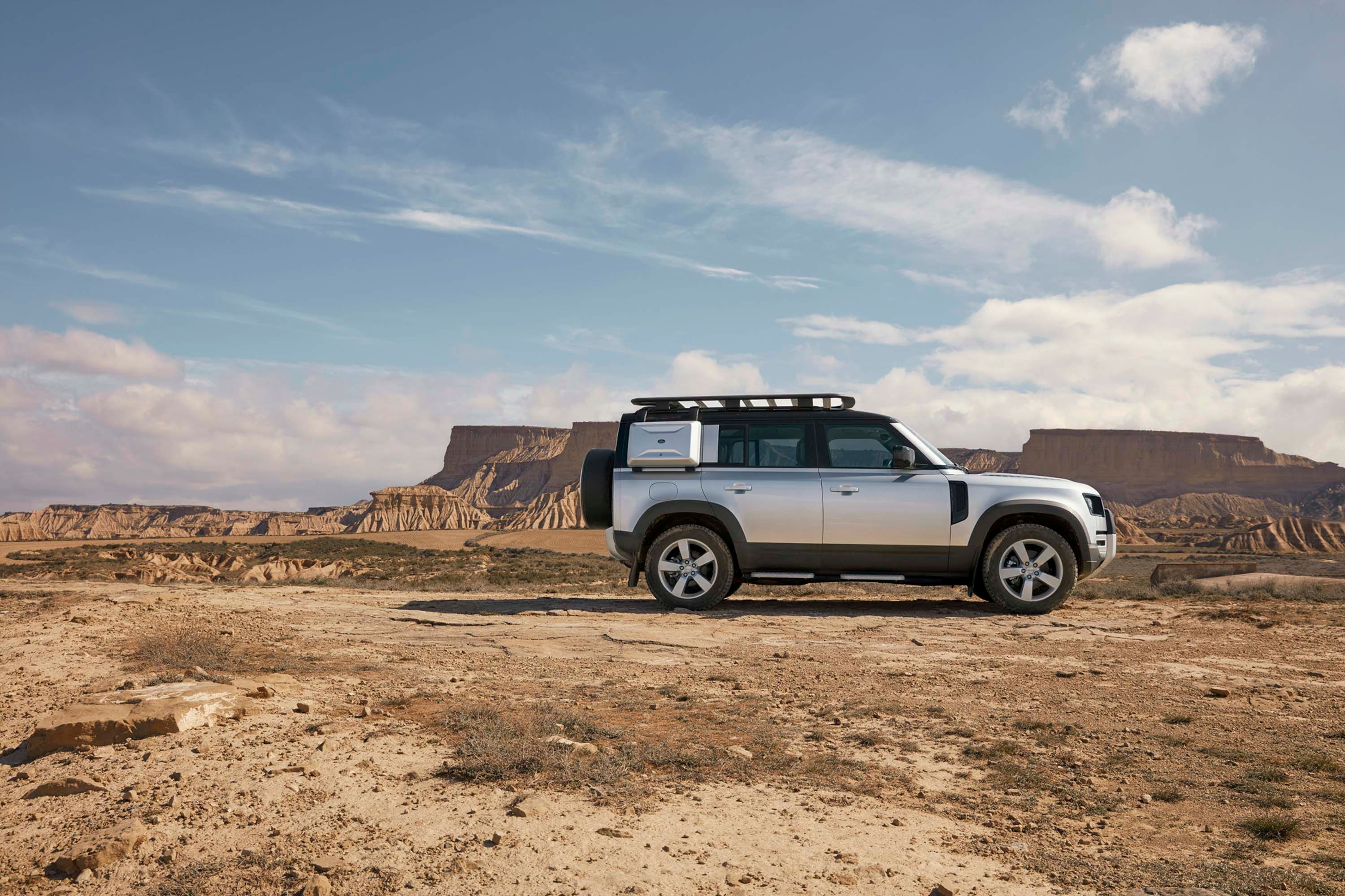
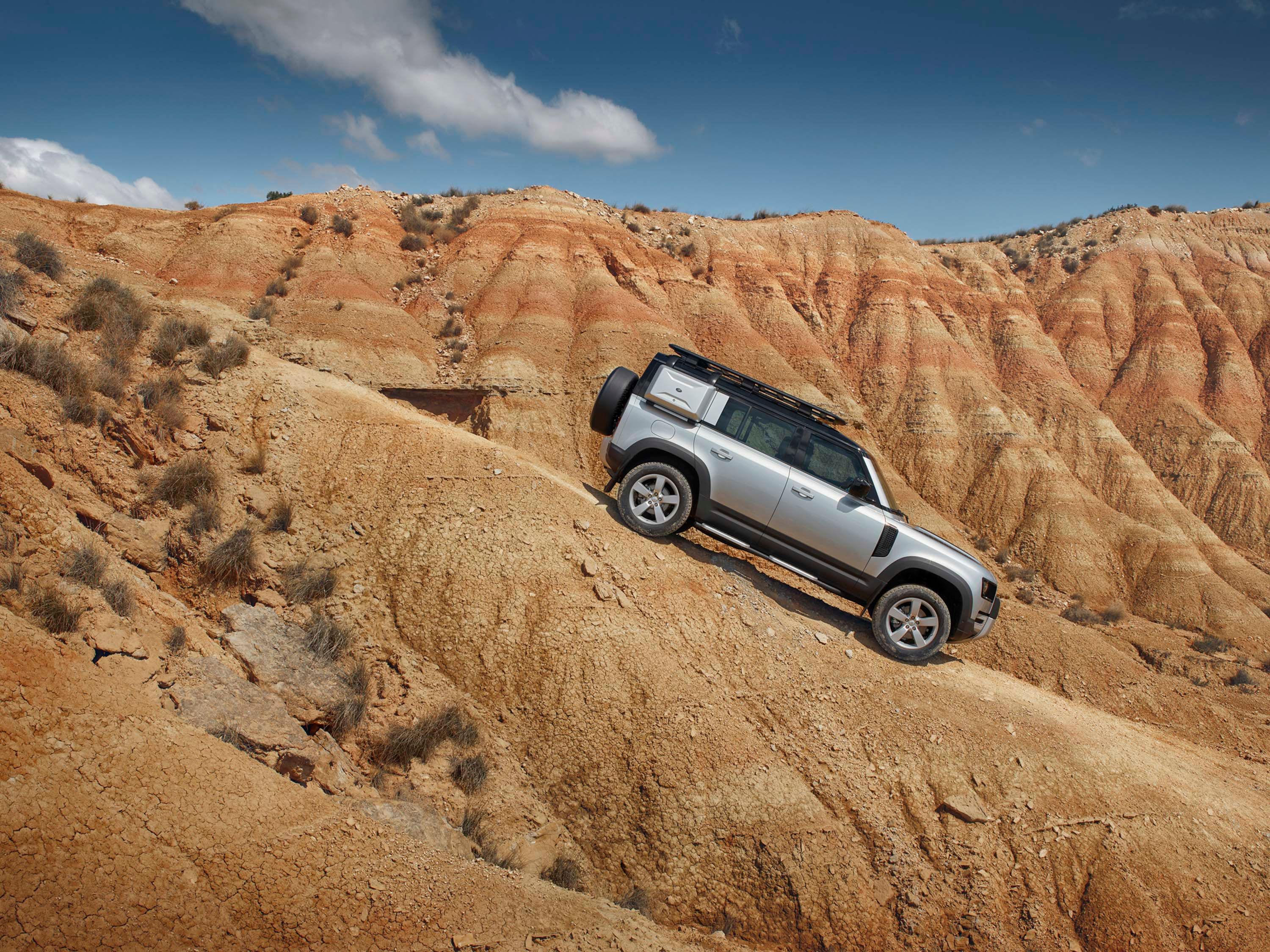
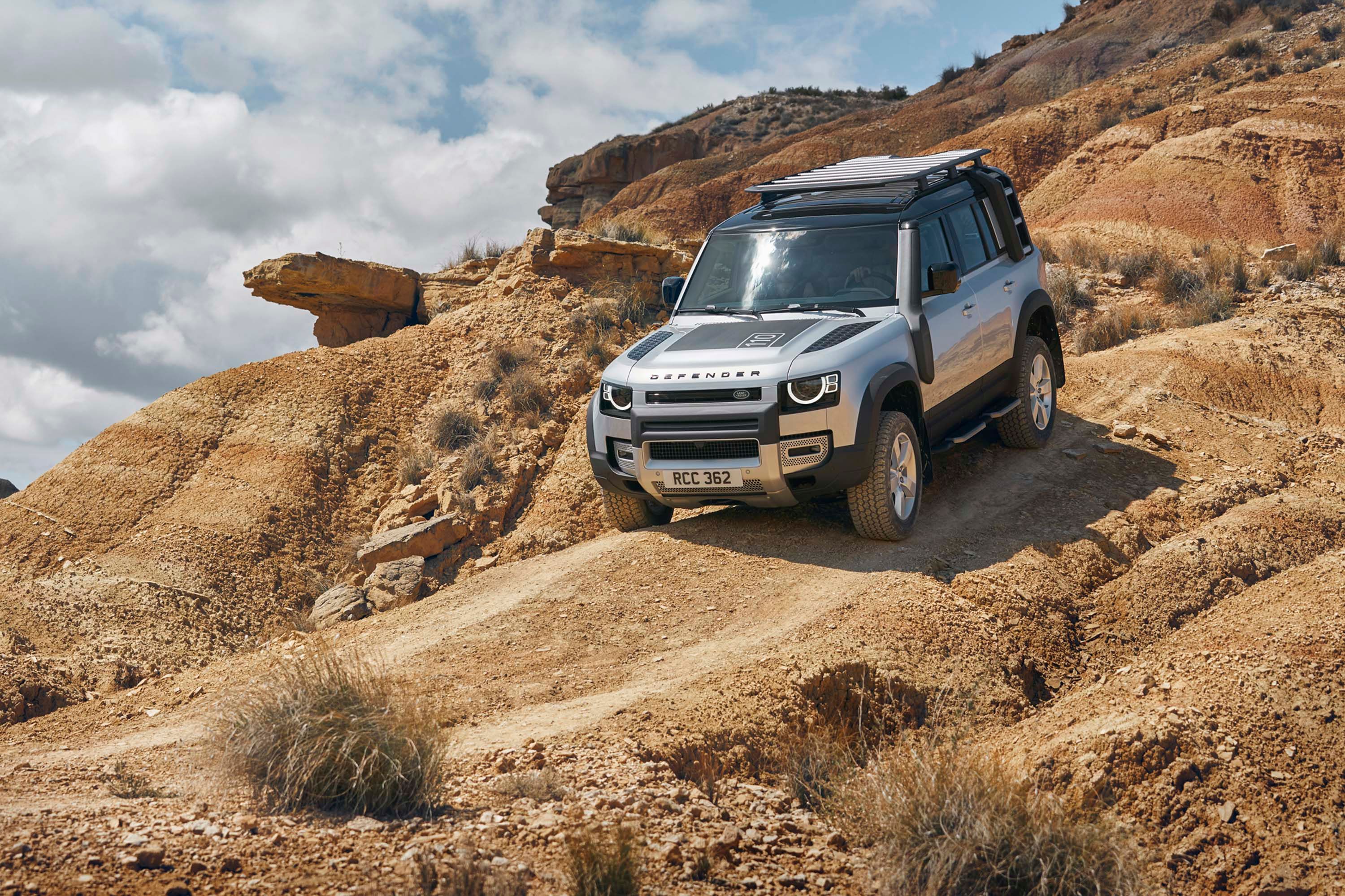
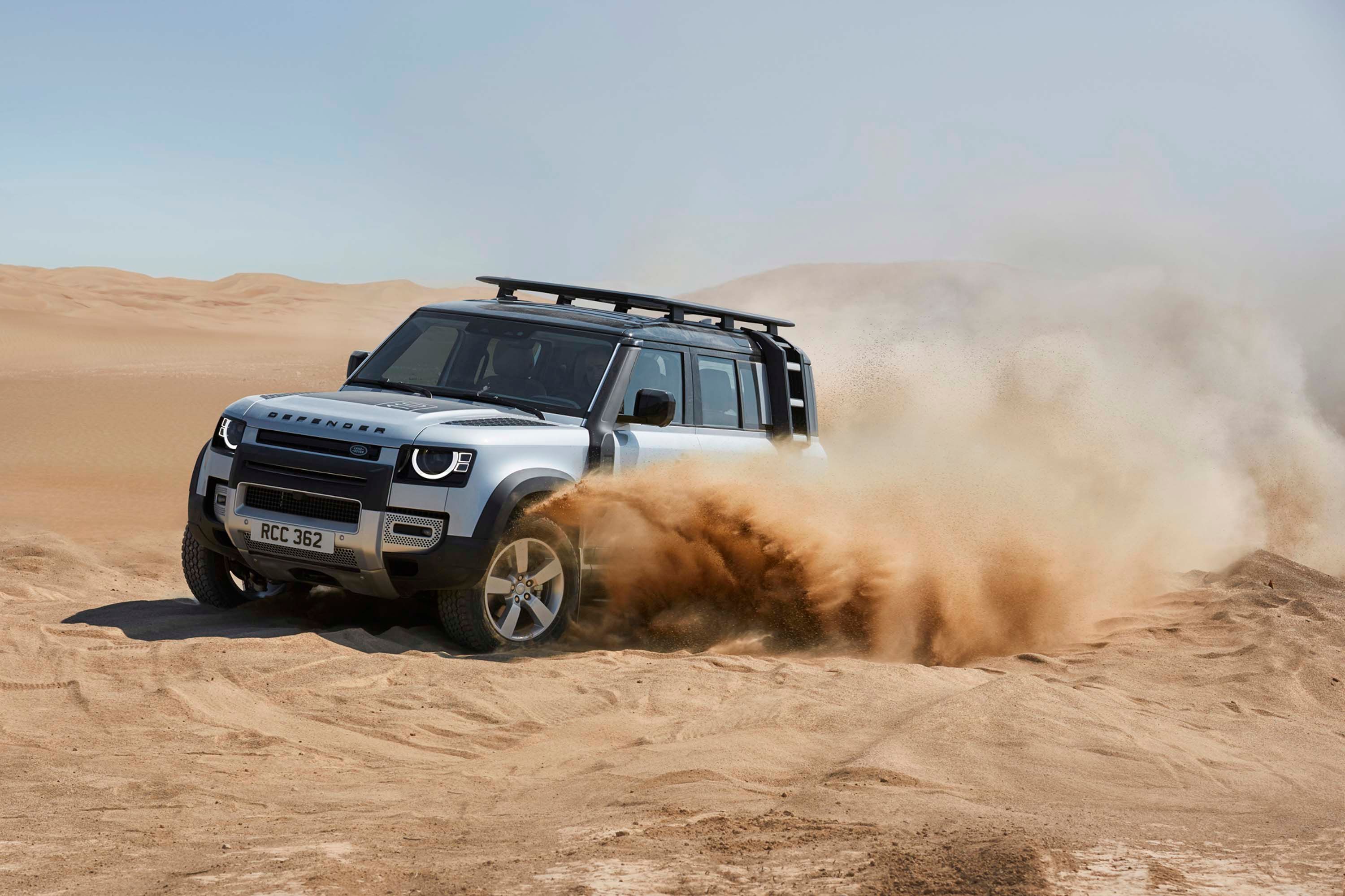
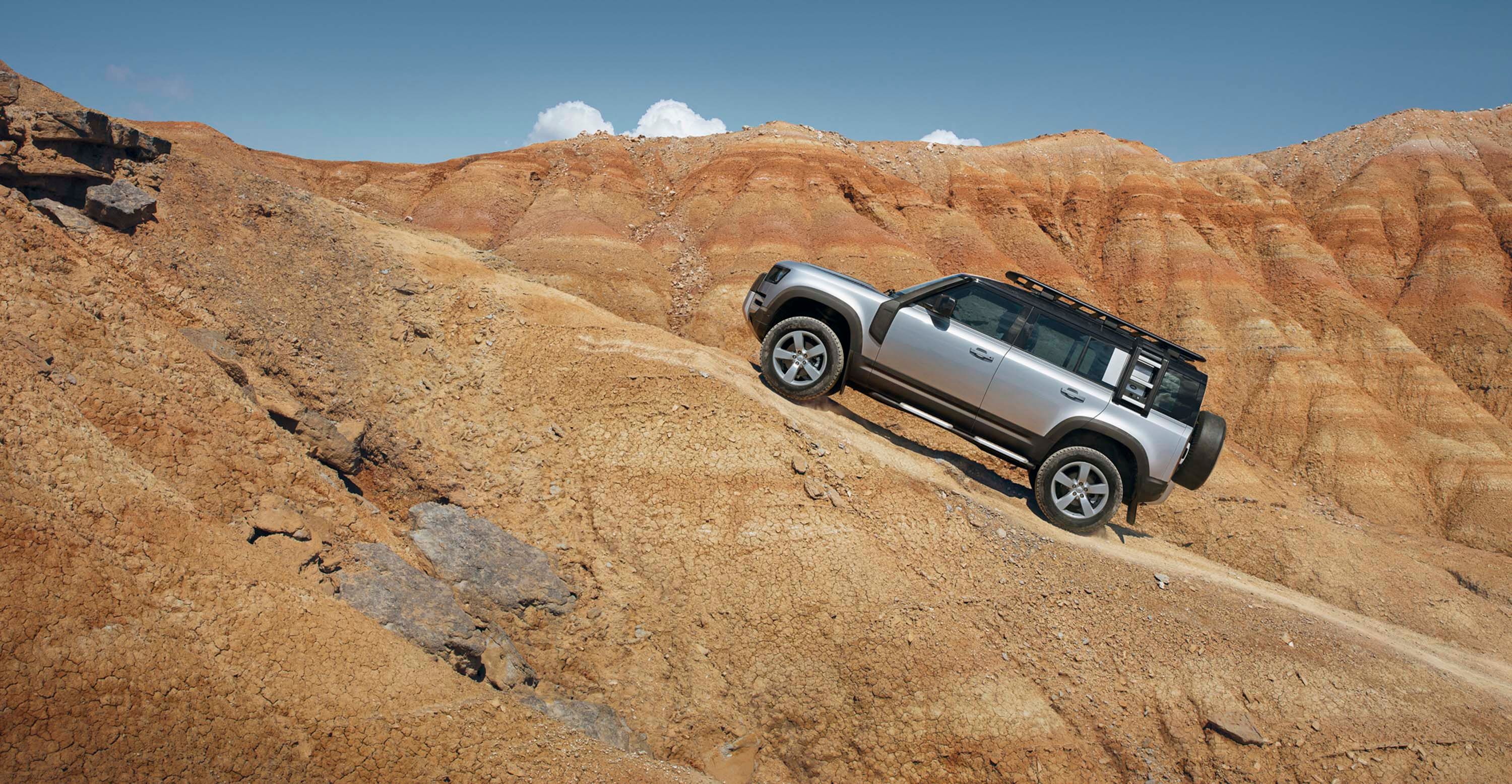
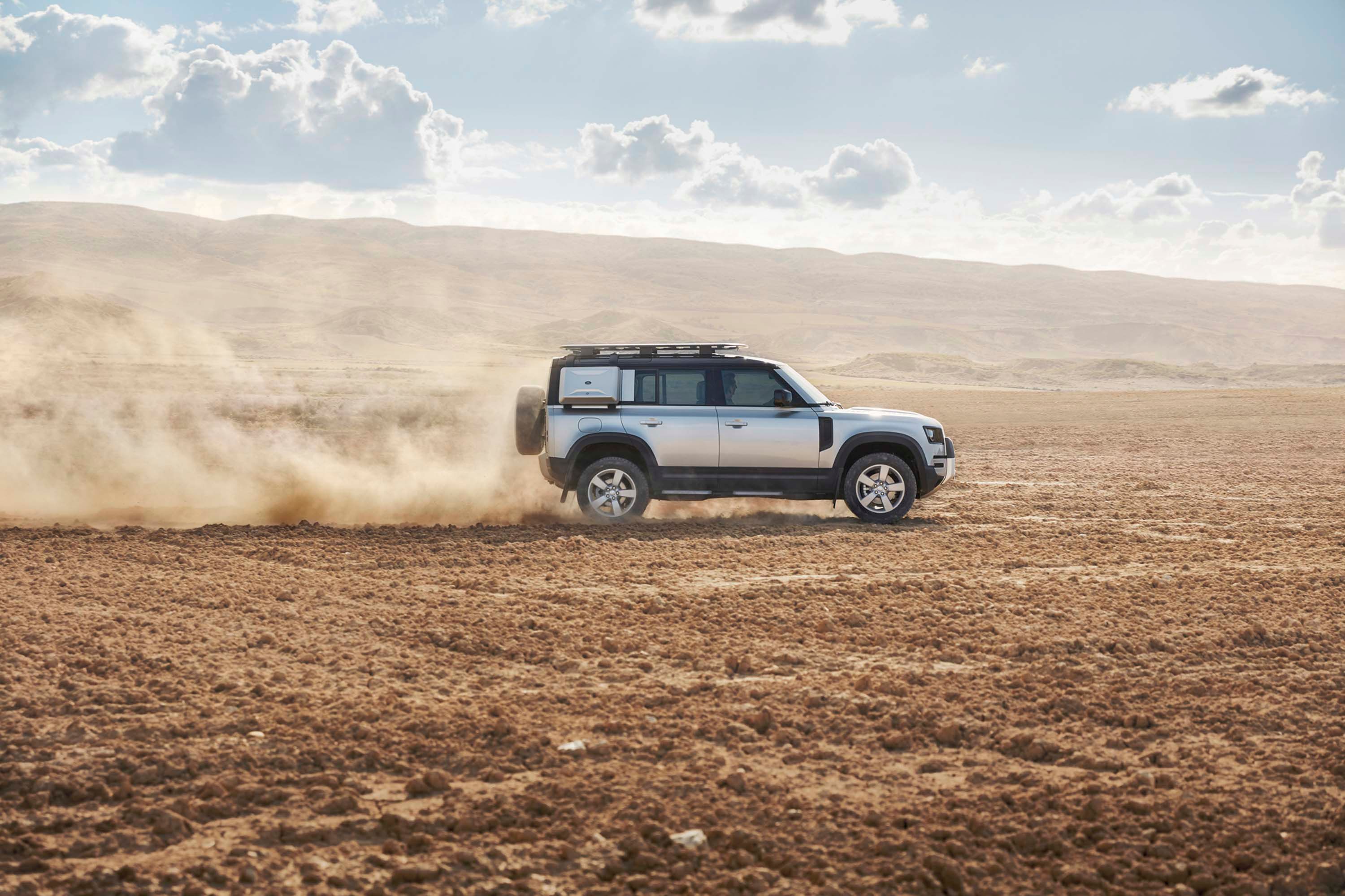
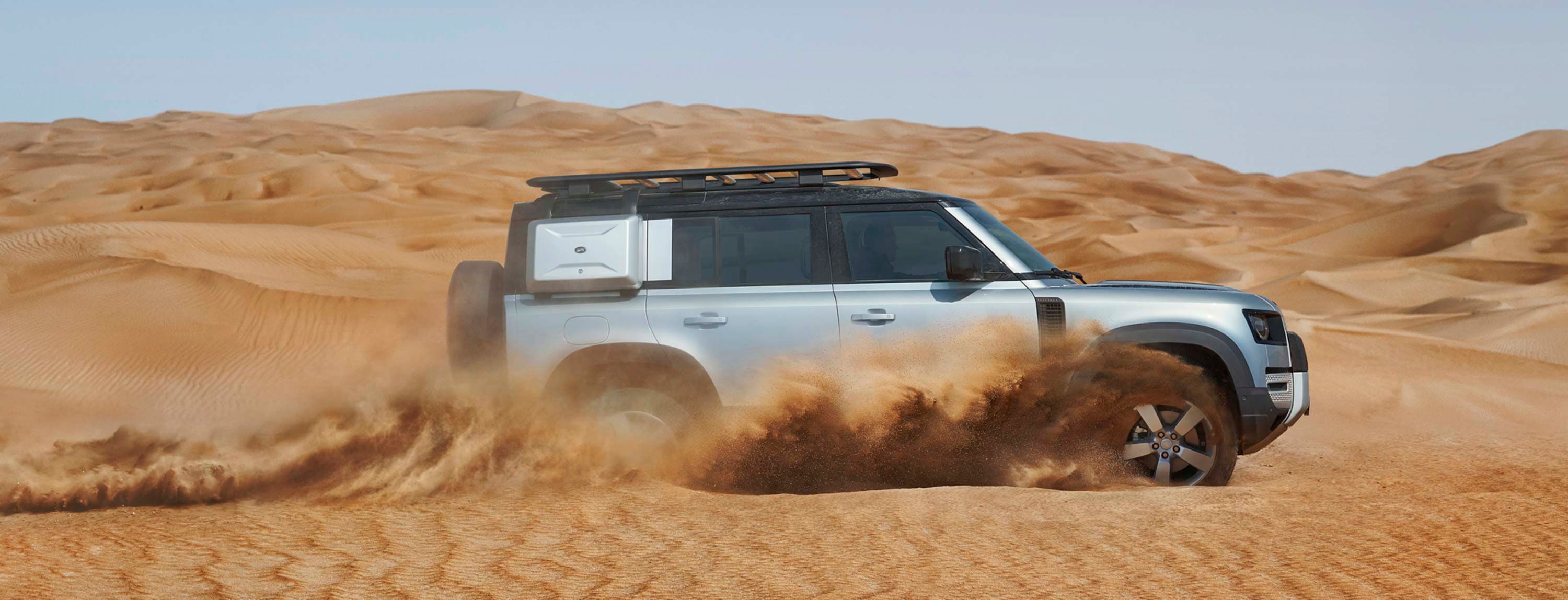
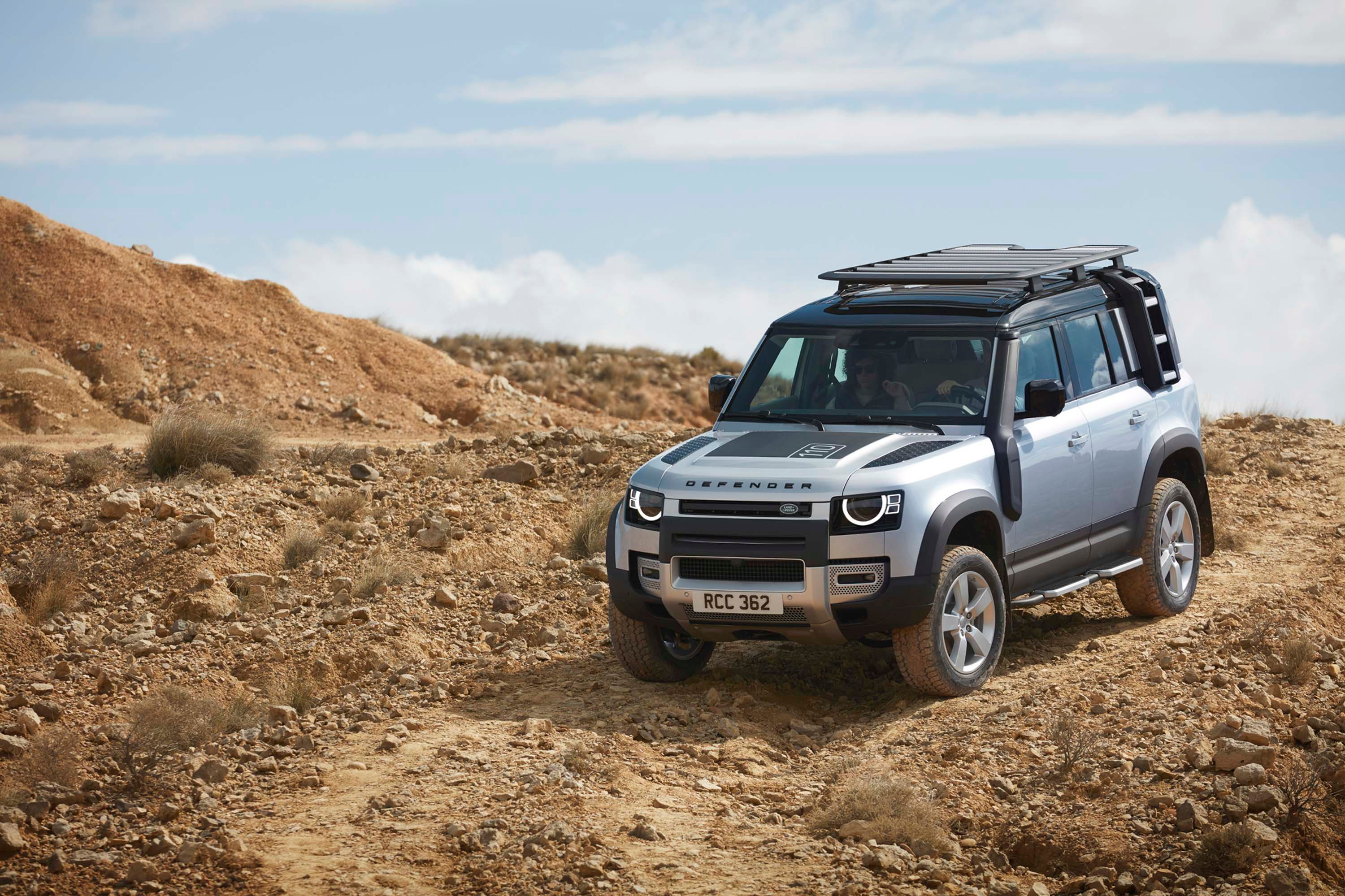
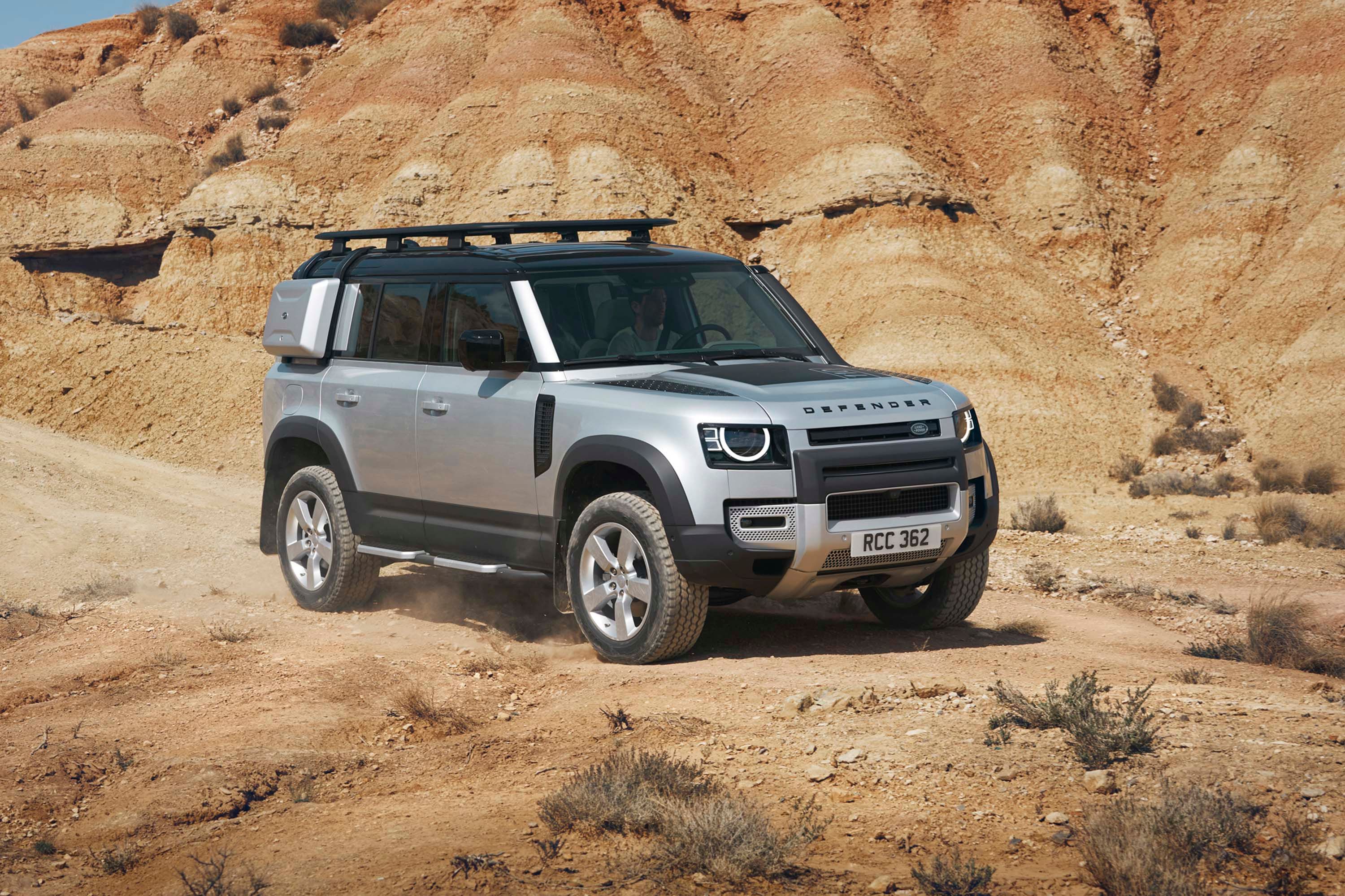
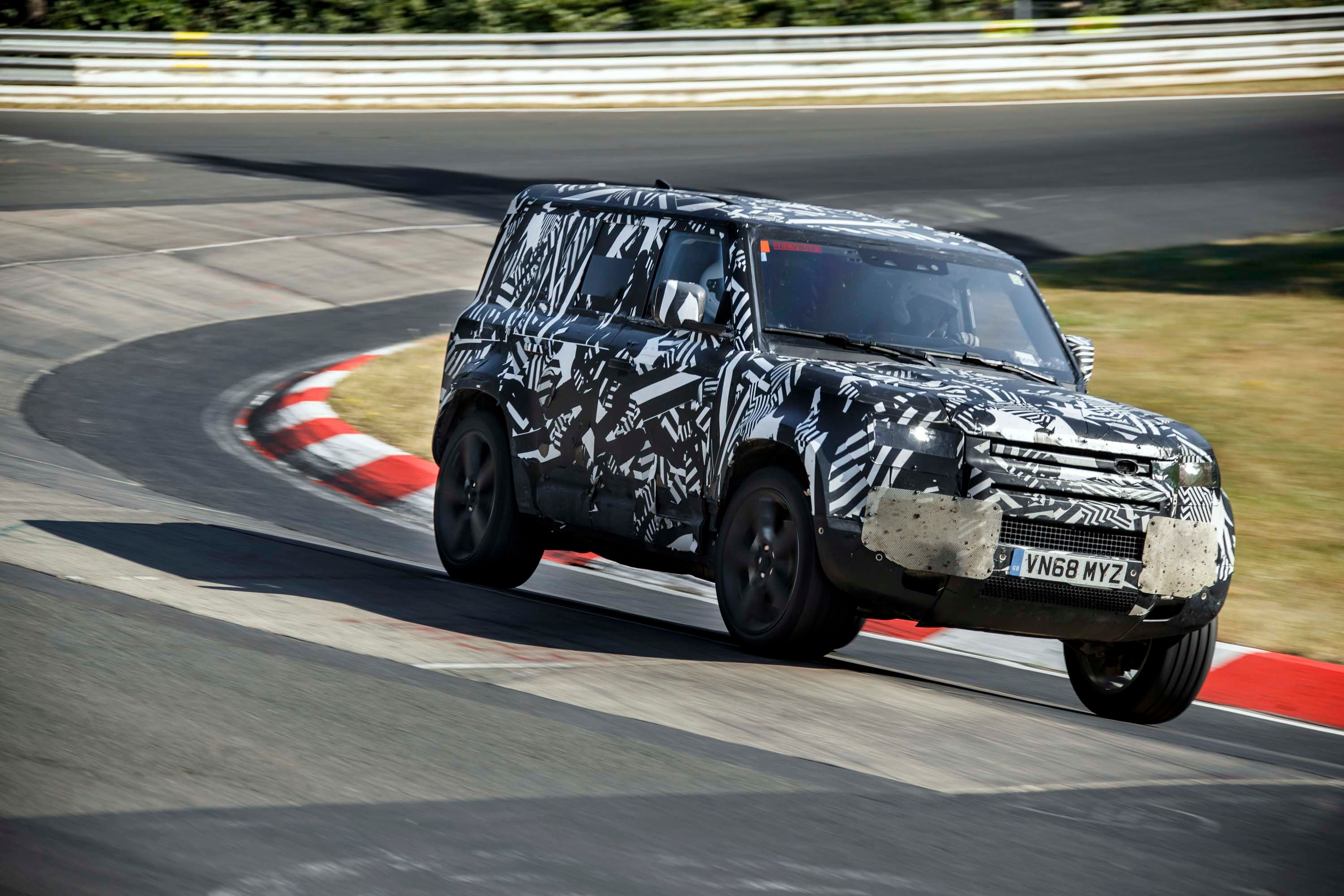
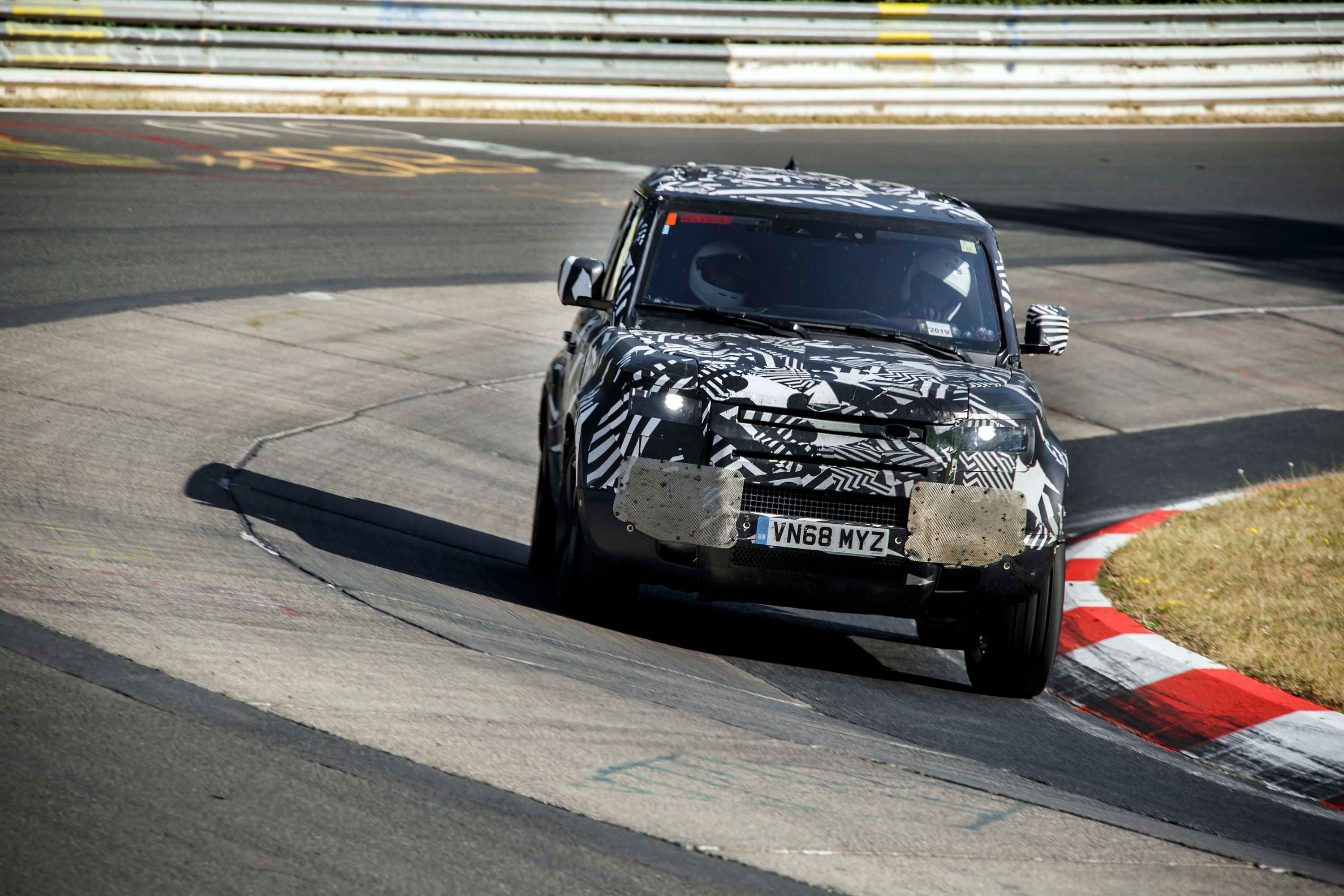
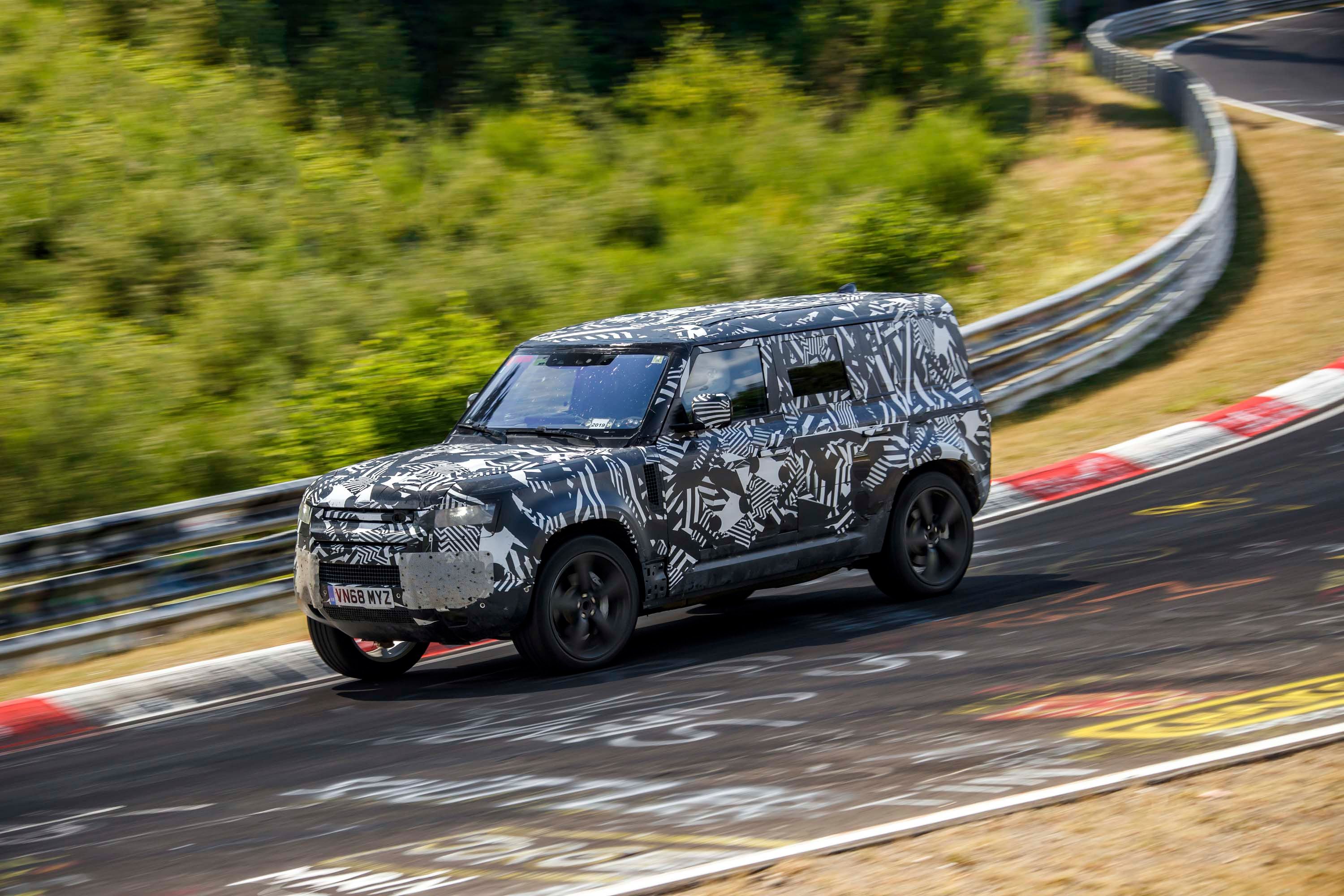
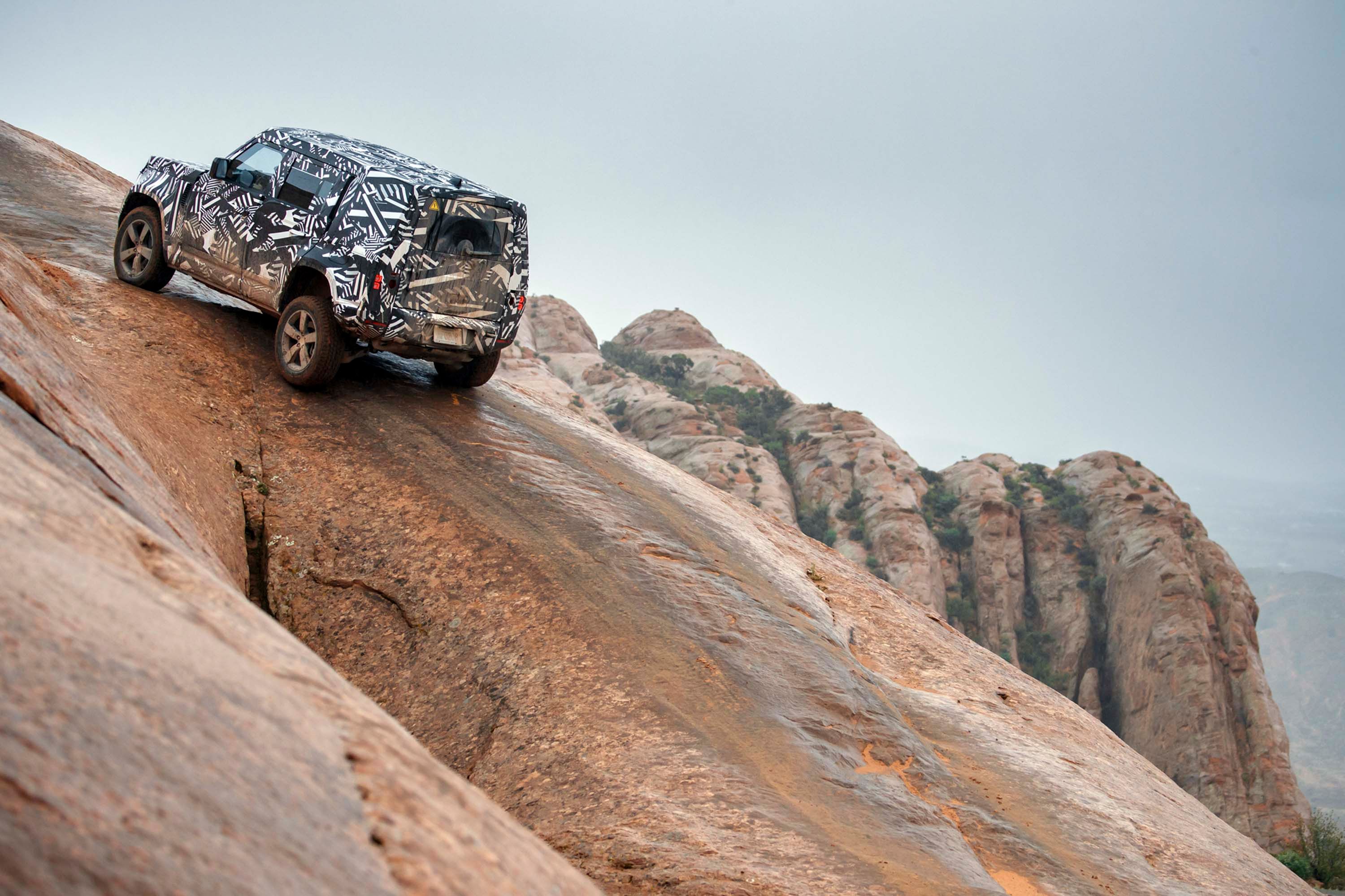
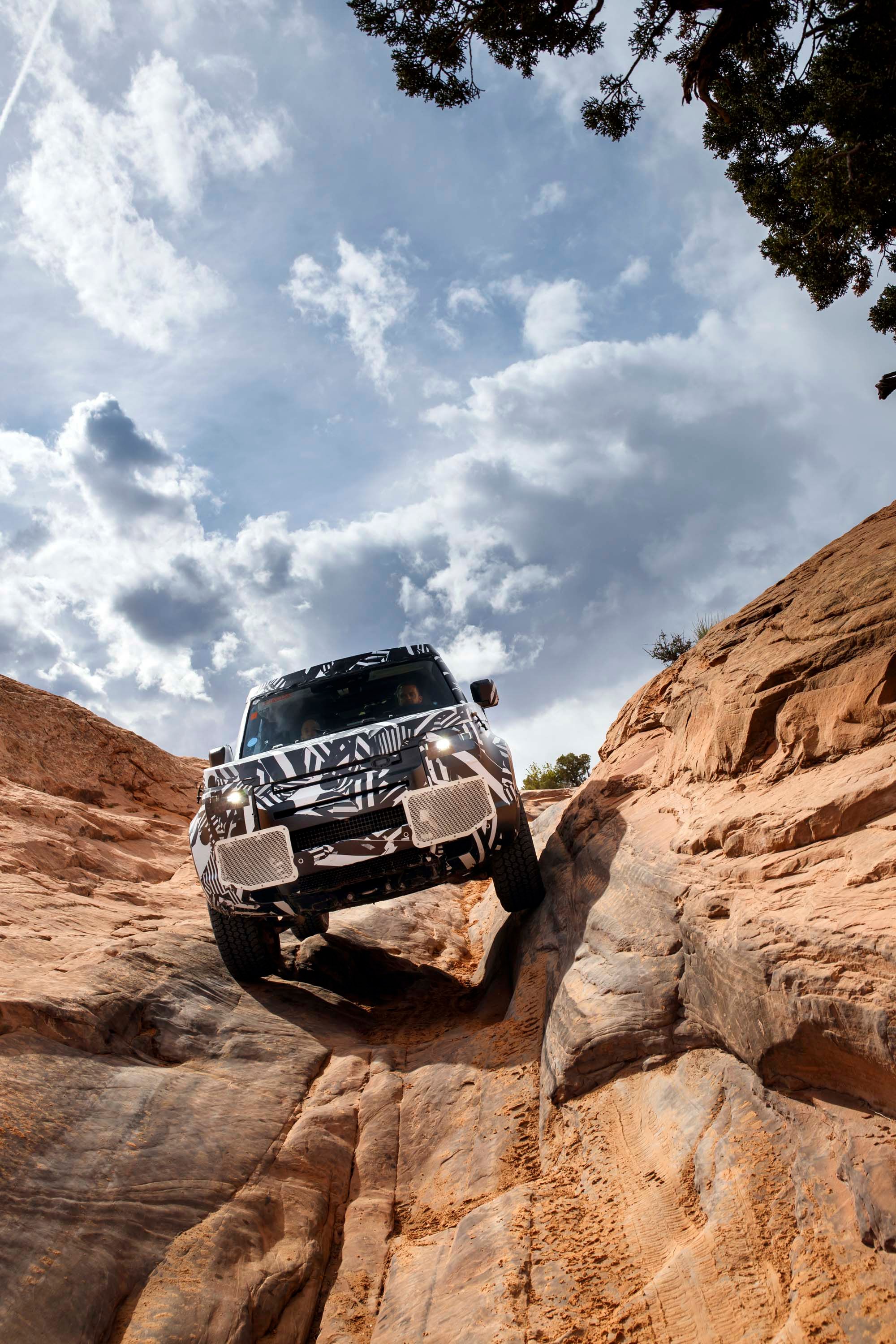
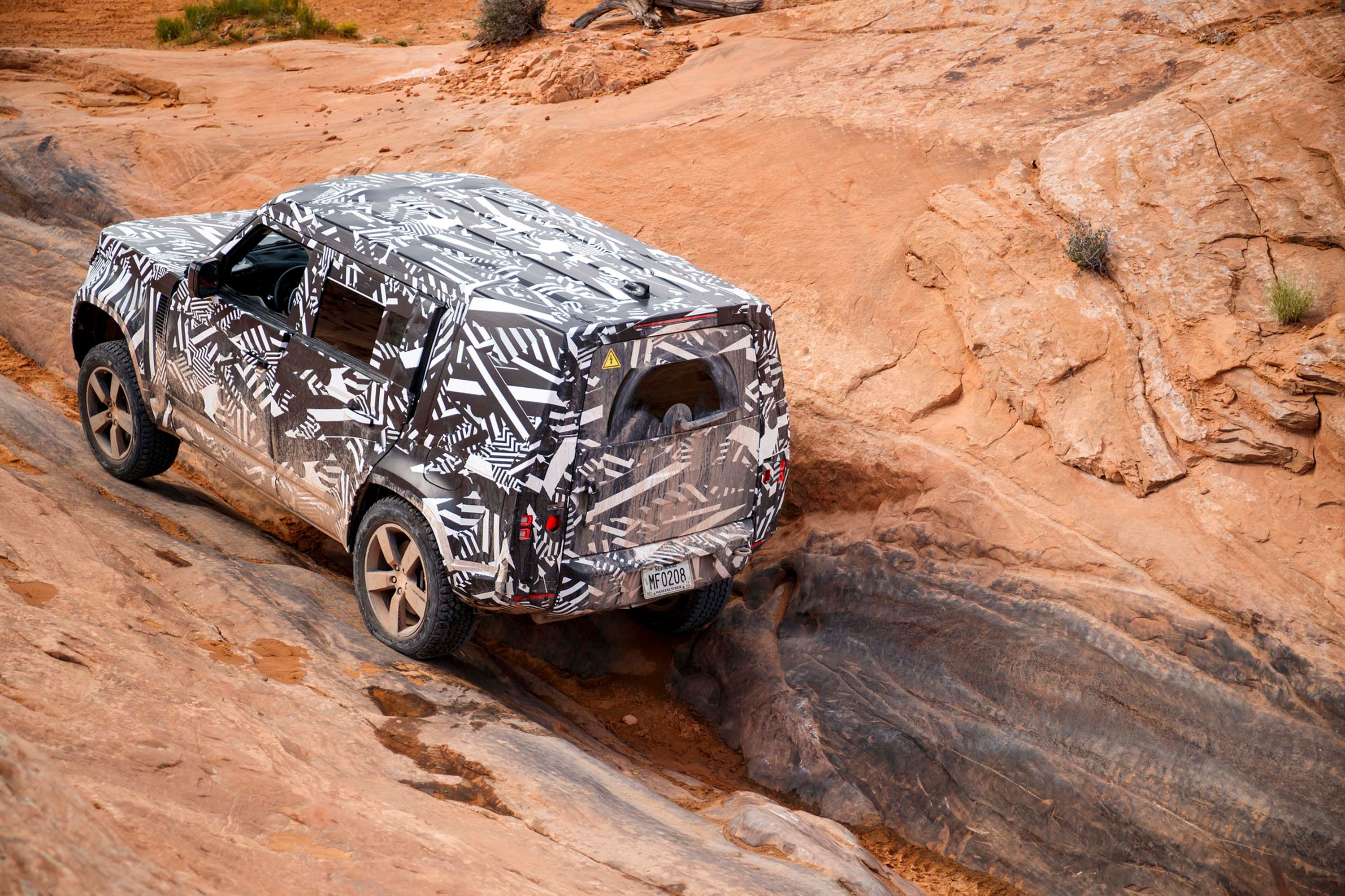
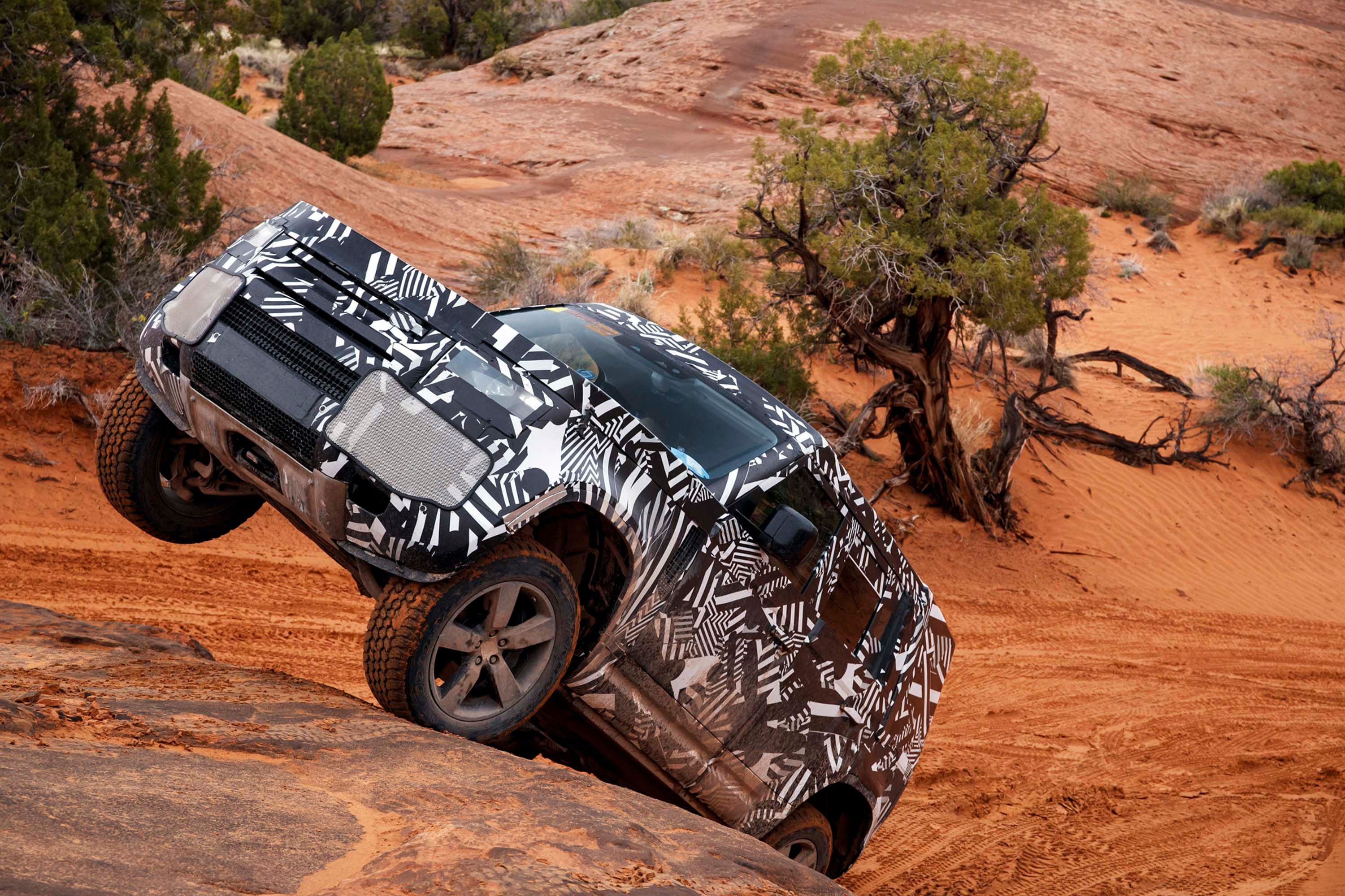
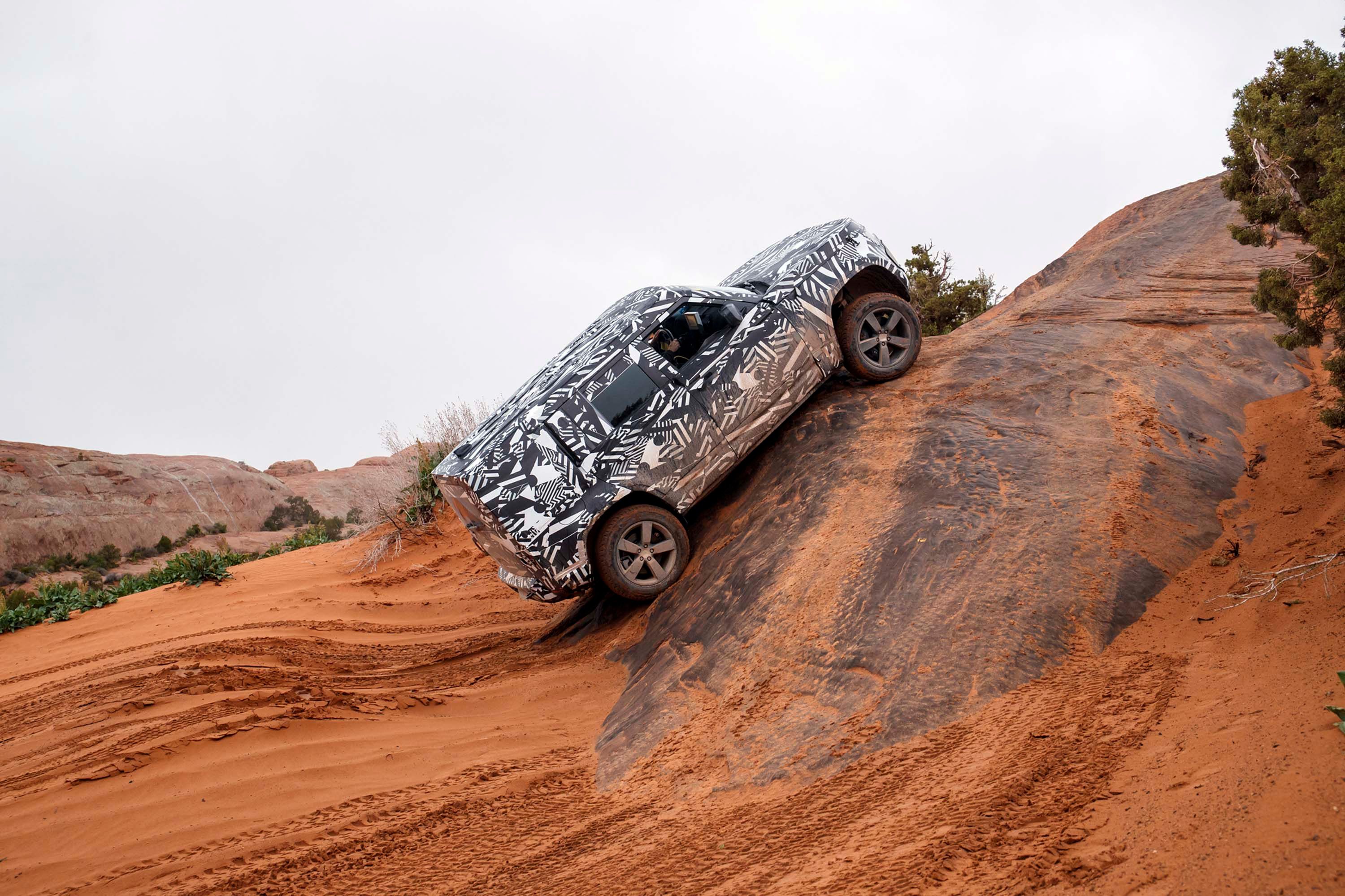

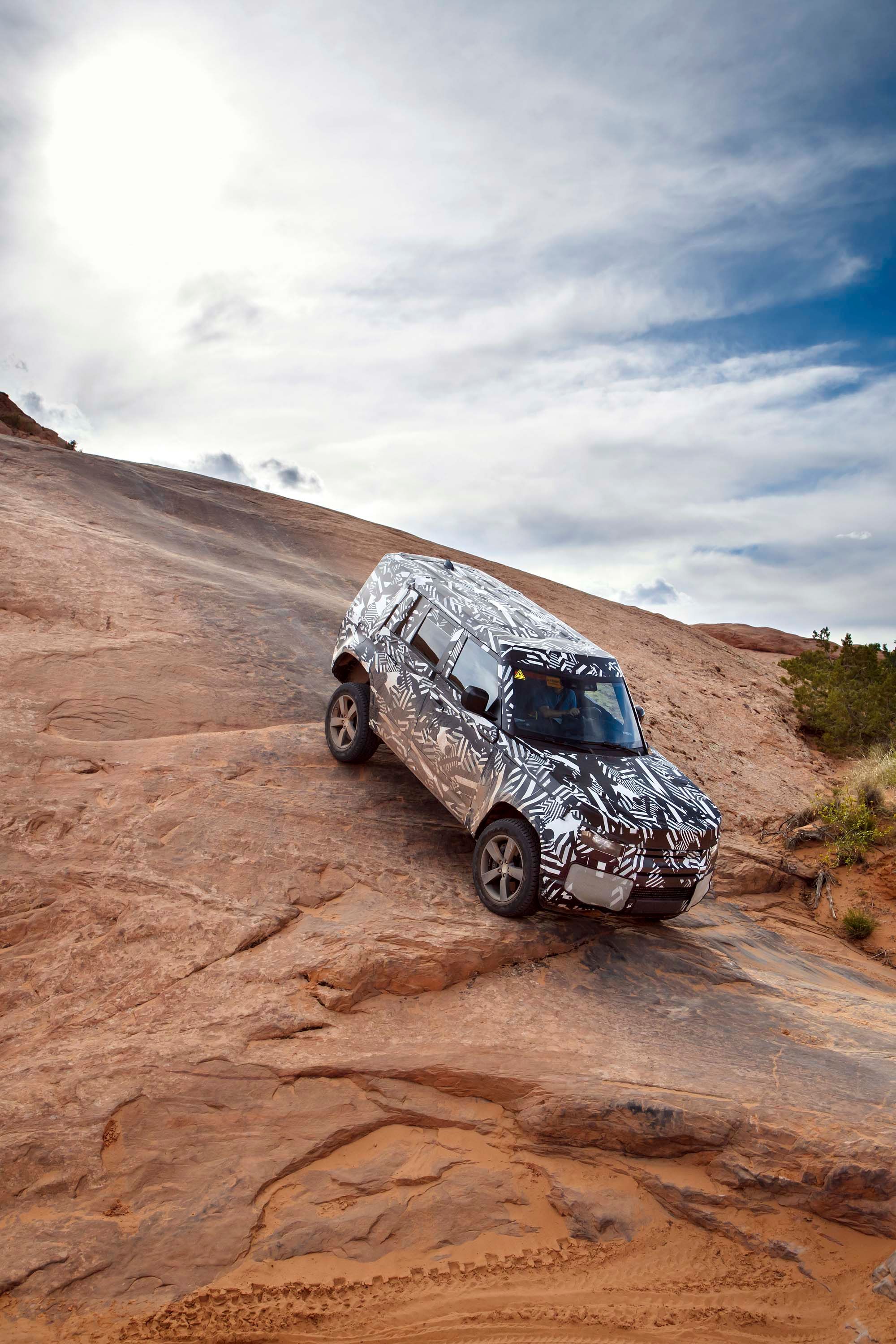
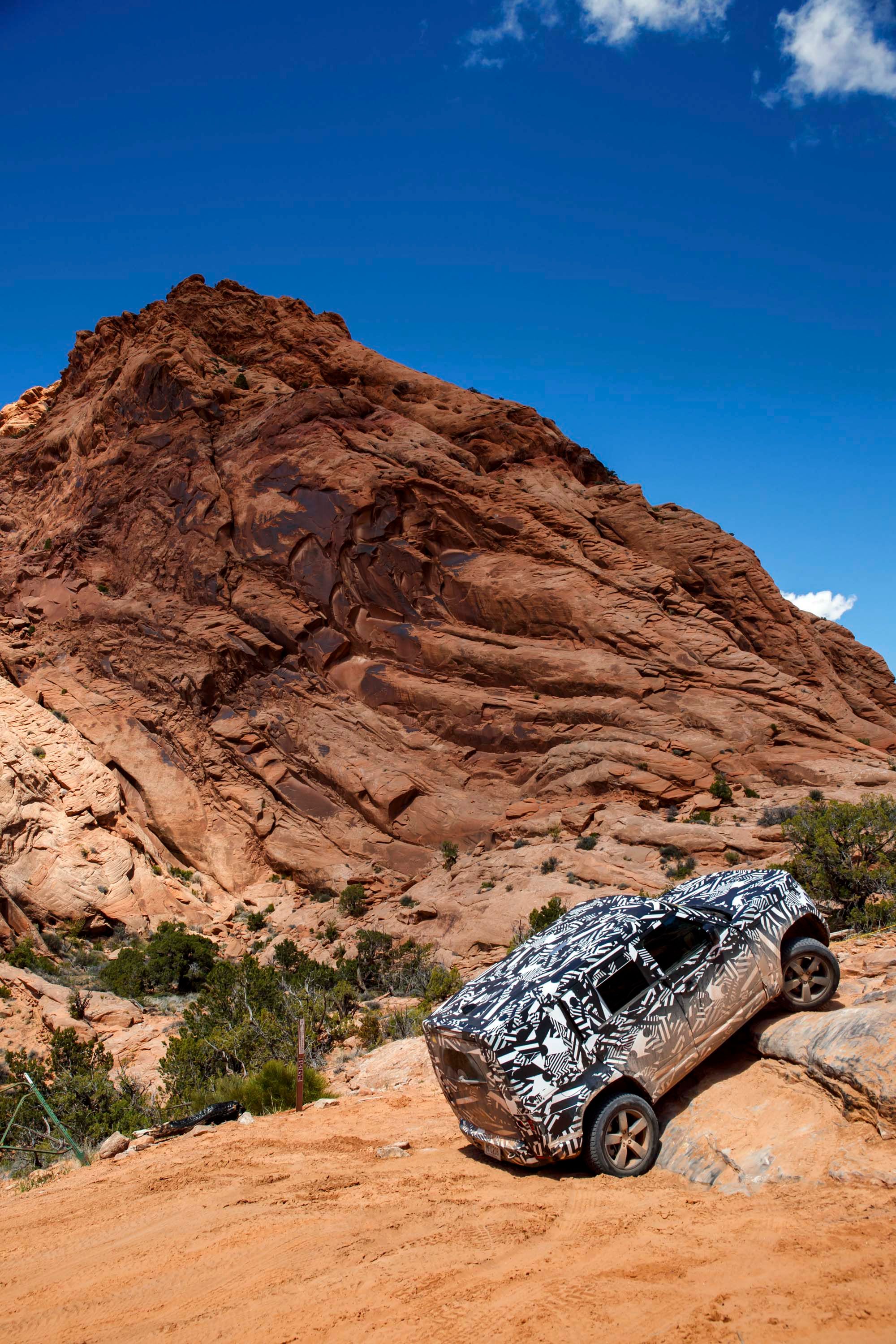
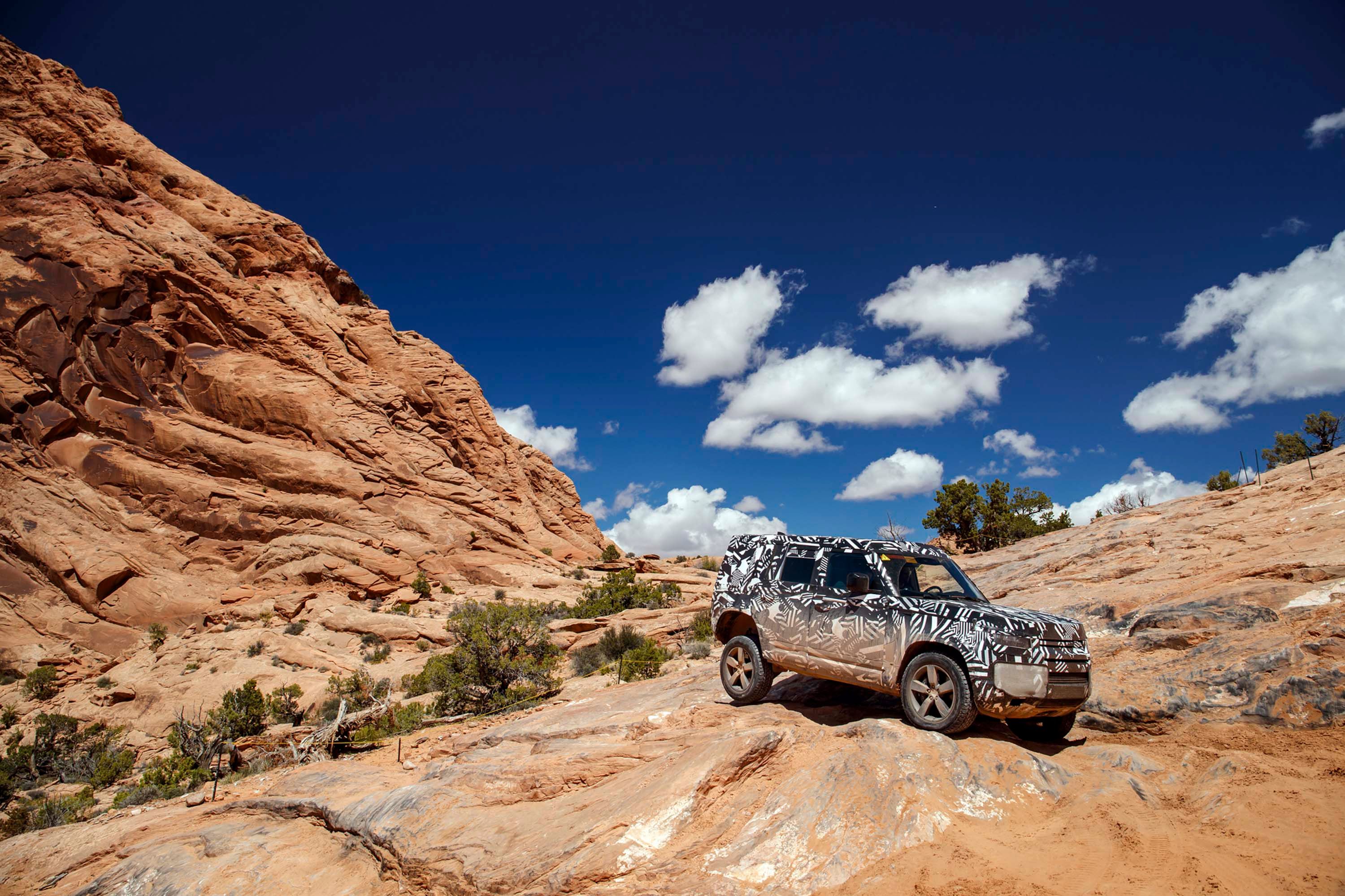
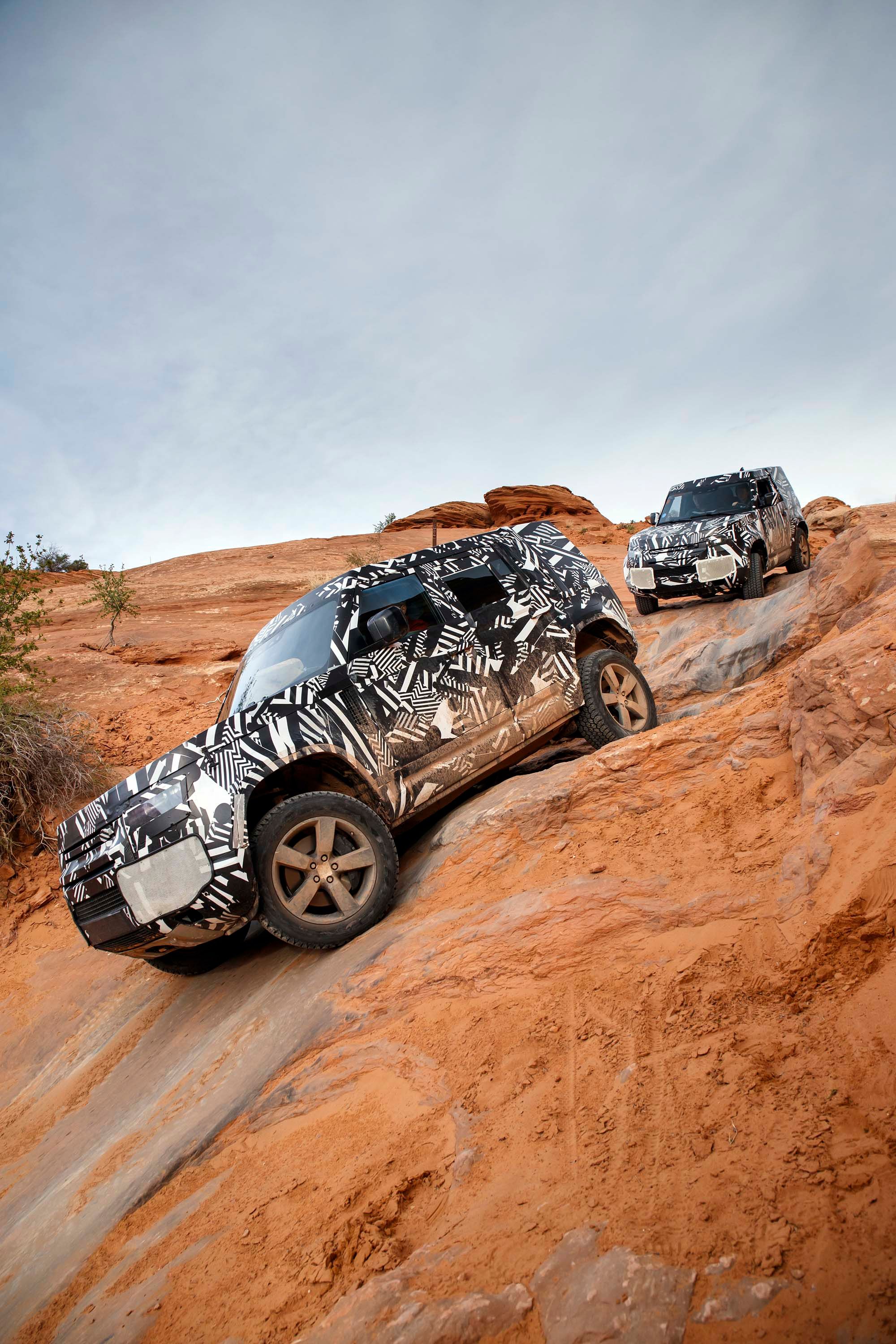
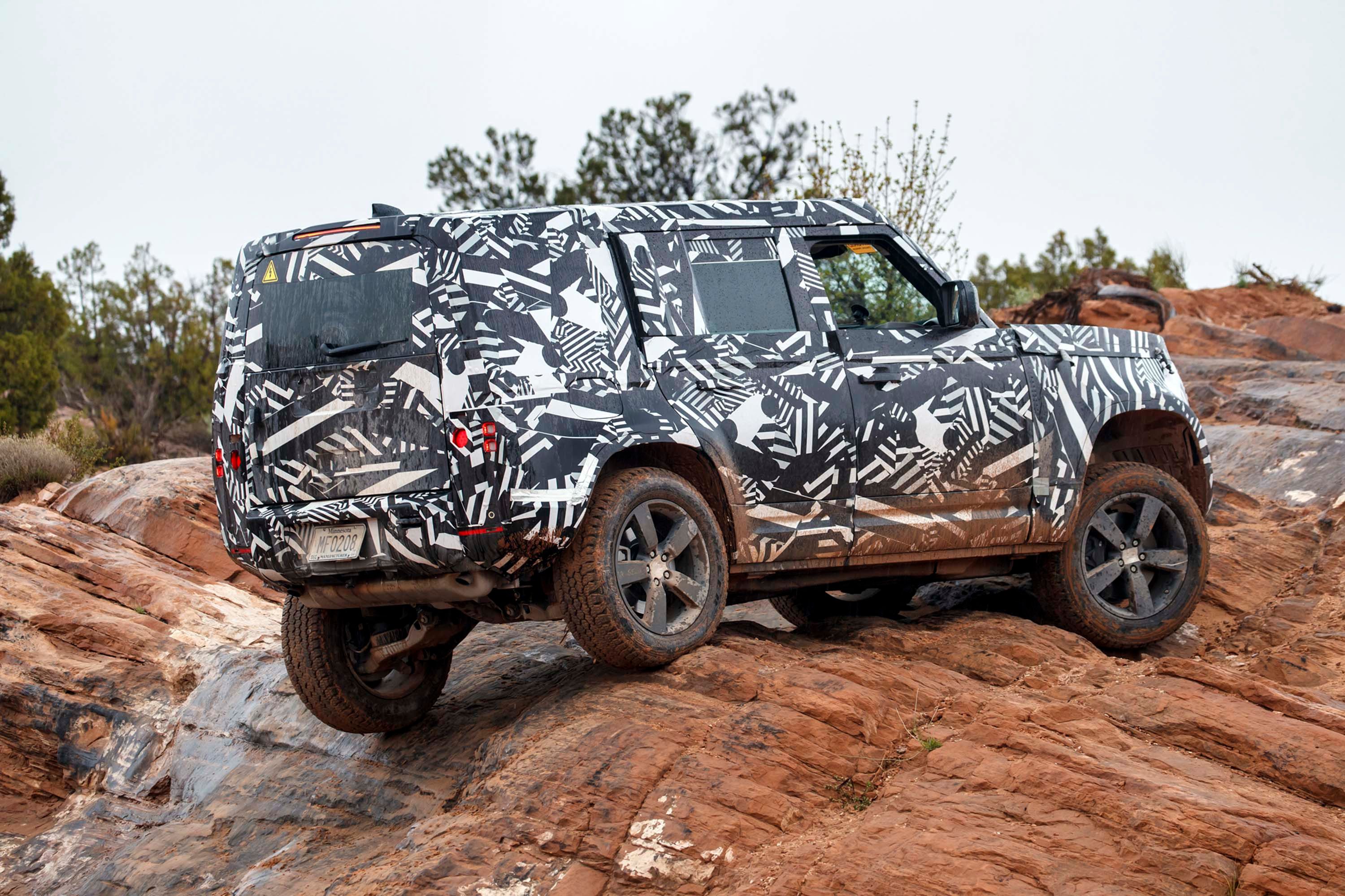
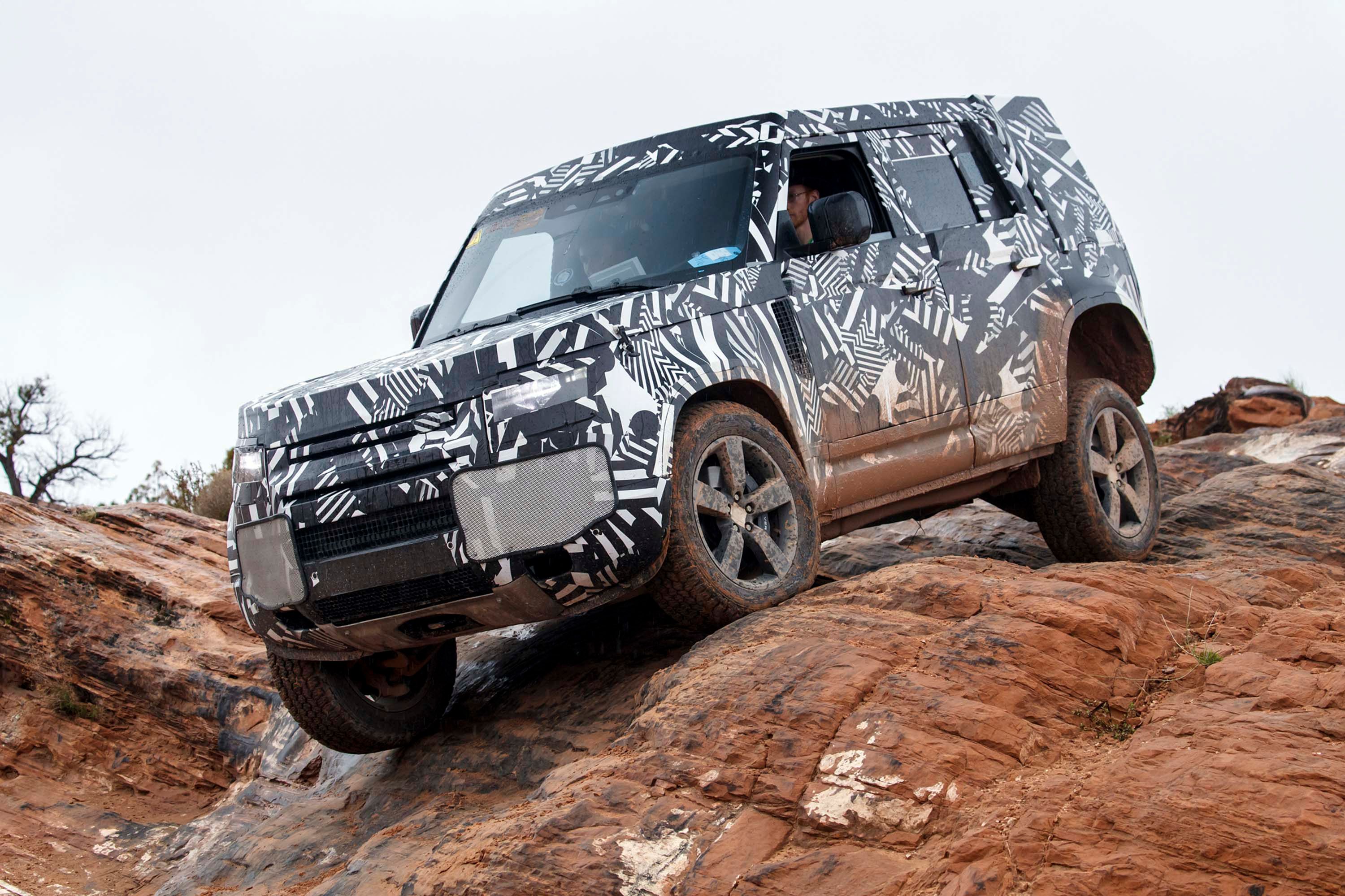

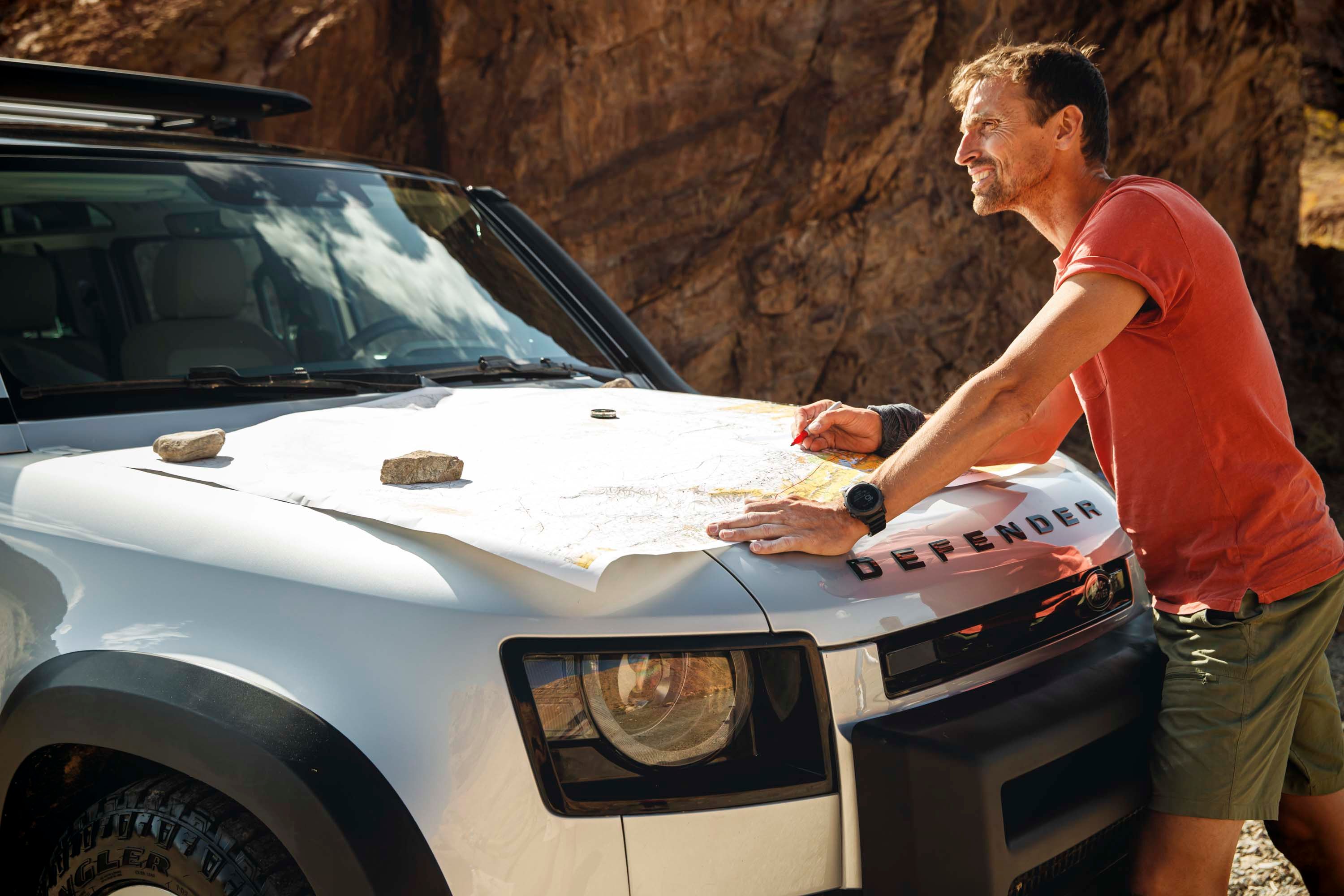

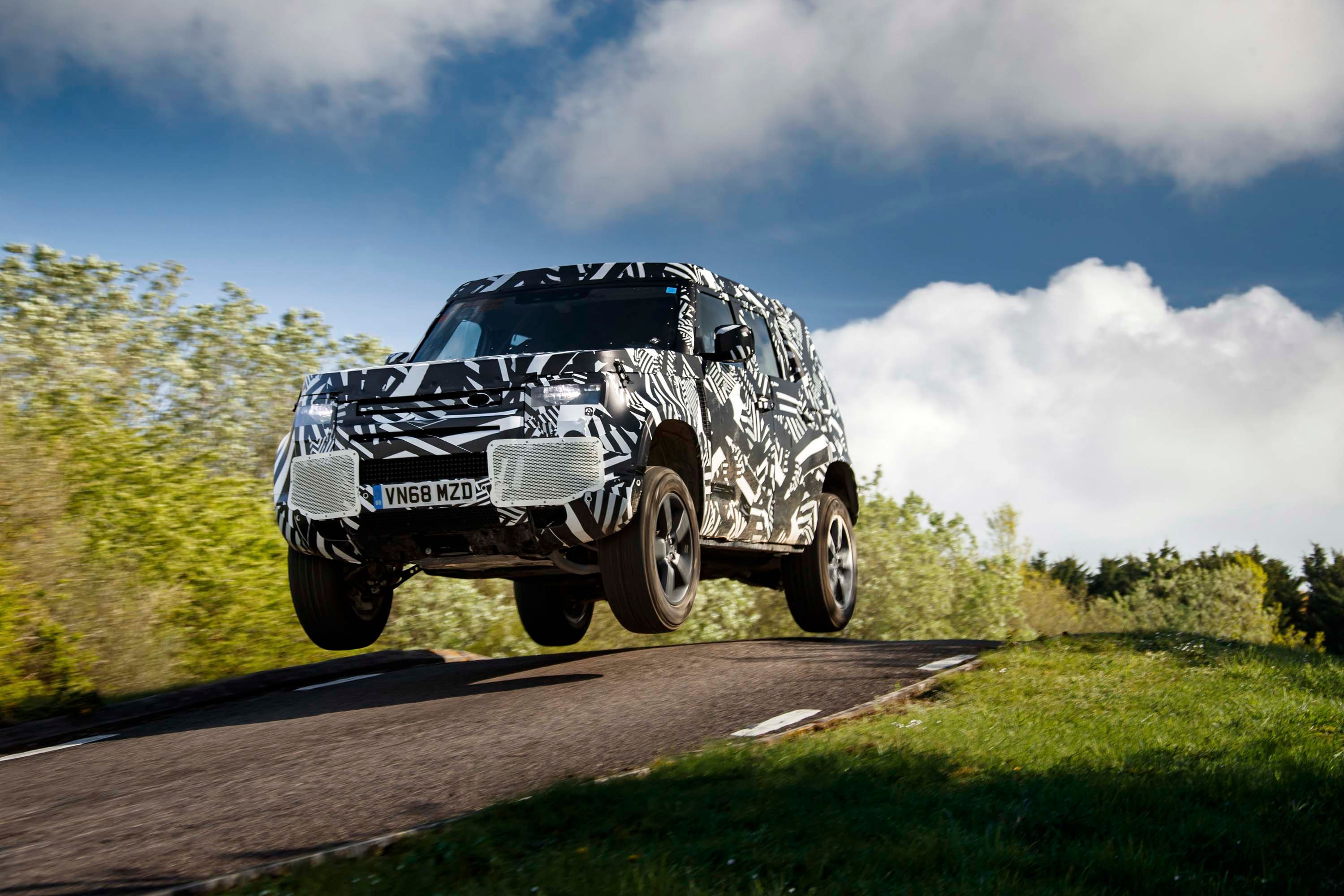
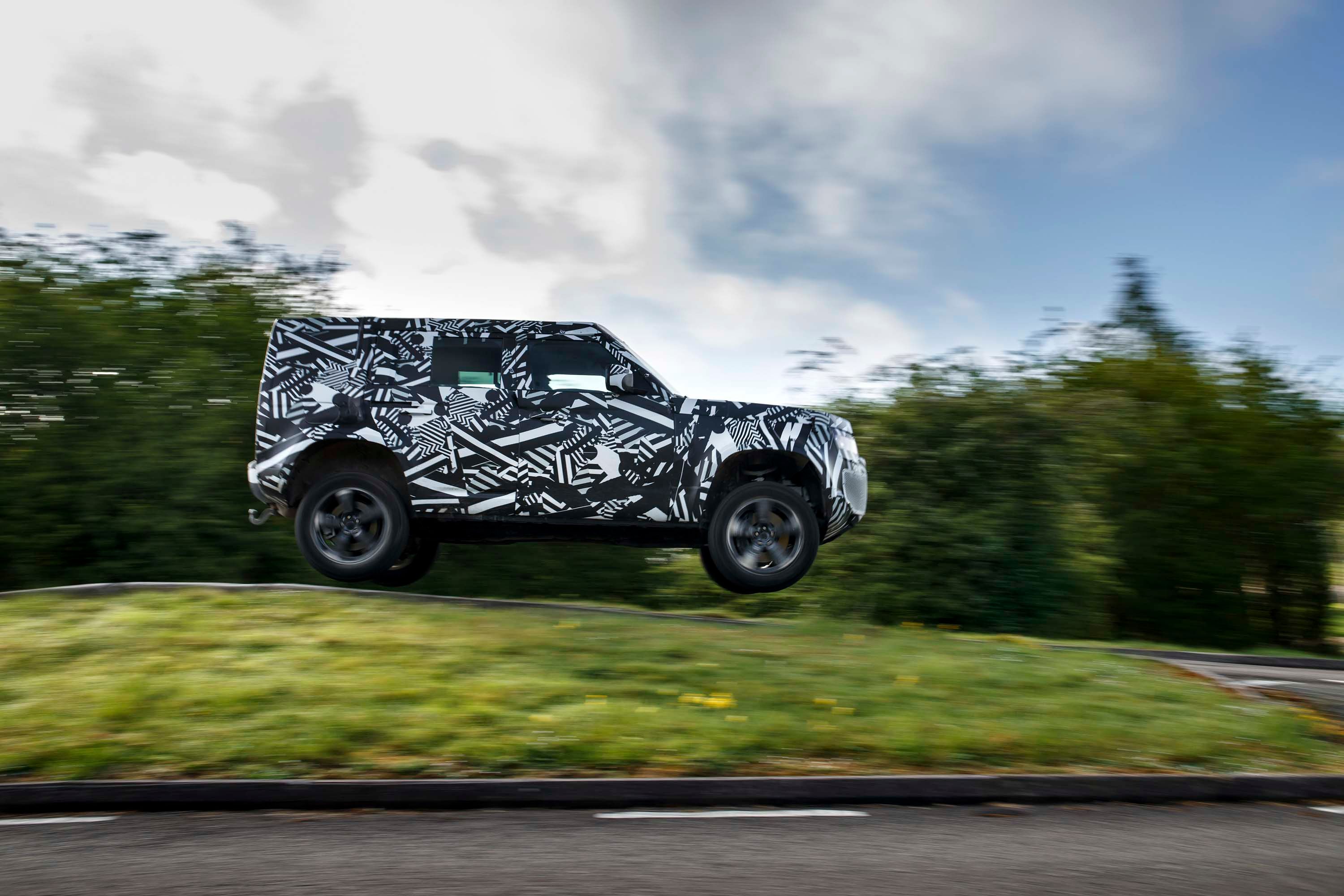
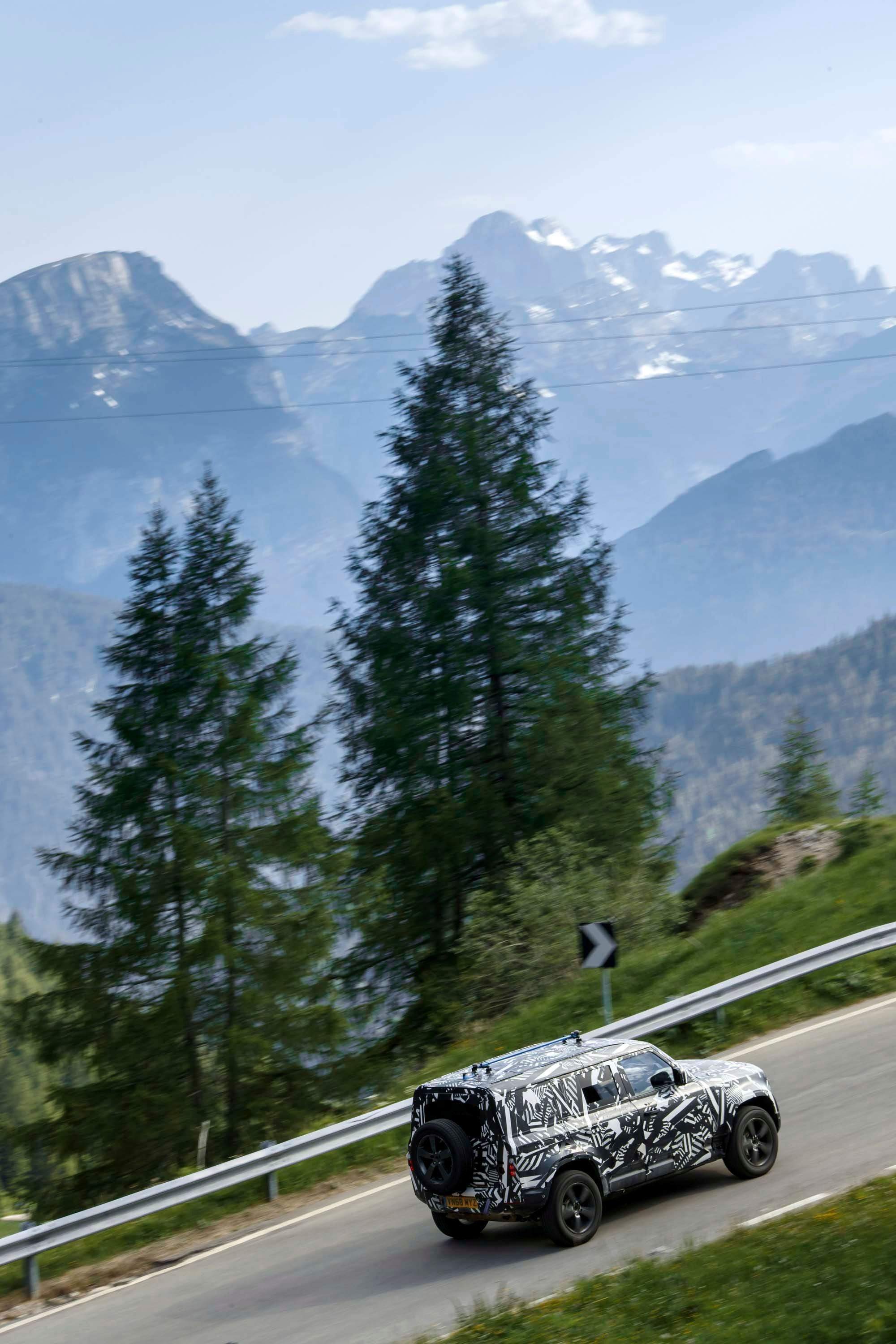
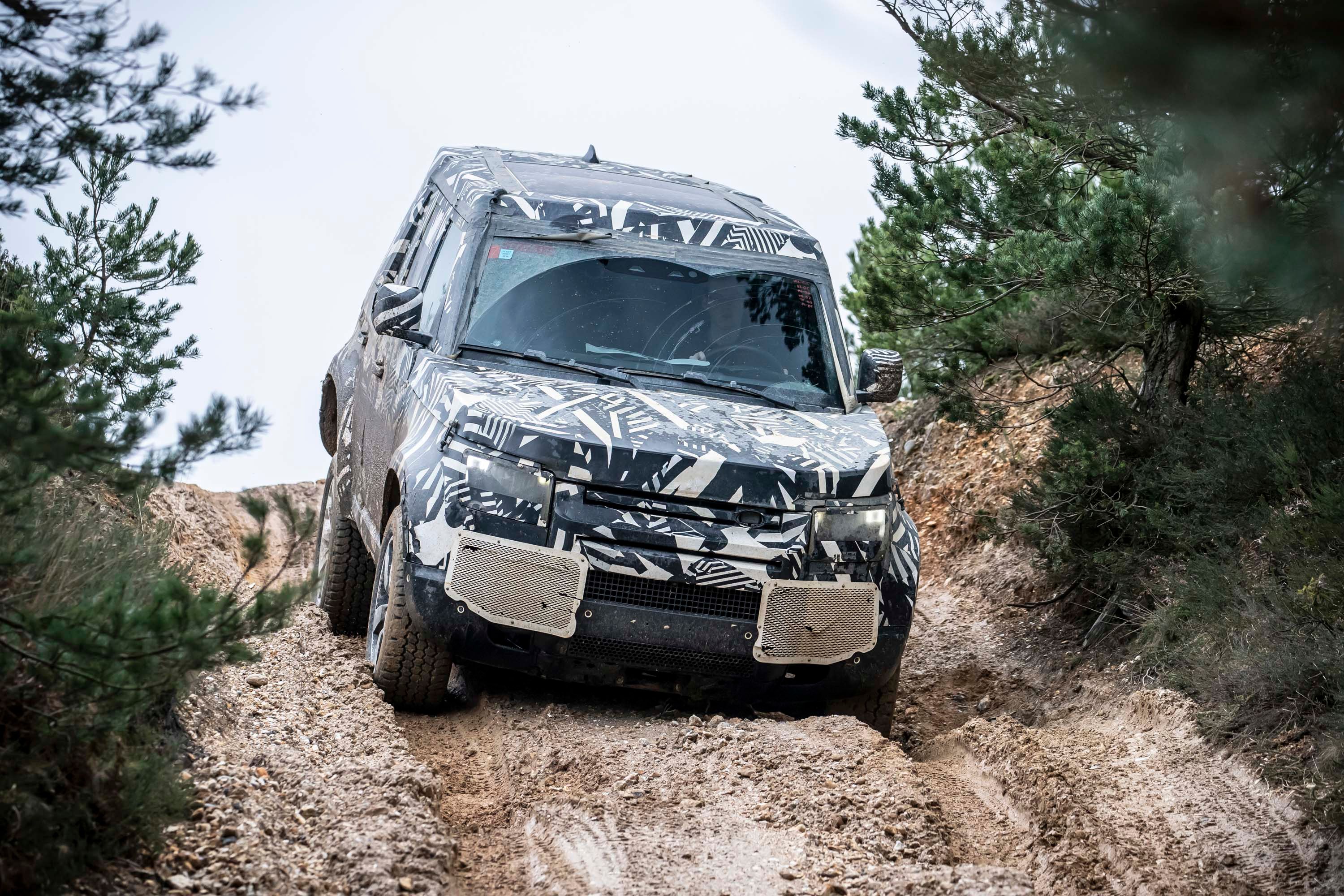
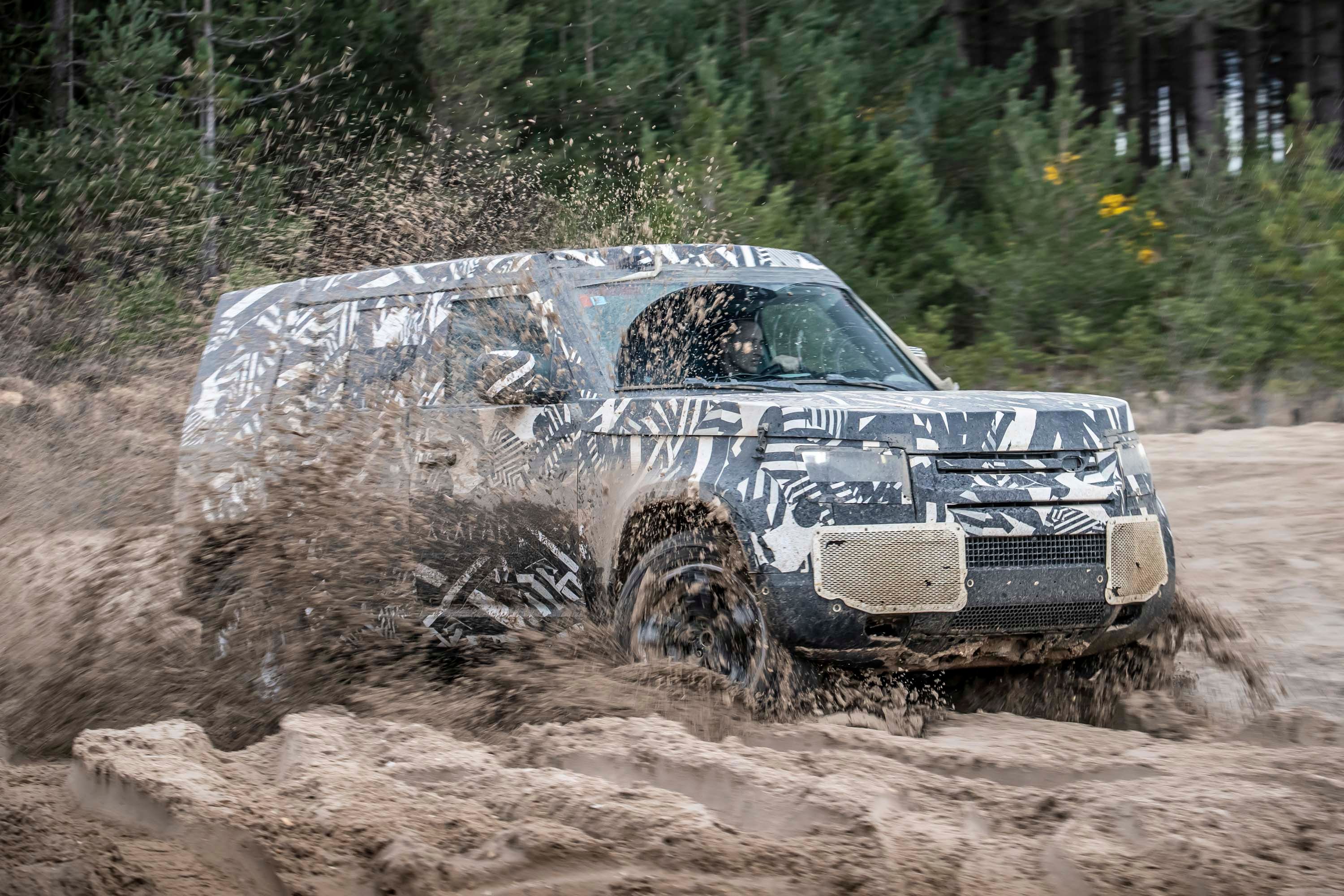
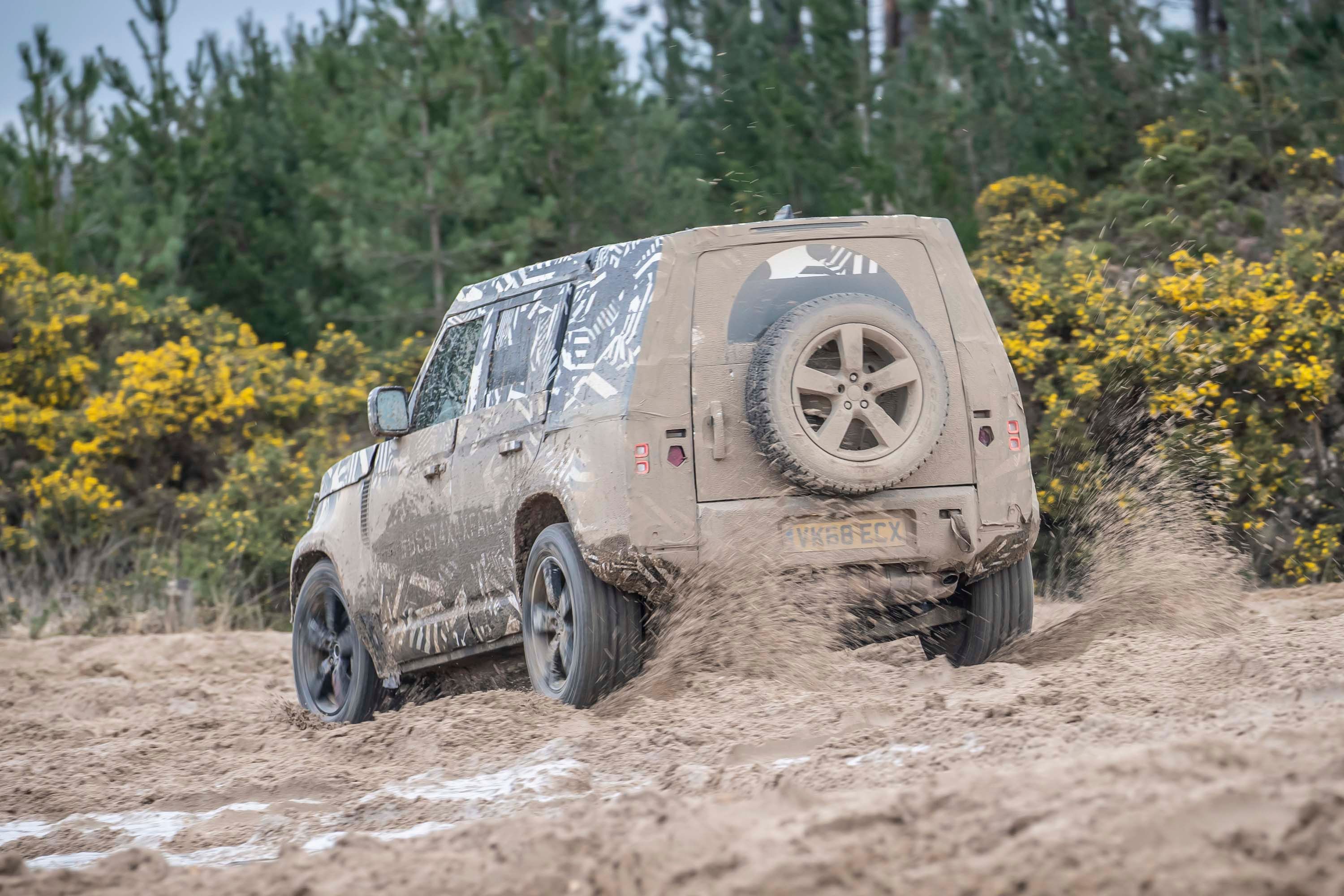
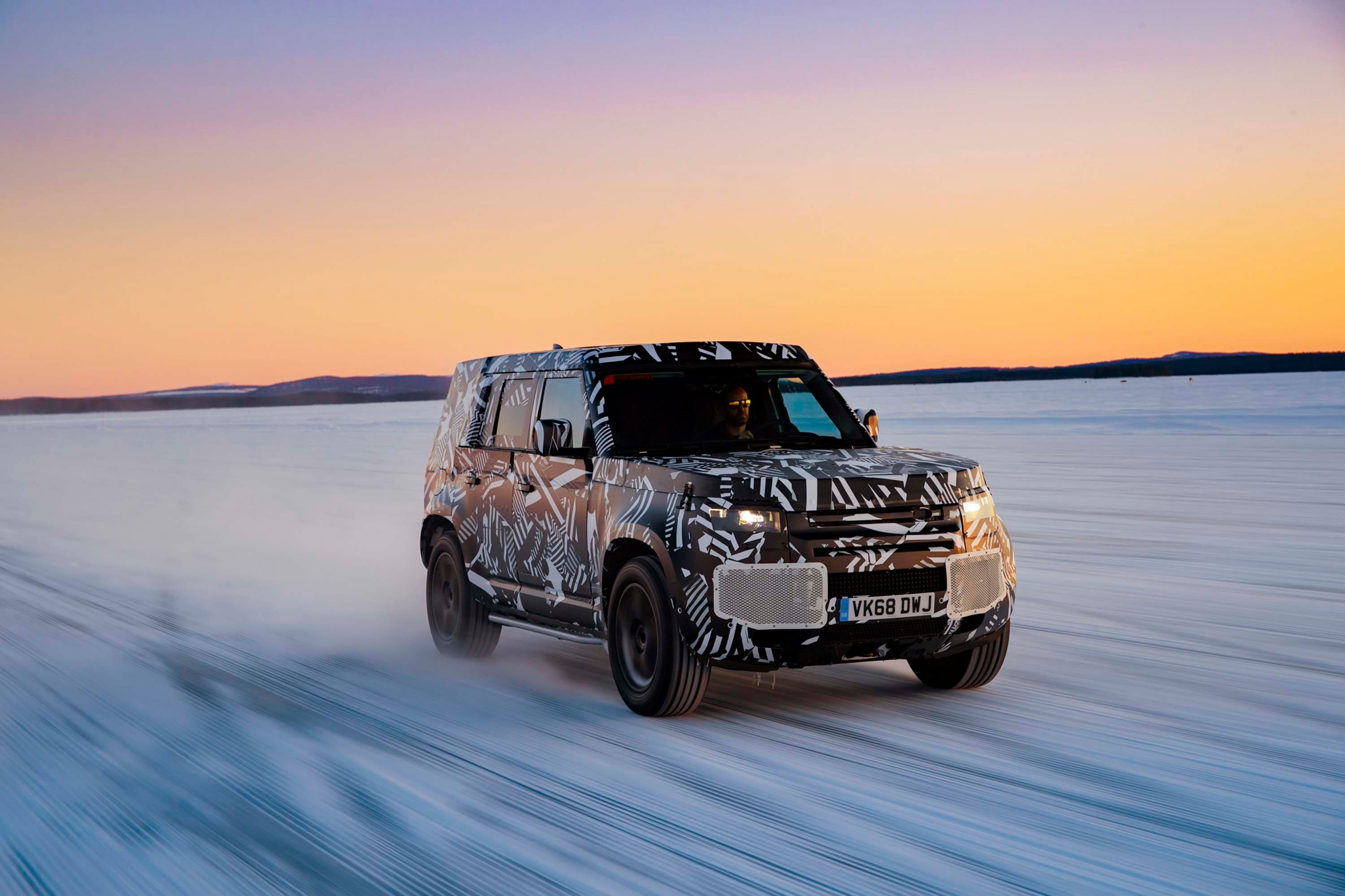
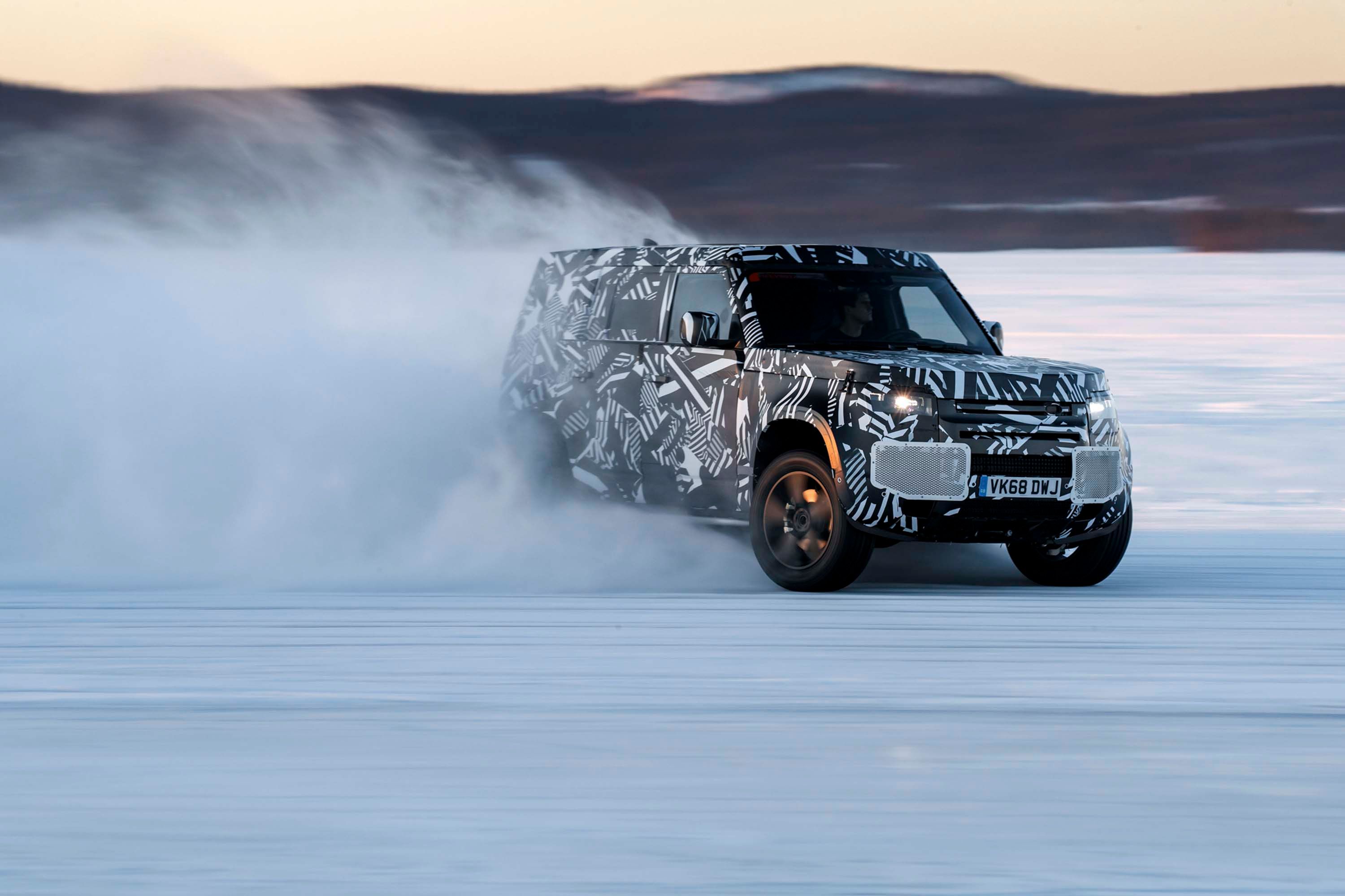

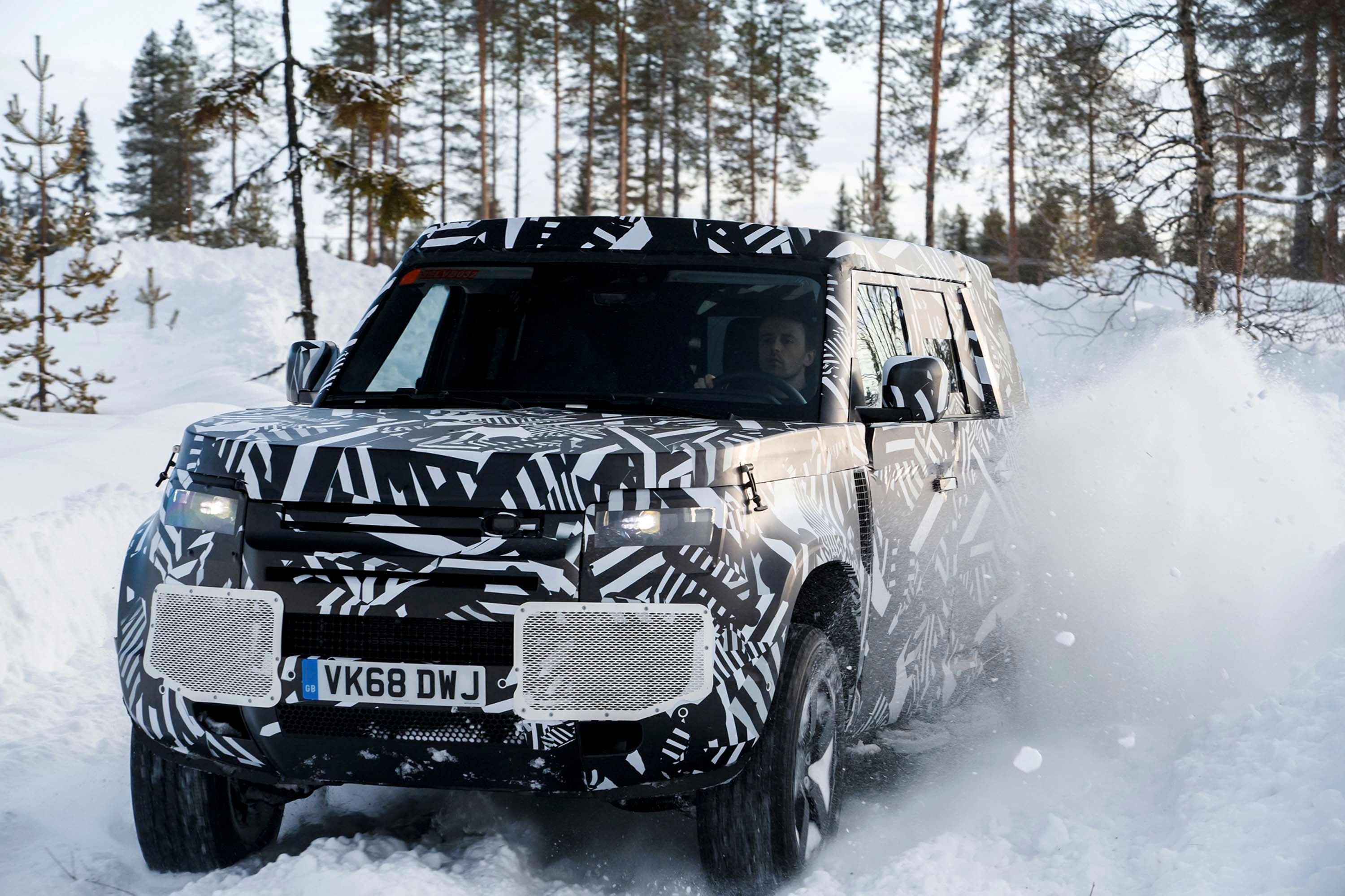
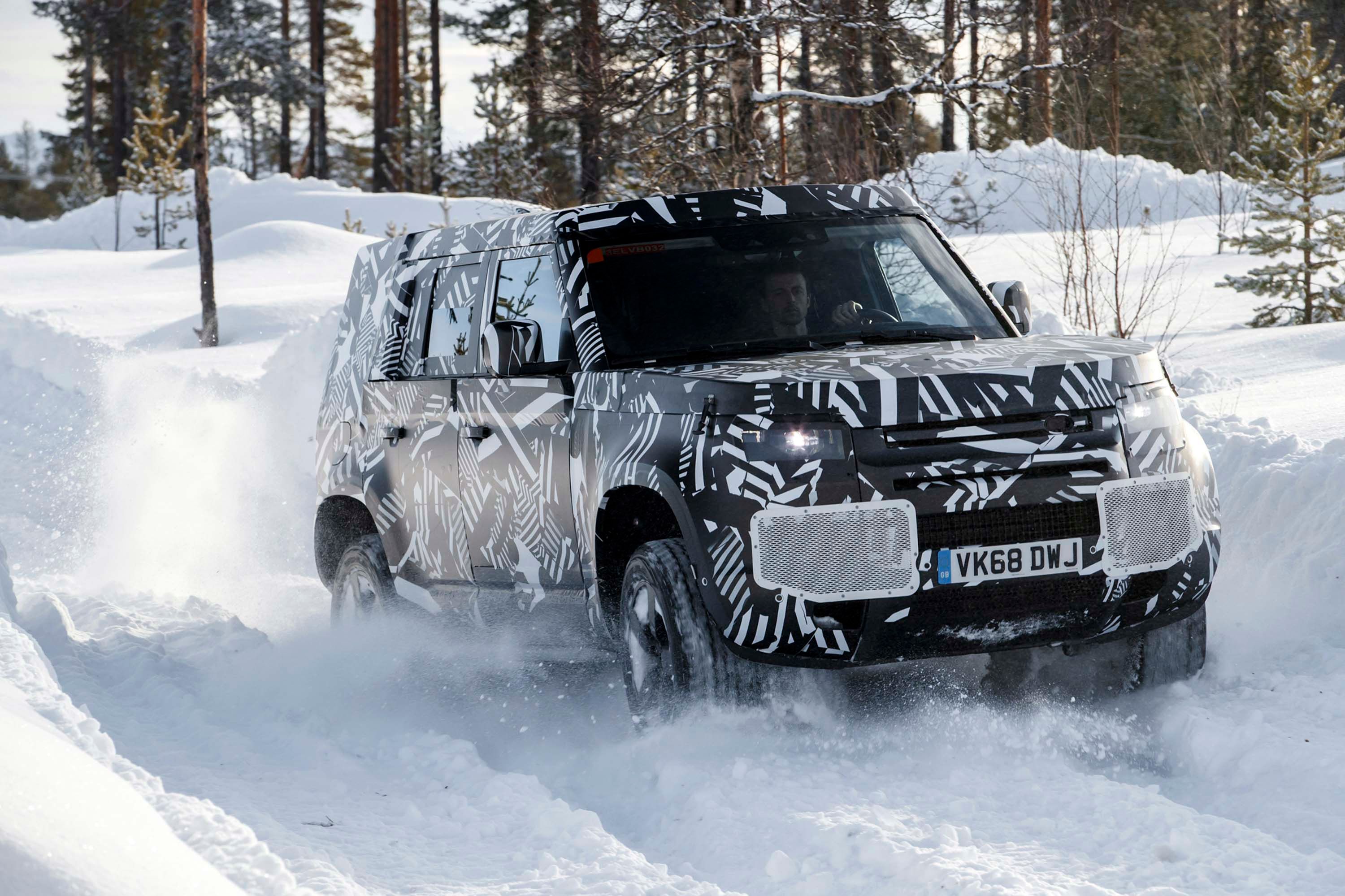
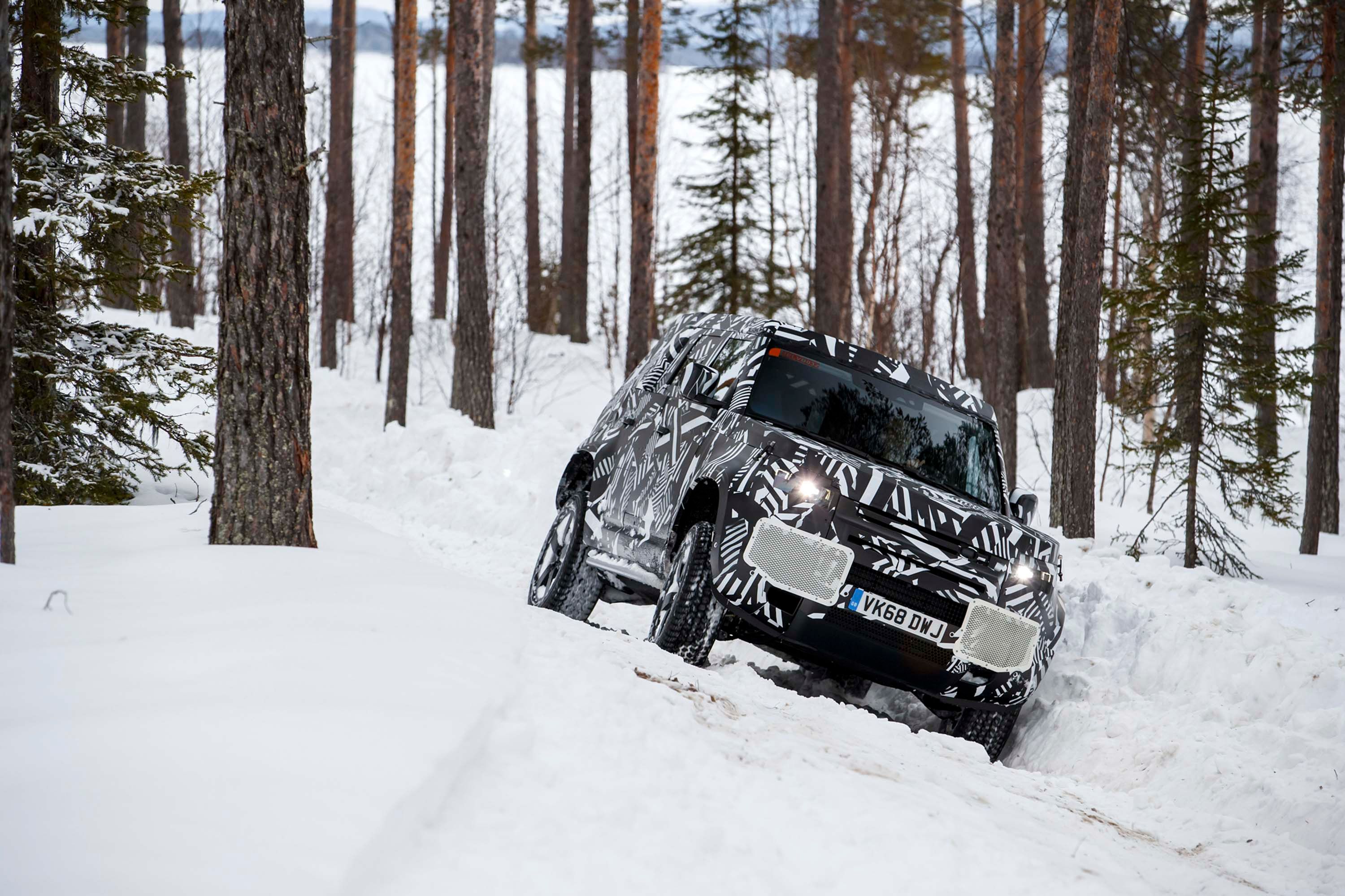

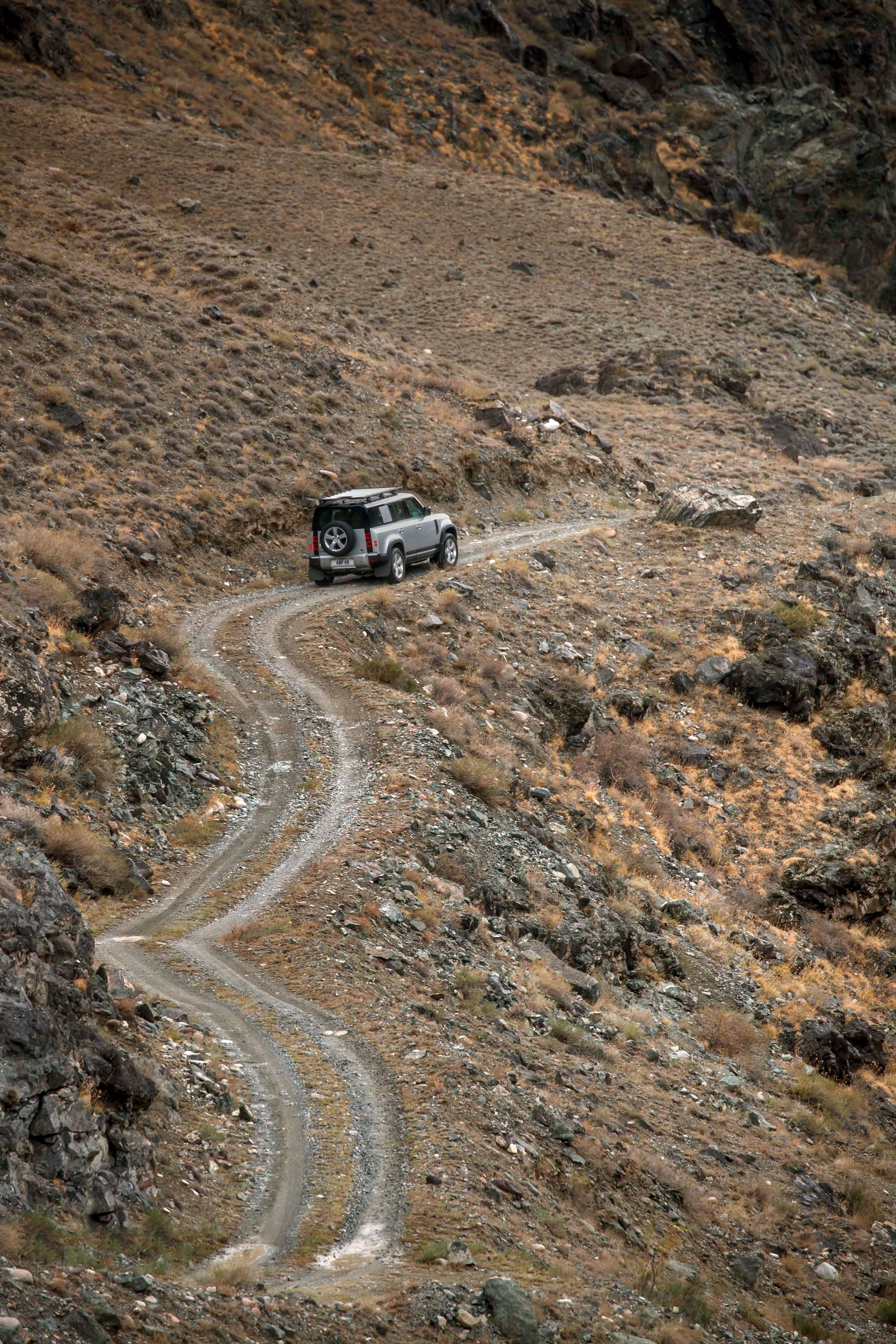







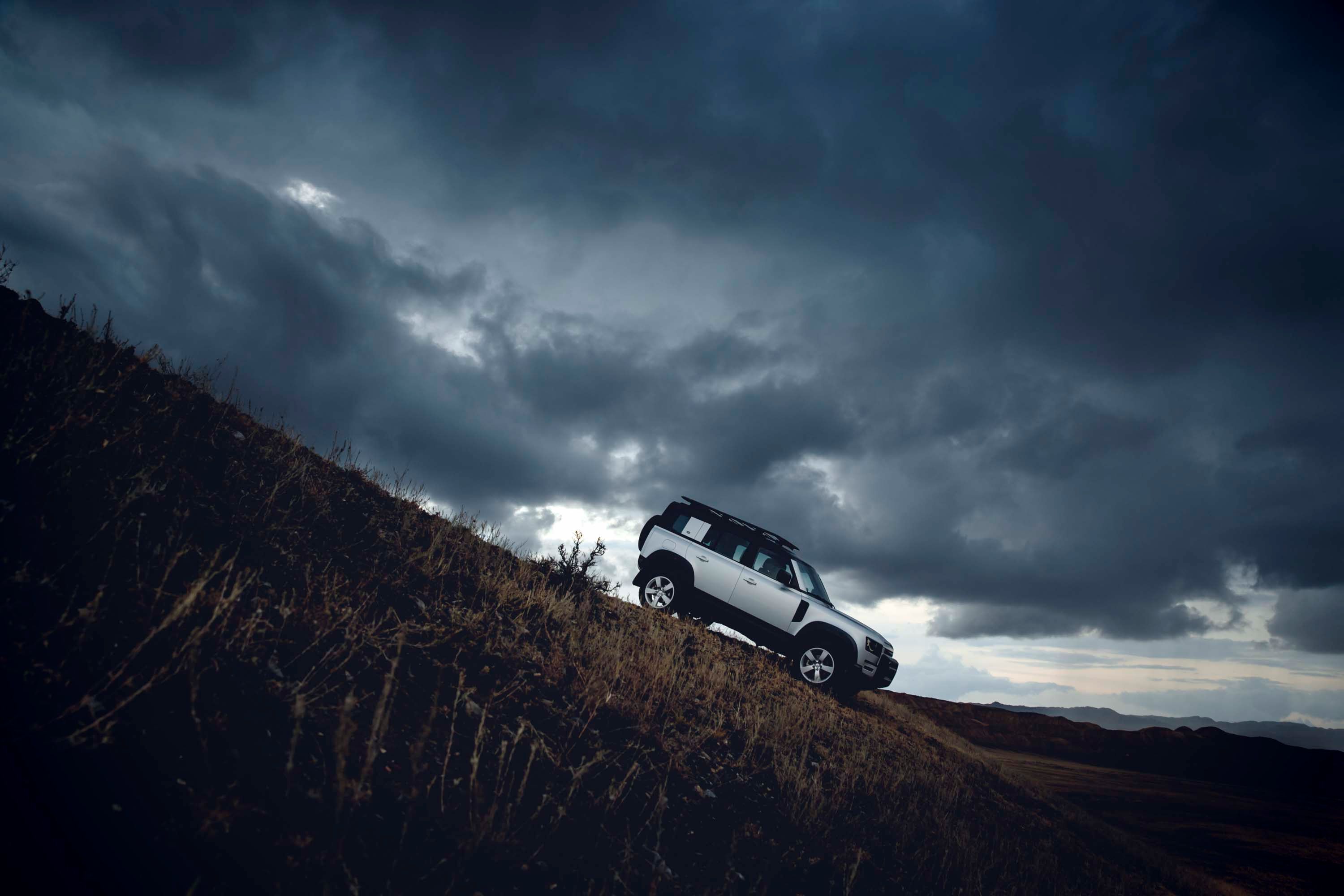

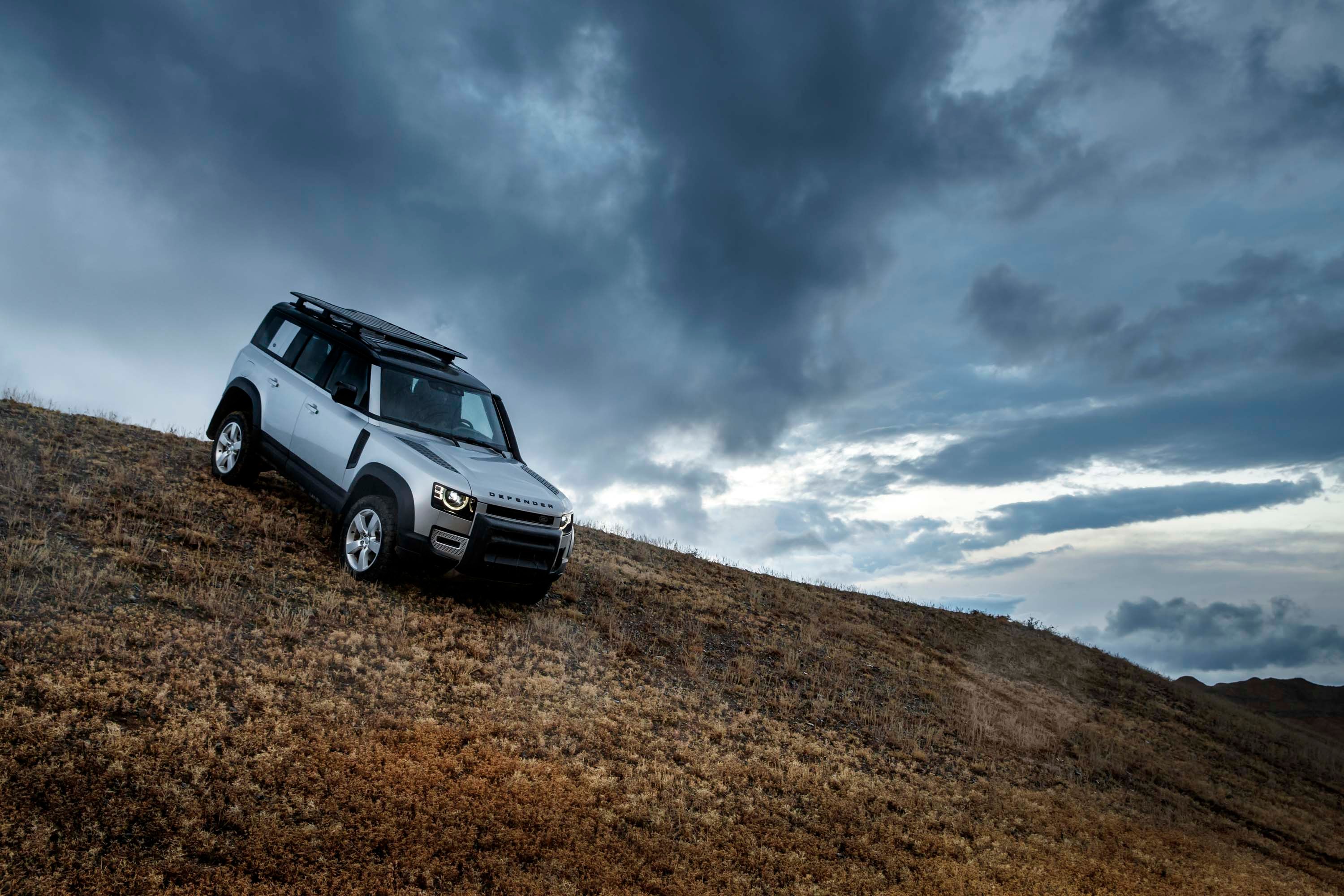

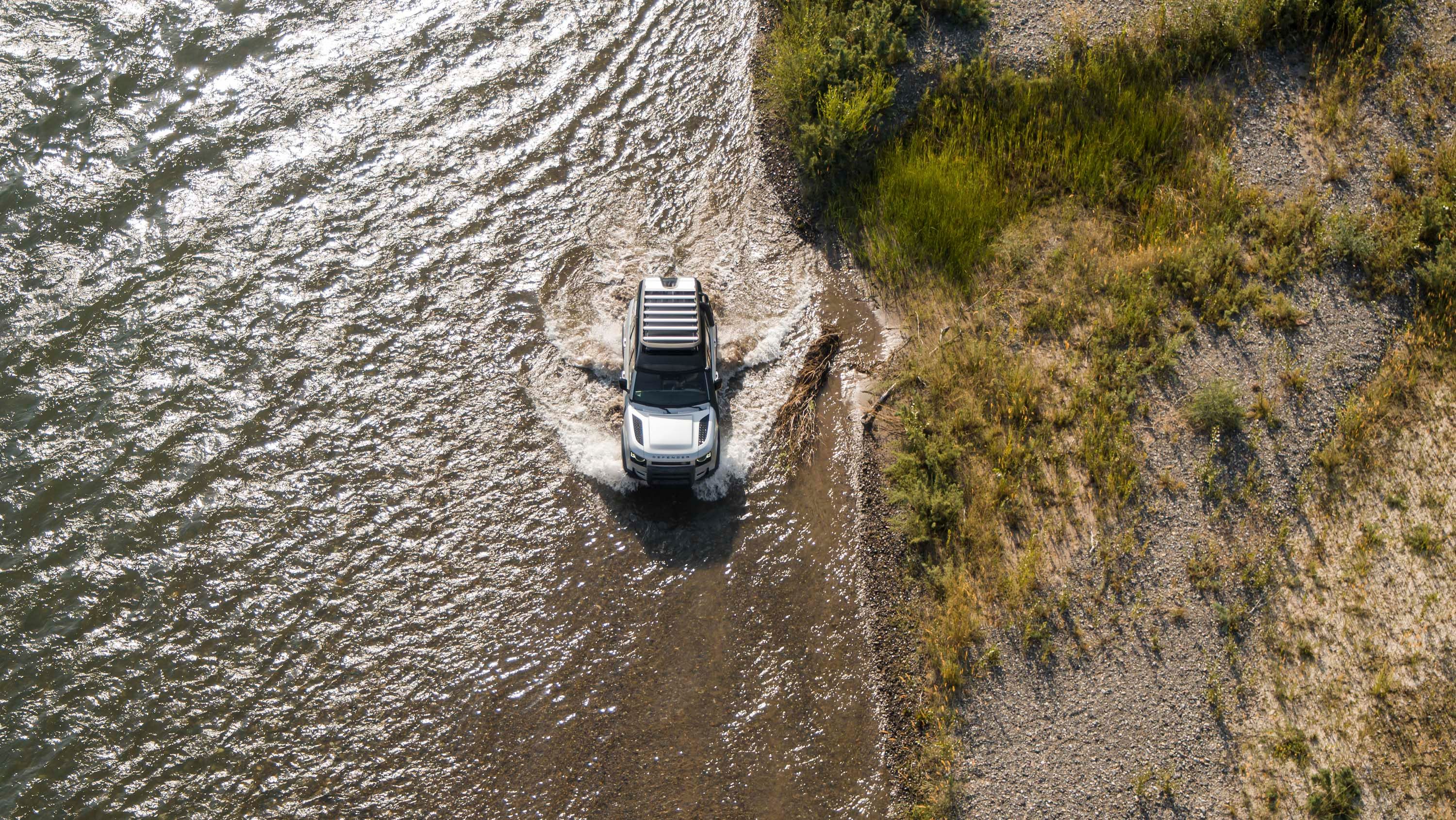


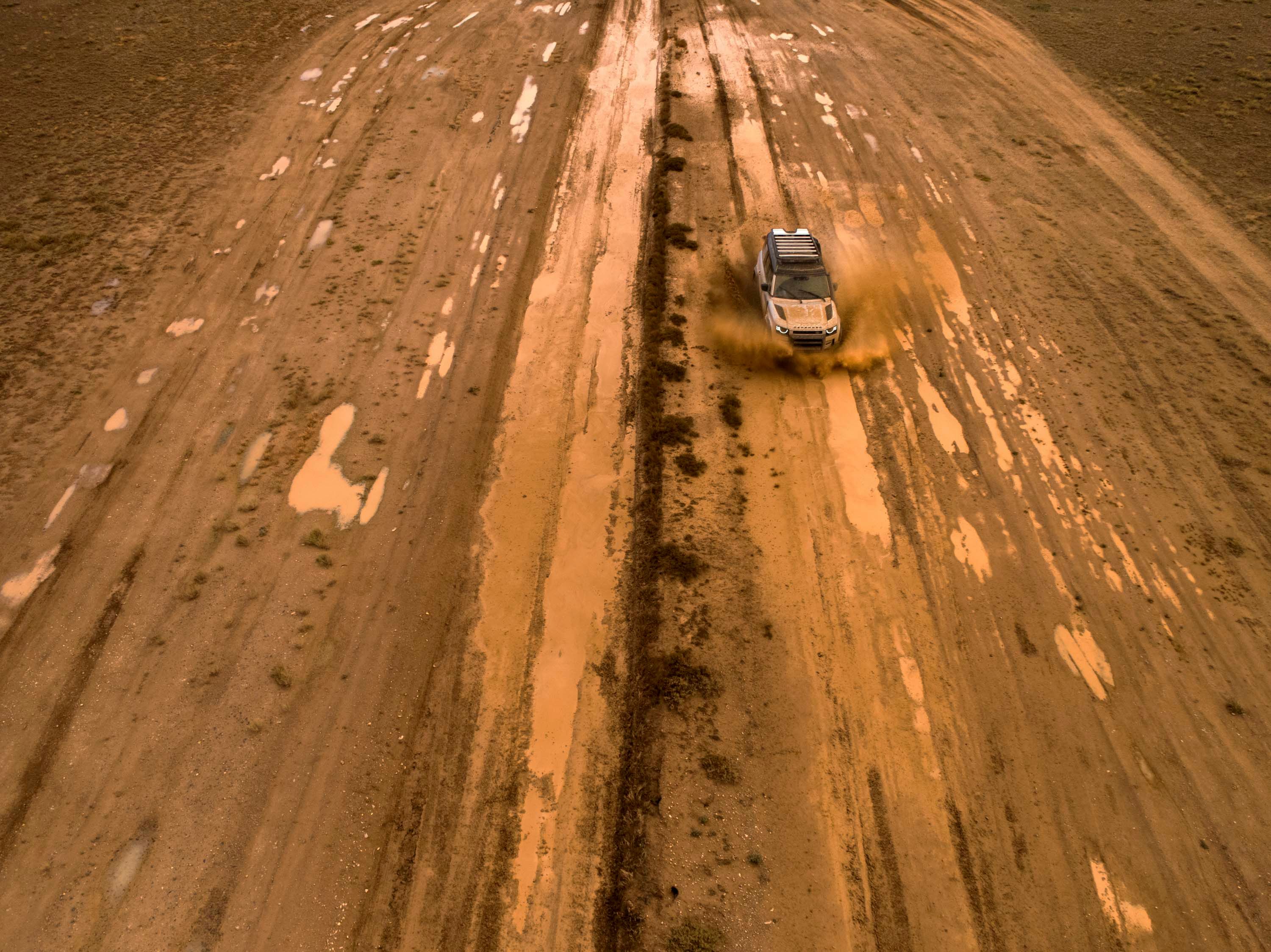
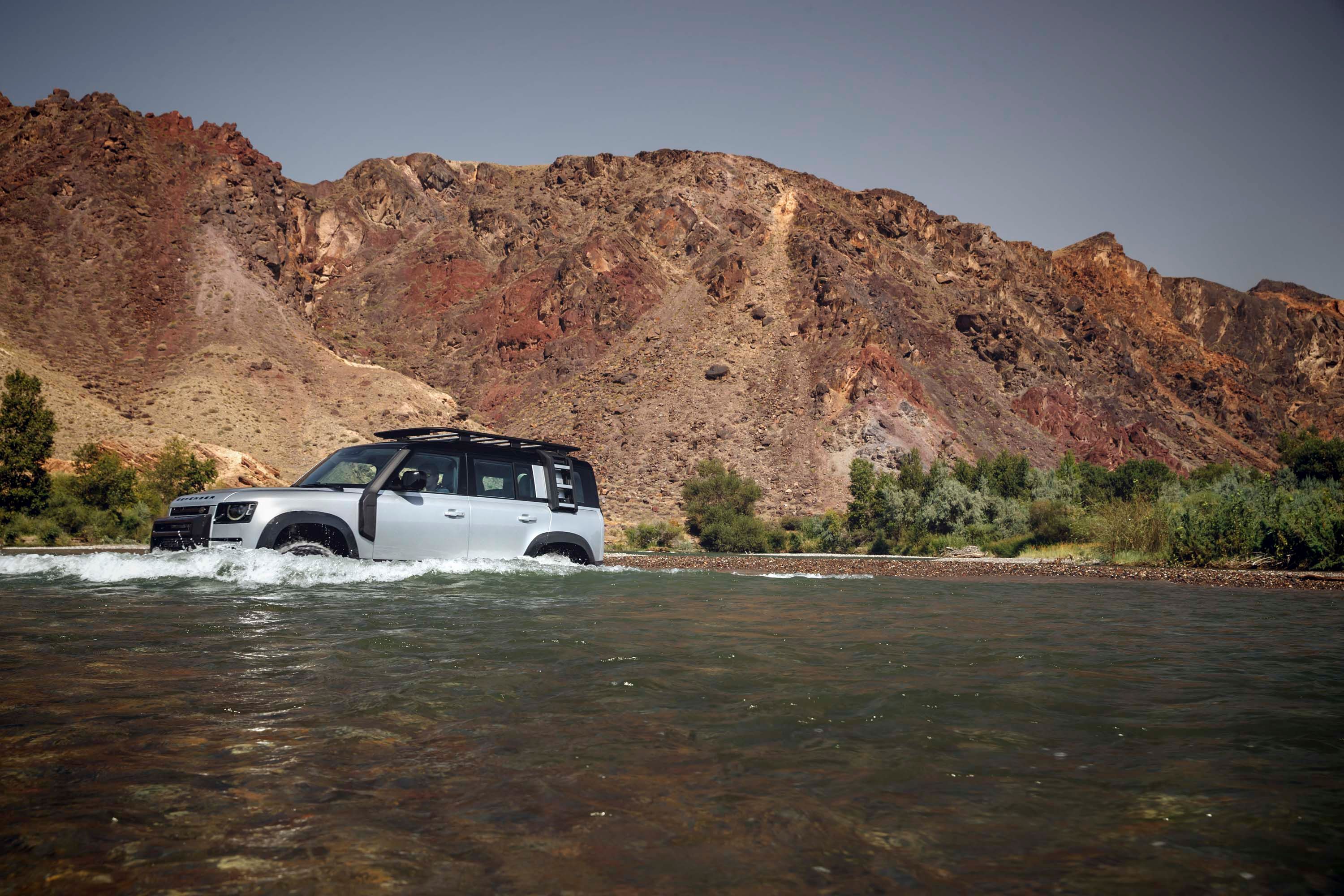
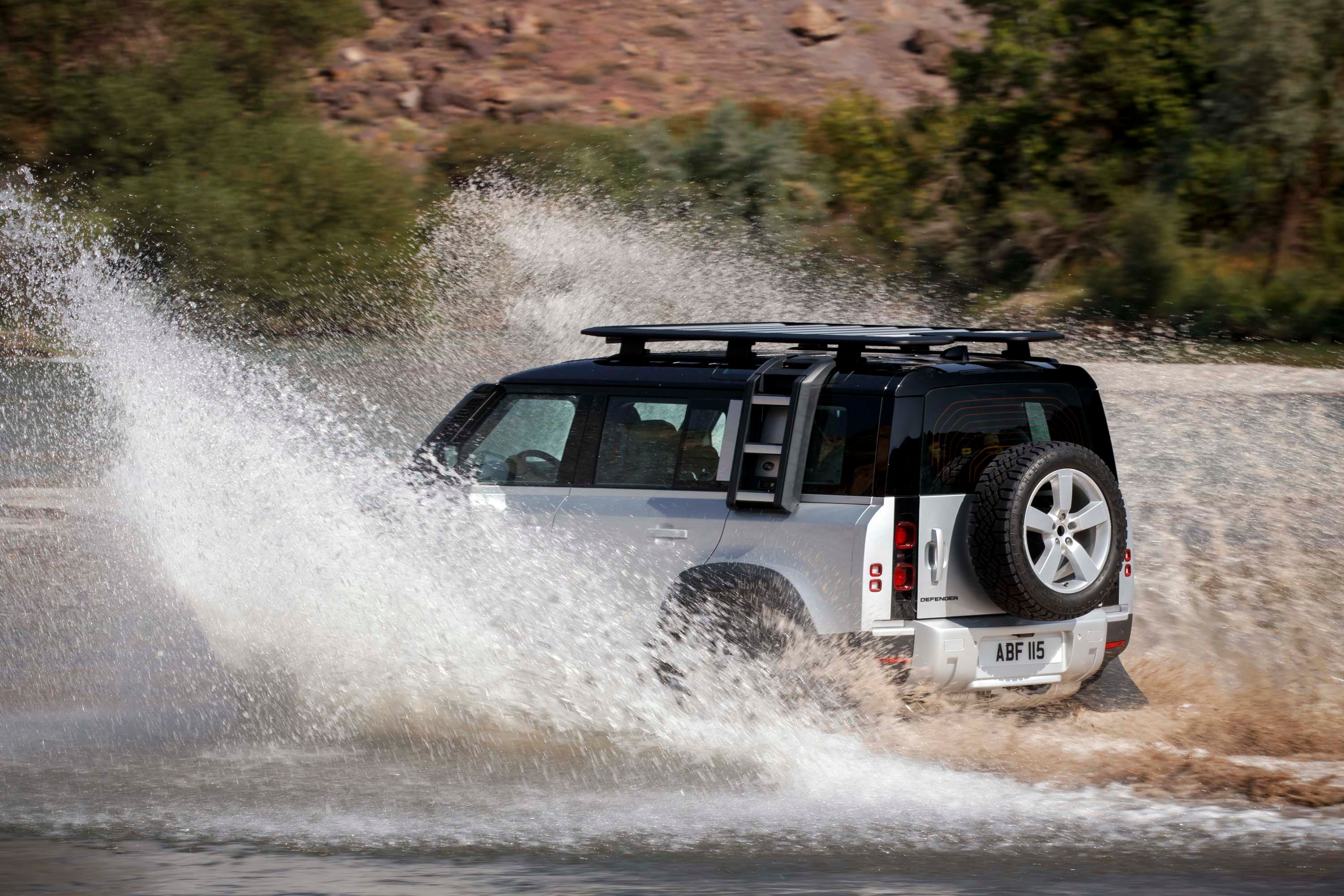
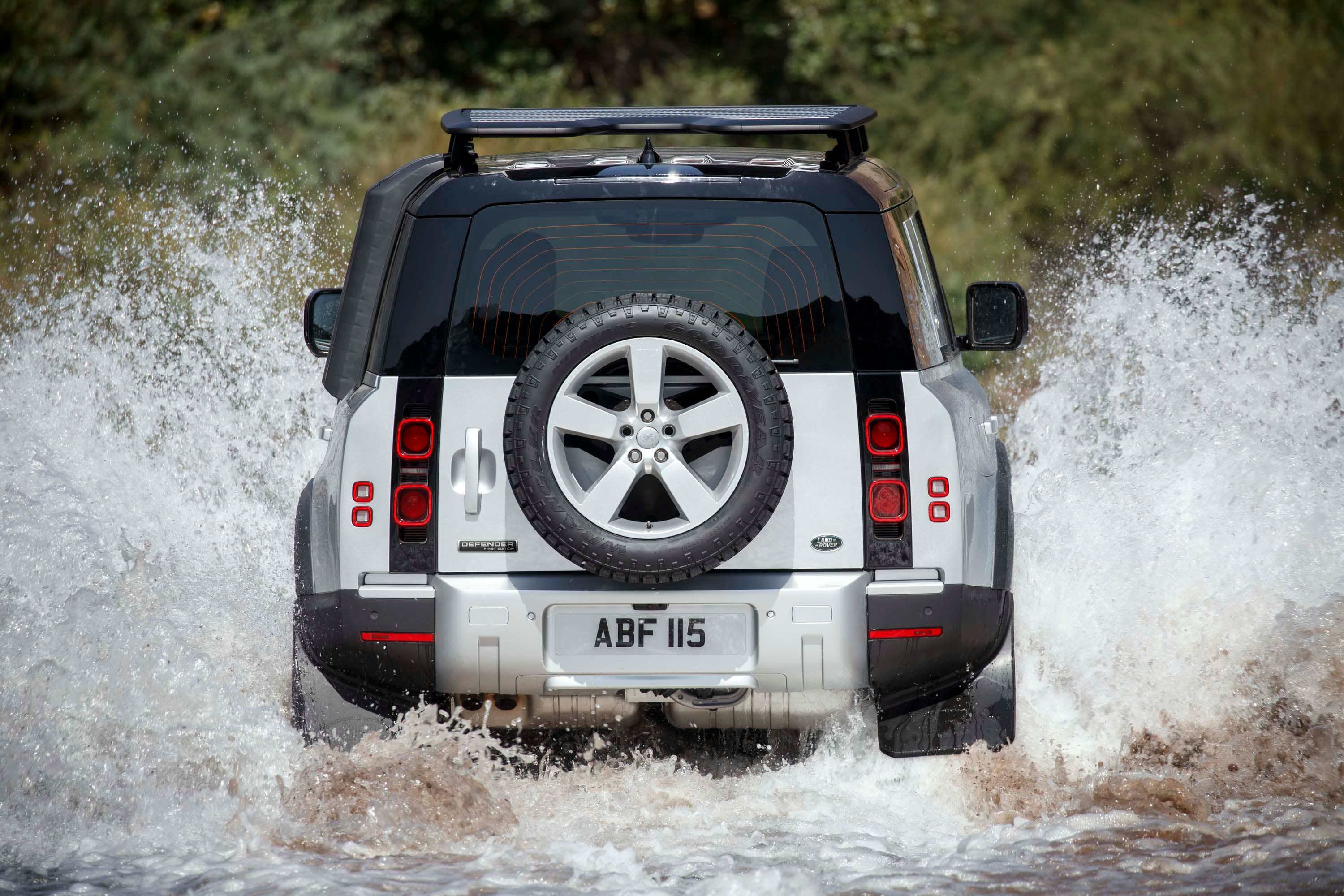
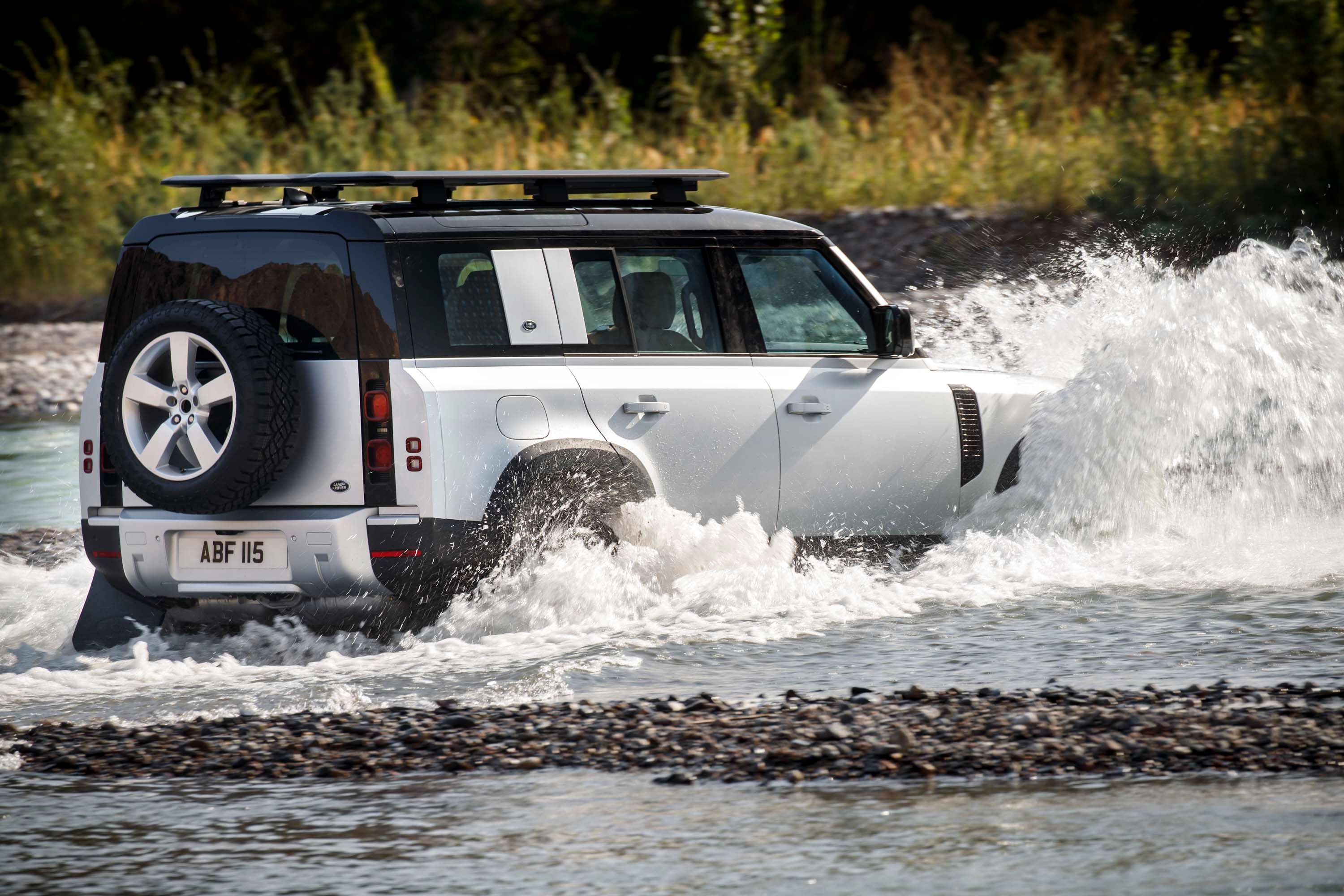
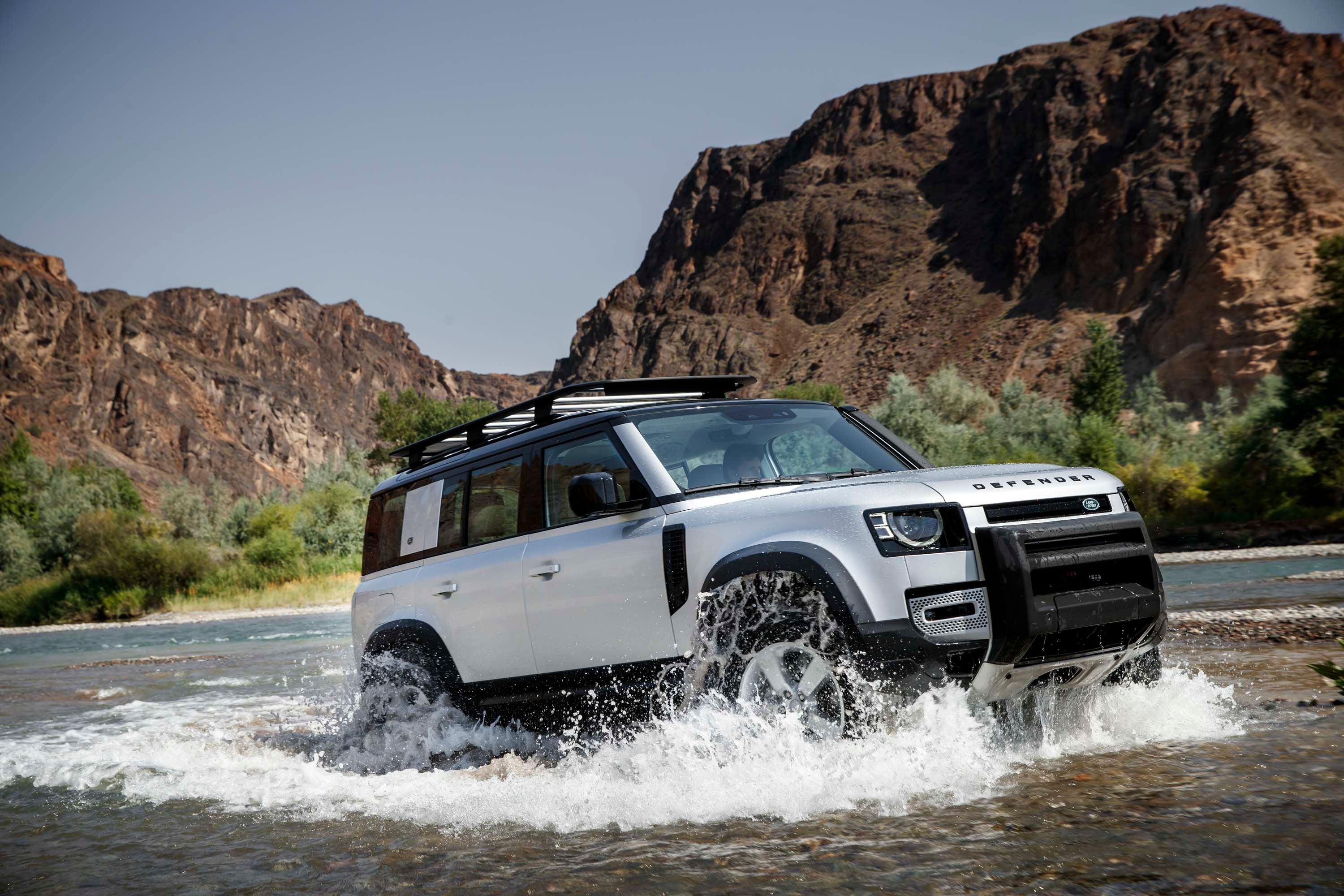
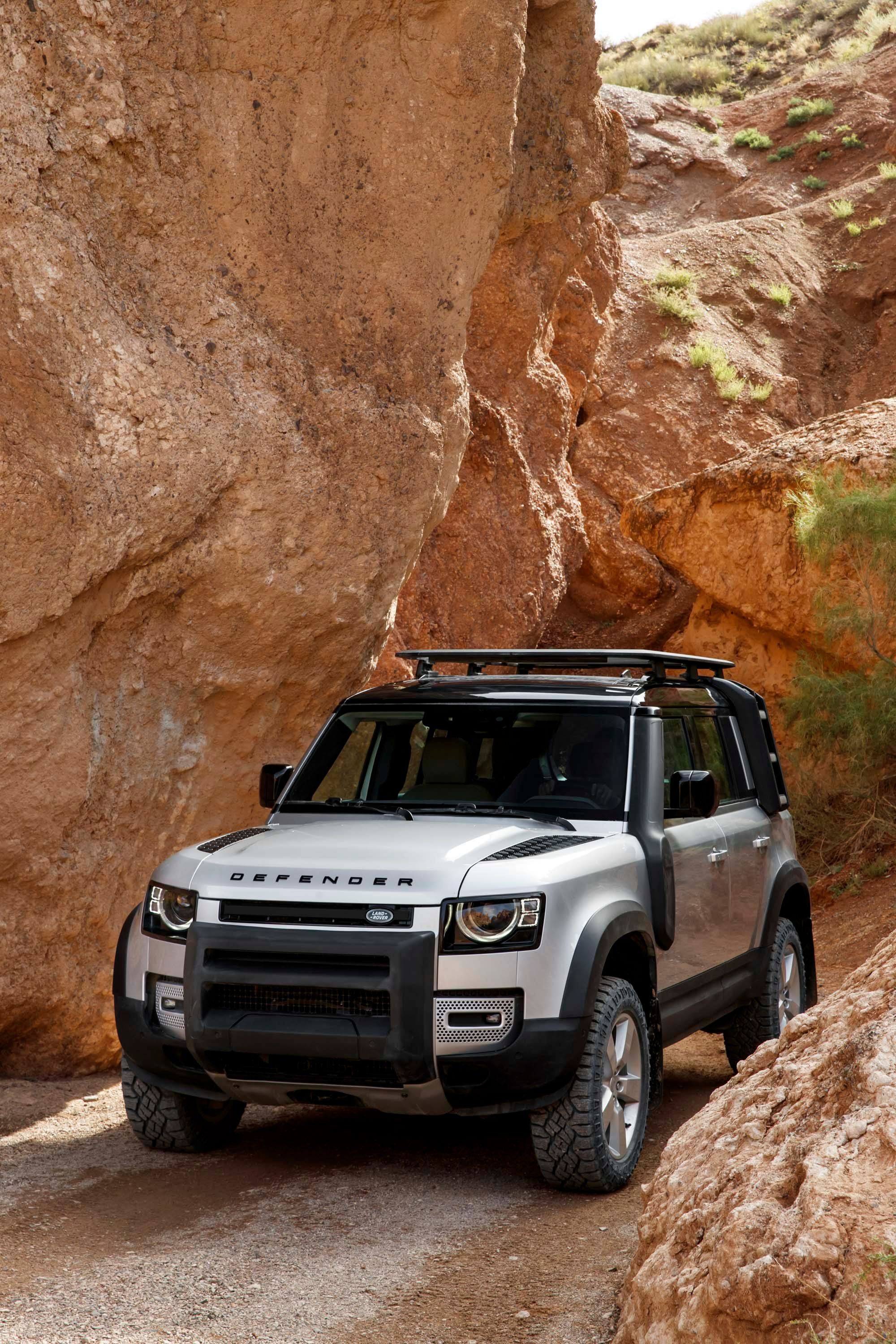


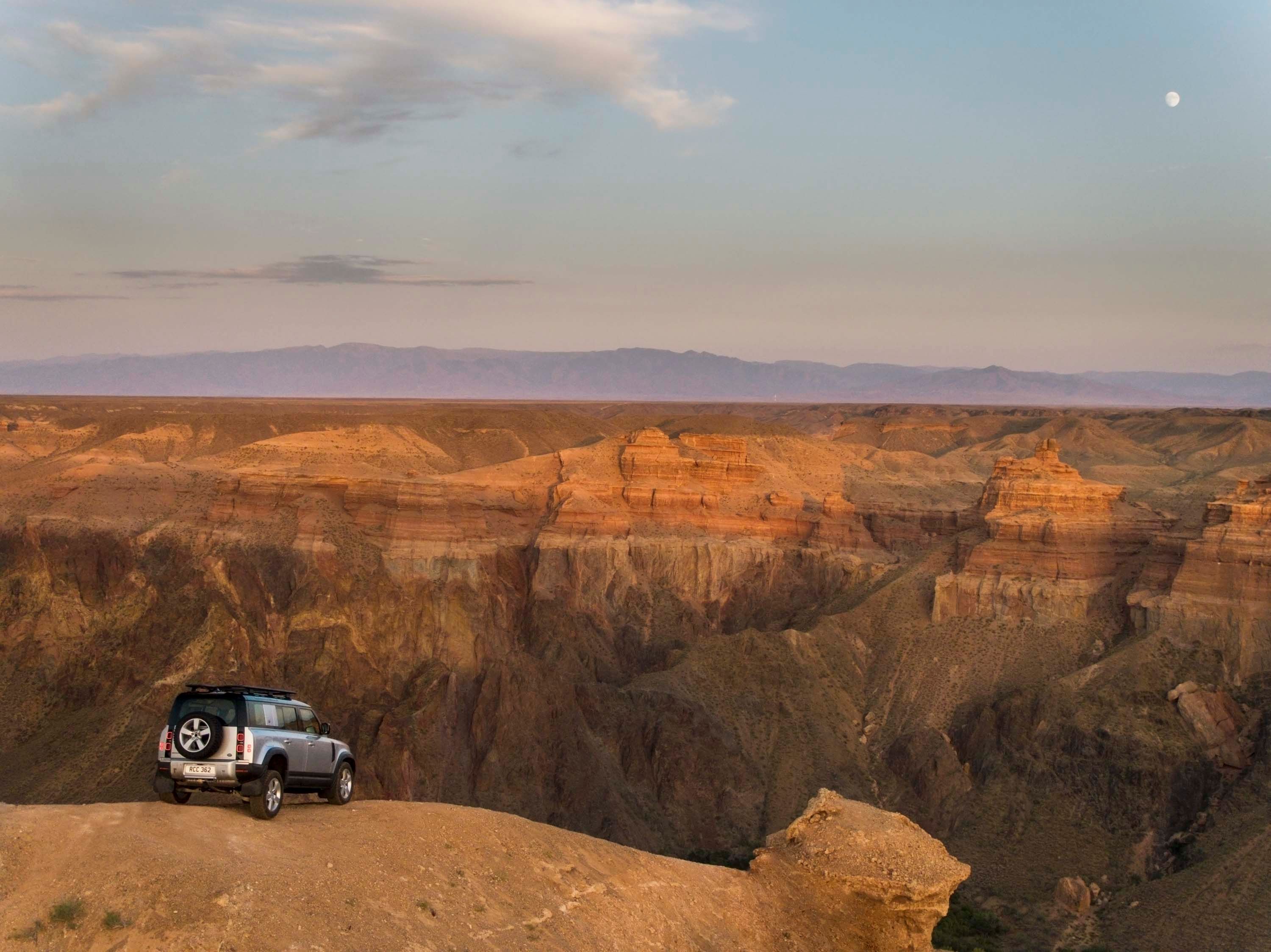


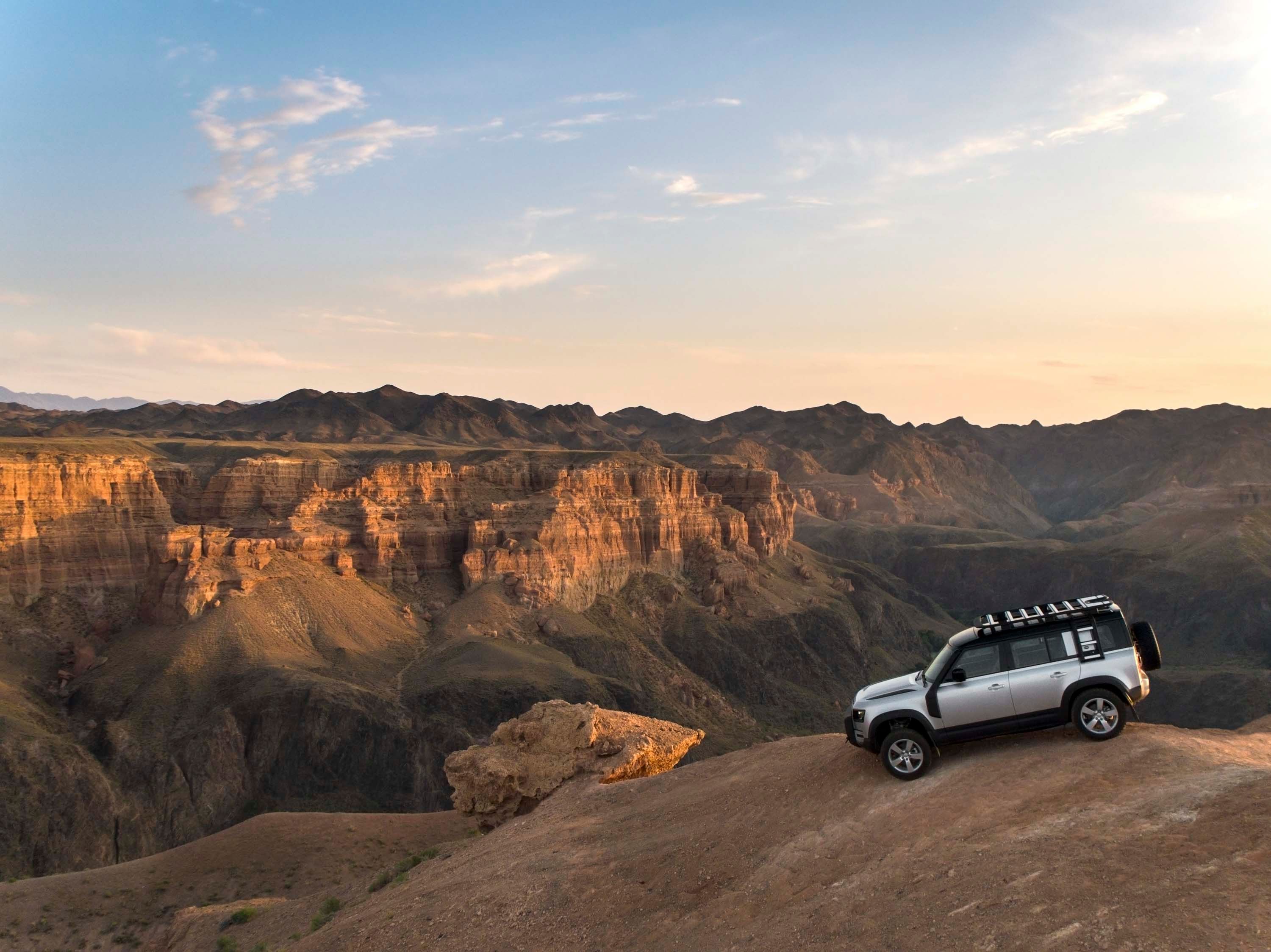


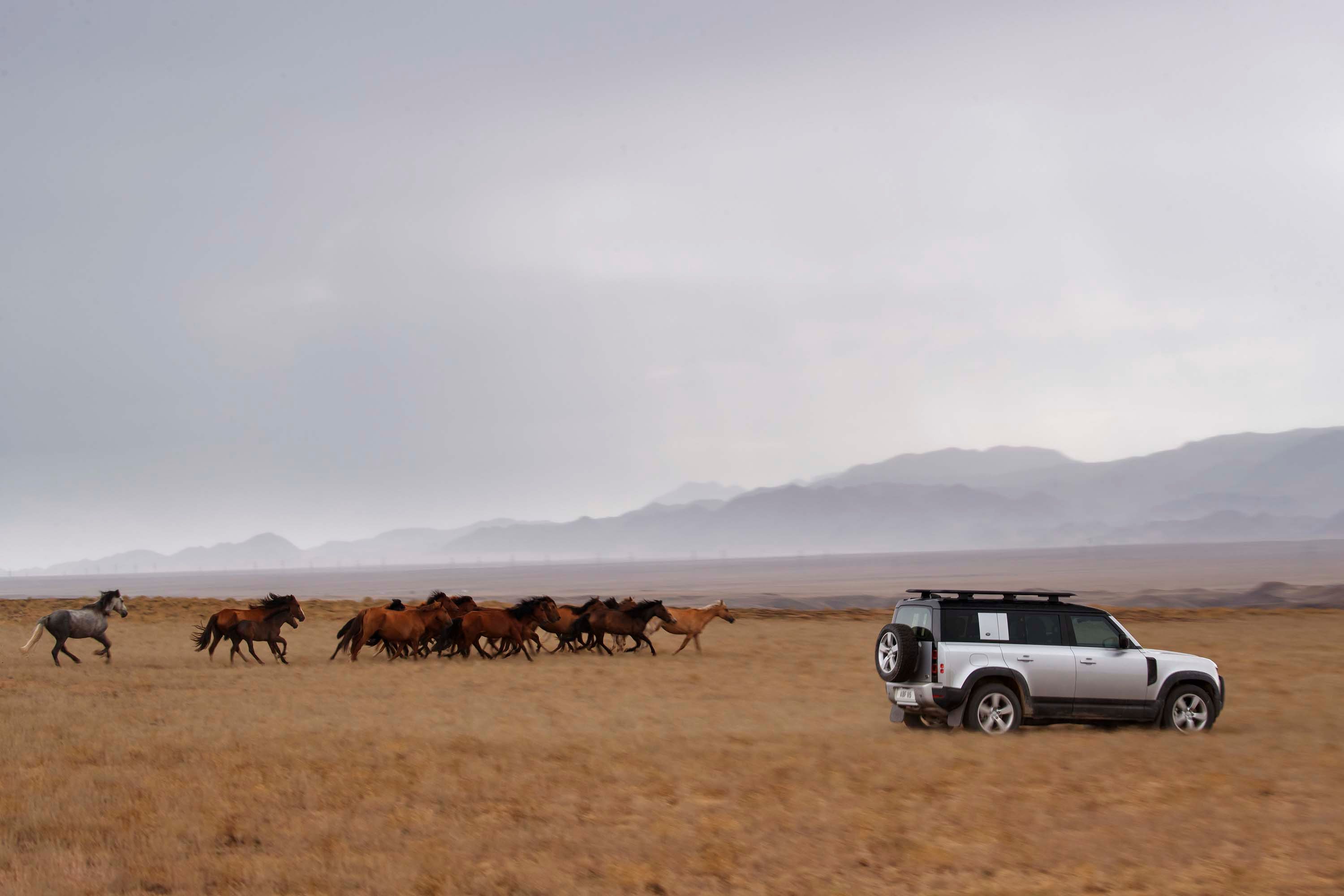


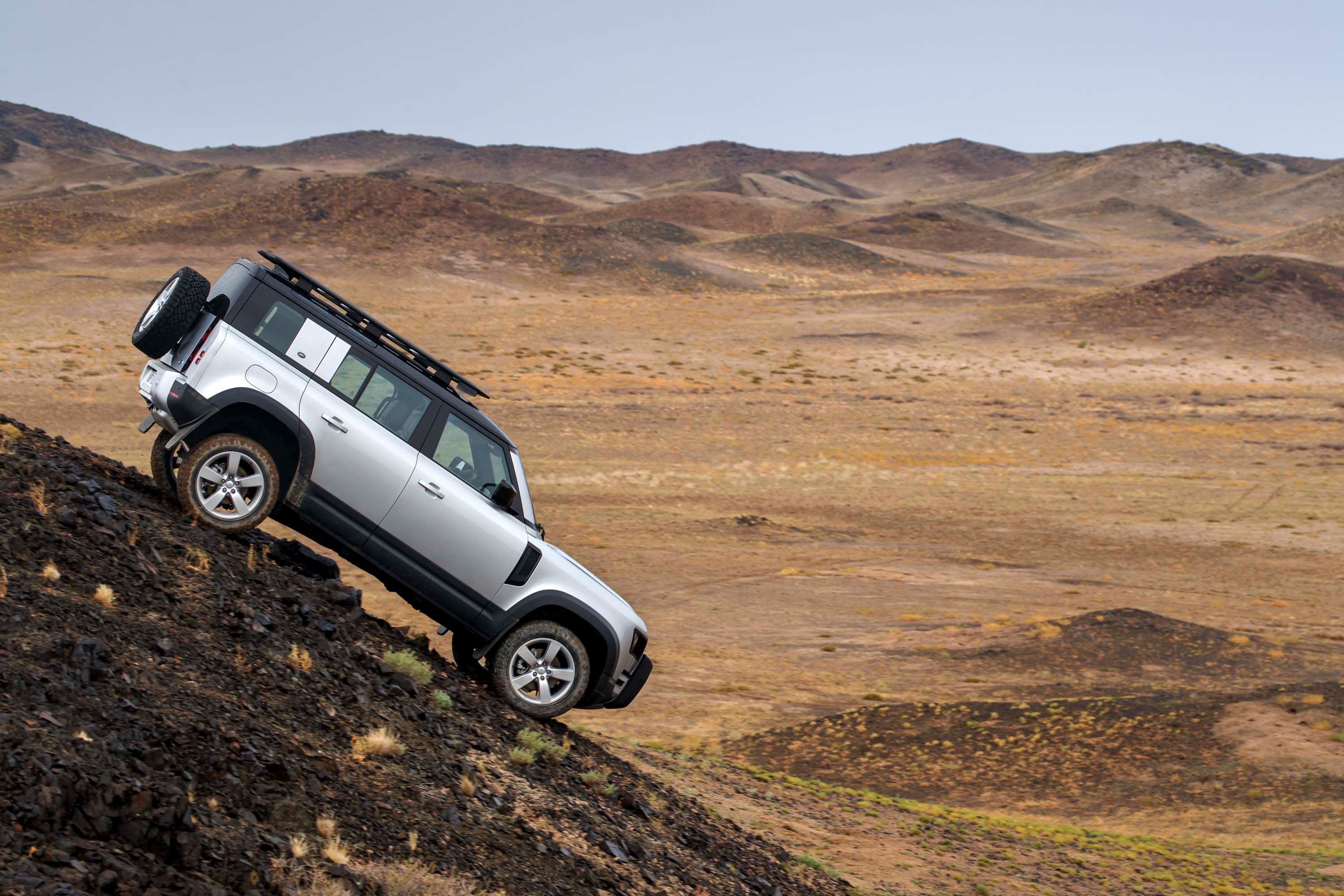


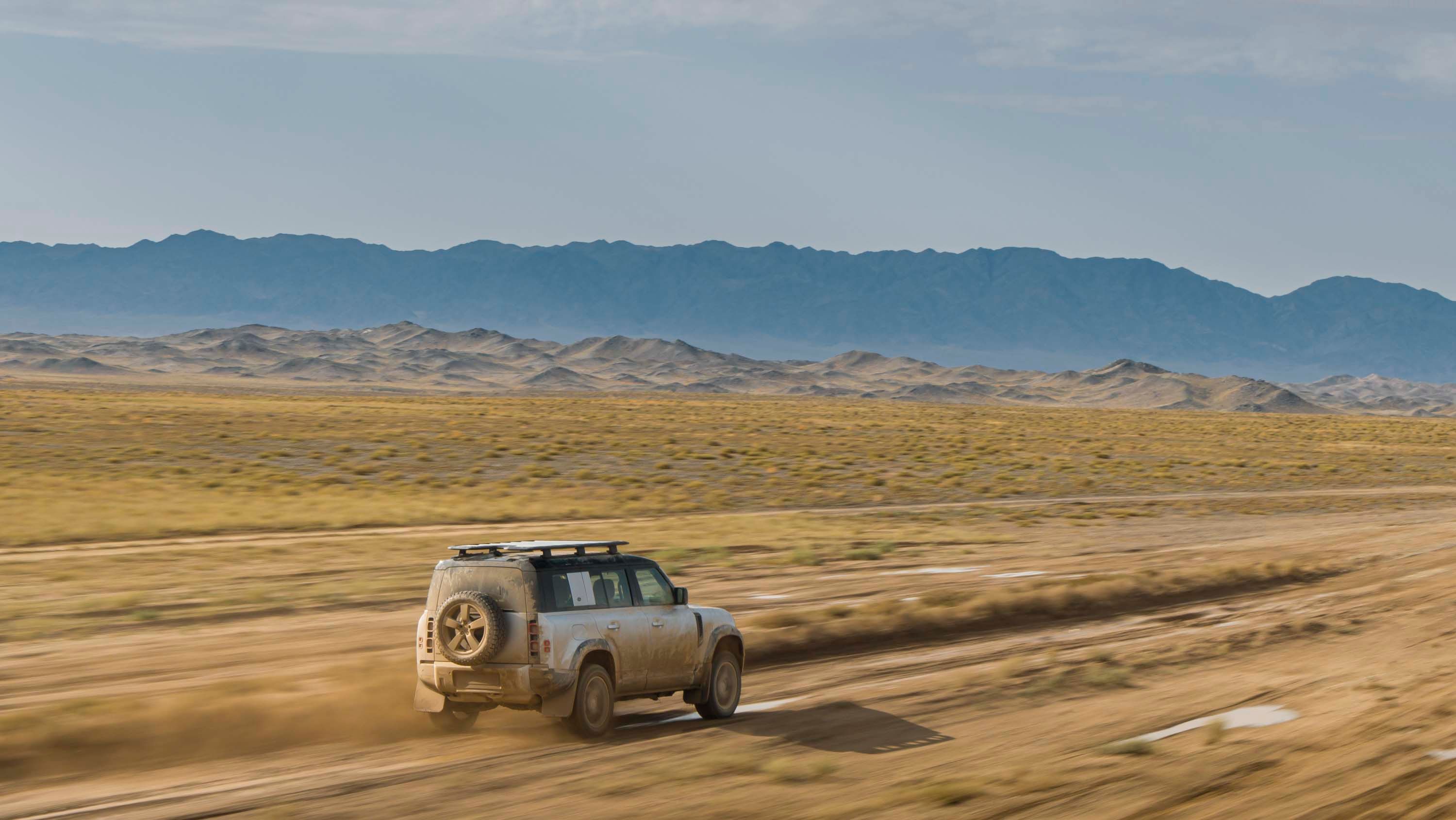

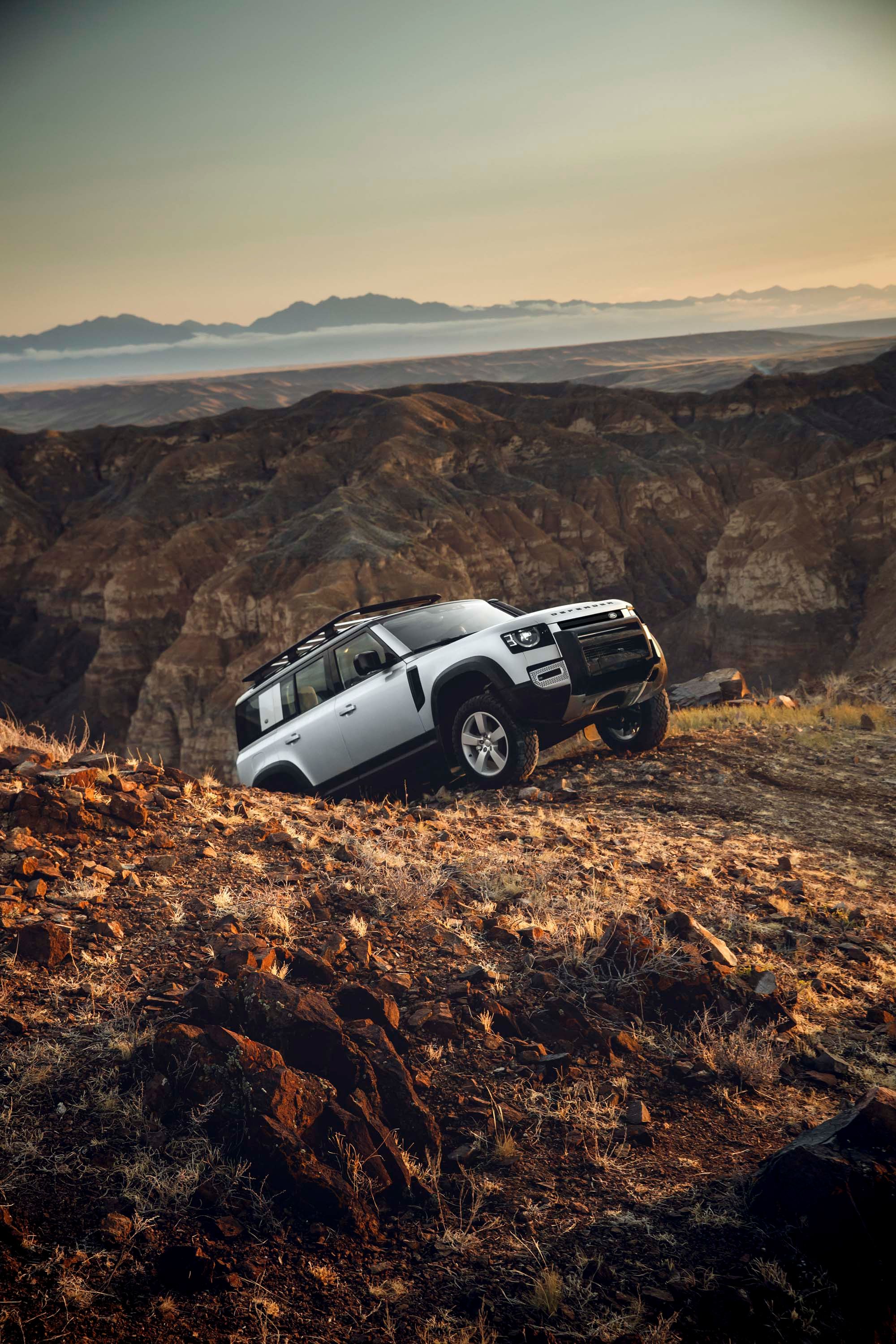
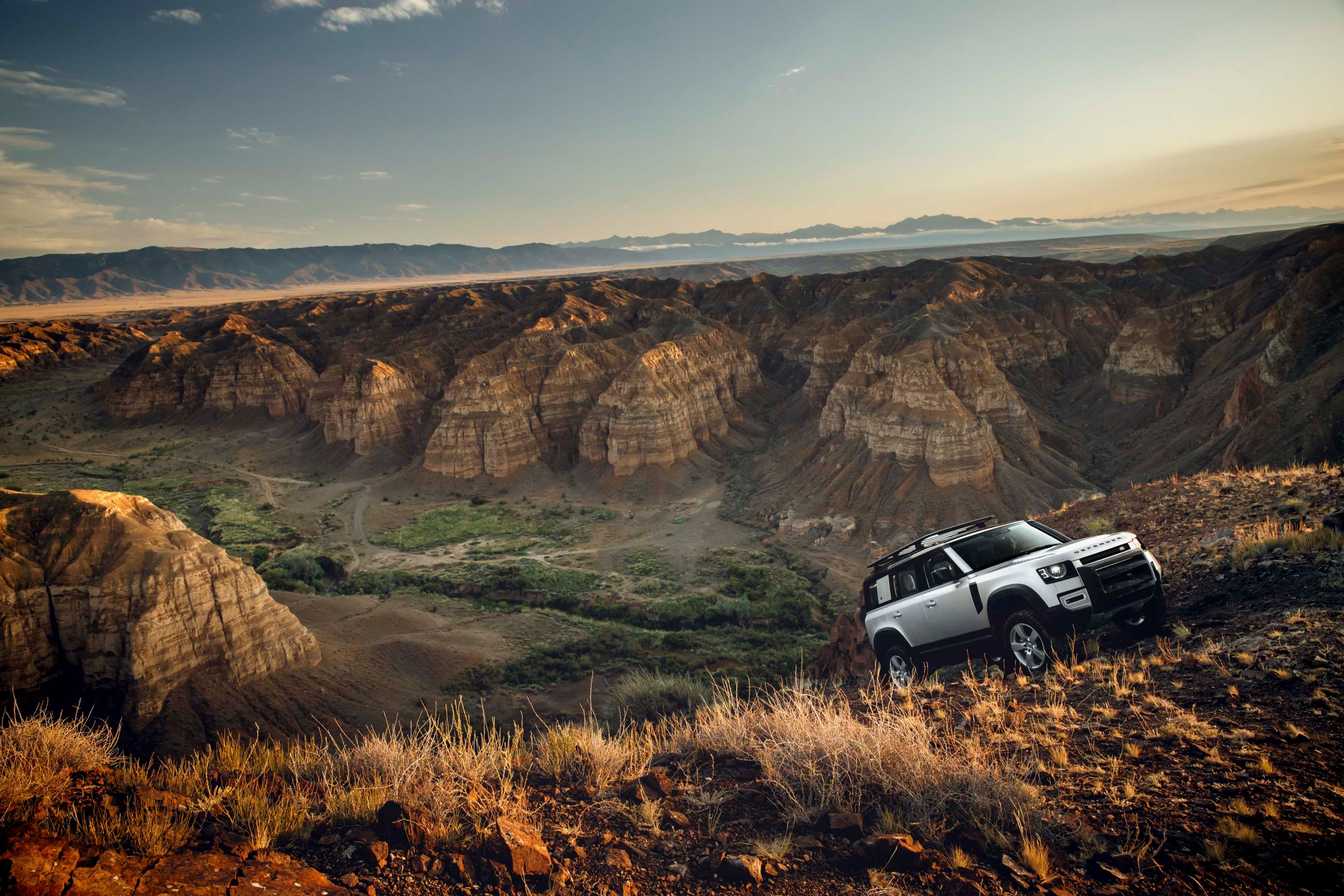
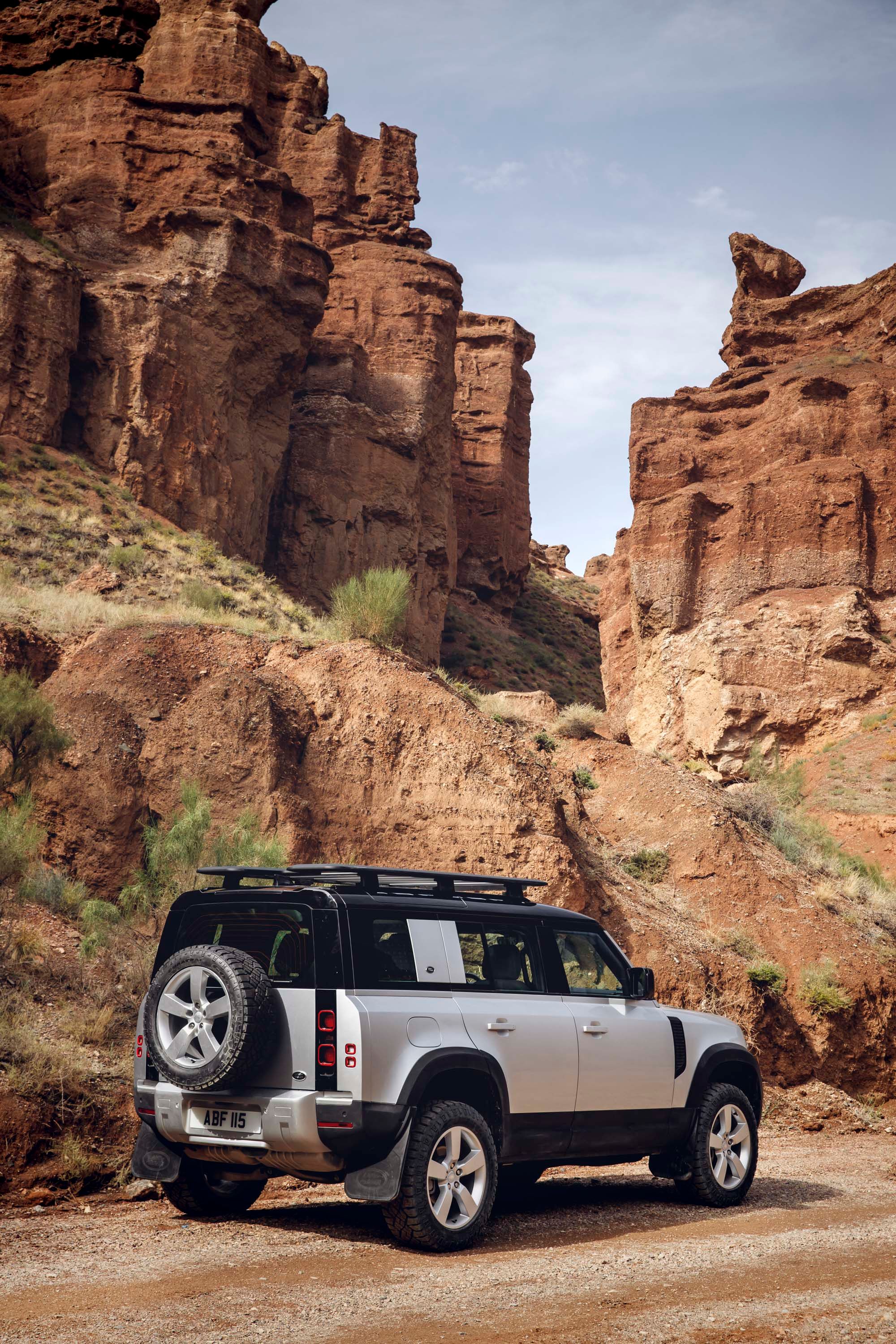








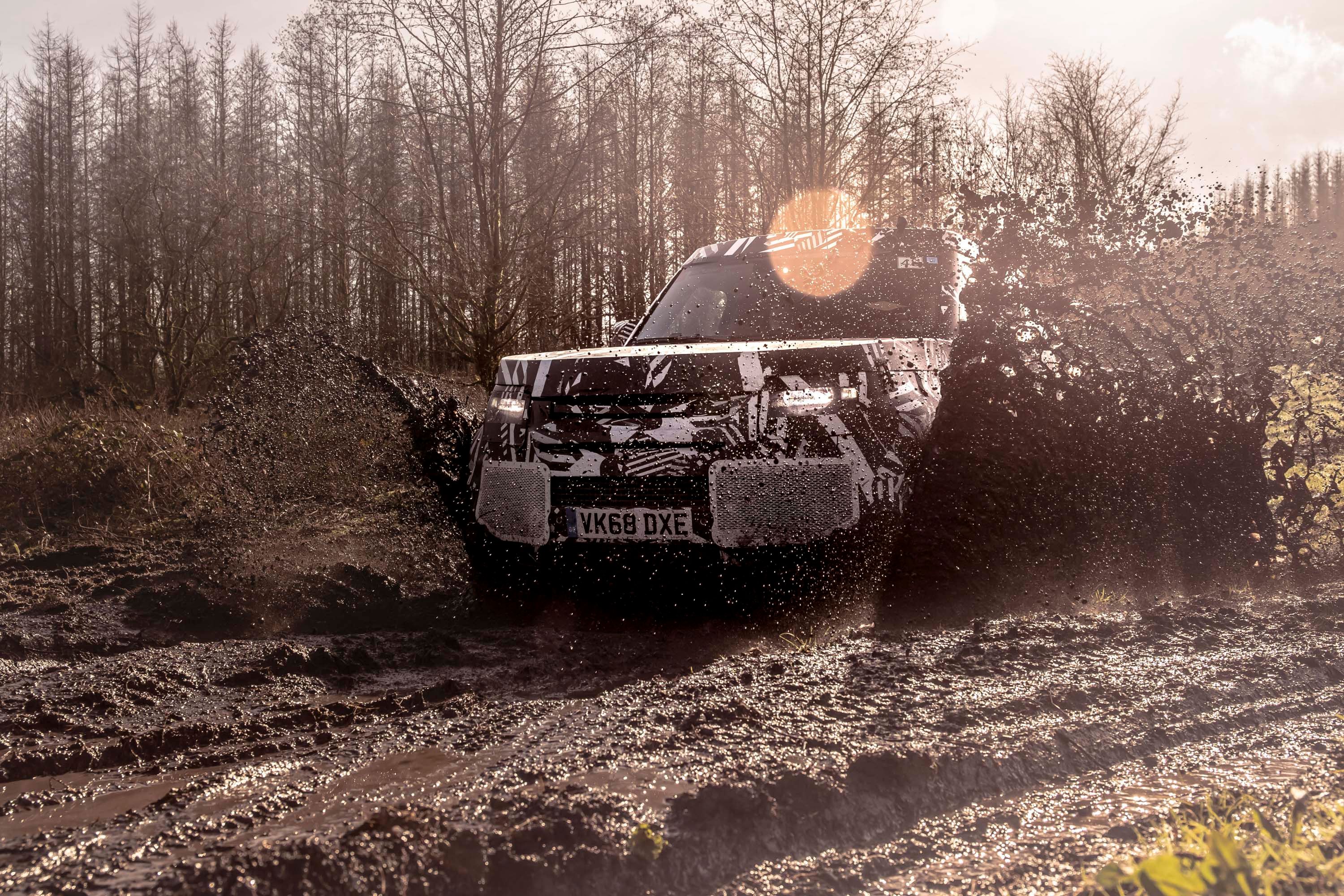

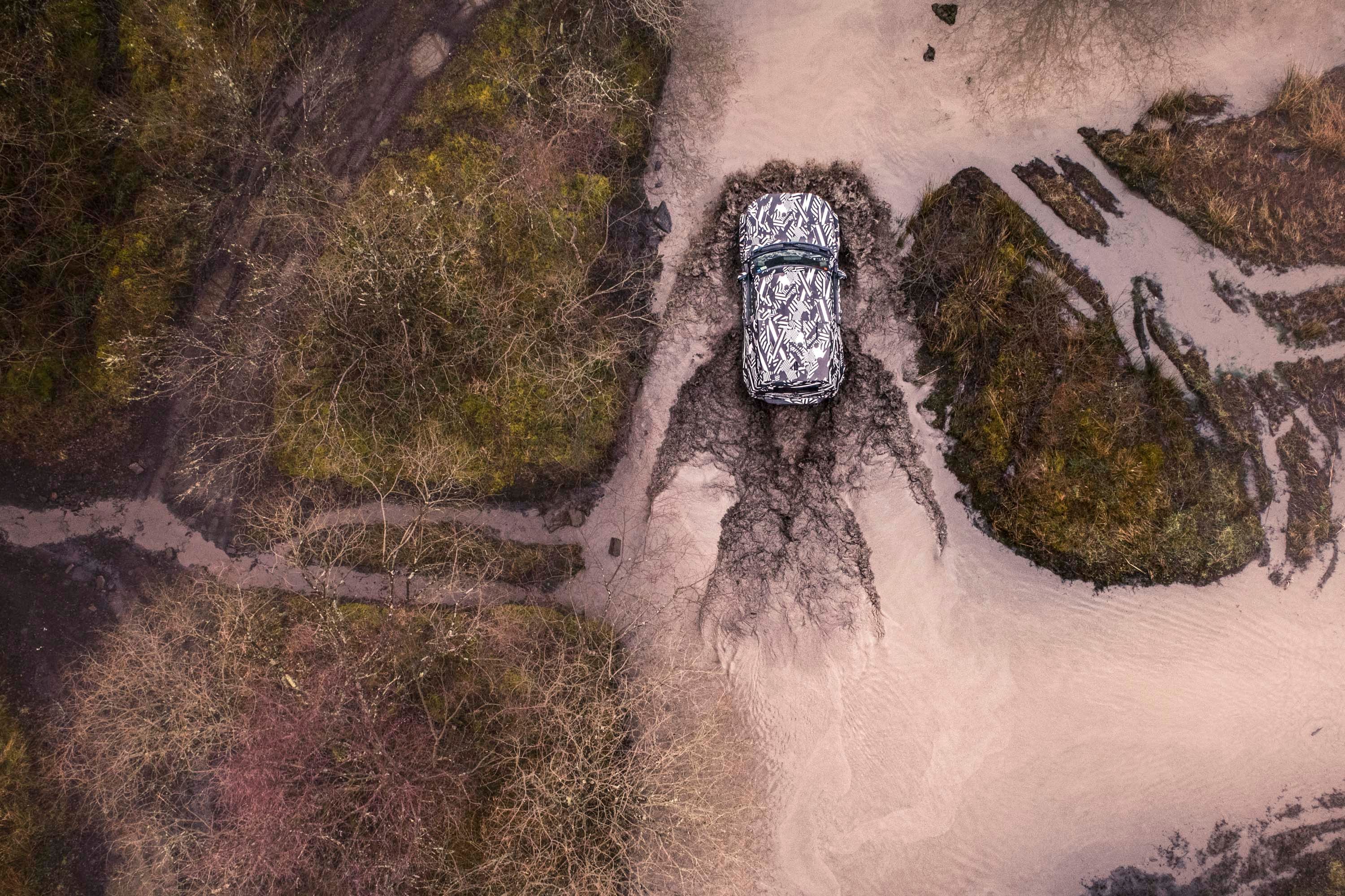
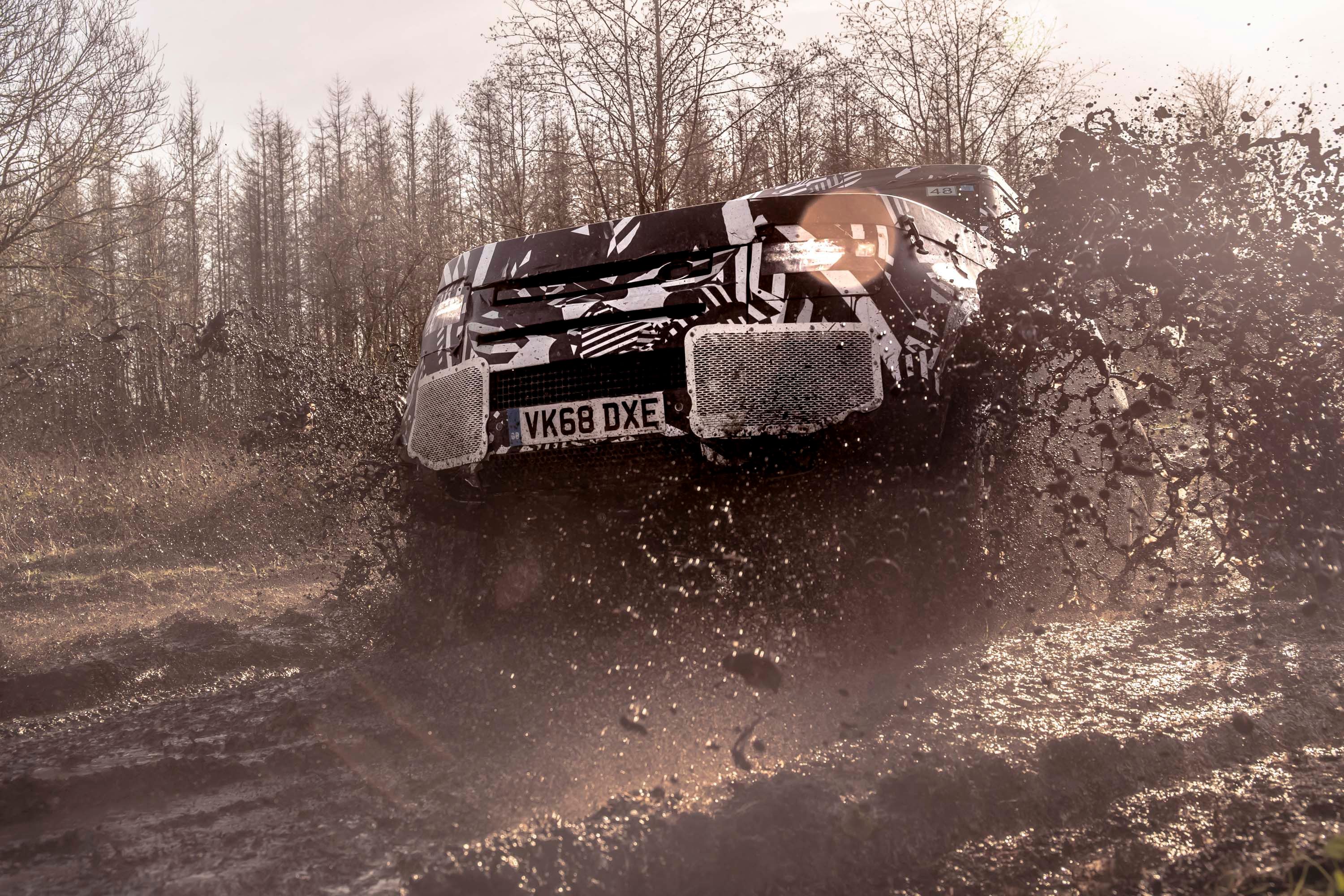
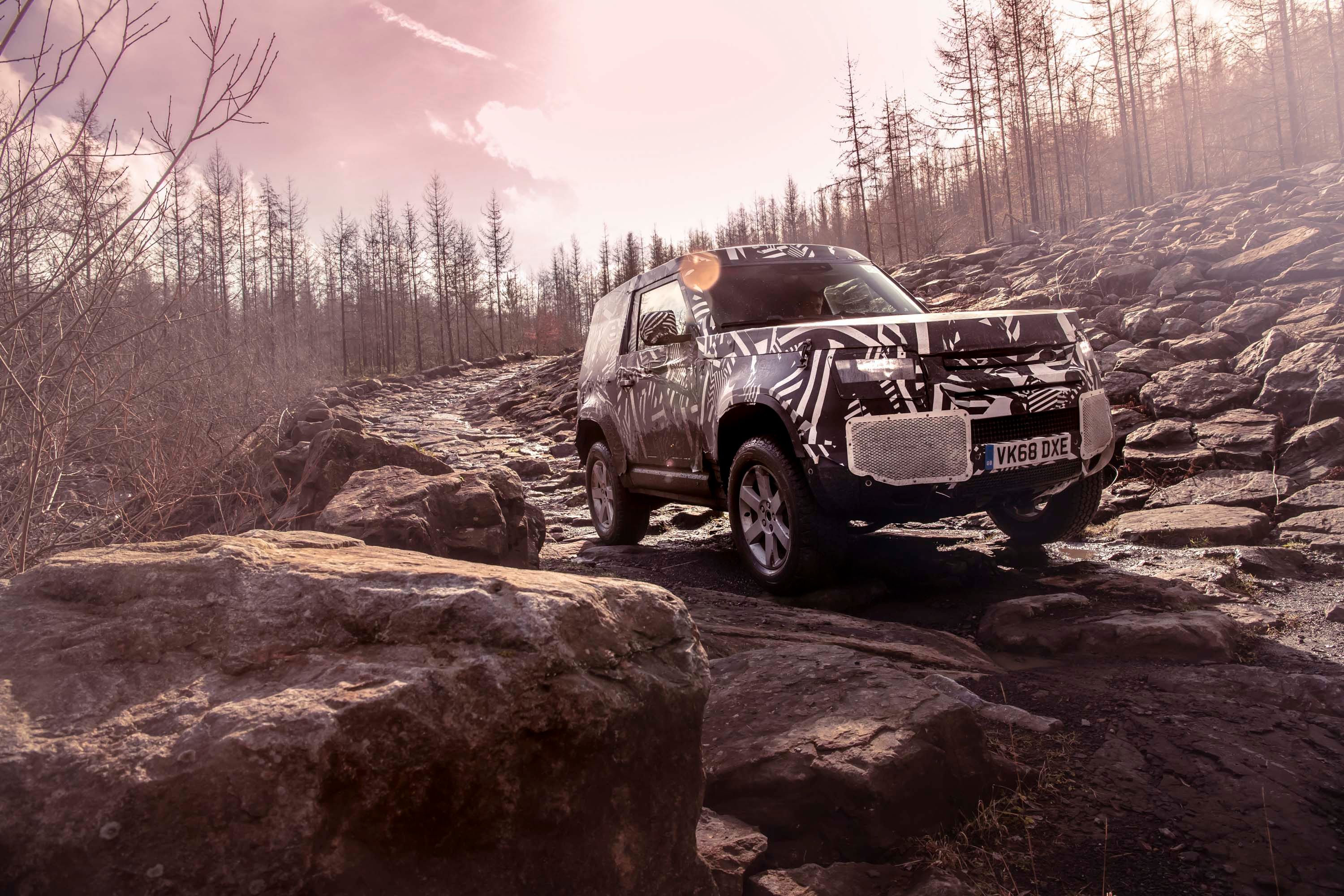
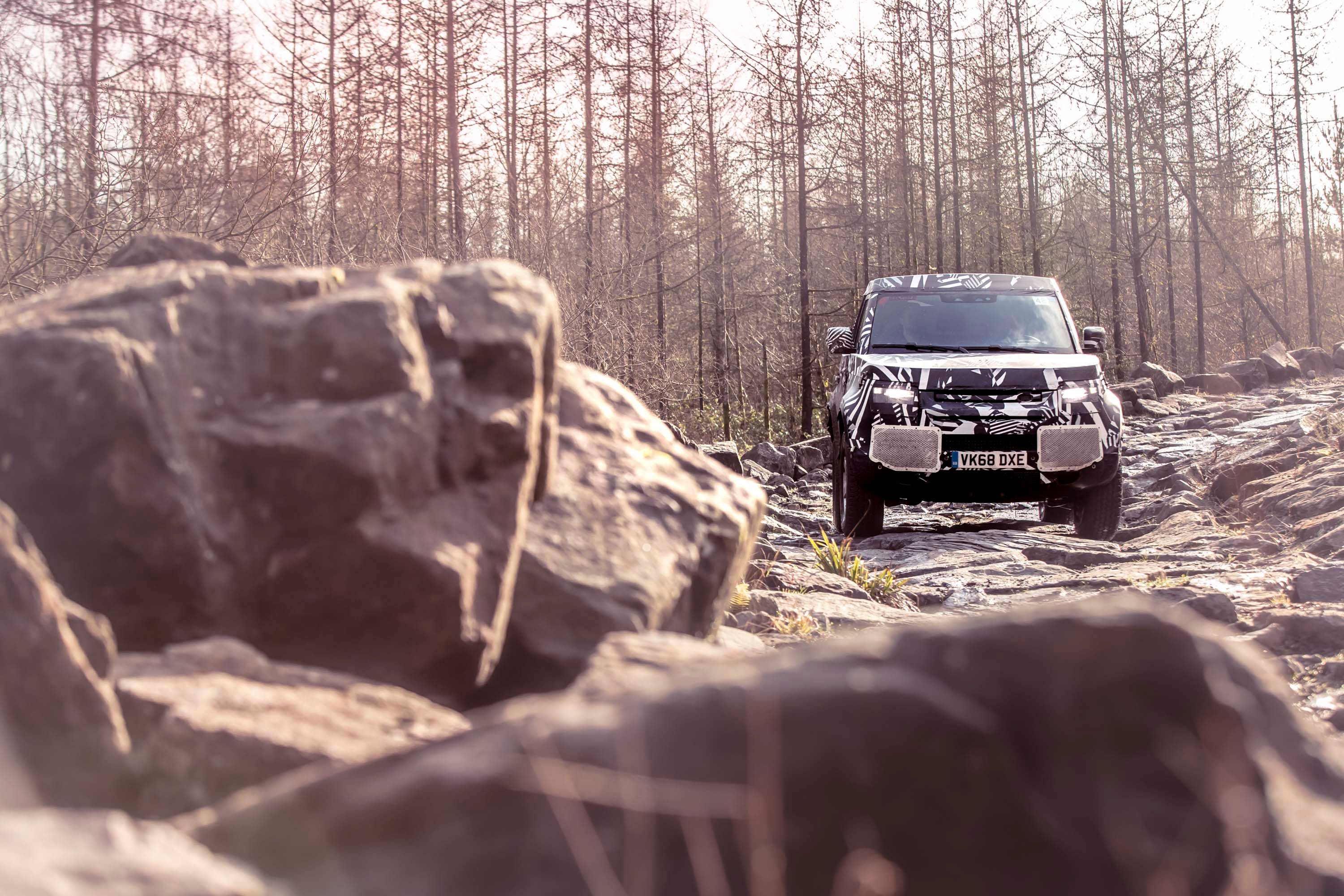
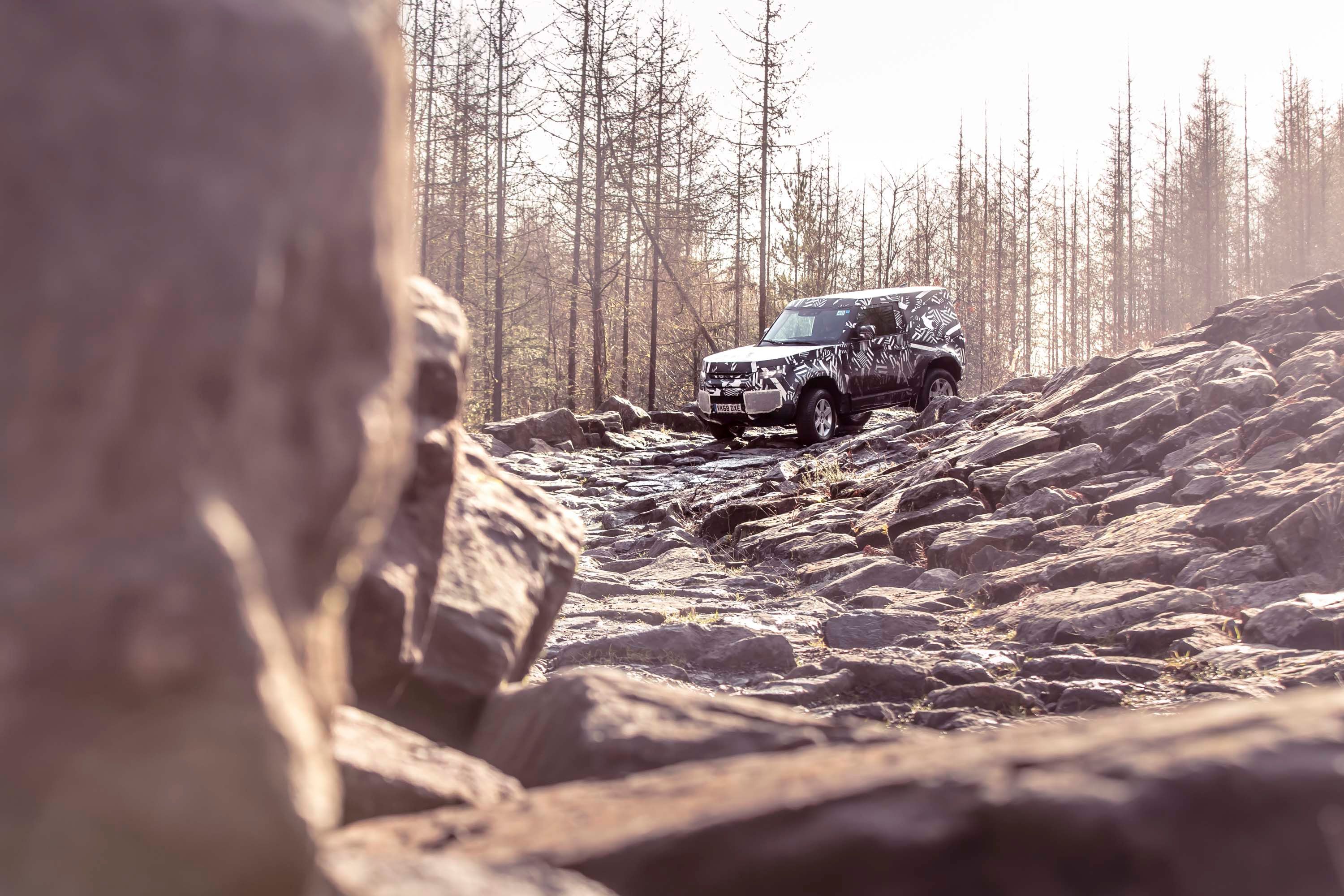
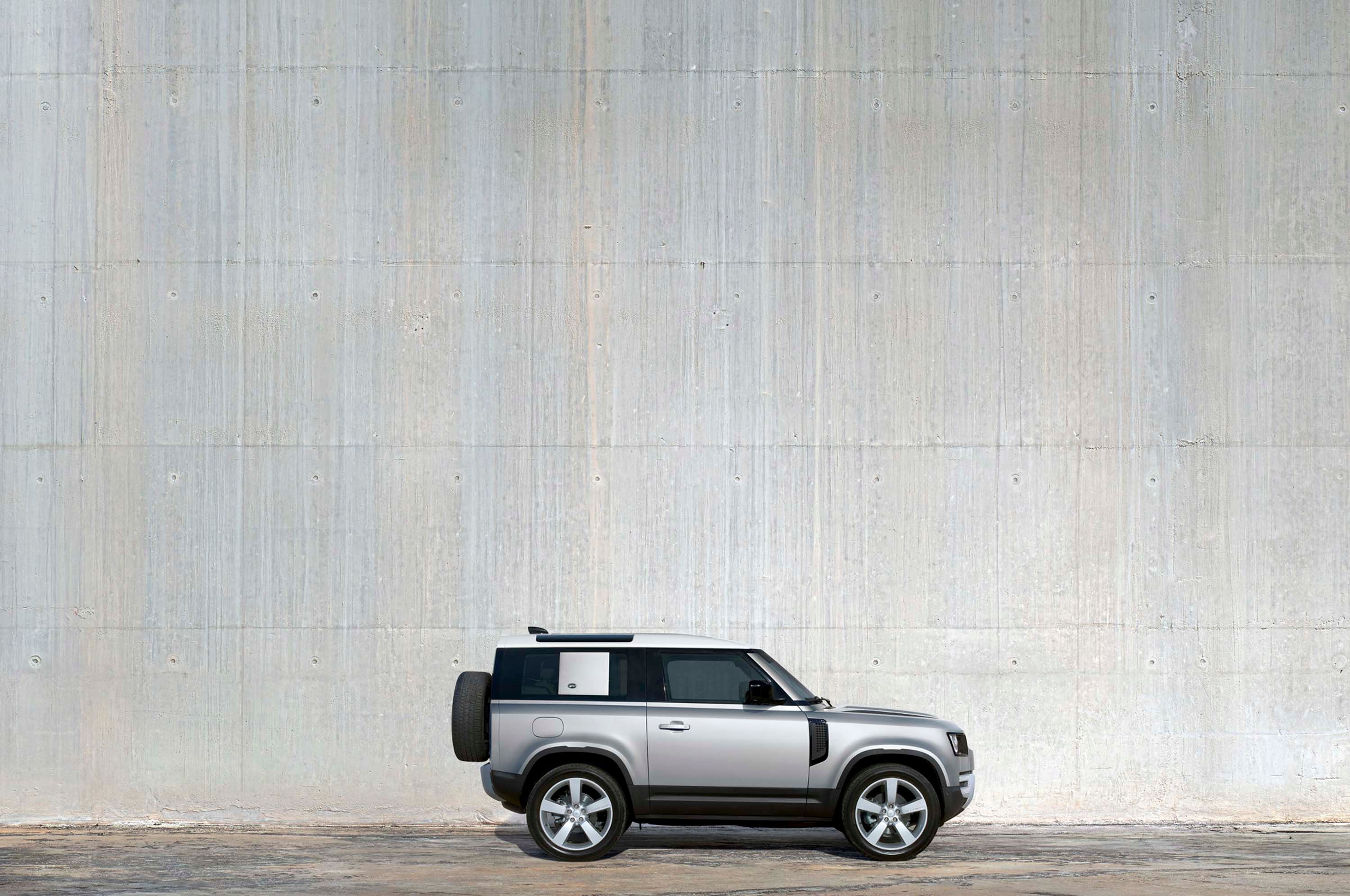
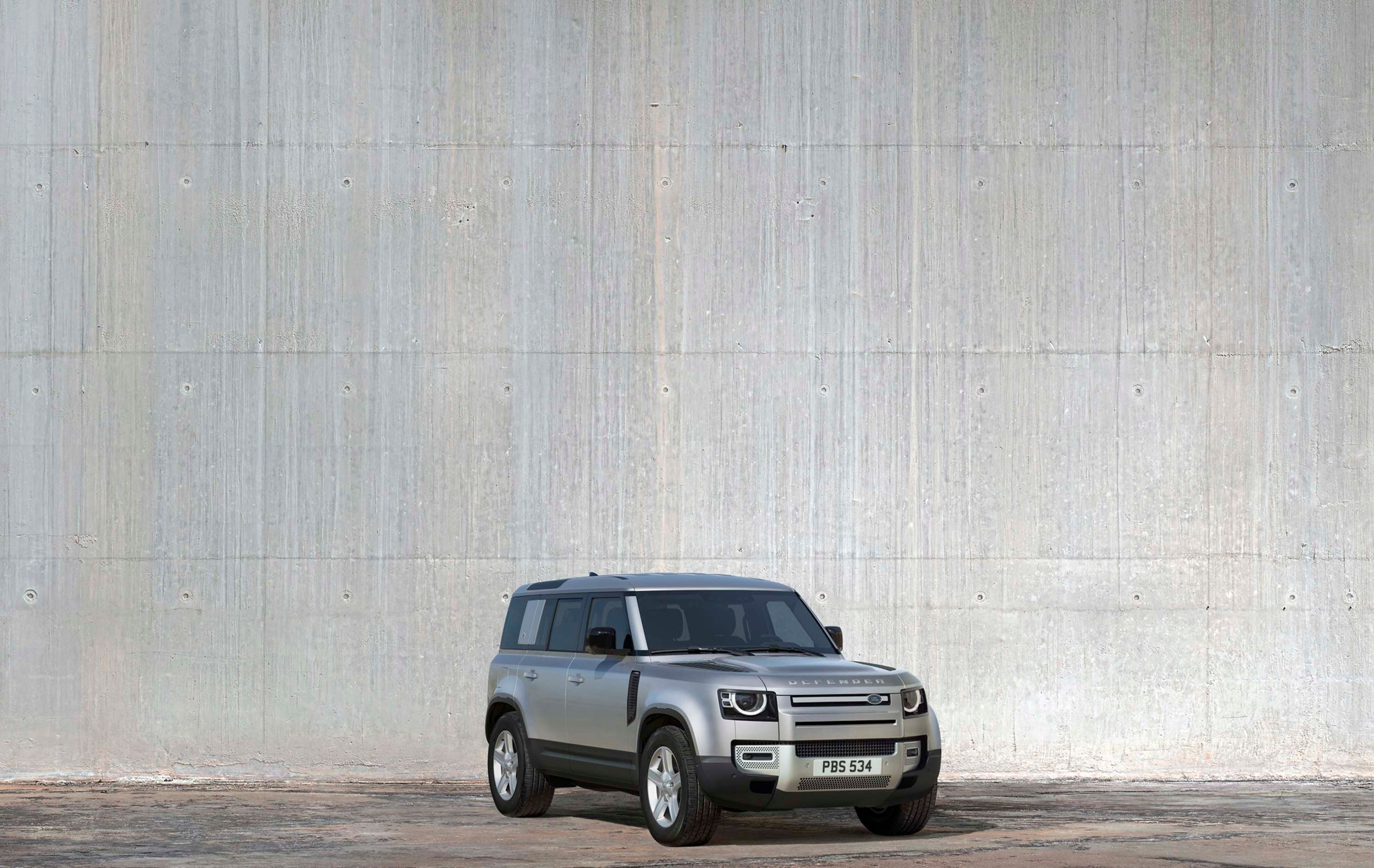
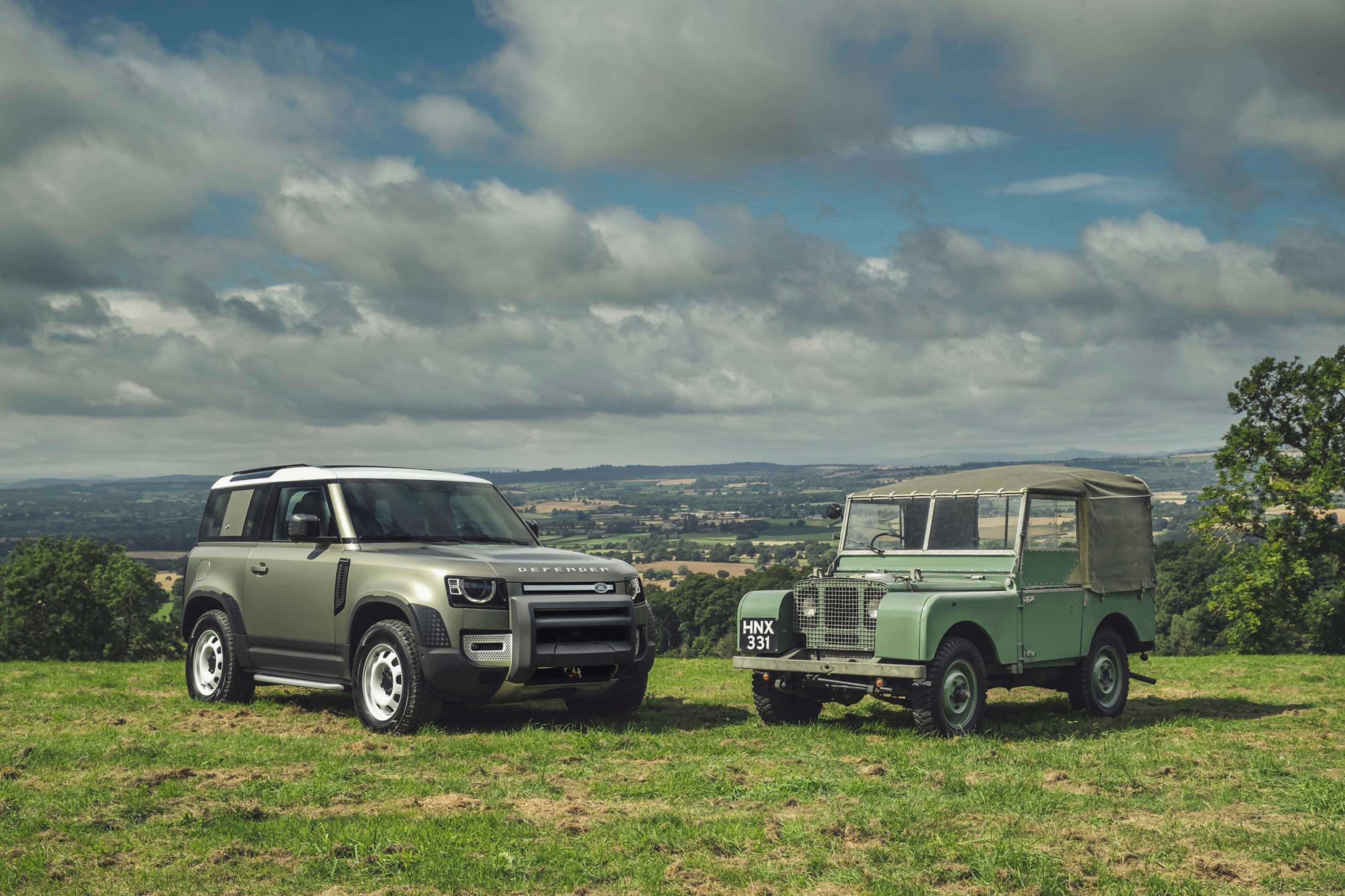
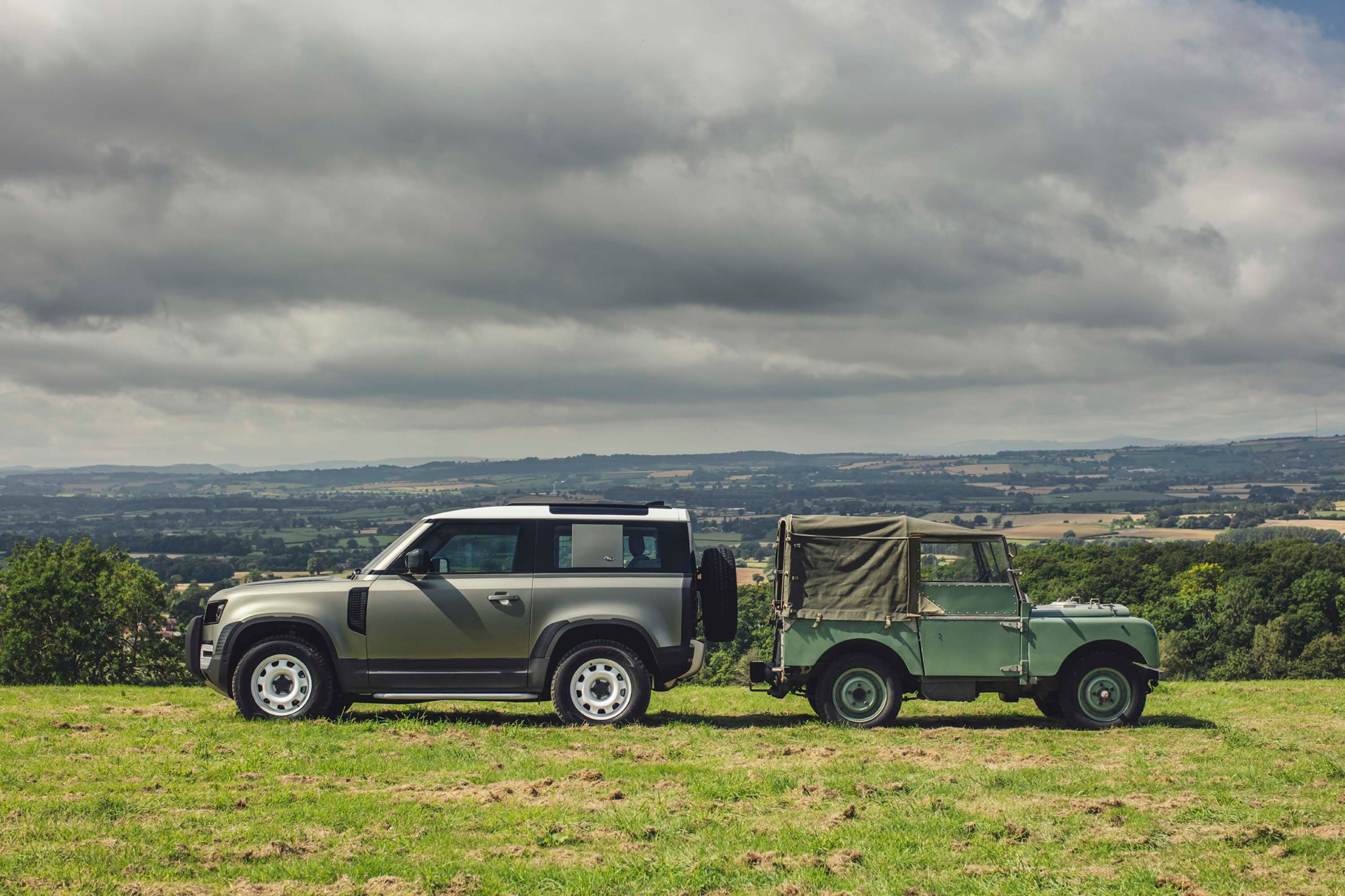
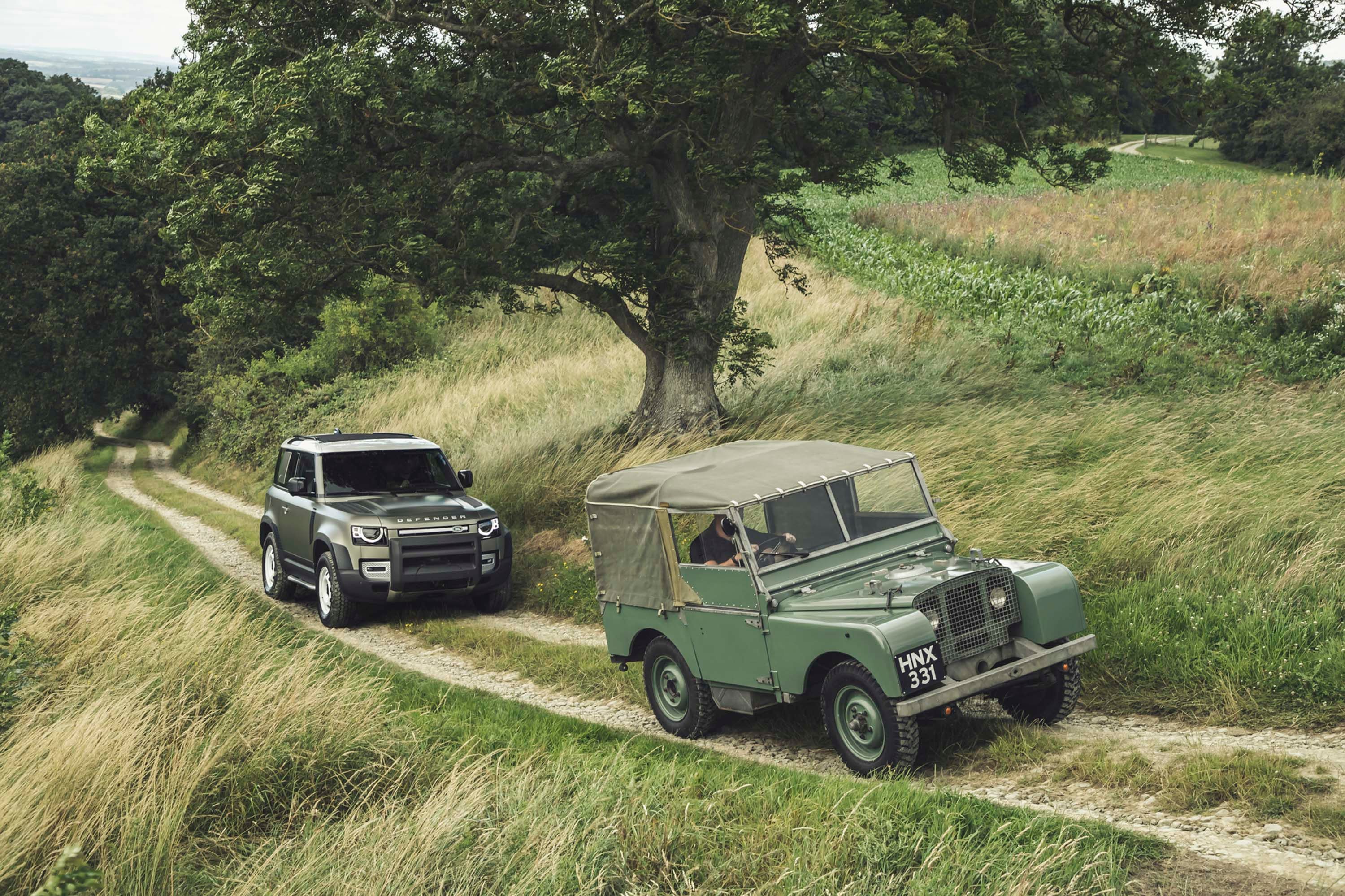
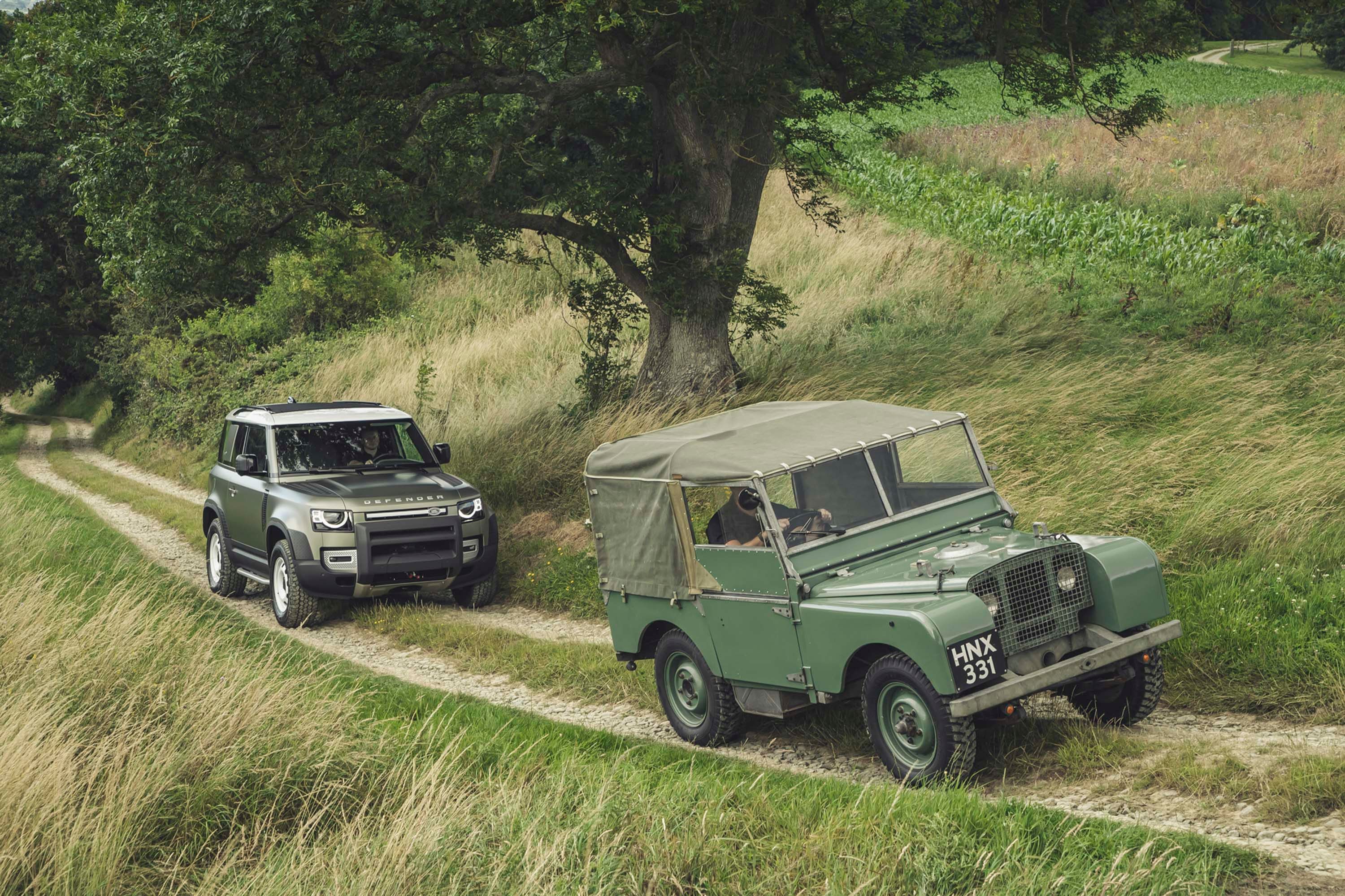
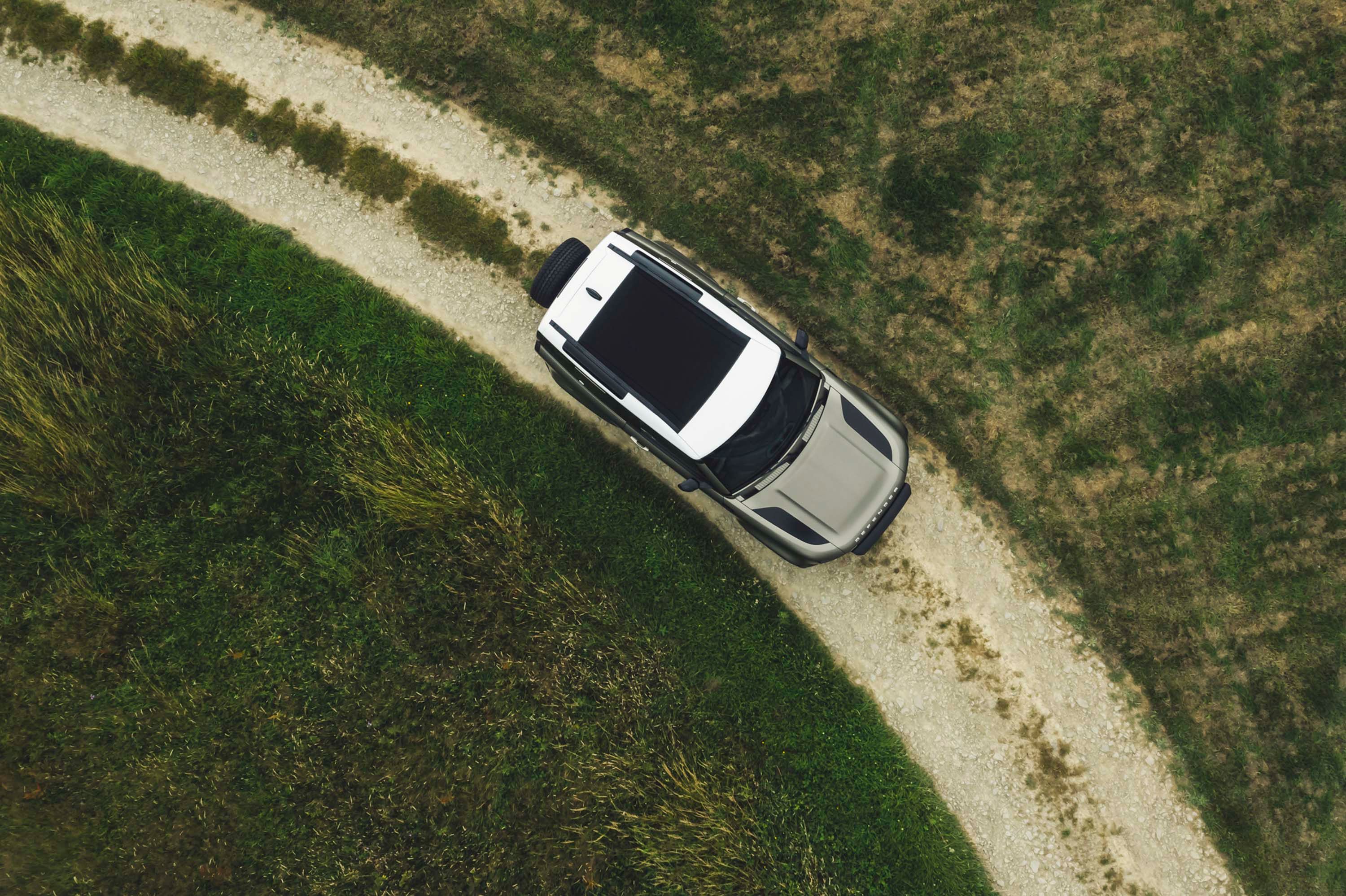
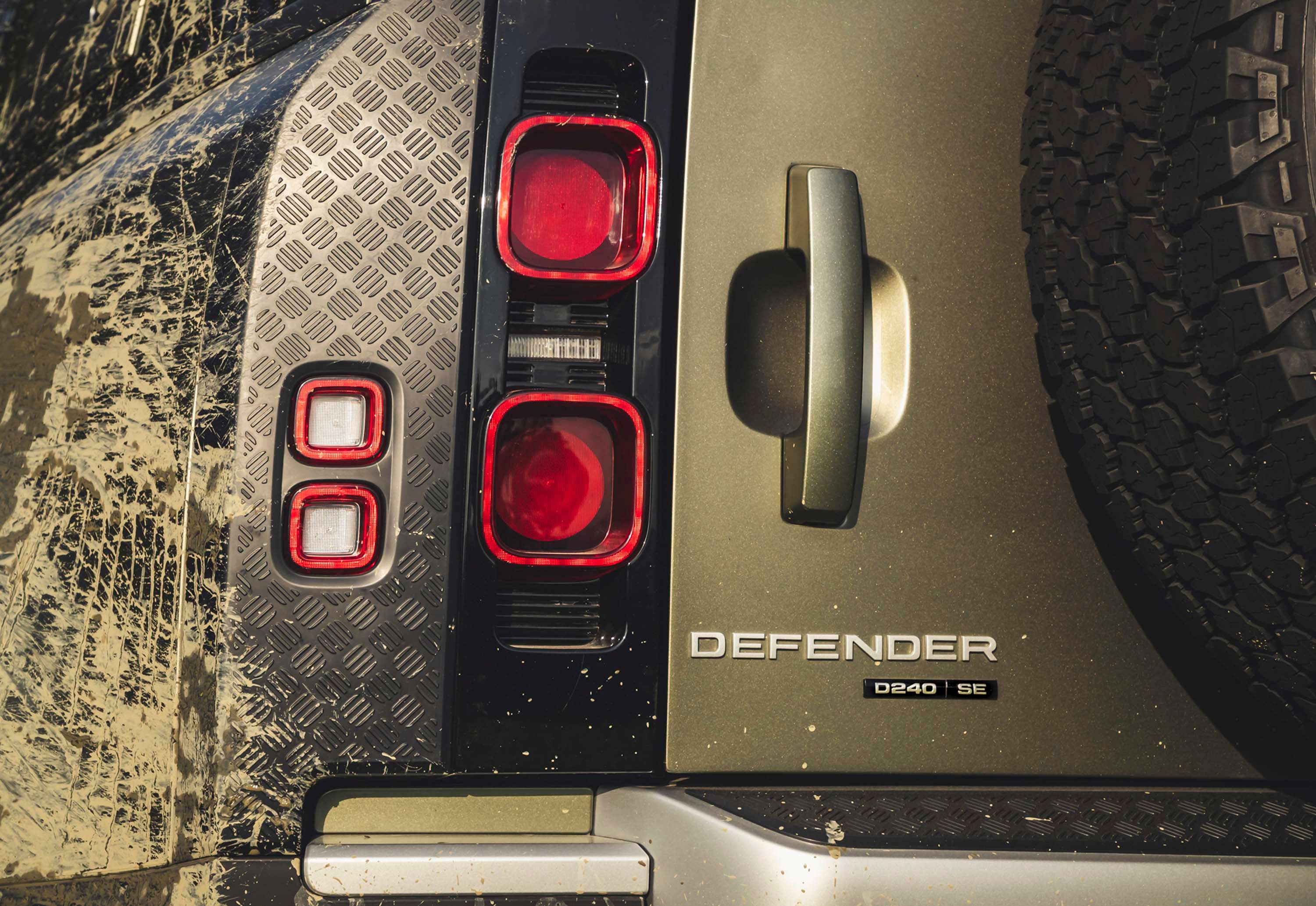
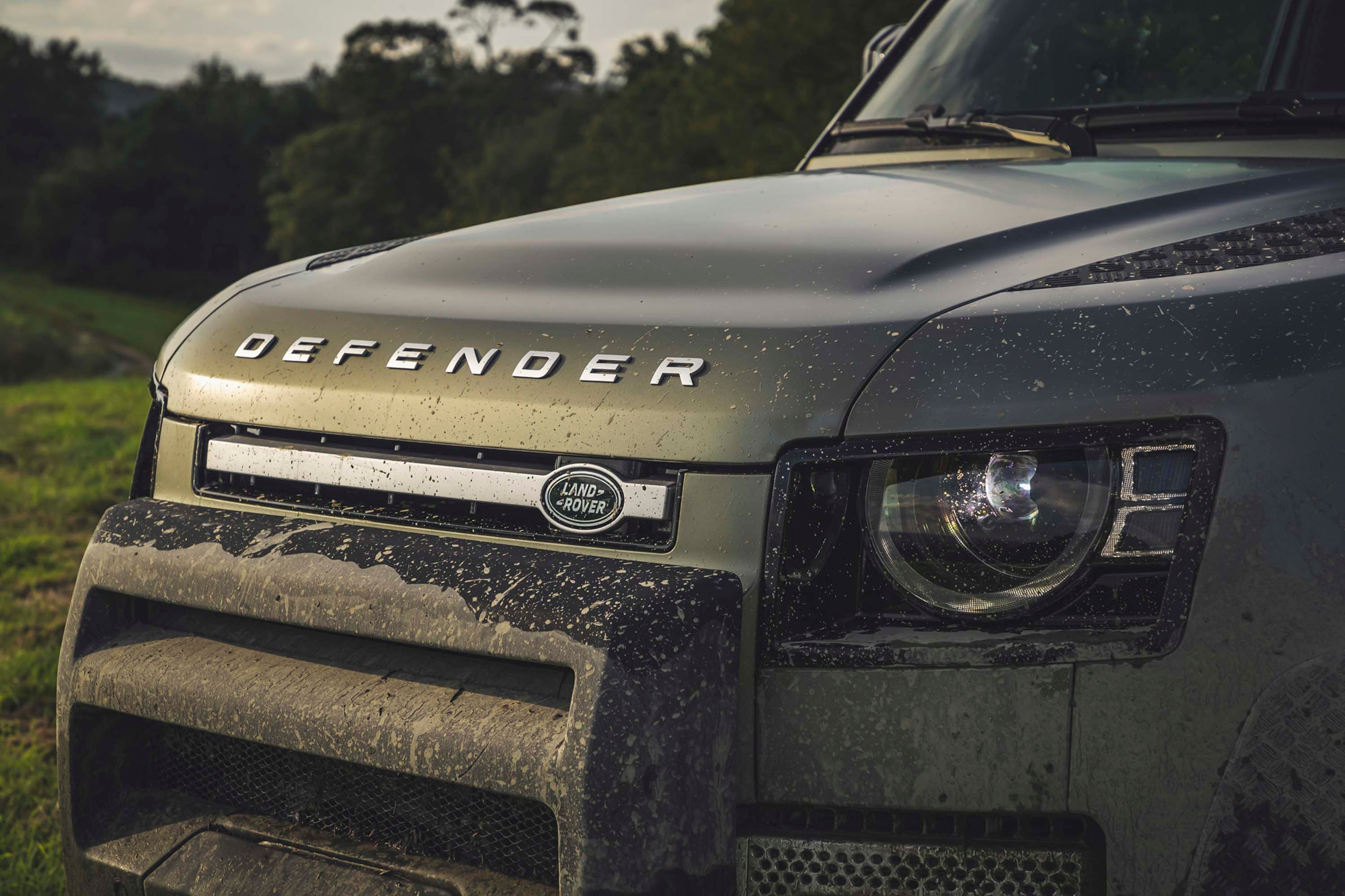

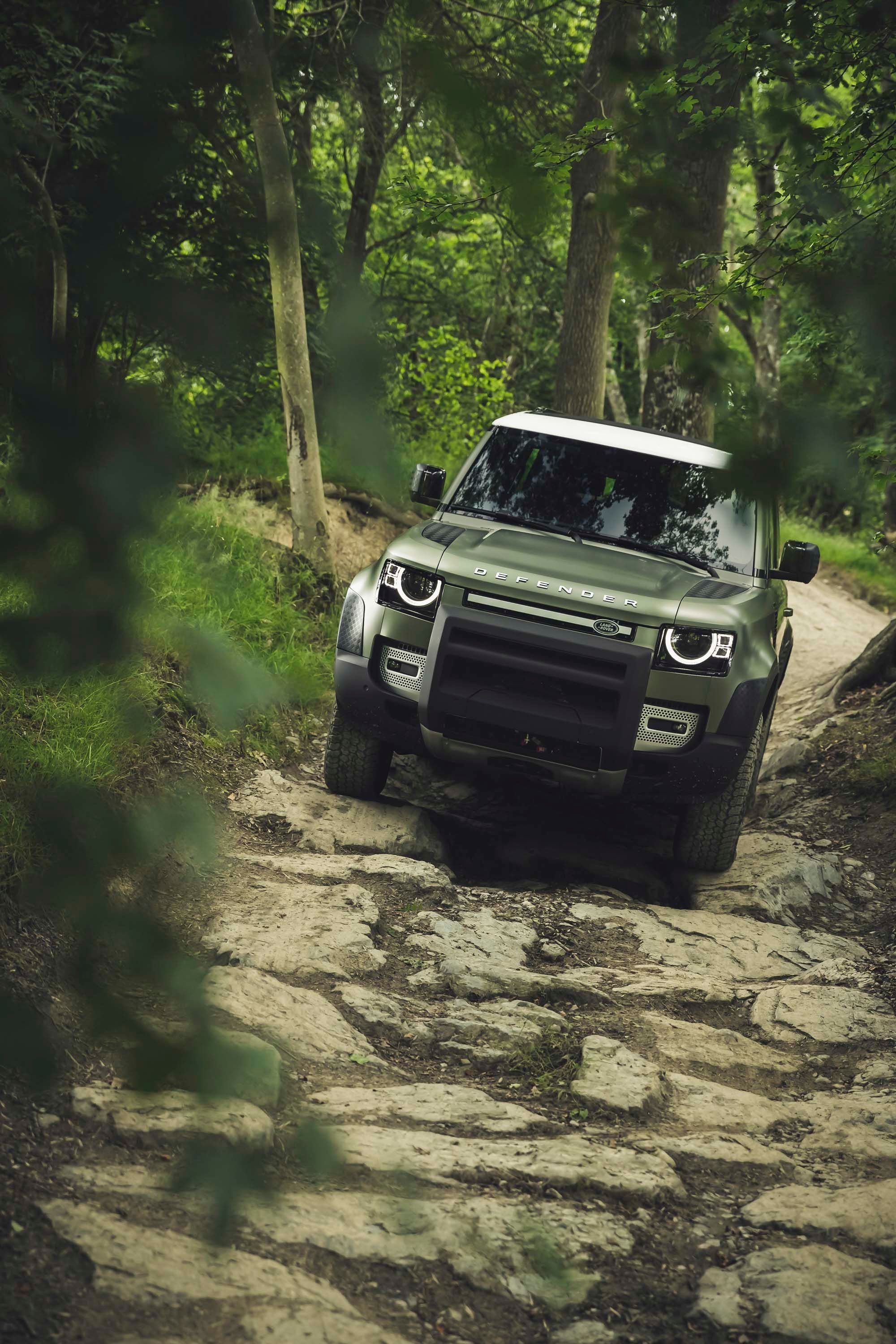
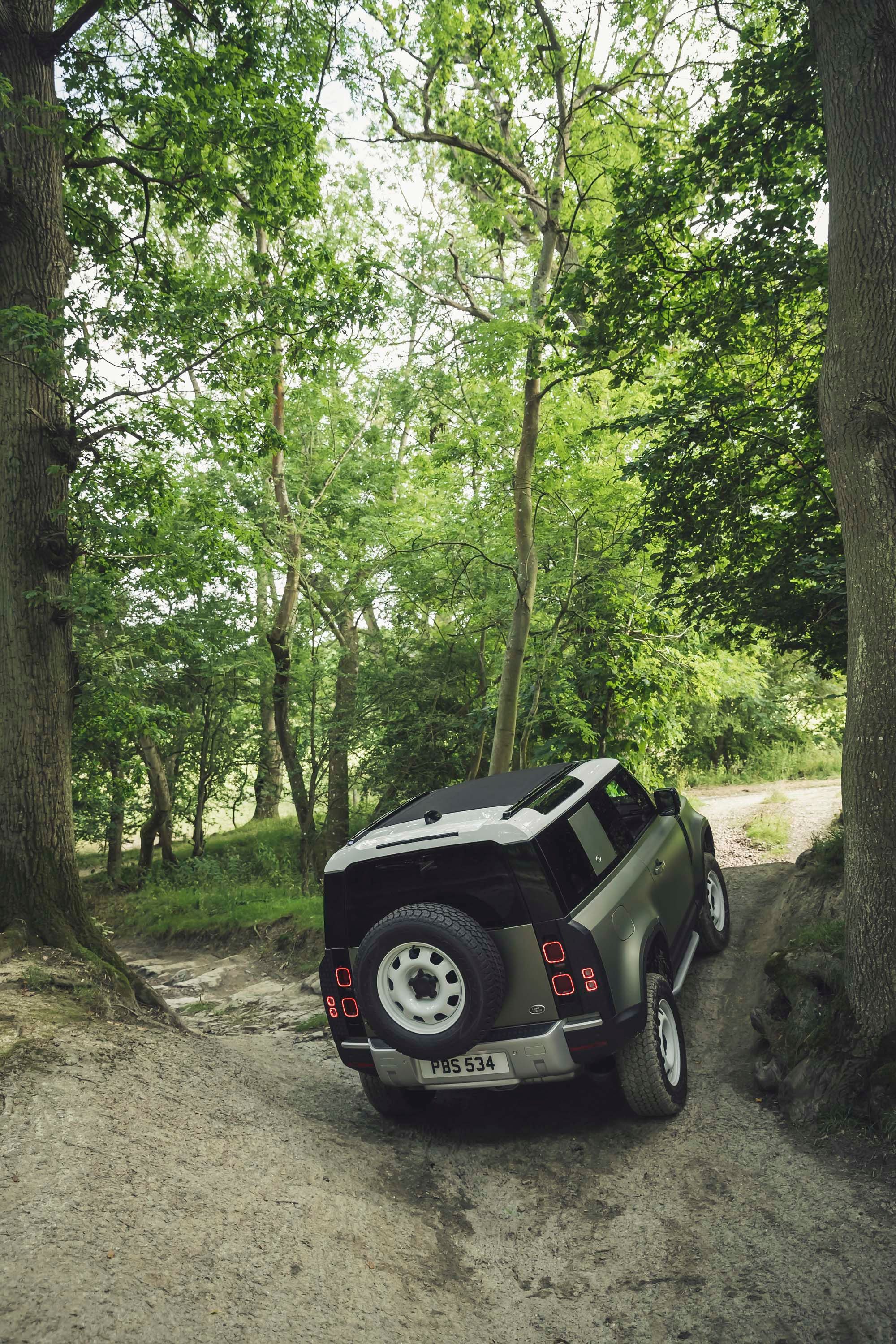
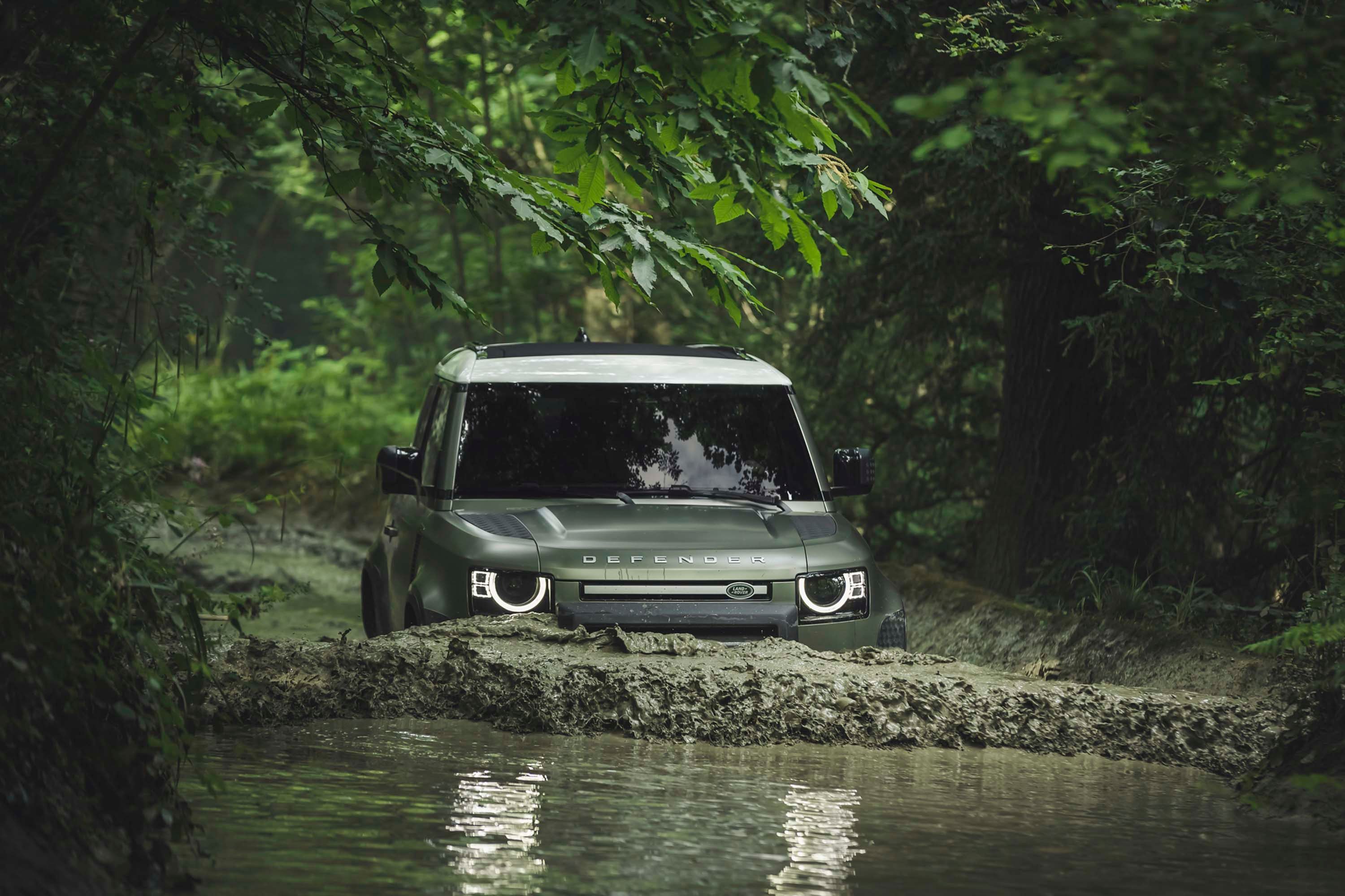

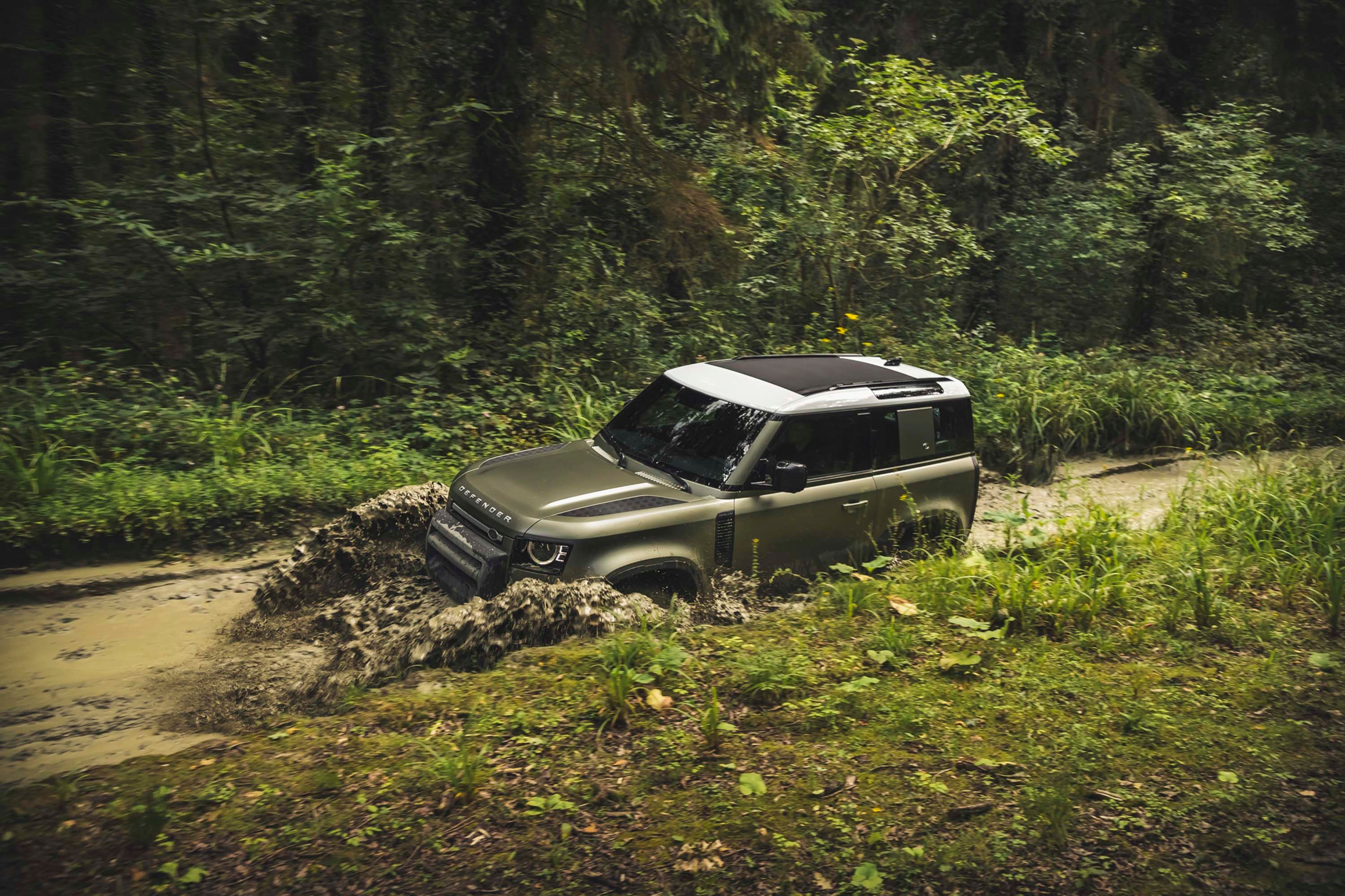

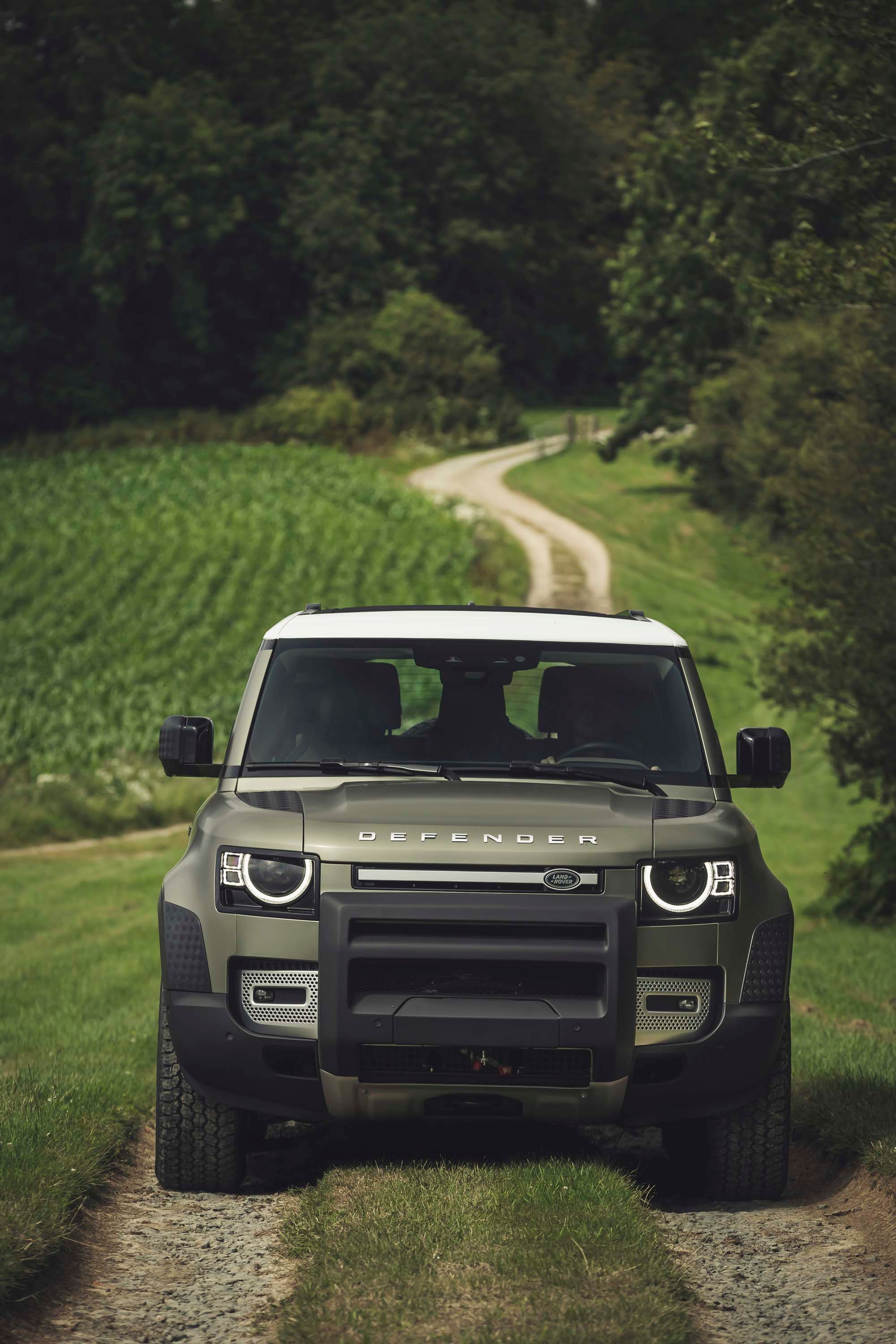
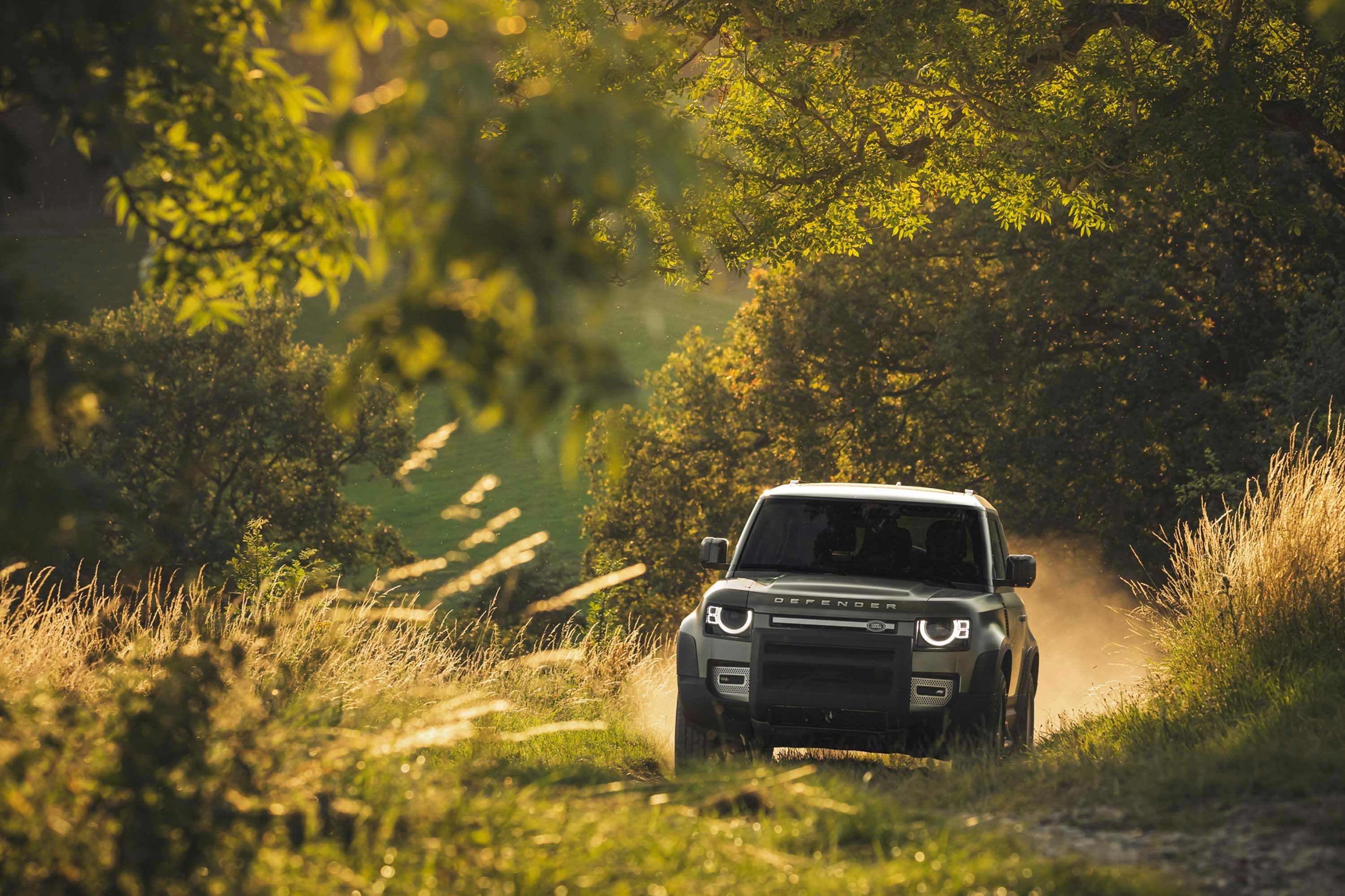
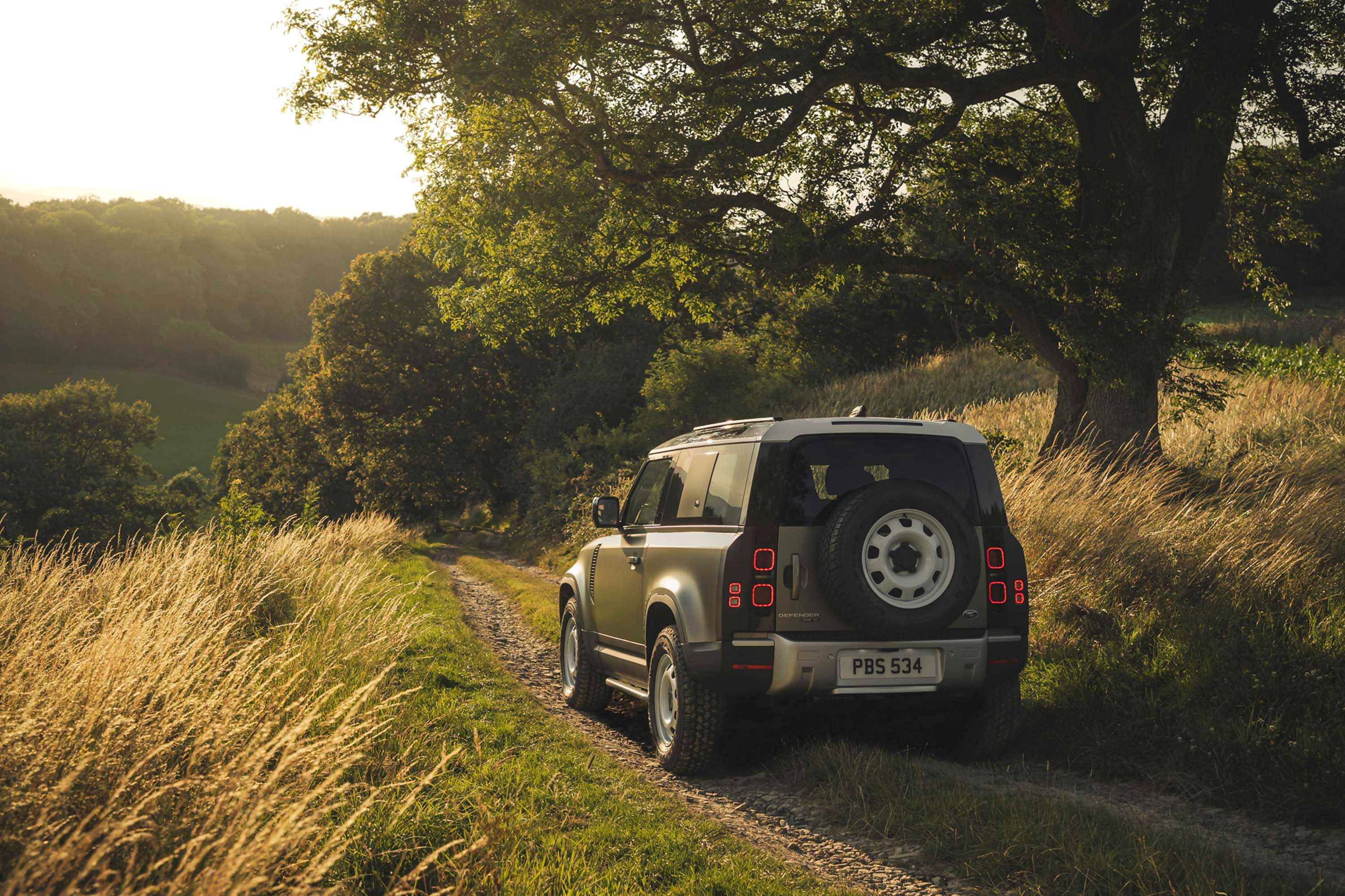
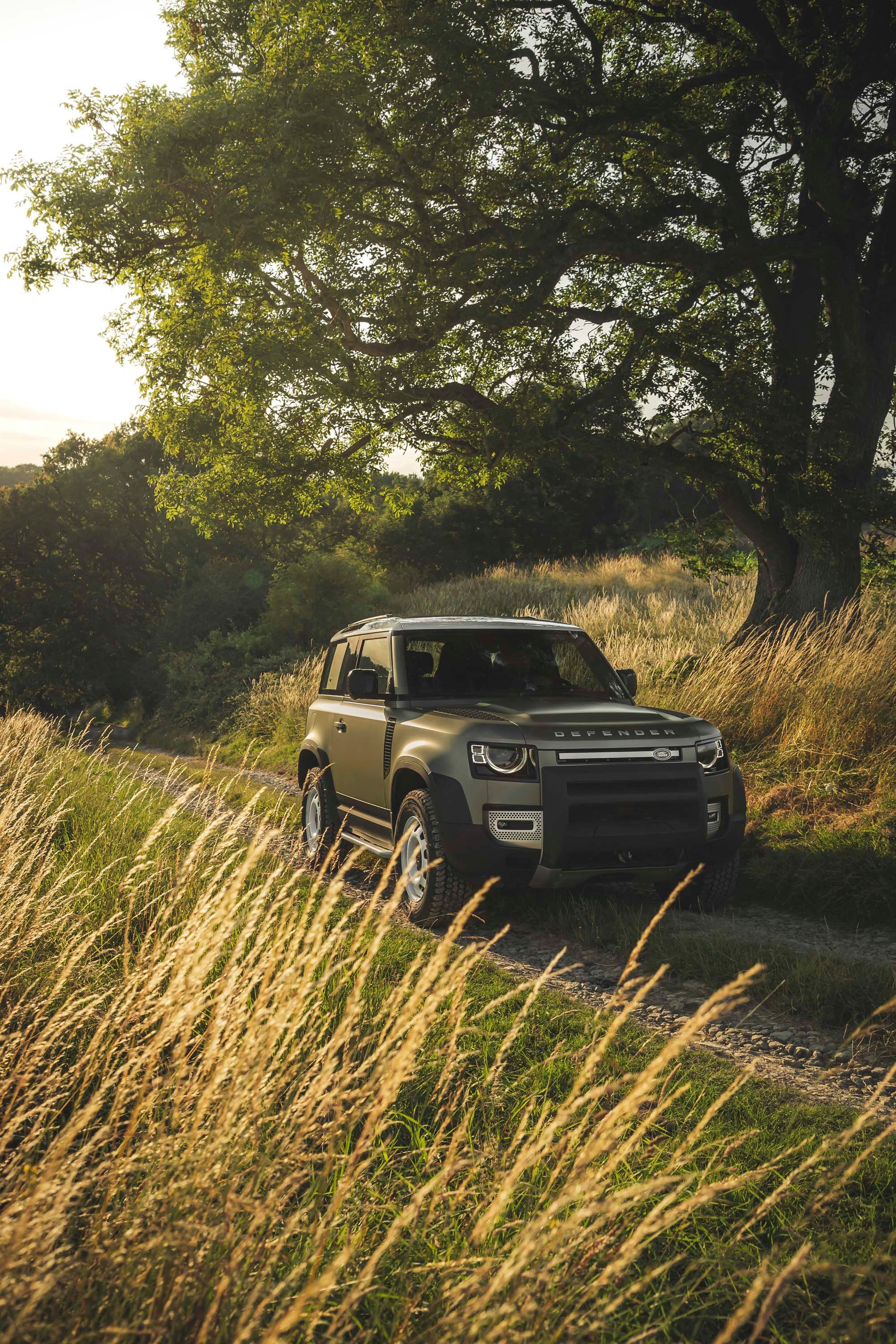
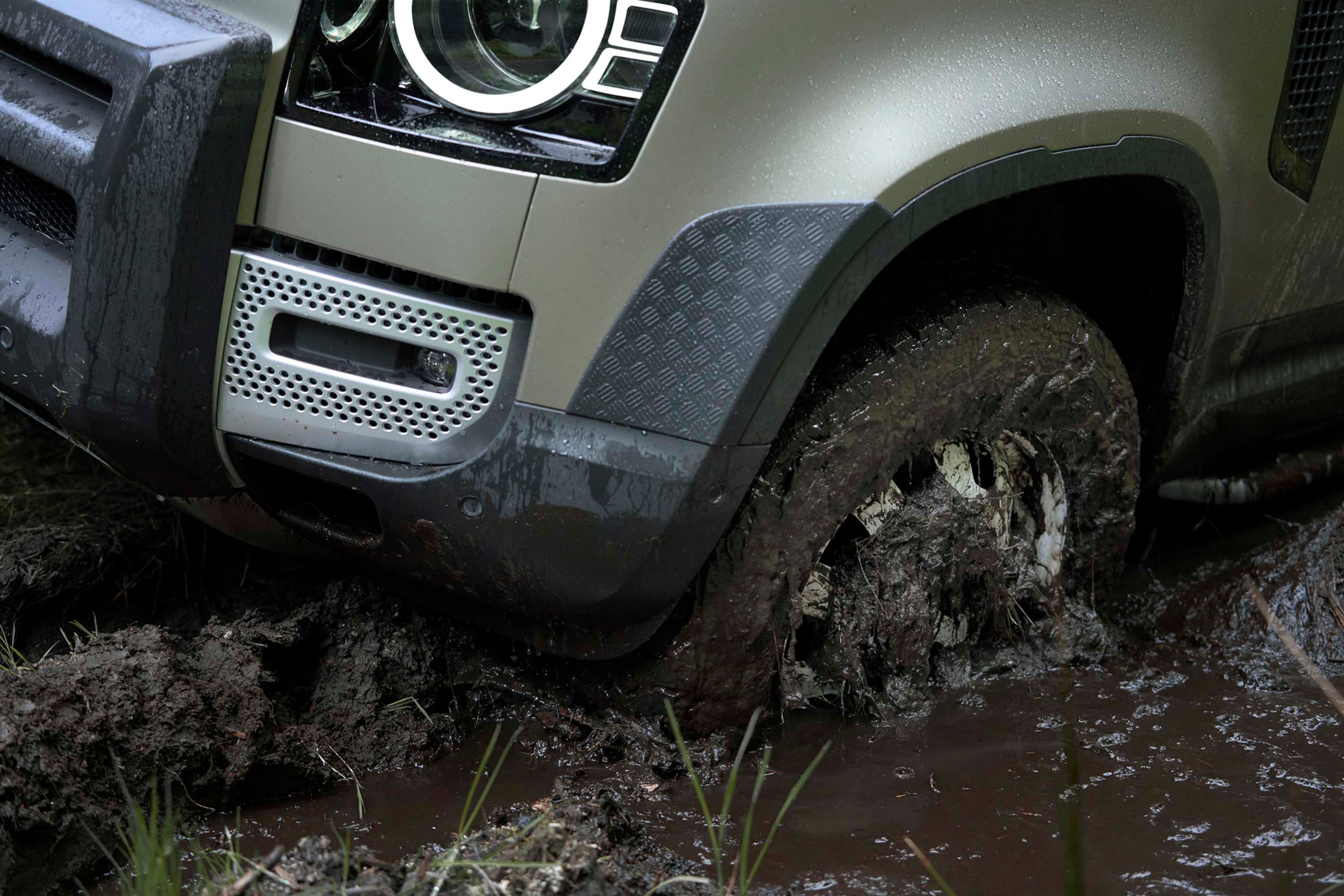
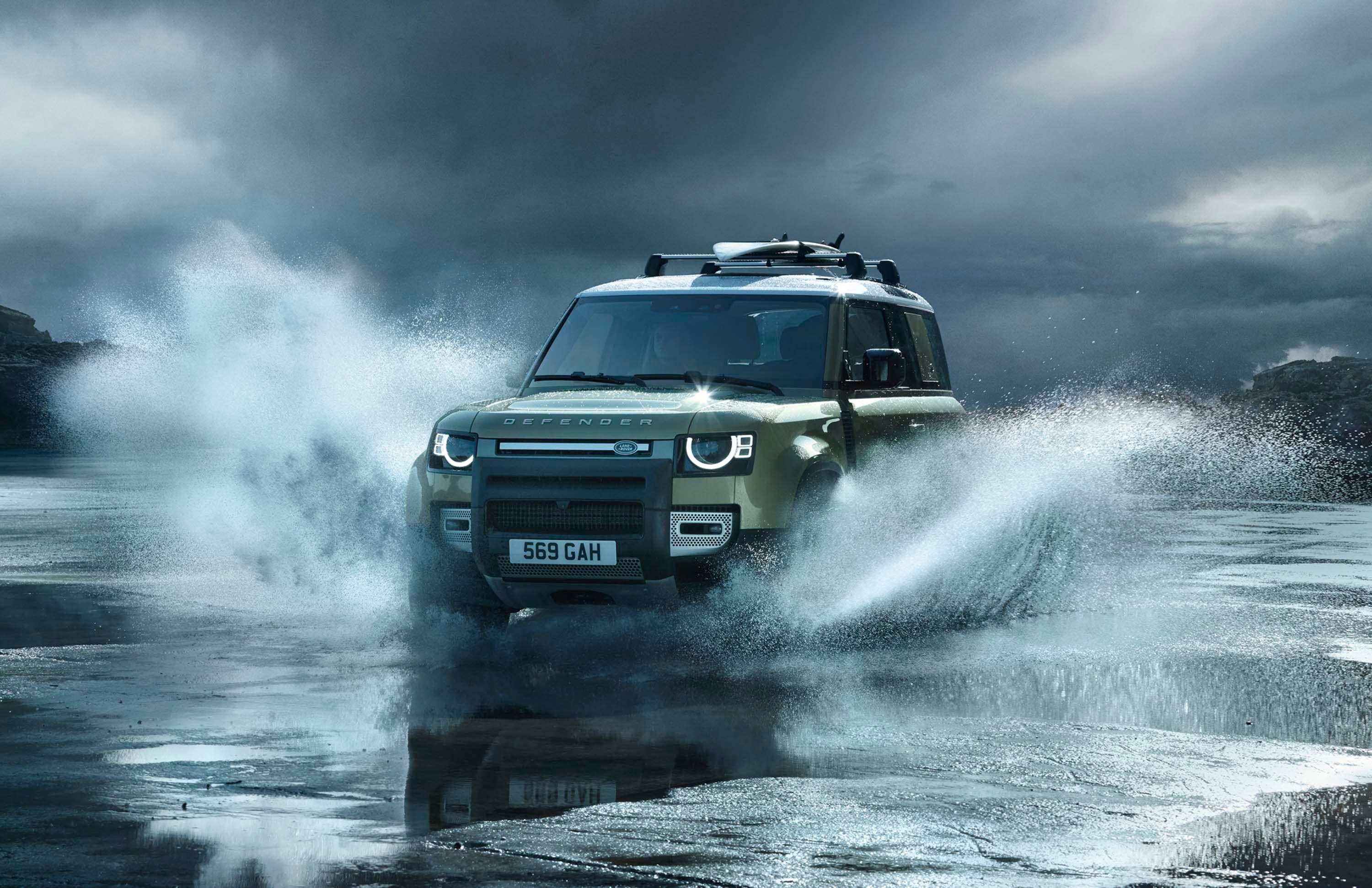
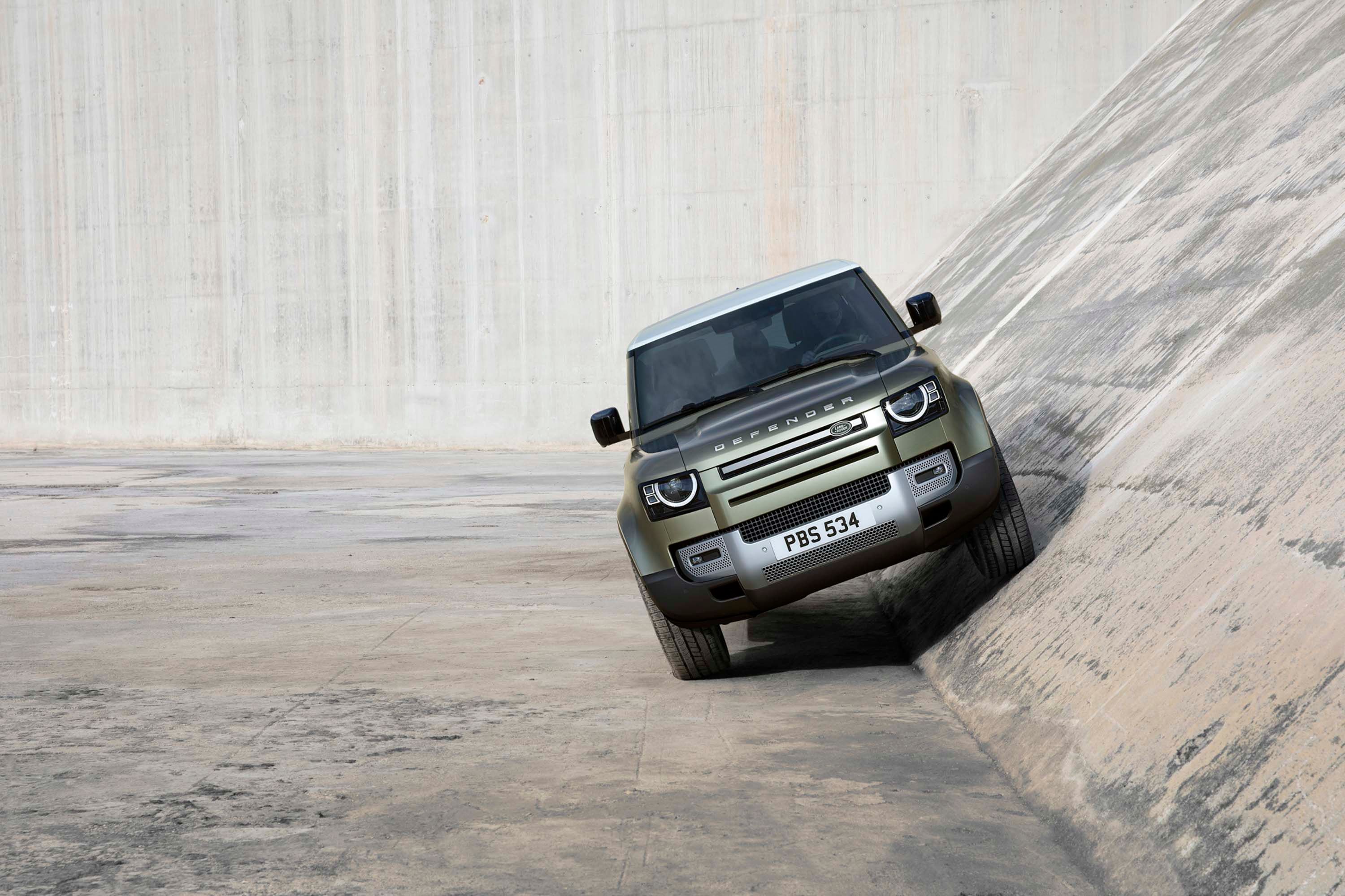
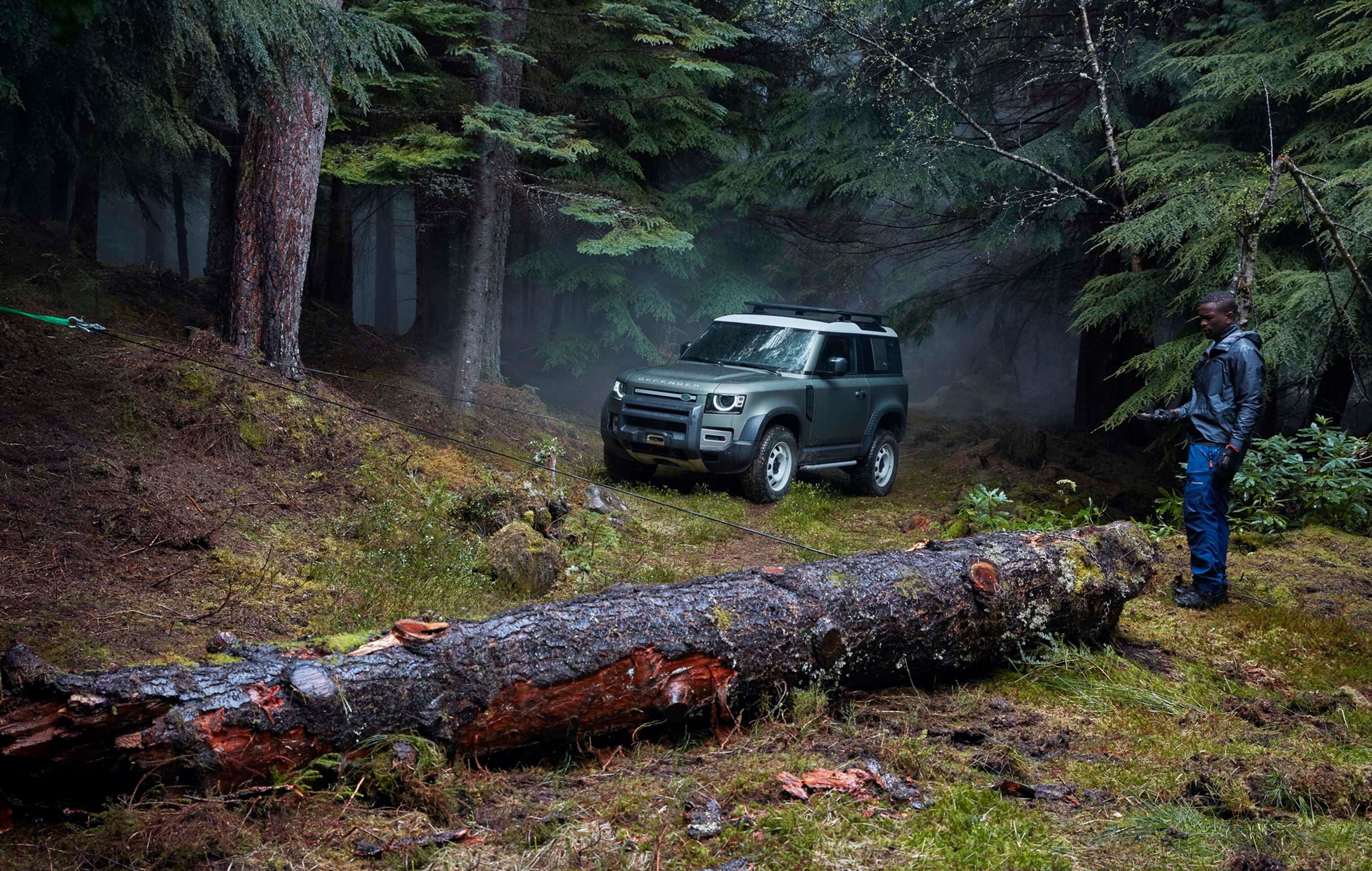
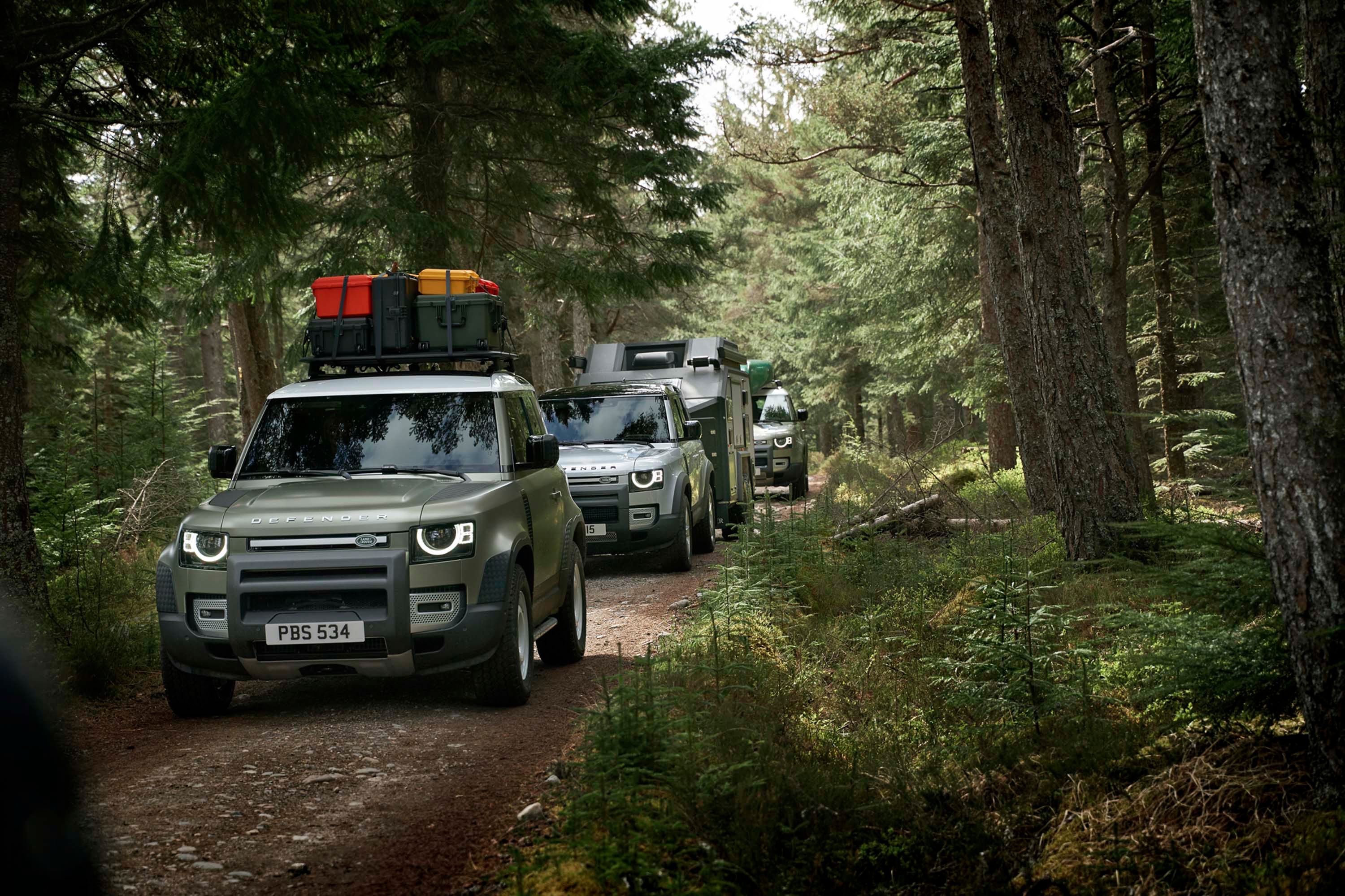
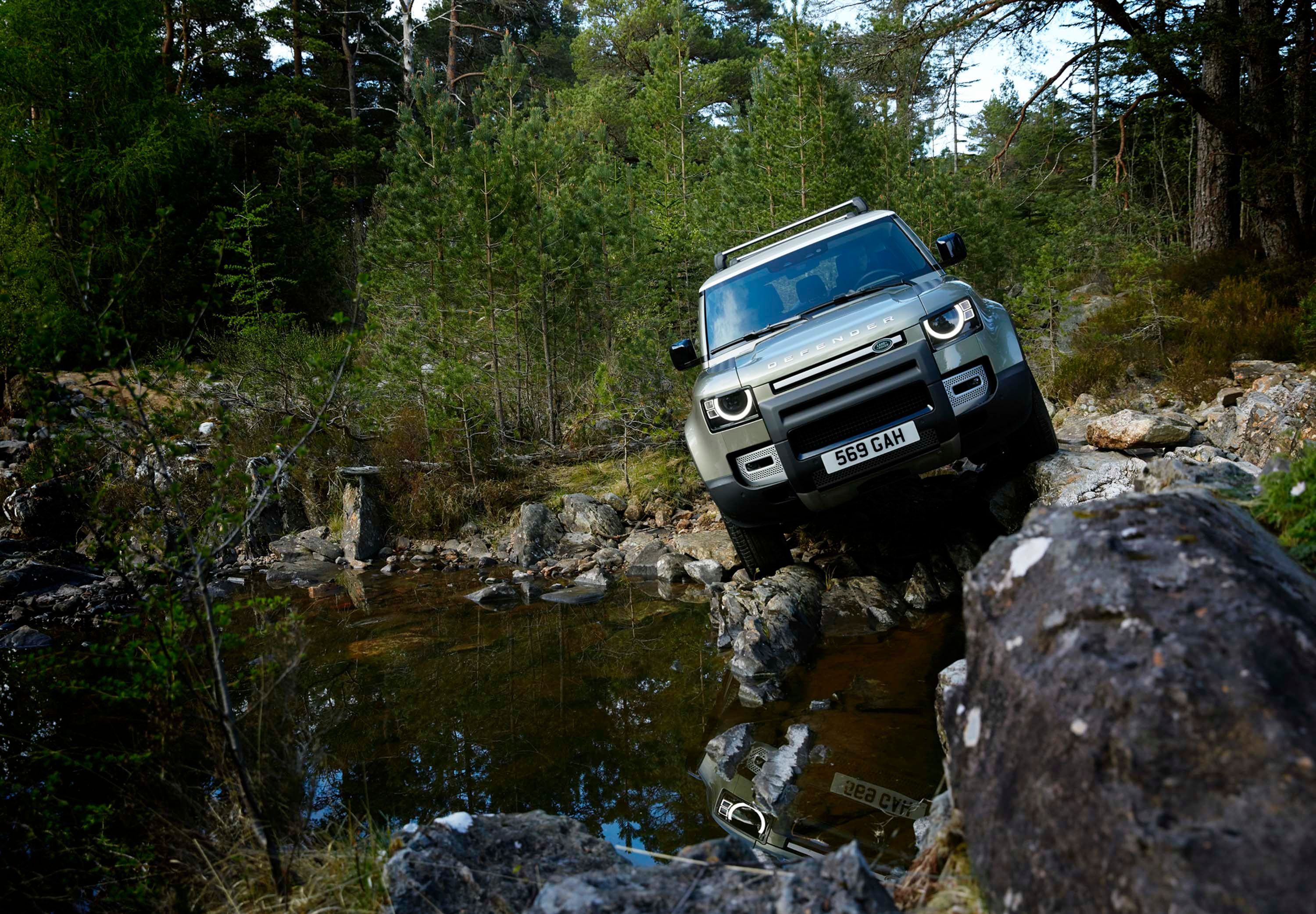
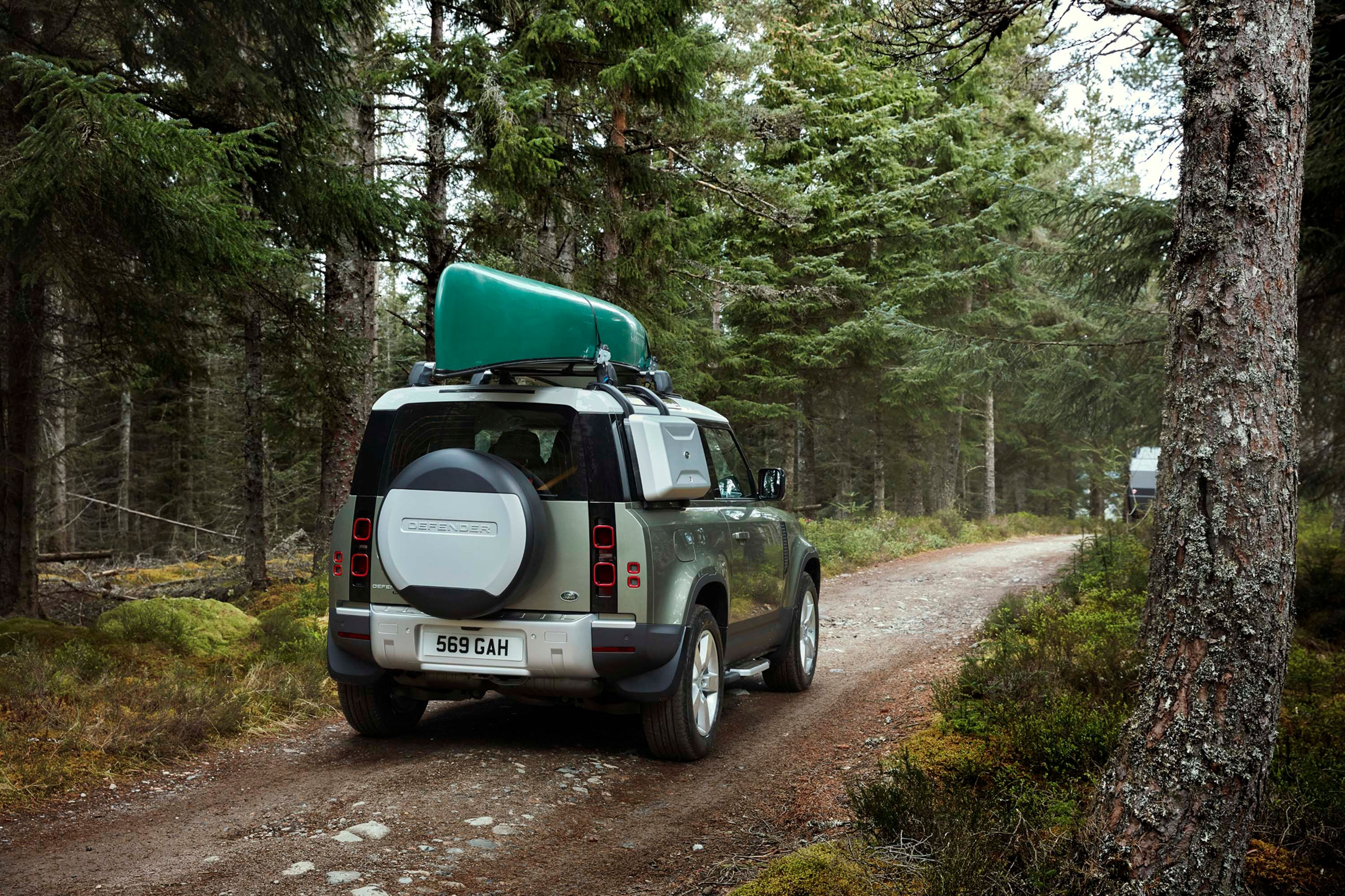
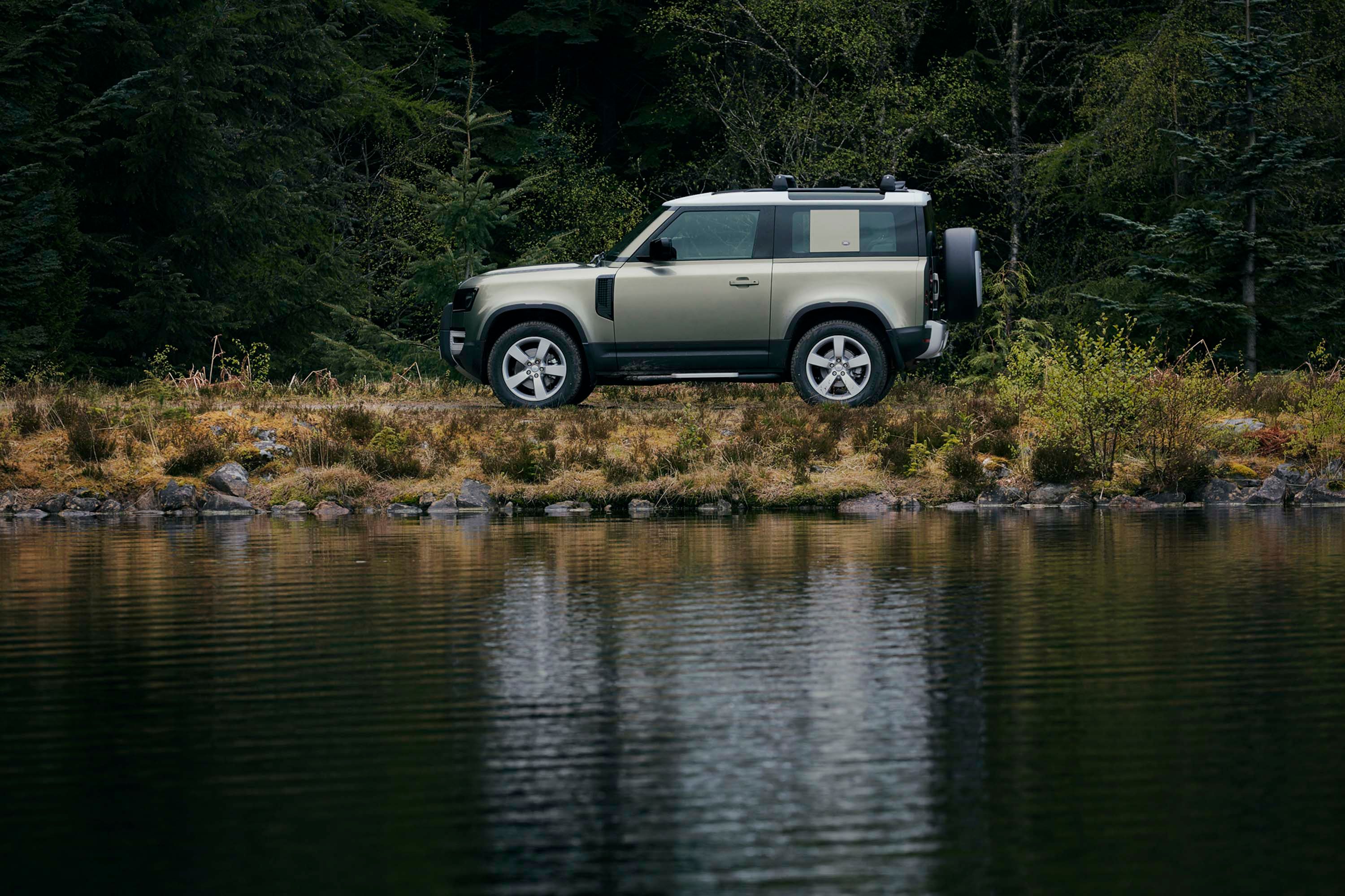
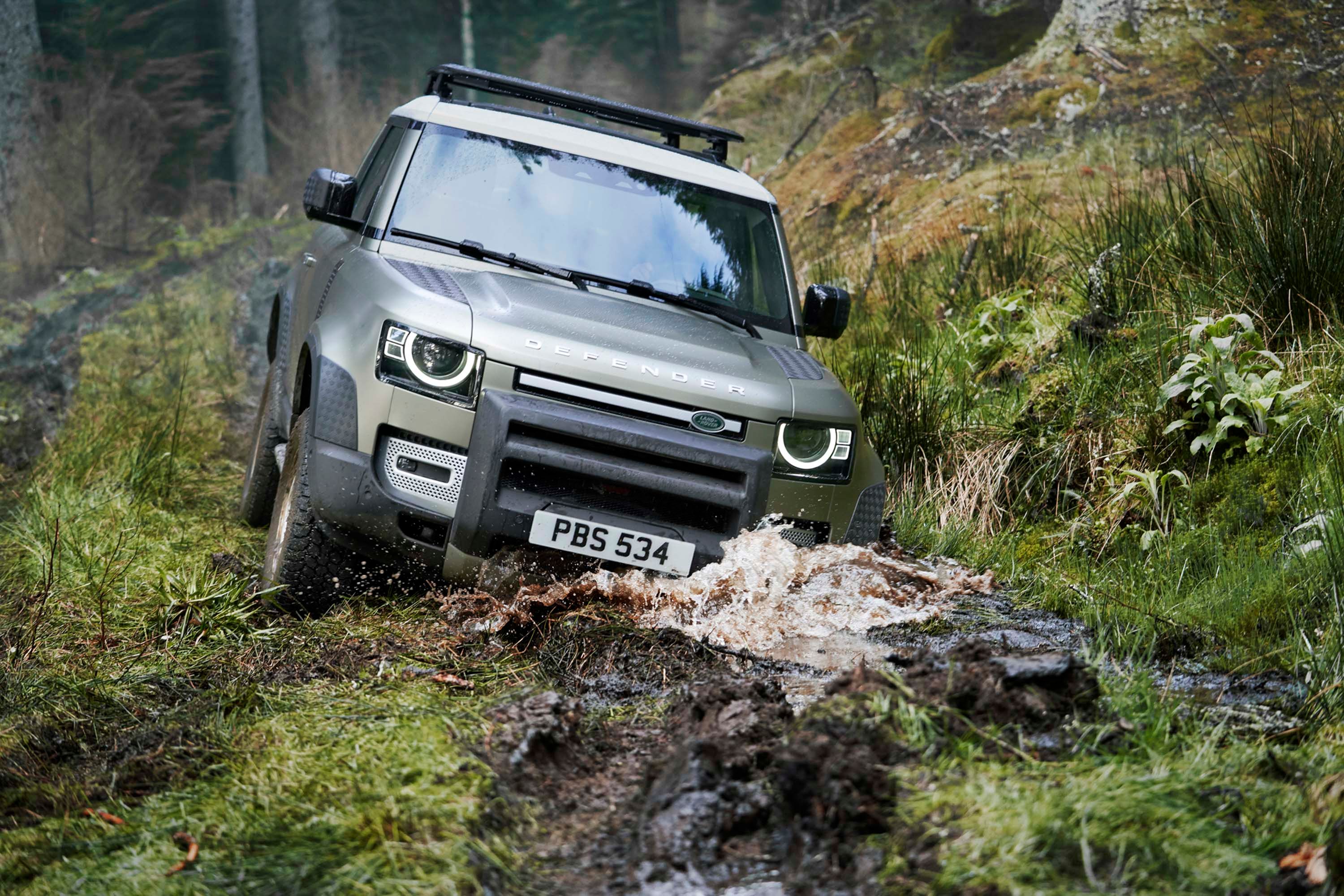
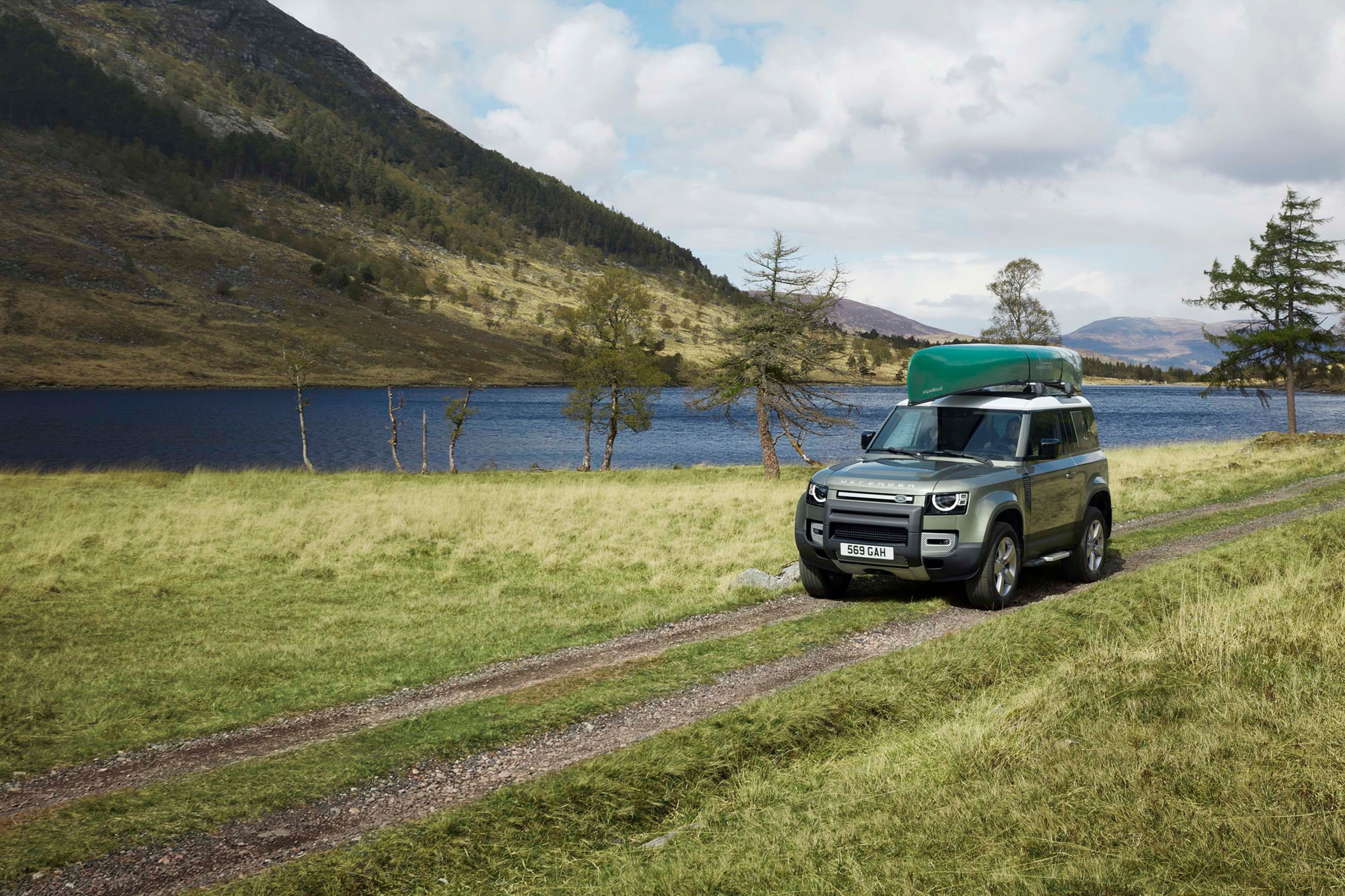
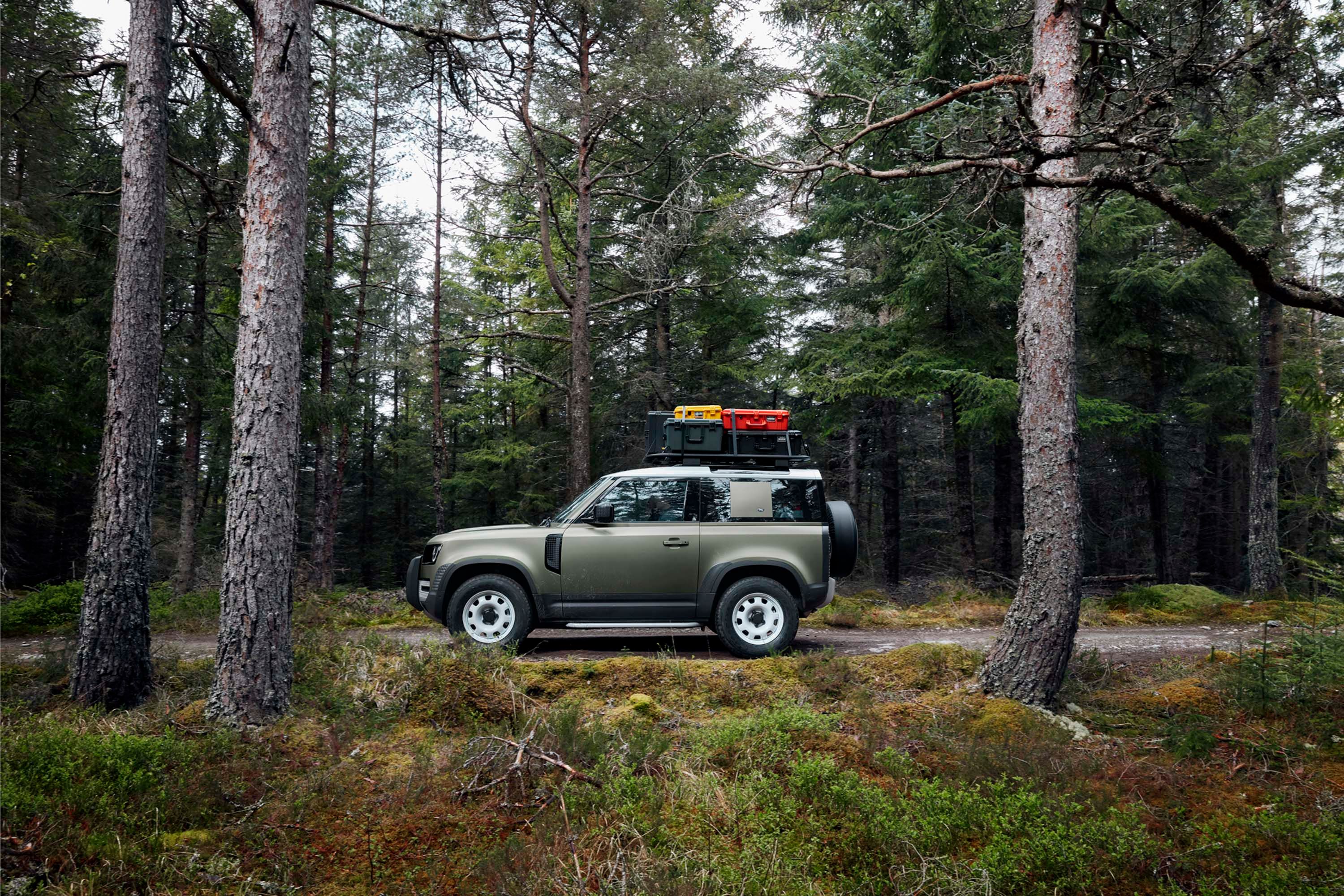
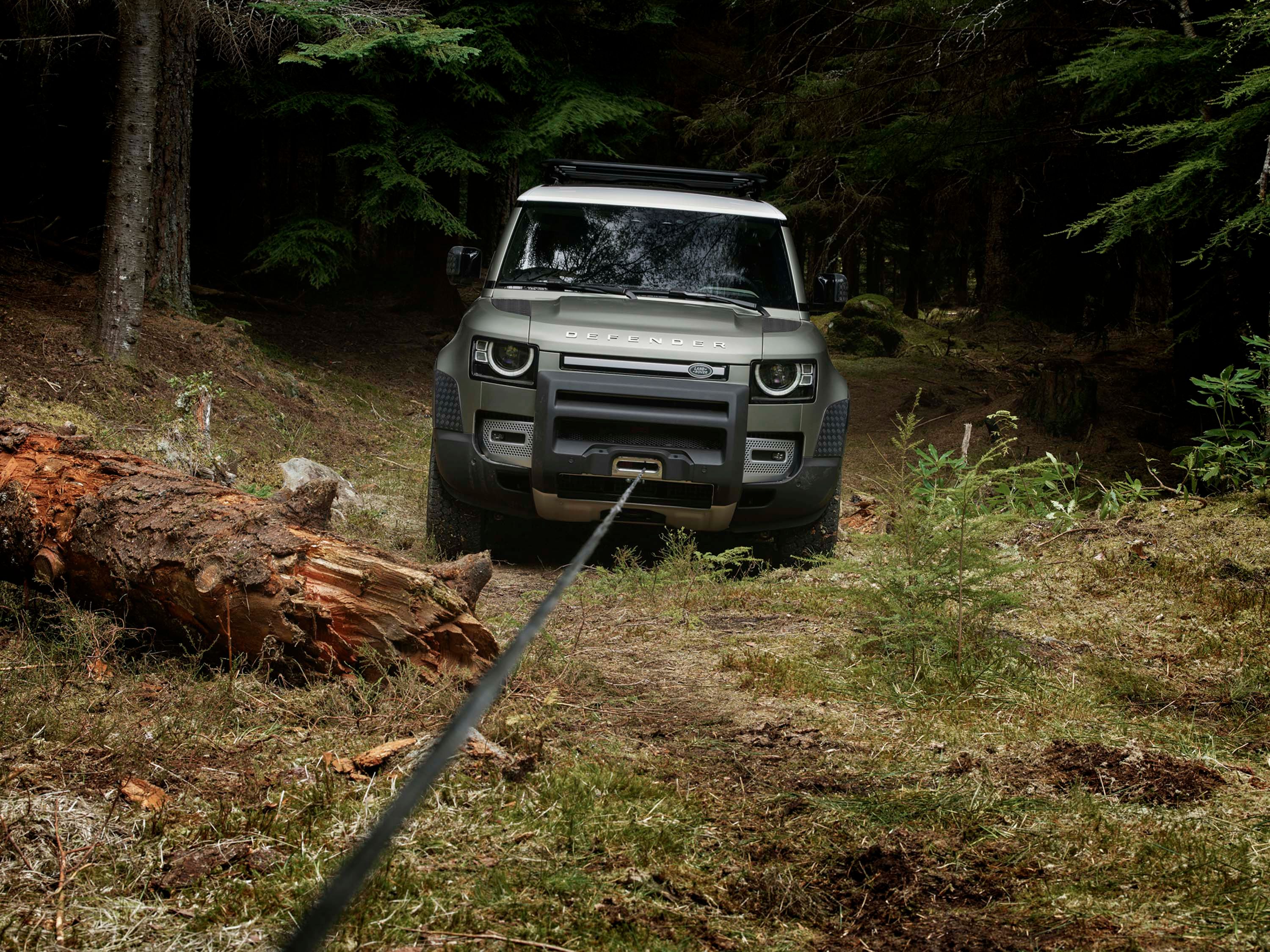
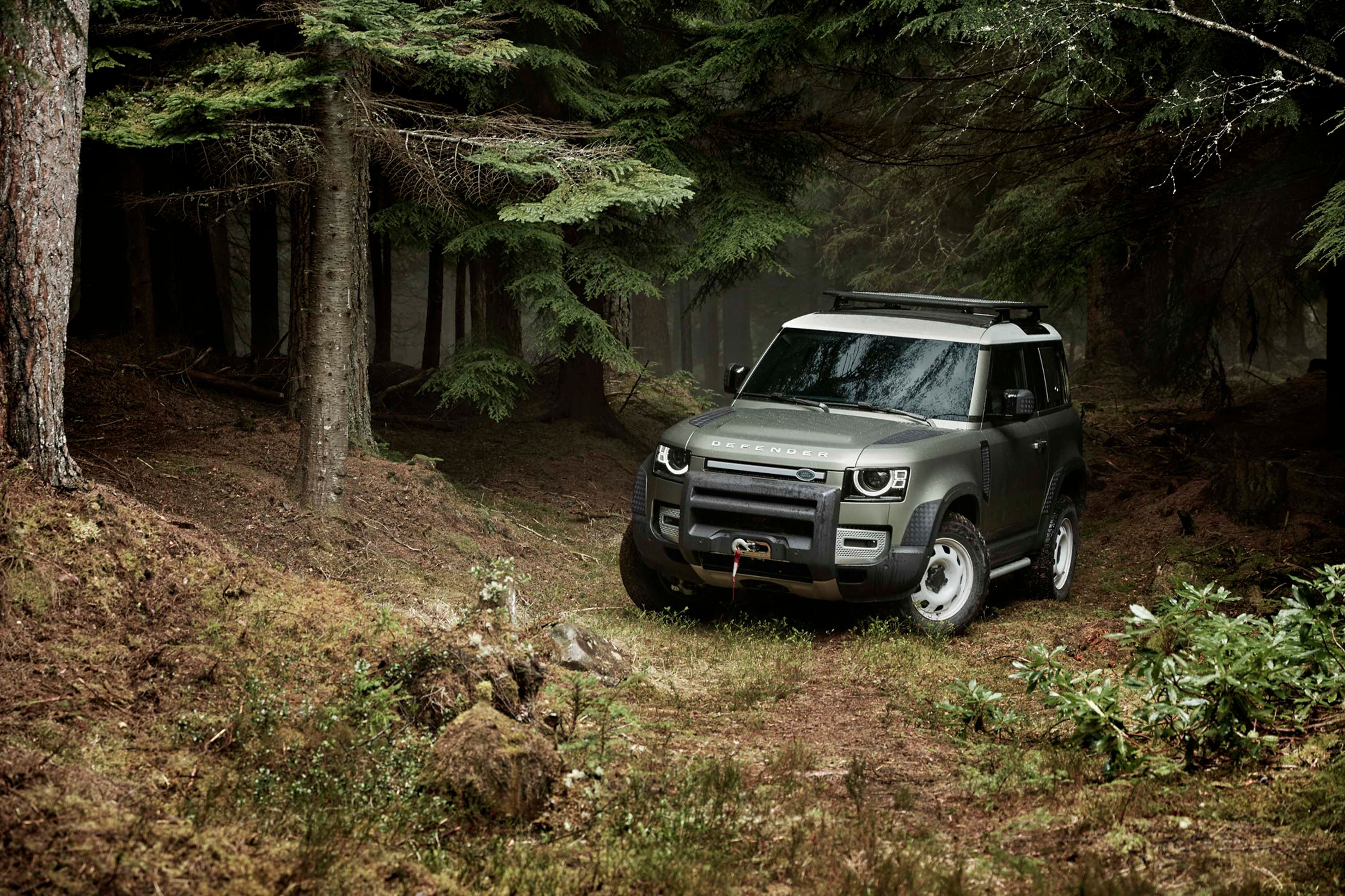
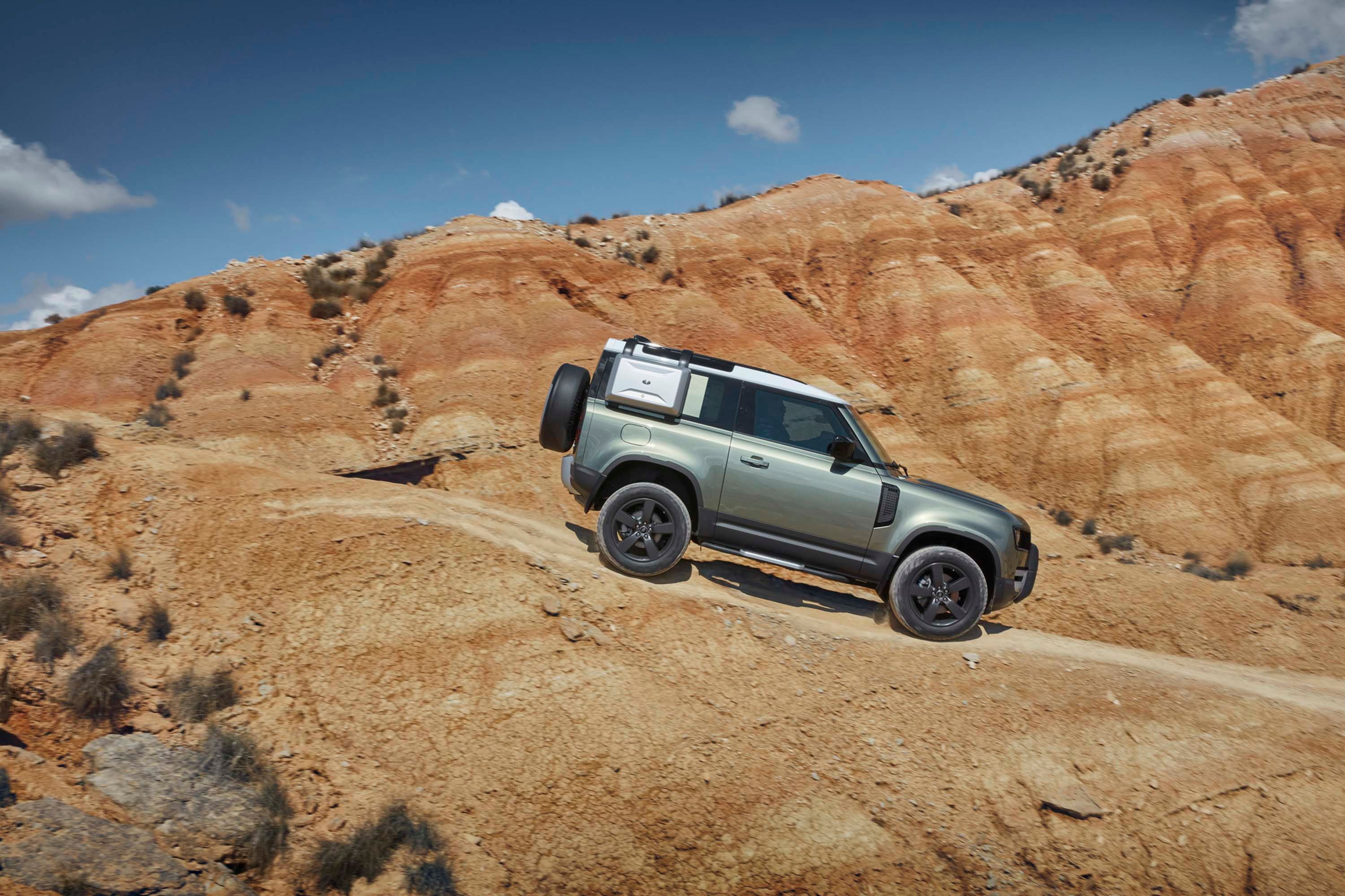
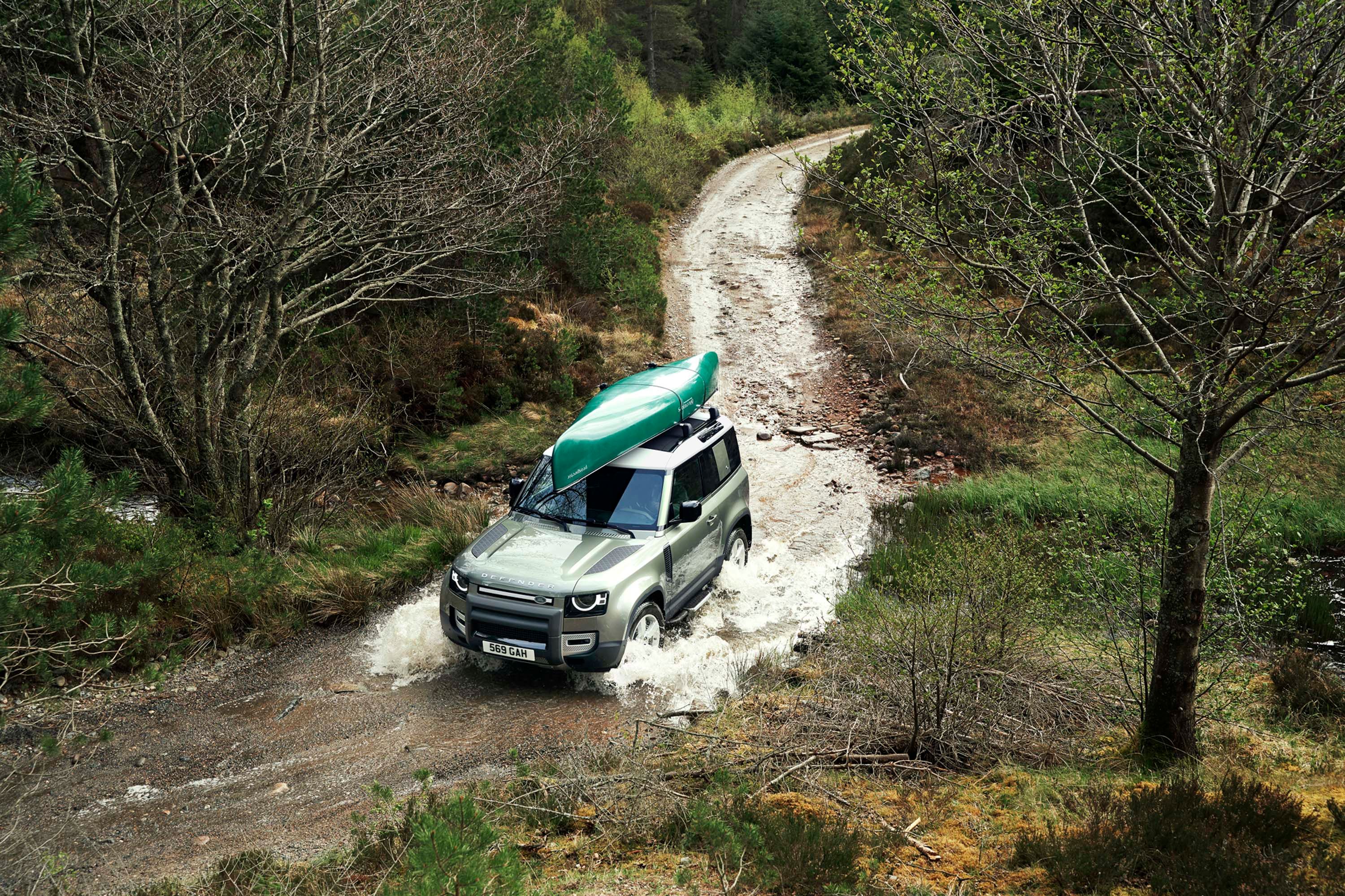
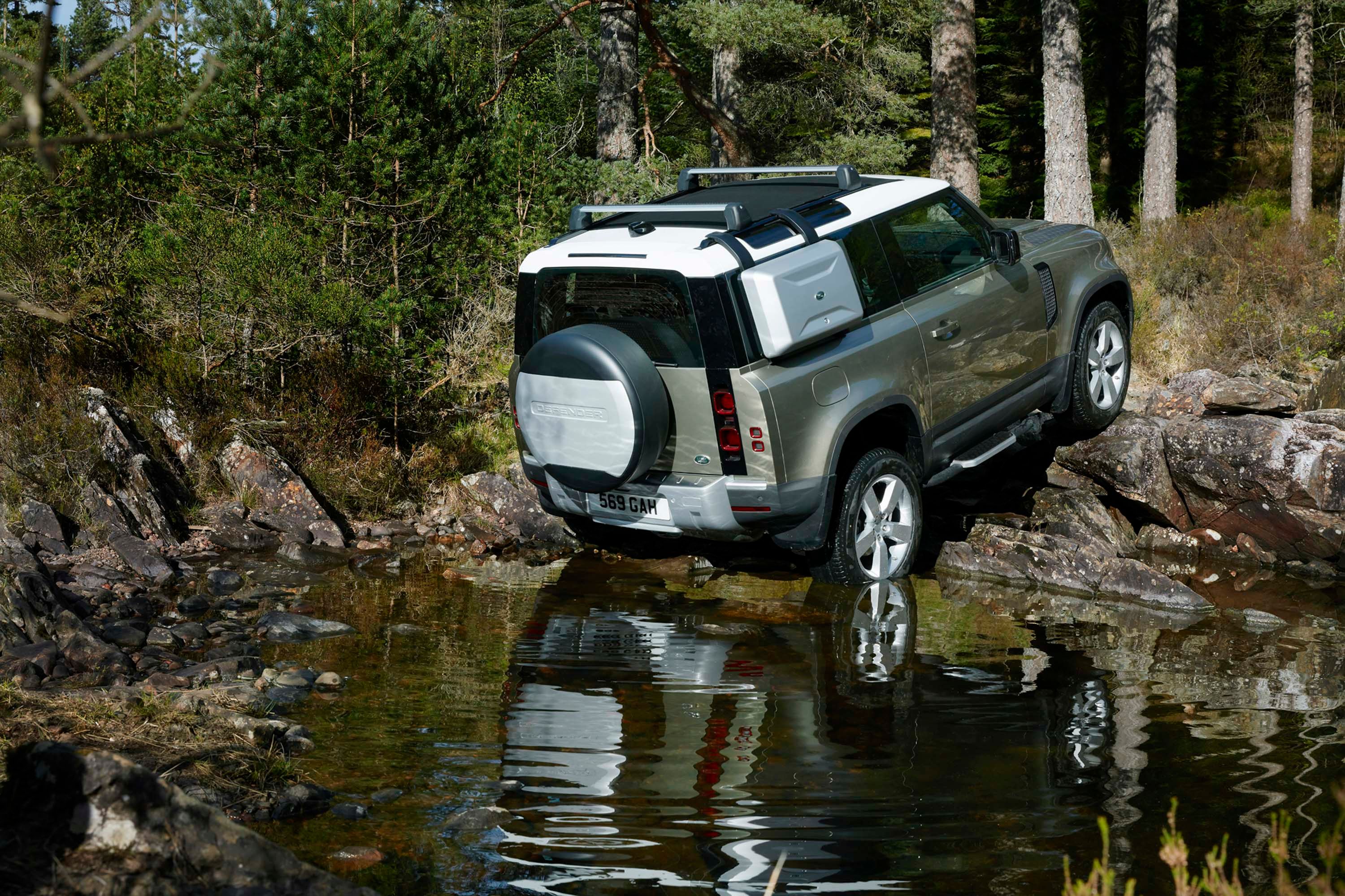
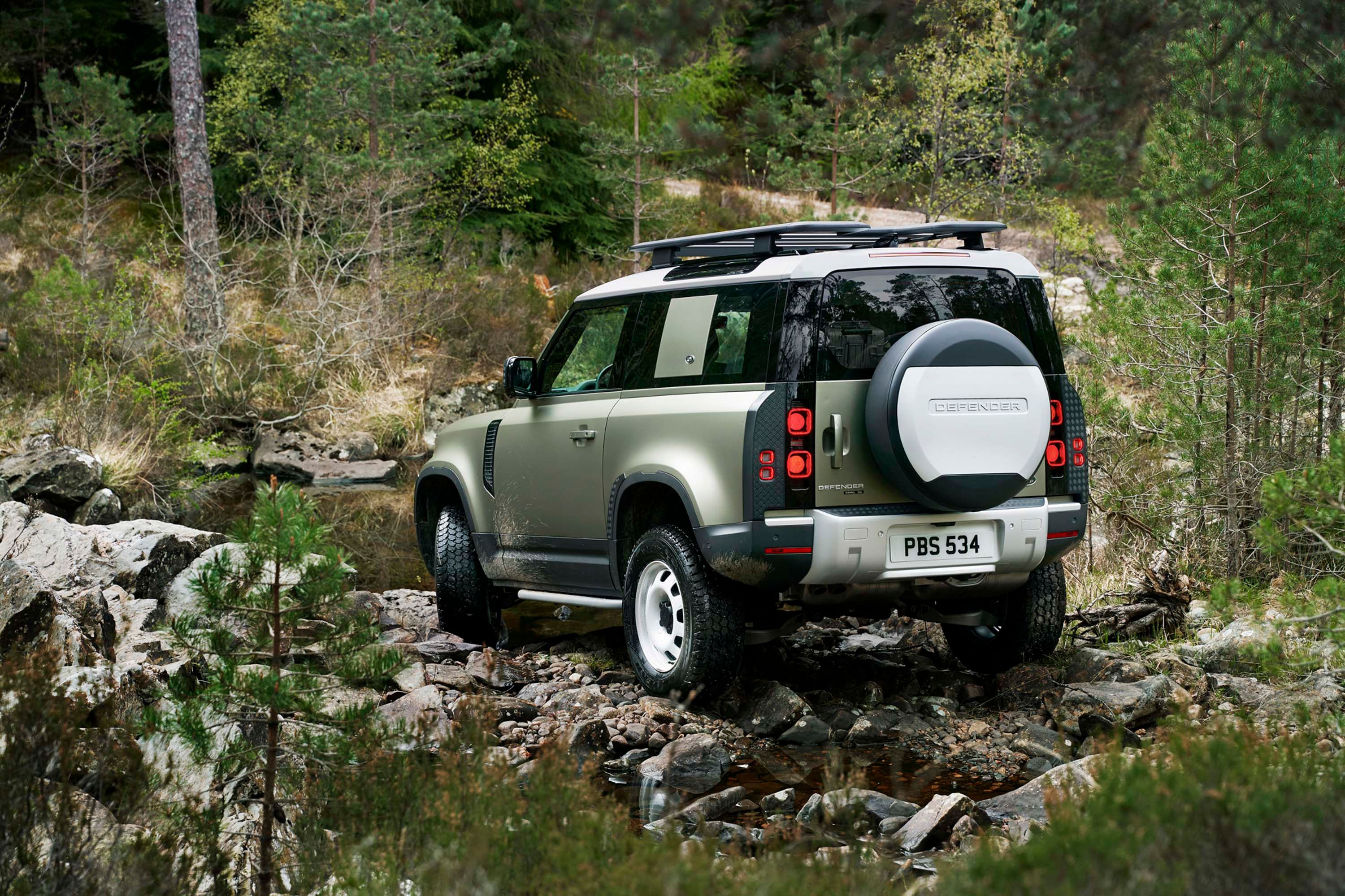
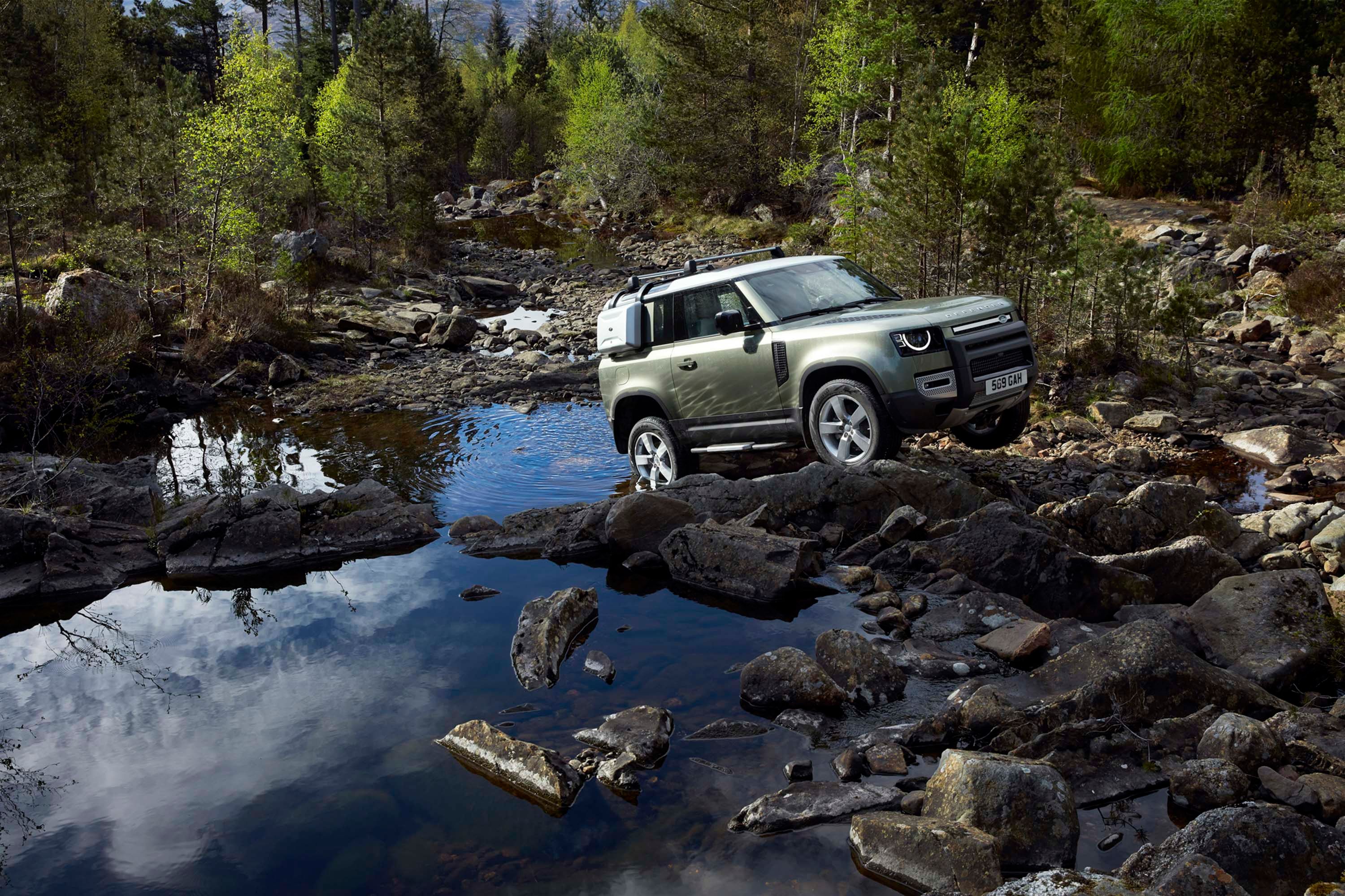
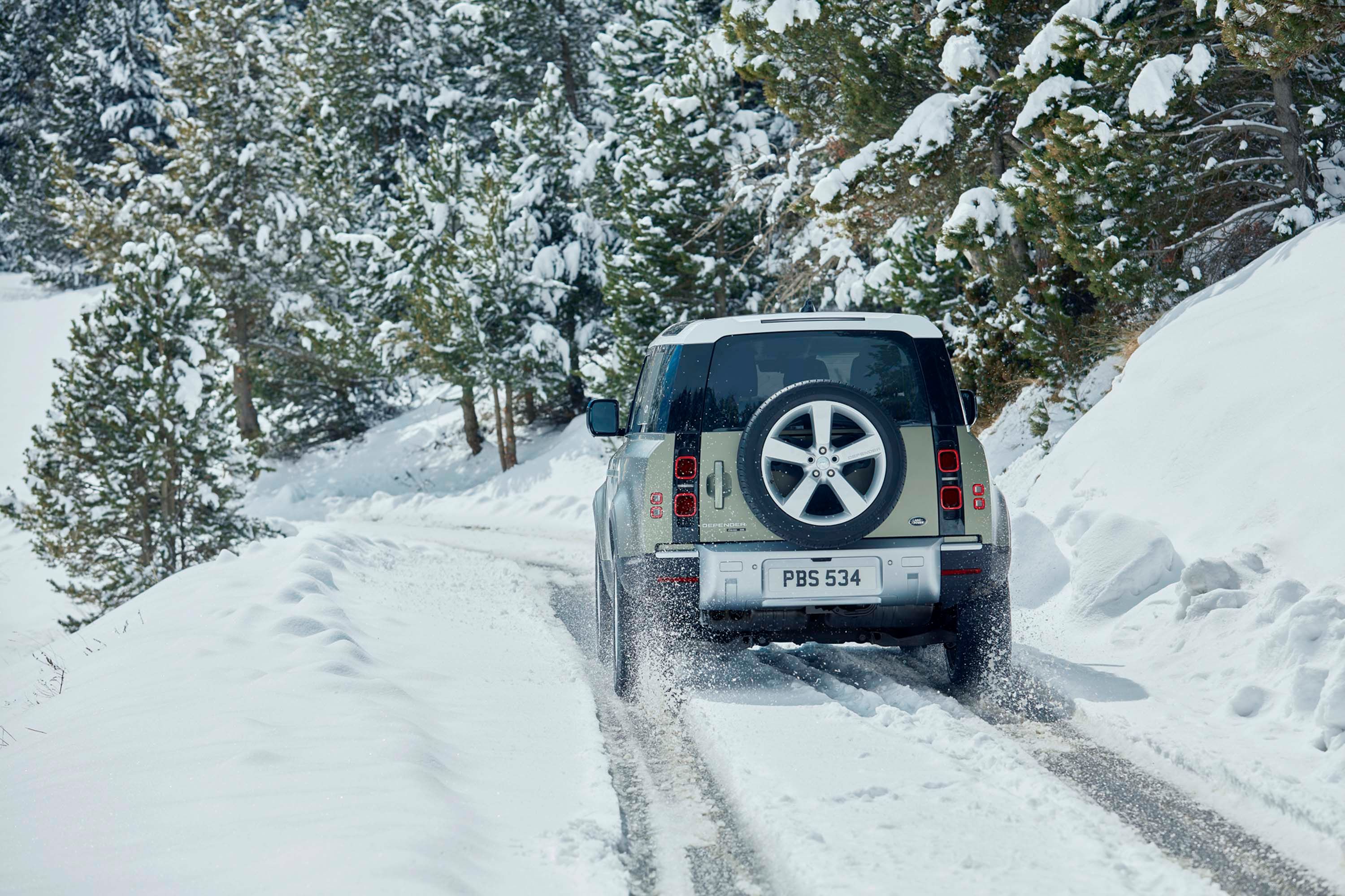
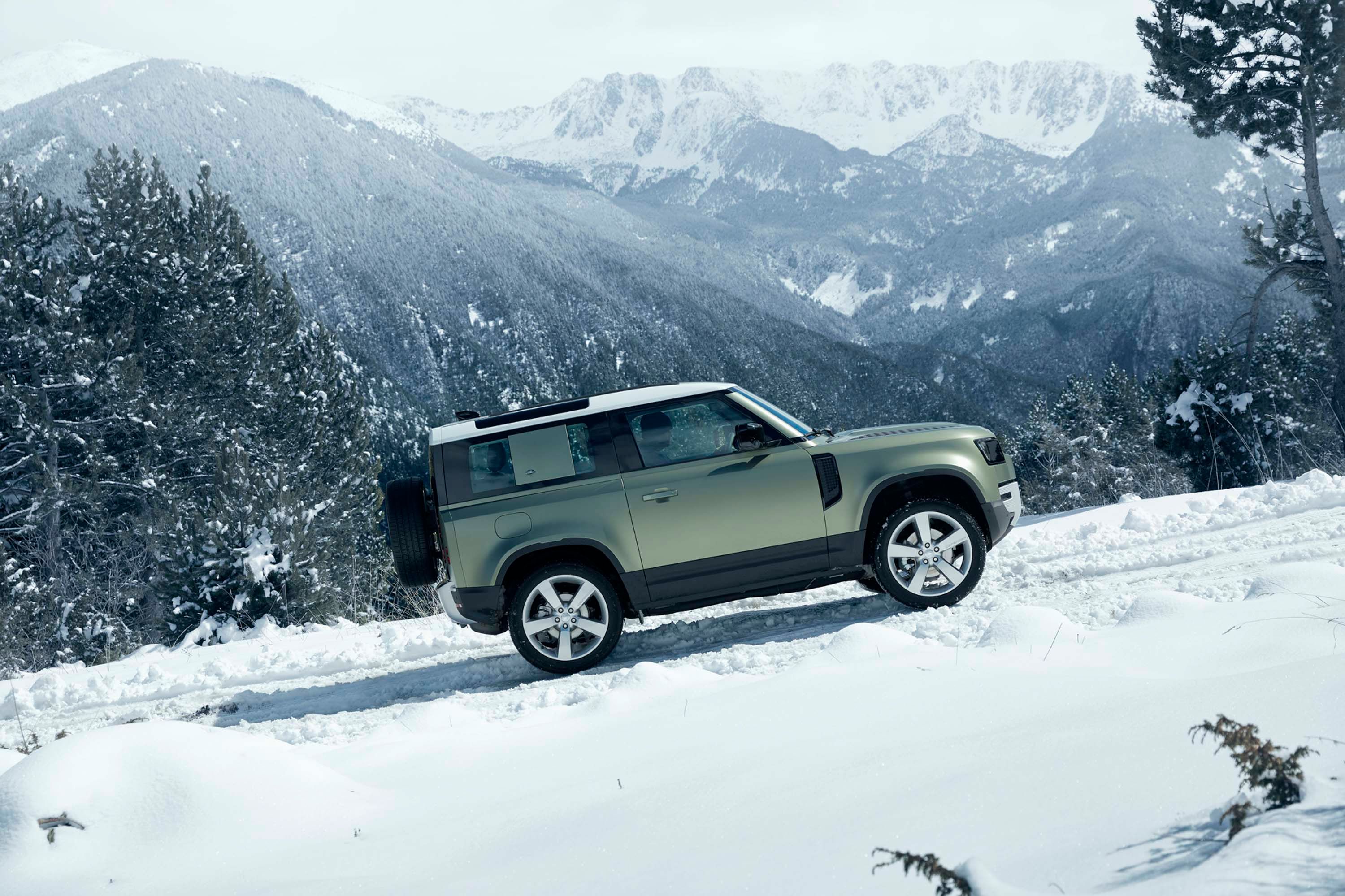


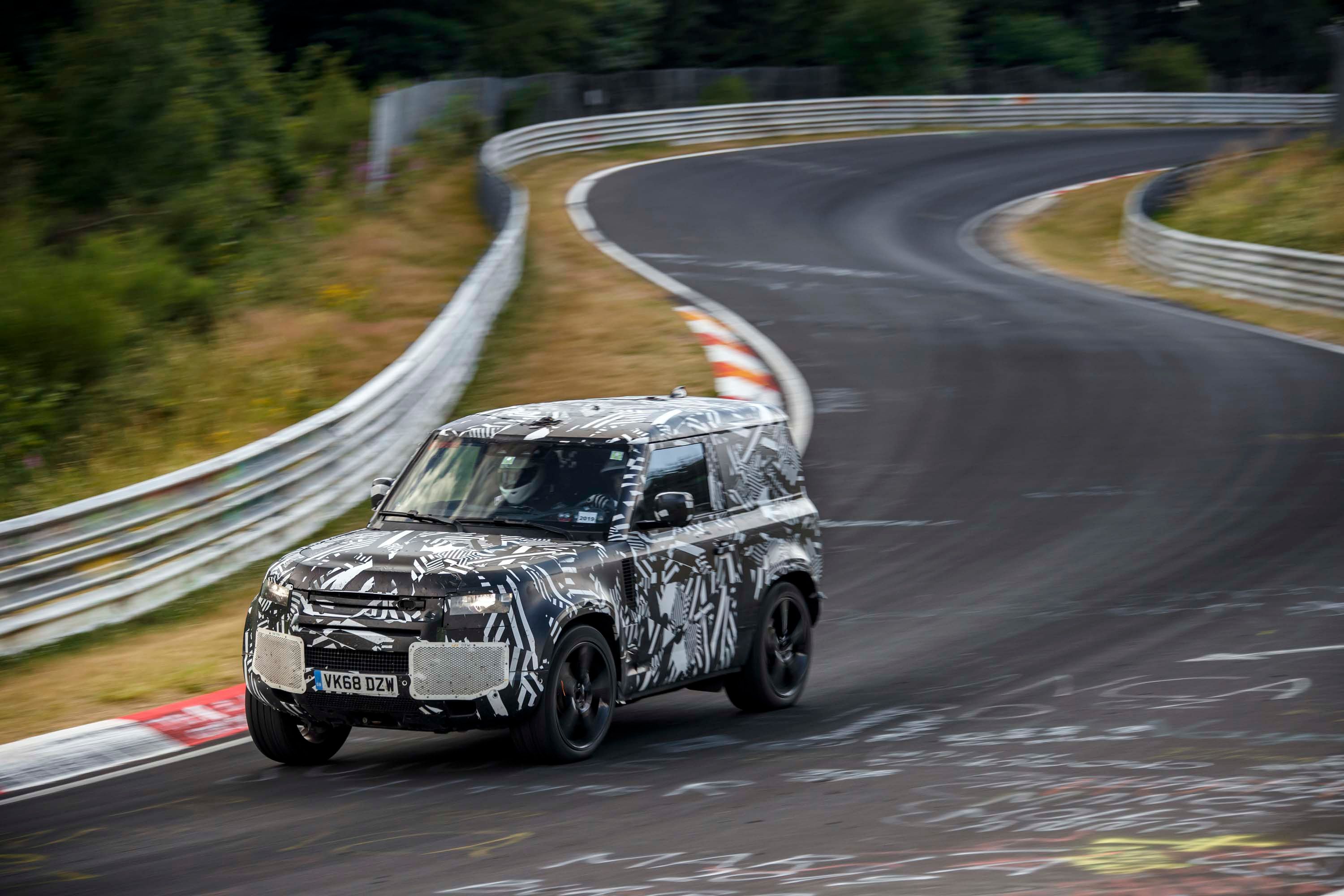
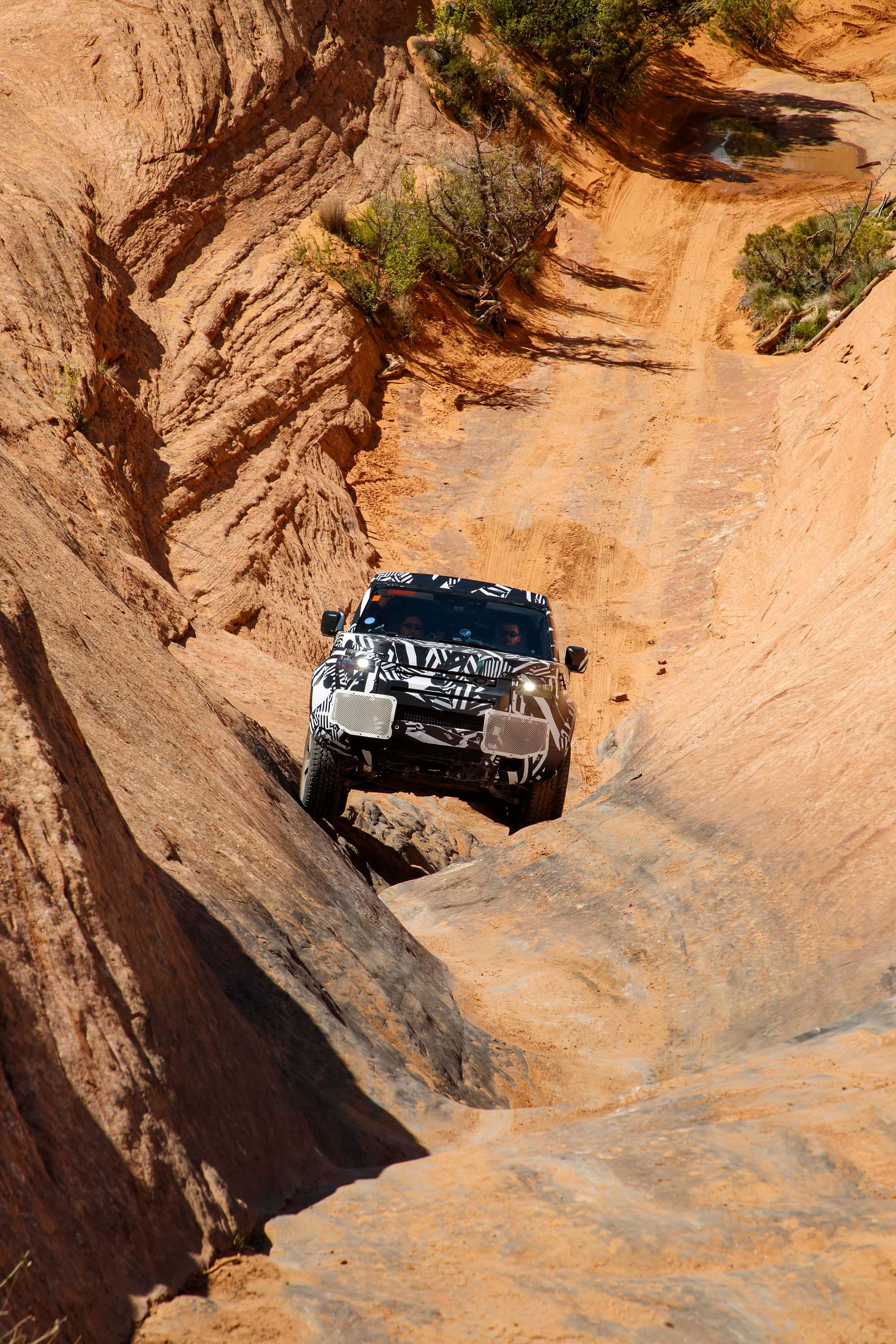
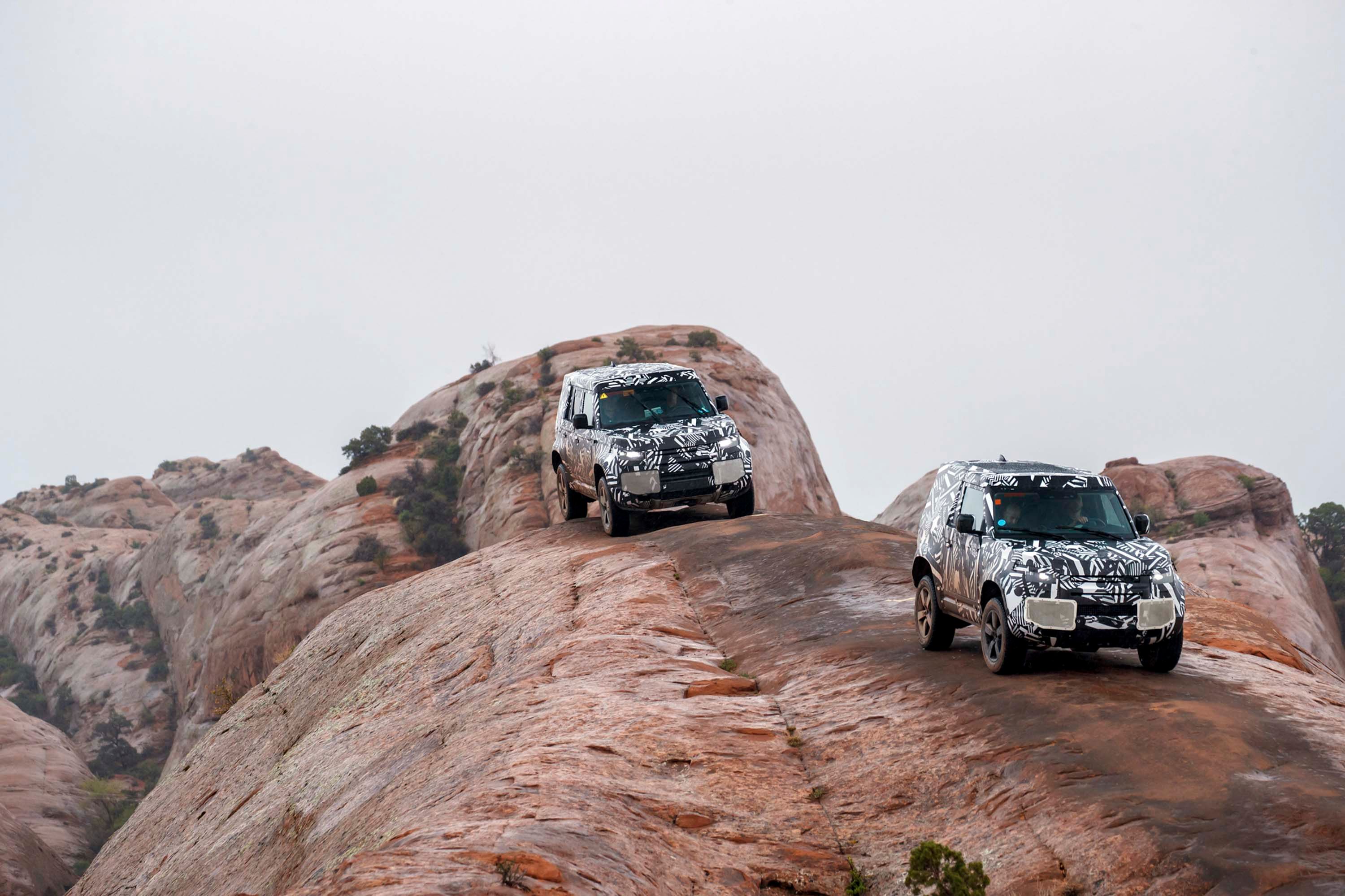

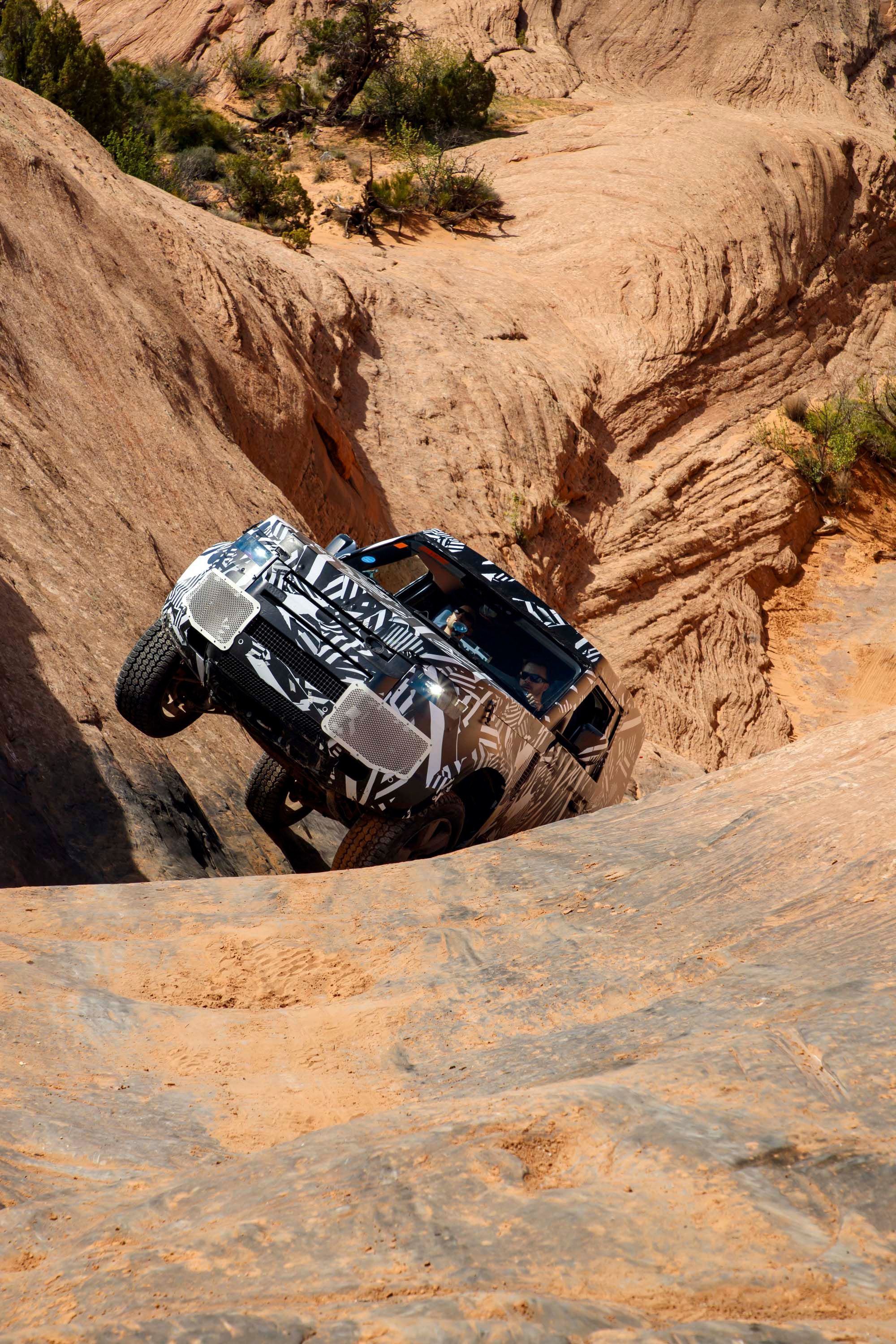
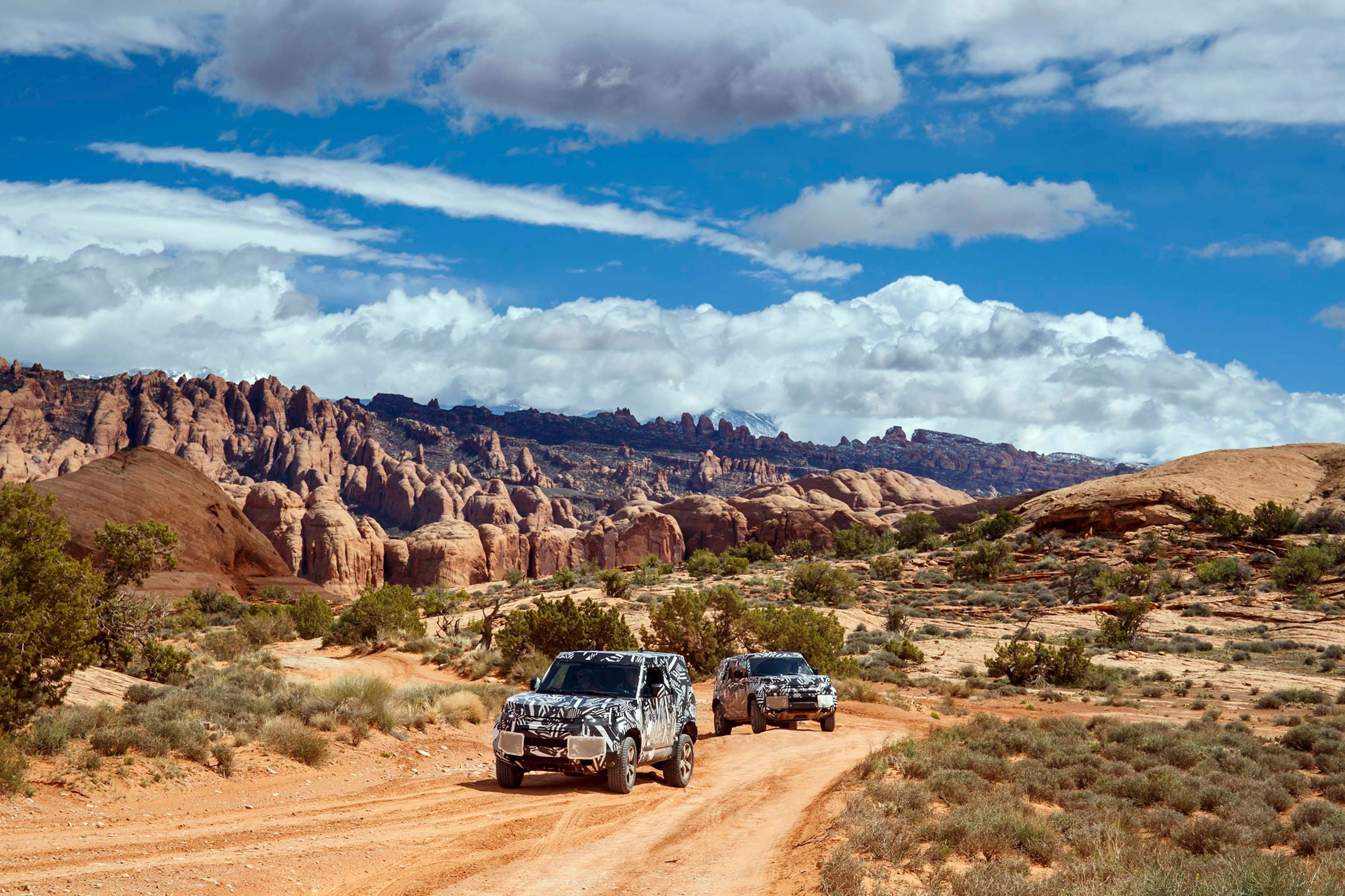

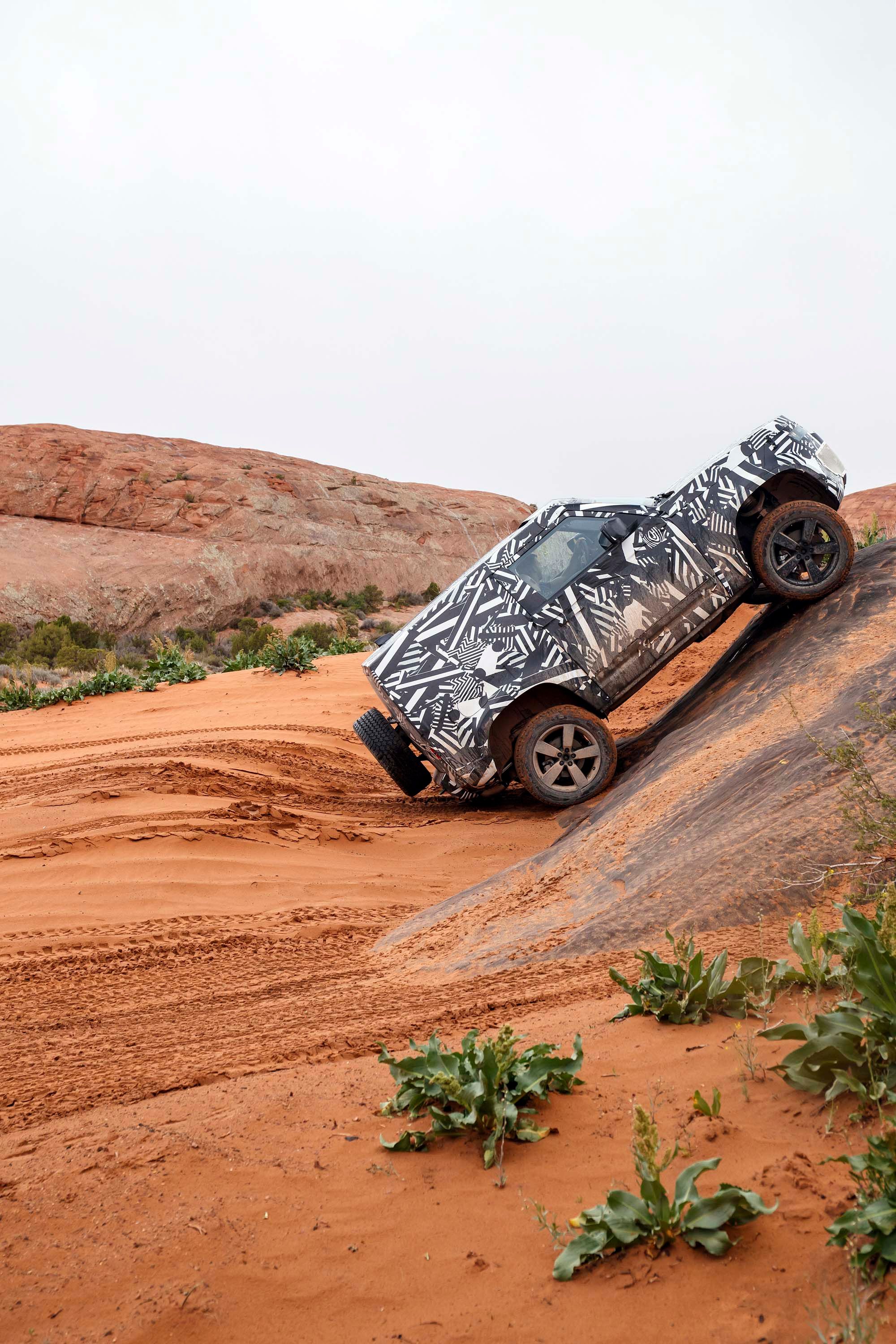
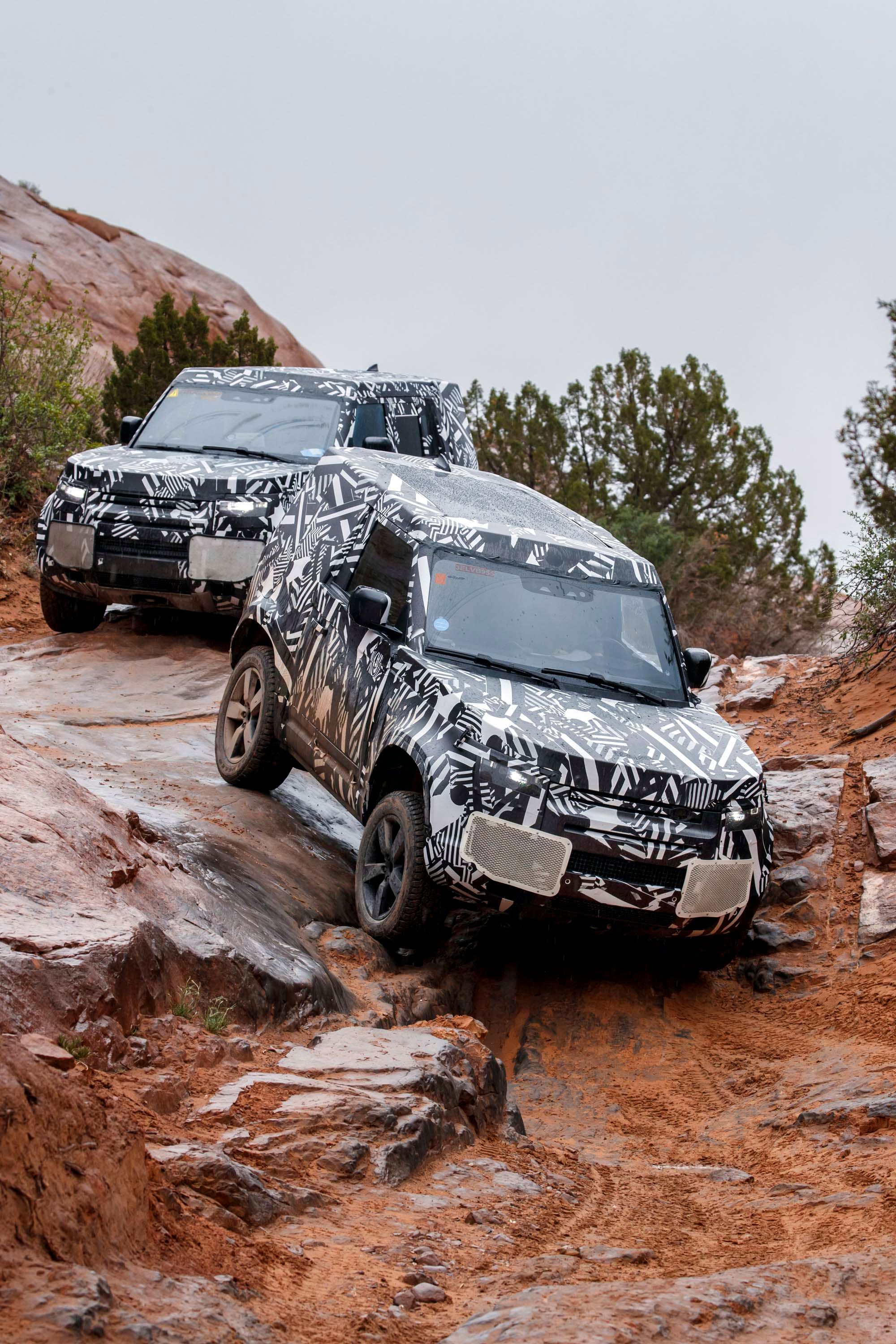
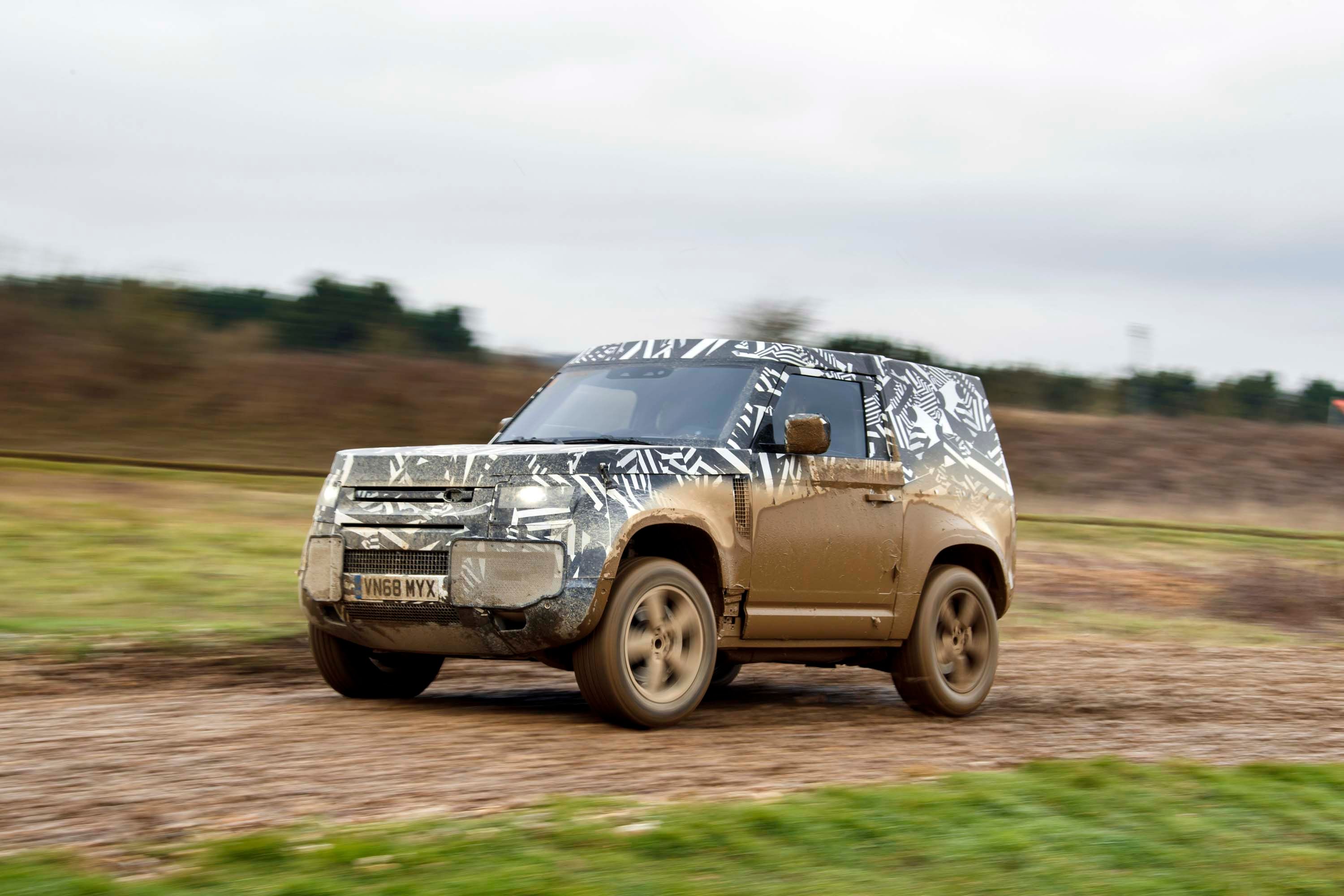
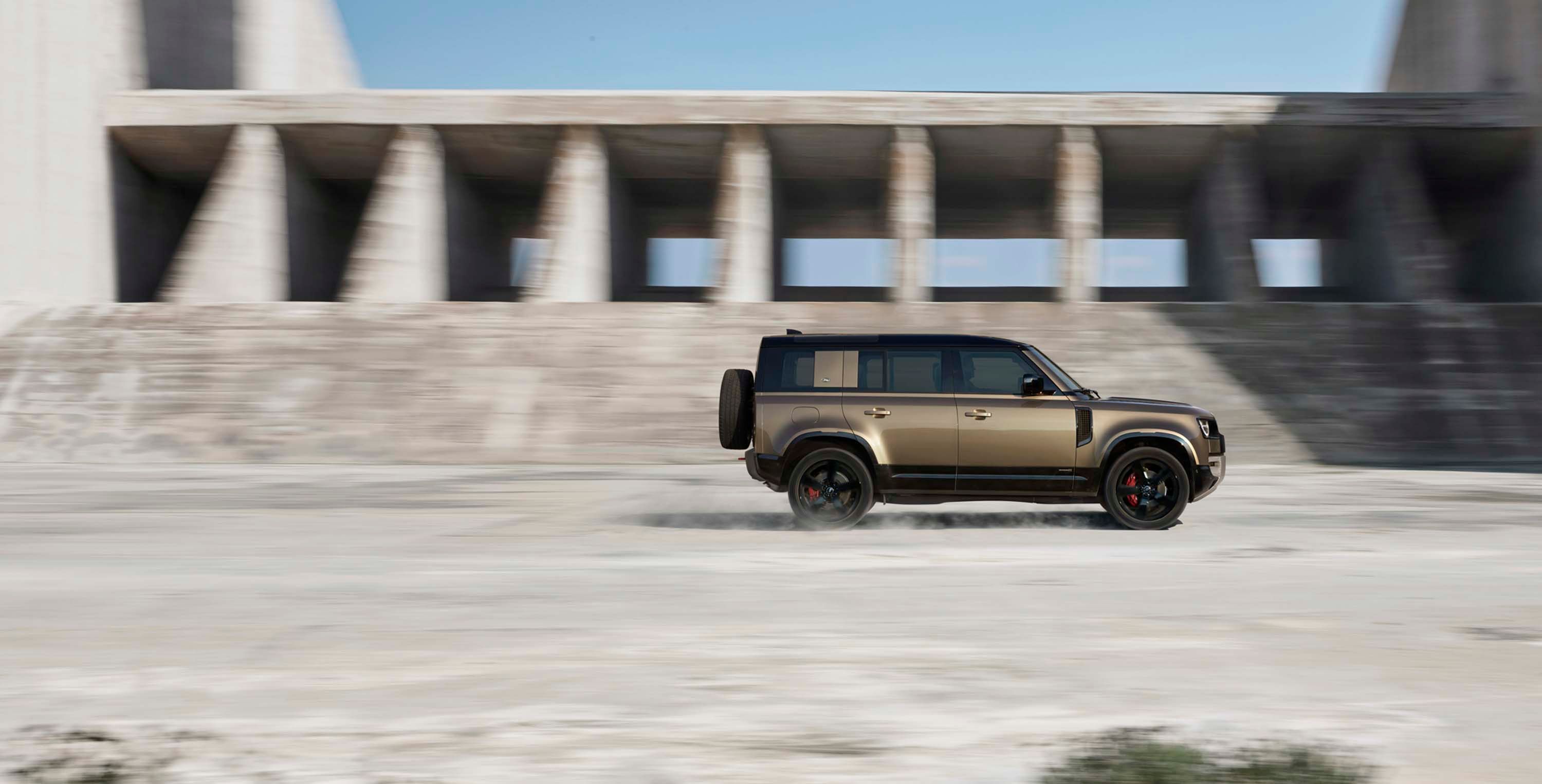

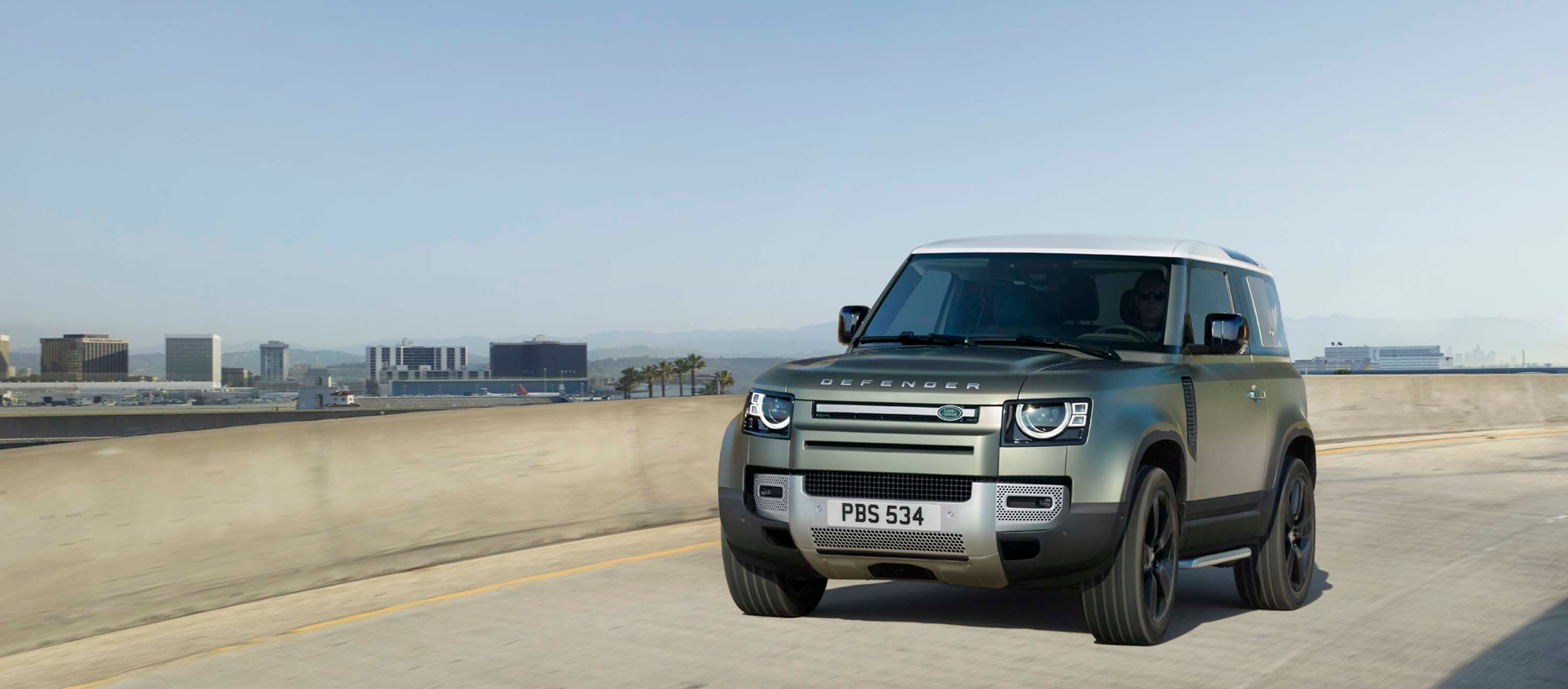
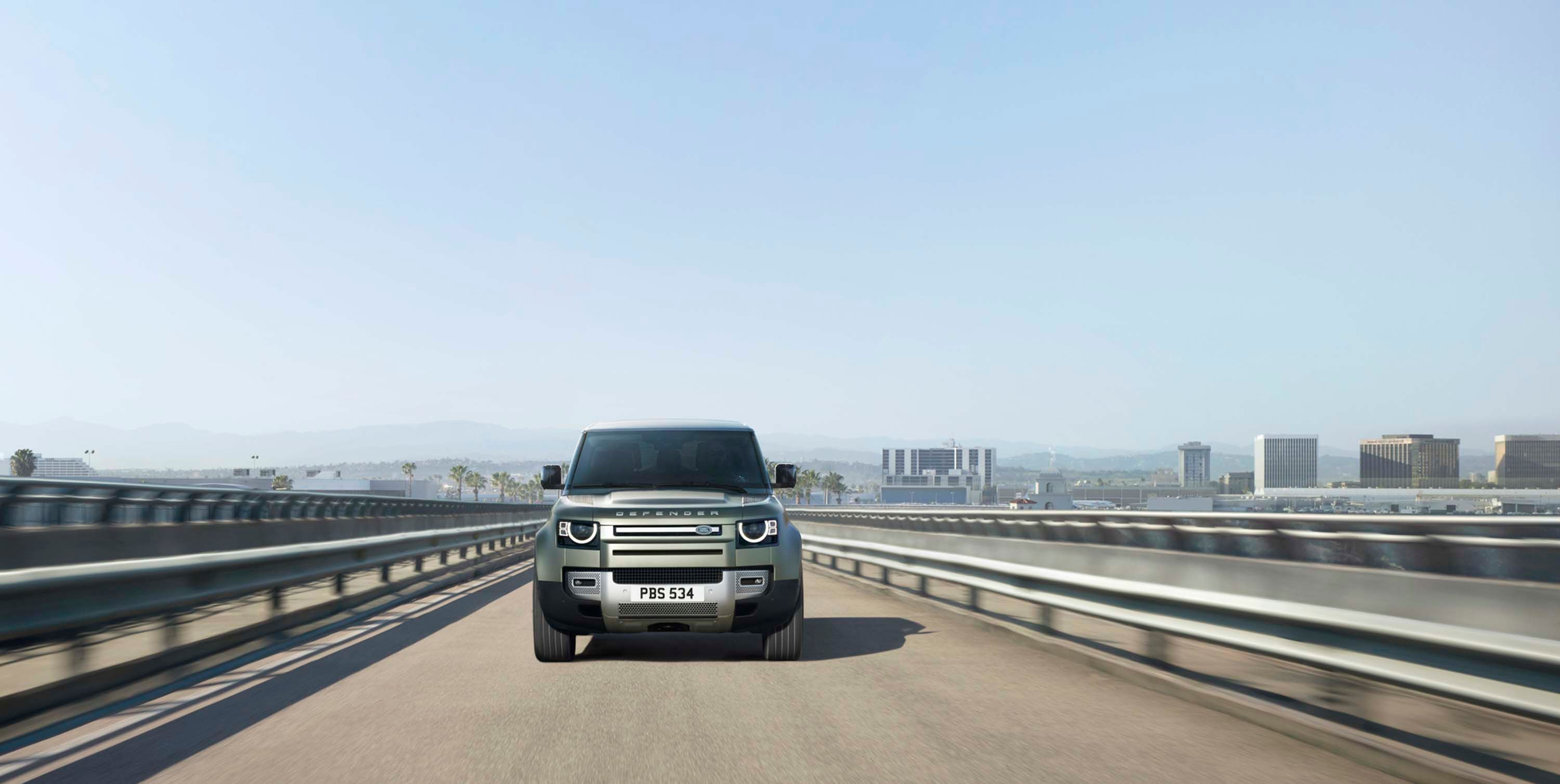
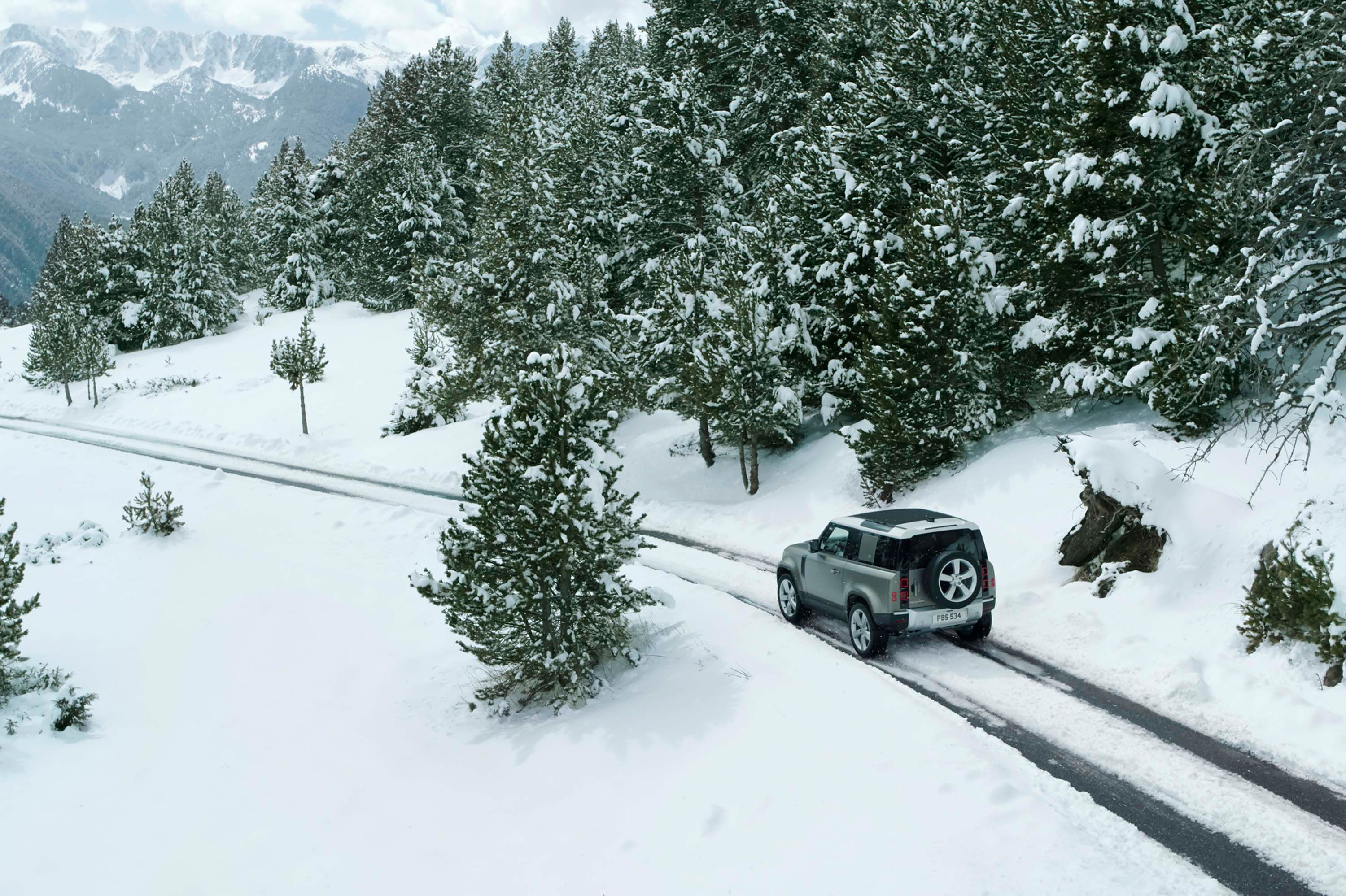
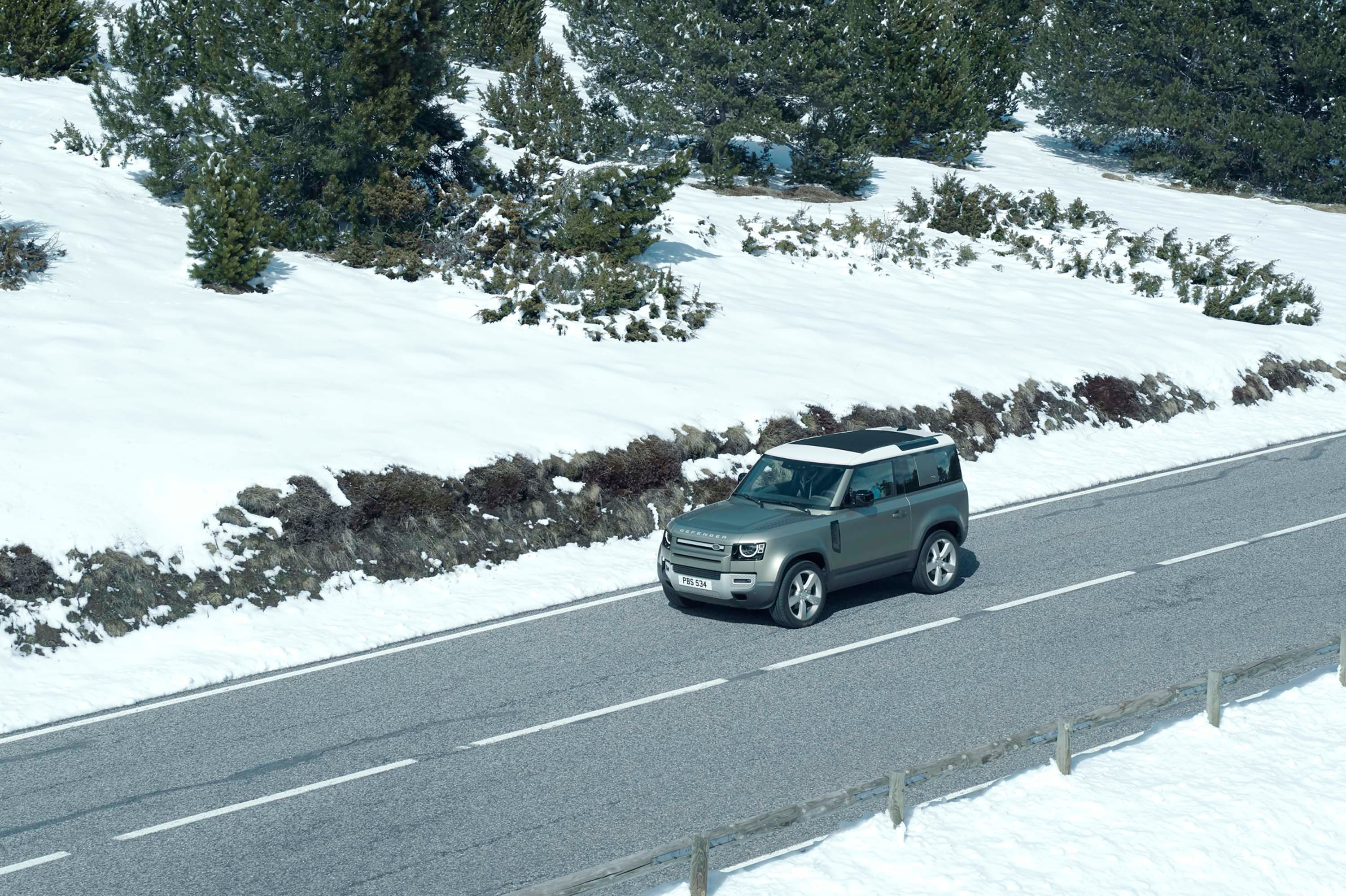
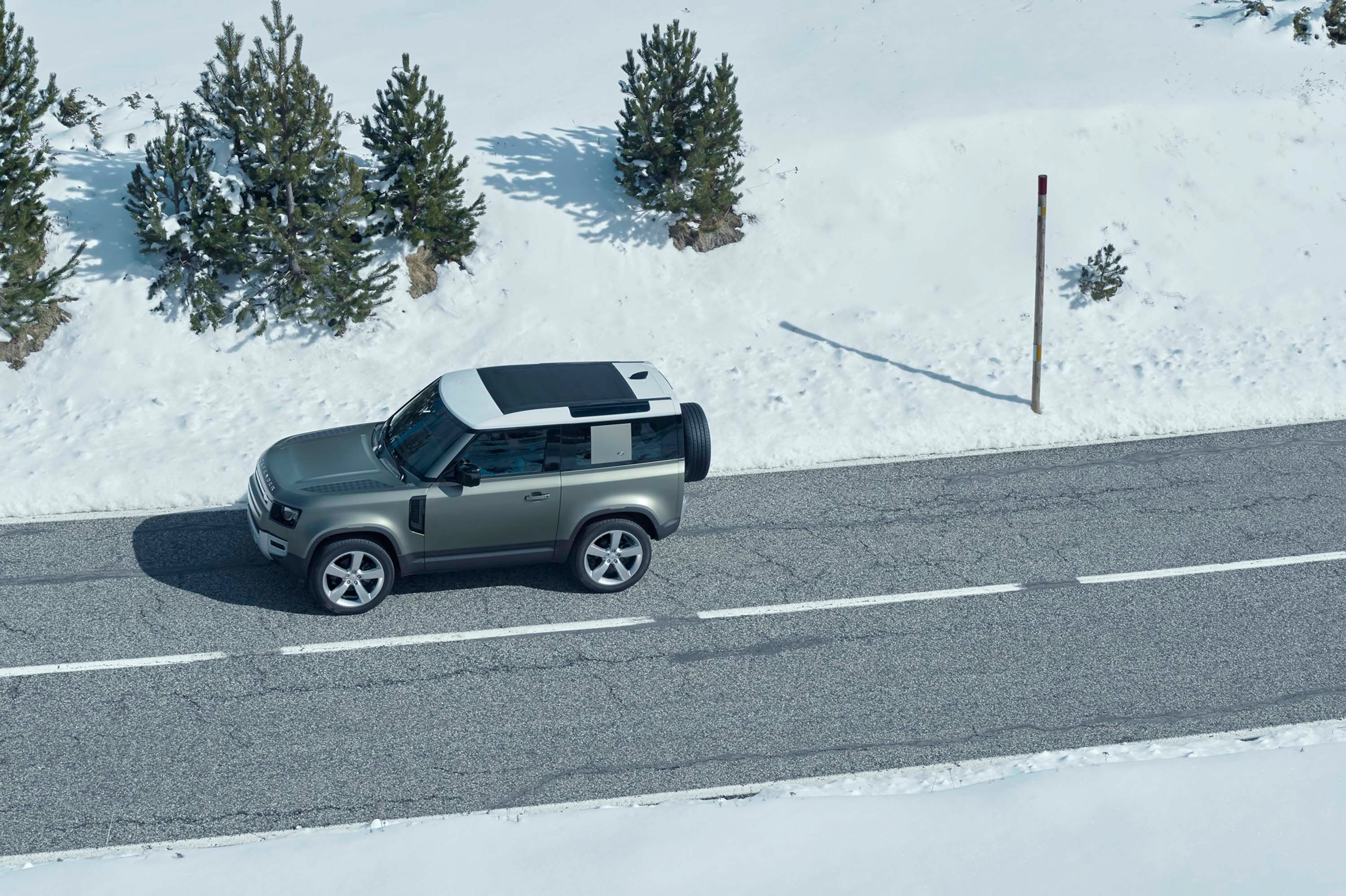
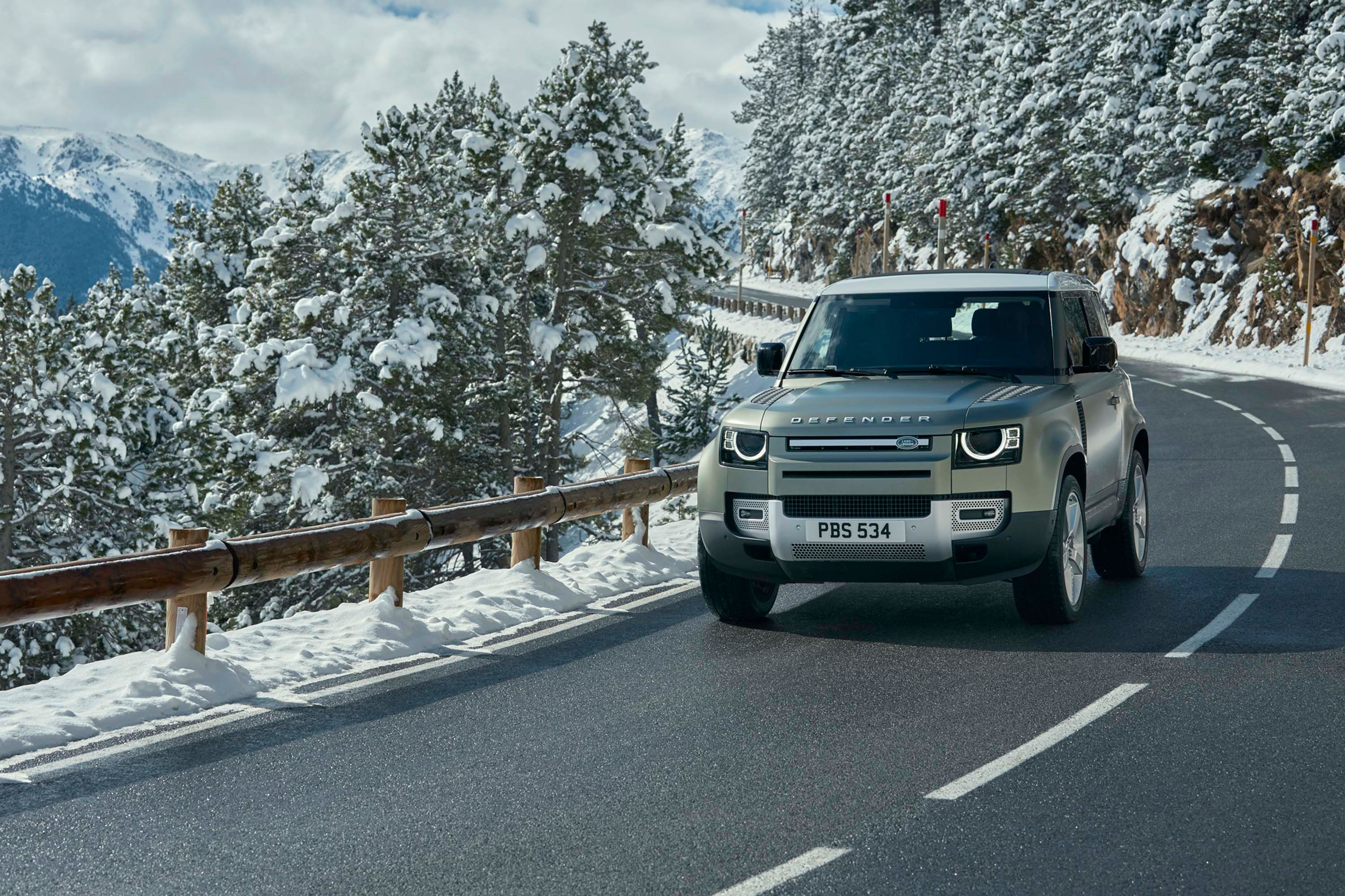
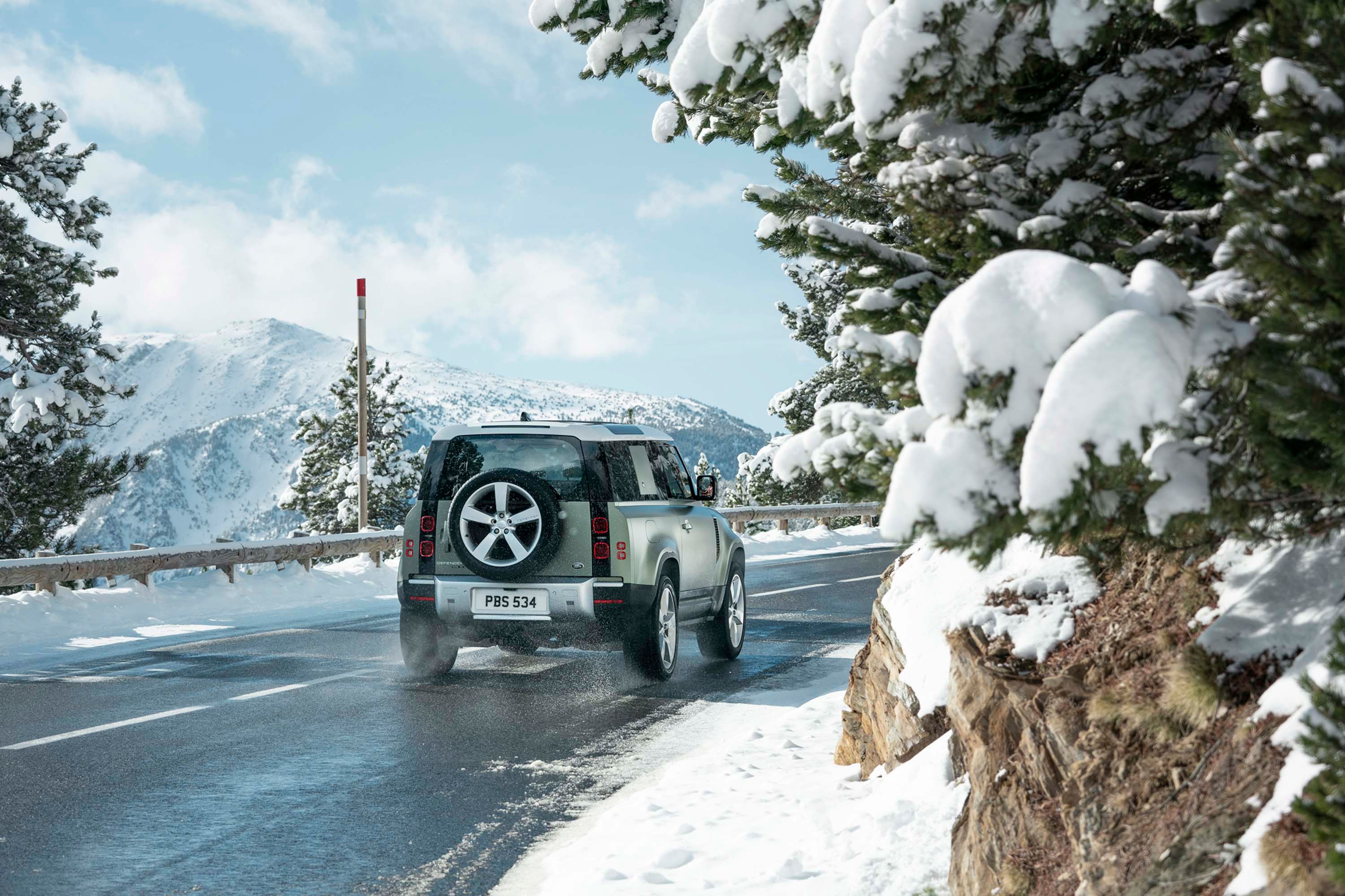
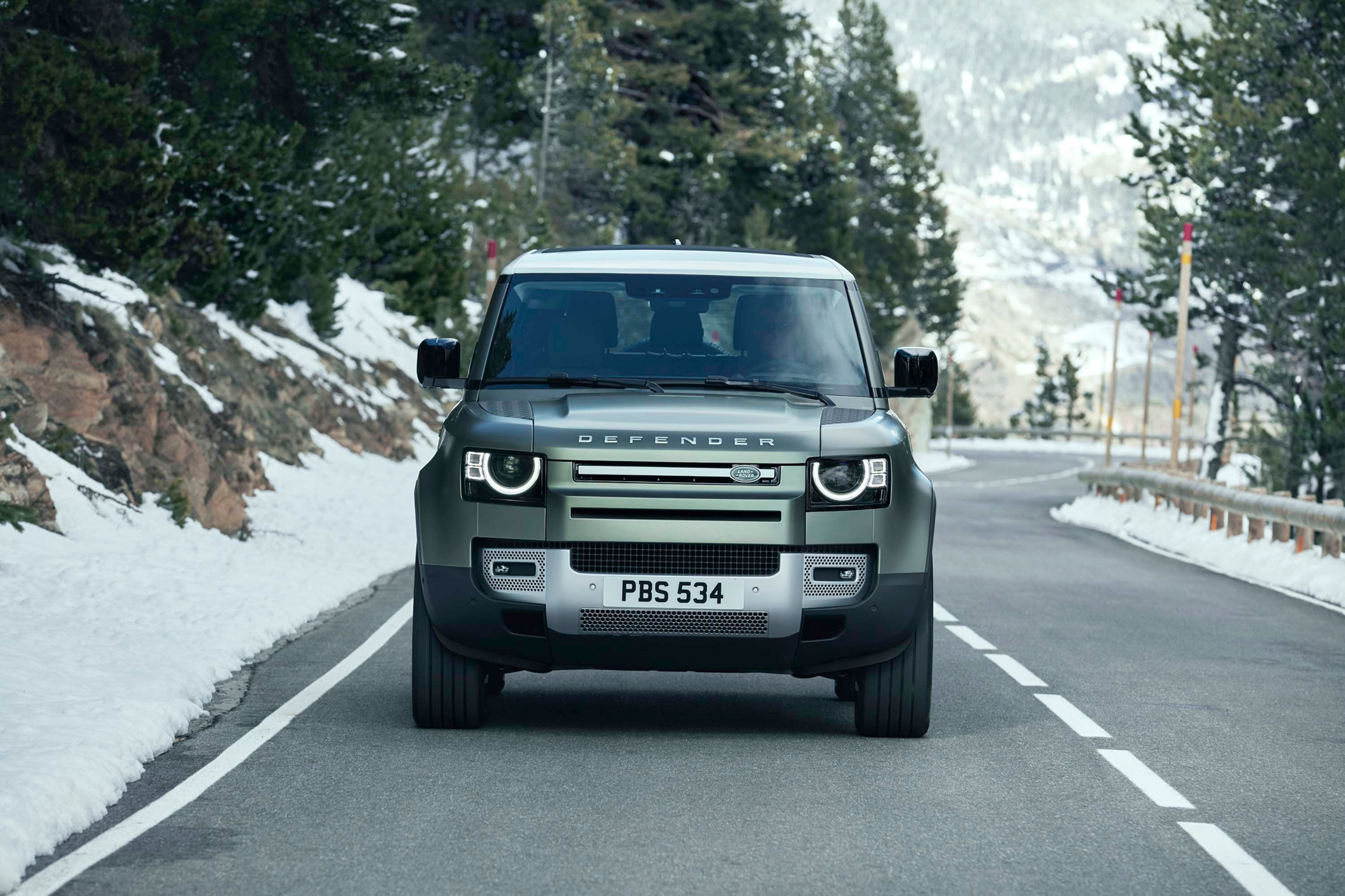
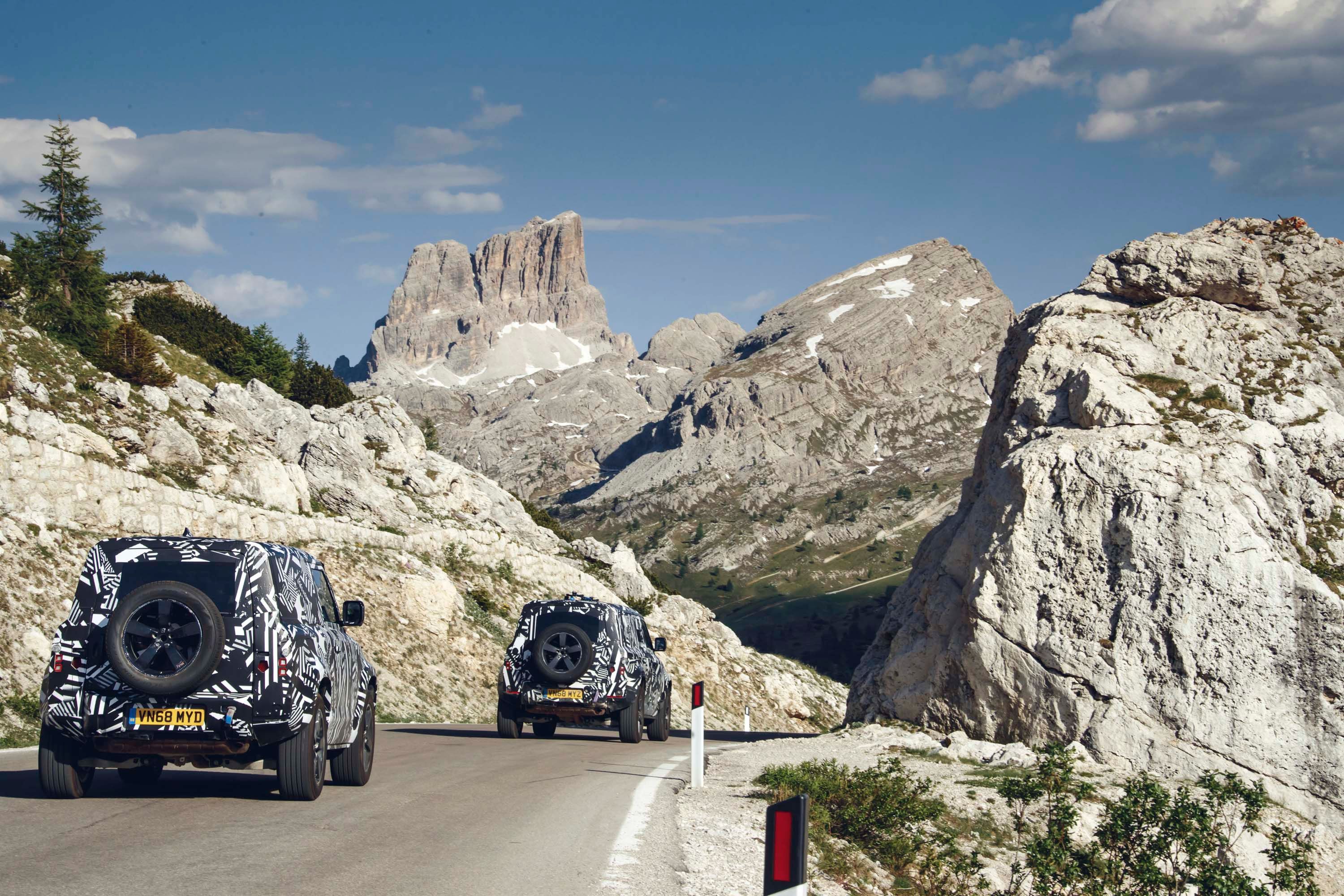

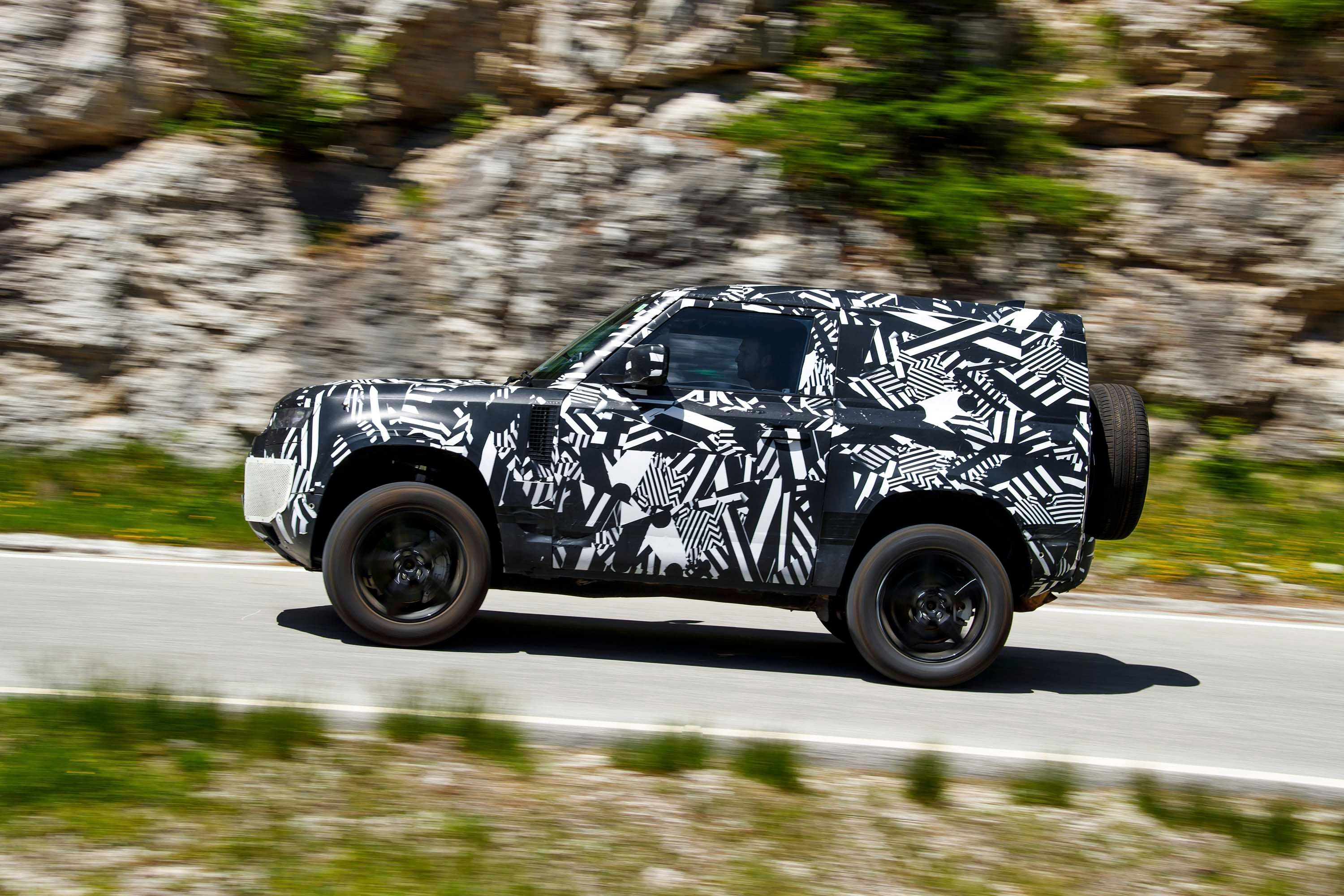
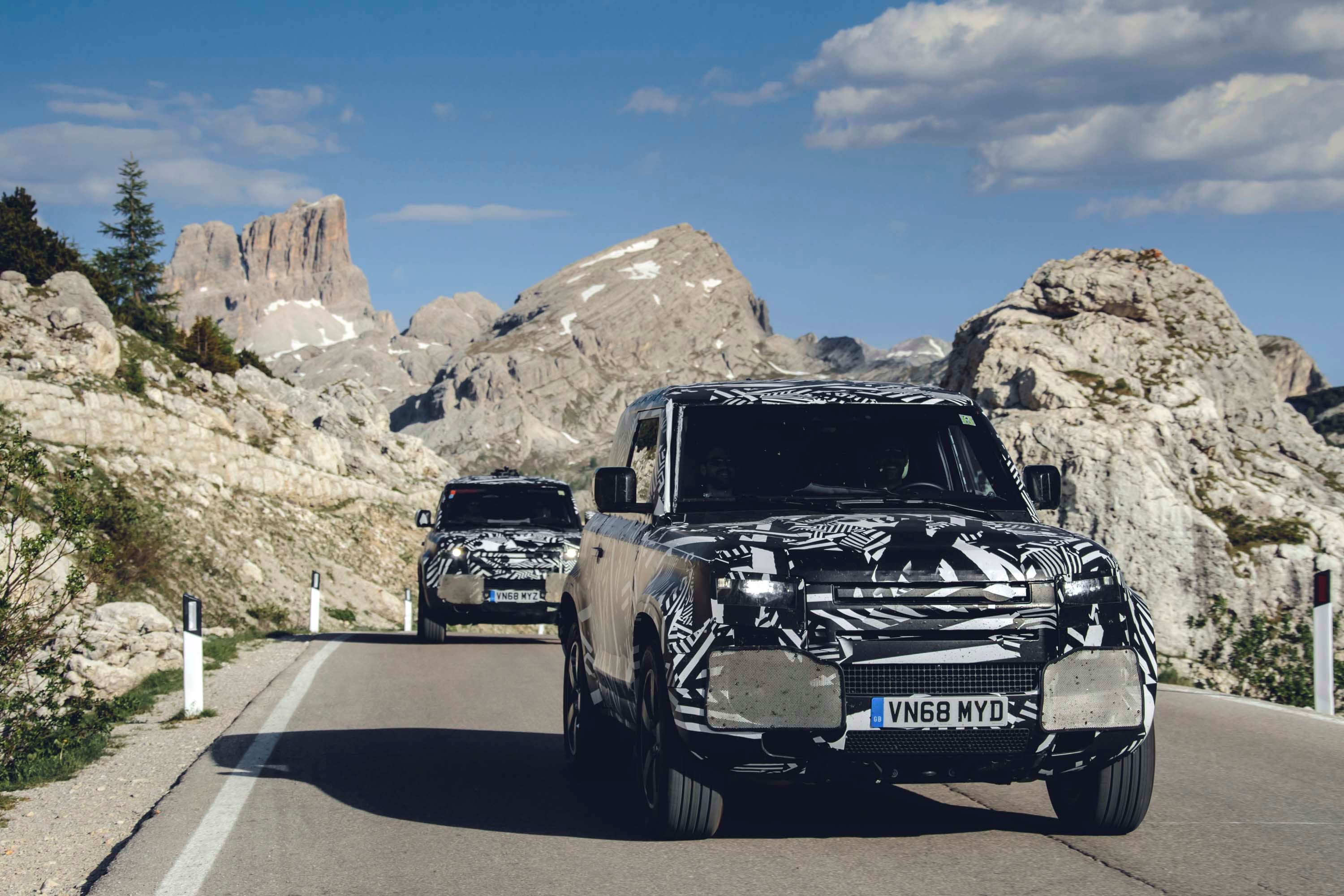
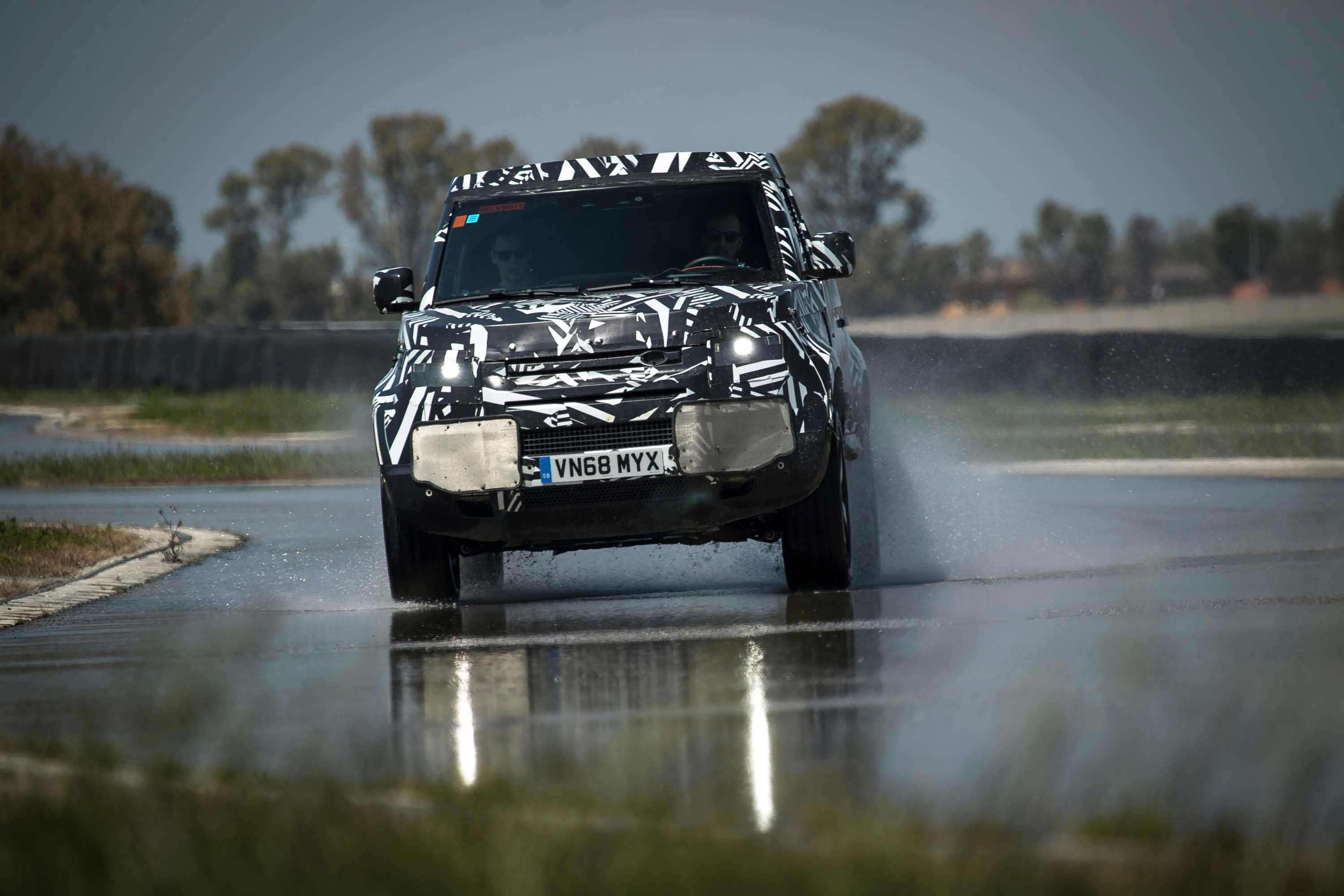
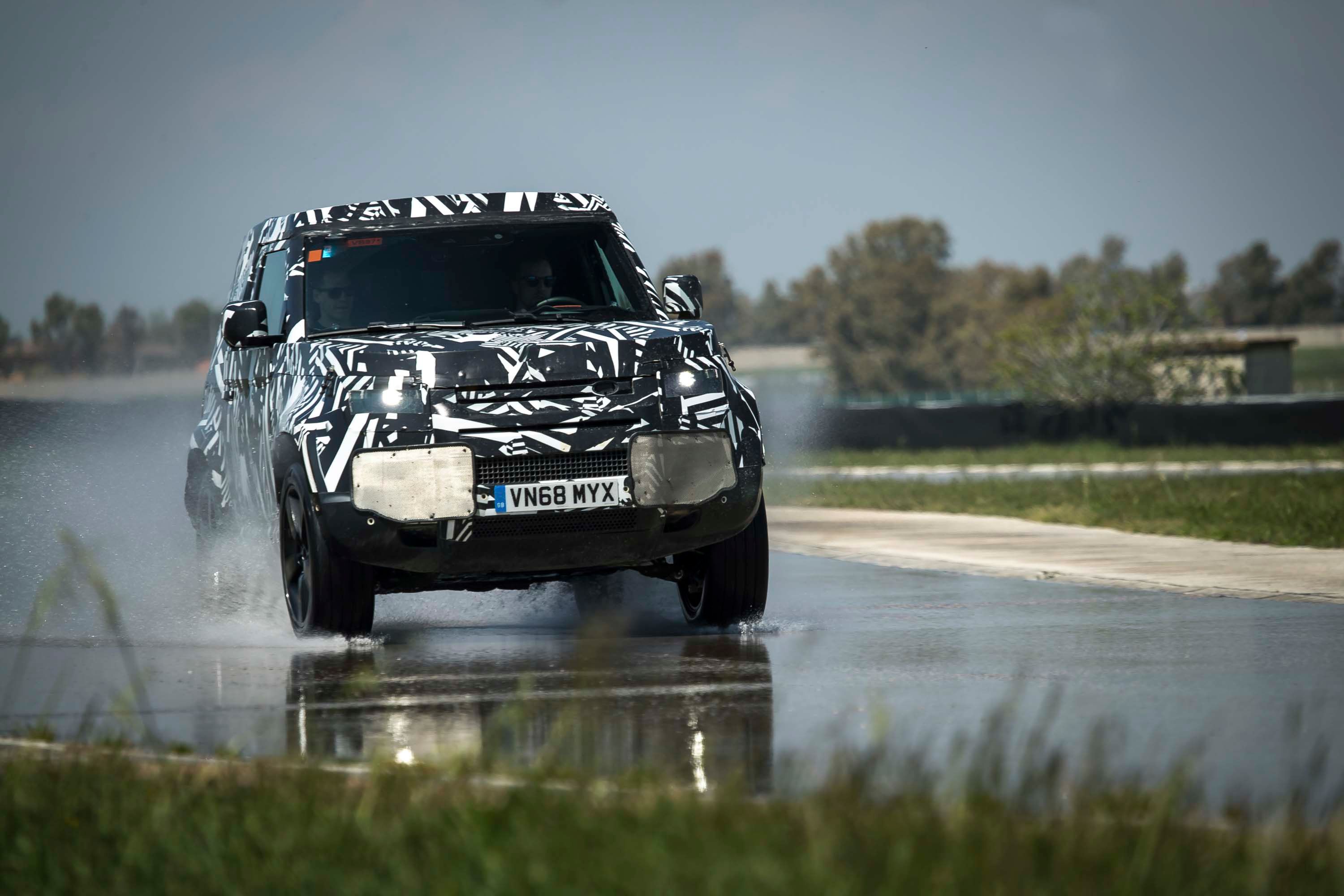

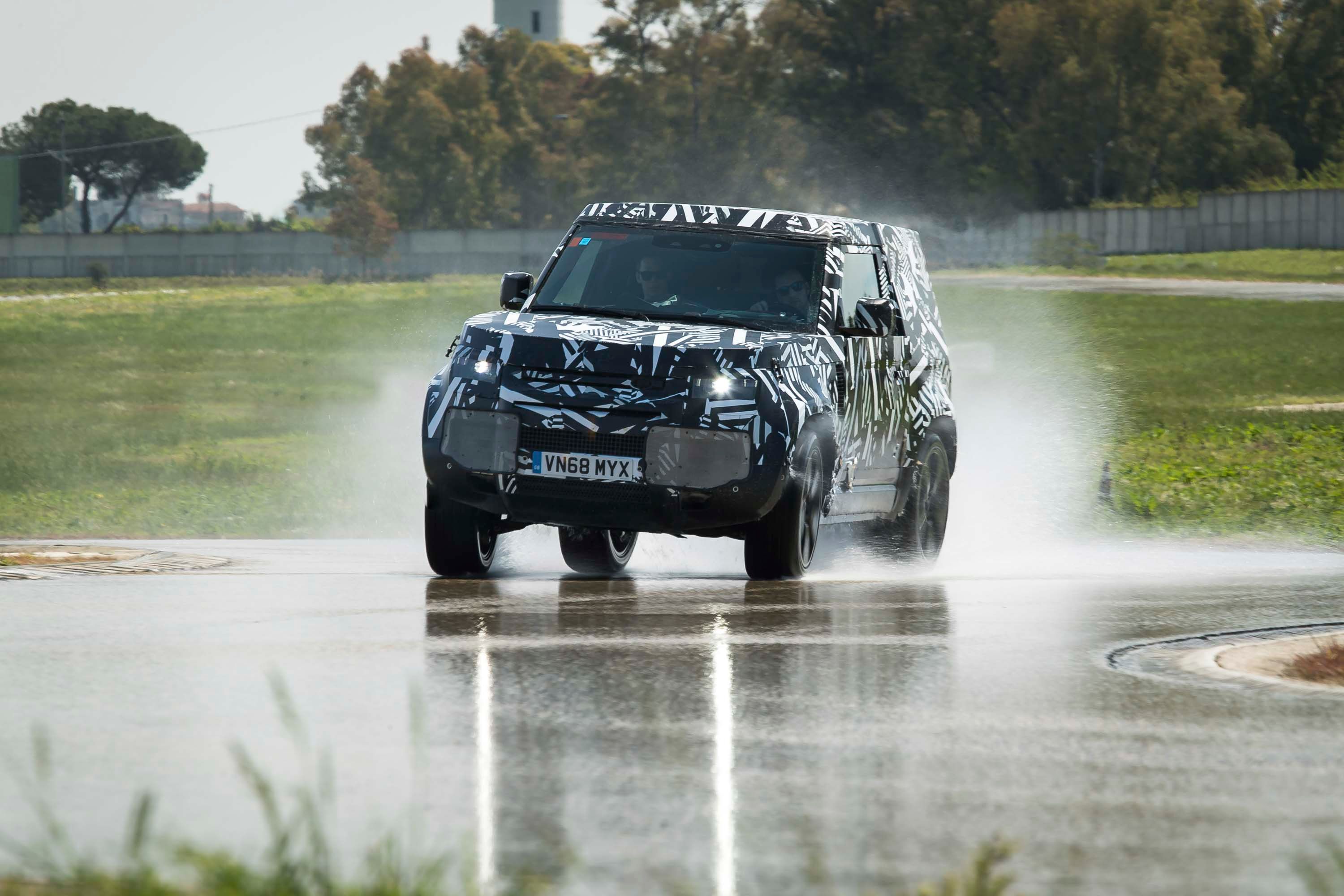
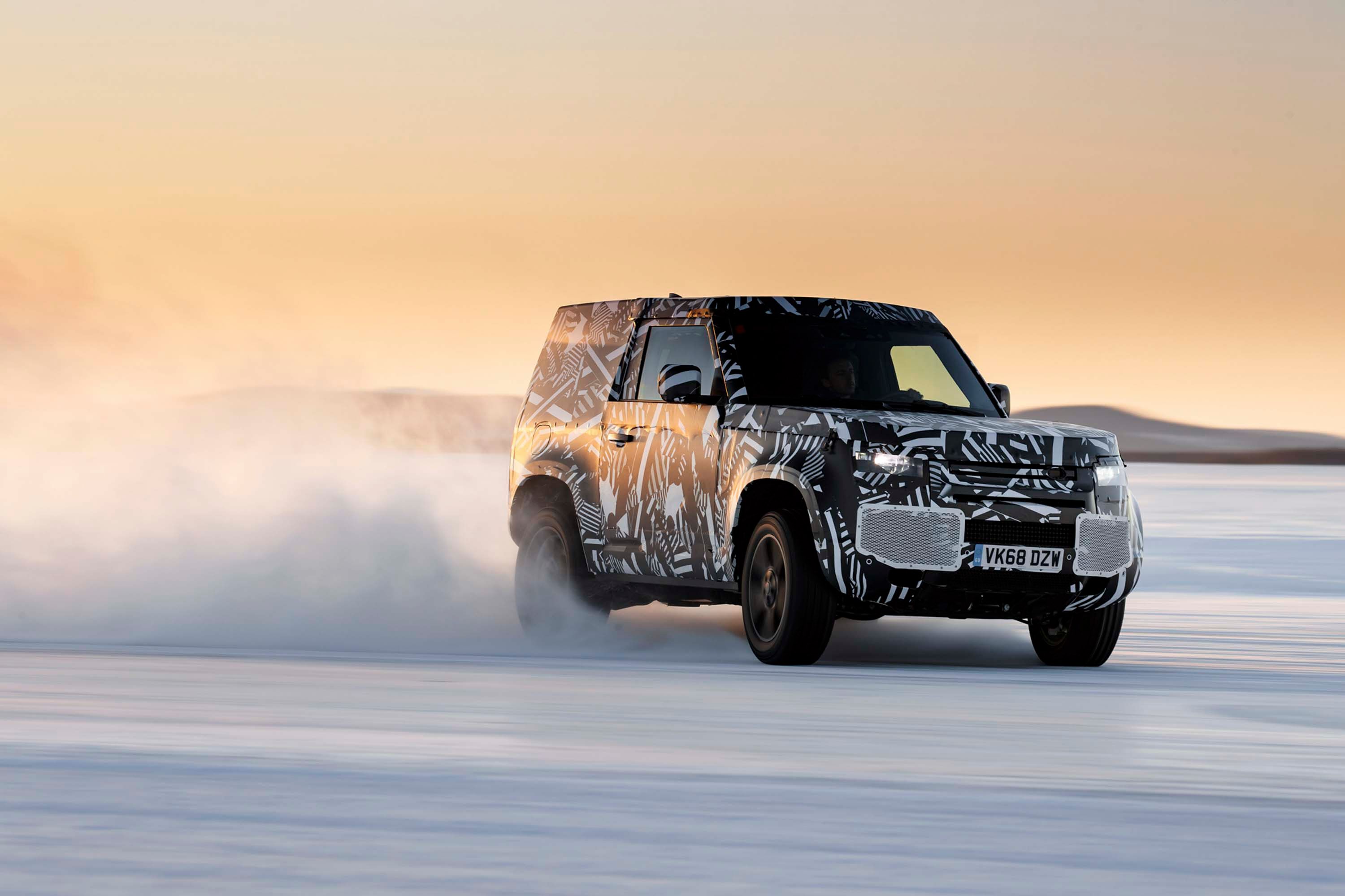
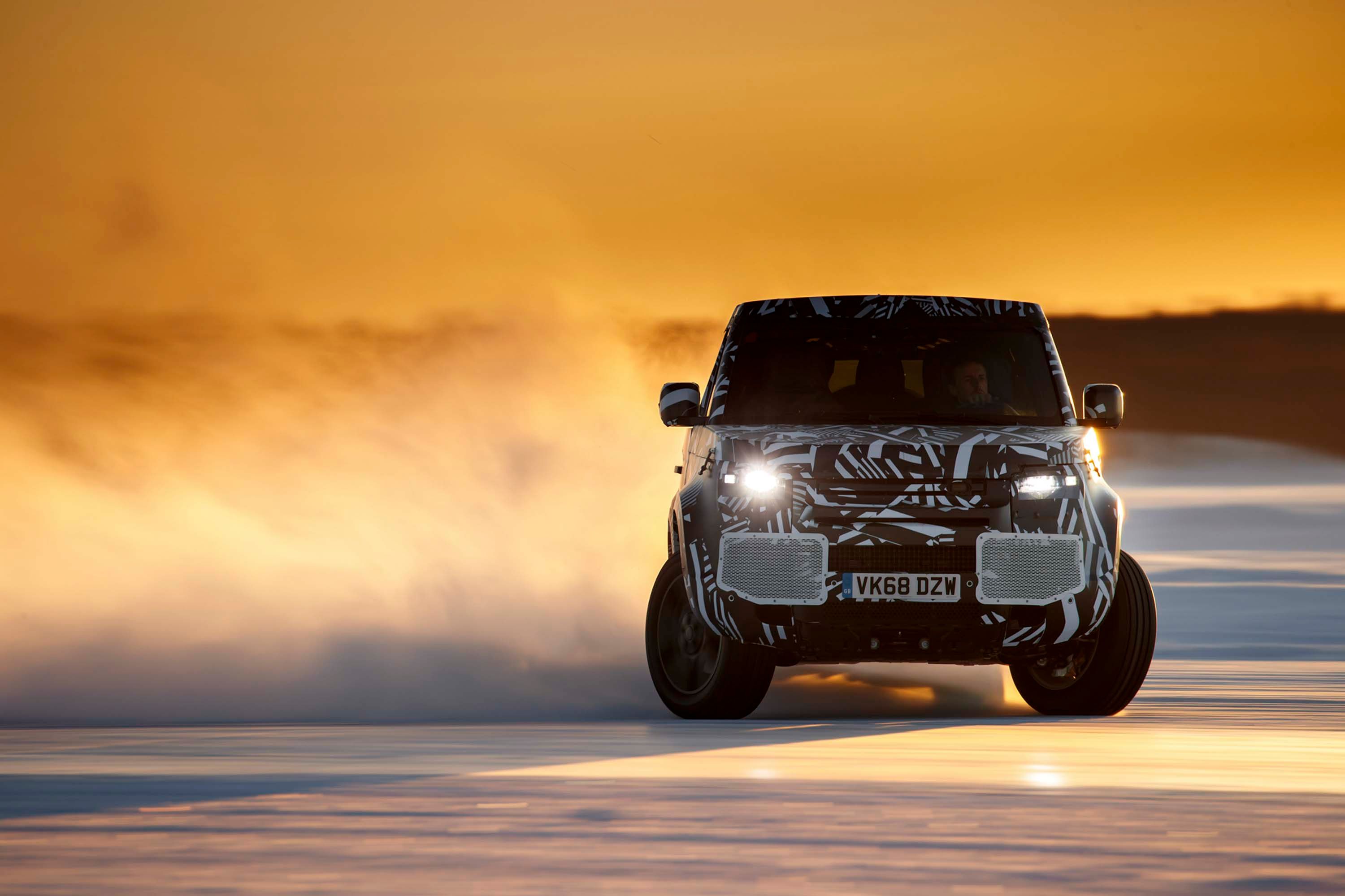

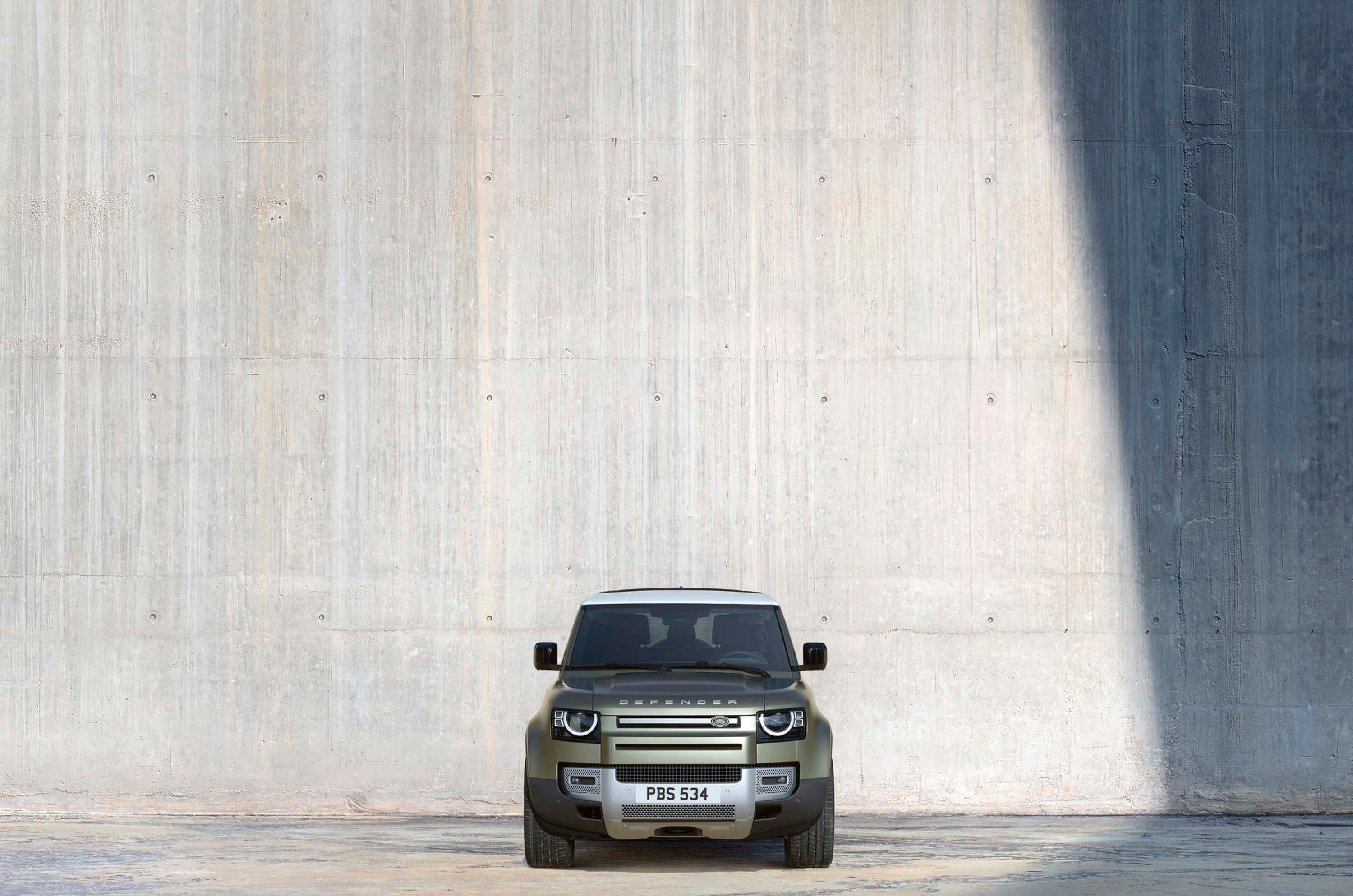

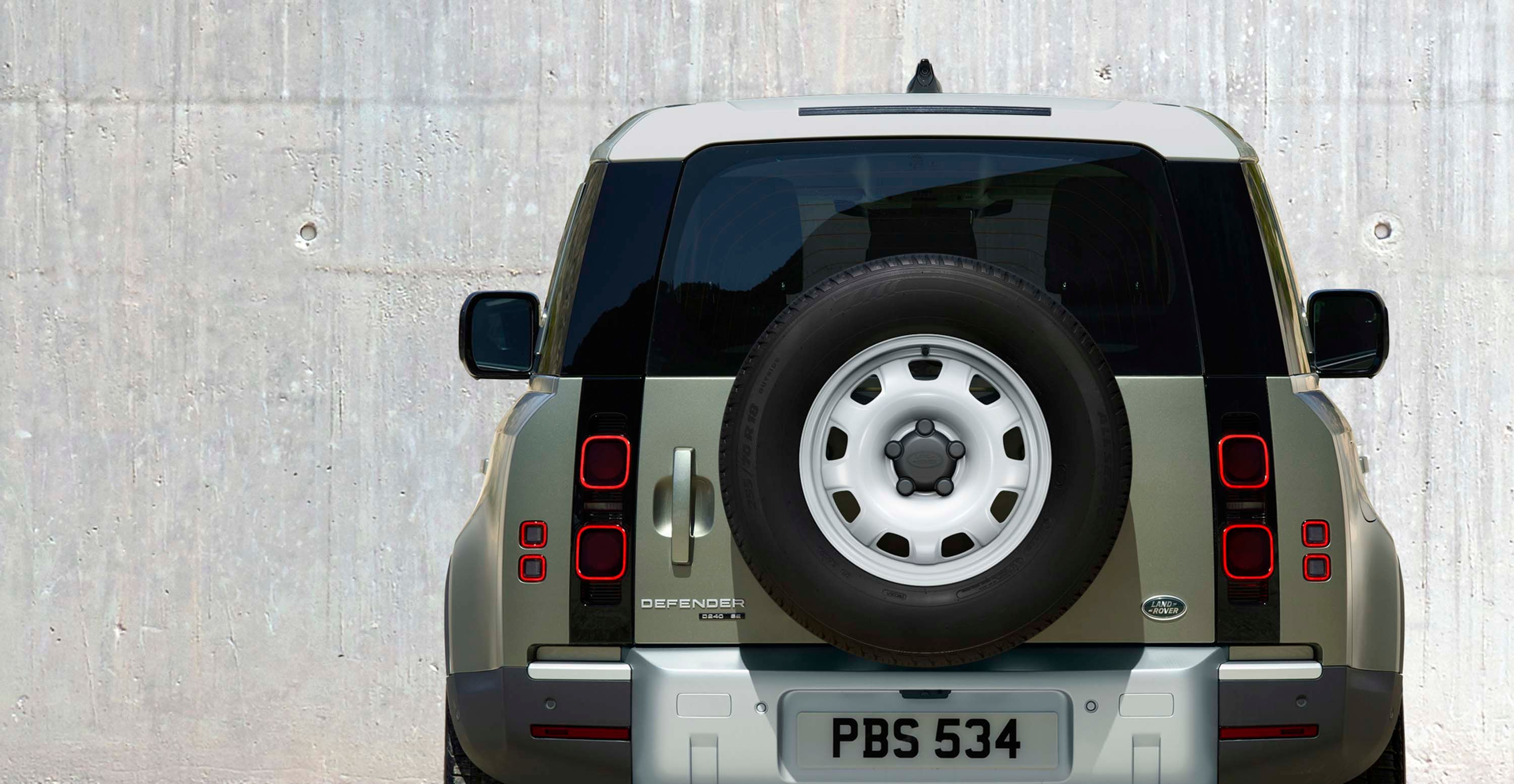

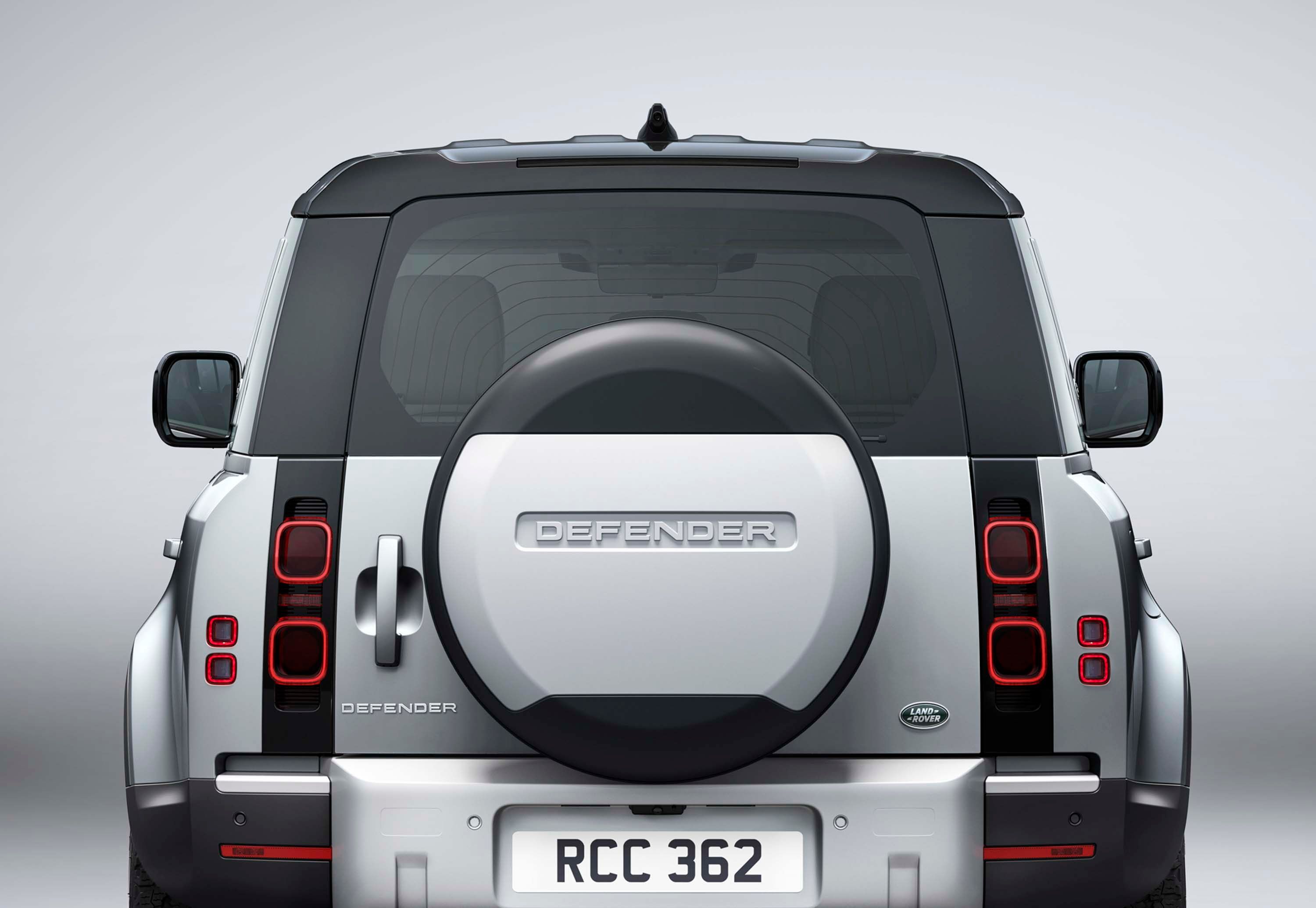
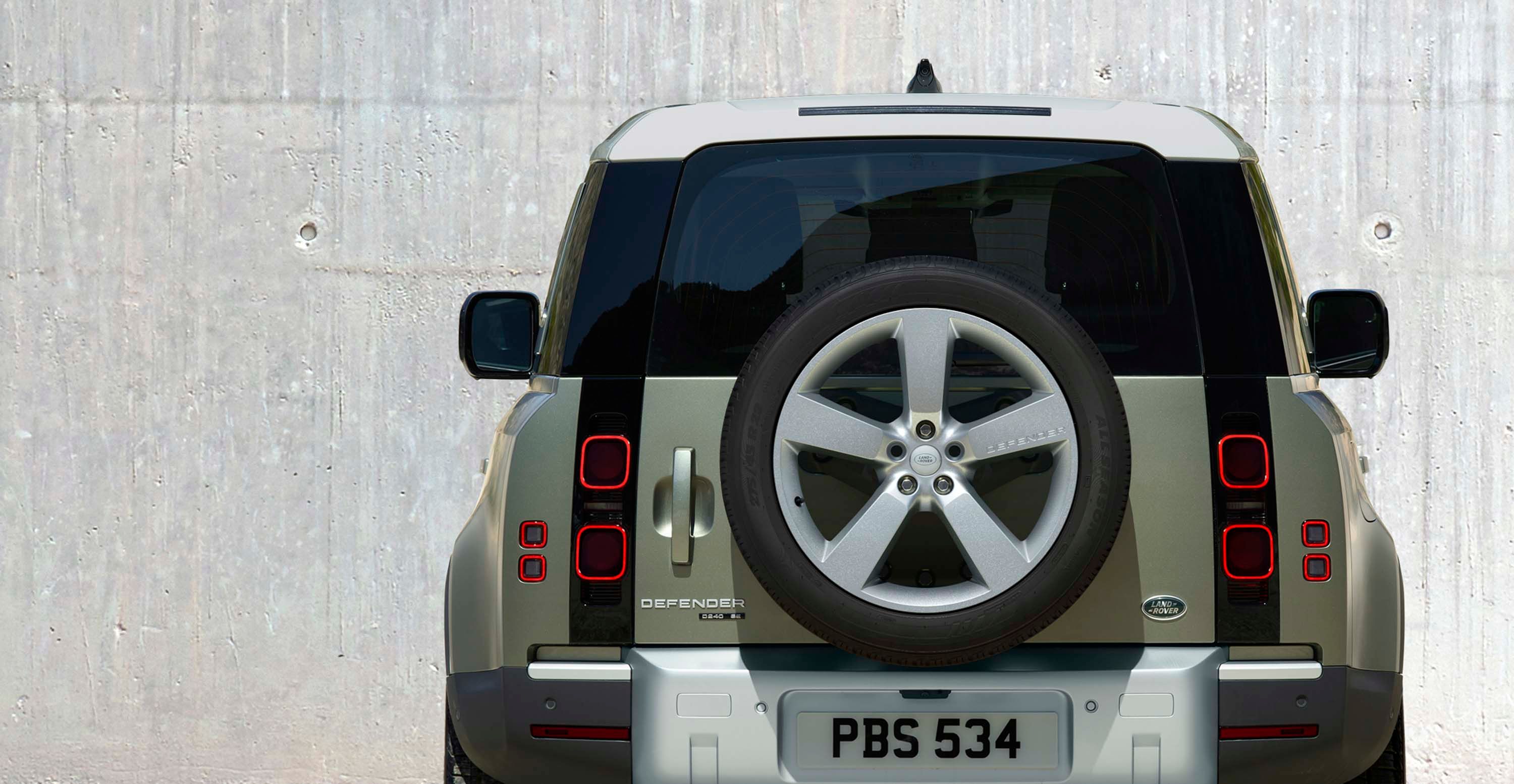
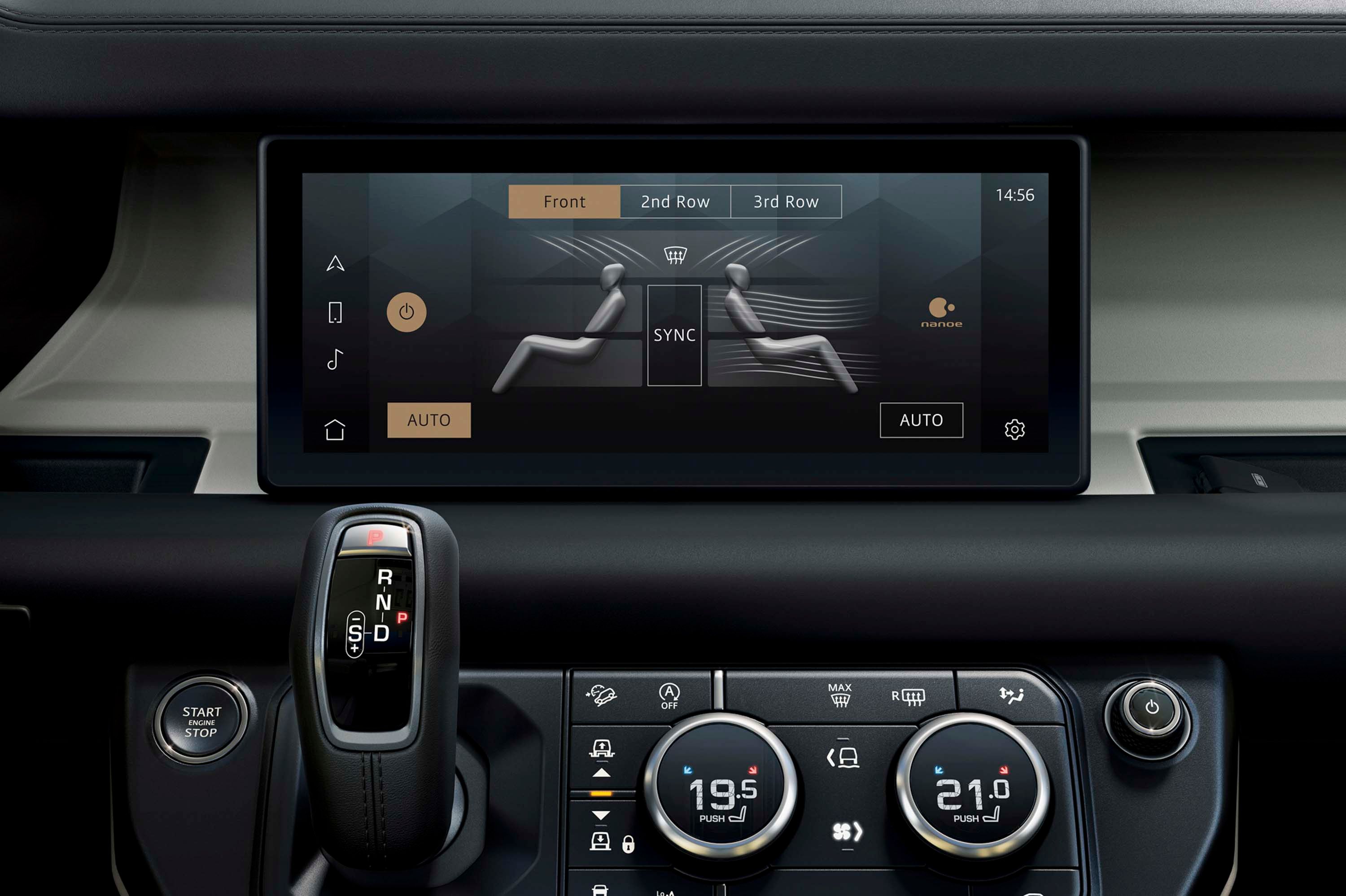
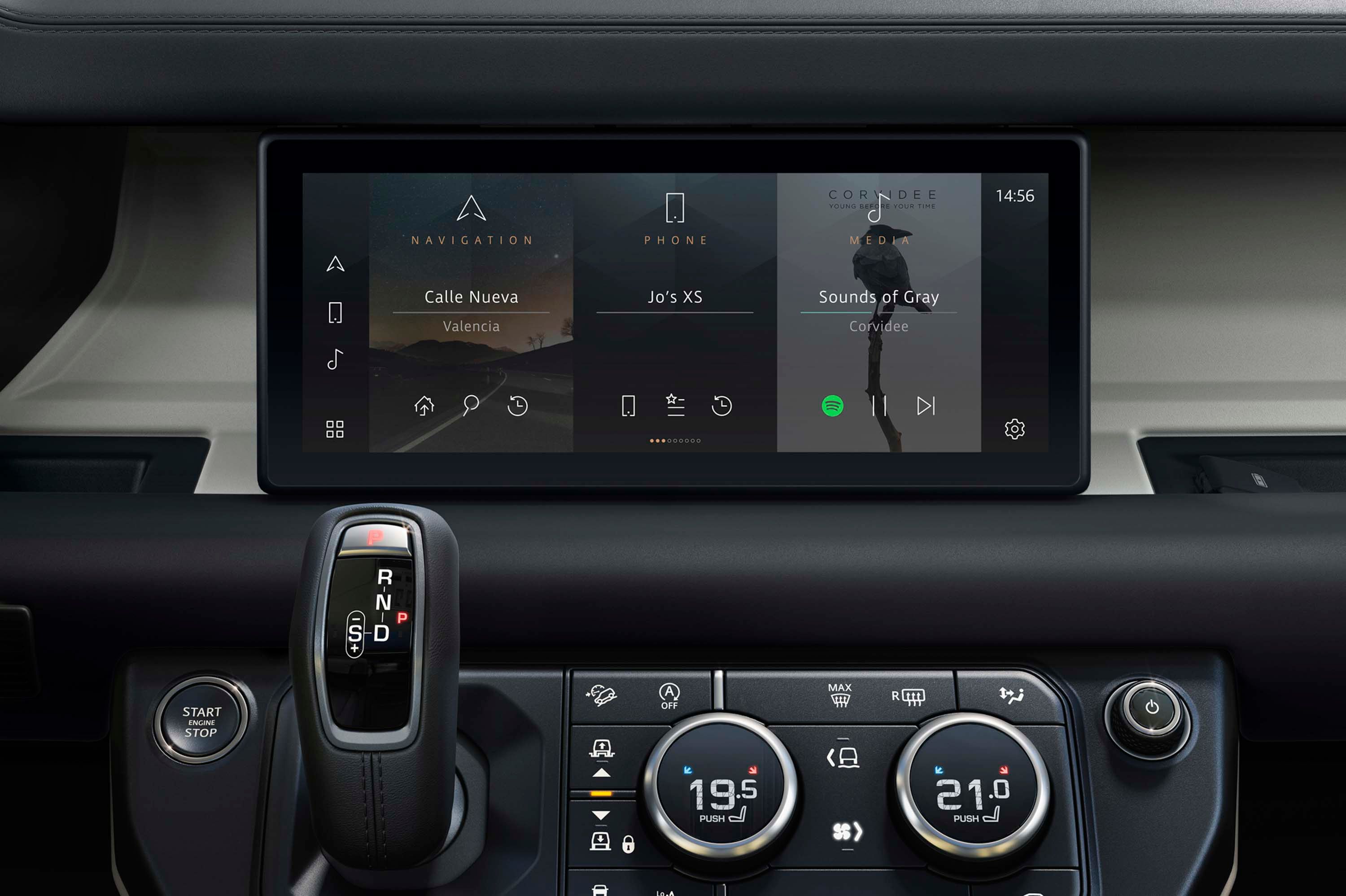
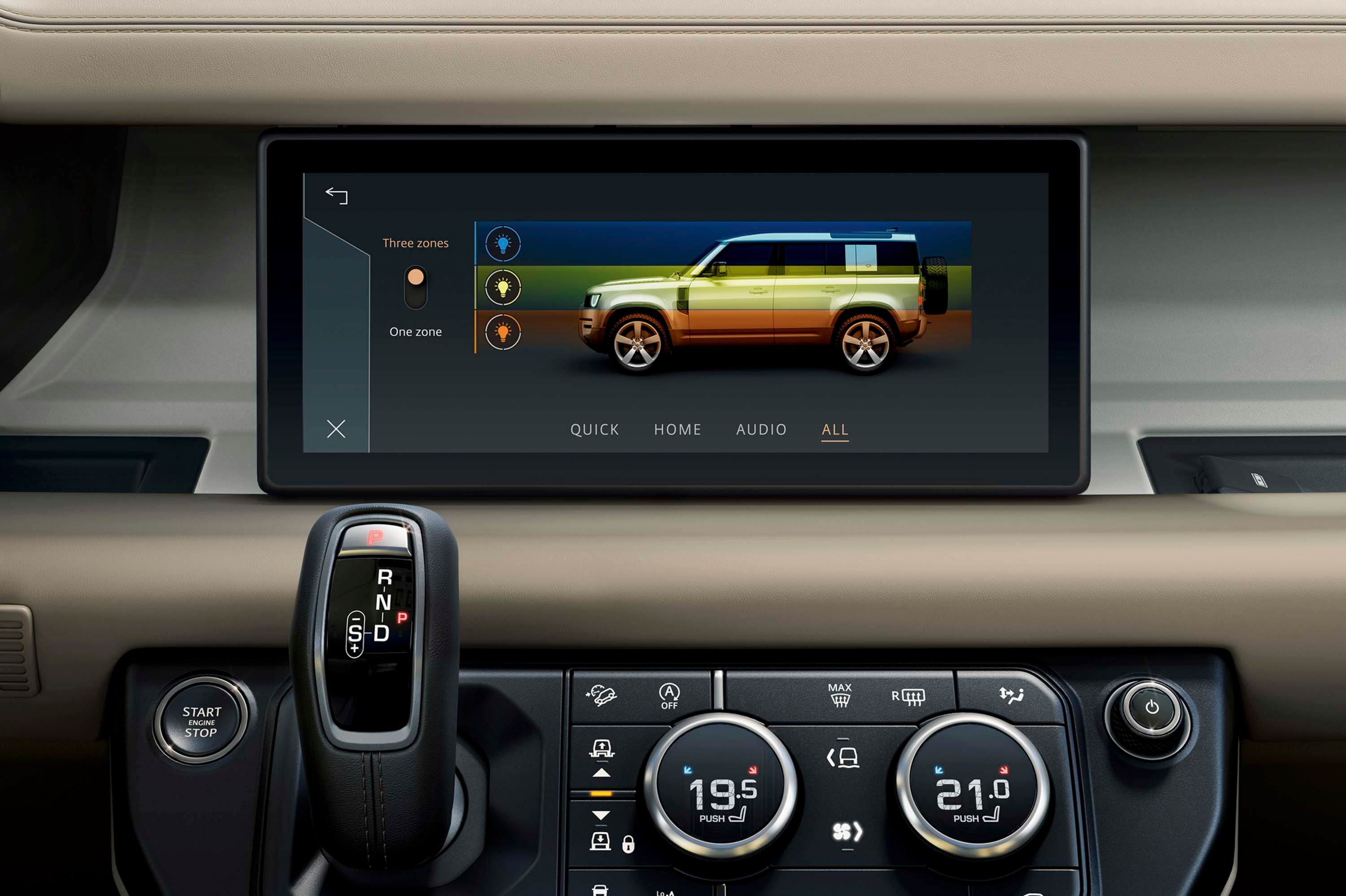
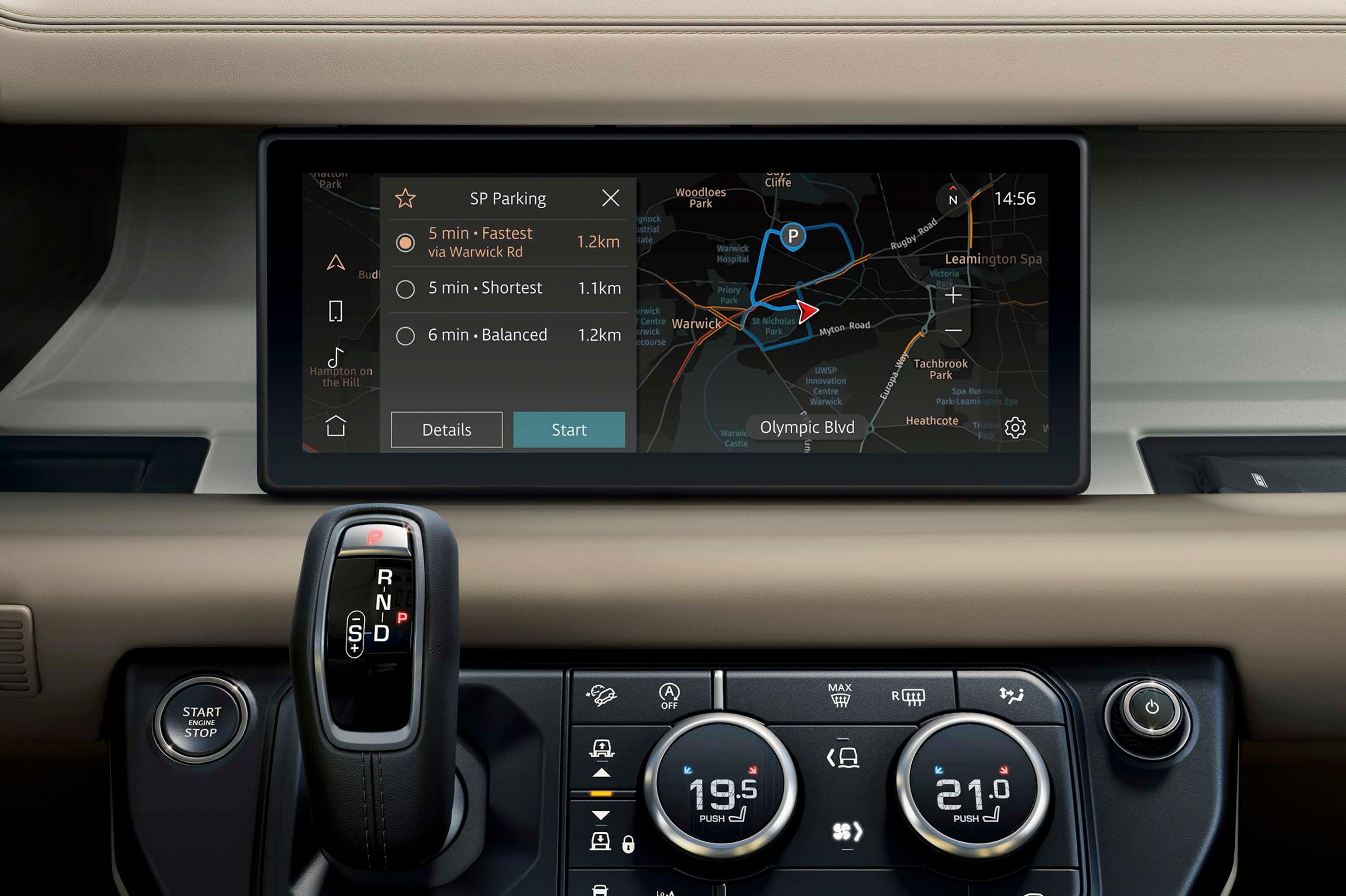
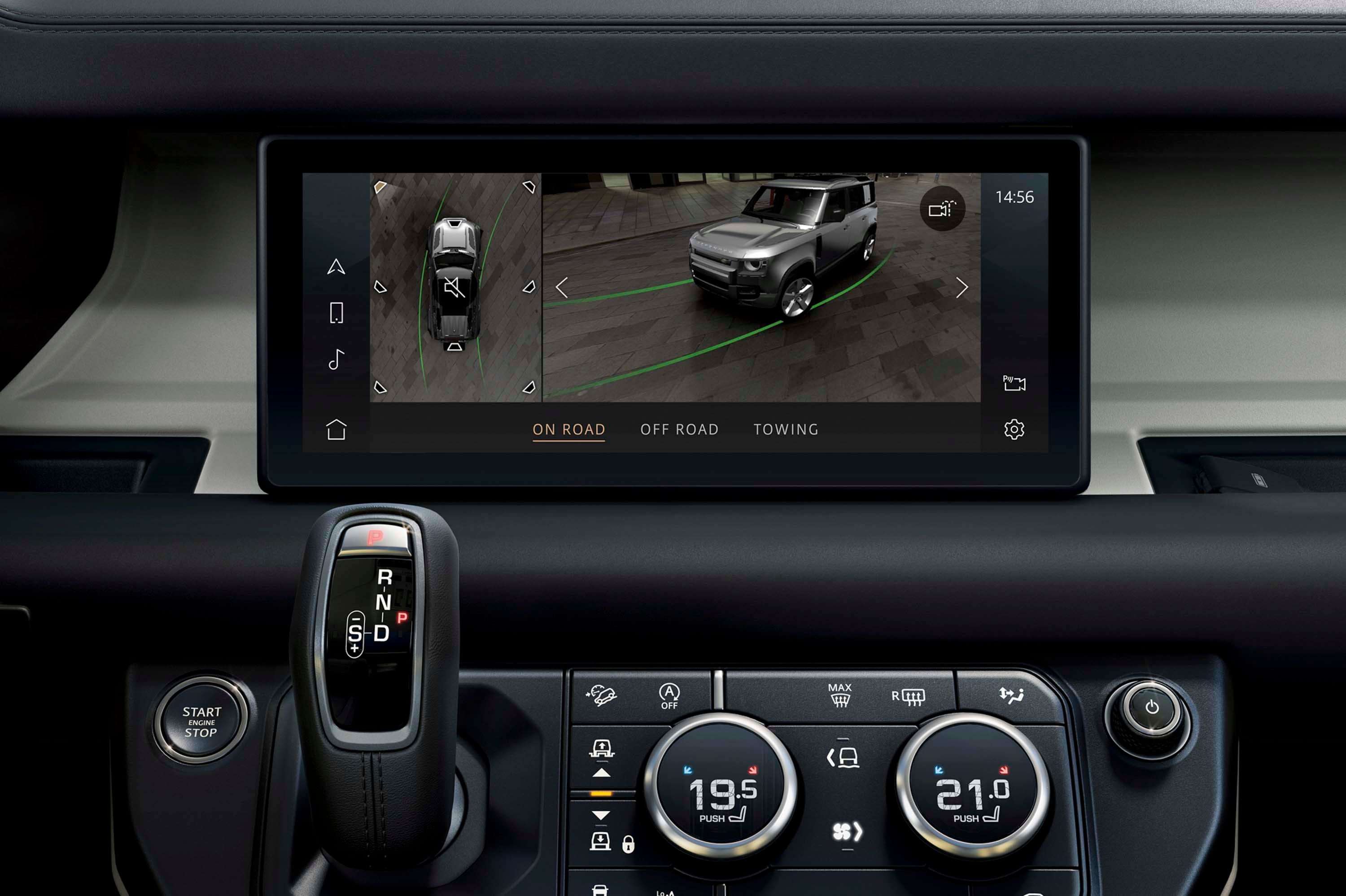
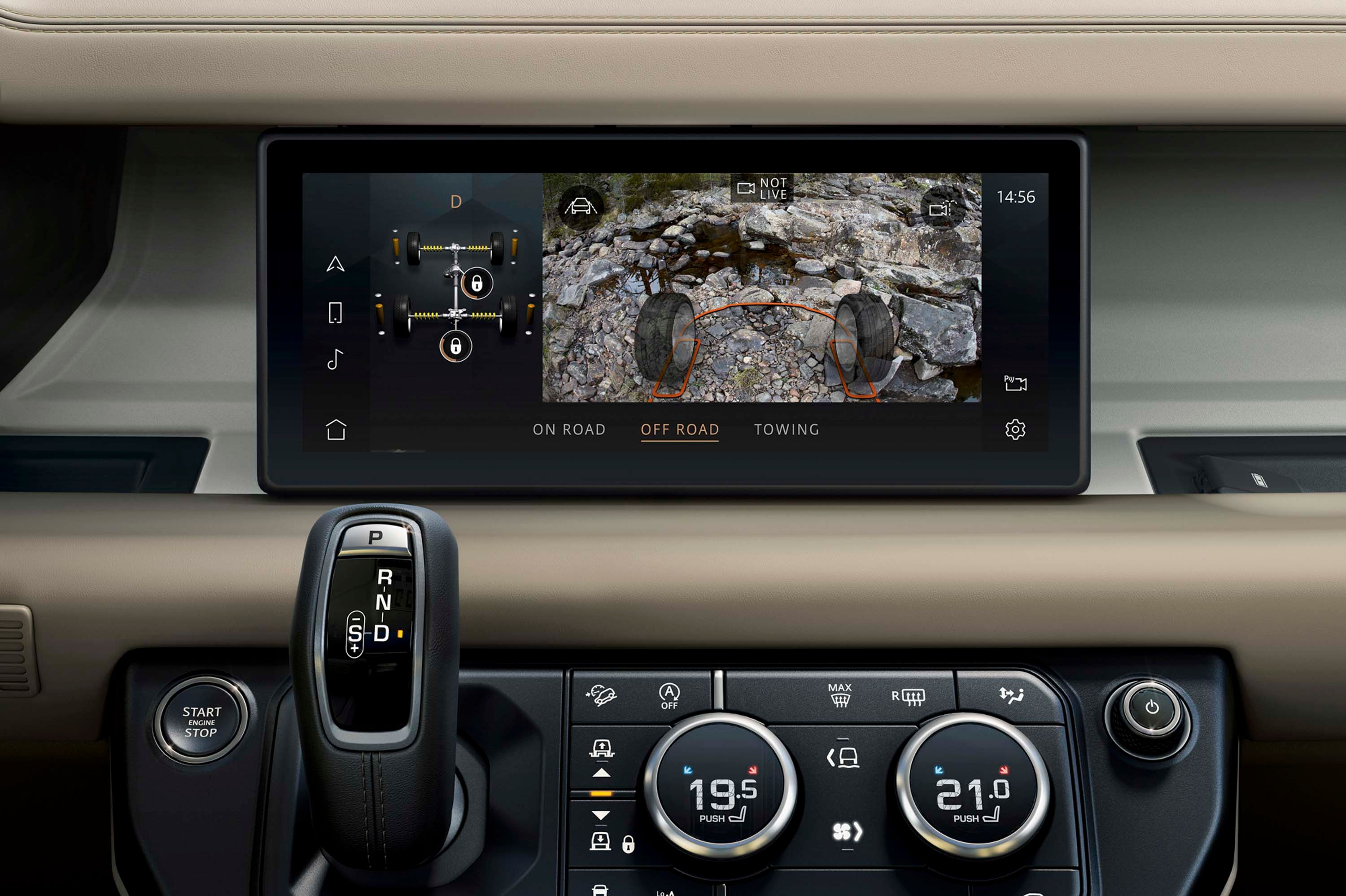
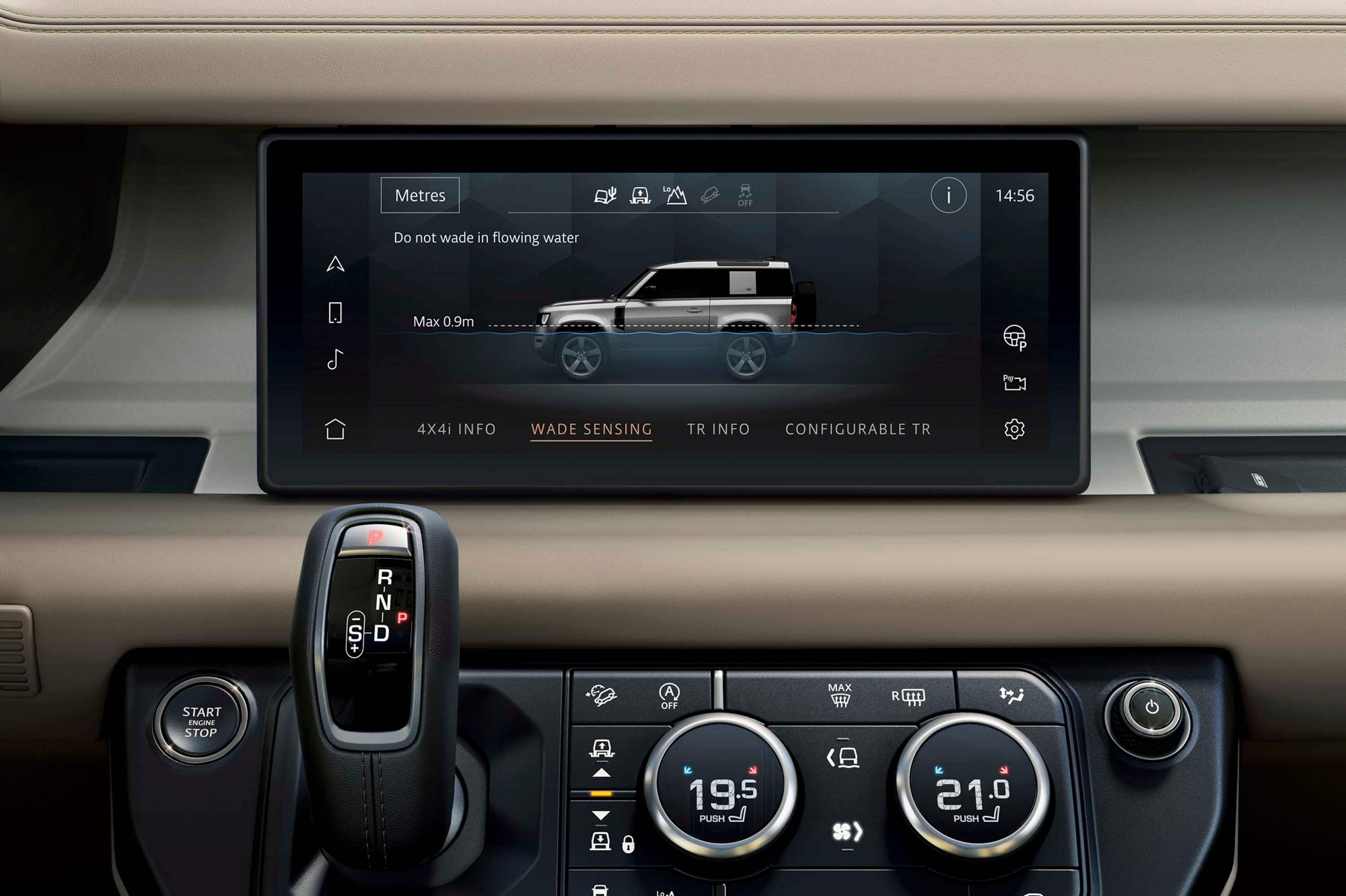
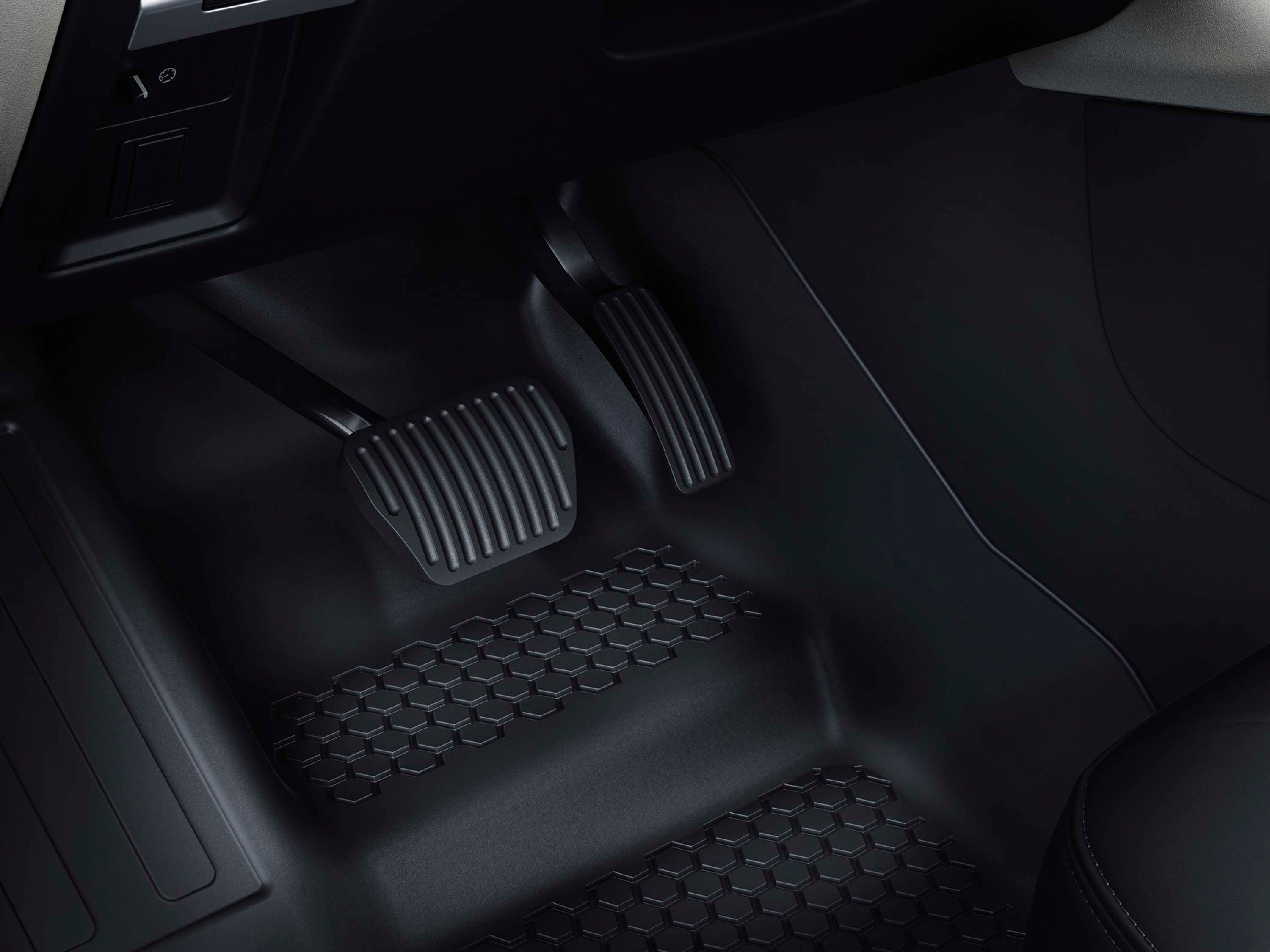
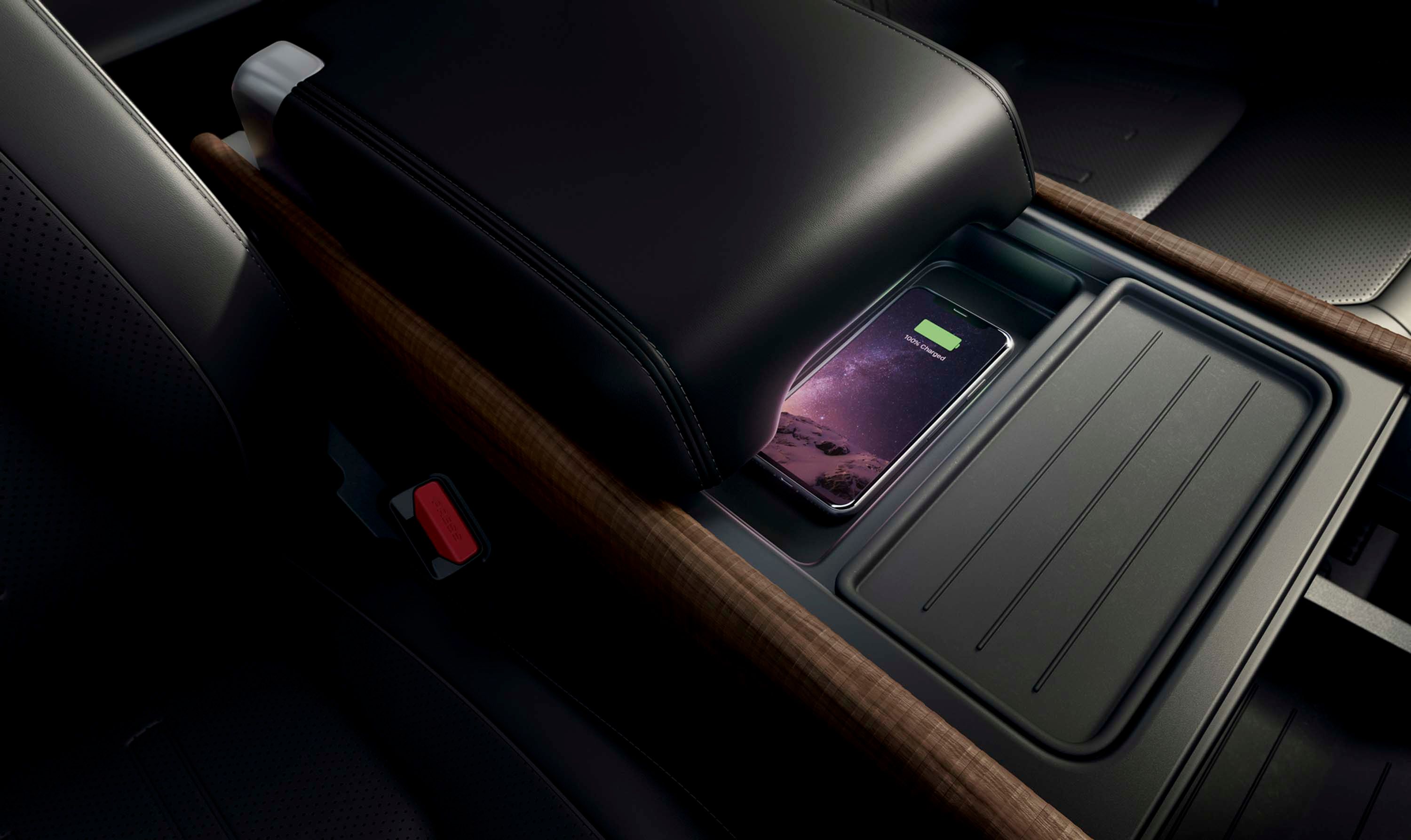
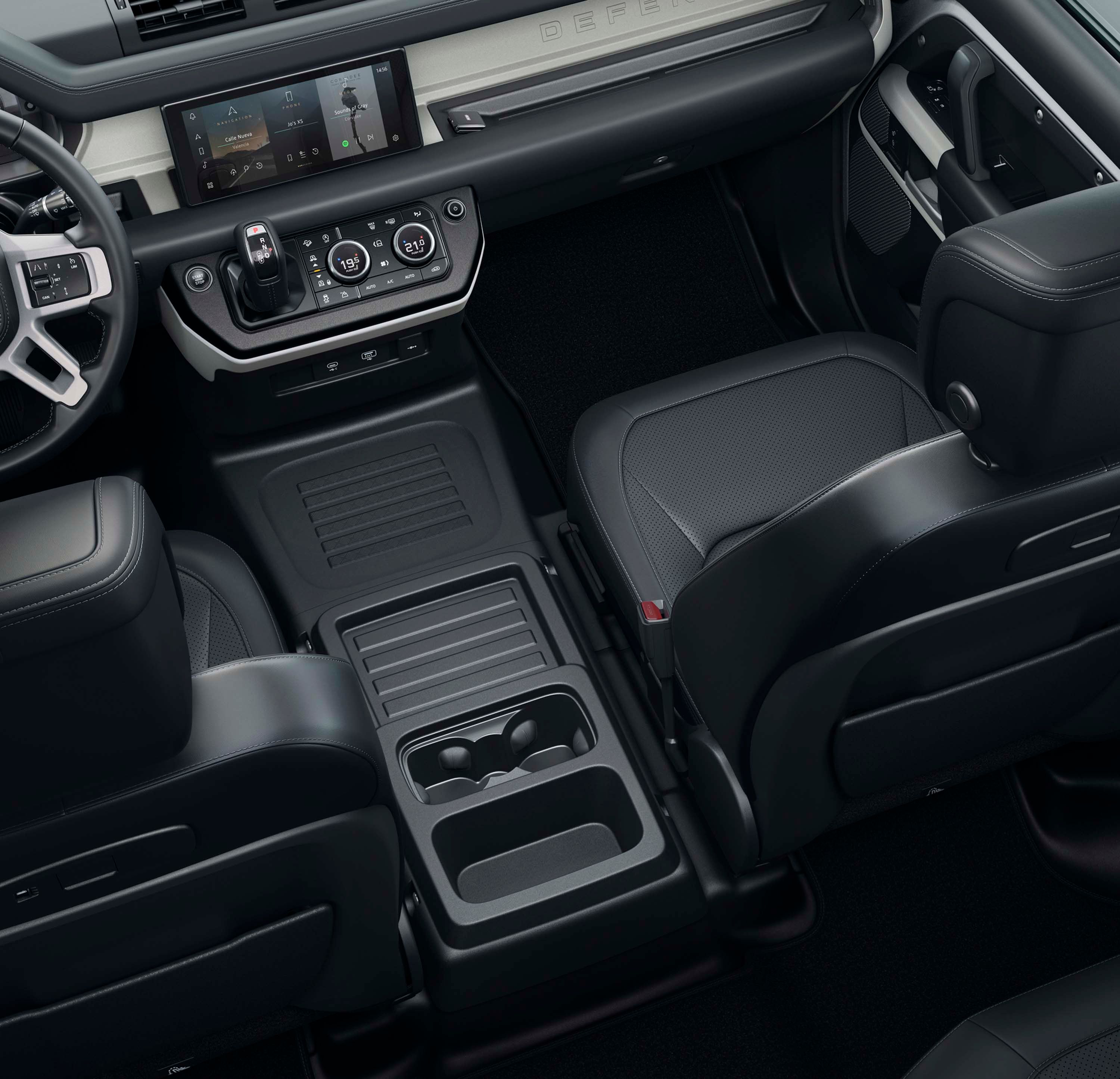
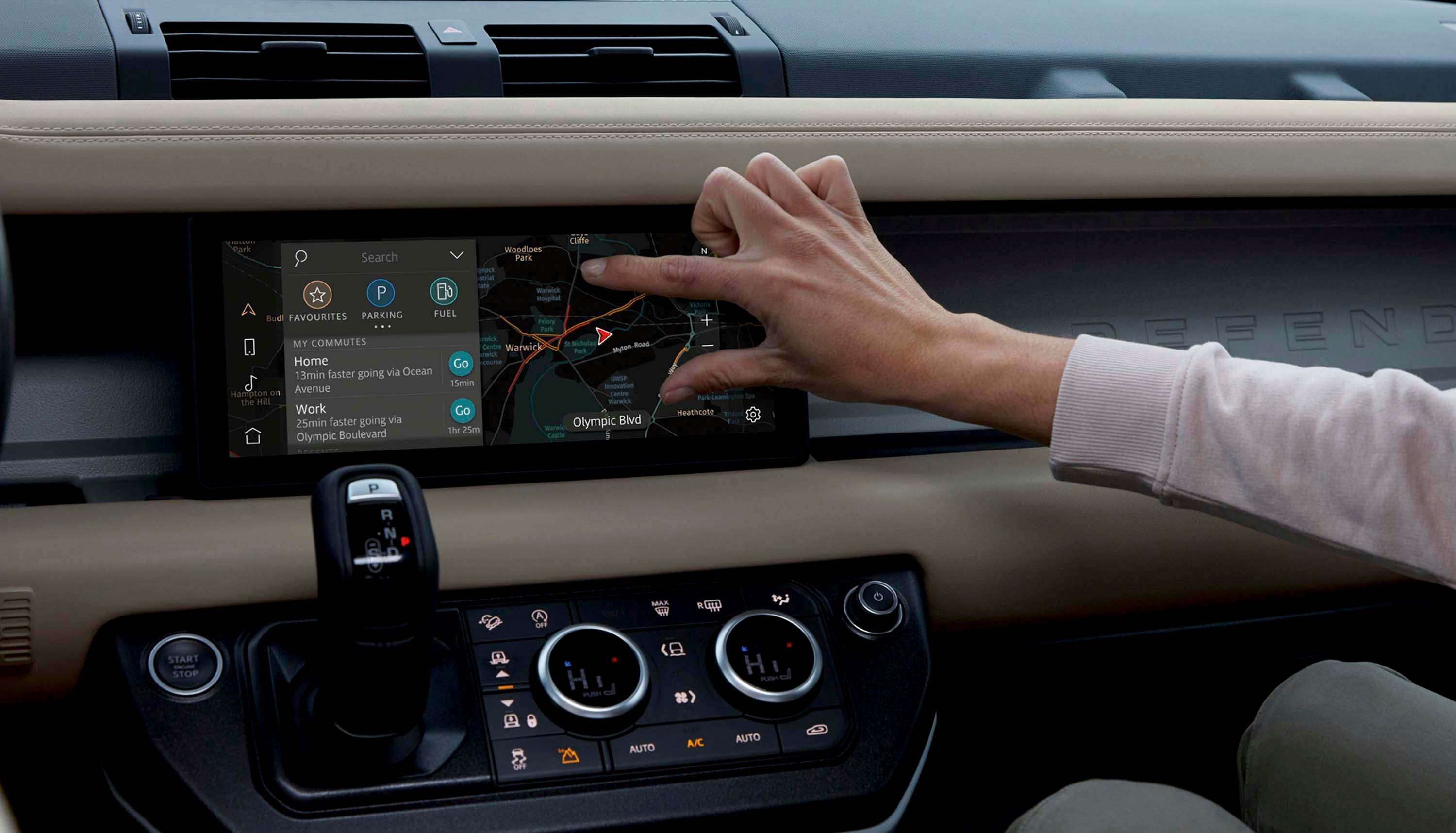
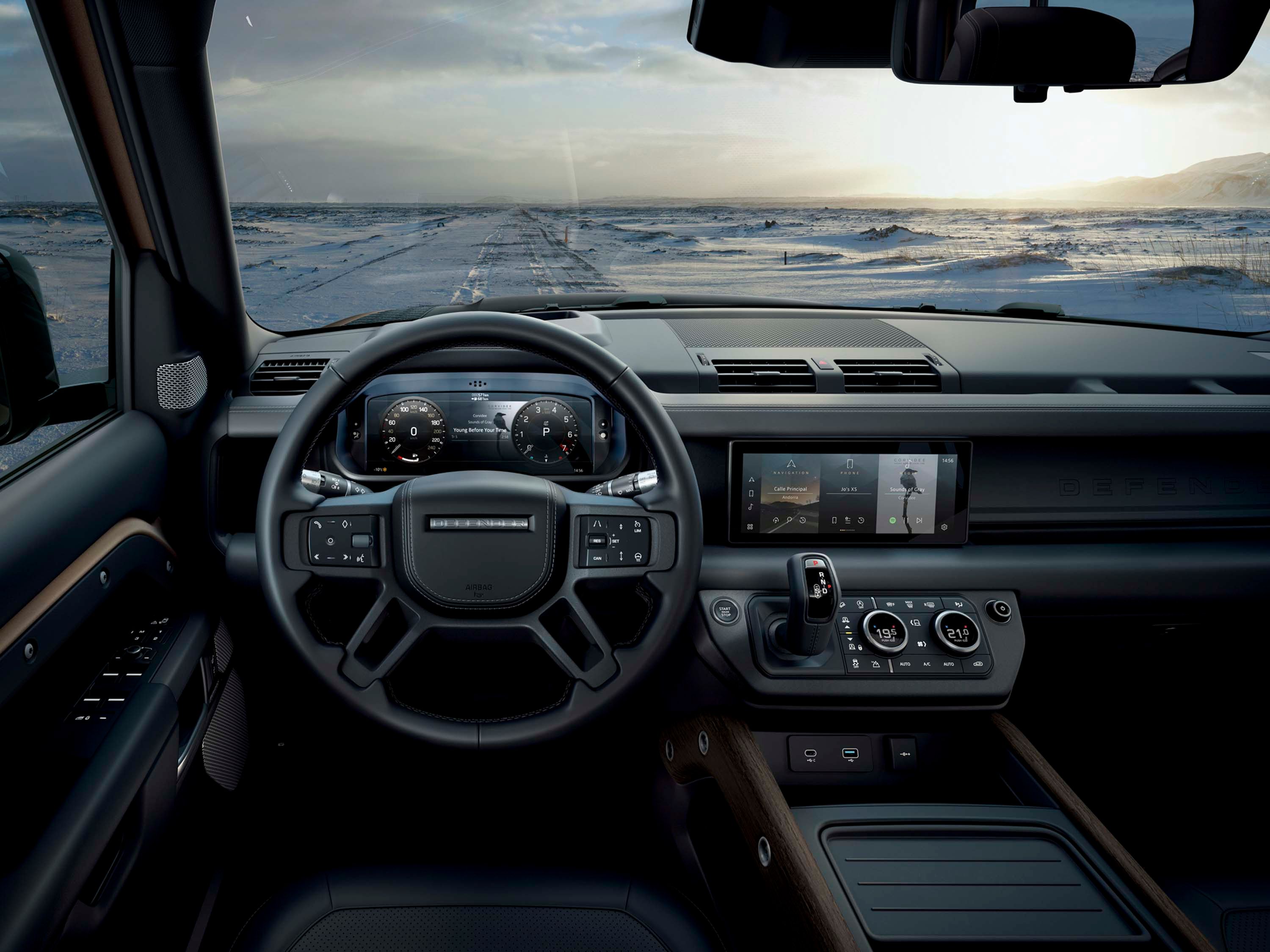

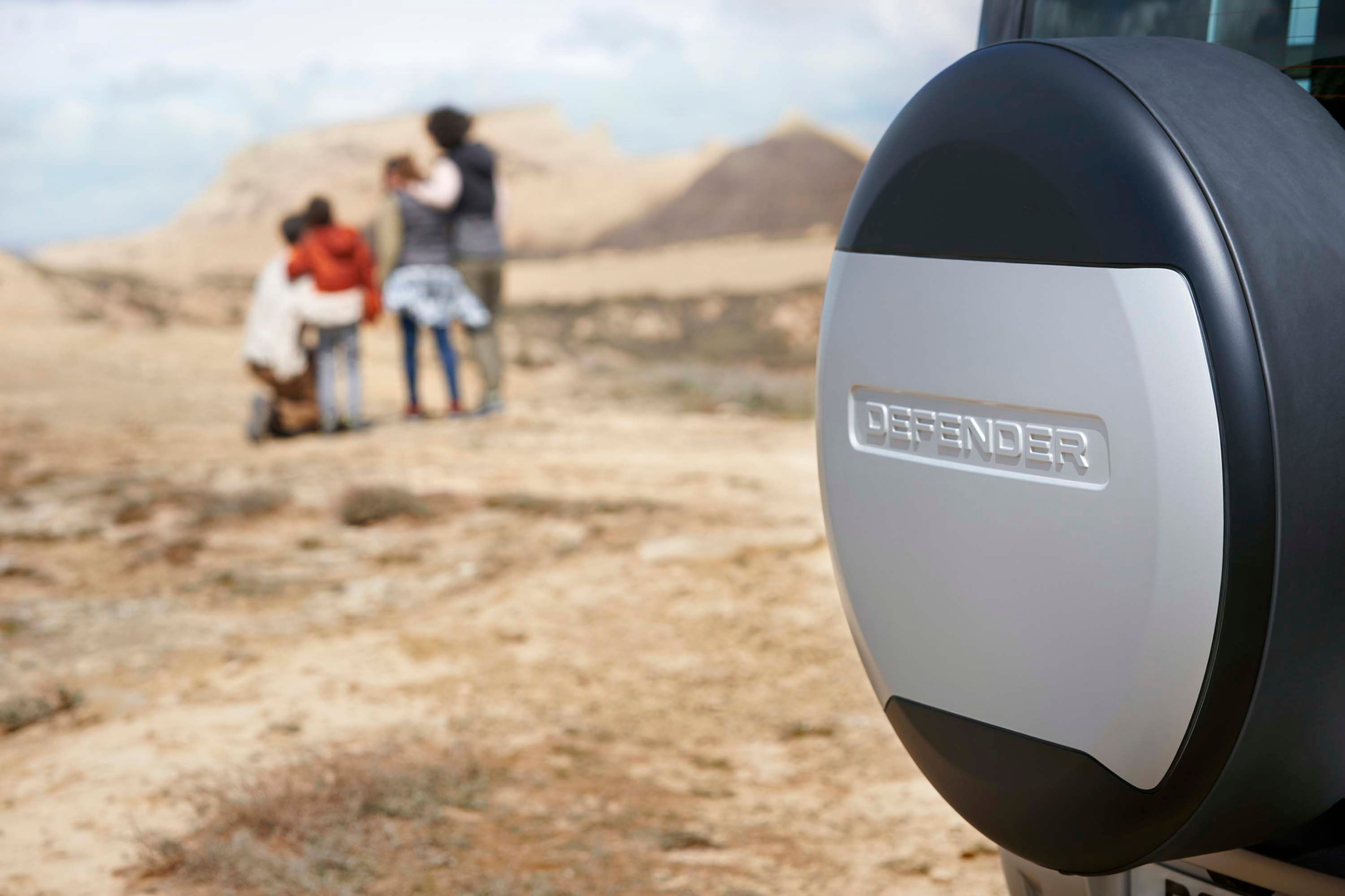
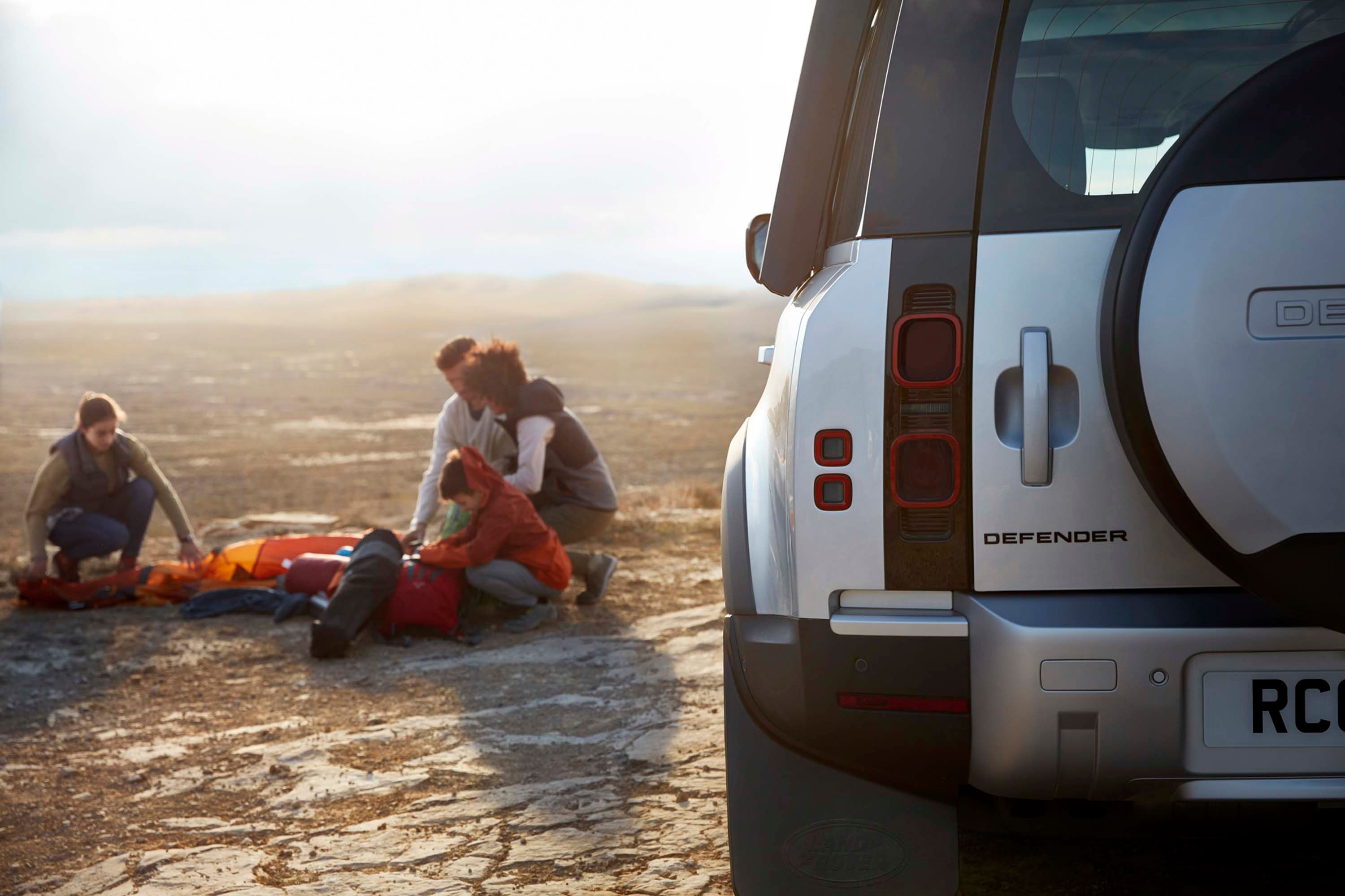
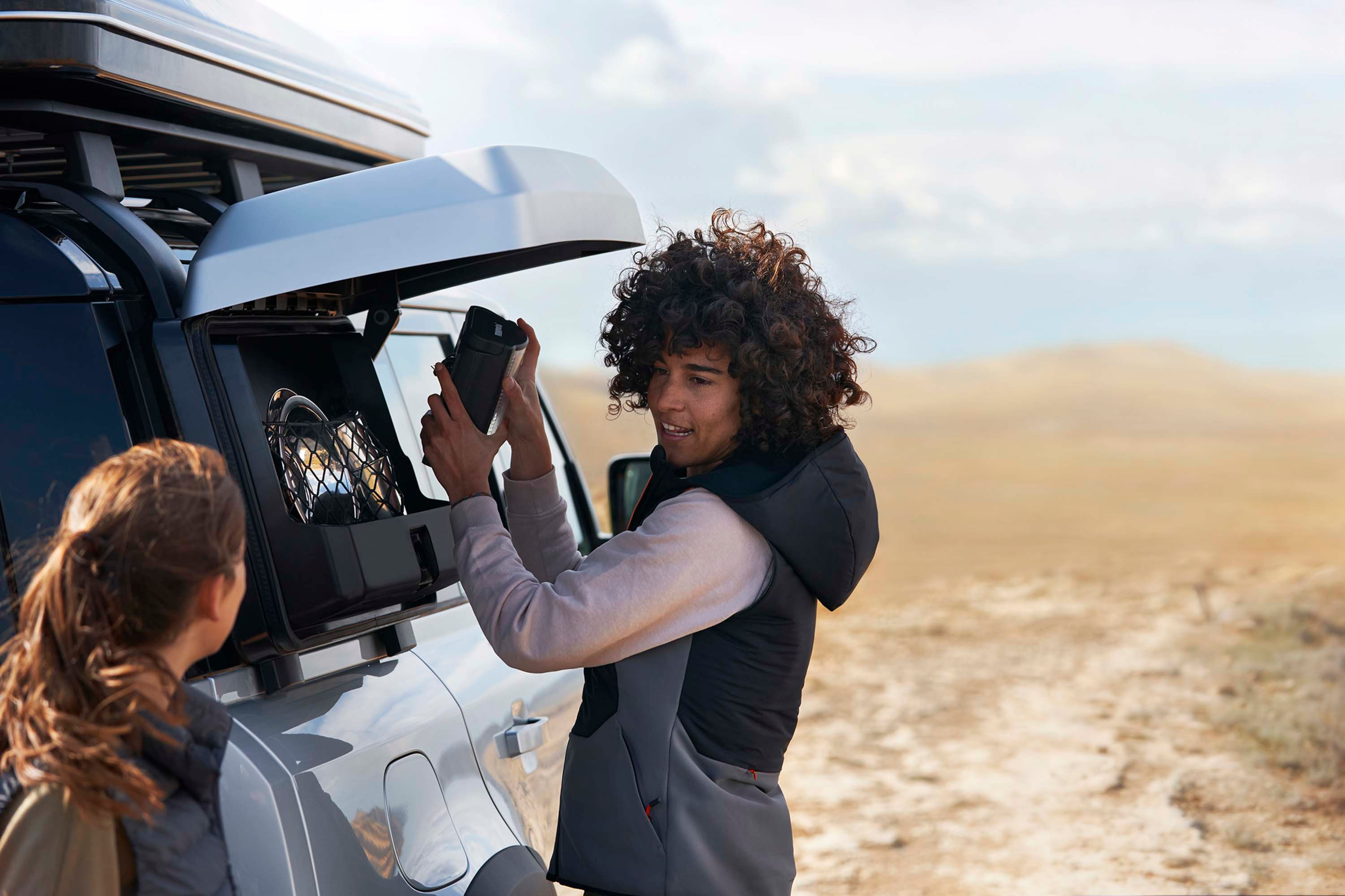
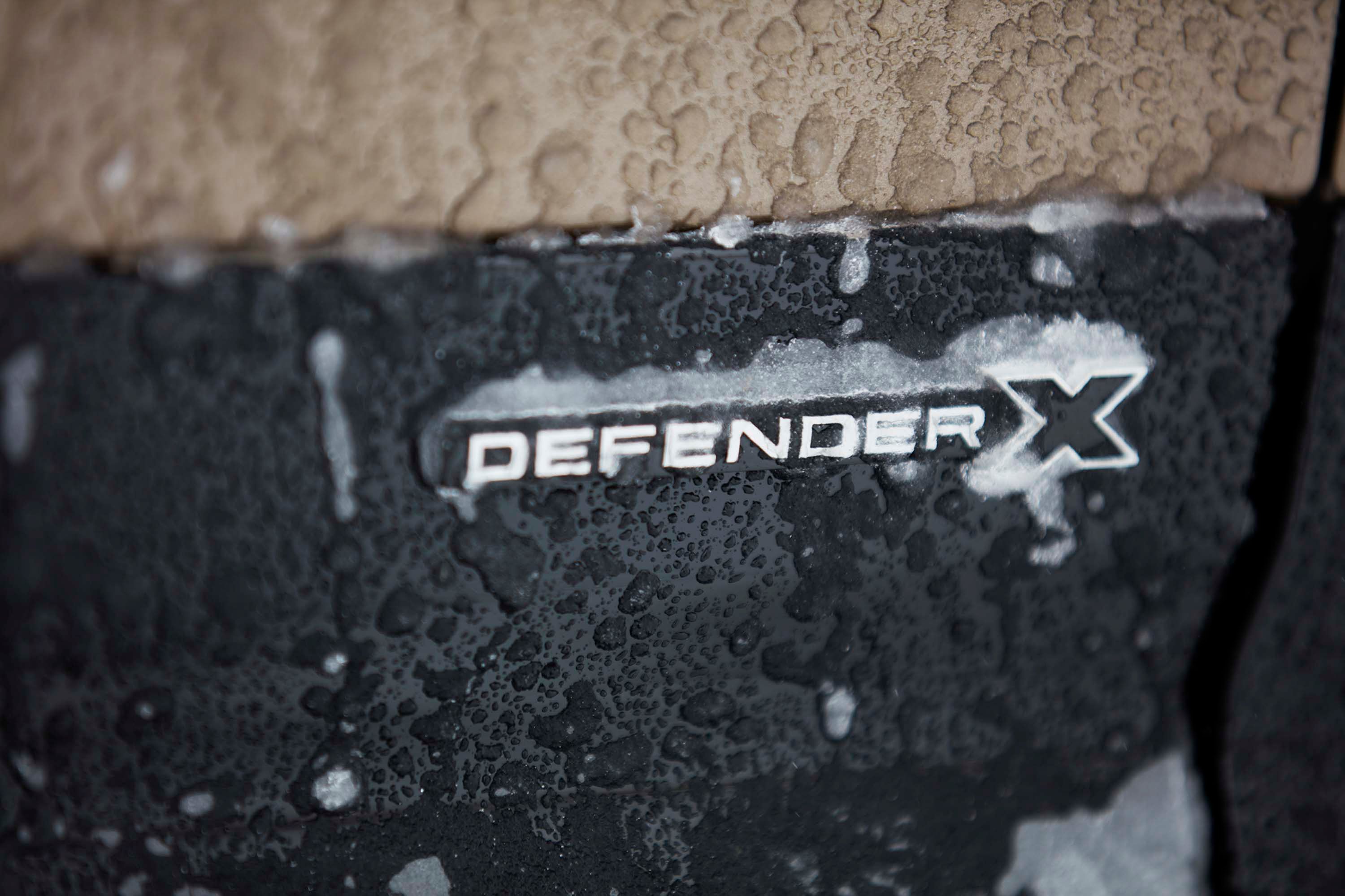
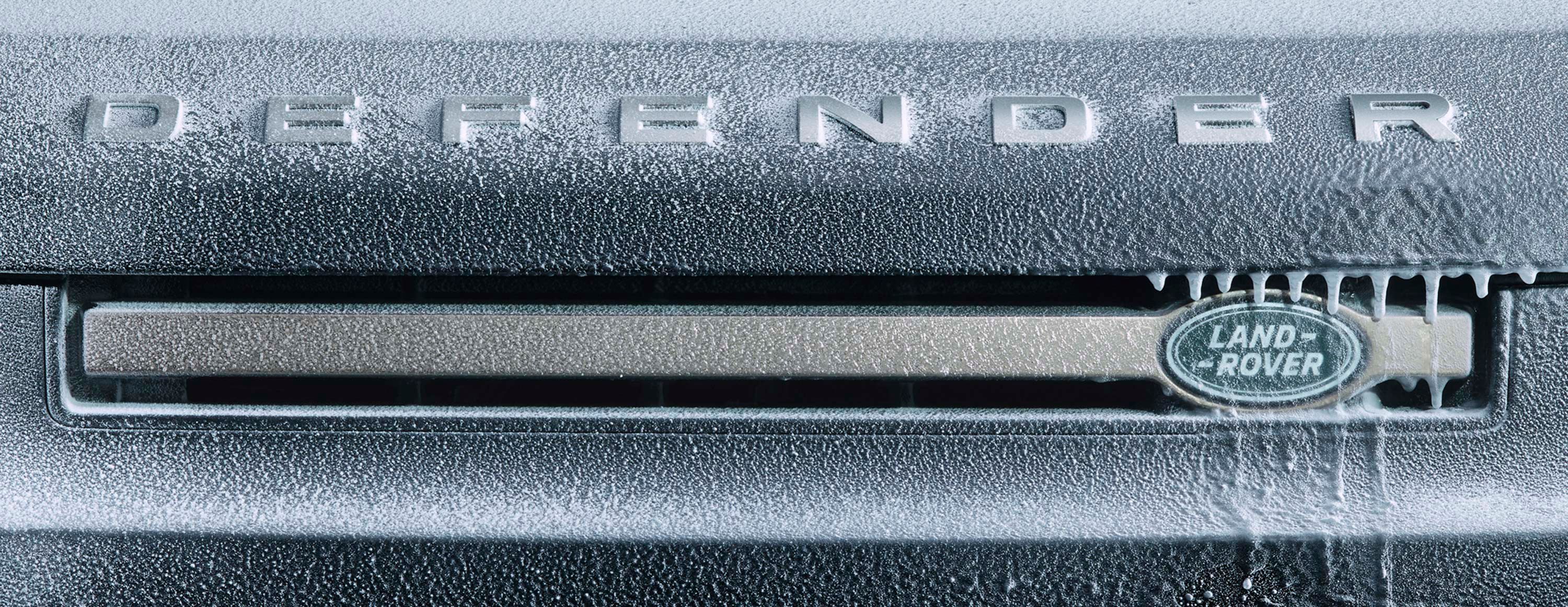
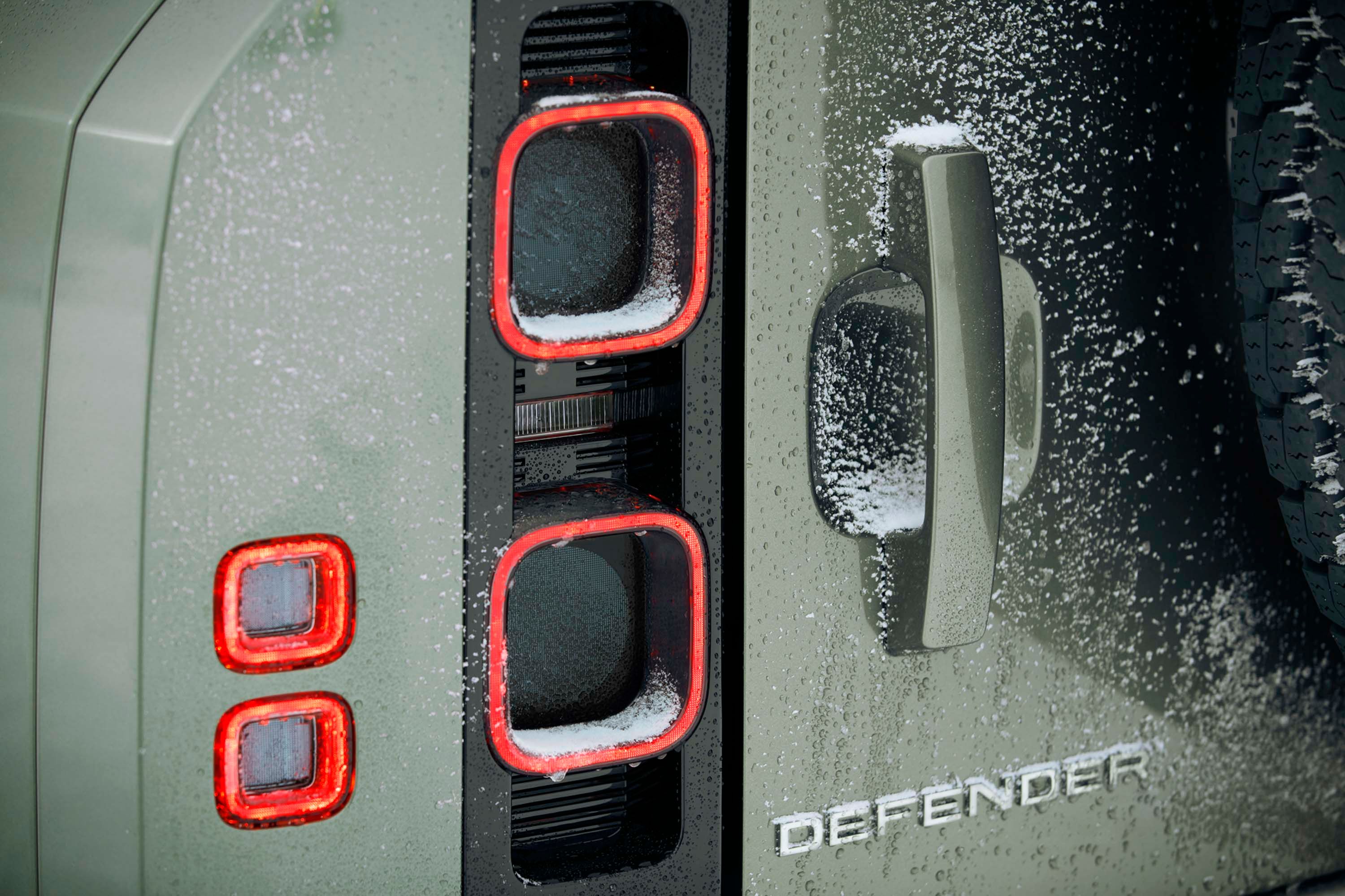
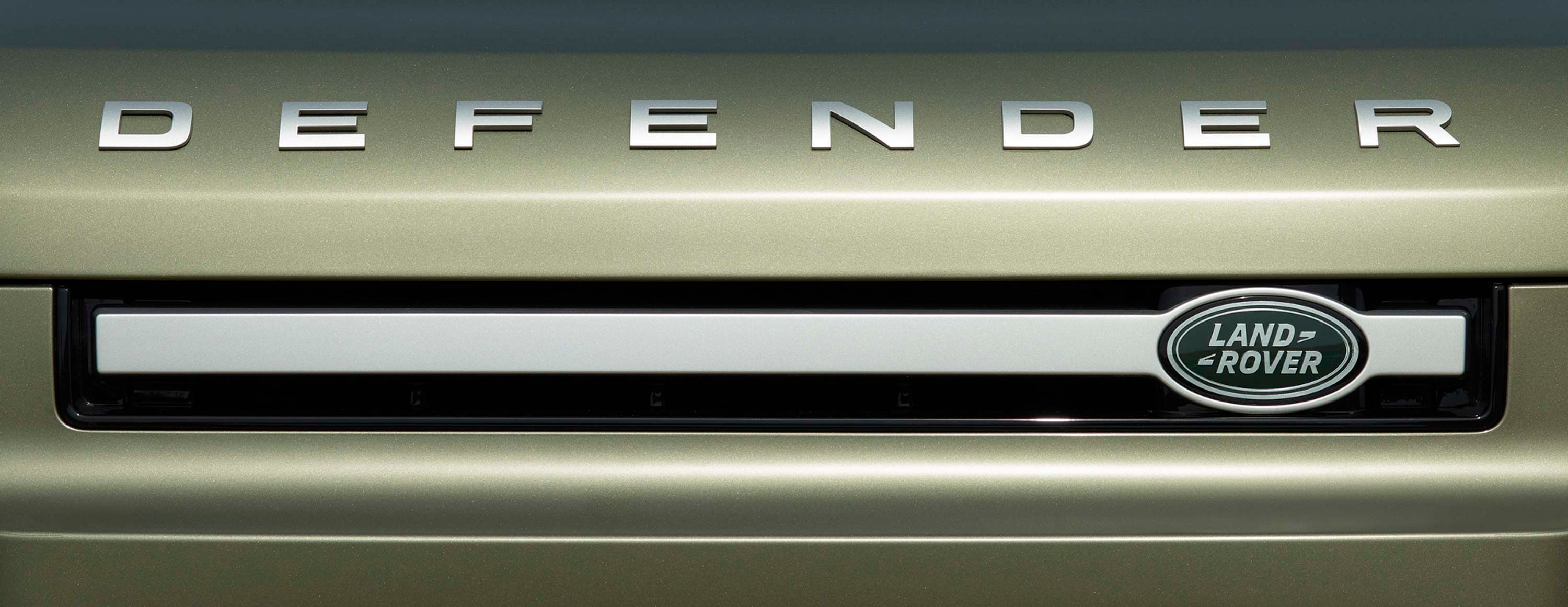
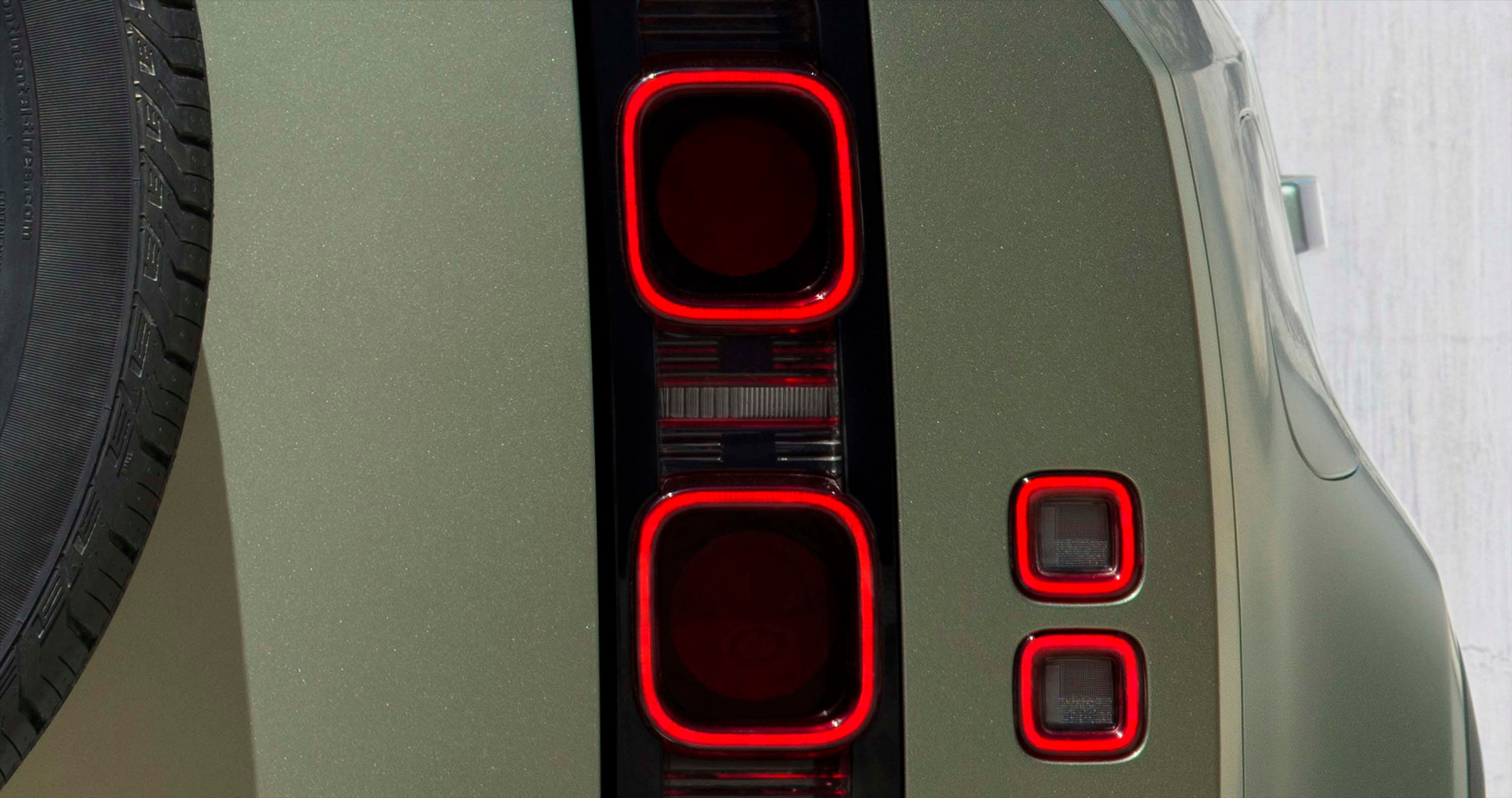
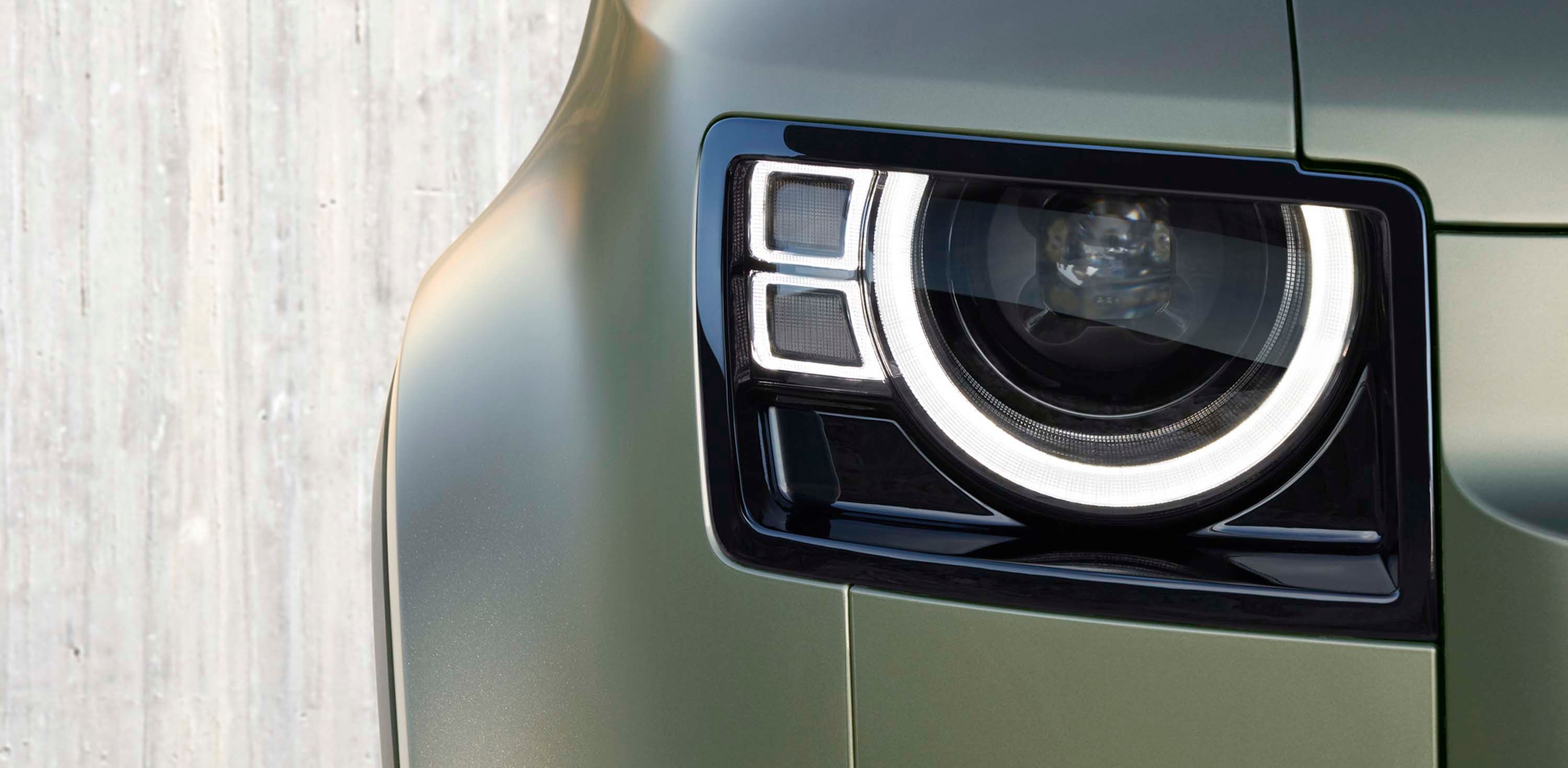
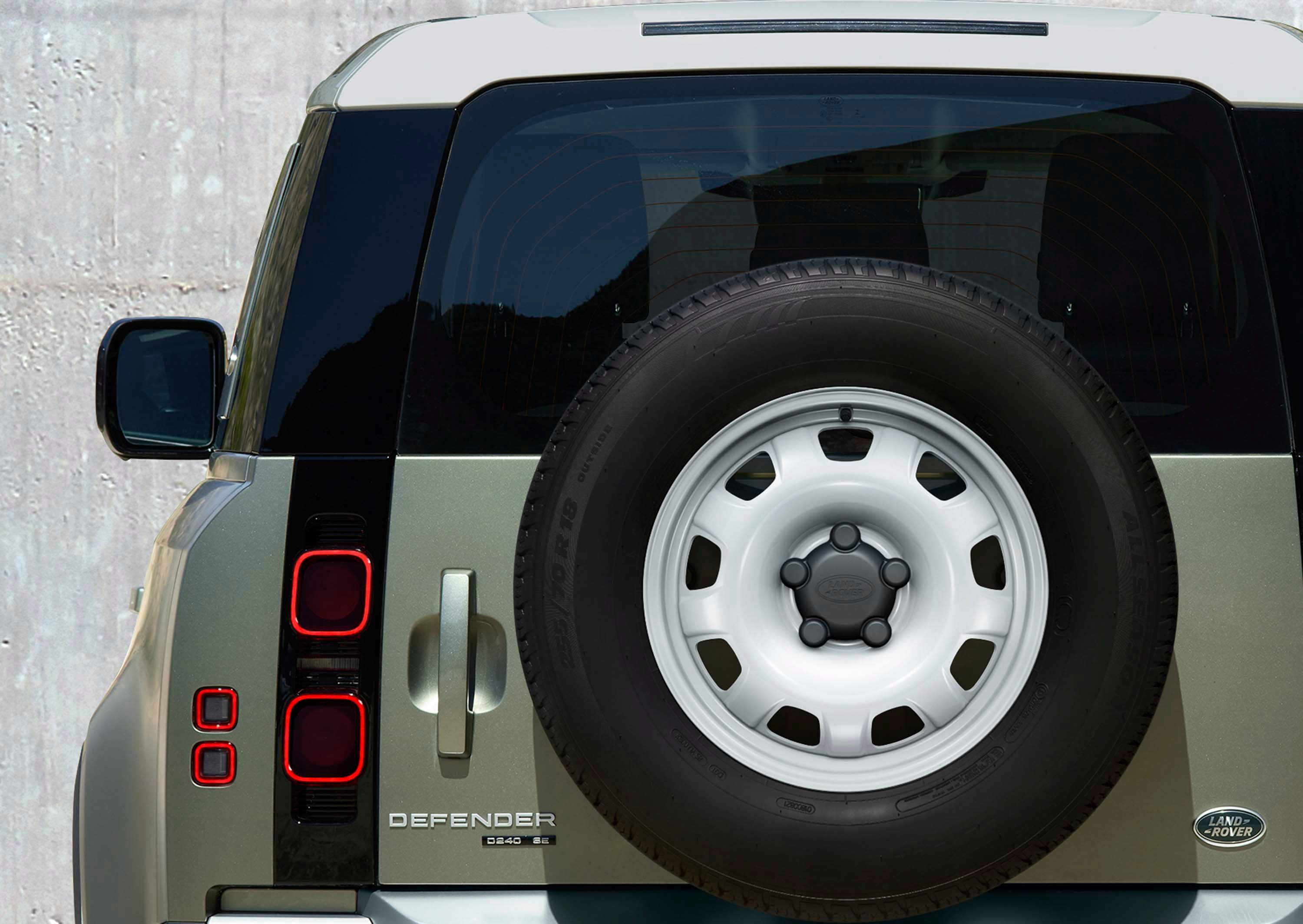
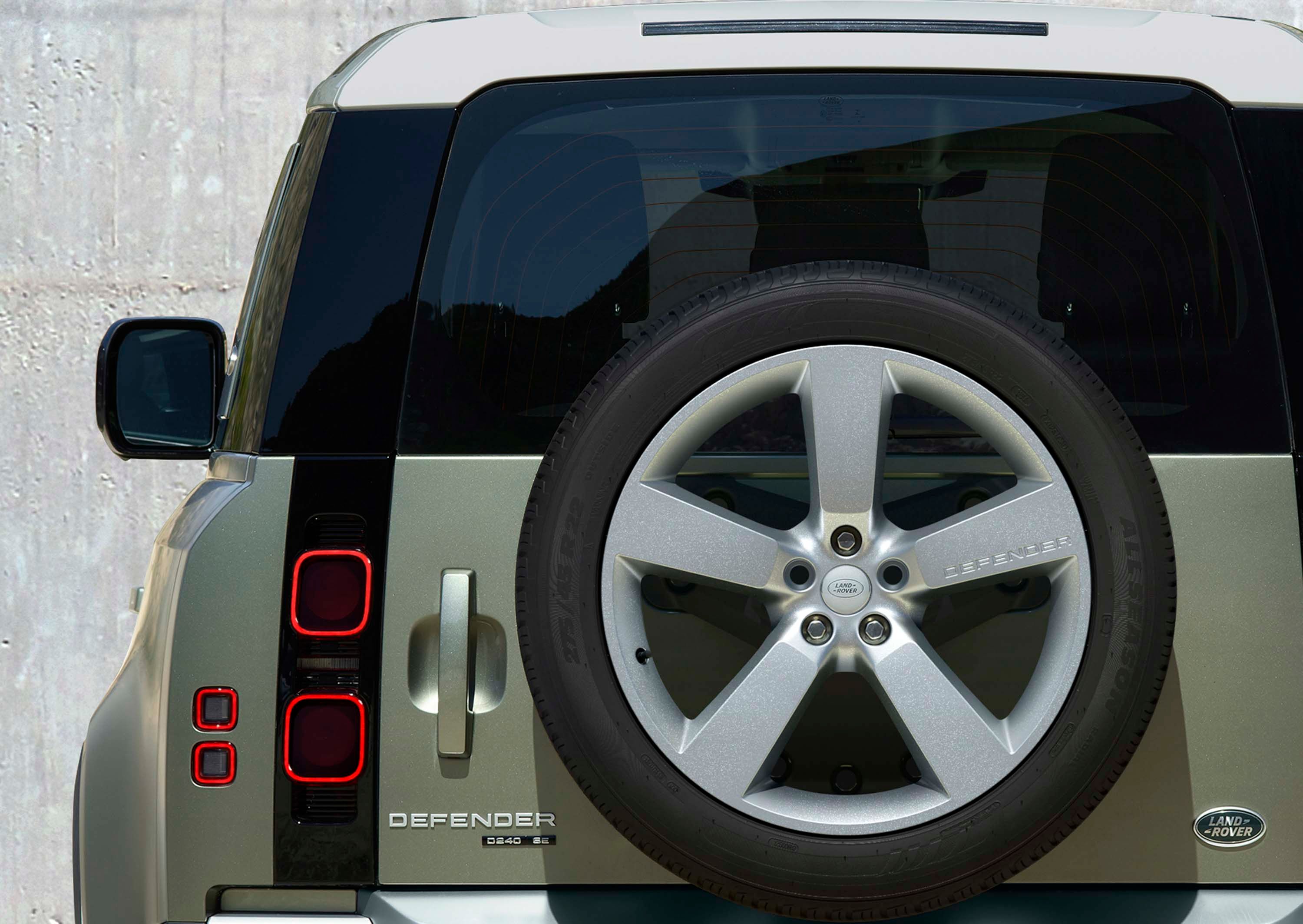
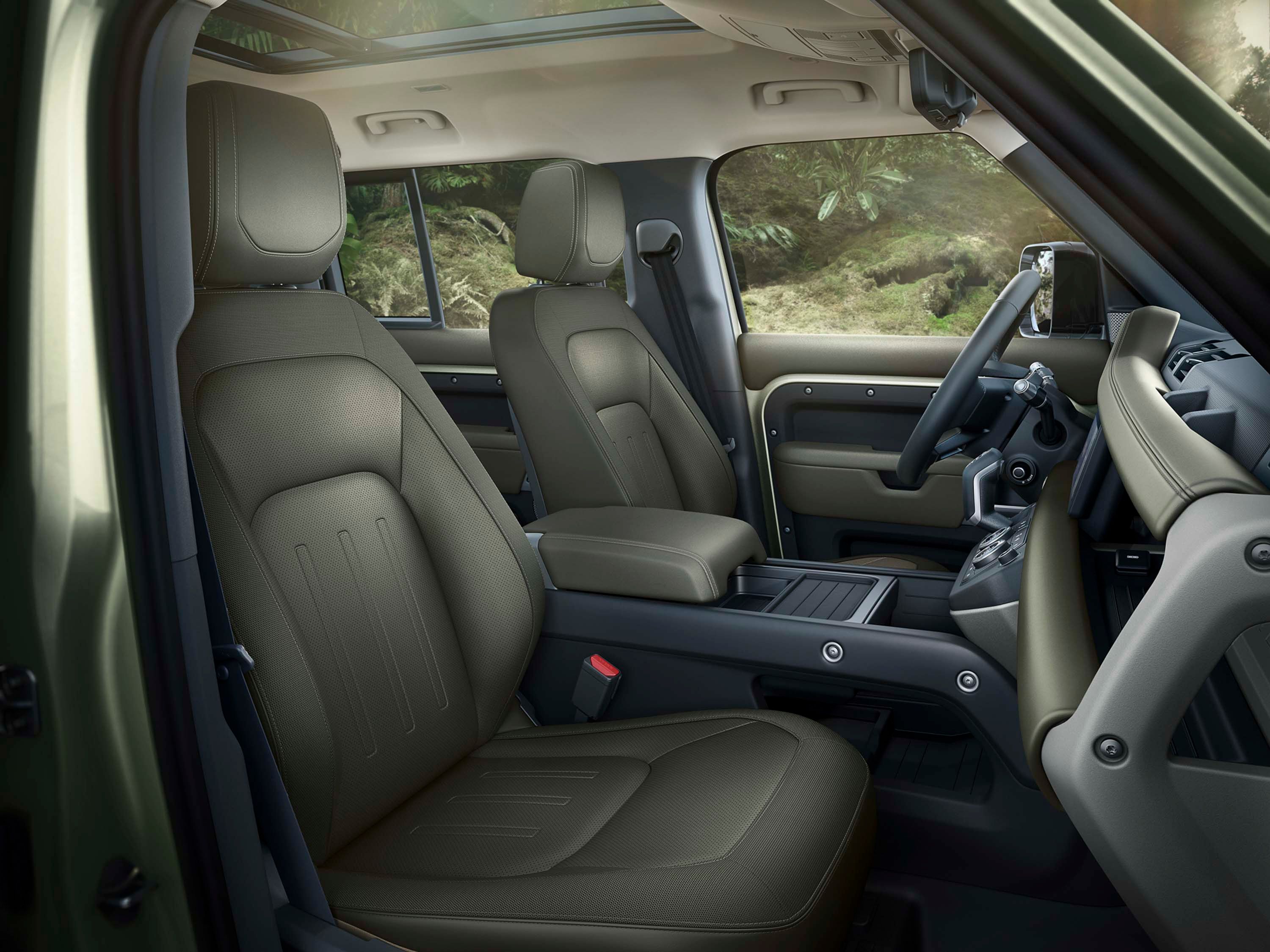
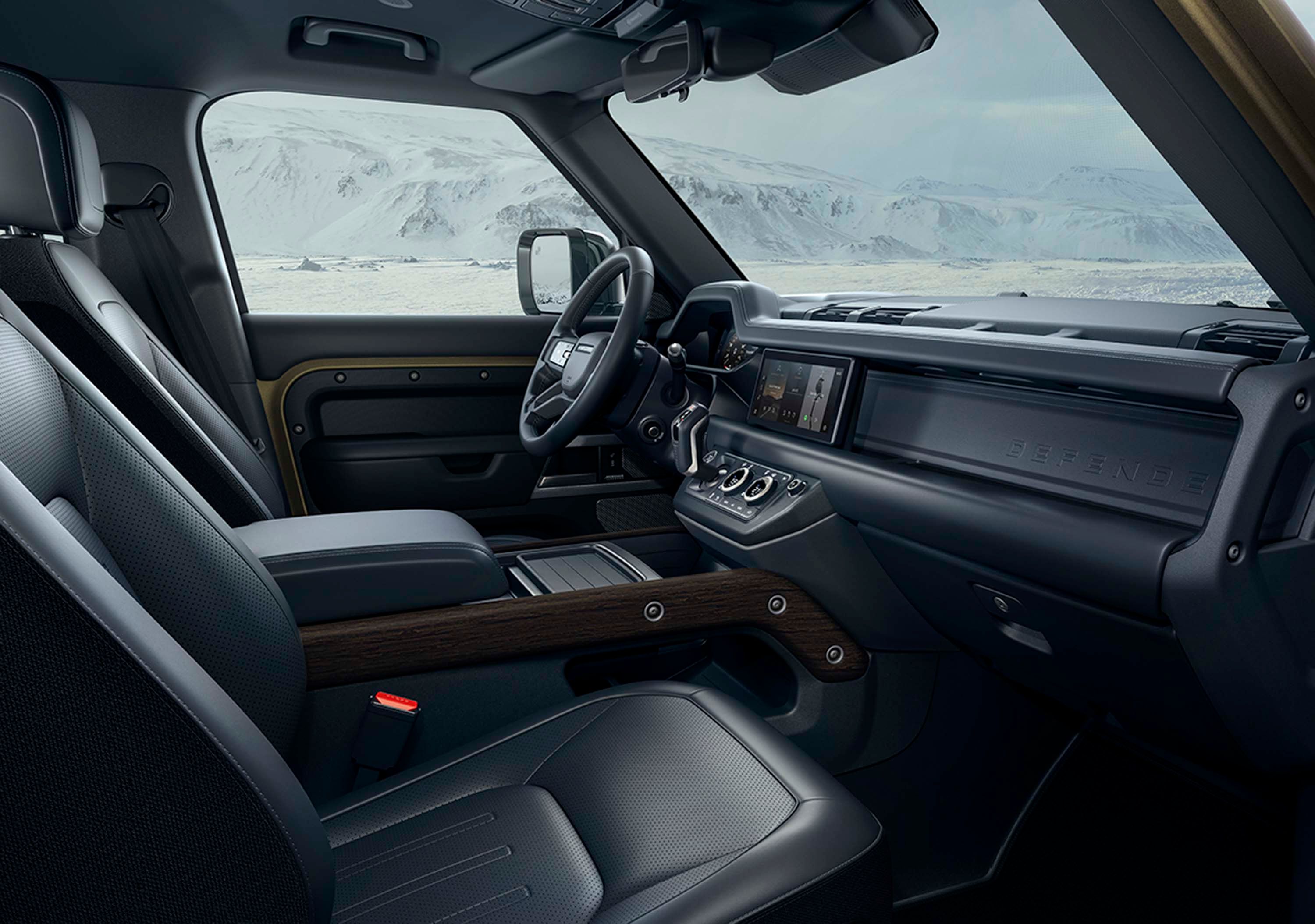
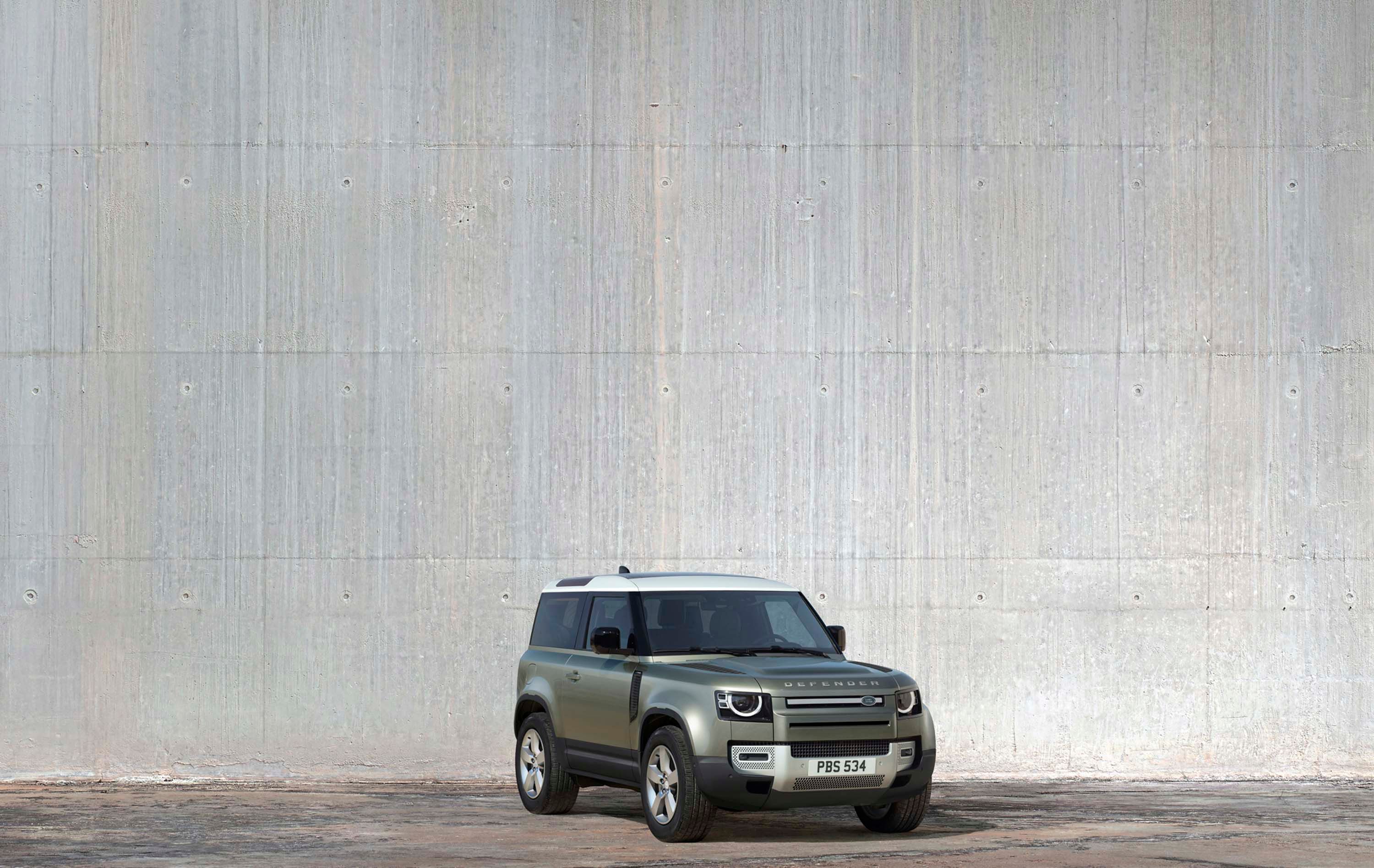
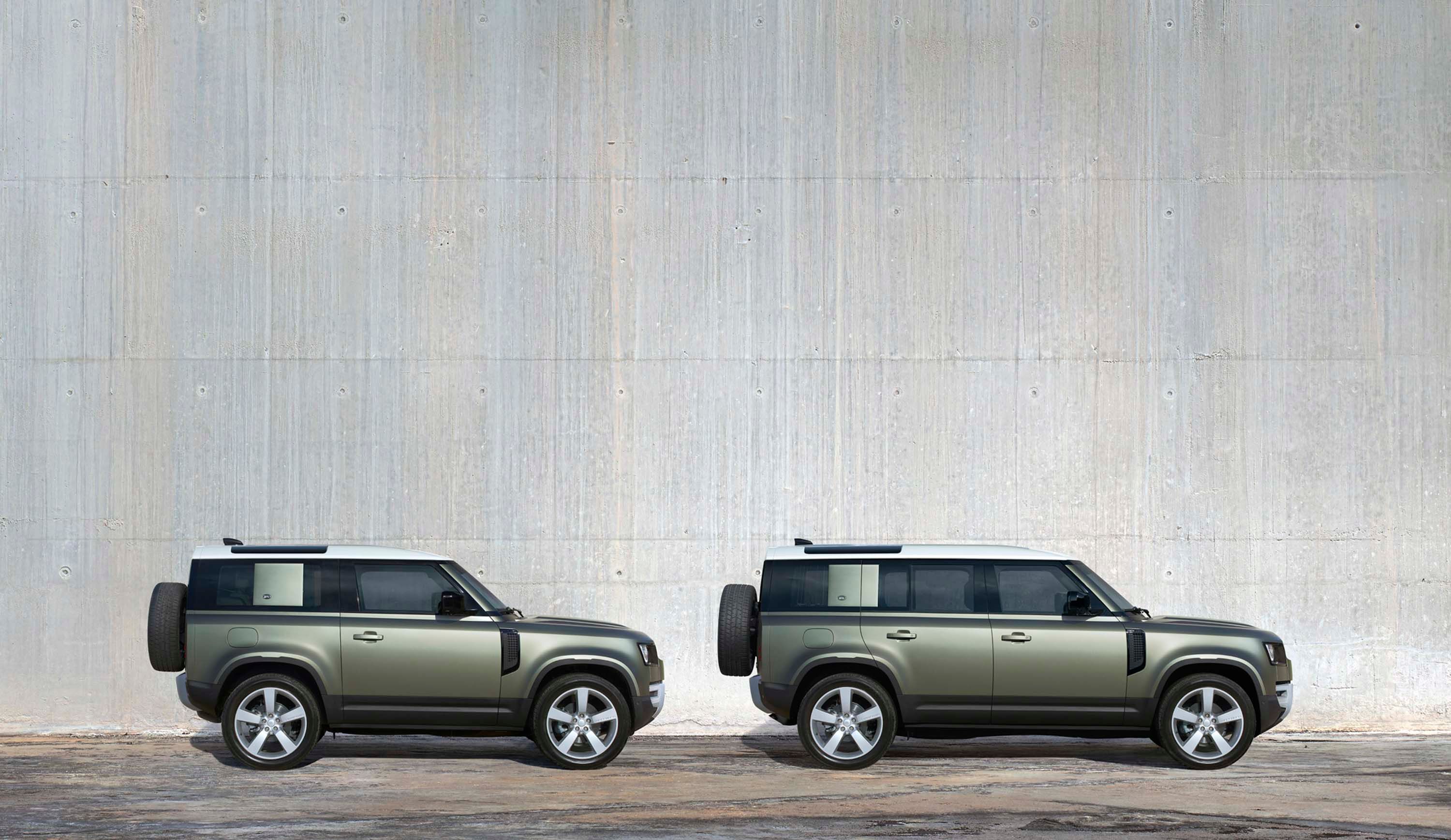
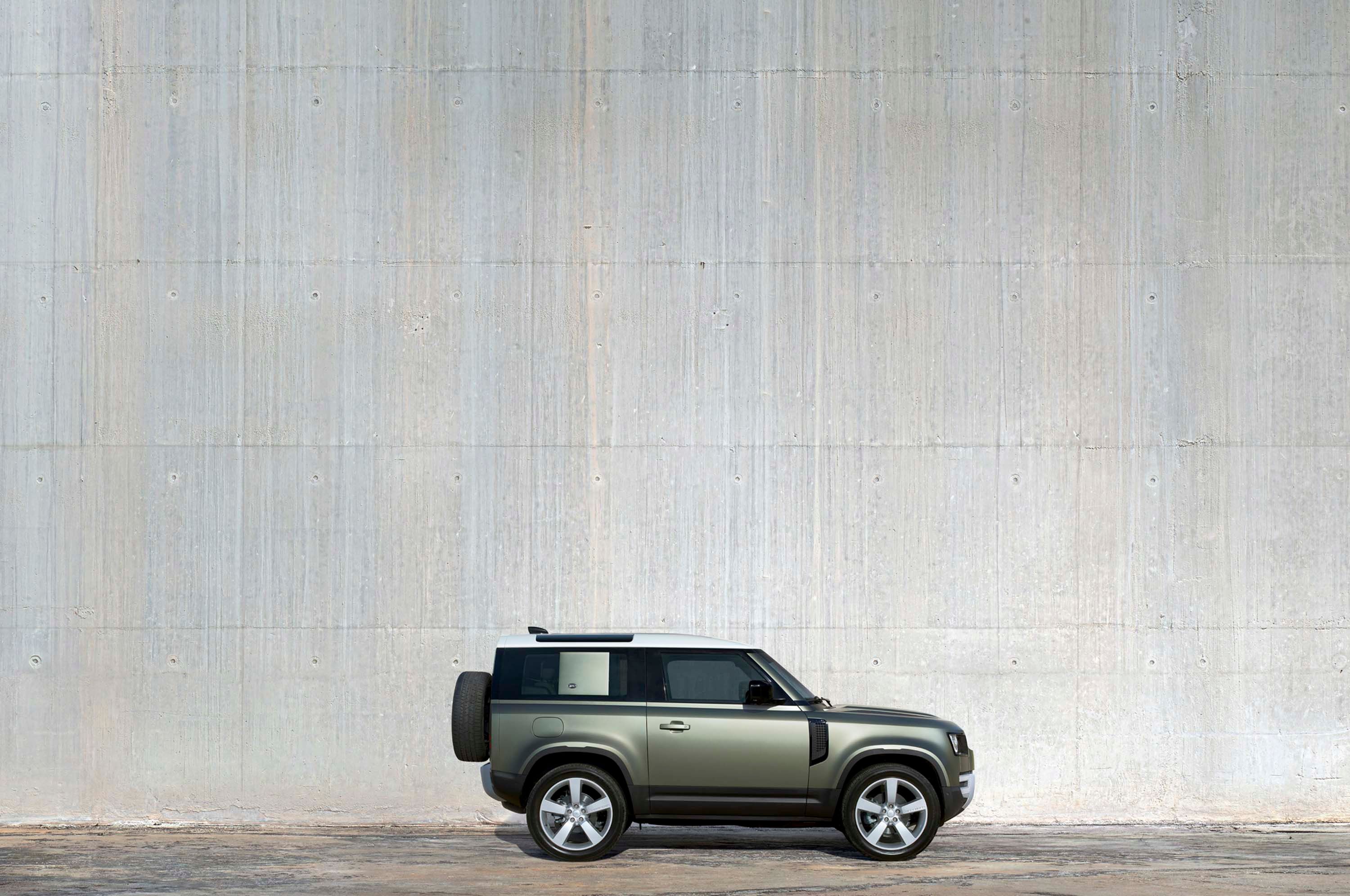
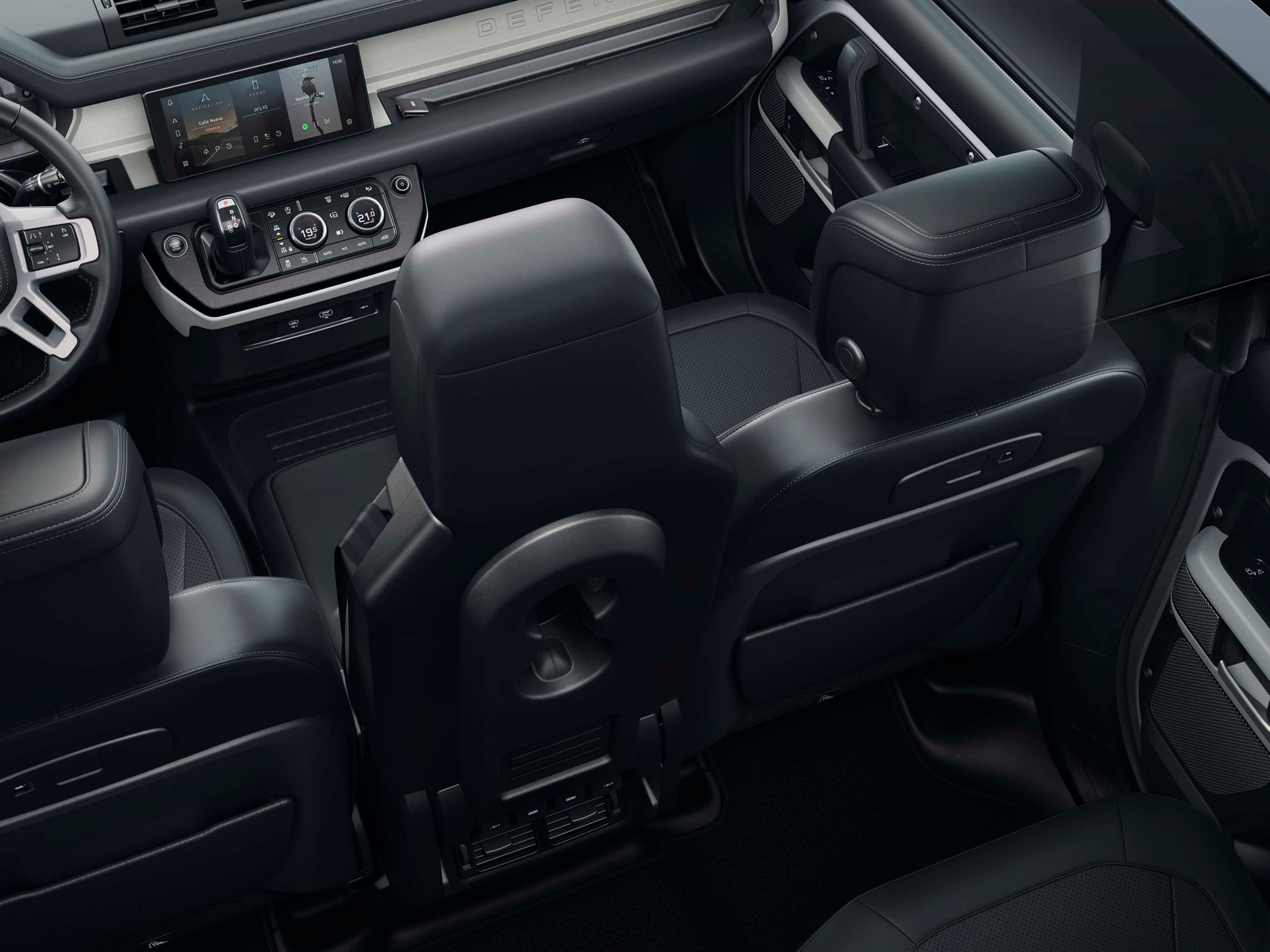

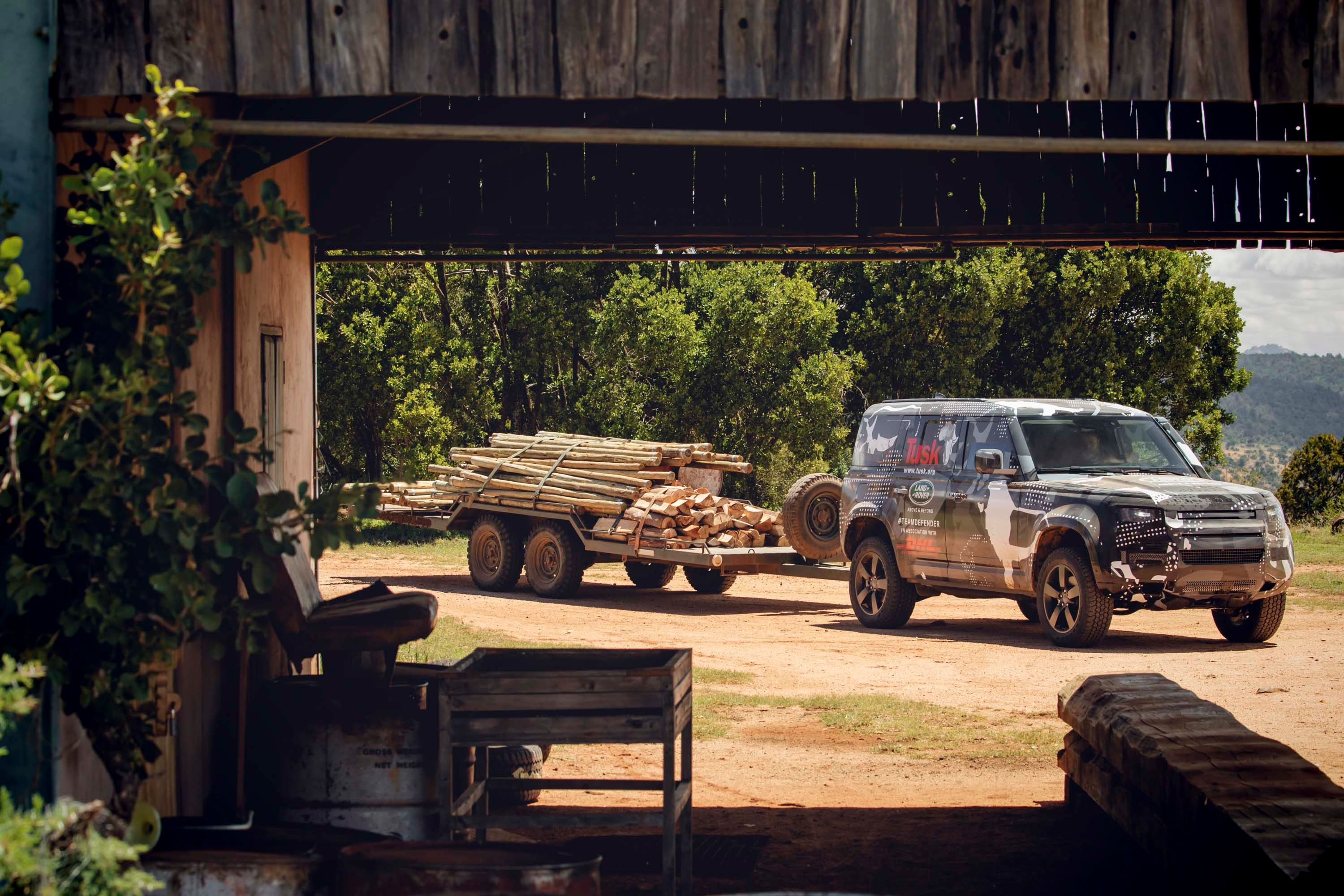
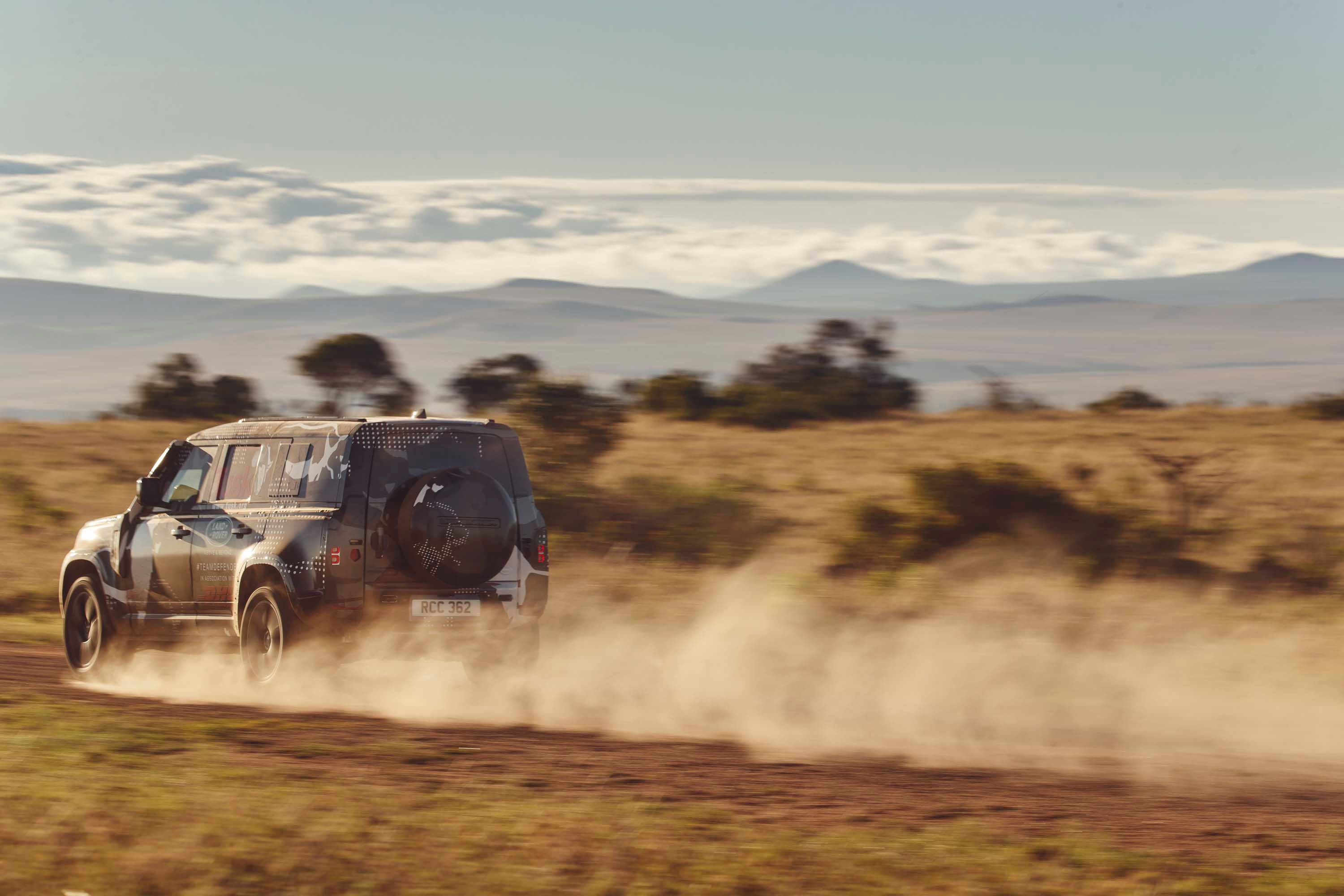
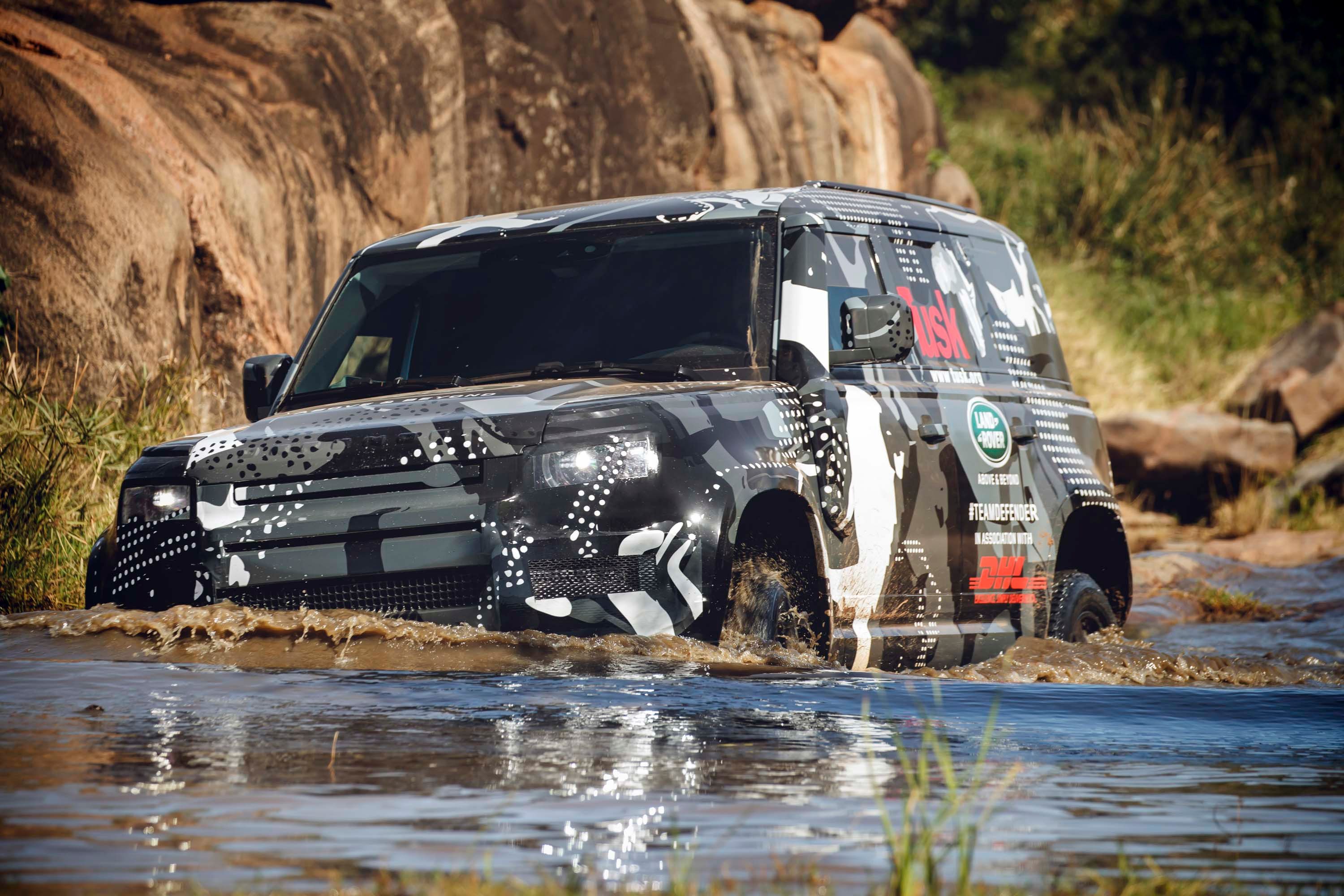
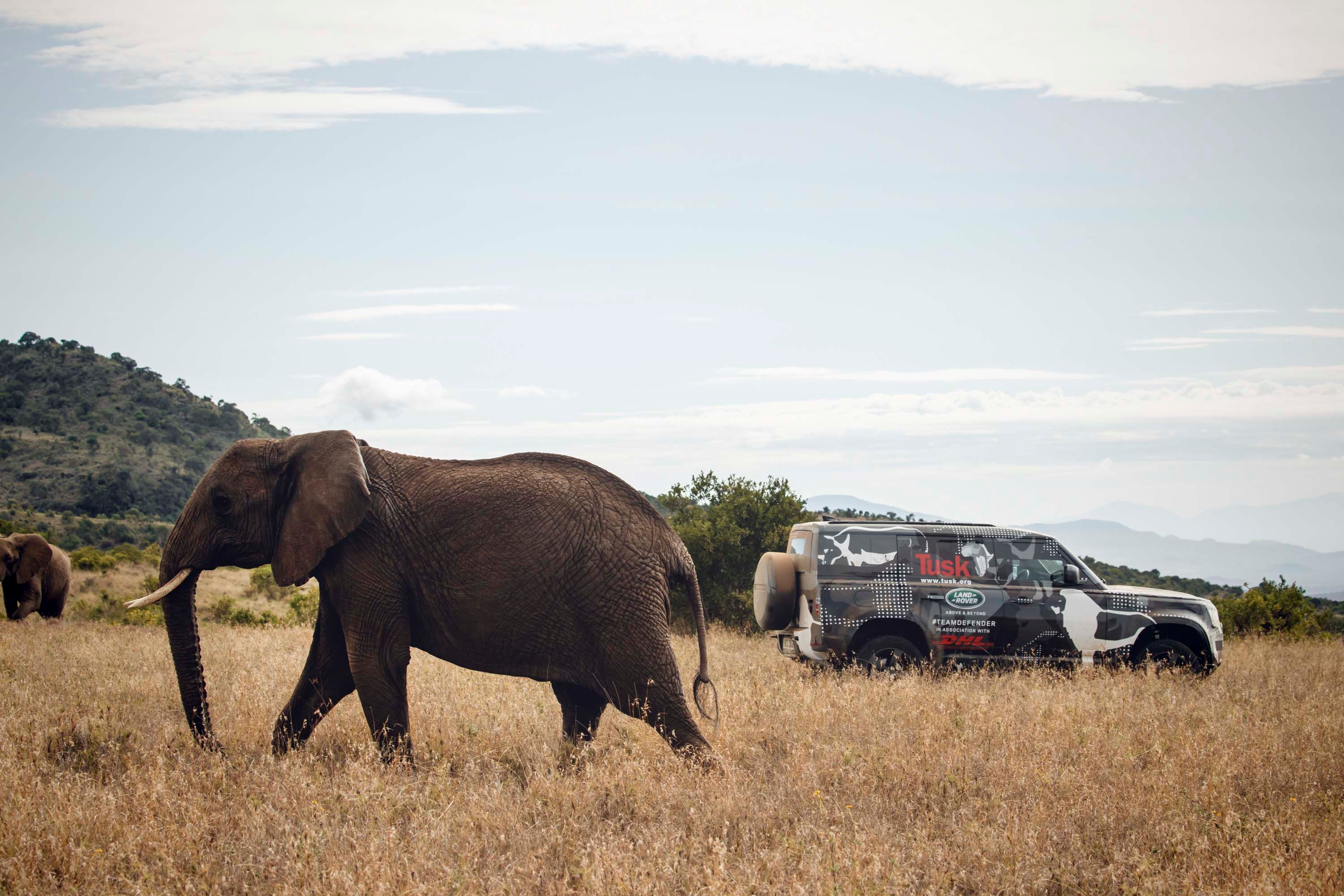
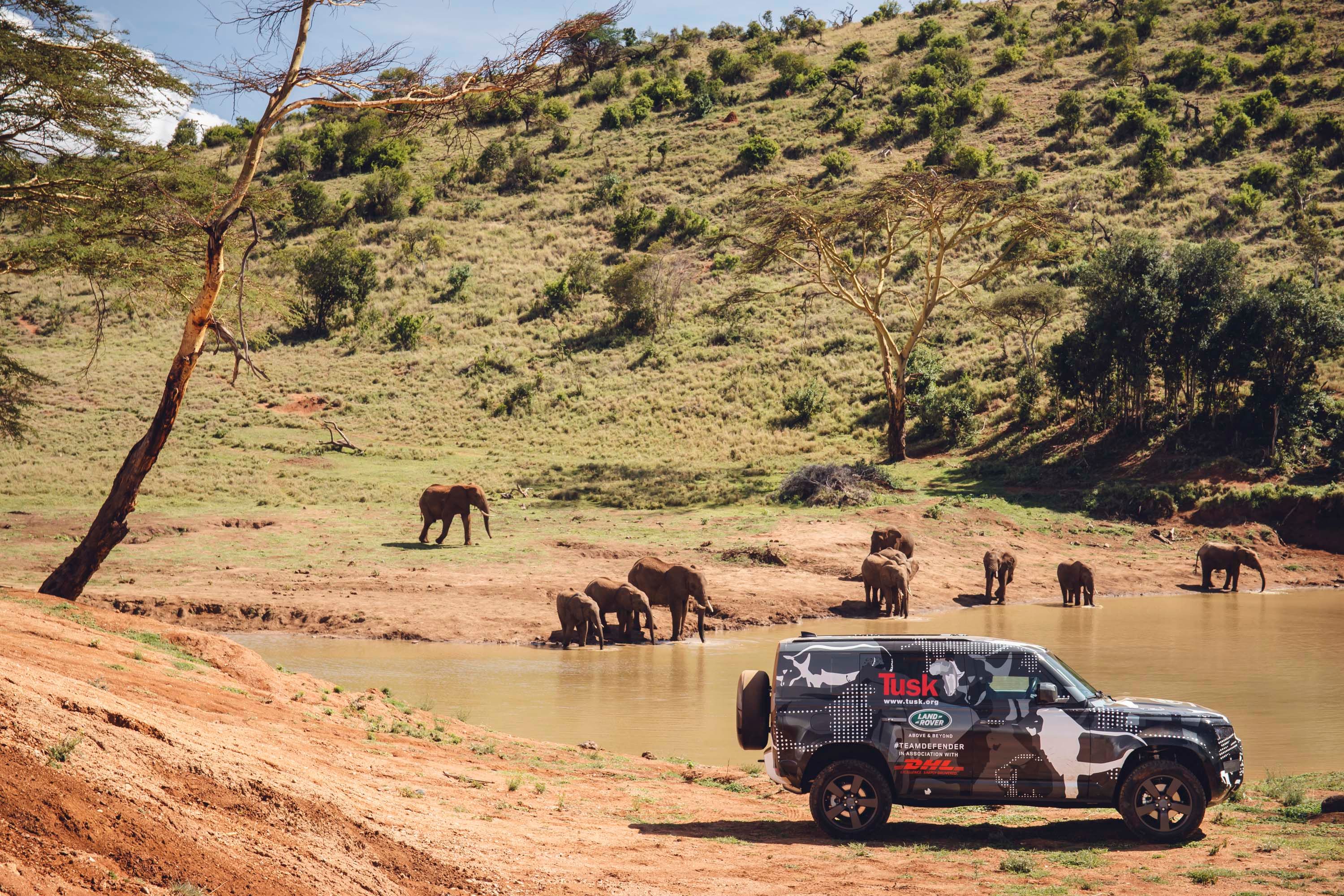

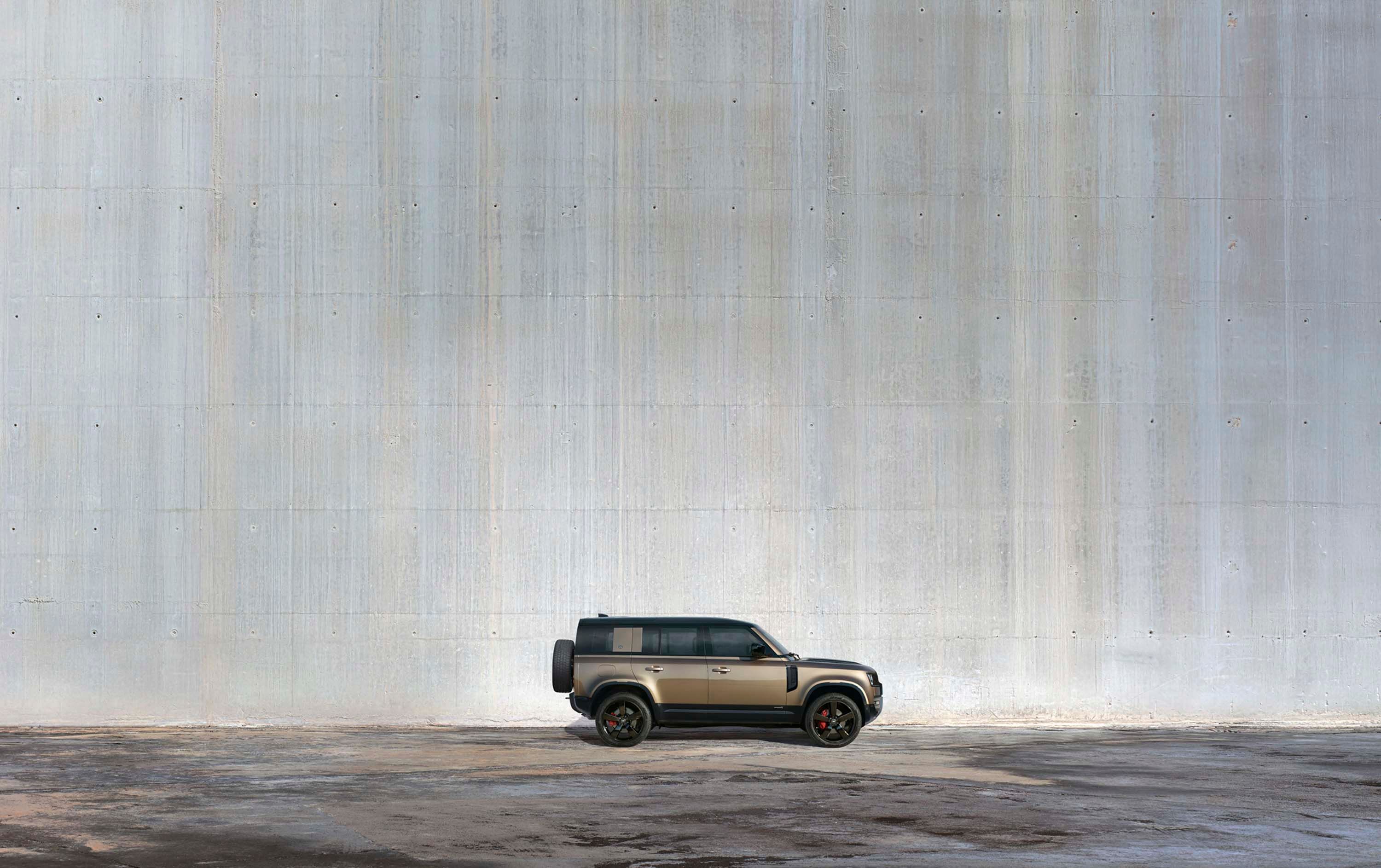
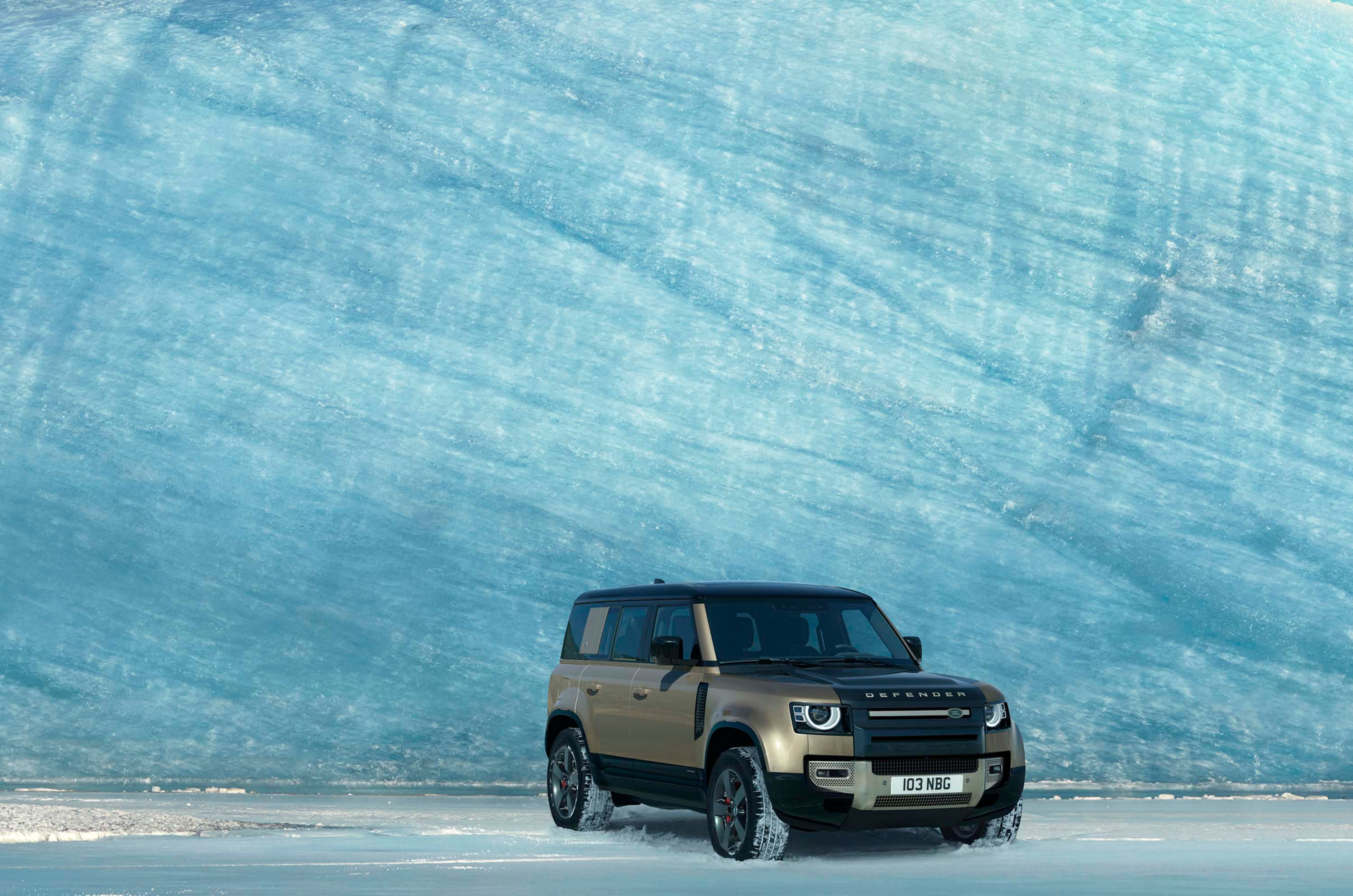
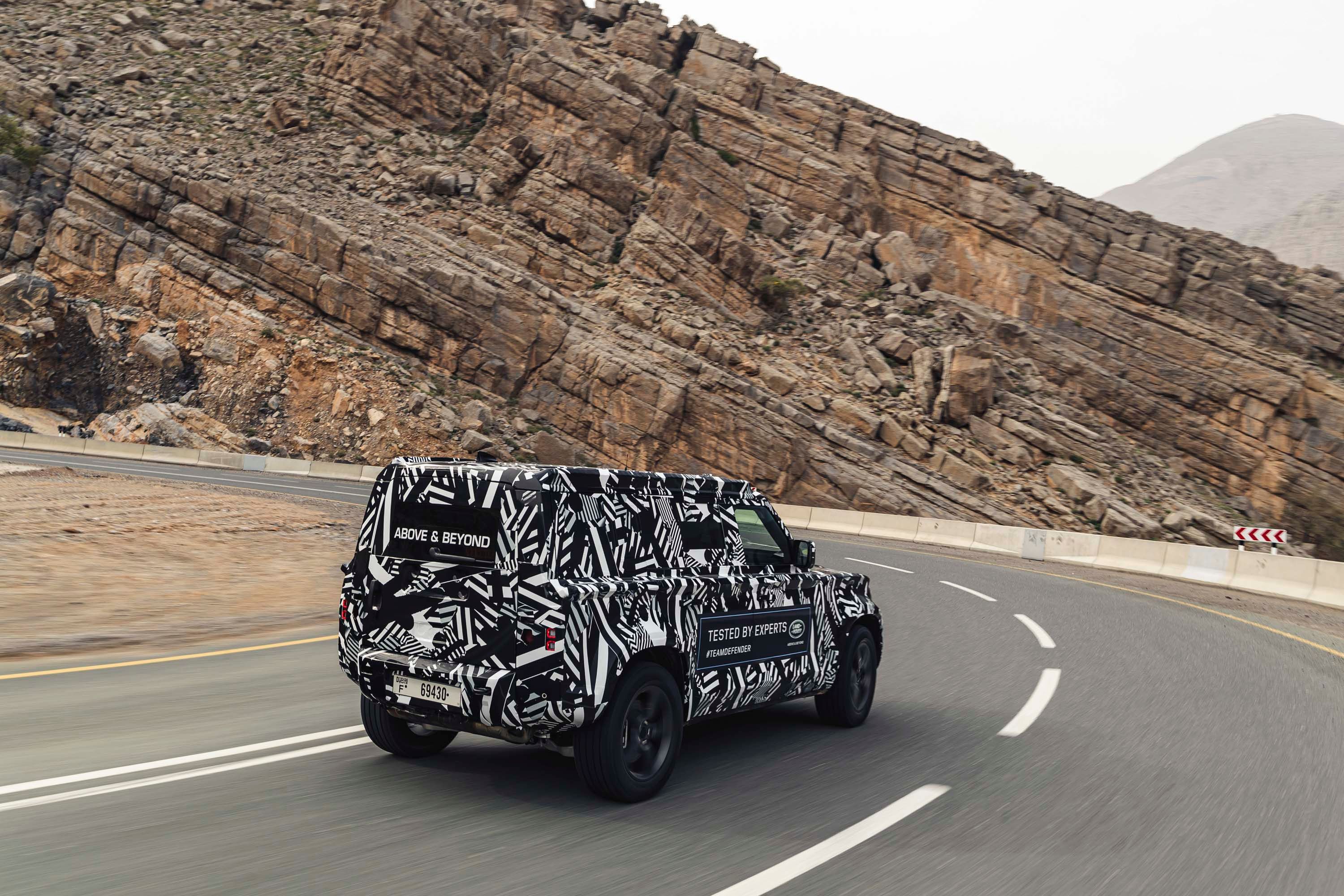


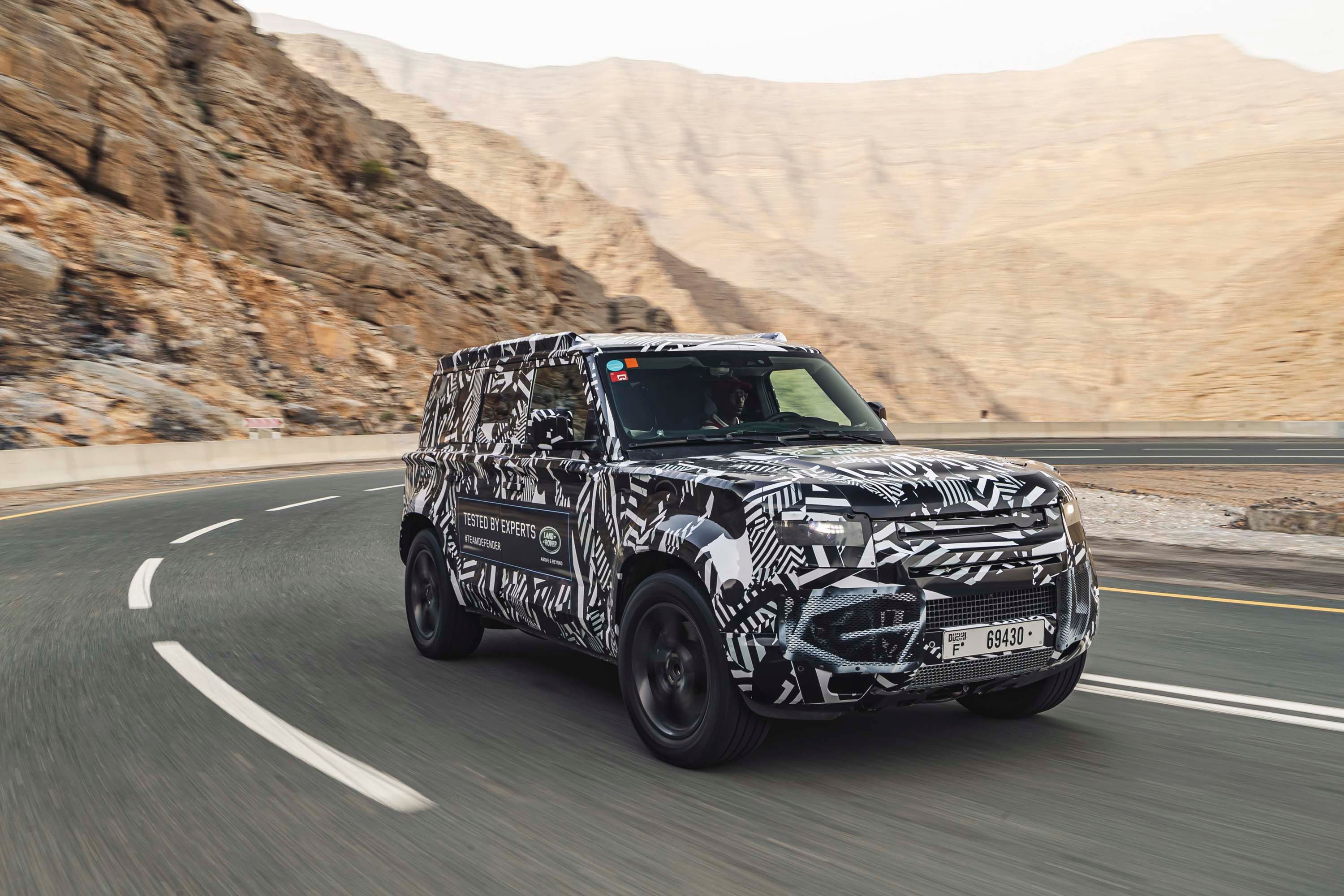
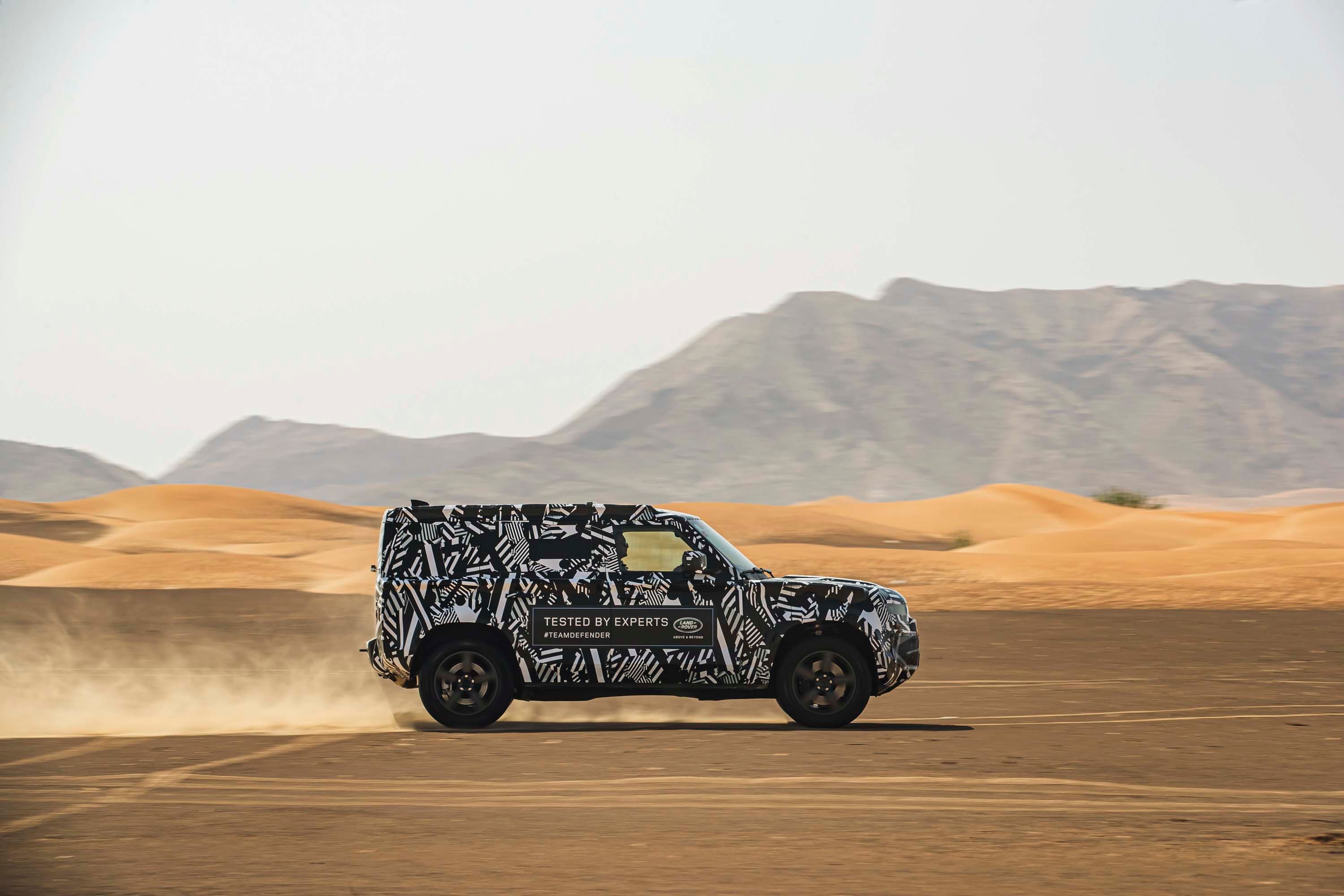



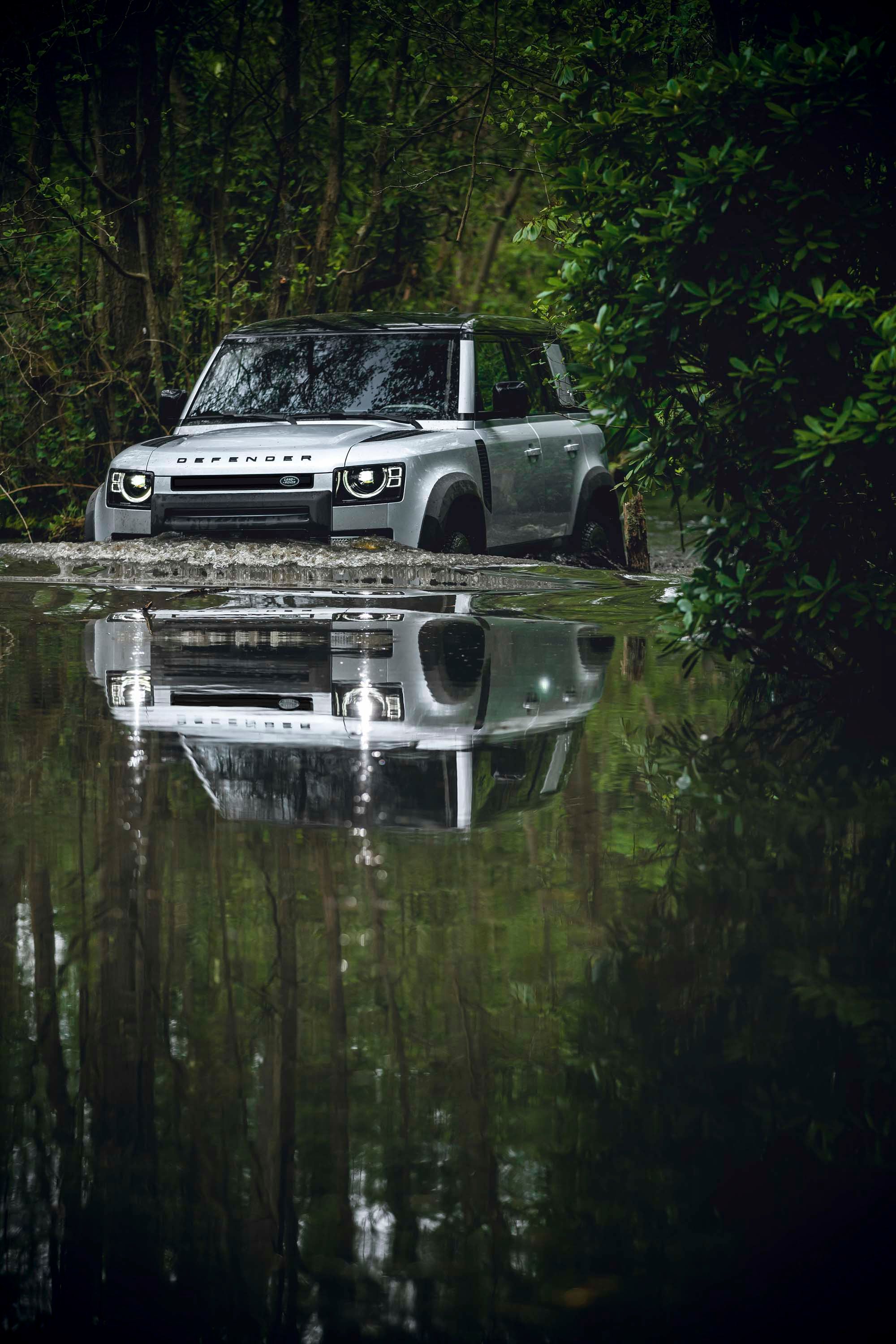
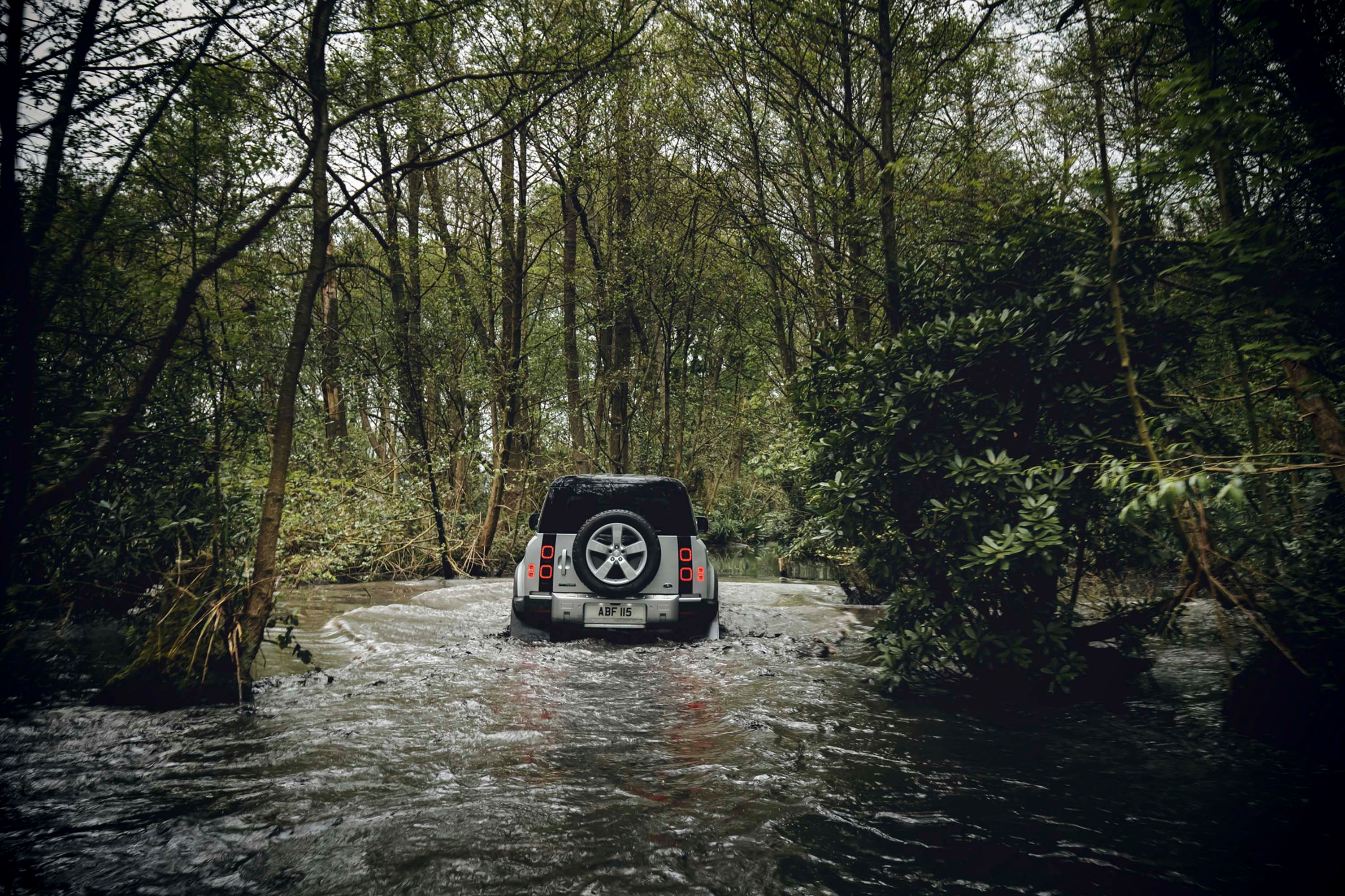

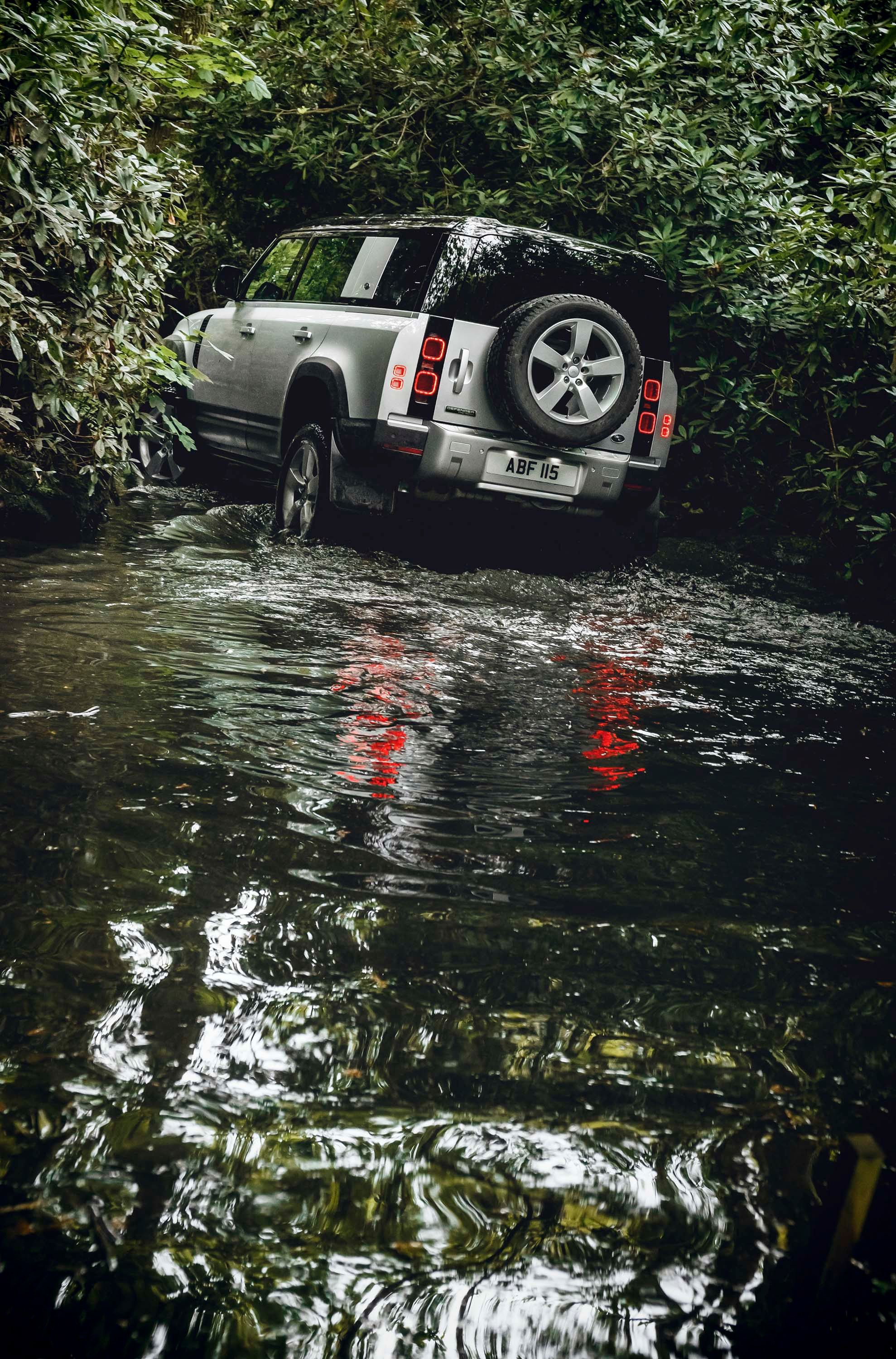

- Make: Array
- Model: 2020 Land Rover Defender
- Engine/Motor: inline-4
- Horsepower: 296 @ 5500
- Torque: 295 @ 1500
- [do not use] Vehicle Model: Array
Exterior
|
|
ids=861693,861694 |
no_overlay=false |
before_label=2020 Land Rover Defender |
after_label=2011 Land Rover DC100 Concept> |
Revised mildly in its first 33 years on the market, the Defender became the poster image for utilitarian SUVs in terms of design. Introduced as a boxy, no-nonsense vehicle, it soldiered on with minor changes into the 2010s, an era that saw most SUVs adopt sporty, rounder features. Alongside the Mercedes-Benz G-Class, the Defender remained the only SUV to sport such classic boxy proportions and features. Naturally, this heritage prompted Land Rover to design the 2020 Defender in a similar way.
Mildly inspired by the DC100 concept from 2011, the new Defender doesn't share much with other Land Rover and Range Rover vehicles. That's not surprising given that it rides on a unique platform.
|
|
ids=863373,863374 |
no_overlay=false |
before_label=2020 Land Rover Defender |
after_label=2015 Land Rover Defender> |
Design-wise, it pays tribute to the original Defender. Up front, the massive, rectangular grille of the old Defender was replaced by a much thinner and modern opening, but the headlamps were designed to mimic those seen on the old SUV. The round design of the lights carried over and the square grille around them from the old Defender was transformed into a transparent cover. Even the round, separate lights on the outer corners were kept in the shape of LED lights.
The old-school, separate front bumper was obviously ditched, as current safety regulations don't allow such features anymore. But even though the new Defender features an integrated, more modern bumper, it still looks tough. Land Rover also ditched the old-style engine lid, but the new hood, now mounted flush with the upper fenders, mimics the shape of the previous model. It's also narrower than modern hoods that usually extend over the upper fenders and it includes a big bulge in the center for a more rugged look.
|
|
ids=863384,863385 |
no_overlay=false |
before_label=2020 Land Rover Defender |
after_label=2015 Land Rover Defender> |
The Defender's profile is as simple as possible. The side panels are almost featureless, but a small dent above the side skirt adds a bit of character. Of course, the side skirts are now integrated into the body. The beltline sits just a tad below the windows. Above this line, the body become increasingly narrower until it meets the side windows. The fender flares extended from the body just like on the old model, yet another feature that gives the Defender a classic look.
|
|
ids=863387,863388 |
no_overlay=false |
before_label=2020 Land Rover Defender |
after_label=2015 Land Rover Defender> |
The rear fascia is equally simple and Land Rover kept the taillights small. But while the old Defender features old-school round lights mounted on the body, Land Rover went with integrated lights for the new SUV. The main brake lights are mounted on top of each other a few inches inside the fascia, with two extra smaller lights mounted toward the edge. The design is pretty cool and modern, but it still has a classic vibe. It's also a neat feature to have on a modern SUV, since all of them now feature large taillights that integrate all elements.
The rear end is rounded off by a sturdy bumper that's really thick at the center. Again, the old separate bumper is gone, as the new one is perfectly integrated into the apron. It also incorporates the license plate, which was previously mounted on the tailgate.
|
|
ids=860753,860752 |
no_overlay=false |
before_label= |
after_label=> |
Just like its predecessor, the 2020 Defender comes in two sizes. The Defender 110 features a 119-inch wheelbase, while the Defender 90, due to be launched in 2020, will have a notably shorter wheelbase. The new Defender 110 has a nine-inch longer wheelbase than its predecessor.
You can choose from seven exterior colors, including three new metallic shades. Standard colors include Fuji White, Eiger Grey, Santorini Black, and Indus Silver. If you want a metallic finish, you can choose from Tasman Blue, Pangea Green, and Gondwana Stone, all three unique to the Defender. The Defender X trim also comes with a gloss-black inset contrast engine hood, gloss-black cladding, and skid plates in Starlight Satin.
|
|
ids=861451,861452 |
no_overlay=false |
before_label=2020 Land Rover Defender without satin protective film |
after_label=2020 Land Rover Defender with satin protective film> |
The Defender is the first Land Rover that you can optionally order with a protective film for the body. This satin layer not only protects the paint, but also gives the metallic color a rich satin finish. It's available with the Indus Silver, Gondwana Stone, and Pangea Green paint options, it's solvent free, and contains no volatile organic compounds.
Wheel options are quite varied and include 18- to 22-inch rims. The standard wheels are made from pressed steel and painted in white, but you can go with other hues if you select the larger alloy rollers.
Interior
|
|
ids=863390,863391 |
no_overlay=false |
before_label=2020 Land Rover Defender |
after_label=2015 Land Rover Defender> |
The previous Defender had quite the rough cabin. Although Land Rover was associated with premium vehicles in the recent decade and the Defender came with a few premium options, the SUV remained rugged and somewhat spartan in appearance. The Brits made big improvements to this design, but the new Defender still retains the spartan looks of its predecessor. The dashboard, for instance, still sports a boxy, utilitarian shape. The lower center stack appears as it has been attached rather than integrated into the dashboard, while the center console isn't exactly smooth.
Fortunately, it's the high-tech features that make the new Defender look modern enough. There's a big display in the center stack, a digital instrument cluster, and a new steering wheel with integrated controls. The door panels no longer look like that of vintage cars and now feature proper handles, proper storage compartments at the bottom, and controls to operate the windows and the mirrors. The seats are brand-new and now offer enhanced lateral support and they look much more comfortable than before.

But despite being fancier than the previous Defender, it still has a no-nonsense interior focused on simplicity and practicality. For instance, it comes with a rubberized flooring and it can be ordered in various seating configurations. The standard model offers seating for five, with two seats in the front and three in the rear. However, you can order it with an extra seat in the front for a six-seat layout.
This third seat in the front row was designed as an occasional seat, so it's not exactly comfortable for long trips. But it enables you to take two passengers in the front row, a cool feat you can't find in other production models. When not in use, the seatback folds down and turns the seat into an armrest. It also provides additional storage room and additional cup holders. This seat comes standard on the First Edition Defender, but it's optional on other trims. The third configuration is a 5+2, with two seats added as a third row, in the trunk. This variant turns the Defender into a capable people hauler, but hinders luggage room.

Speaking of luggage room, the new Defender can swallow up to 34 cubic feet behind the second-row seats. Fold the second-row seats and capacity increases to a solid 78.8 cubic feet. That's 22.3 cubic feet more than the previous generation, discontinued in 2016. But how does it compare to its rivals? The Defender is a bit roomier than the Jeep Wrangler. The American off-roader takes up to 31.7 cubic feet behind the second-row seats, so the Defender offers an extra 2.3 cubic feet. Behind the first row, the Wrangler has enough room for 72.4 cubic feet of luggage, or 6.4 less than the Defender. The British SUV wins against the Mercedes-Benz G-Class as well. The German hauler has only 16 cubic feet behind the second row, less than half of the Defender's capacity. Fold the seats and it increases to 69 cubic feet. That's not bad, but it's almost 10 cubic feet less than the Defender.

As far as materials go, the base model comes with Resolve textile upholstery. Upgrade to the S or SE trims and you get grained leather combined with robust textile surfaces made from Decitex fibers and recycled polyester. These materials pay tribute to the canvas hoods fitted to early Land Rover Series models that preceded the Defender. Move up the trim ladder to the HSE and you'll be wrapped in higher grade Windsor leather. Finally, the Defender X combines the same leather with Steelcut Premium textile accents for enhanced durability. This textile is a 30 percent wool blend and is also available as an alternative to the leather upholstery paired with Miko suede cloth.
You can also choose from a curated range of veneers and finishes, which include a rugged rough-cut Walnut or Natural Smoked Dark Oak, both with open pore to give a more natural feel. Powder coating colors available include Dark Grey for the Defender X and Light Grey as standard on core models.
Moving over to electronics, the Defender is equipped with Land Rover's brand-new EVA 2.0, which features over-the-air software updates, a first for the British brand. If you add the optional Online Pack, you'll get unlimited data for music streaming and weather updates, while an extra Wi-Fi data package enables all passengers to connect to online media via a separate external antenna.

Along with this new electronics system Land Rover introduced a new infotainment system called the PIVI Pro. More intuitive and user friendly than the unit found in older models, it includes a 10-inch display inspired by the latest smartphones and a new layout that reduces the number of steps when selecting functions by up to 50 percent. It also incorporates wireless charging with Apple CarPlay and Android Auto capability as standard.
Of course, a new infotainment setup means a new navigation system. This unit was designed to use self-learning algorithms and dynamic guidance for optimized routing, so it's pretty much on par with what you get in modern vehicles from BMW and Mercedes-Benz. The over-the-air updates also take care of the maps, so you'll have access to the latest at the touch of a button. Connected to the massive 12.3-inch instrument cluster, it delivers high-definition 3D mapping within the digital gauges projected on the left and right. You can also opt to have the 3D navigation displayed on the entire instrument cluster or leave it out of the way and keep the digital instruments.

The Defender comes standard with a six-speaker audio system, but you can opt for 10- or 14-speaker Meridian systems, both fitted with subwoofers. The range-topping model features a 700W amplifier, while the other two deliver 400W and 180W, respectively. The second-row seats provide access to a couple of USB and 12-volt charging ports, while the third-row seats come with an USB and a 12-volt socket. Additional 12-volt and 120-volt sockets are available for the trunk.
Drivetrain

The 2020 Defender rides on a brand-new architecture. Called the D7x, this new platform was engineered to withstand the company's new Extreme Event Test procedure, which is "above and beyond the normal standard for SUV testing in the industry." The Defender's architecture doesn't share a single body-in-white element with other Land Rover models. This is very surprising given that automakers now focus on cutting costs by sharing a platform between various vehicles.
As far as engines go, the 2020 Defender comes to the U.S. with two units. The base trims is called the P300 and features a 2.0-liter four-cylinder rated at 296 horsepower. As you might have already guessed, this mill is shared with most Land Rover and Jaguar models, as it's part of JLR's family of Ingenium mills. The turbocharged engine is powerful enough to push the Defender from 0 to 60 mph in 7.7 seconds. The mill mates to a ZF eight-speed automatic transmission and twin-speed transfer box. The latter provides a set of low-range ratios for towing and off-road driving.

The second trim available is the P400 MHEV and, as the name suggests, it's a mild hybrid. This system brings together a turbocharged, 3.0-liter six-cylinder gasoline engine and a 4.8-volt electric supercharger. Land Rover replaced the traditional alternator with a belt-integrated starter motor, which assists the gas engine under acceleration. The 48-volt lithium-ion battery stores the energy captured from the braking system. With both units engaged, the P400 MHEV generates a solid 395 horsepower and 406 pound-feet of torque. This model is also quicker than the base Defender and hits 60 mph in only 5.8 seconds. This engine mates to the same eight-speed gearbox and twin-speed transfer case.
2020 Land Rover Defender - U.S. specifications
|
Engine Layout |
Inline 6 Turbocharged with Electric Boost |
Inline 4 Turbocharged |
|---|---|---|
|
Displacement (cc) |
2,996.0 |
1,997.3 |
|
Bore / Stroke (mm) |
83.0 x 92.3 |
83.0 x 92.3 |
|
Compression Ratio (:1) |
10.5 |
9.5 |
|
Max Power (hp) |
395 @ 5,500rpm |
296 @ 5,500rpm |
|
Max Torque (lb ft) |
406 @ 2,000-5,000rpm |
295 @ 1,500-4,000rpm |
|
Transmission Type |
ZF® 8-Speed Automatic (8HP76) |
ZF® 8-Speed Automatic (8HP45) |
|
0-60 mph (s) |
5.7 |
7.7 |
|
0-100 km/h (s) |
6.0 |
8.1 |
|
50-75 mph (s) |
3.6 |
5.3 |
|
Top Speed (mph) |
129 |
119 |
Needless to say, the 2020 Defender is the first of its kind to feature a hybrid drivetrain. It's also the first since the late 1990s to feature a gasoline engine. For many years, the previous Defender was sold with diesel mills only. The final iteration, offered from 2012 to 2016, features a 2.2-liter Duratorq oil burner rated at 122 horsepower and 265 pound-feet of twist.

But this doesn't mean that the 2020 Defender doesn't have diesel power. Land Rover actually offers two oil burners, but they're not available in the United States. You'll have access to them in Europe, though. First on the list is the D200. It features a turbocharged, 2.0-liter four-cylinder engine and benefits from 197 horsepower and 317 pound-feet of torque. Definitely a massive improvement over the old 2.2-liter diesel. Obviously, the Defender fitted with this engine is not as quick as the gasoline or hybrid. The sprint to 60 mph takes 9.8 seconds, more than two seconds slower than the P300.
A more powerful version called the P240 features the same 2.0-liter diesel, but it's rated at 237 horsepower, 40 horses more than the P200. With this engine under the hood, your Defender will hit 60 mph in 8.7 seconds. That's 1.2 seconds quicker than the P240, but slower than every other version of the SUV.
2020 Land Rover Defender - diesel engines
|
Engine Layout |
turbocharged, 2.0-liter four-cylinder engine |
turbocharged, 2.0-liter four-cylinder engine |
|---|---|---|
|
Displacement (cc) |
1998.68 |
1998.68 |
|
Bore / Stroke |
83.0 |
92.4 |
|
Max Power (hp) |
197 hp @ 4000 rpm |
237 hp @ 4000 rpm |
|
Max Torque (lb ft) |
317 lb-ft @ 1400rpm |
317 lb-ft @ 1400rpm |
|
Transmission Type |
ZF® 8-Speed Automatic (8HP76) |
ZF® 8-Speed Automatic (8HP45) |
|
0-60 mph (s) |
9.8 |
8.7 |
|
Top speed (km/h / mph) |
175 / 109 |
188 / 117 |
Now that it's back on the market, the Defender will go against the Jeep Wrangler once again. How does it compare to the SUV that was redesigned for the 2018 model year in terms of performance?

With four engine versions at its disposal at the same time, including a hybrid, the 2020 Defender is definitely versatile, but is it as capable as its predecessor? Well, the Wrangler also comes with two gasoline choices, starting with the iconic 3.6-liter Pentastar V-6. This engine cranks out 285 horsepower and 260 pound-feet of twist and it's also the most powerful option. While it's no match for the P400 hybrid, this engine is almost as powerful as the Defender P300, lacking only 12 horsepower. However, the Wrangler hits 60 mph in 6.9 seconds, 0.8 clicks quicker than the Defender. The second gas option also slots below the Defender P300, as the turbocharged 2.0-liter four-cylinder produces 270 horsepower and 295 pound-feet. This drivetrain also includes a 48-volt system, so it's a mild hybrid. Despite boasting 27 horses less than the P300, the Wrangler is around a half-second quicker to 60 mph.
Moving over to diesels, the Wrangler isn't yet available with an oil burner in the United States, but you can get one in Europe. Here, a 2.2-liter MultiJet four-cylinder sourced from Fiat produces 200 horsepower and 332 pound-feet of torque. That's three horsepower and 15 pound-feet over the Defender D200. The extra oomph makes the Wrangler a tenth-second quicker to 60 mph. However, the Defender P240 generates and extra 37 horses and it's almost a second quicker to 60 mph. Jeep is planning to launch a diesel in the U.S. too, and it will be powered by a 3.0-liter V-6 with around 260 horsepower and 442 pound-feet of torque. Not only more powerful than the Defender P240, this version will also give Jeep a big advantage in North America, where Land Rover isn't planning to offer a diesel-powered Defender.

Oily bits aside, the 2020 Defender is supposed to be more capable than its predecessor. The Defender rides almost one inch higher than any other Land Rover in the lineup and it features ultra short overhangs, which means that it can handle rough terrain better. It has approach, breakover, and departure angles of 38, 28, and 40 degrees, respectively, and a ground clearance of 11.5 inches.
The SUV is also stiffer than before thanks to its all-aluminum monocoque construction. Land Rover says it's three times more rigid than traditional body-on-frame designs, which include the previous-generation Defender.
The 2020 Defender comes with a brand-new Configurable Terrain Response feature. Standard on Defender X and optional on other trims, it allows you to fine-tune the set-up of the suspension for off-road conditions. Another major change is the addition of the Center Slip and Center and Rear Slip differentials. These can be used to prevent cross-axle slip and both are accessible through the central touchscreen controller. An additional setting for throttle and gearbox response allows you to further customize the way the vehicle reacts off the beaten path. You can save four individual profiles for specific situations and activate them at the push of a button.

Terrain Response also includes Wade Sensing as standard, a first for a Land Rover vehicle. This feature automatically softens throttle response, sets the heating and ventilation to recirculate cabin air, and locks the driveline and adjusts the ride height to its off-road setting while activating the Wade Sensing screen on the infotainment system. It allows you to observe the depth of water under the vehicle so you'll know exactly what's going on when crossing rivers. When exiting a wet environment, the new Defender will automatically drag the brakes to clean and dry the discs as well as assist with braking performance on dry ground.
When it comes to towing, the Defender is quite the capable SUV. Its maximum towing capacity comes in at 8,201 pounds in the right configuration, which is way more than the Wrangler. The American SUV tows a maximum of 3,500 pounds. The Defender will tow more than the pickup version of the Wrangler too, as the Gladiator is rated at 7,650 pounds. The British SUV also beats the Mercedes-Benz G-Class in this department. The German crossover tows up to 7,700 pounds, so the Land Rover wins by a notable 501 pounds. That's quite impressive!
The Defender also boasts a maximum roof load capacity of 370 pounds, so it can haul extensive camping equipment and hardware supplies on its roof racks.
Personalization and Packages

The previous-generation Defender wasn't exactly a fancy SUV, despite Land Rover's efforts to add better materials throughout the years. This changes with the 2020 Defender, which is available with an impressive amount of packages and accessories.
First up, the Explorer Pack turns the Defender into a more adventurous SUV. It adds a raised air intake, a lightweight roof rack, and a side-mounted gear carrier. The bundle also features Classic mud flaps front and rear, wheel arch protection, and a cover for the spare wheel. The engine hood is also fitted with a matte black decal with model 90 or 110 model designation.
The Adventure Pack includes some features from the Explorer Pack, such as the side-mounted gear carrier, the mud flaps, and spare wheel cover. However, it also features a portable rinse system with a 1.7-gallon, pressurized water tank, a trunk-mounted air compressor, and a scuff plate for the rear bumper. On the practical side, it comes with a 6.3-gallon seat backpack that you can take with you when you leave the vehicle.

The third bundle is called the Country Pack and it's also designed for the great outdoors. However, it's not as extreme as the Explorer or Adventure packages. Add-ons are limited to extensive wheel arch protection, a rear scuff plate, front and rear mud flaps, and the portable rinse system. These are all shared with the packages above, but the Country Pack also includes a full-height loadspace partition for the interior so you can fit luggage more efficiently in the trunk.
Finally, there's the Urban Pack. This bundle features the rear scuff plate and spare wheel cover found in the packages above, but it also adds a front under-shield and bright metal pedals inside the cabin. It's pretty much a show-off deal that makes the Defender look a bit more rugged, but it keeps it friendly for narrow city streets. Oh, this package also allows you to choose from a range of alloy wheels, including massive 22-inch rollers.
But the customization options go beyond these package. Not only you can get any of the features above as separate options, but you can order other items as well. You can pick between a selection of side tubes and fixed or deployable side steps, as well as deep-sided rubber mats for the cabin. You can also order a range of load retention accessories for the trunk, loadspace rails for the roof, and even a lockable security box and lockable glovebox.
An optional clip-in loadspace cover that's machine washable can be used as a picnic mat or to change footwear on wet surfaces. Speaking of that, the rubber floor with flush fitting sills can be optionally replaced by carpet mats for a more premium look and feel. The good news is that you can easily remove them and return to the rubber floor if you want to take the Defender hiking.
Other features include an inflatable waterproof awning, a tow hitch receiver, and a remote control electric winch. The latter generates a maximum force of 10,000 pounds and features 131 feet of synthetic rope. It can be operated wirelessly from up to 147 feet away. Add the Winch Accessory Kit and you get two D shackles, a snatch block, and a pair of heavy duty leather and cotton gloves.
As far as wheels go, choices include 18-, 19-, 20-, and 22-inch rollers. The base 18-inch steel rims are finished in white, a look inspired by vintage Land Rovers, but you can opt for black finishes on the larger wheels. All-season and off-road tires measuring 32 inches are available for any trim.
Safety and Driver Assist Features

The Land Rover Defender is packed with driver assist technology. It comes with a forward-facing digital camera, ultrasonic sensors, and a powerful network that supports all the technology on board. There's a 3D Surround Camera that provides a 360-degree and 3D view of the exterior and it incorporates the company's Wade Sensing and ClearSight Ground View transparent hood features.
Models fitted with the front jump seat come with ClearSight Rear View as standard. This is a frameless interior mirror that becomes a digital screen at the touch of a button to show images from the rear-facing camera mounted on the tailgate. It provides a wider field of vision than a traditional mirror and "removes" the rear pillars and the spare wheel from the line of sight.
The popular Blind Spot Assist features comes standard on the Defender and you can pair it to the optional Driver Assist Pack for increased safety while traveling at any speed. This bundle adds Adaptive Cruise Control, Rear Pre-Collision Monitor, Rear Traffic Monitor, and Clear Exit Monitor. Other optional features include Emergency Braking, Lane Keep Assist, Traffic Sign Recognition, Cruise Control, Speed Limiter, Driver Condition Monitor, and Parking Aid.
Pricing

U.S. pricing for the 2020 Land Rover Defender starts from $49,900. Comparing it to the previous generation is irrelevant since the old SUV was discontinued in North America in 1997, but we can see where it fits in the current lineup pricing-wise.
While it's not the most affordable Land Rover, it's not the most expensive either. It slots in the lineup above the Discovery Sport ($37,800) and the Range Rover Evoque ($42,650), and just below the Discovery ($52,300) and the Range Rover Velar ($56,300). It's obviously notably more affordable than the range-topping Land Rover Range Rover, priced from $90,900.
But the Defender becomes more expensive than the $49,900 sticker that Land Rover asks for the base P300 trim. Go with the P300 S and it jumps to $53,350. If you want the P400 hybrid model, it comes in SE trim at $62,250. The HSE fetches $68,350, while the First Edition variant costs $68,650. Finally, the range-topping Defender X costs a solid $80,900 before options.
The Jeep Wrangler, the Defender's traditional competitor, is much more affordable. The American SUV retails from $31,545 in base trim, which makes it some $18,000 more affordable than the Defender. Go with the range-topping MOAB version and it's only slightly more expensive than the base Defender at $51,300.
The other boxy SUV on the market, the Mercedes-Benz G-Class, sits at the other end when it comes to pricing. In the U.S., the German SUV comes in at a whopping $124,500 in base G550 trim.
In the United Kingdom, the Defender retails from £45,240. For this price, you get the D200 diesel model, which will cost as much as £52,625 in SE trim. Next up is the P300, priced from £48,295 in standard trim and from the £55,680 in SE guise. The D240 diesel model fetches from £51,750 to £58,860, while the range-topping P400 X is available from £78,800. For reference, the four-door Jeep Wrangler starts from £46,455, while the Mercedes-Benz G-Class retails from £94,580.
Competition
Jeep Wrangler
The rivalry between the Range Rover Defender and the Jeep Wrangler goes way back to 1948. That's when Land Rover launched the Series model a small off-road vehicle aimed at the Willys-Overland CJ, the civilian version of the Willys MB military jeep. While the Land Rover Series is the spiritual predecessor of the Defender, the Willys-Overland CJ inspired the Wrangler. That's why the Defender and the Wrangler are often compared even though they compete in different segments as far as pricing and features go.
The latest-generation Wrangler, the JL, is quite new, having been introduced for the 2018 model year. It rides on a brand-new platform that retains the body-on-frame construction and solid axles, two features that set it apart from the Defender. Although it looks a lot like its predecessor, it also includes a few fresh design cues. But more importantly, it comes with a couple of new engines and three different four-wheel drive systems. The Wrangler JL is still available with the already iconic 3.6-liter Pentastar V-6, which generates the same 285 horsepower and 260 pound-feet as in the old Wrangler. An optional 2.0-liter four-cylinder produces 270 horses and 295 pound-feet. The gas engines will be joined by a 3.0-liter V-6 diesel with around 260 horses in 2020. In Europe, the Wrangler is equipped with a 2.2-liter four-cylinder oil burner rated at 200 horsepower and 332 pound-feet of twist. One of the most off-road capable SUVs on the market, especially when ordered in a more expensive trim, the Wrangler has what it takes to give the Defender a run for its money off the beaten path. It's also highly customizable thanks to FCA's Mopar accessories program, although it's nowhere near as fancy as the Defender.
Pricing for the Wrangler starts from $31,545 if you select a four-door version to go against the Defender, but you can have a two-door model from $28,045. For the price of an entry-level Defender you can buy the Wrangler Sahara Altitude and still have some $8,000 to spend on options.
Read our full story on the Jeep Wrangler
Mercedes-Benz G-Class
The G-Class also has a lot in common with the Defender. It also sports an old-school boxy design and it has remained relatively unchanged in this area since it was first introduced in 1979. And just like the modern Defender, the modern G-Class is of the premium variety, being offered with state-of-the-art technology and fancy interior features.
The second-generation model was introduced in 2018 with a design that doesn't stray far from its predecessor. Engine options are limited to just one in the U.S., outside the G63 AMG model of course. Called the G550, this version features a twin-turbo, 4.0-liter V-8 engine that generates 416 horsepower and 450 pound-feet of torque. Needless to say, the G550 is notably more powerful than the Defender. In Europe, you can also order the G-Class with a diesel engine. The 3.0-liter inline-six in the G350d model cranks out 282 horsepower and 443 pound-feet.
The same mill generates 326 horses and 516 pound-feet in the G400d. All models are powered by nine-speed automatic transmissions. The fancier and more powerful G-Class is also notably more expensive than the Defender. In the U.S., the German SUV comes in at $124,500 before options.
Read our full review of the Mercedes-Benz G-Class
Final Thoughts

The fact that Land Rover brought the Defender back on the market after almost four years is big news in itself. It's even bigger news that the Defender returns to the U.S. after more than two decades. And now that it's back, the Defender retains the boxy, old-school design of its predecessor, but combines it with a modern architecture and all the cool technology available with the fancier Range Rover models. It's capable, it's fully customizable, and it comes with a diverse engine lineup that includes both gasoline and diesel mills, as well as a hybrid drivetrain. The 2020 Defender is a fine example of how a historic nameplate should return into the 21st century. An example that Jeep and Mercedes-Benz should follow for the equally iconic Wrangler and G-Class.
Further Reading

2020 Land Rover Defender Quirks And Features

The 2020 Land Rover Defender Has Arrived with New Tricks and Old-School Looks
Read our full speculative review on the 2020 Land Rover Defender SVR.
Read our full review on the 2018 Land Rover Defender.
